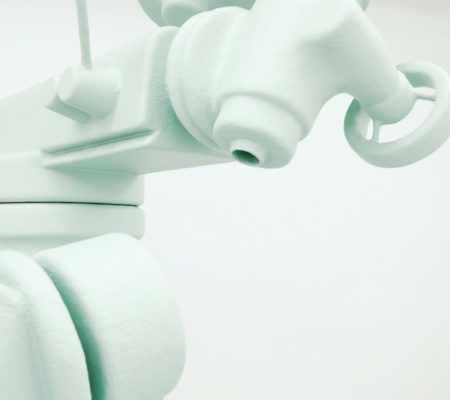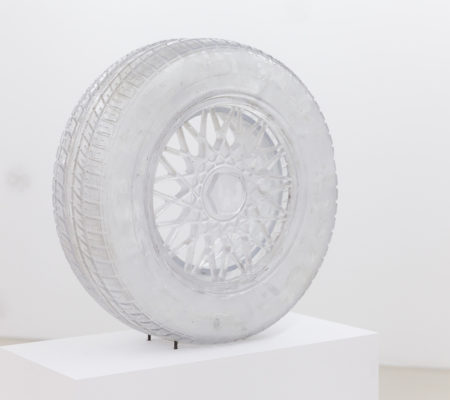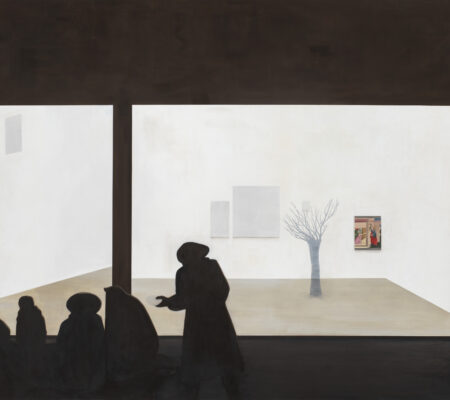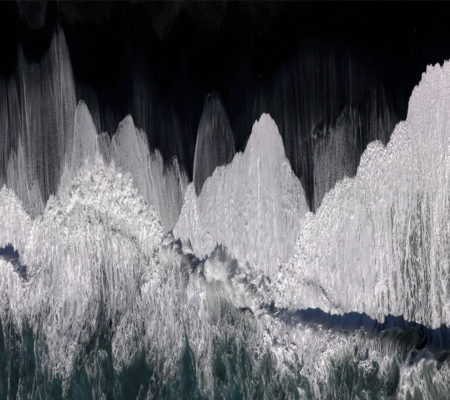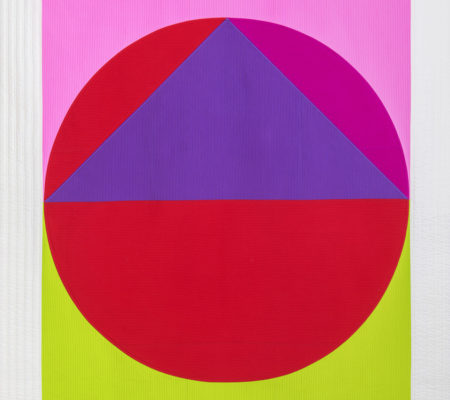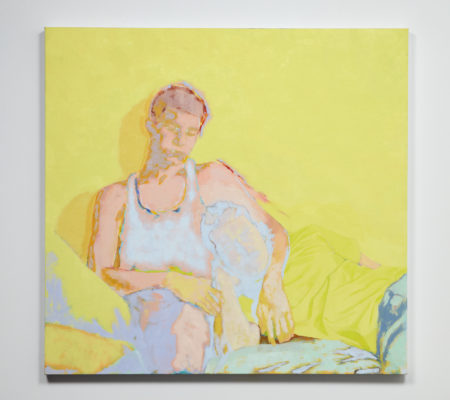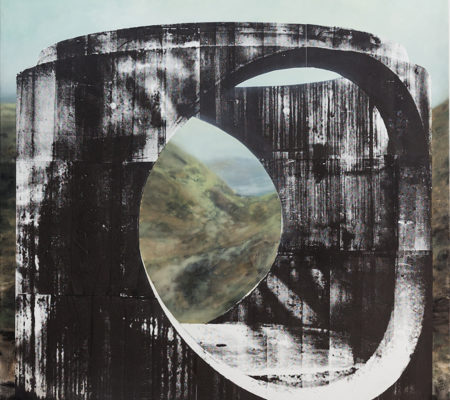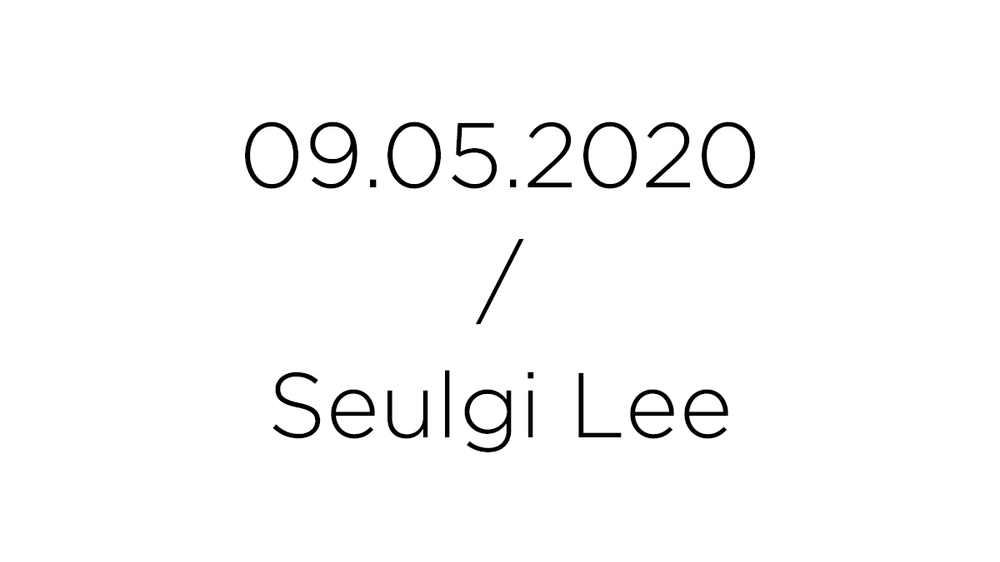
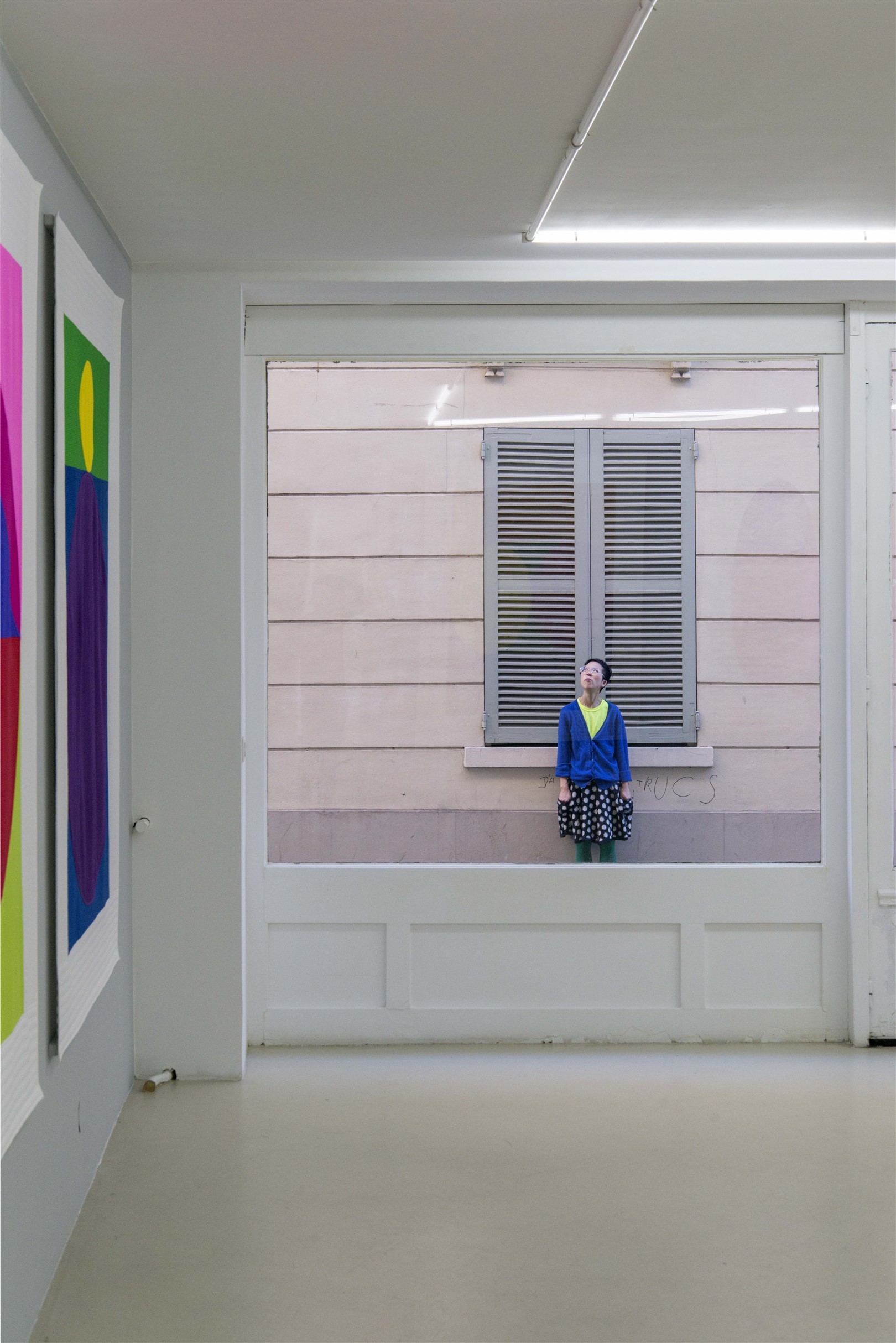
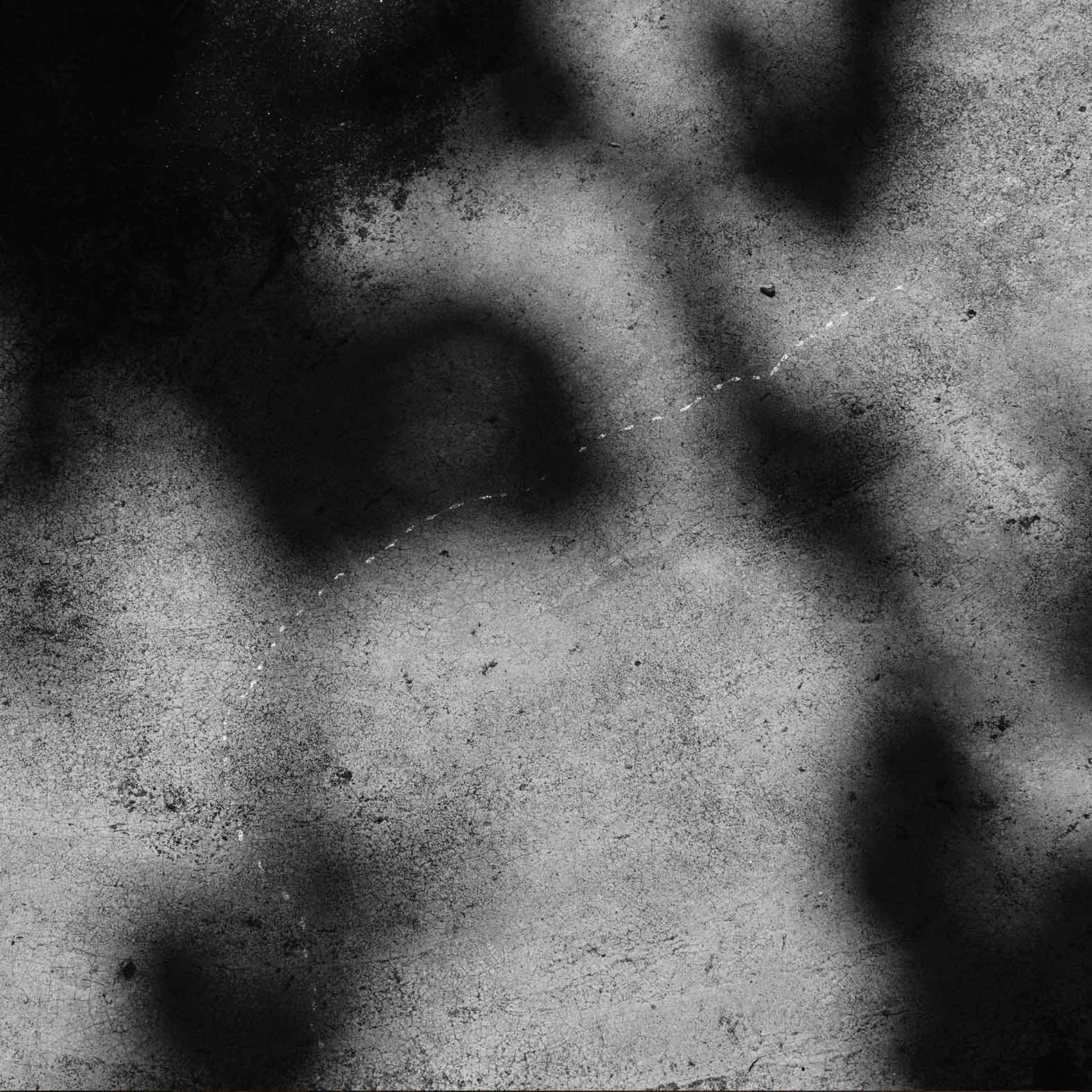
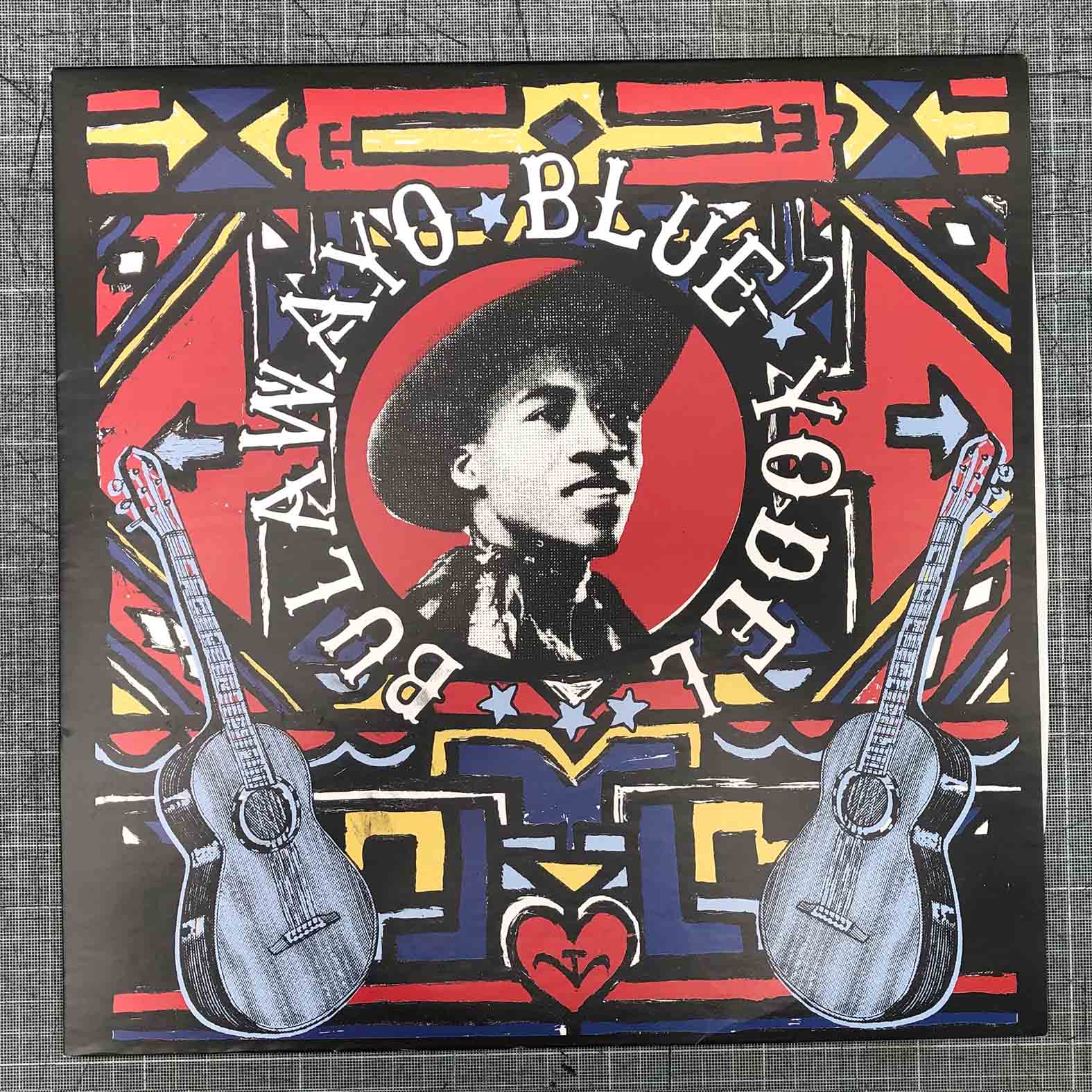
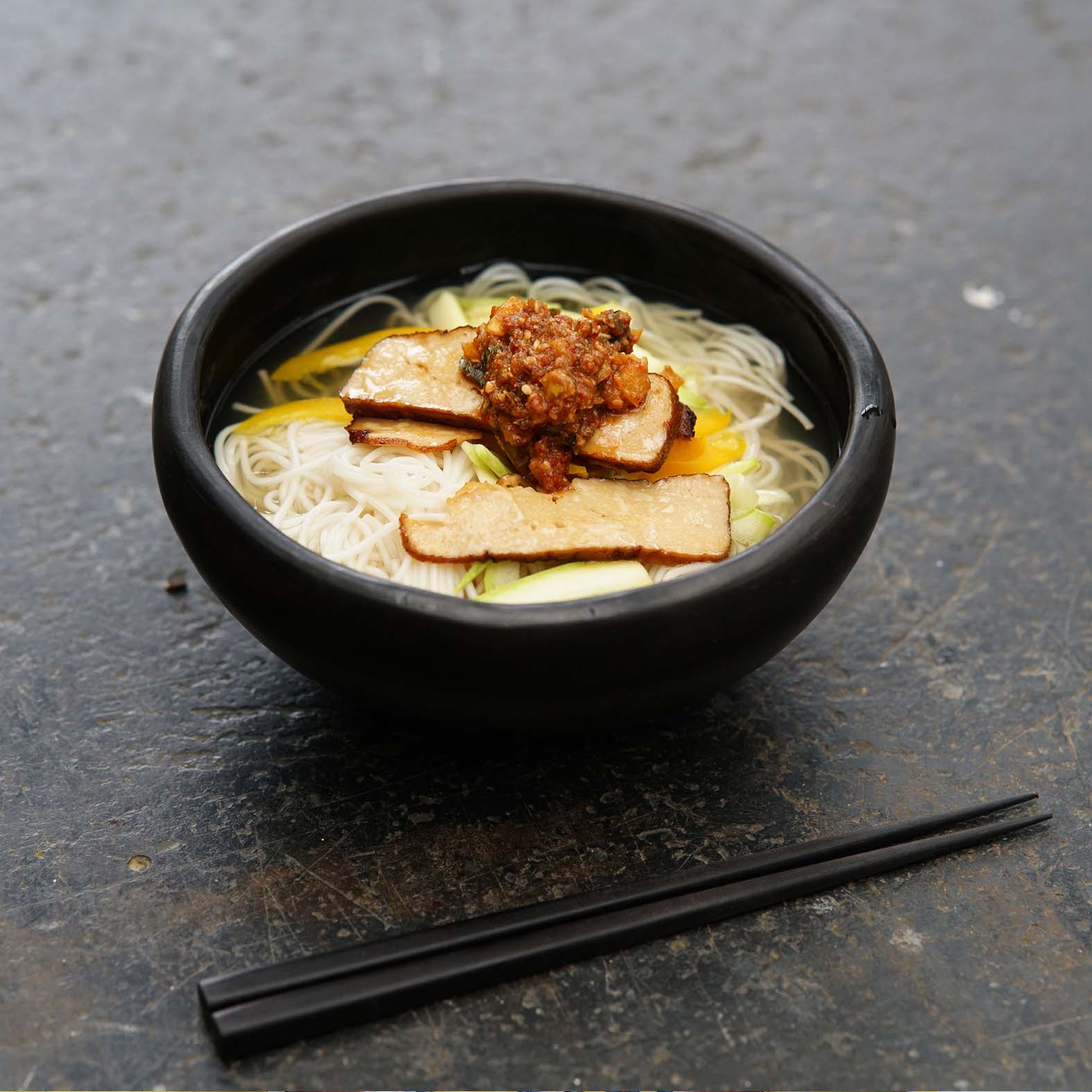
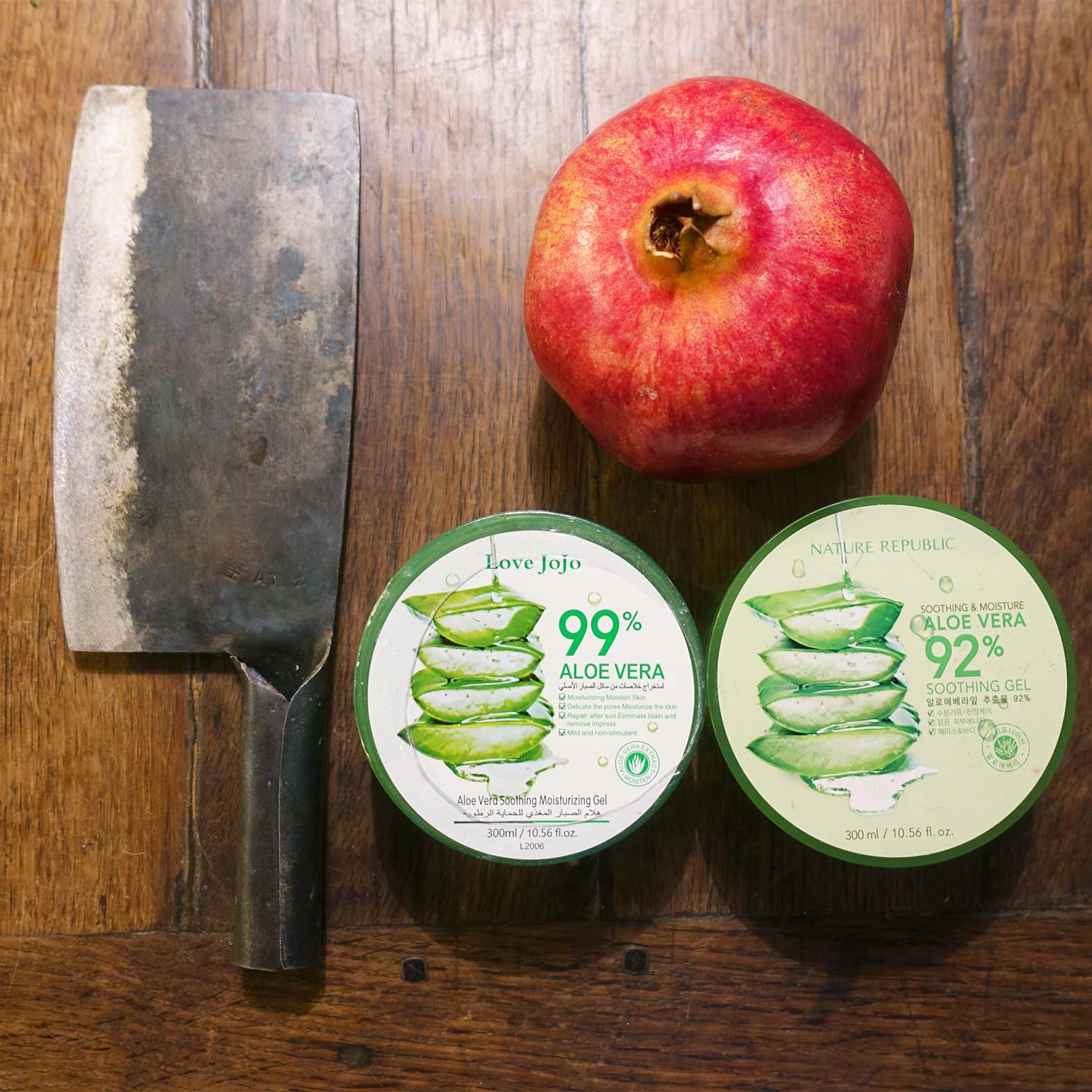
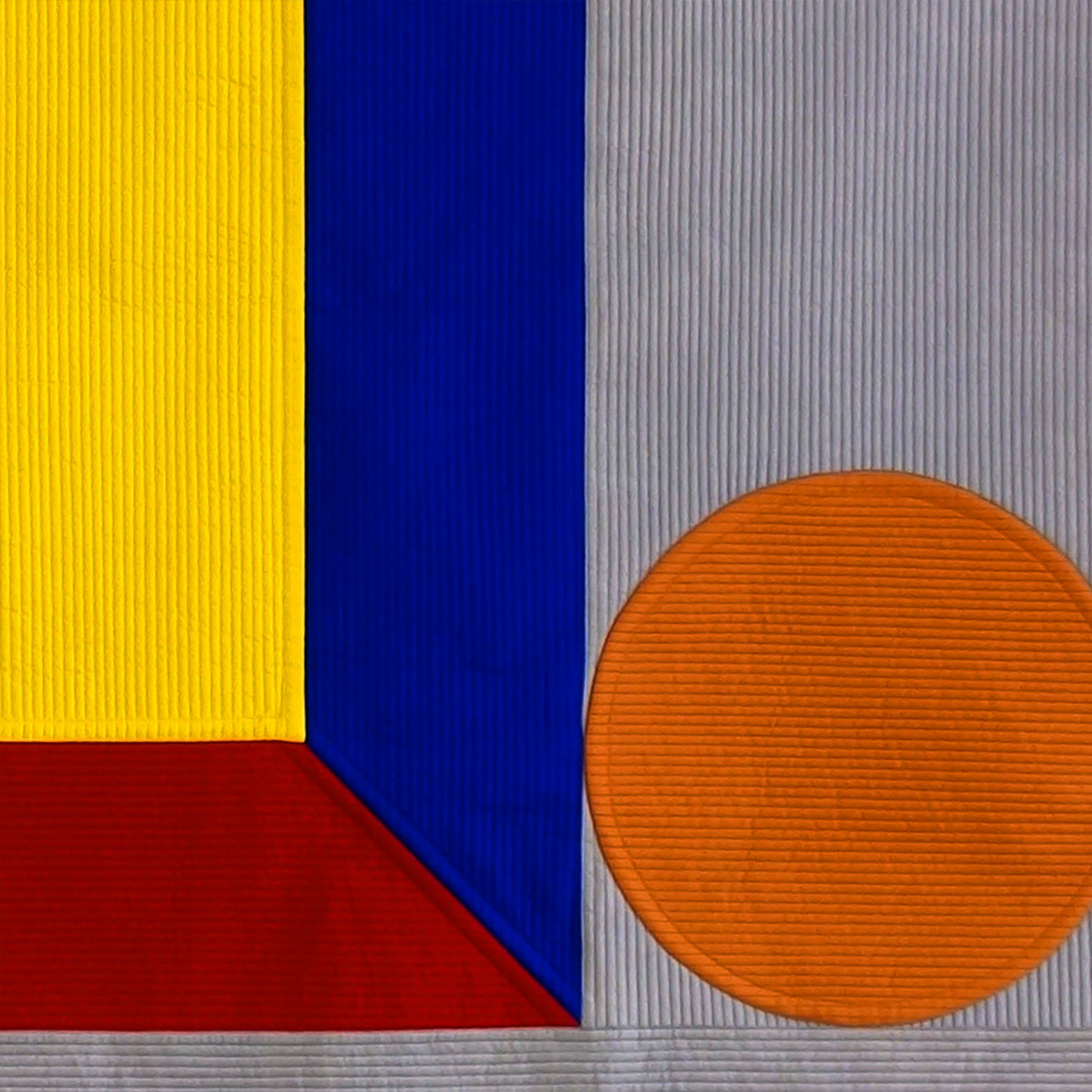
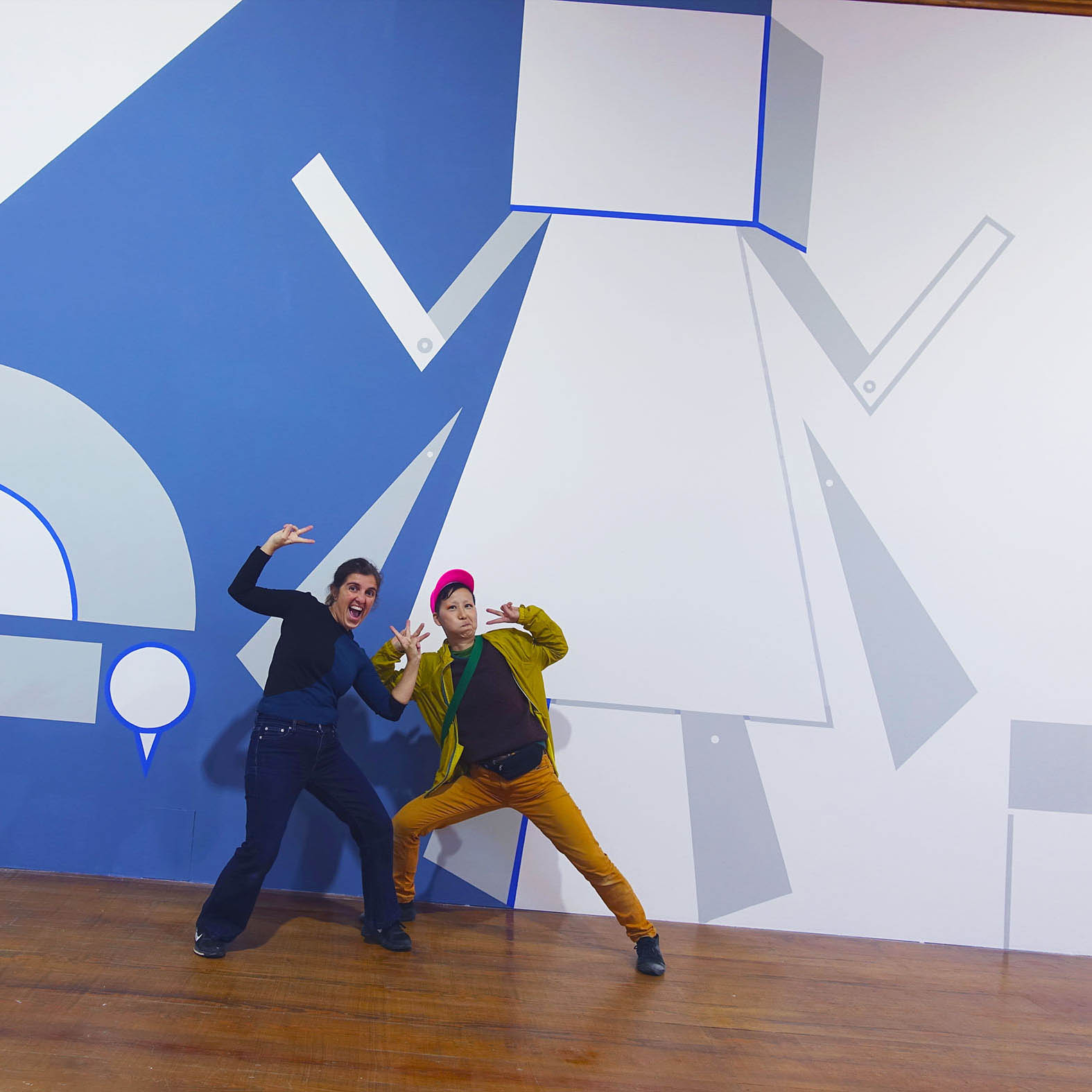
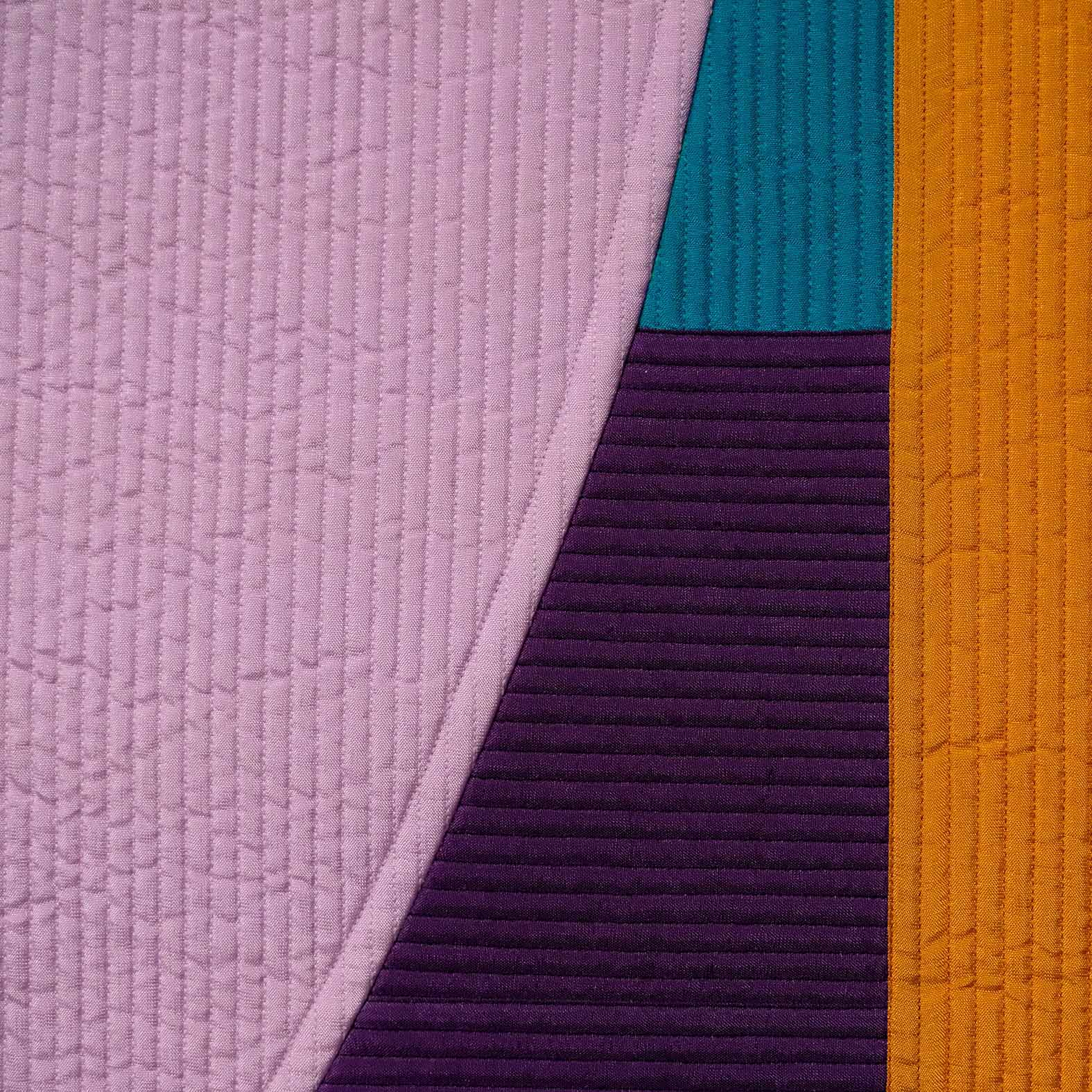
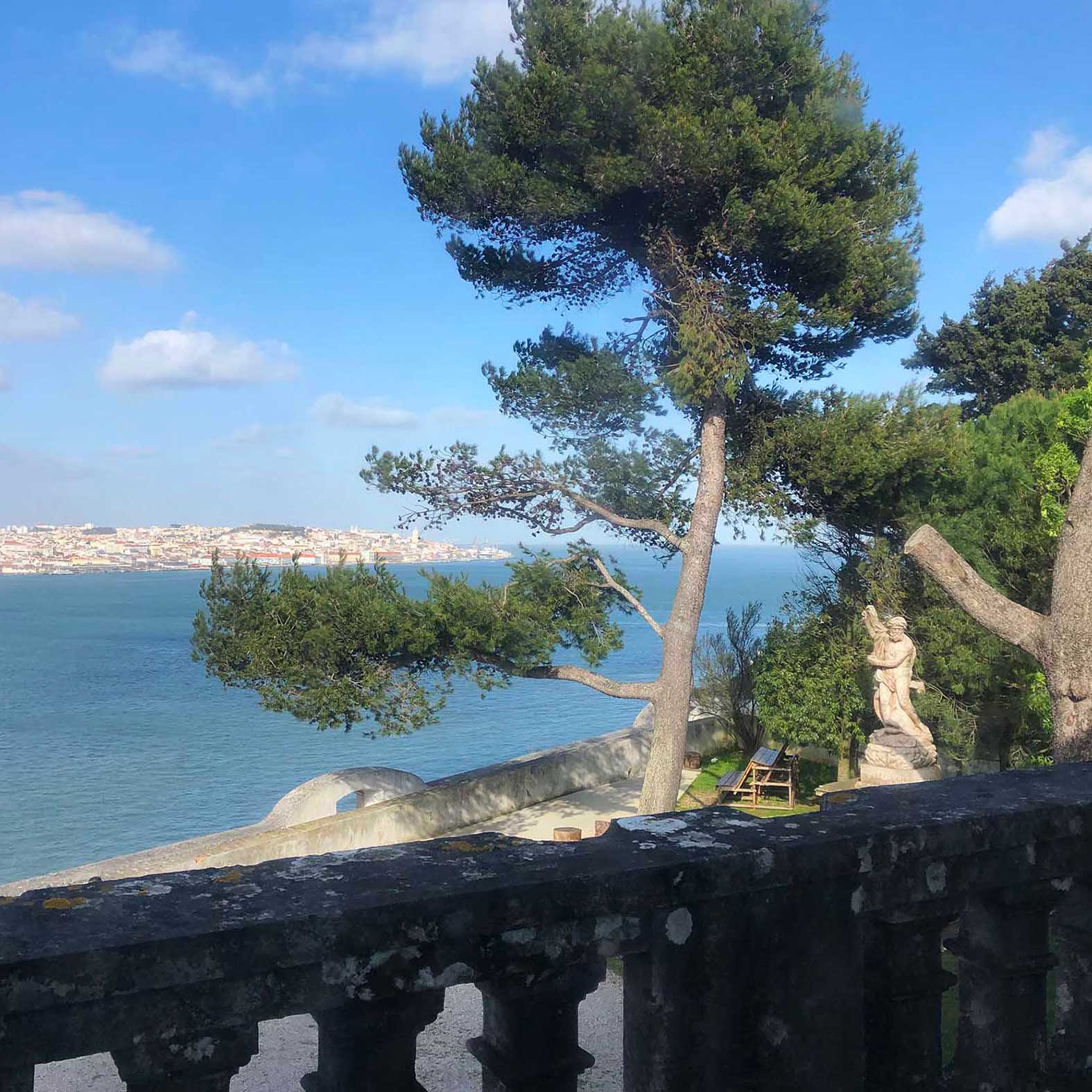
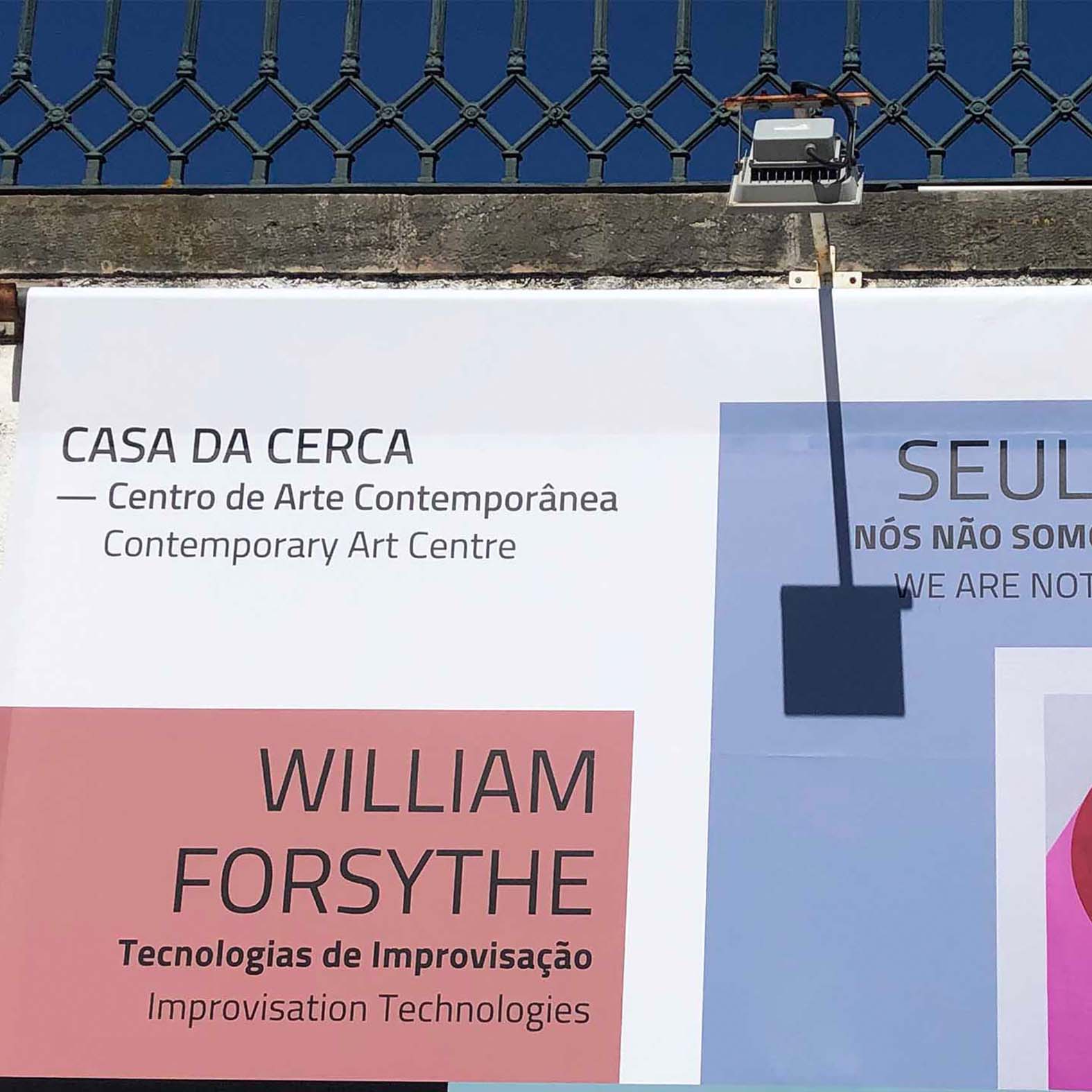
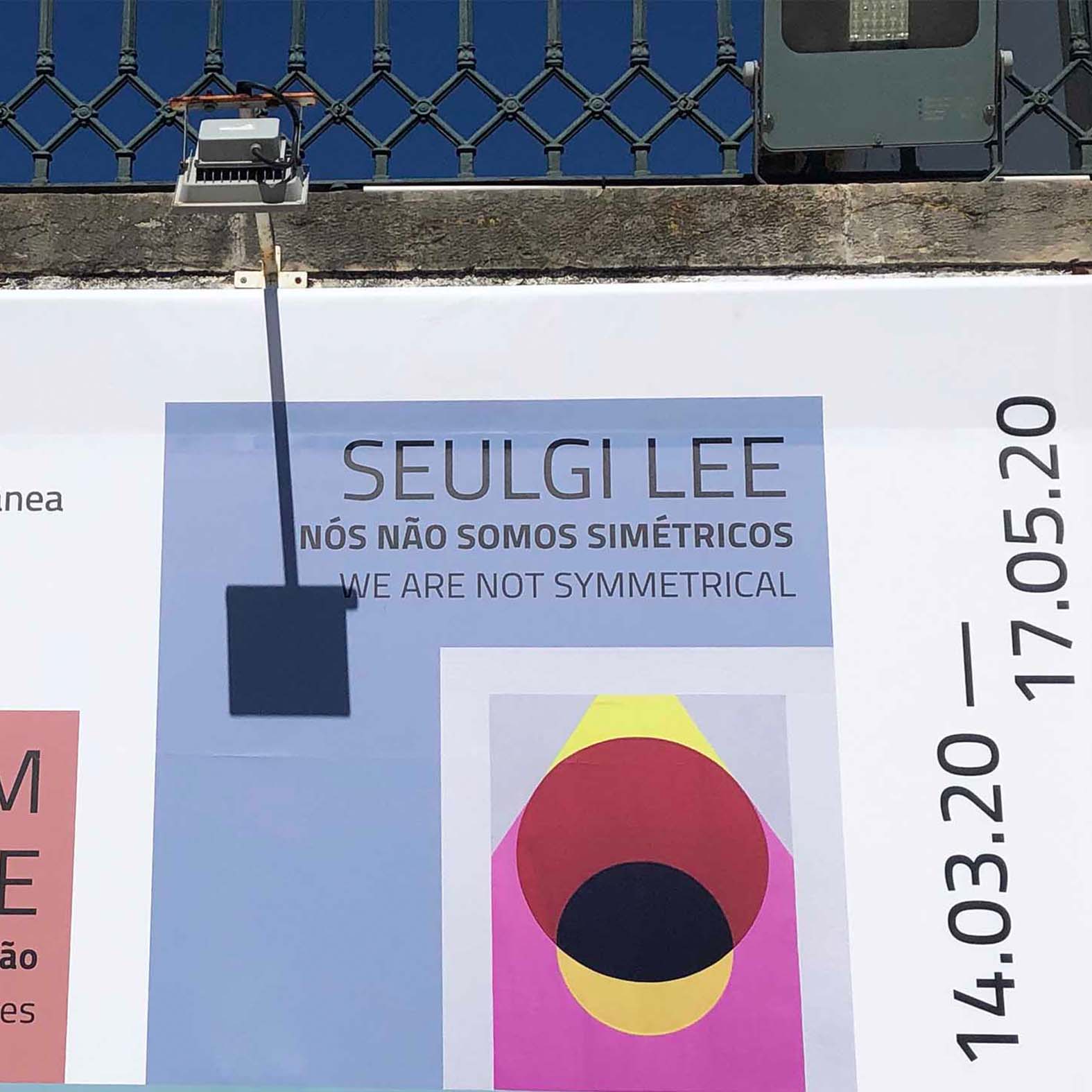
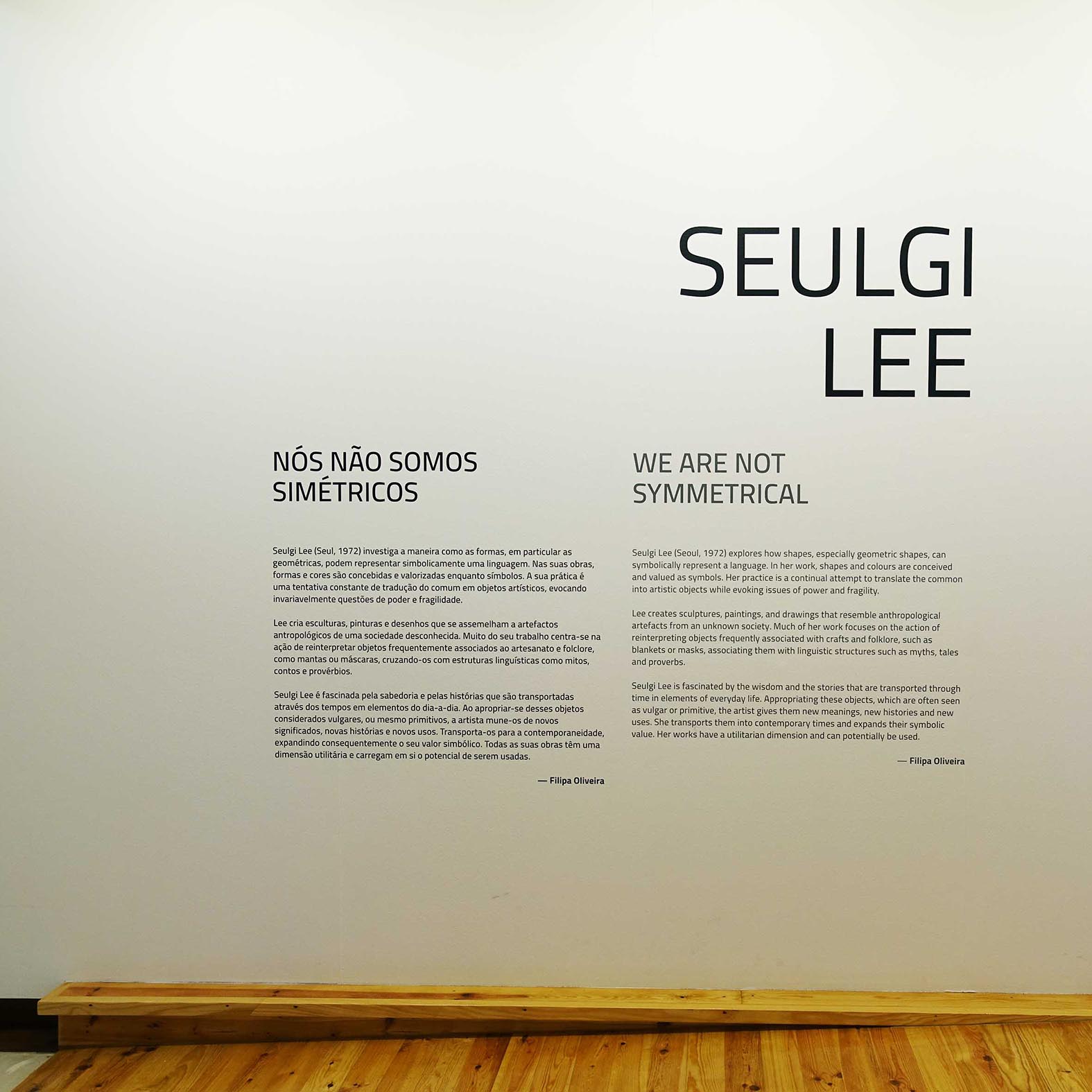
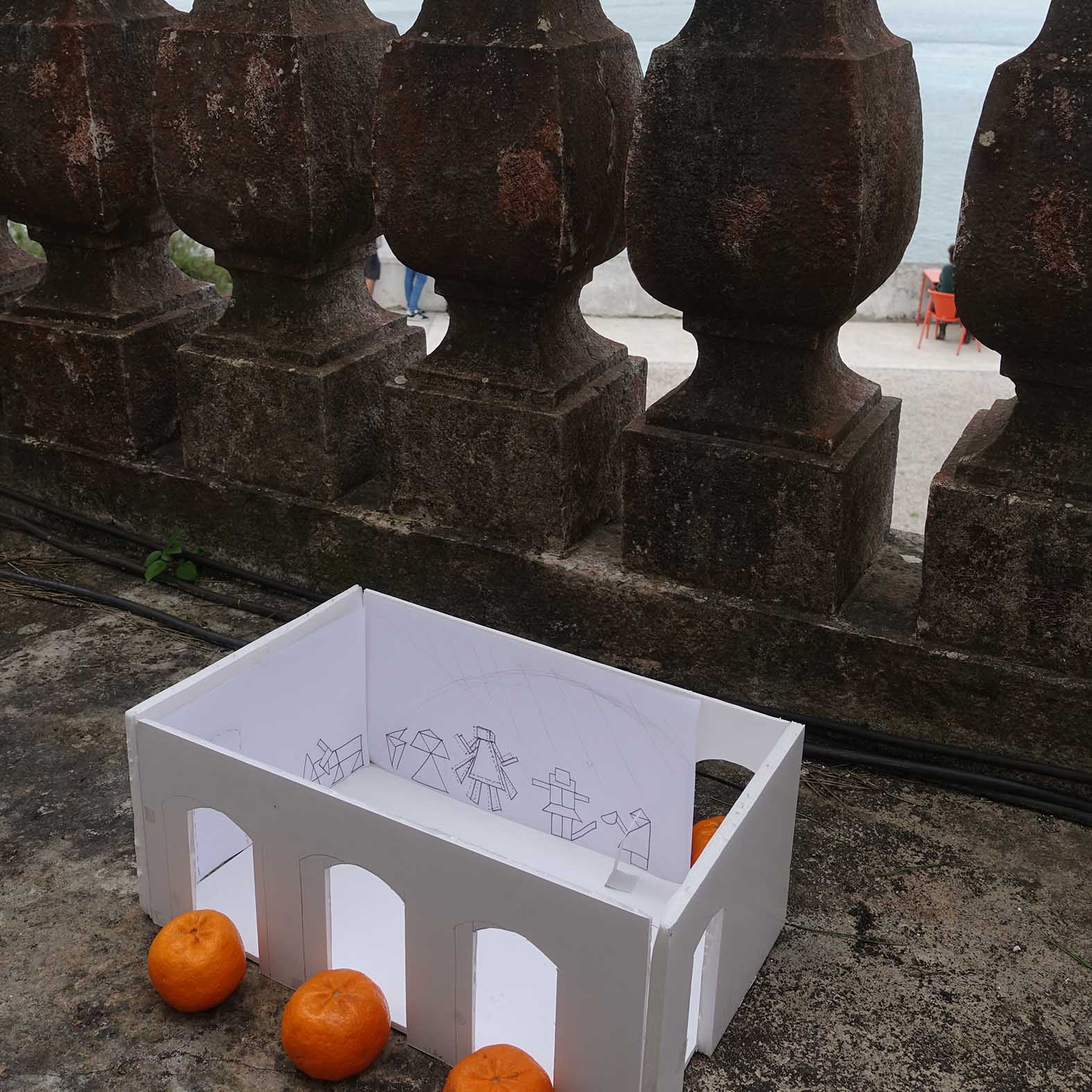
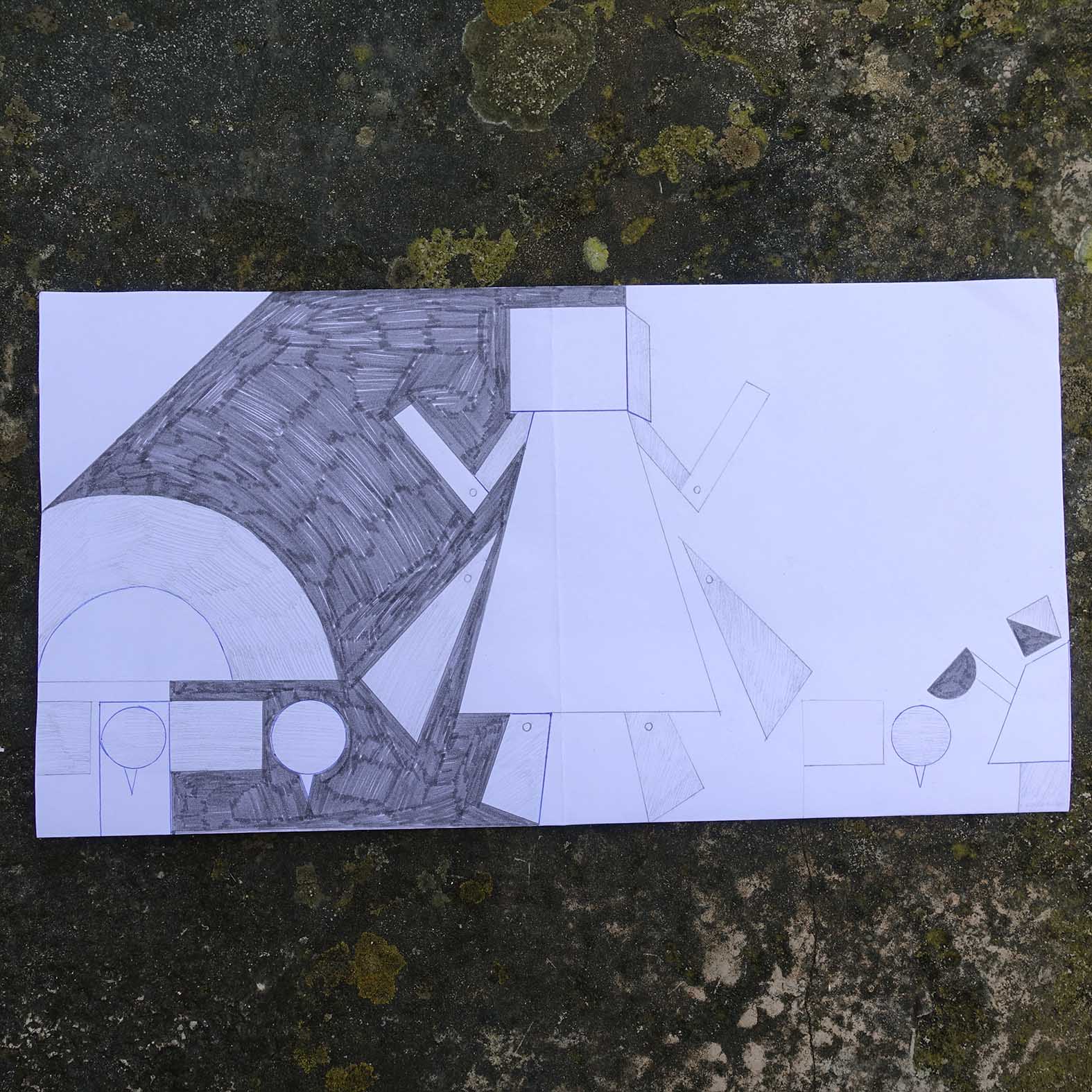
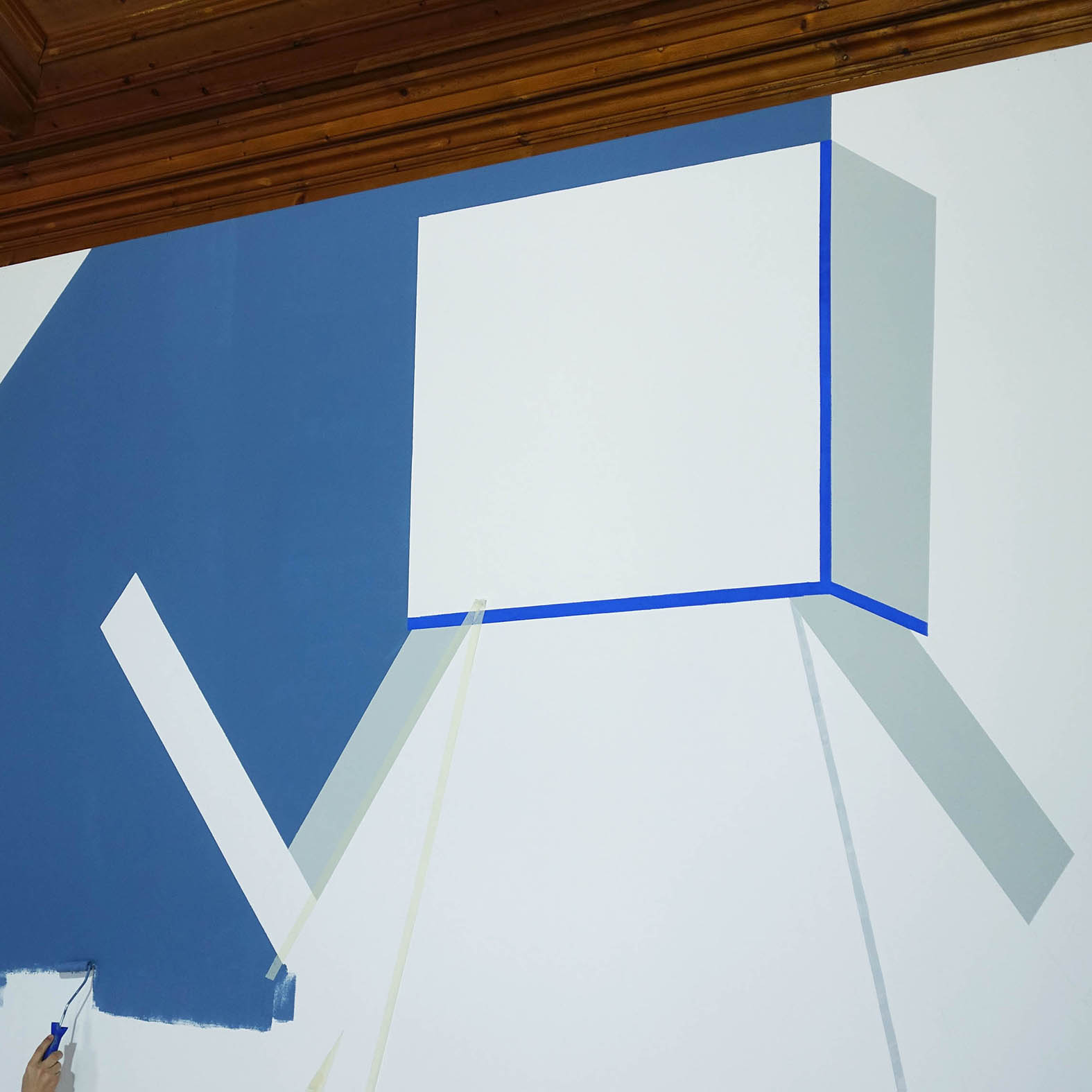
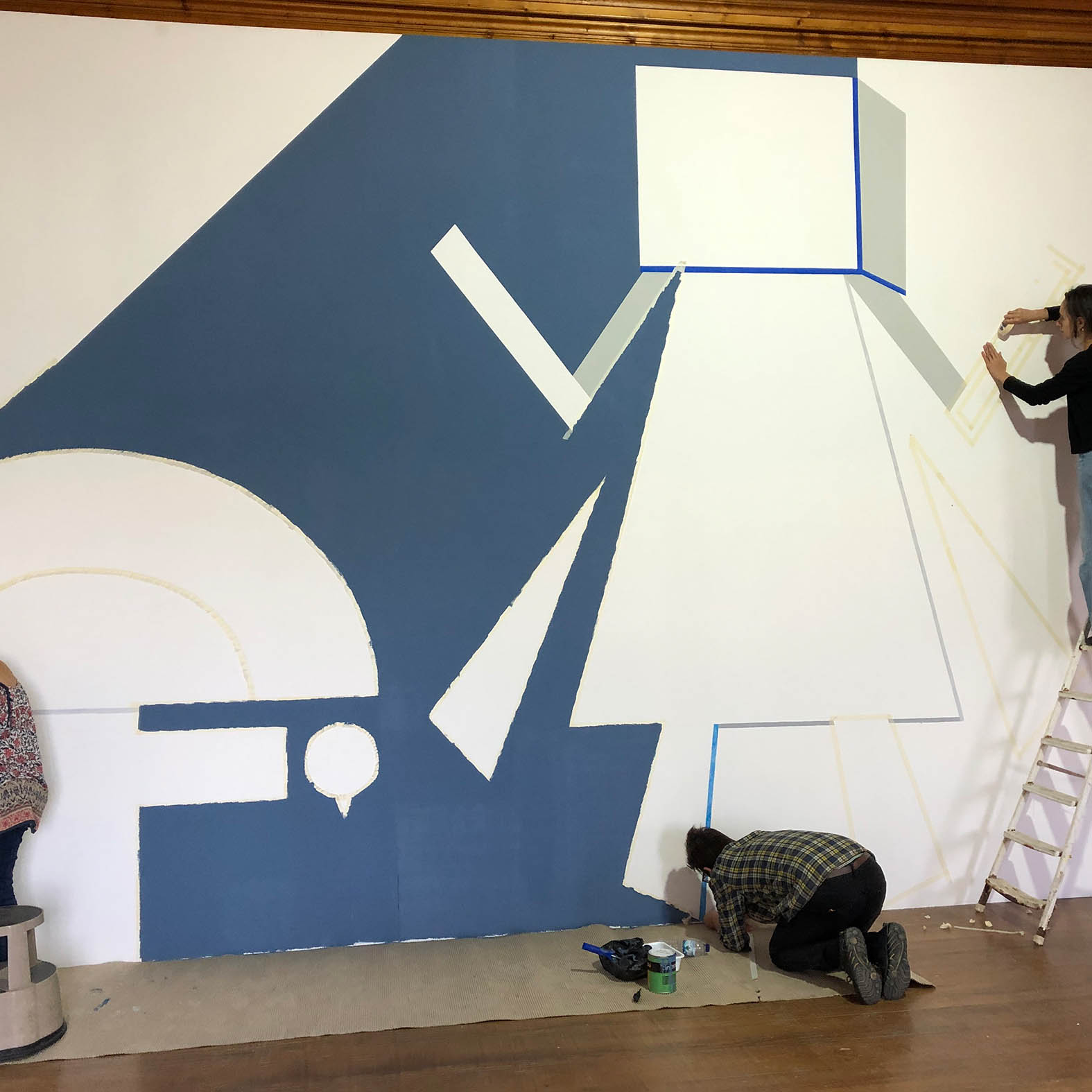
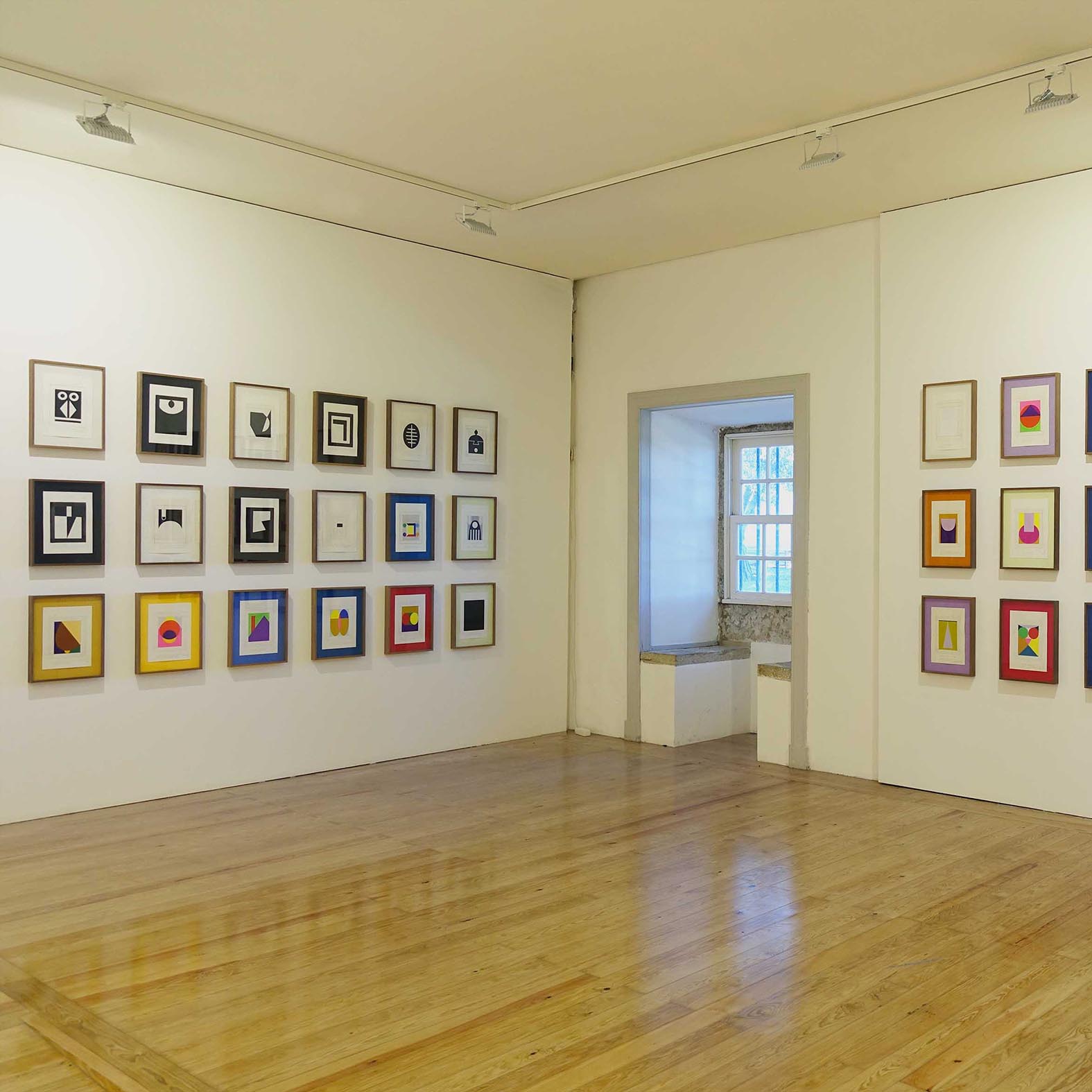
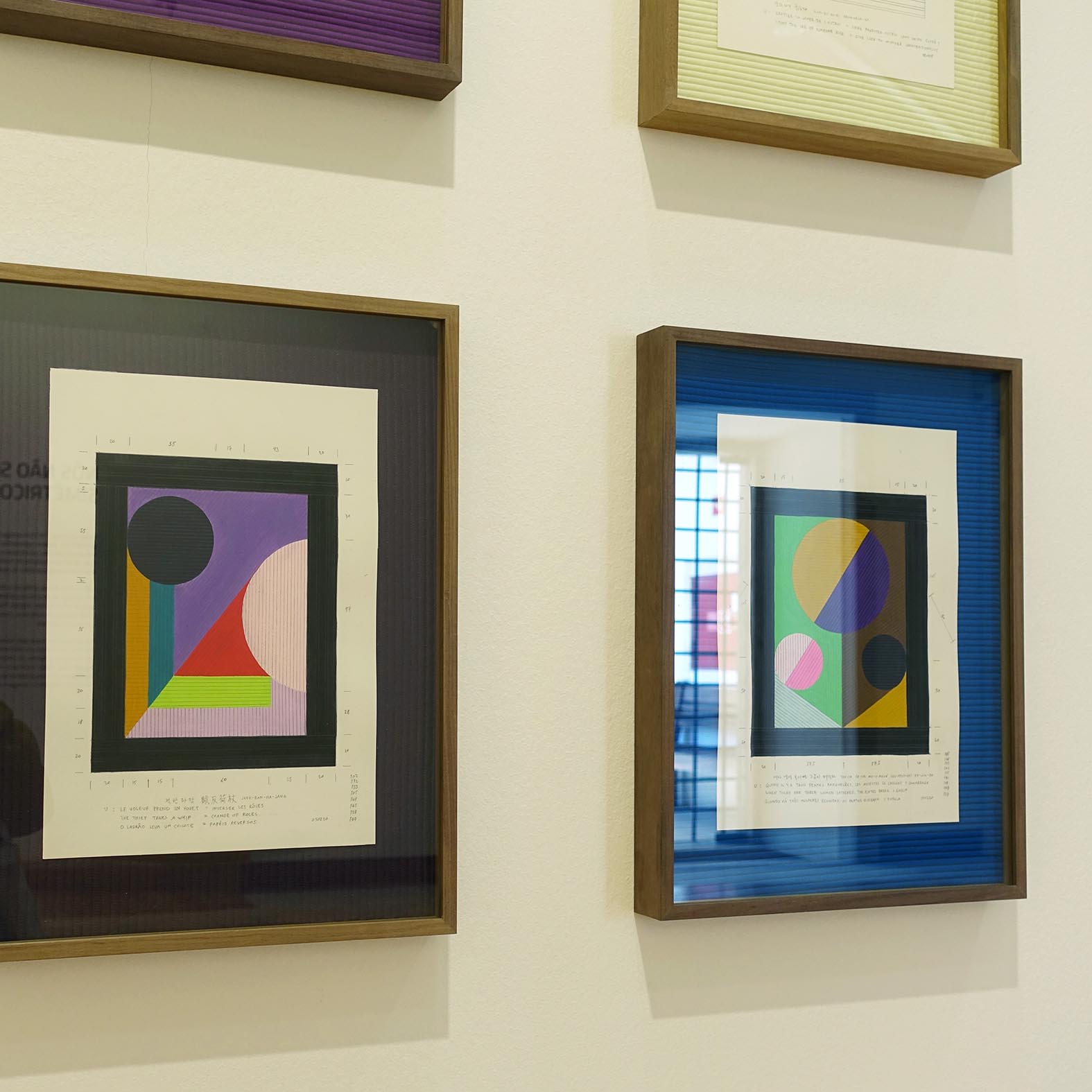
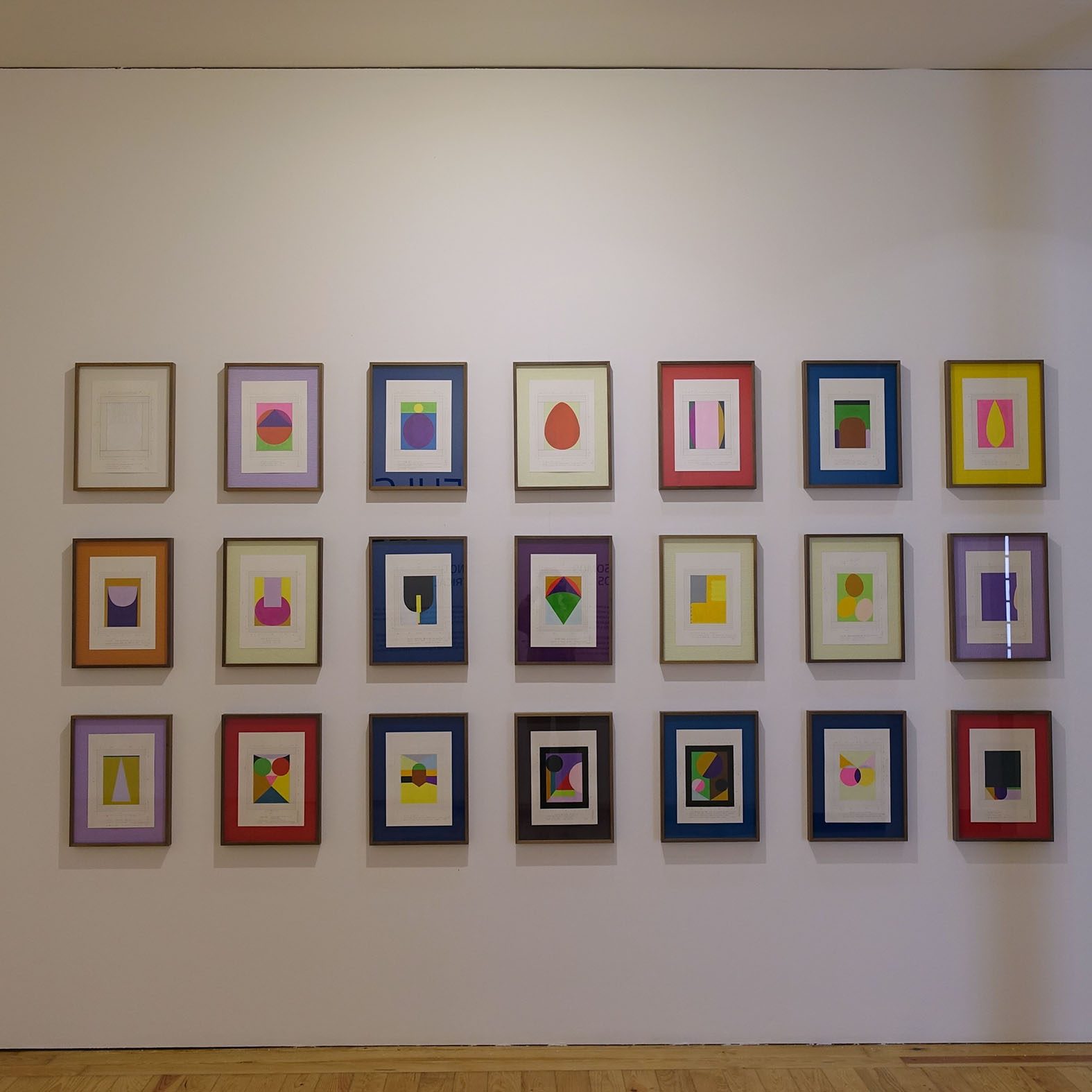
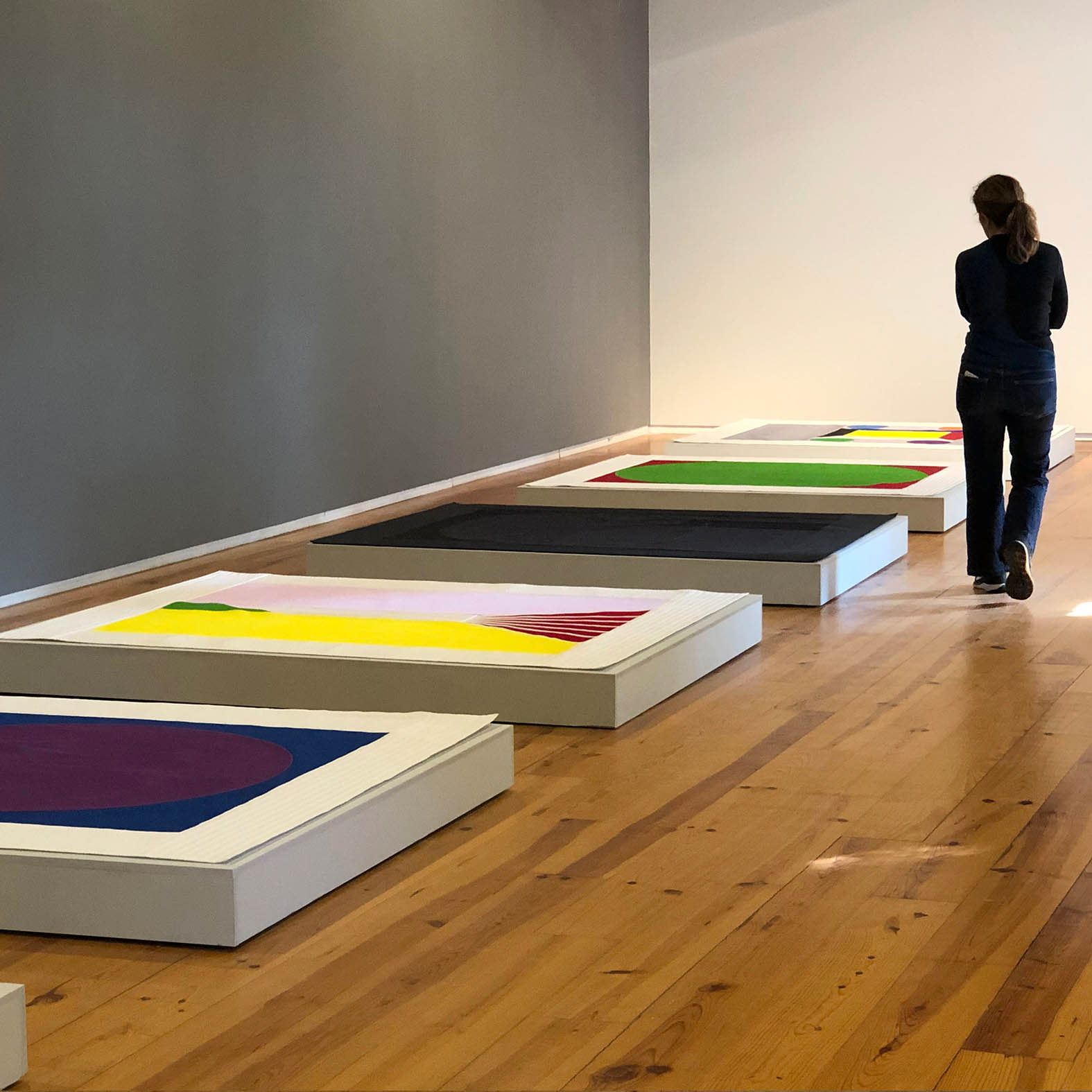
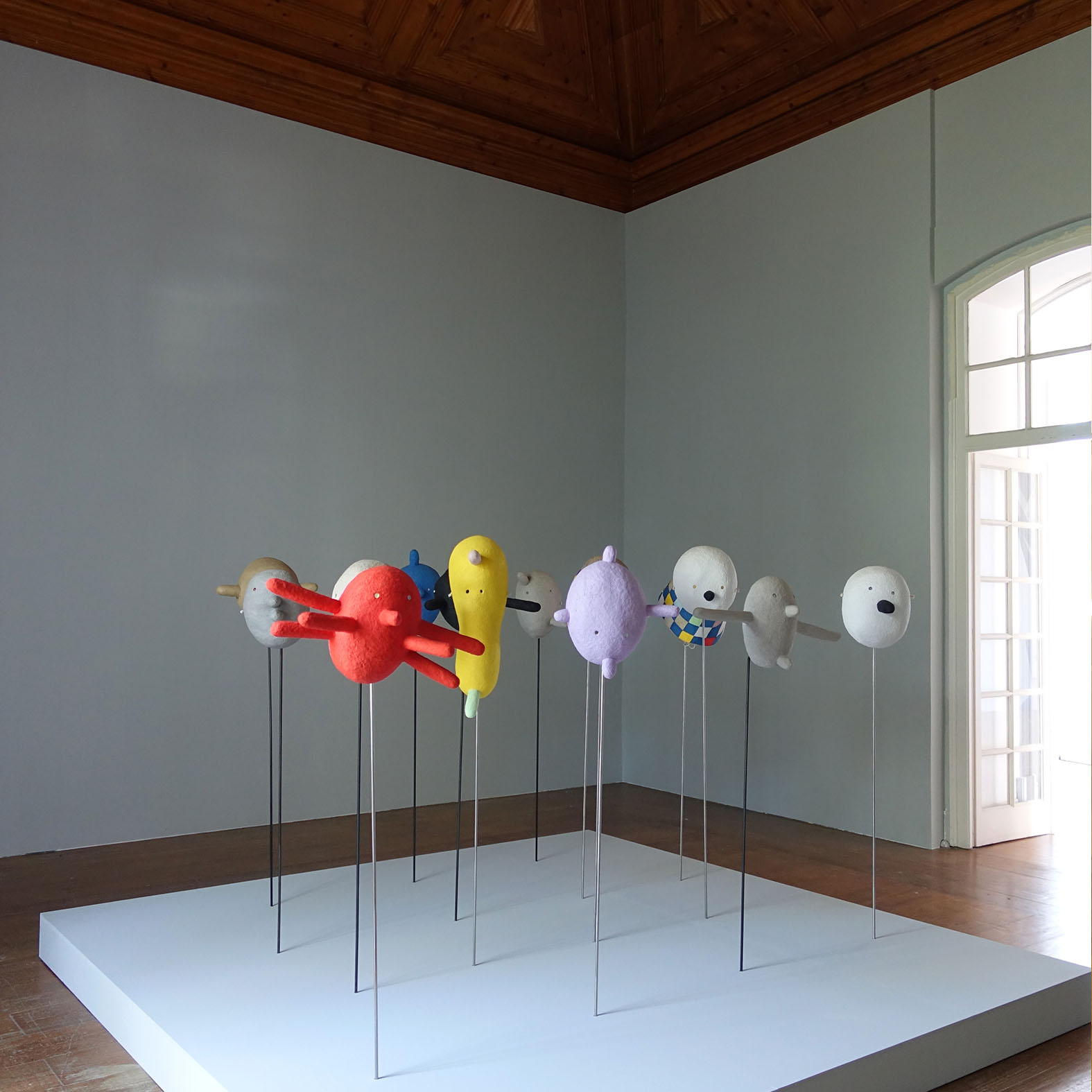
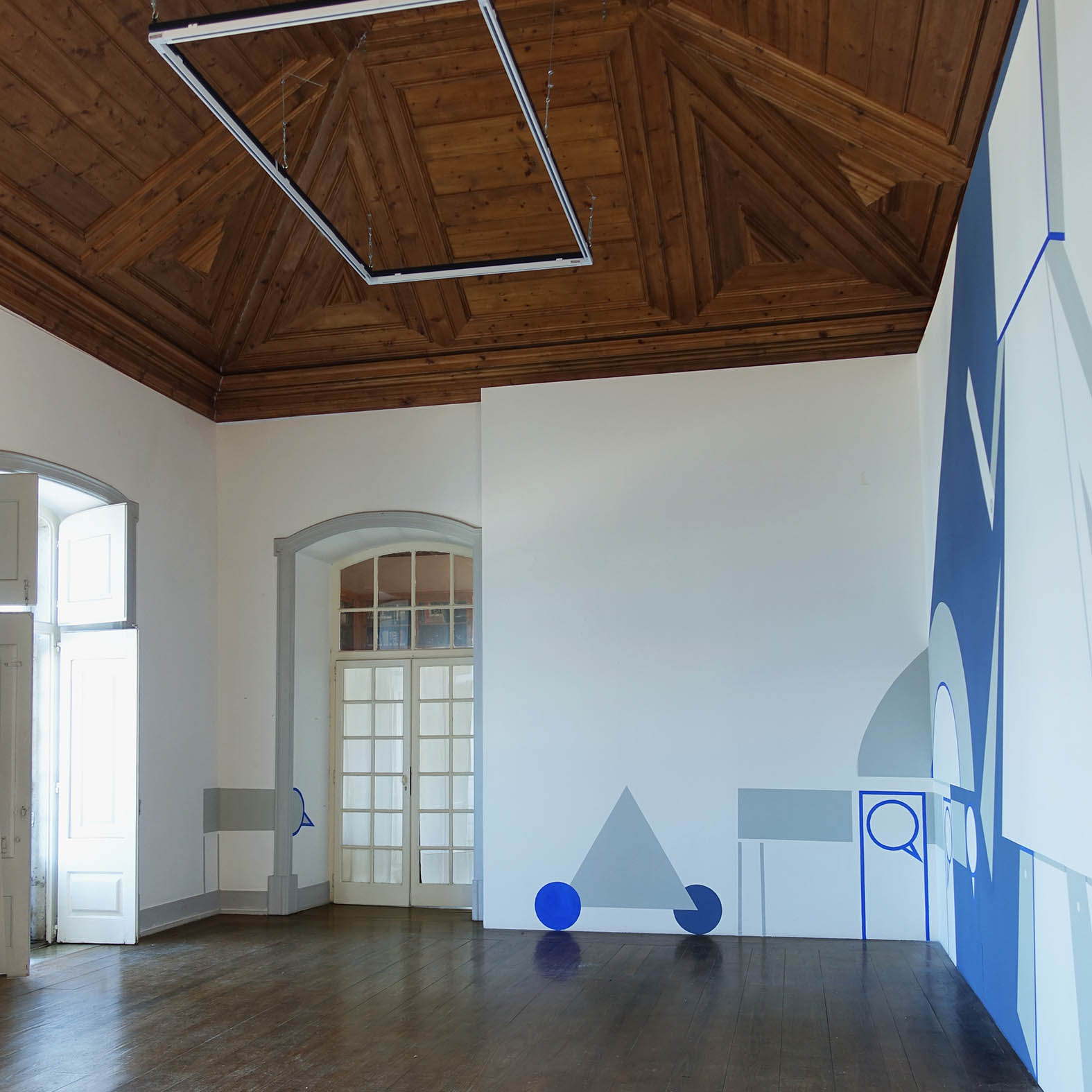
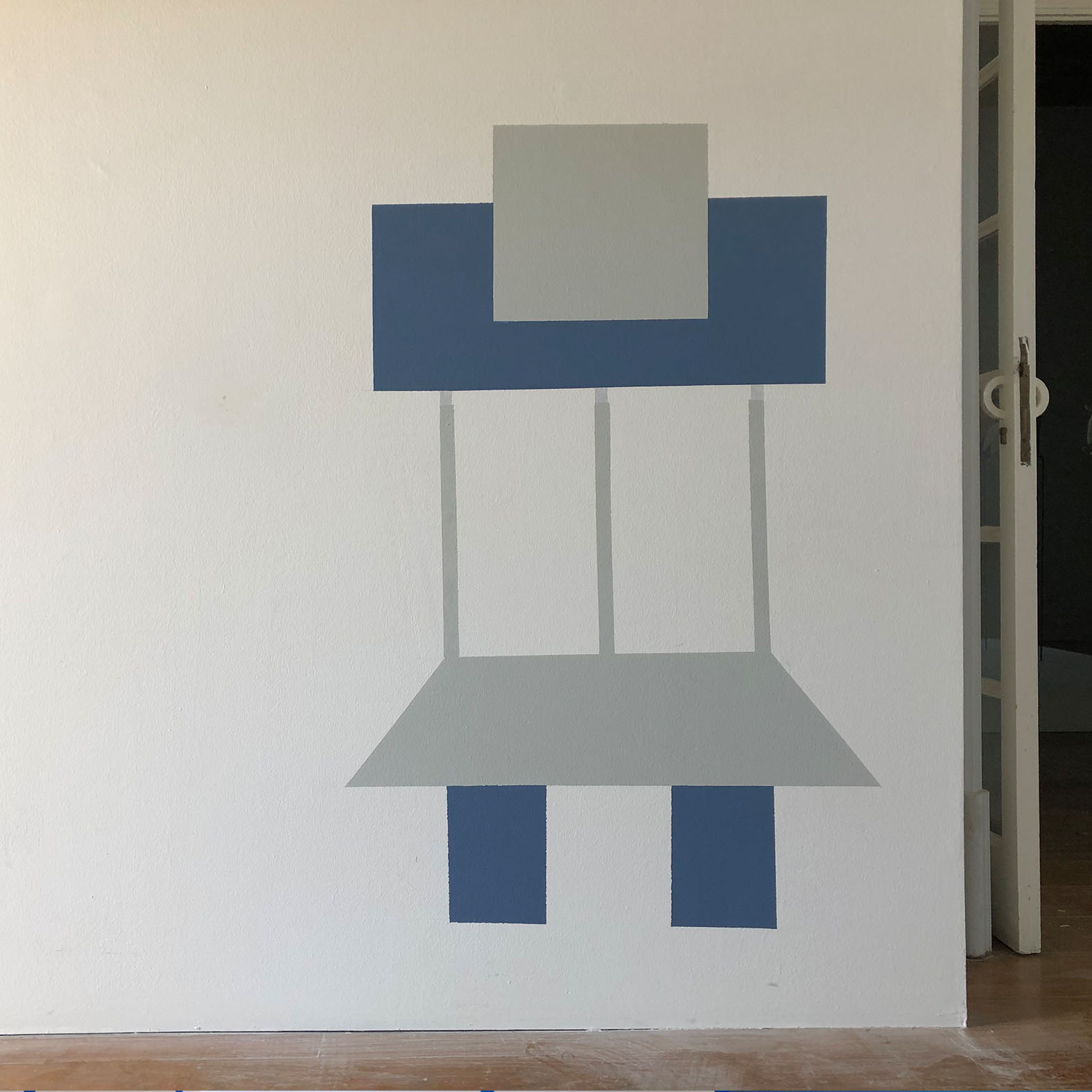
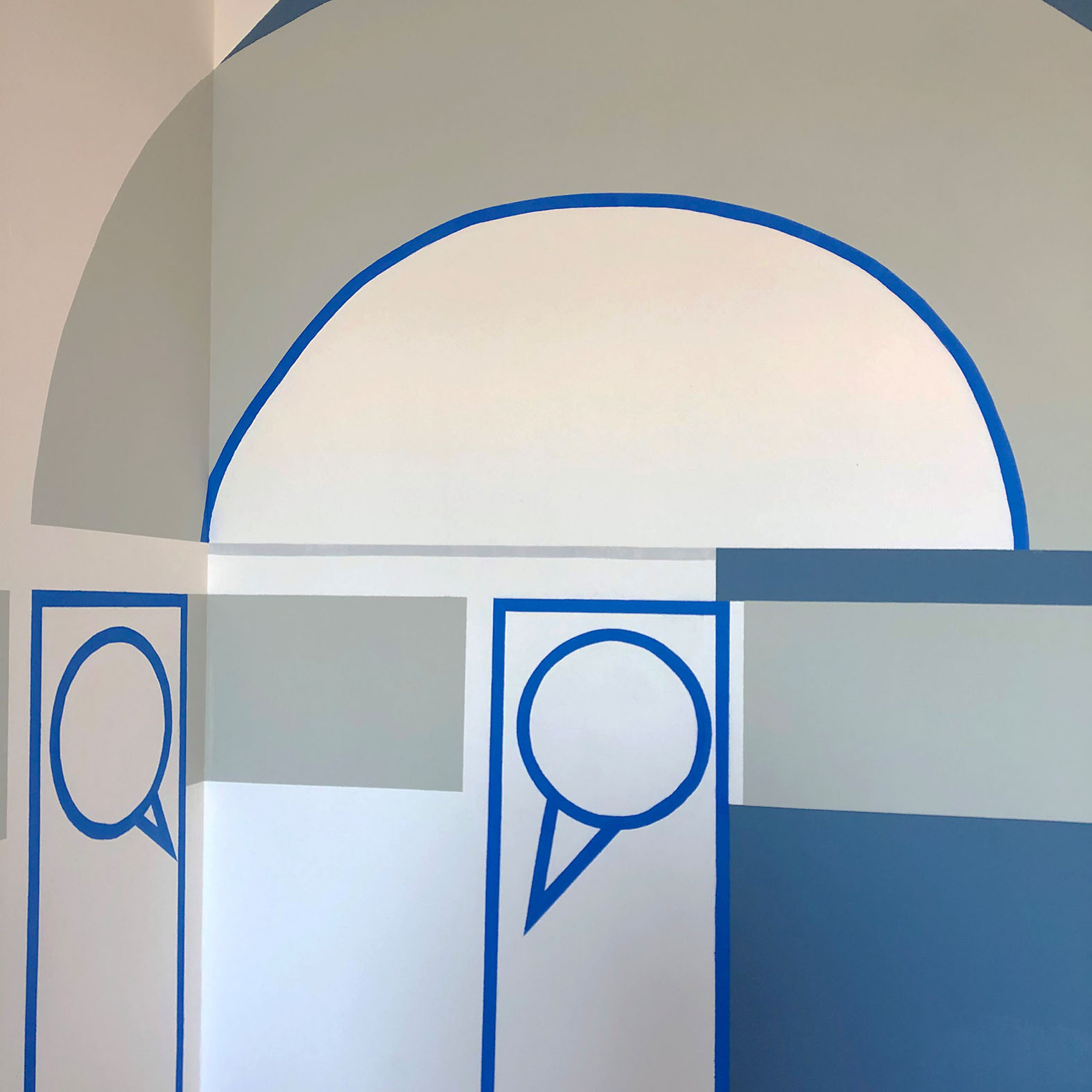
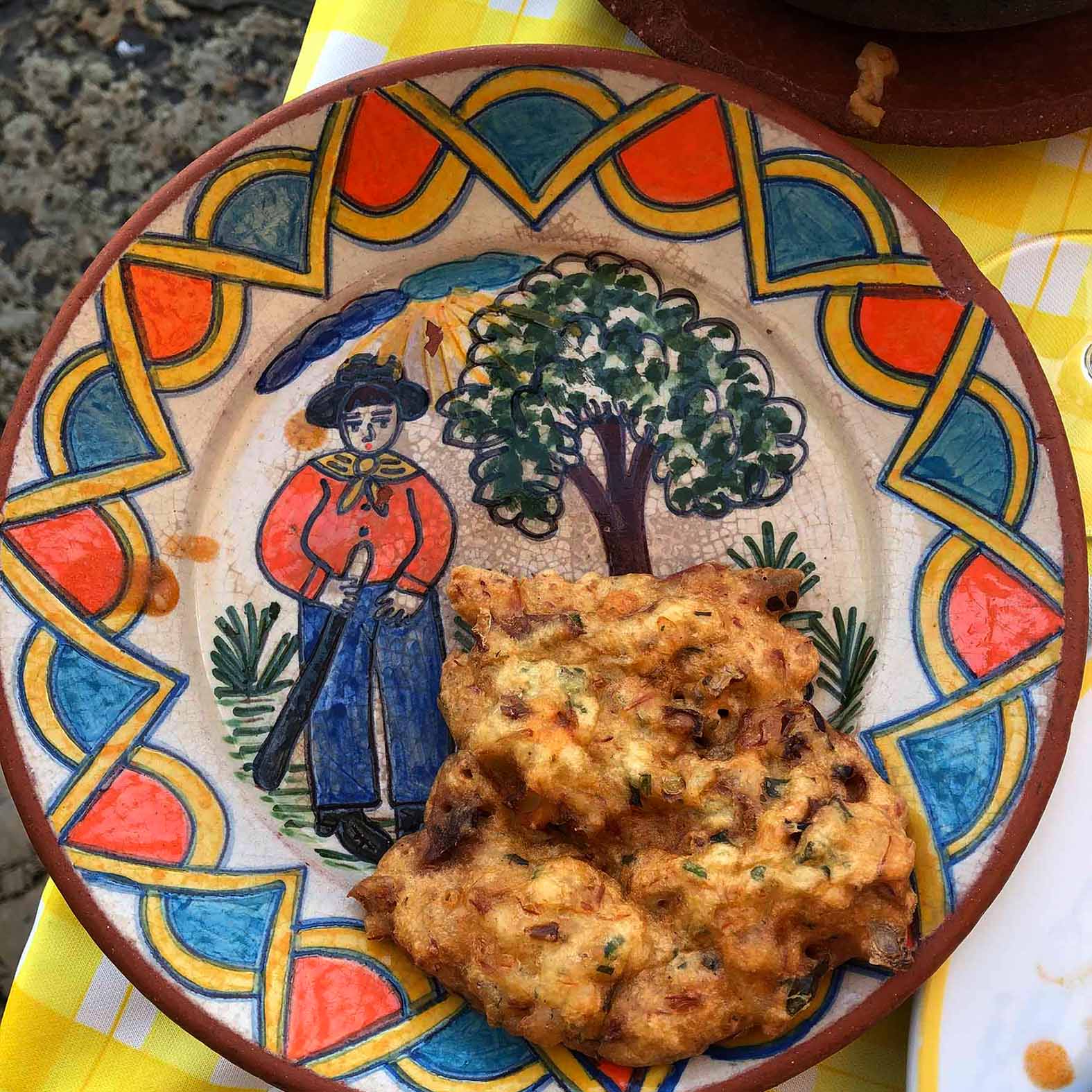
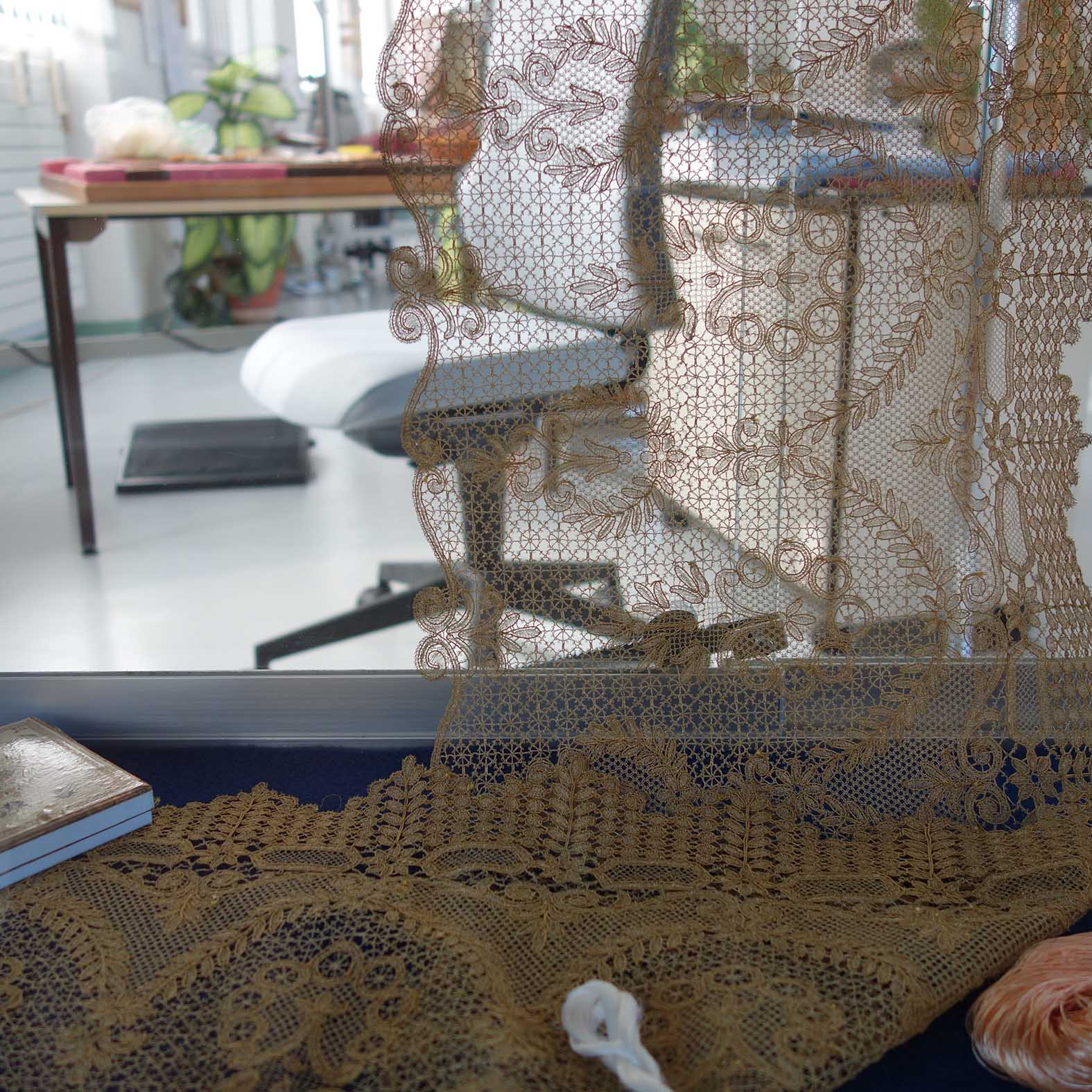
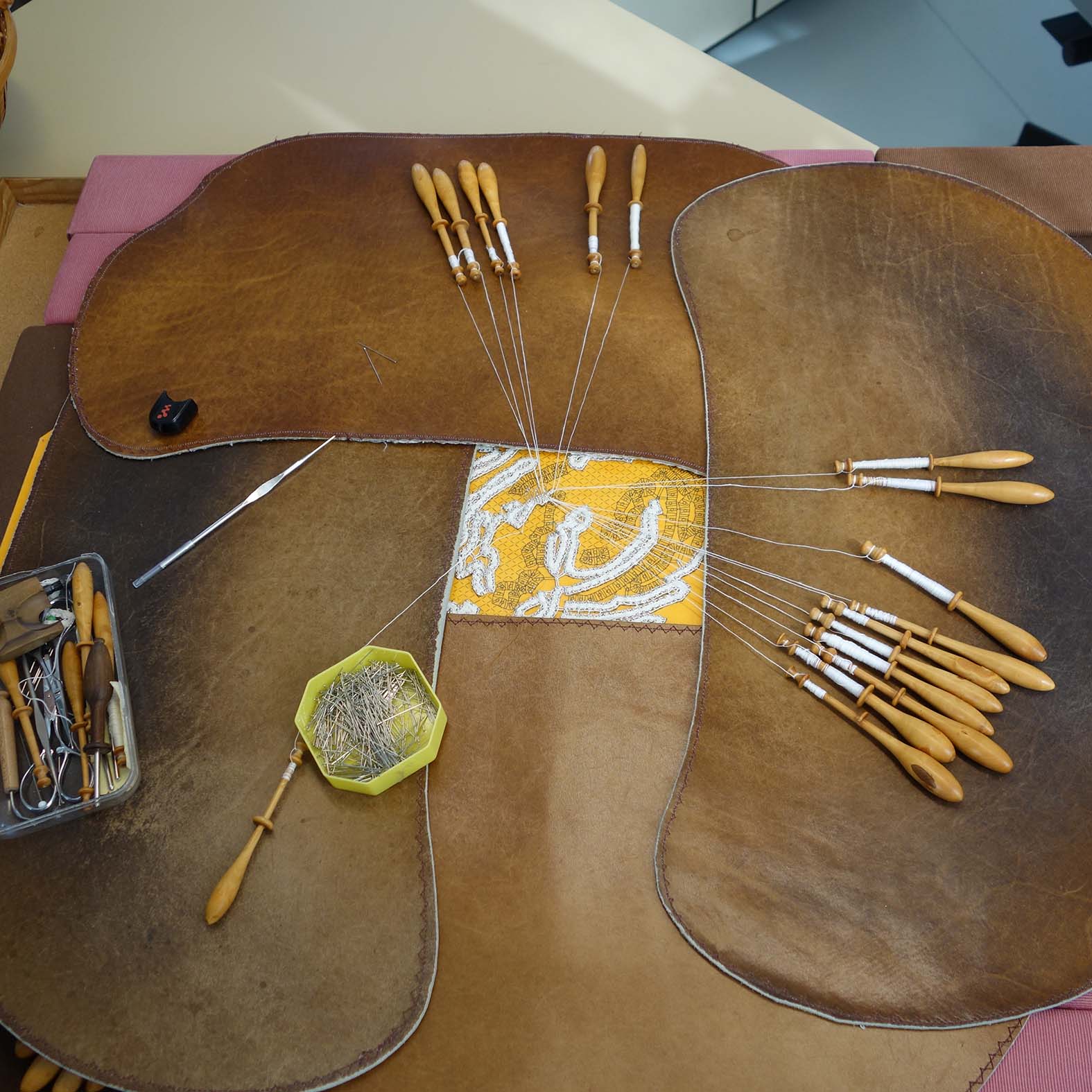
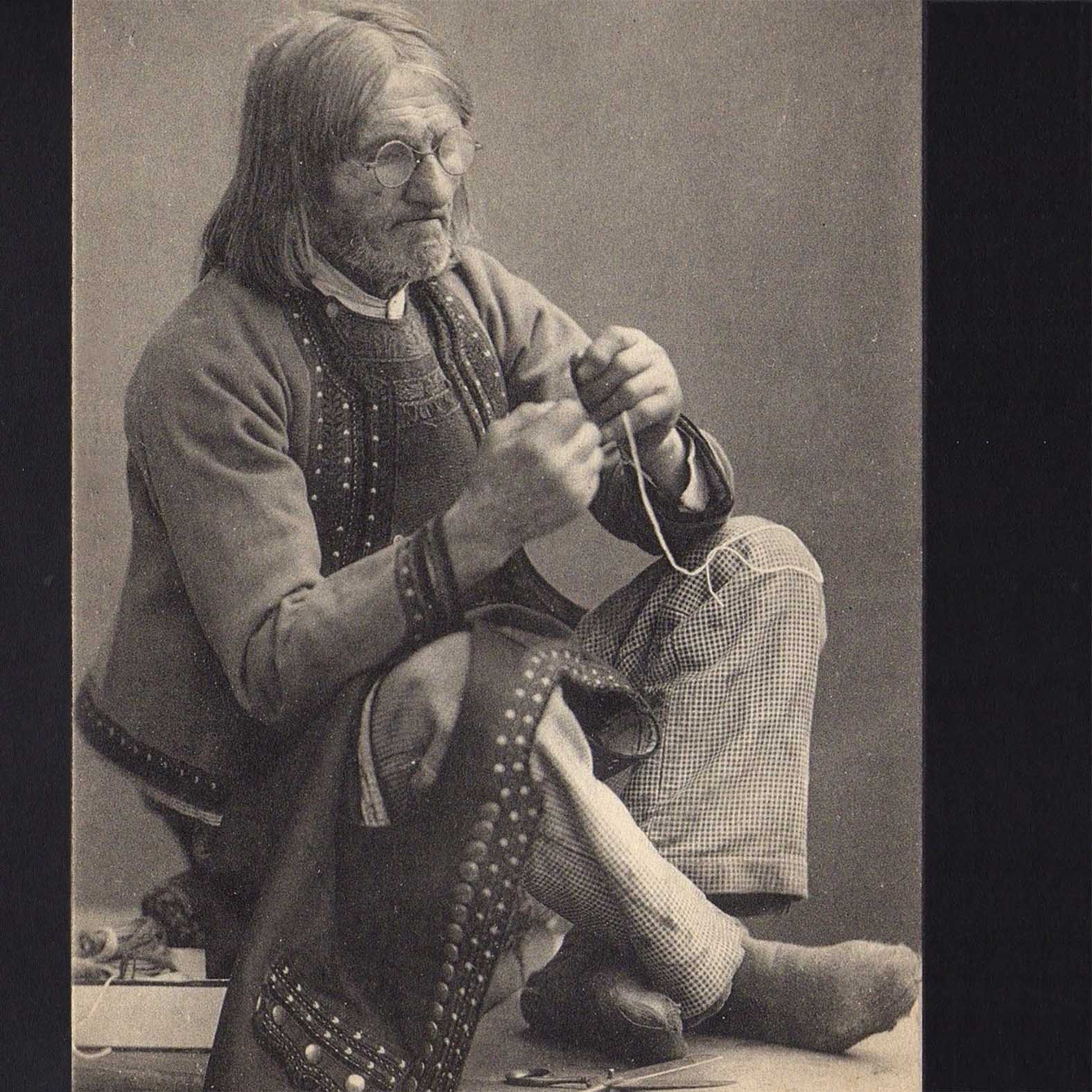
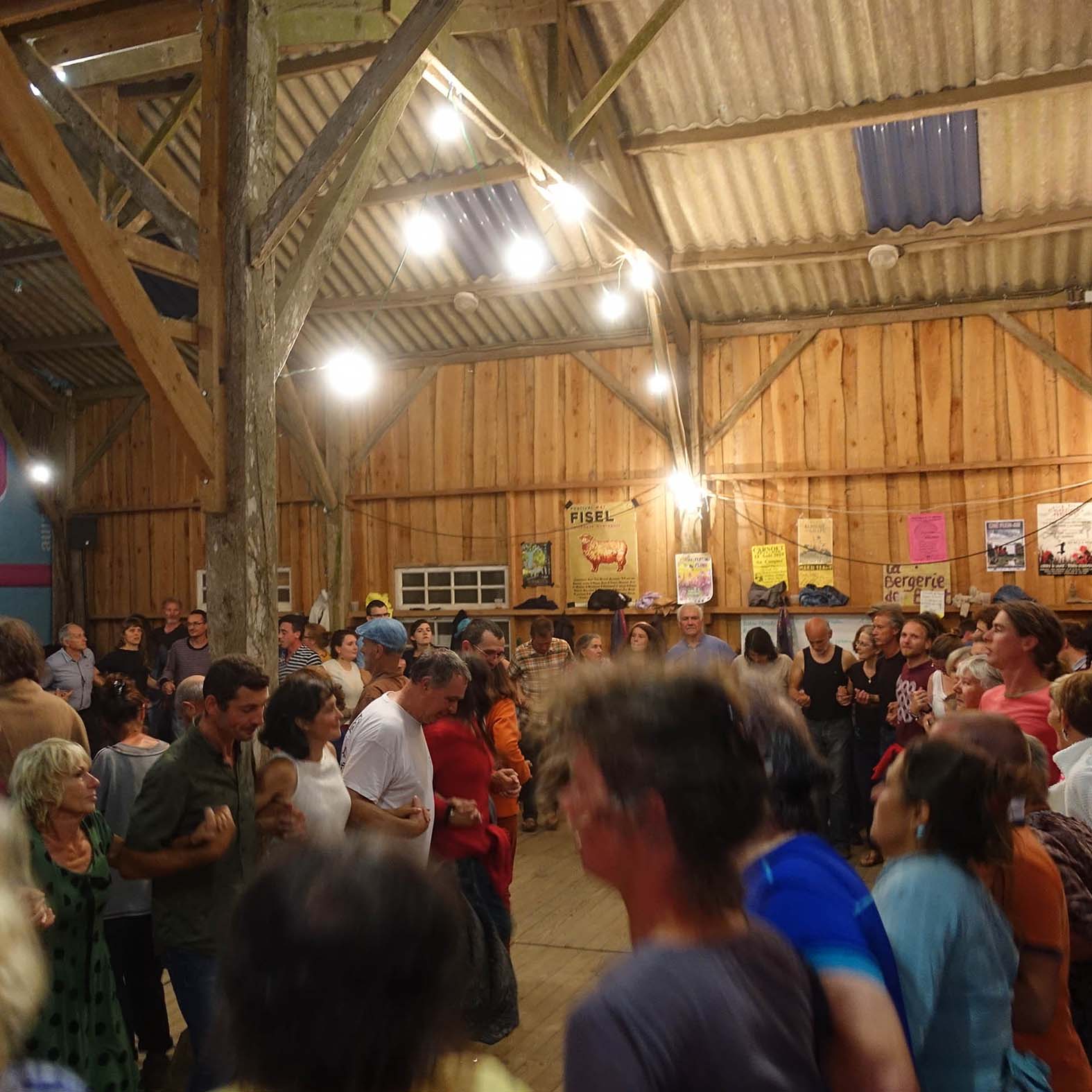
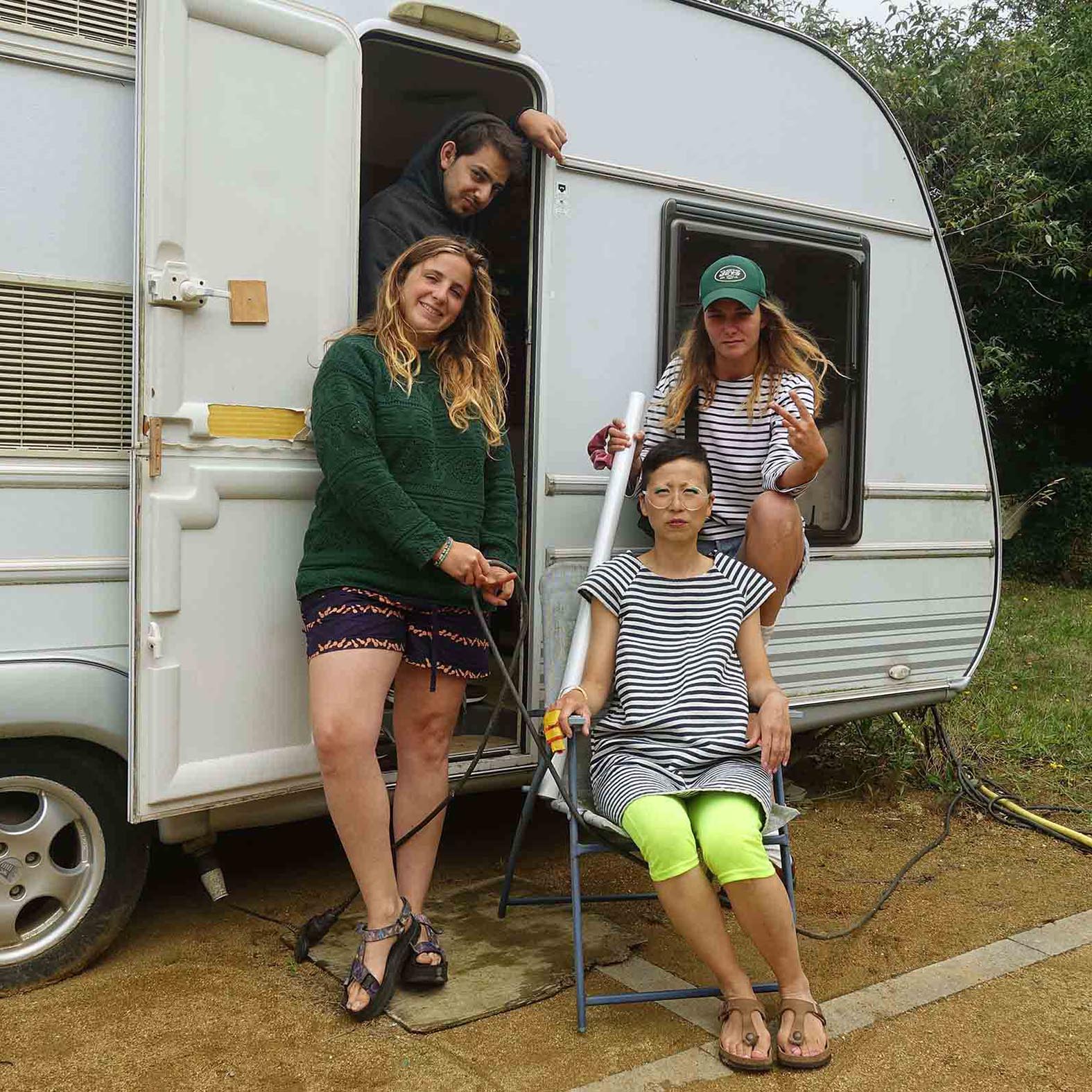
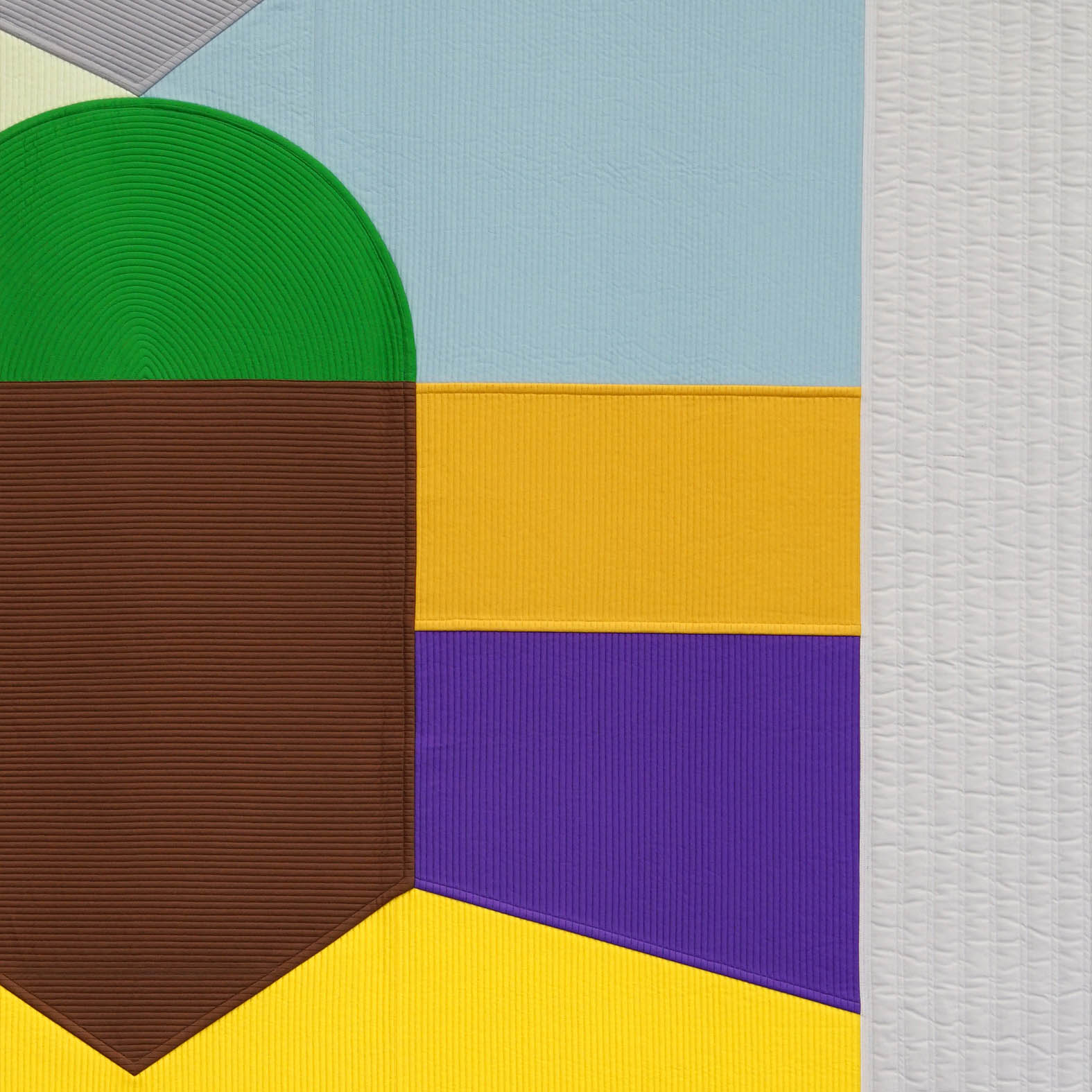
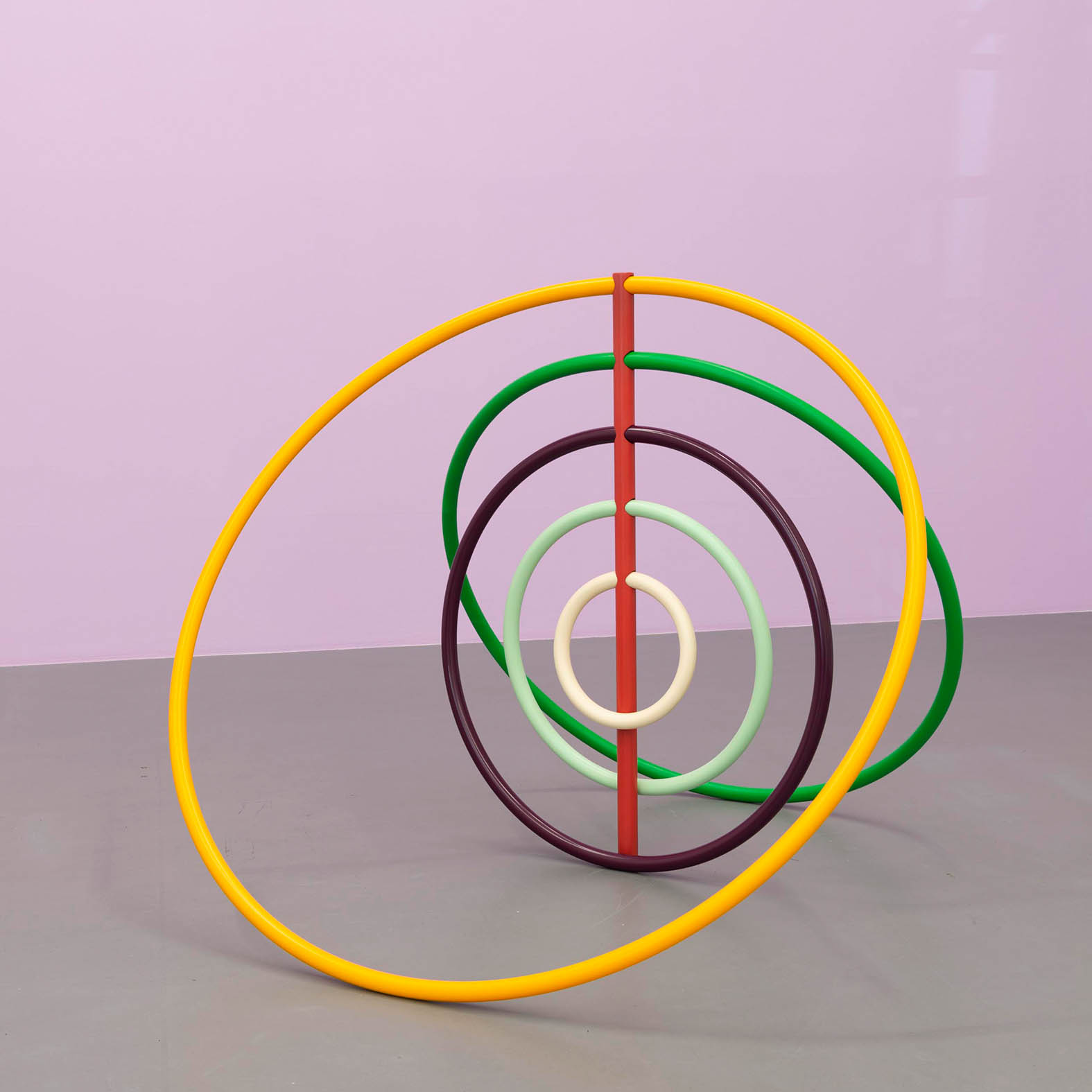
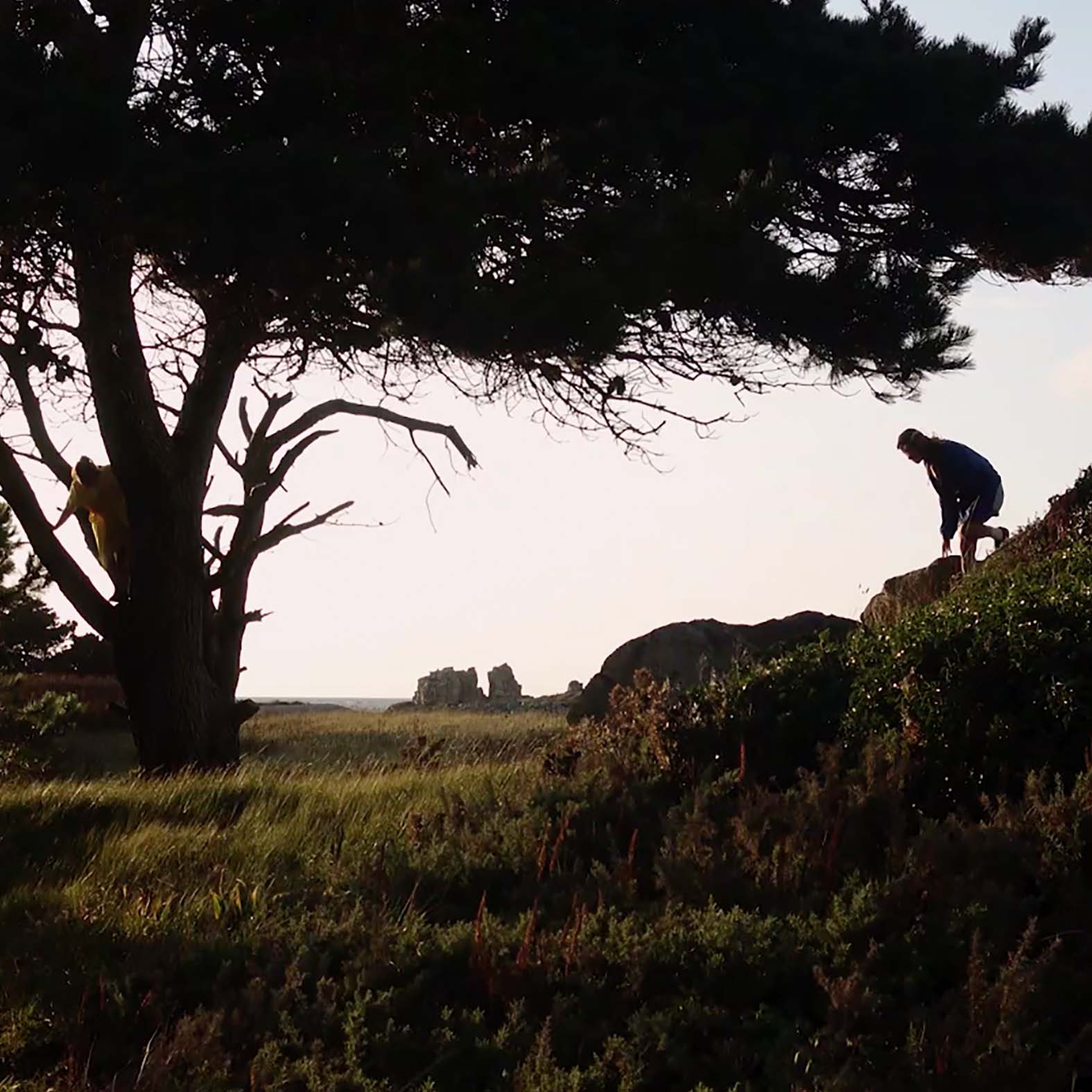
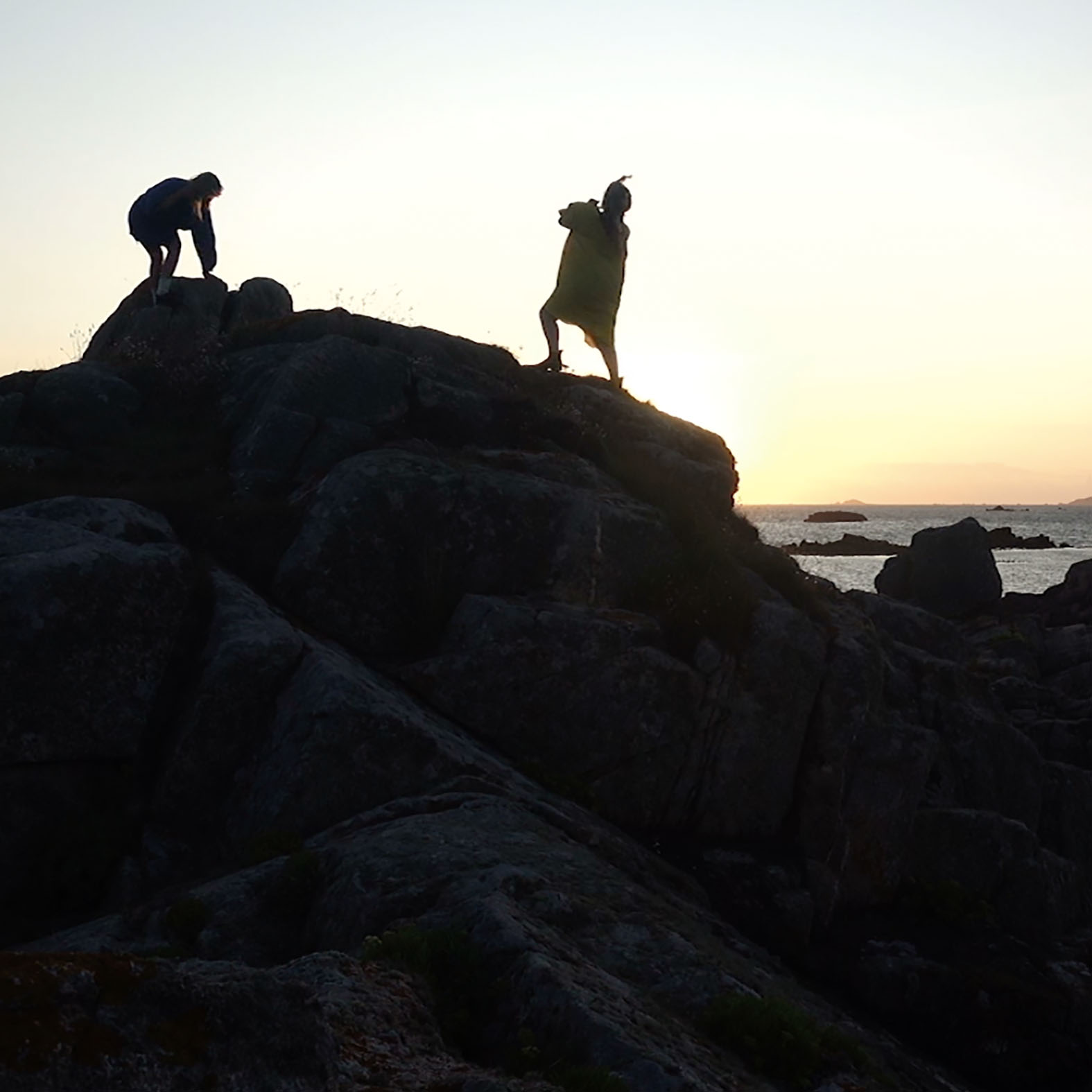
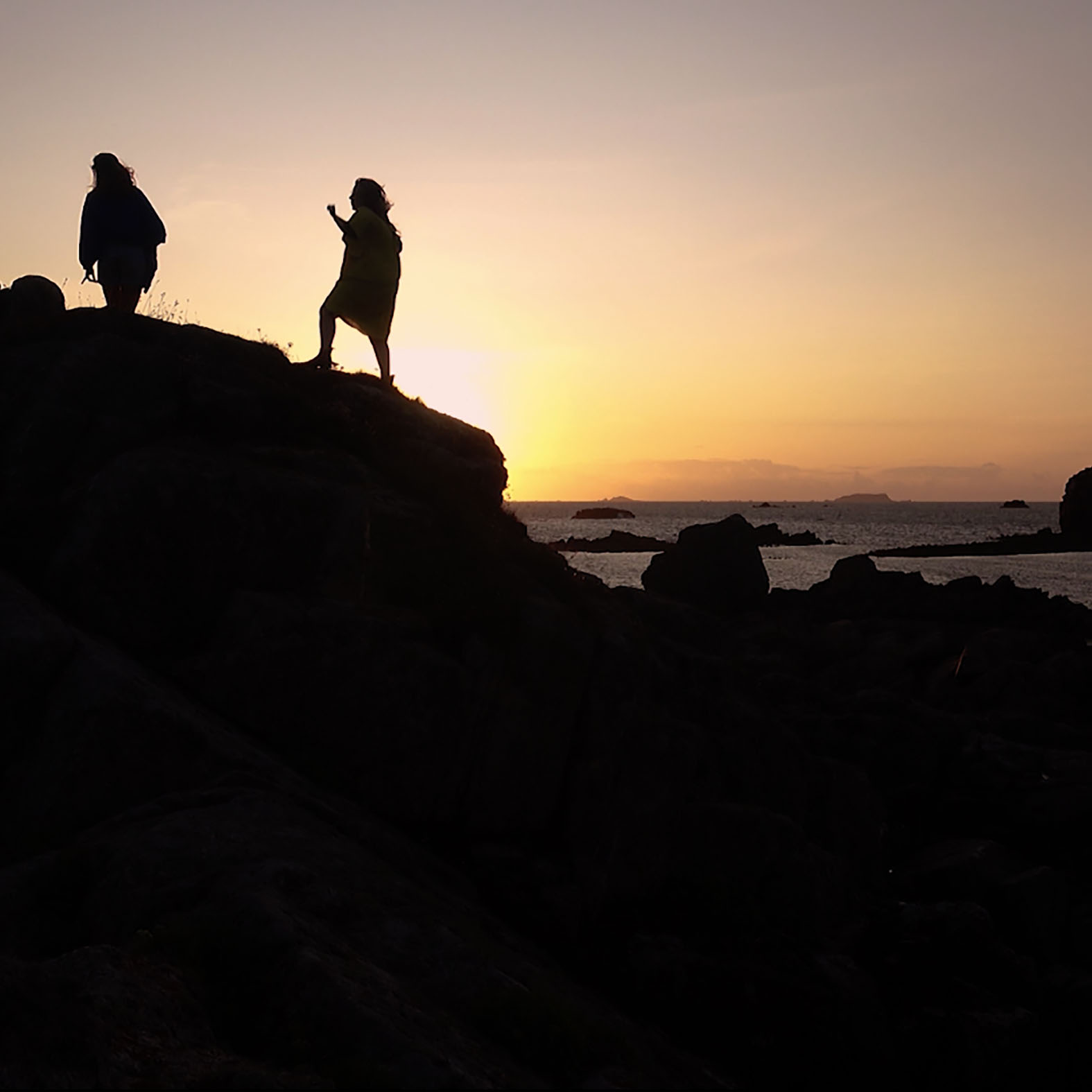
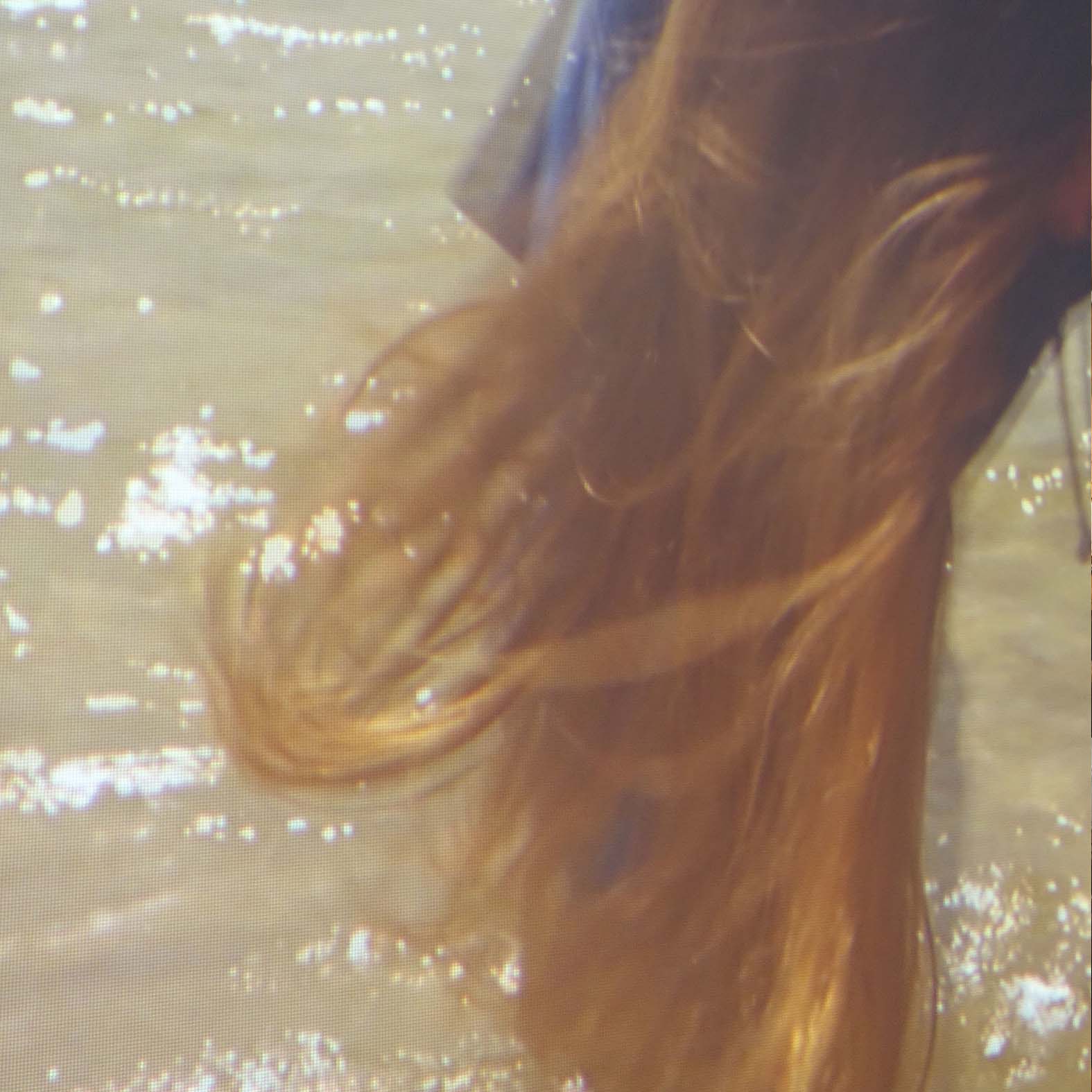
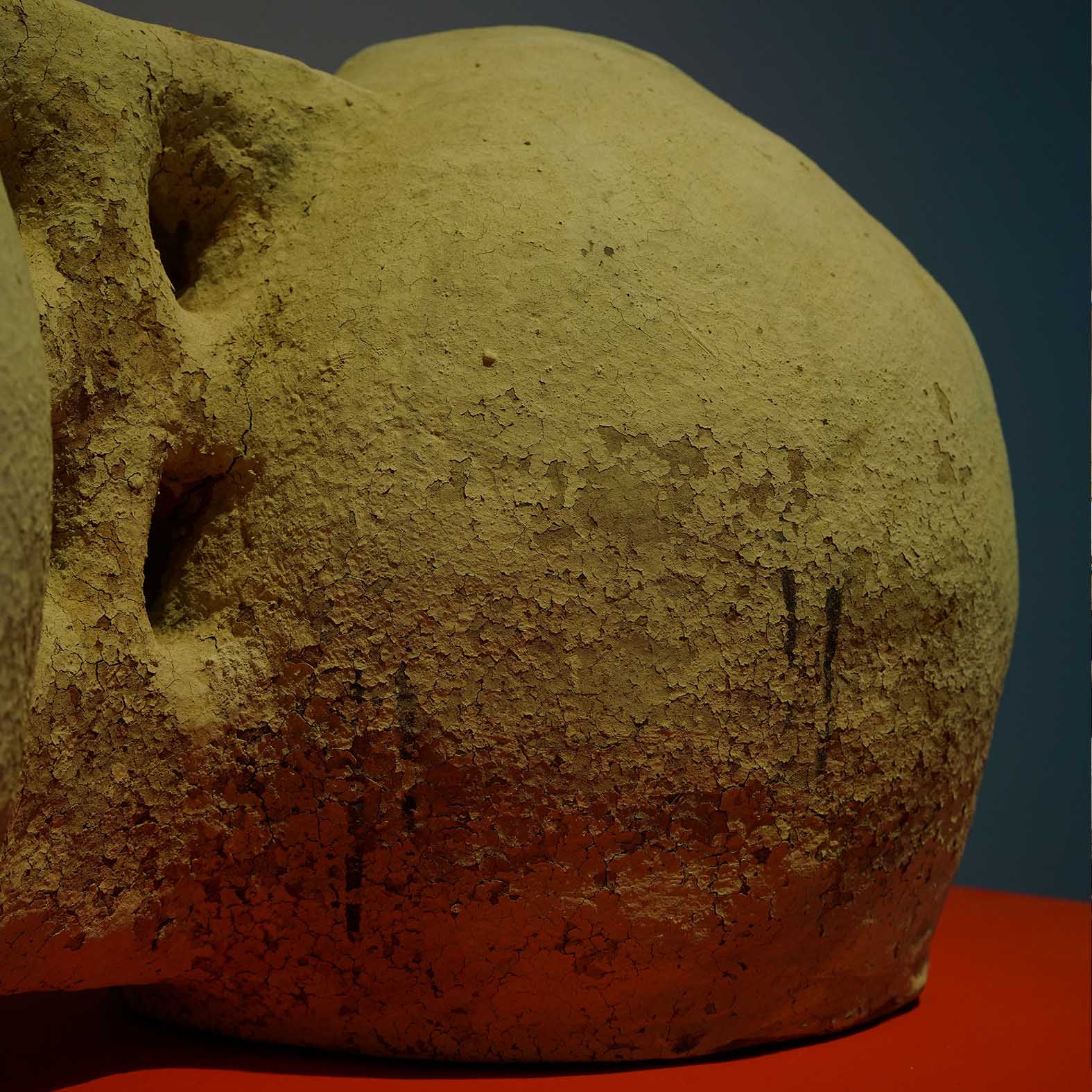
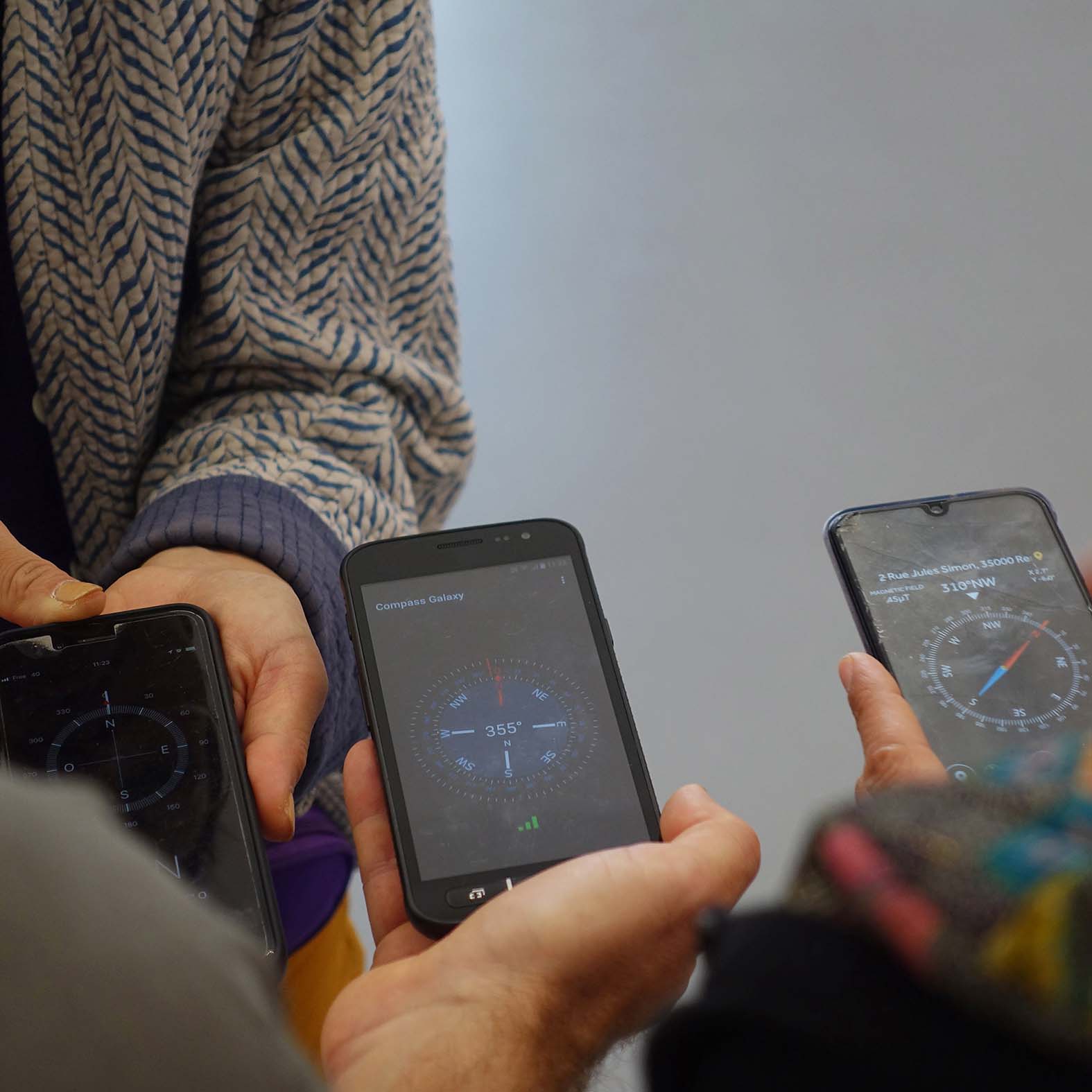
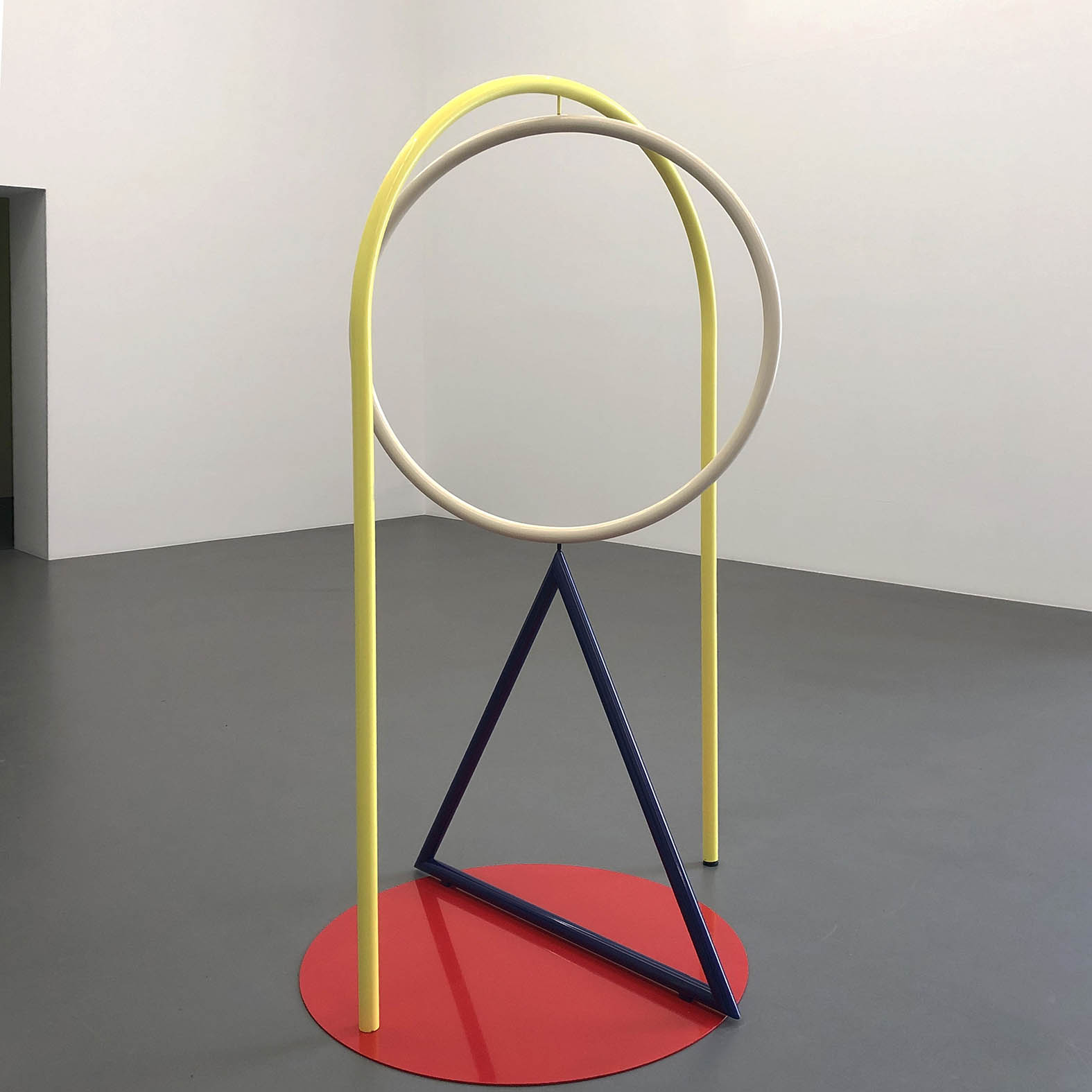
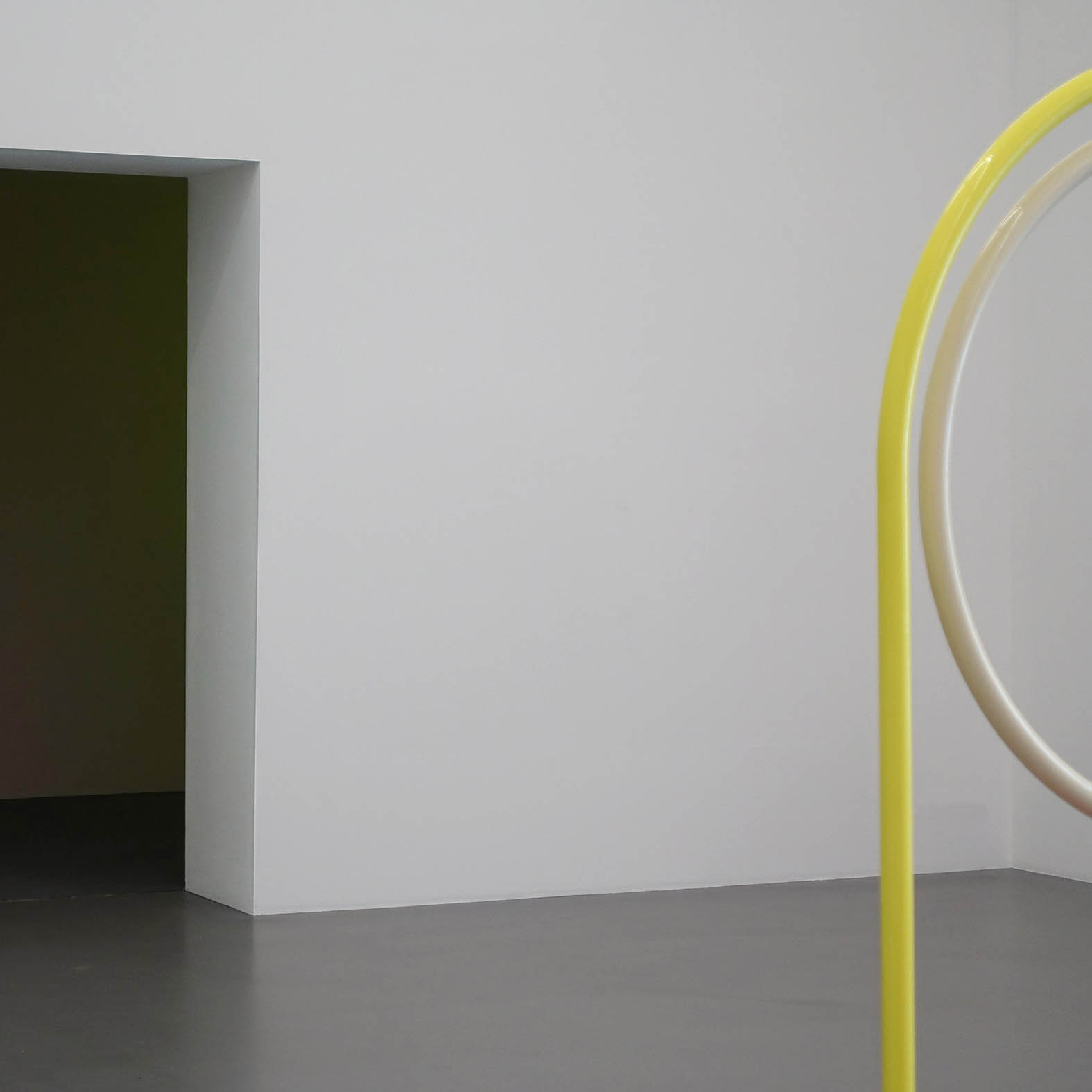
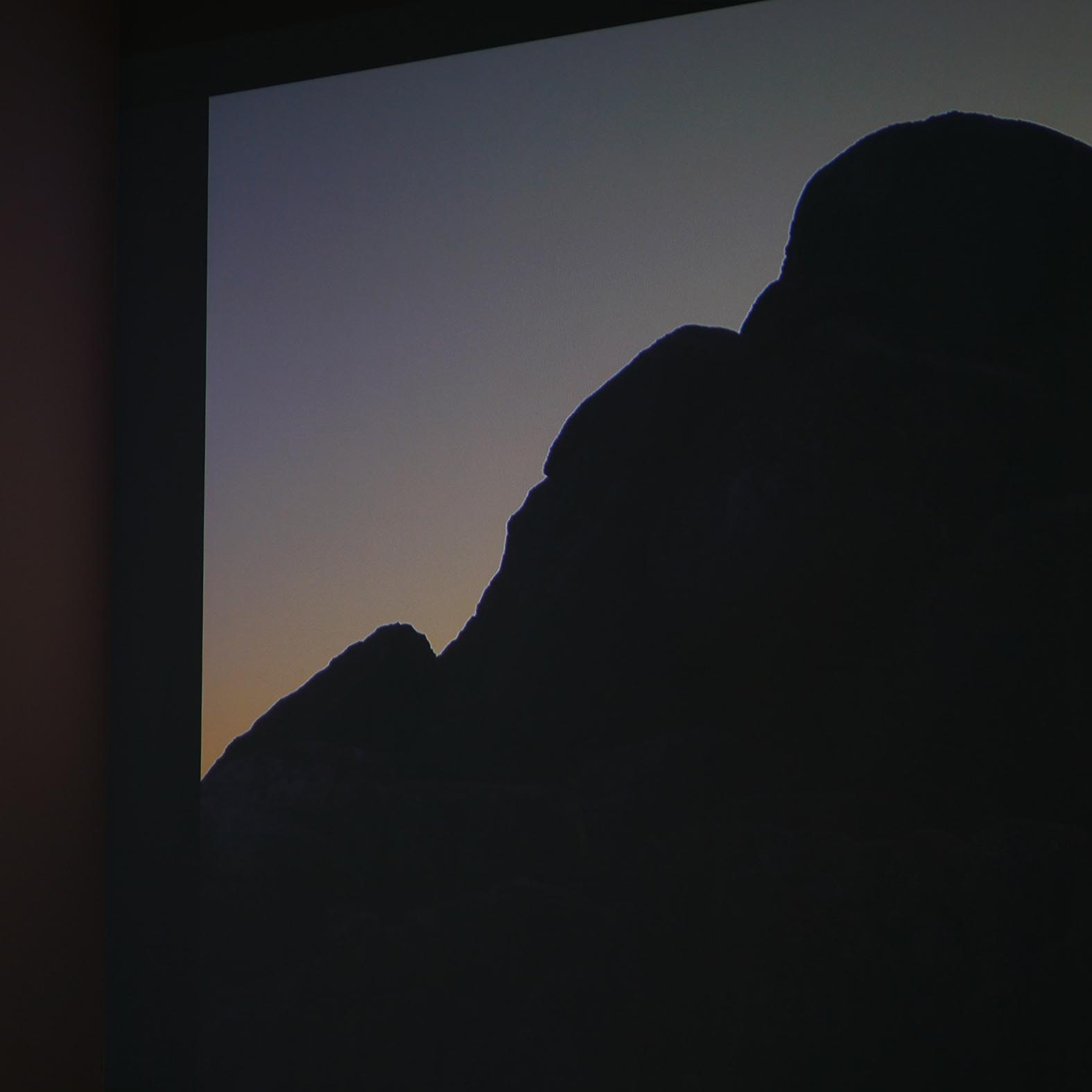
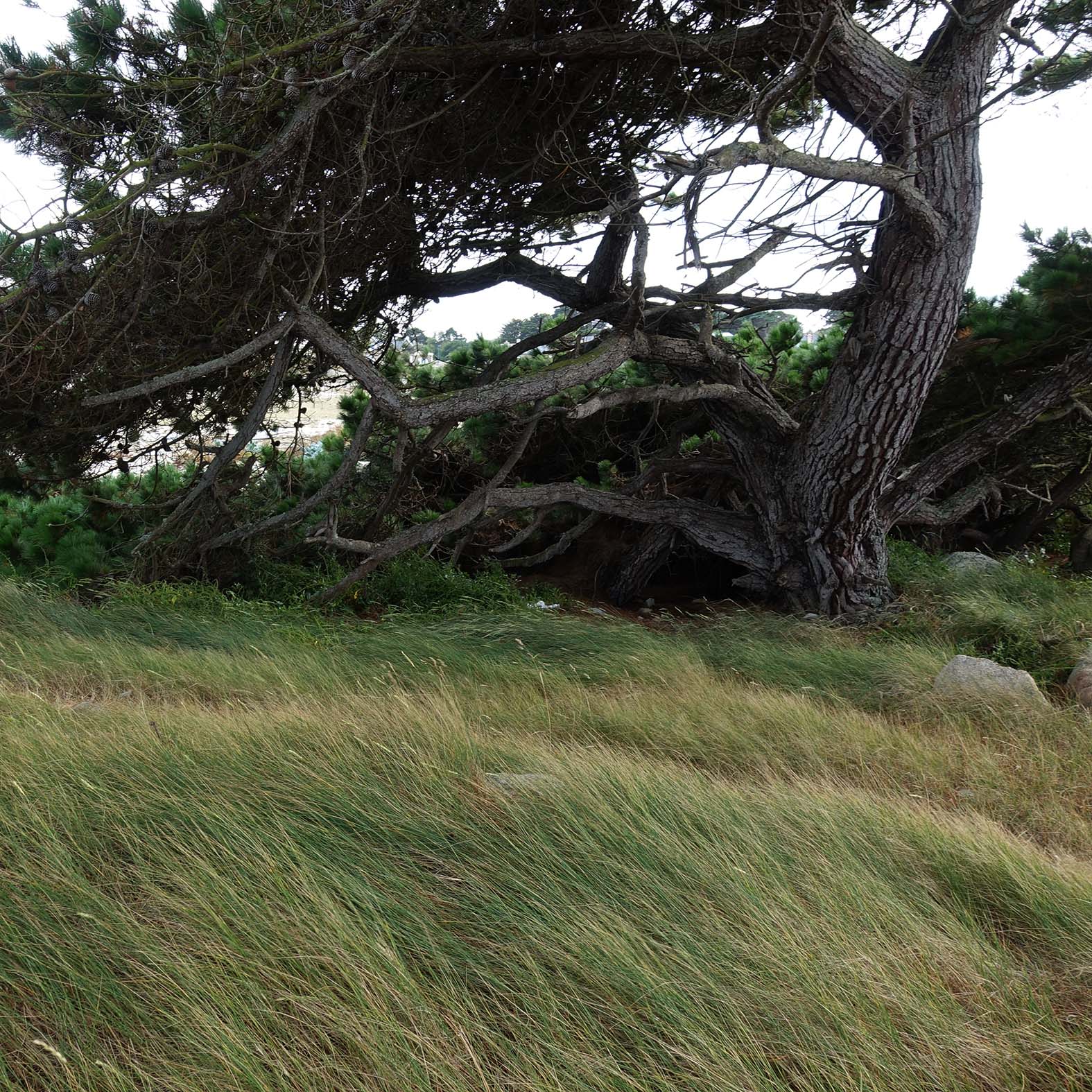
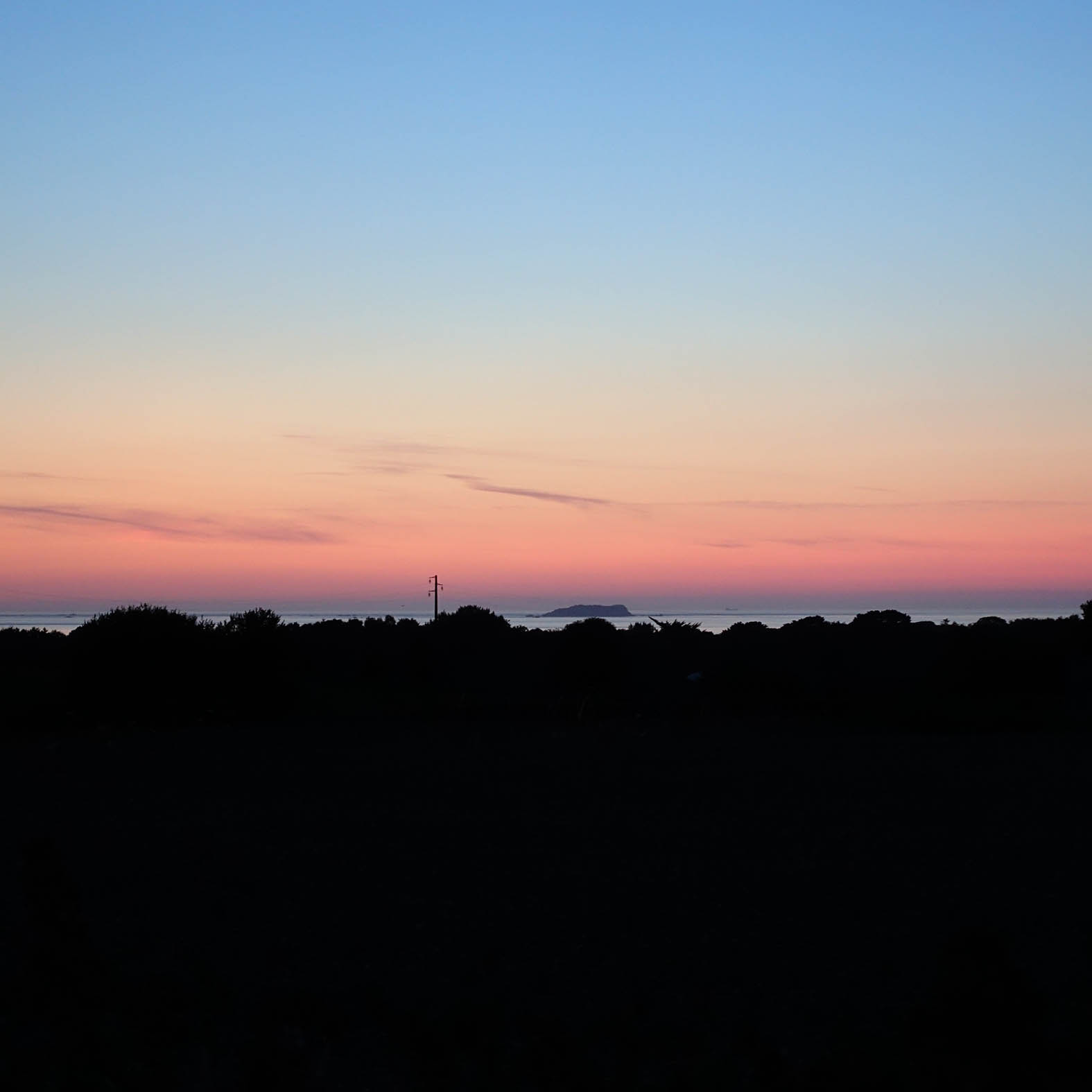
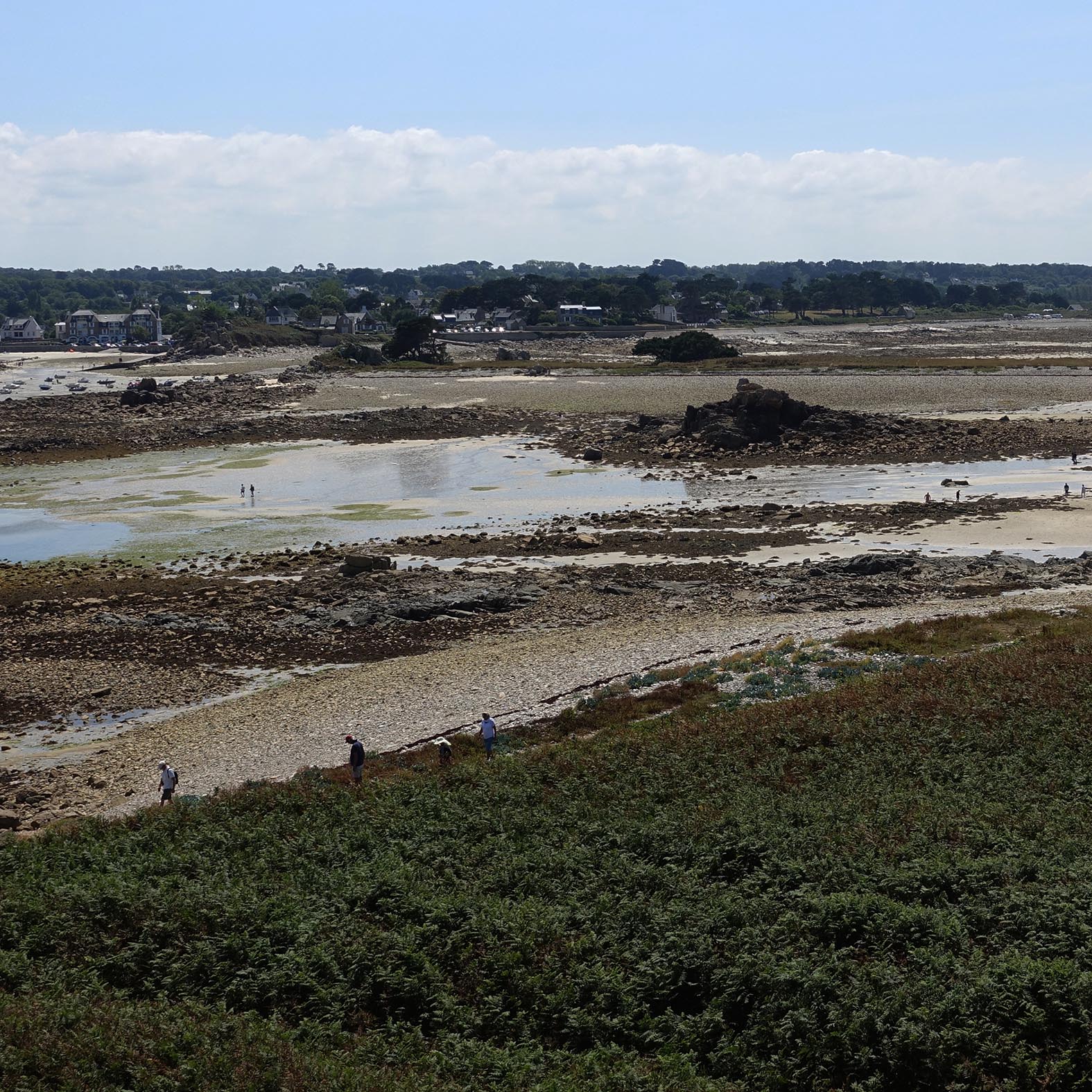
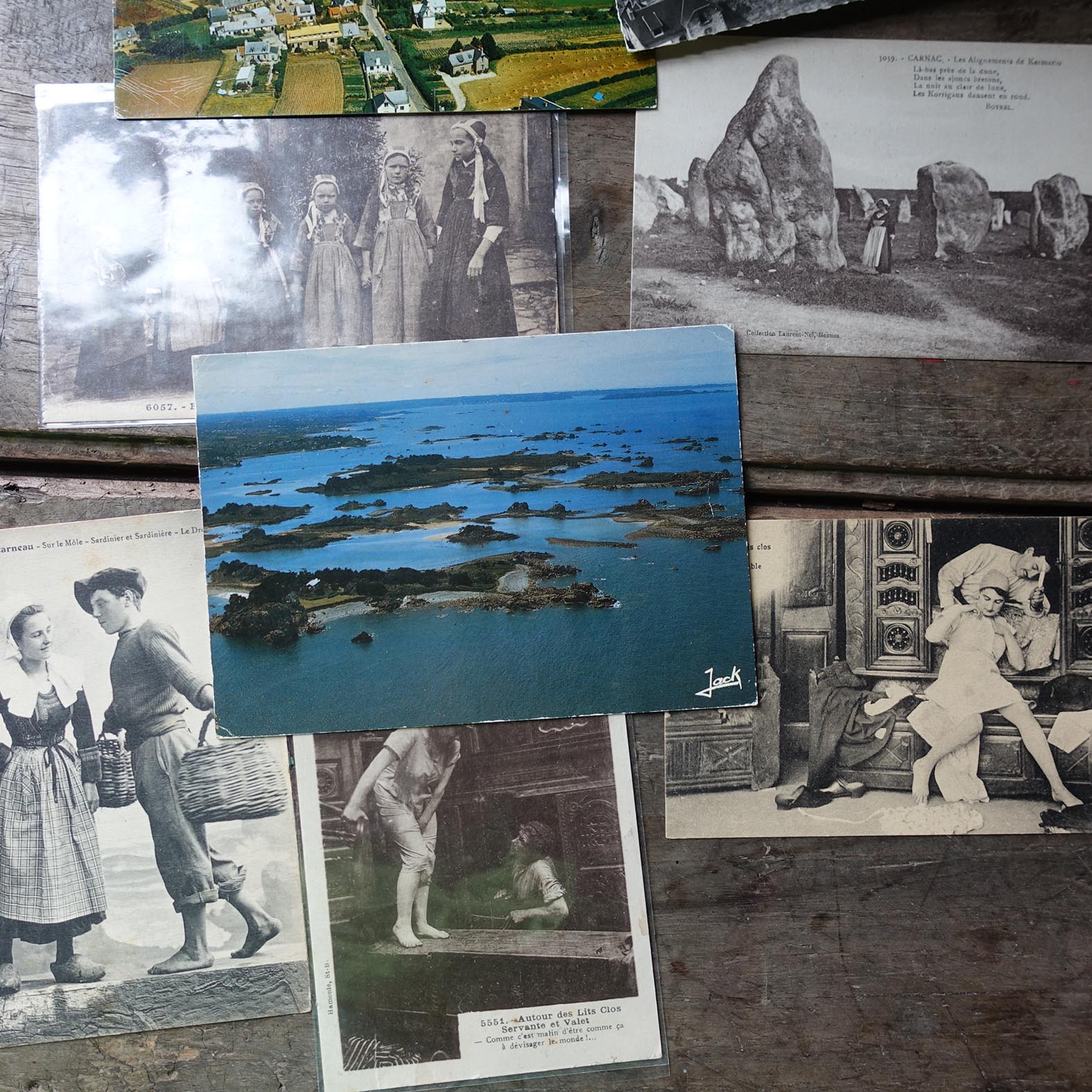
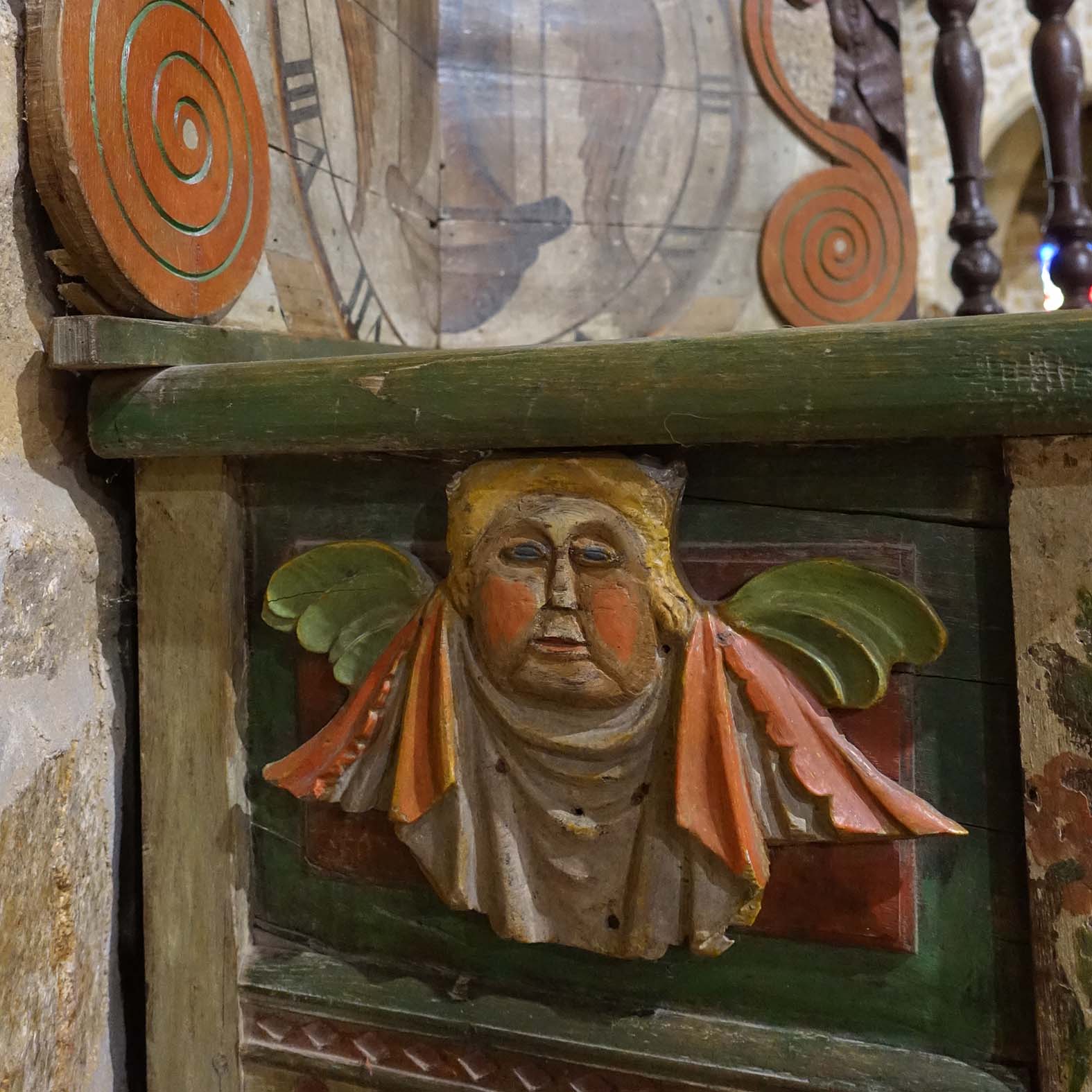
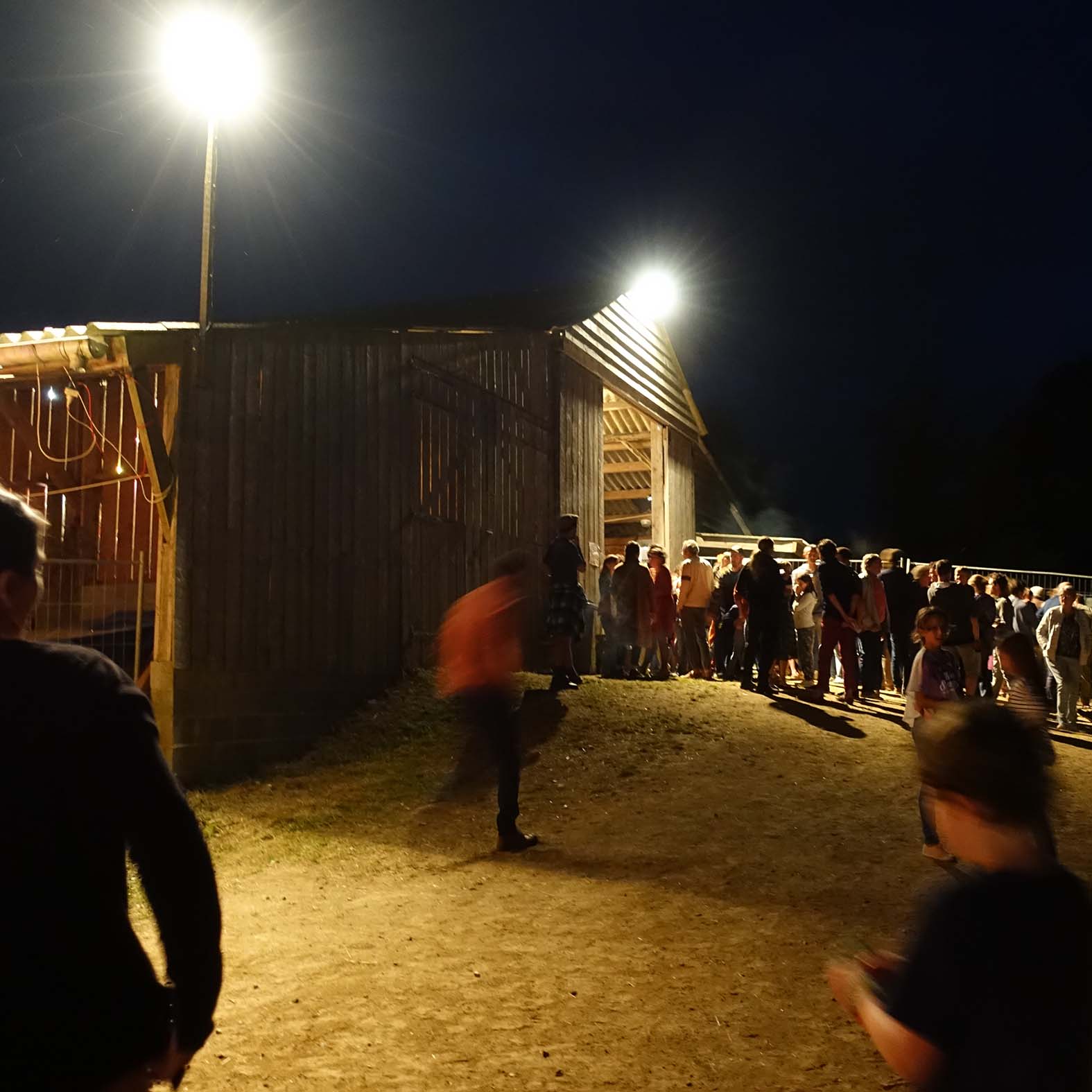
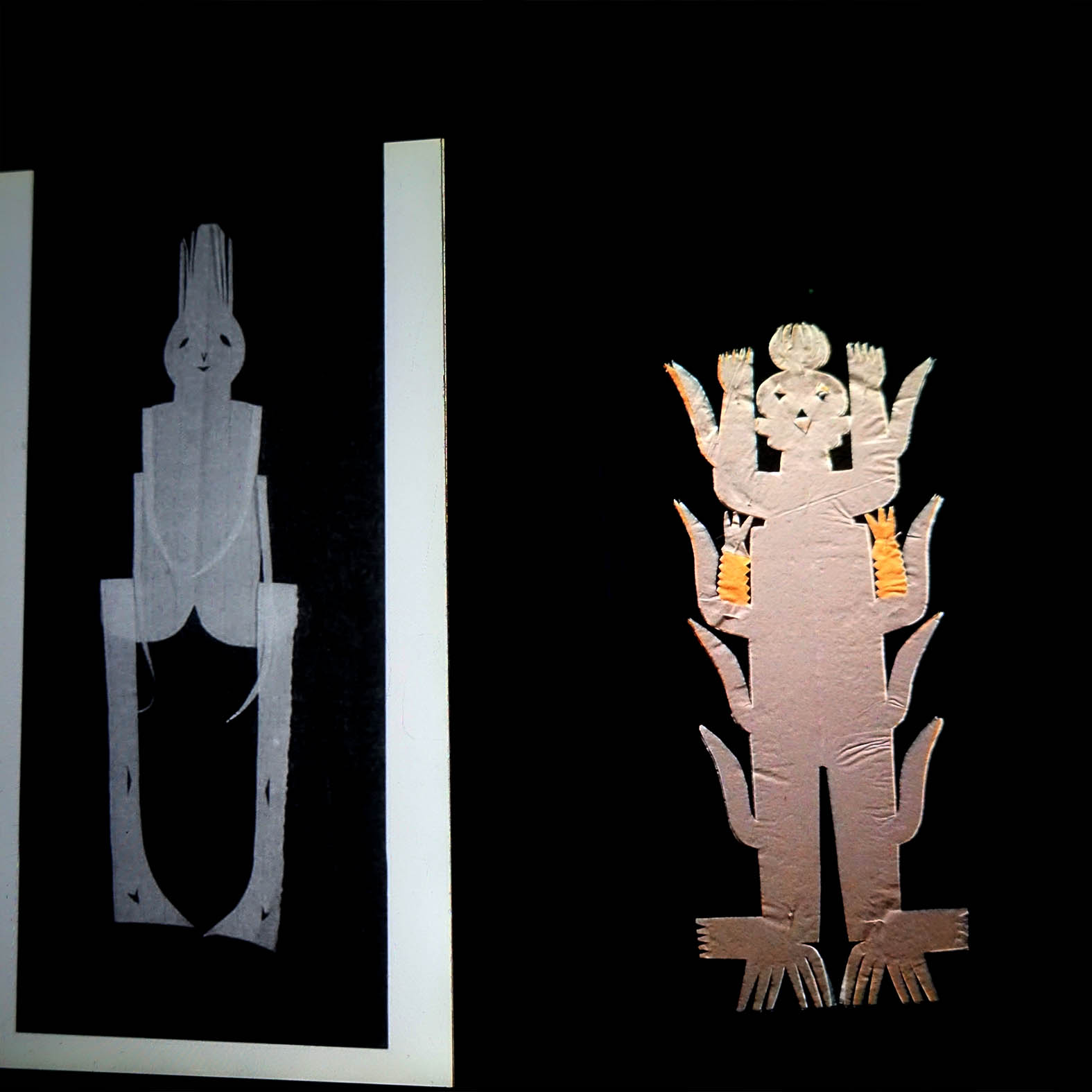
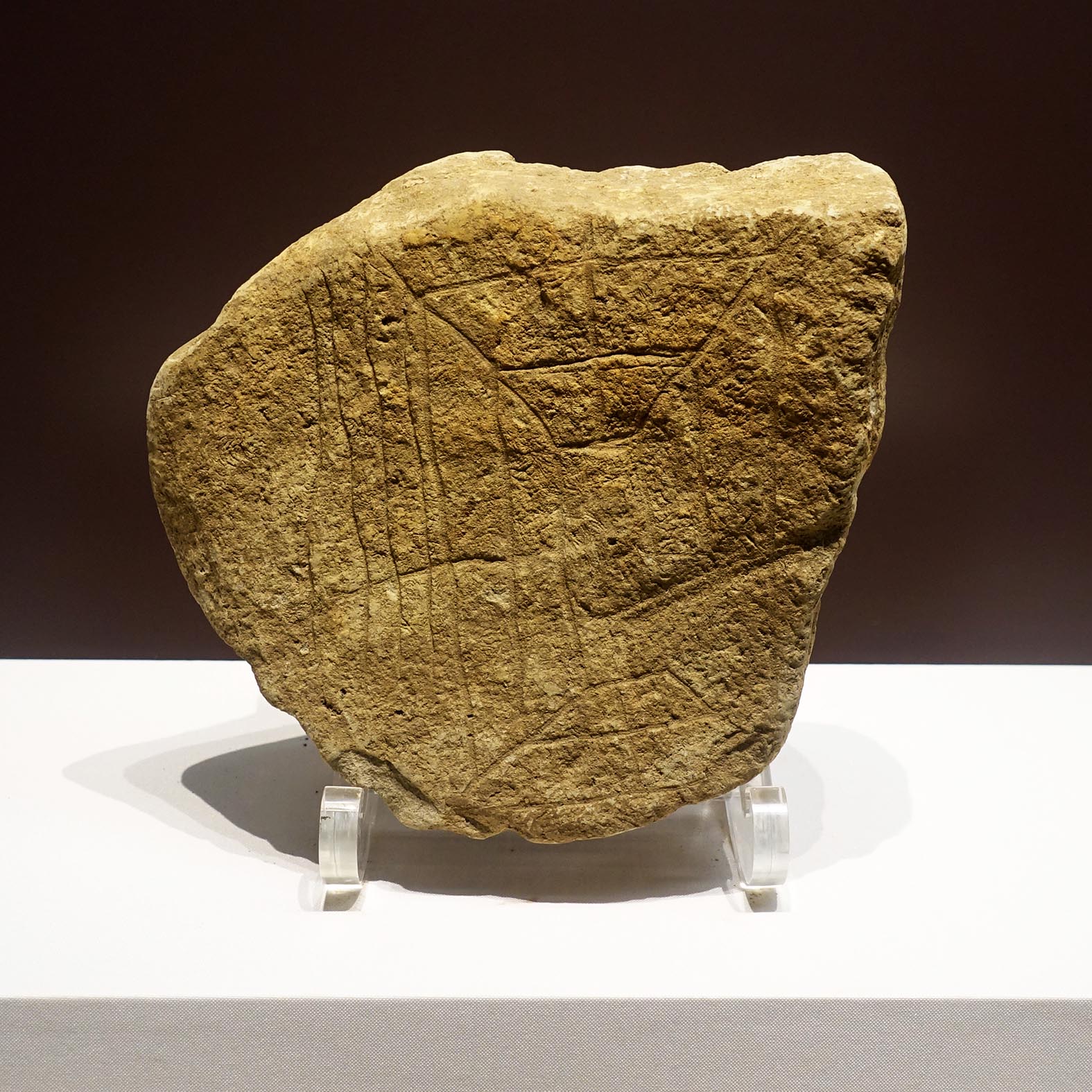
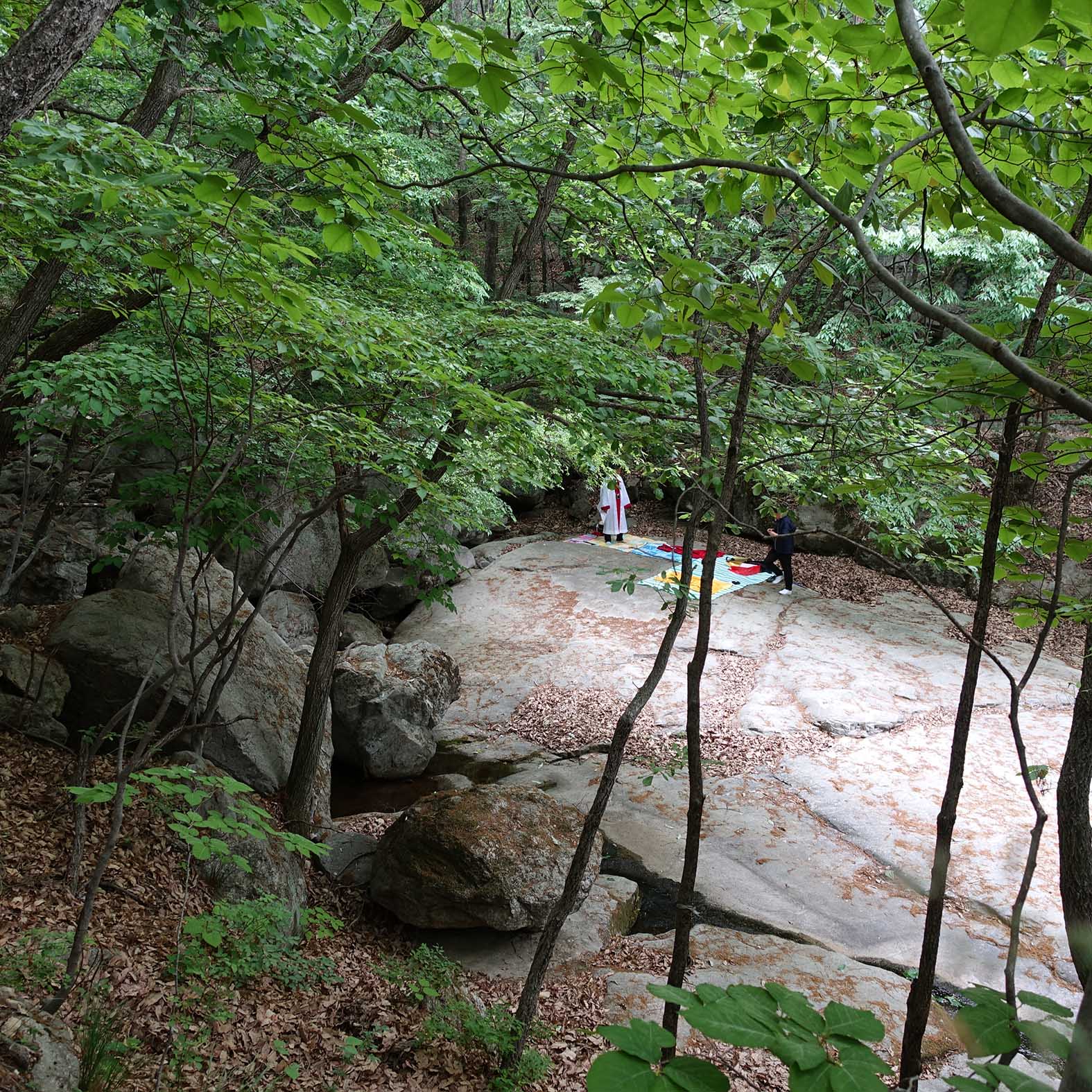
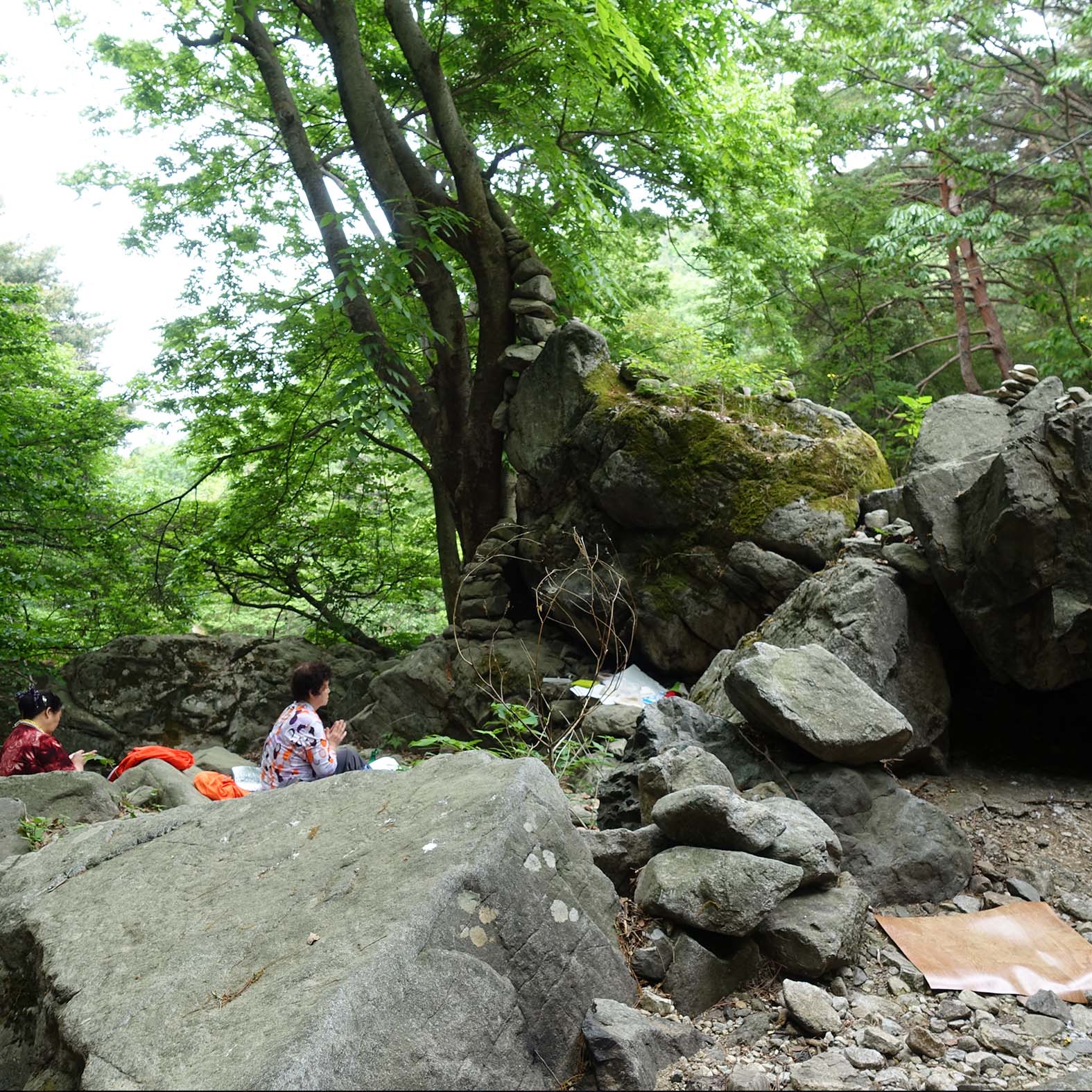
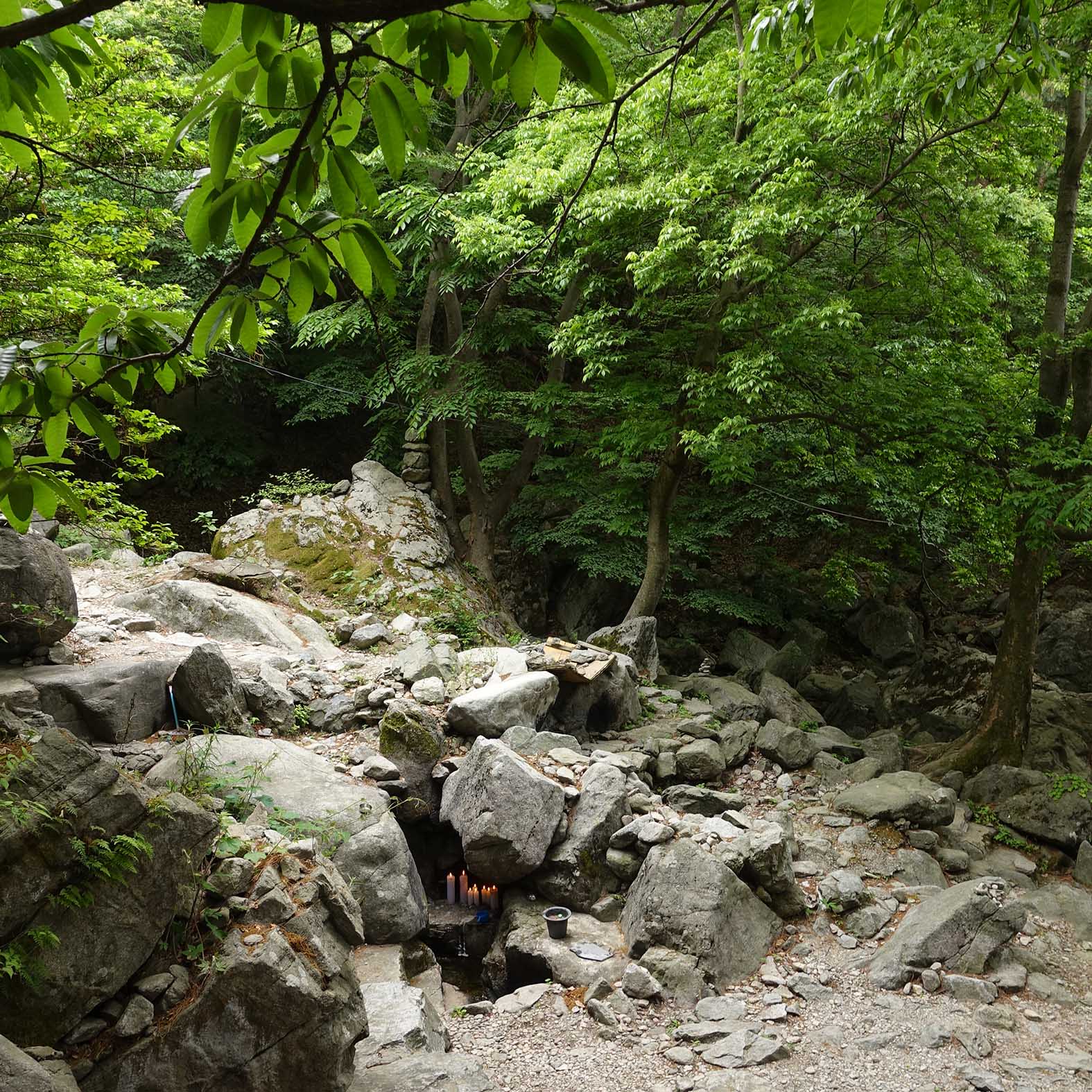
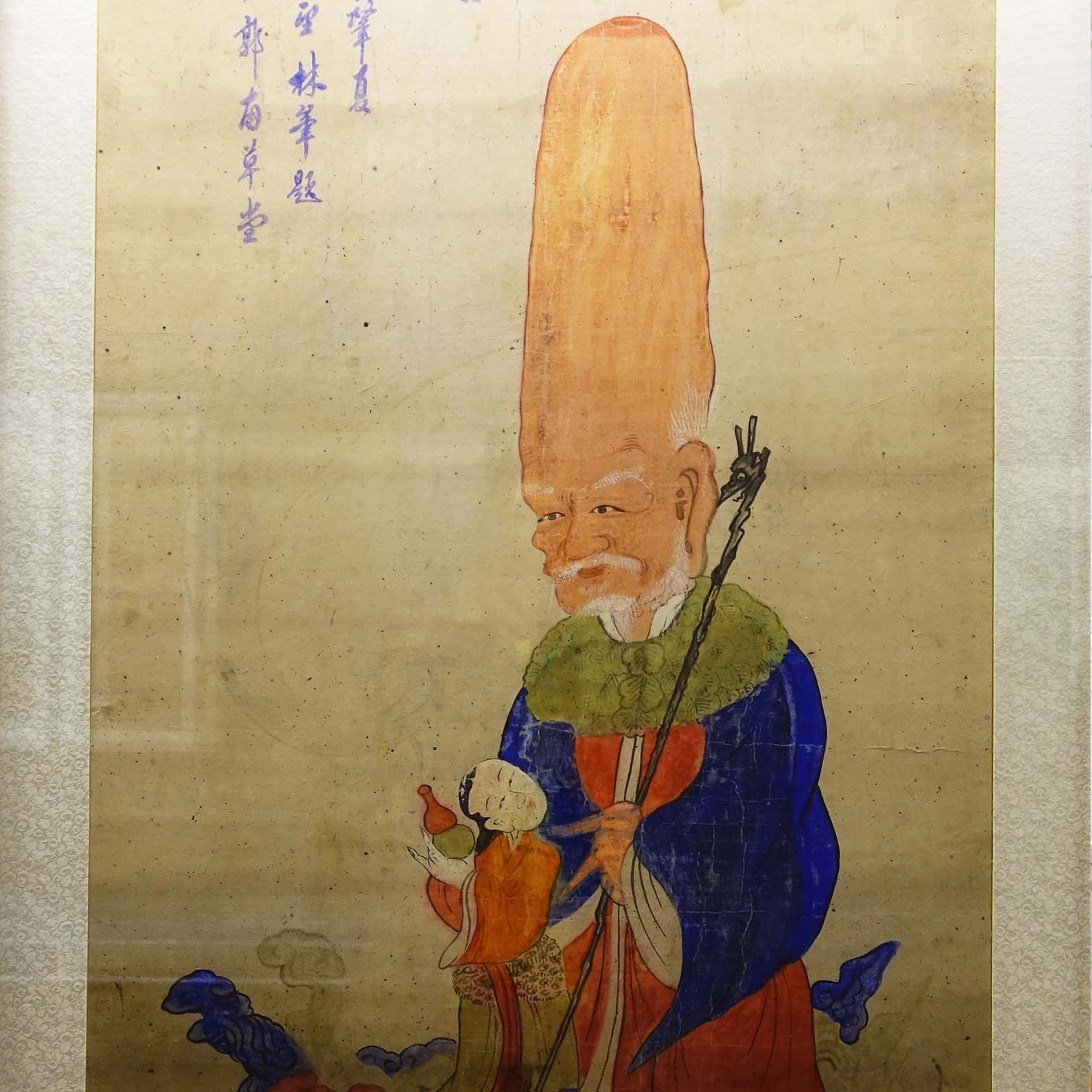
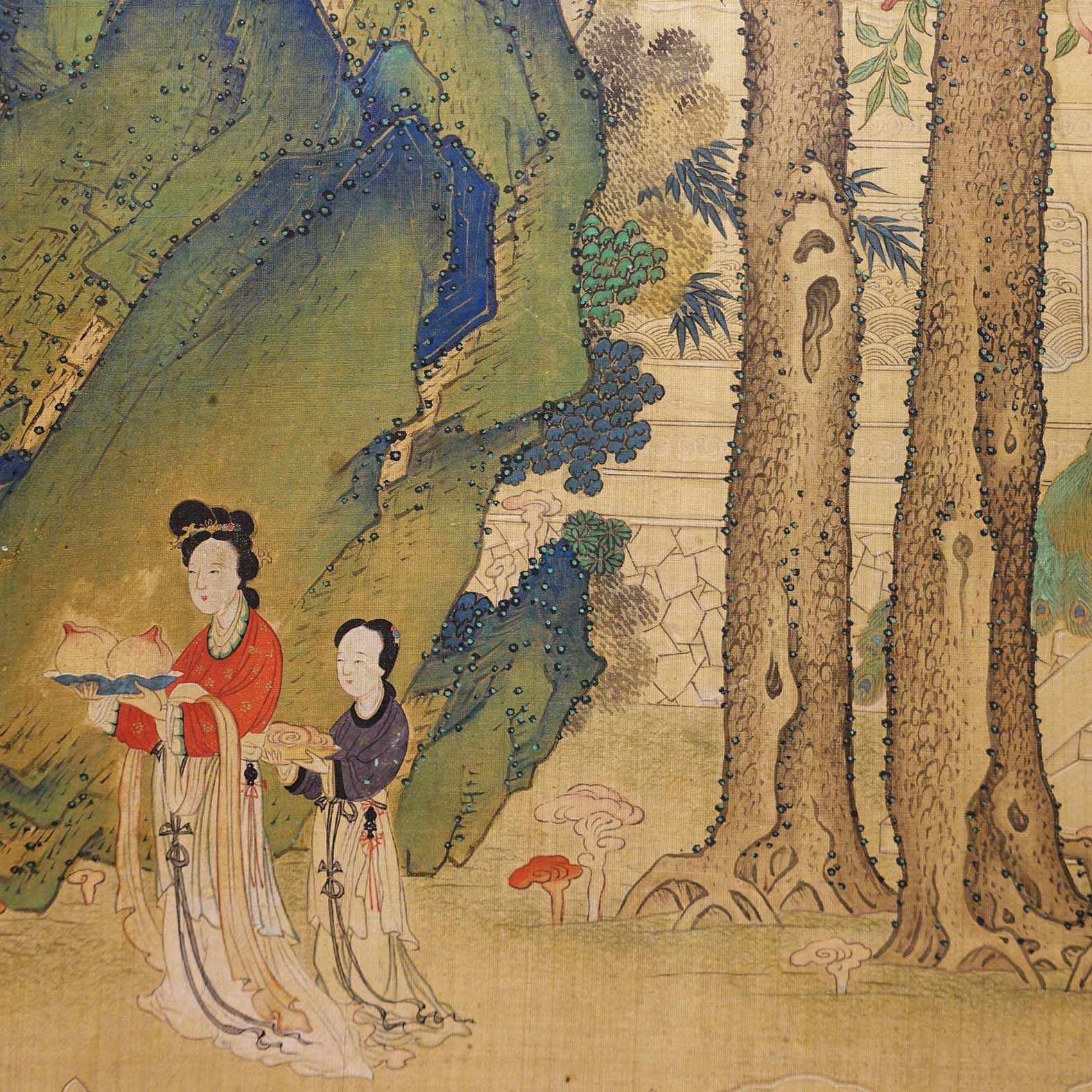
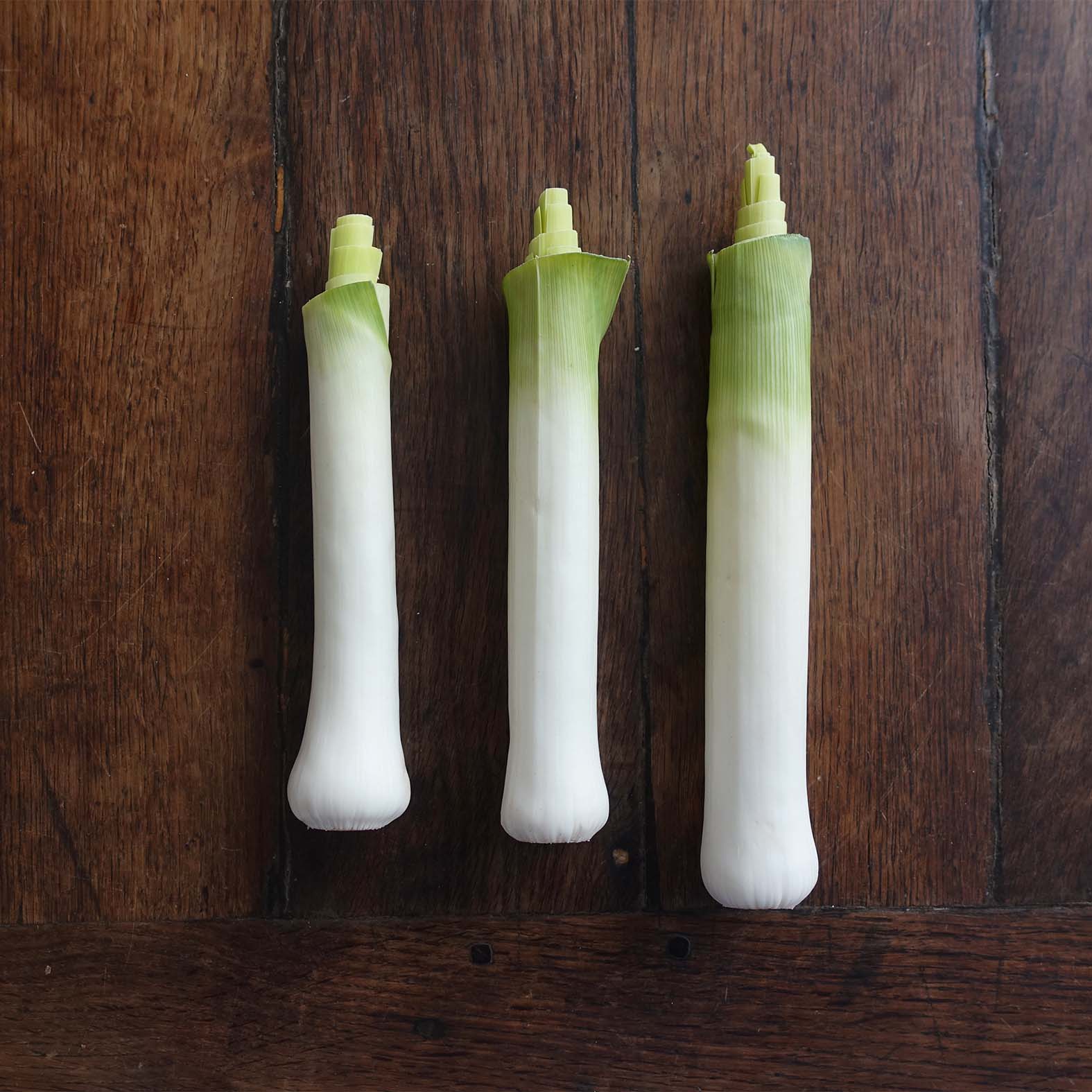
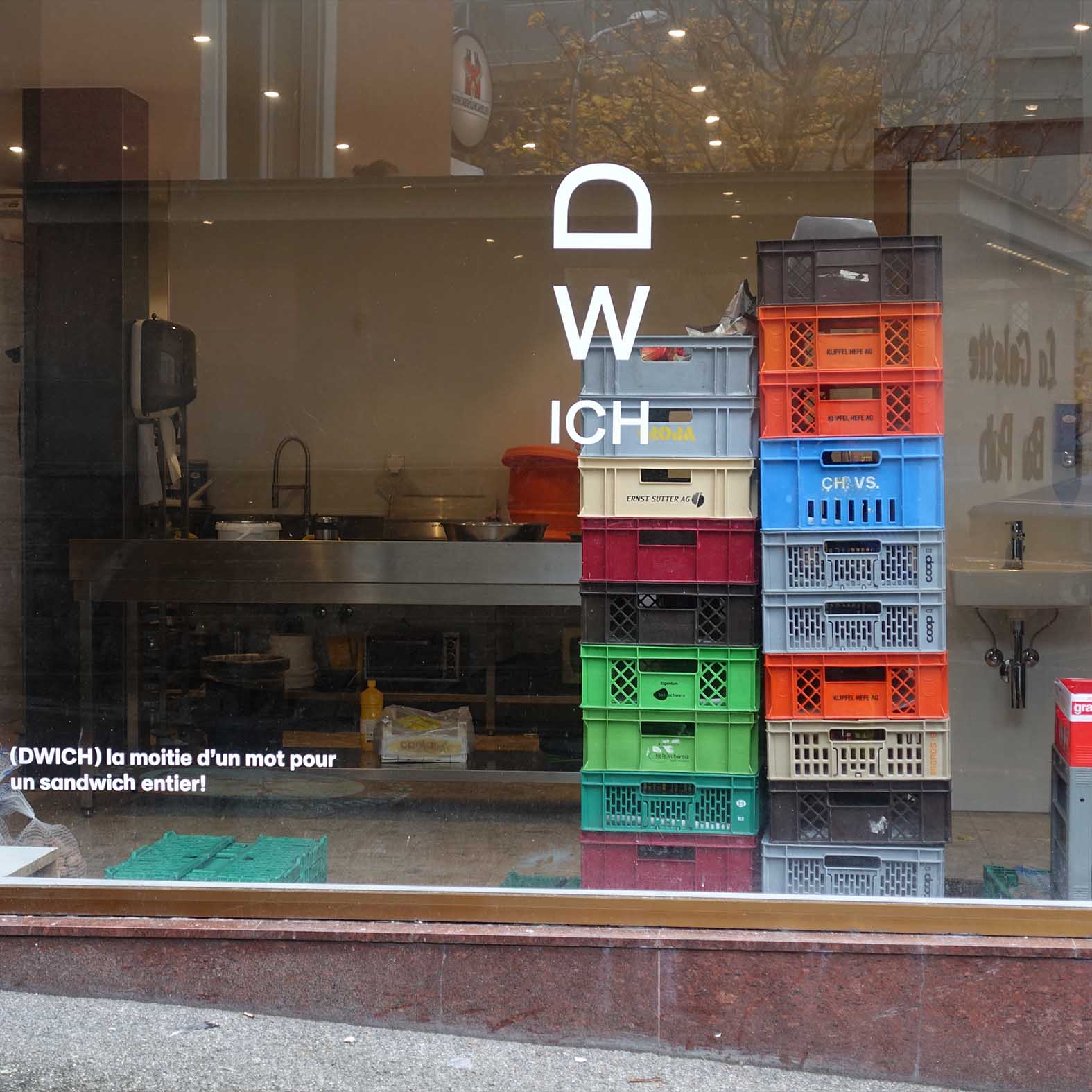
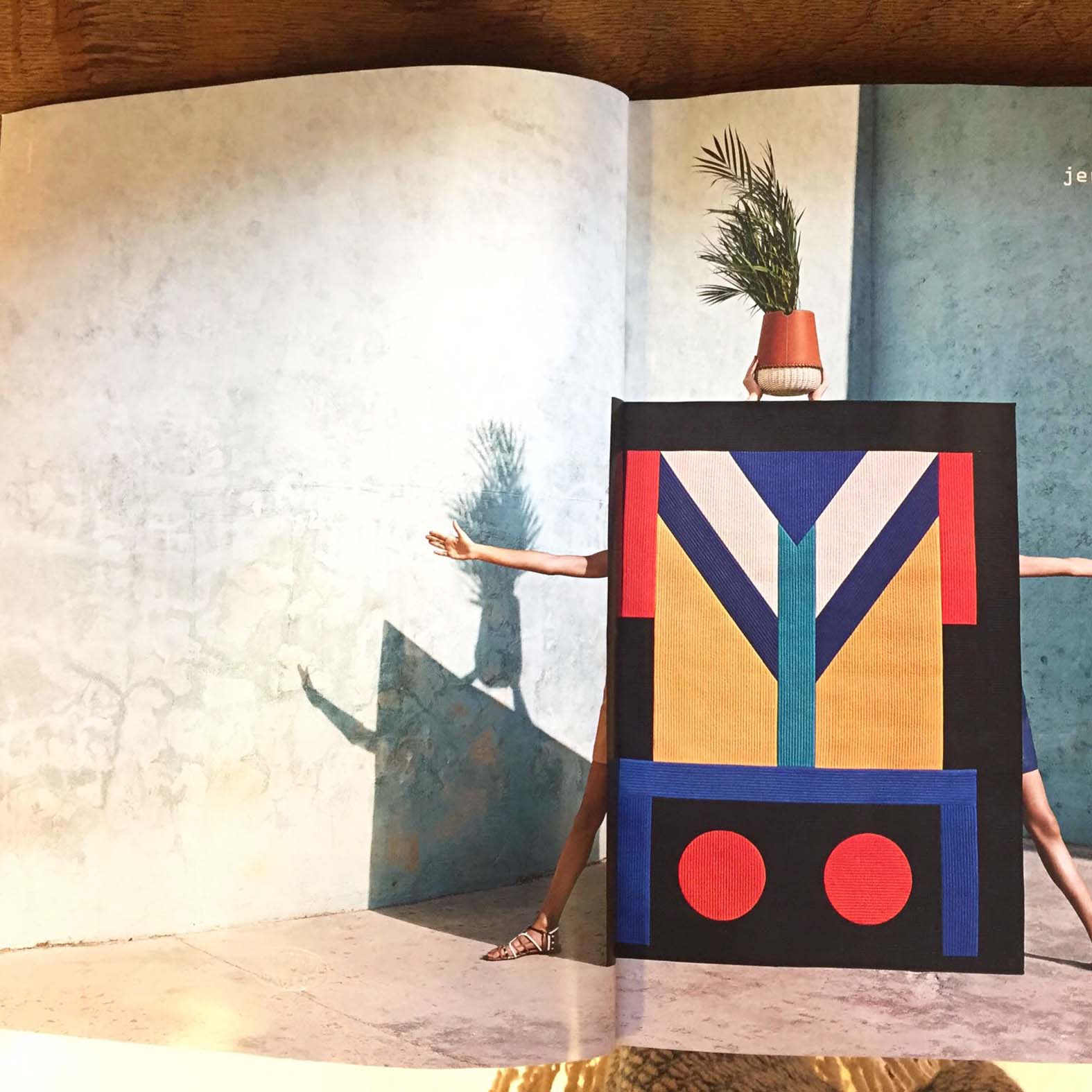
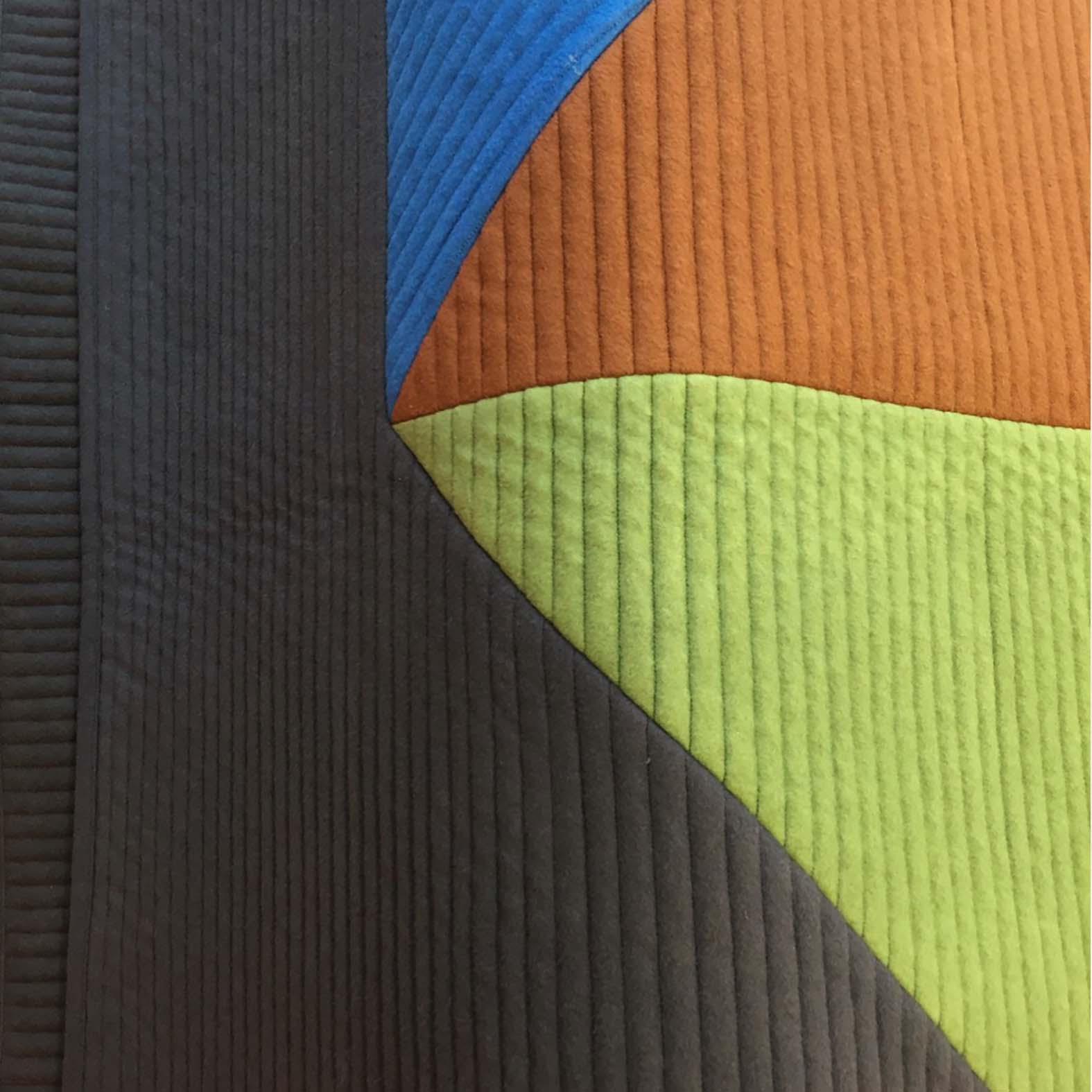
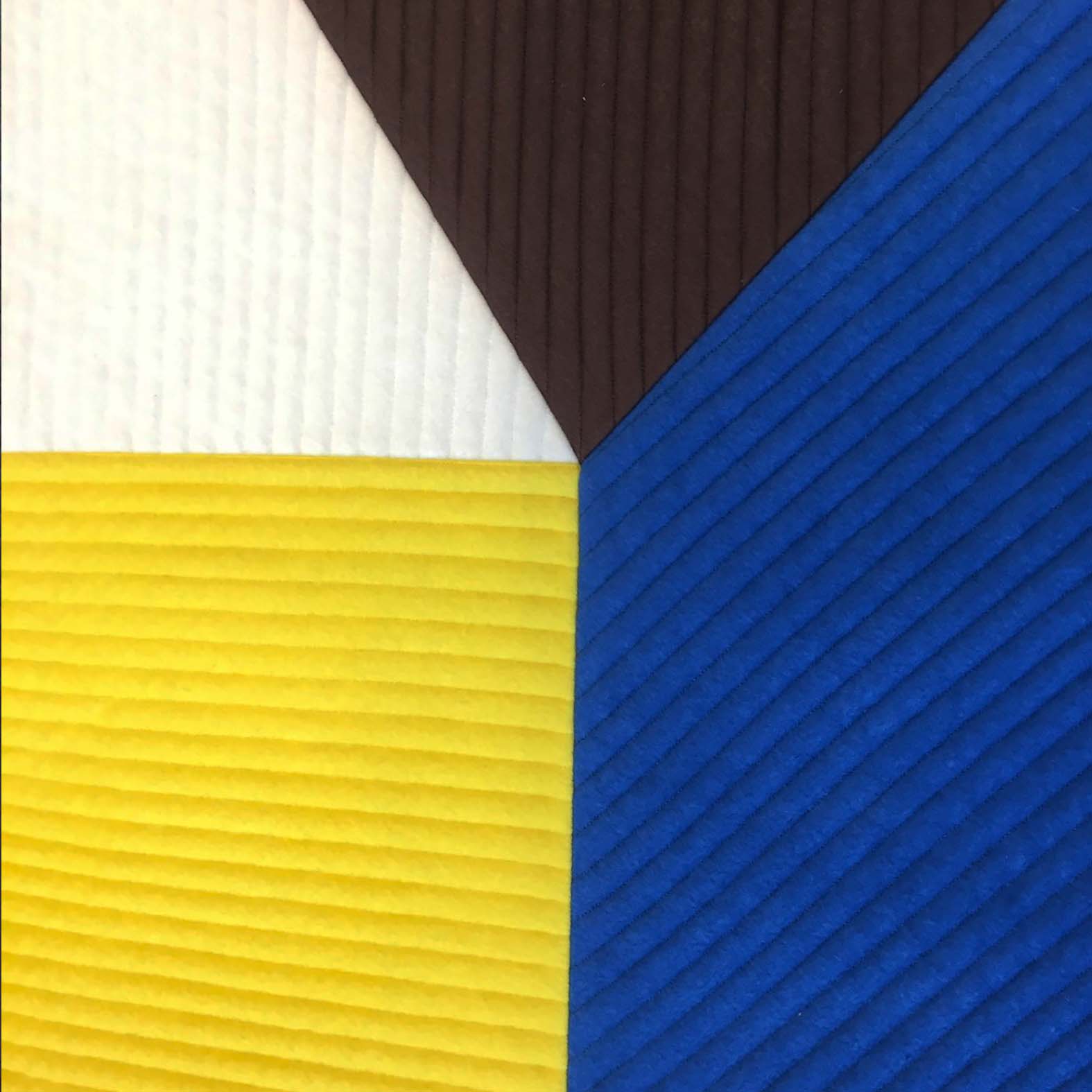
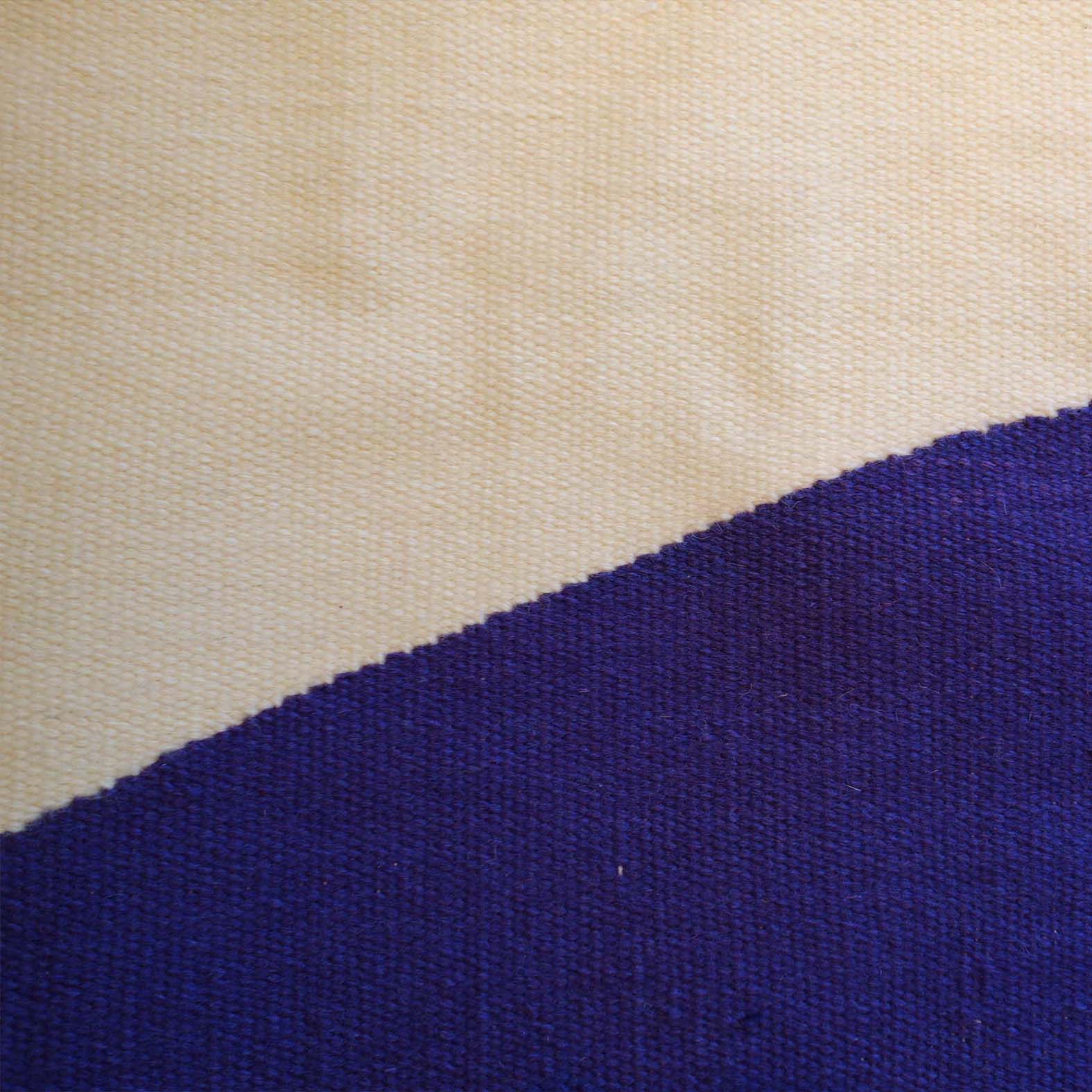
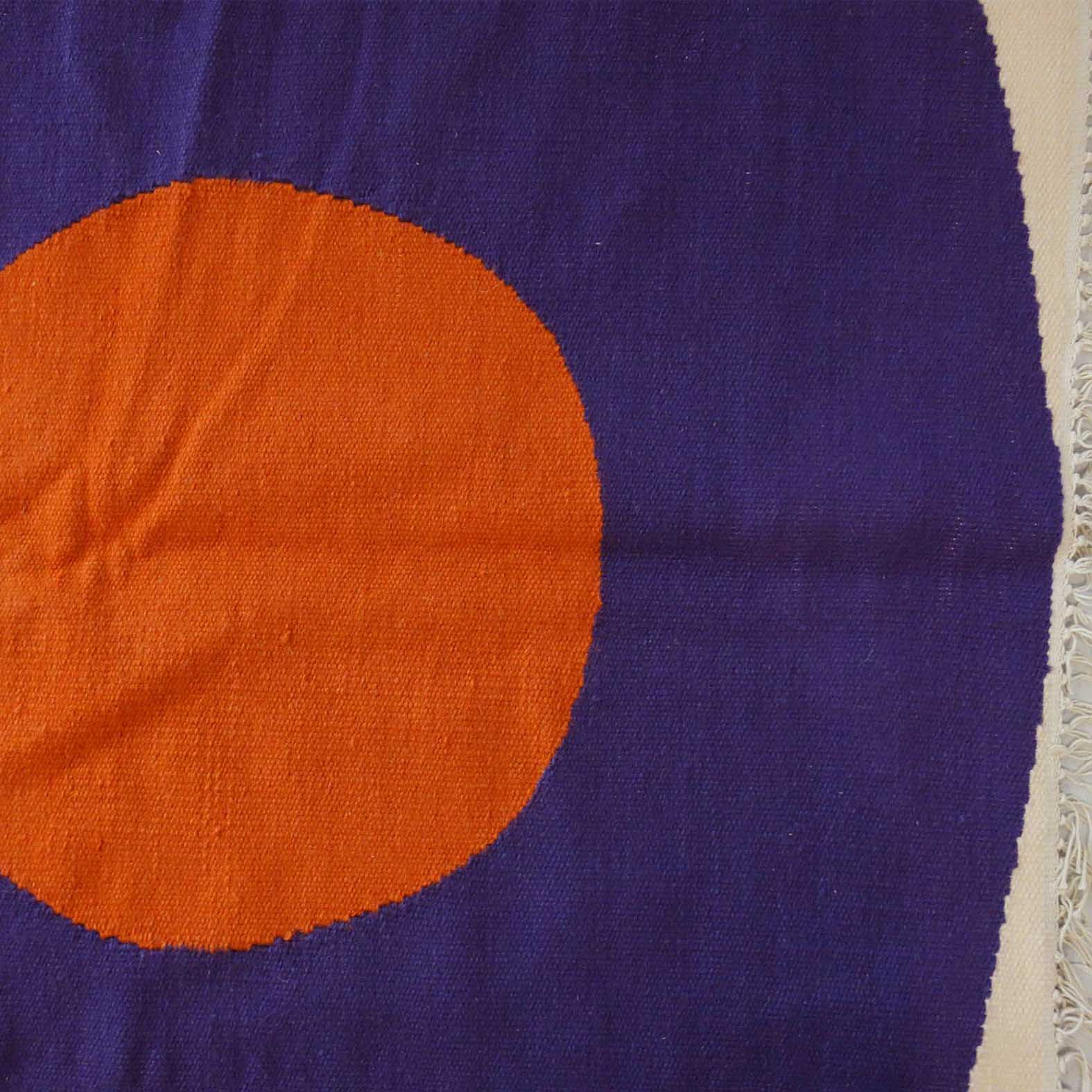
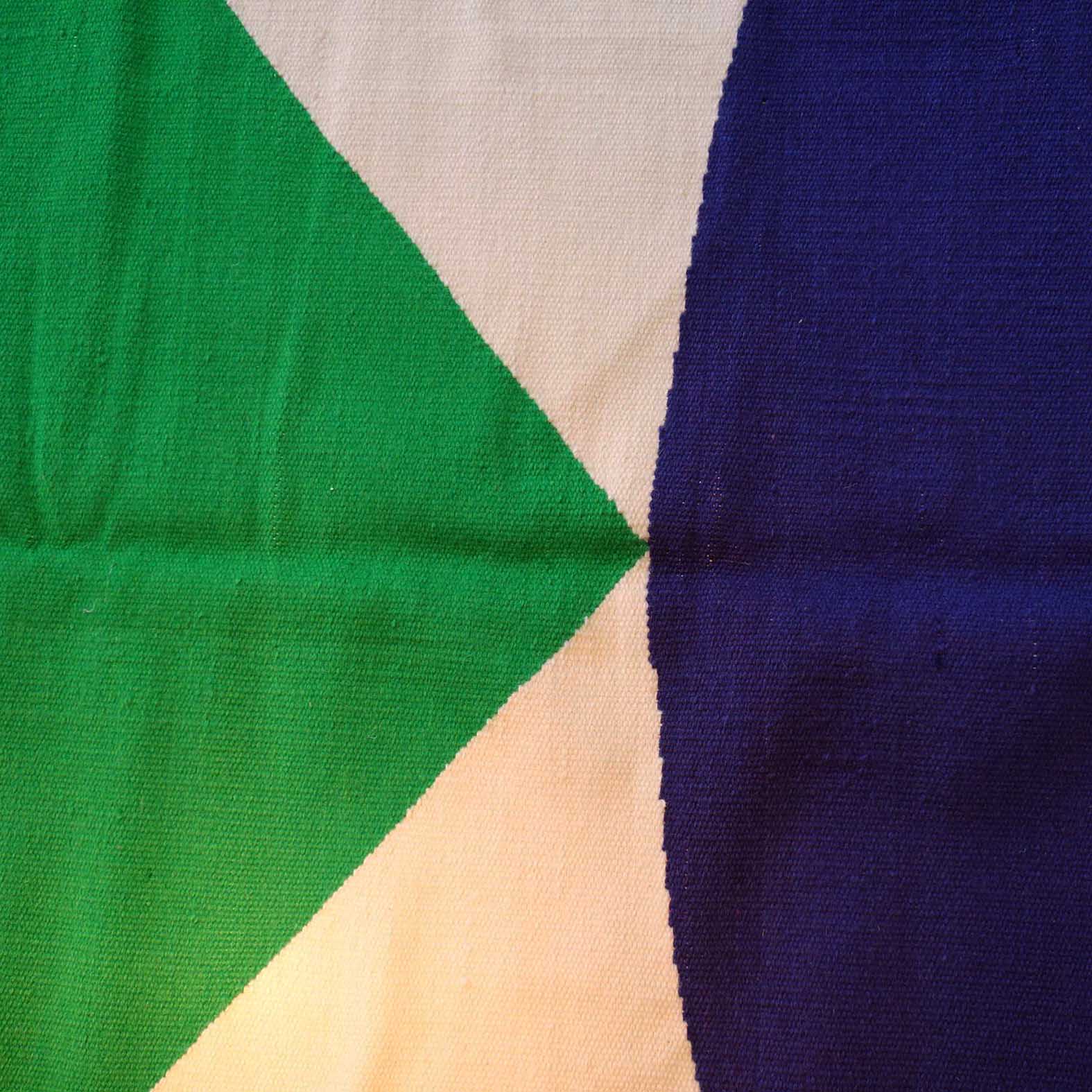
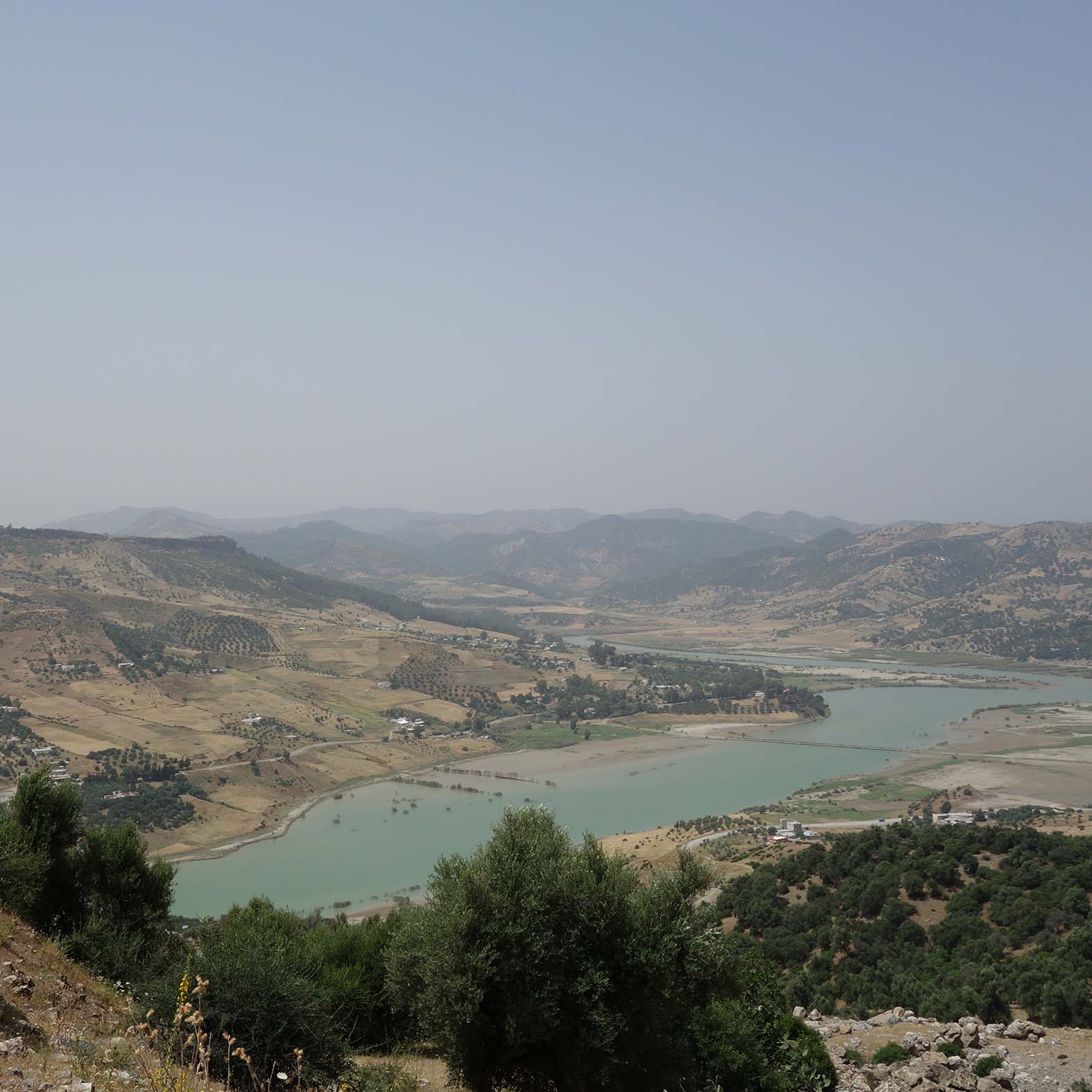
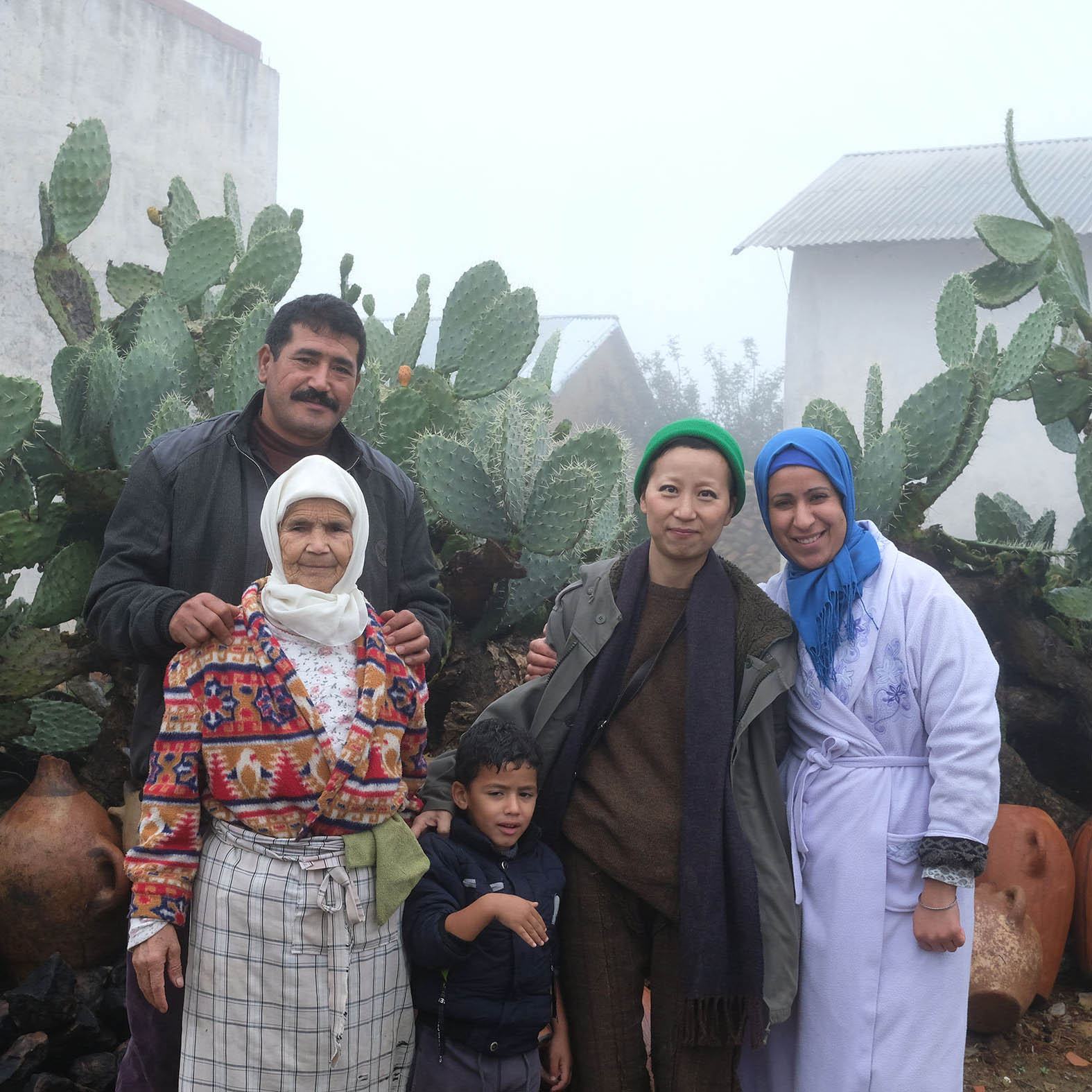
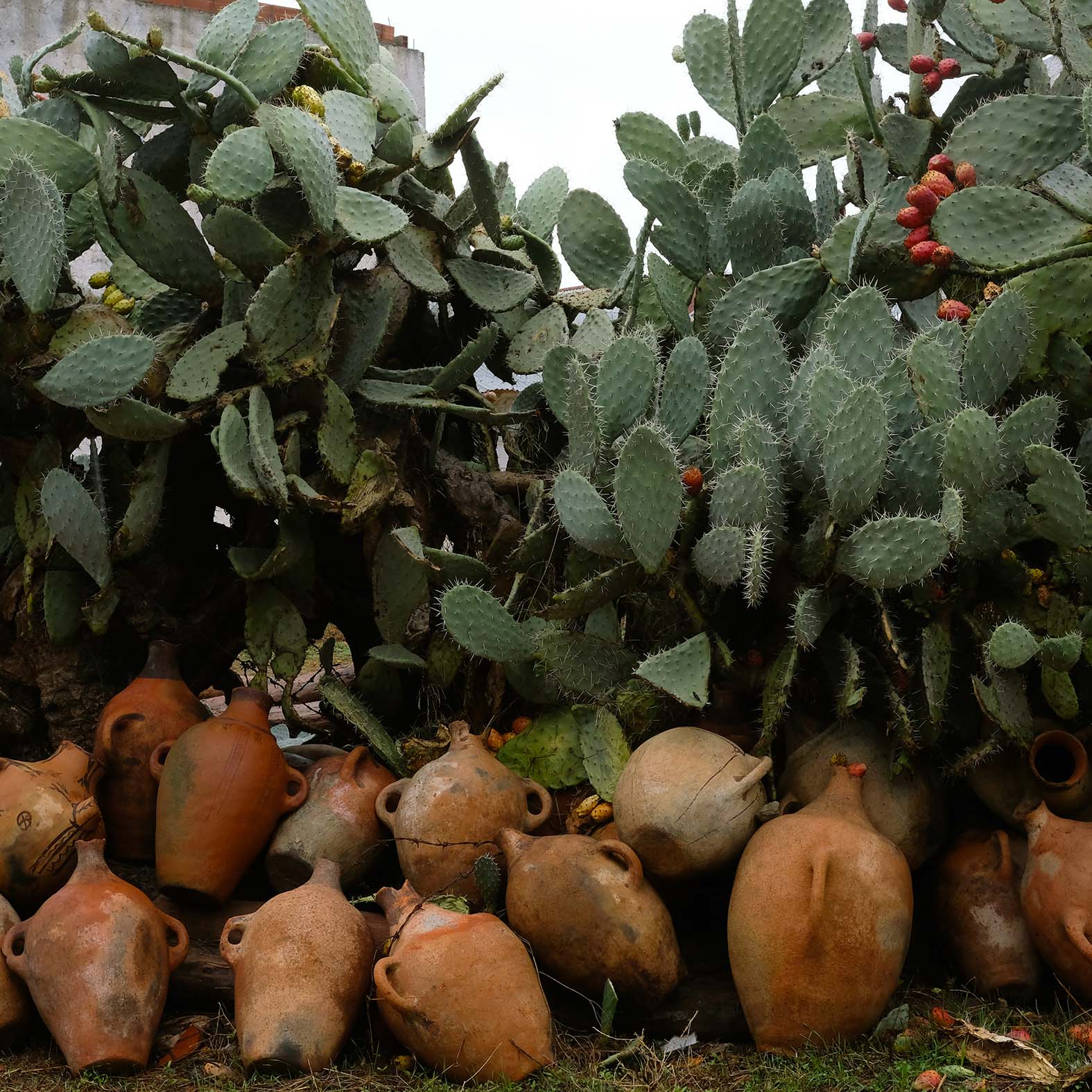
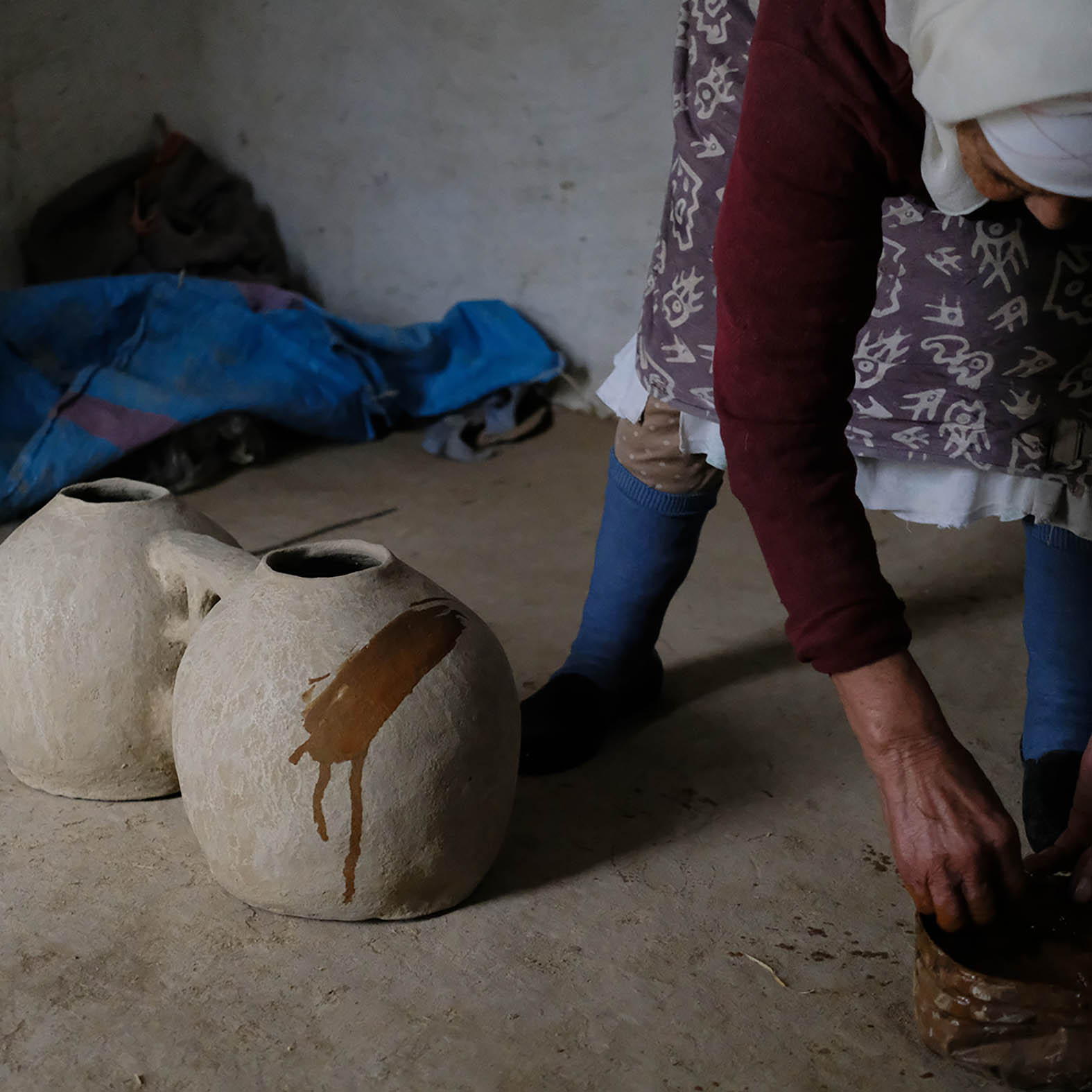
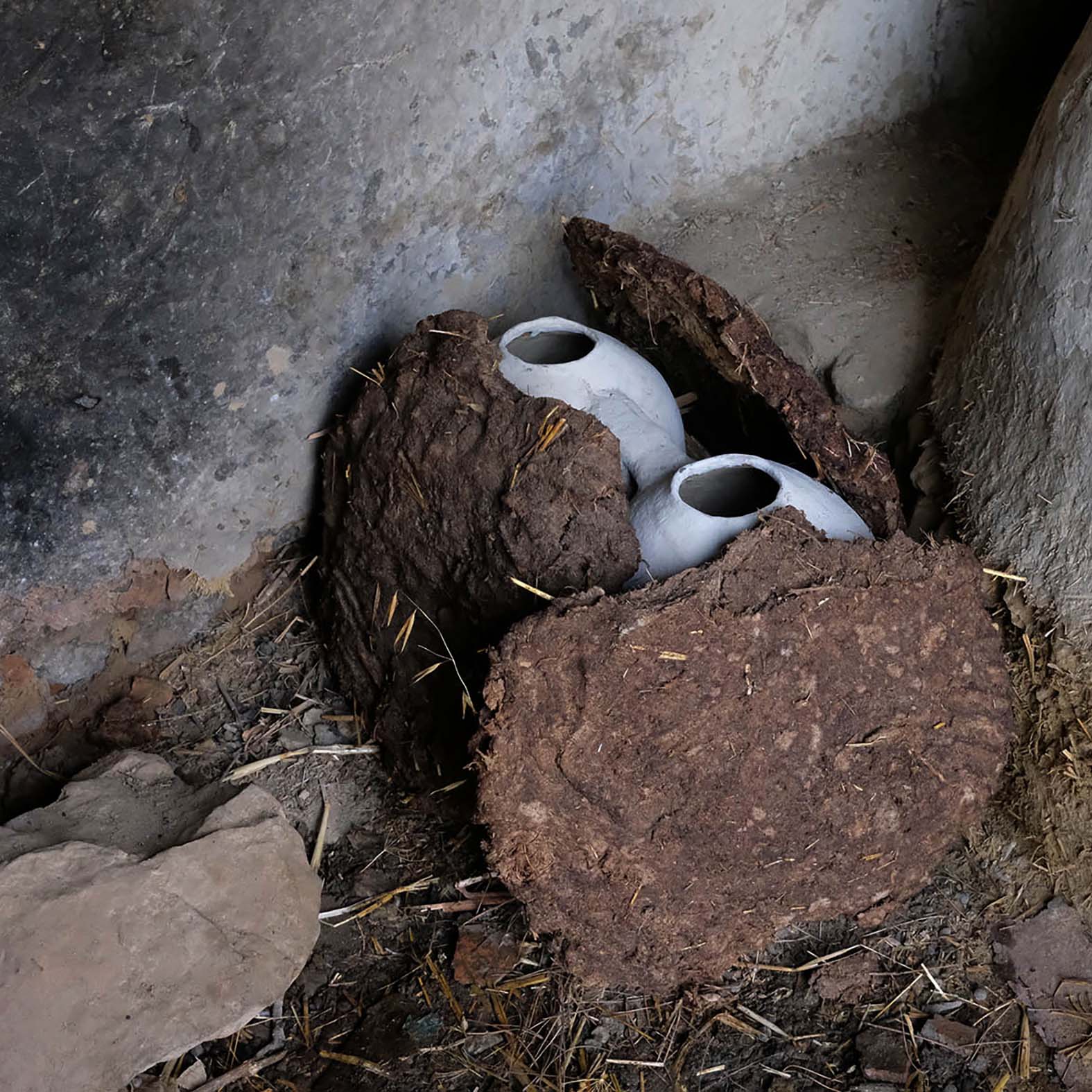
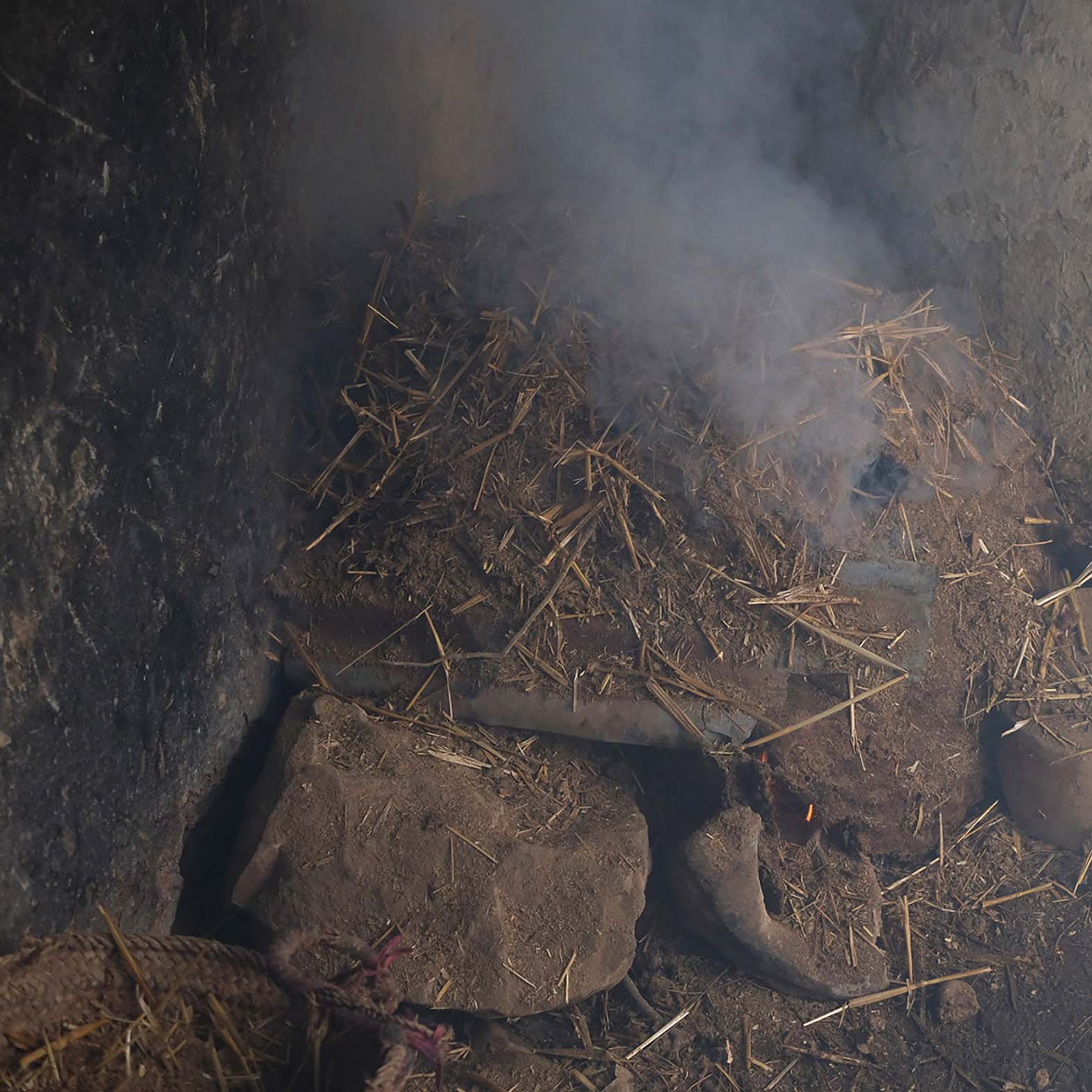
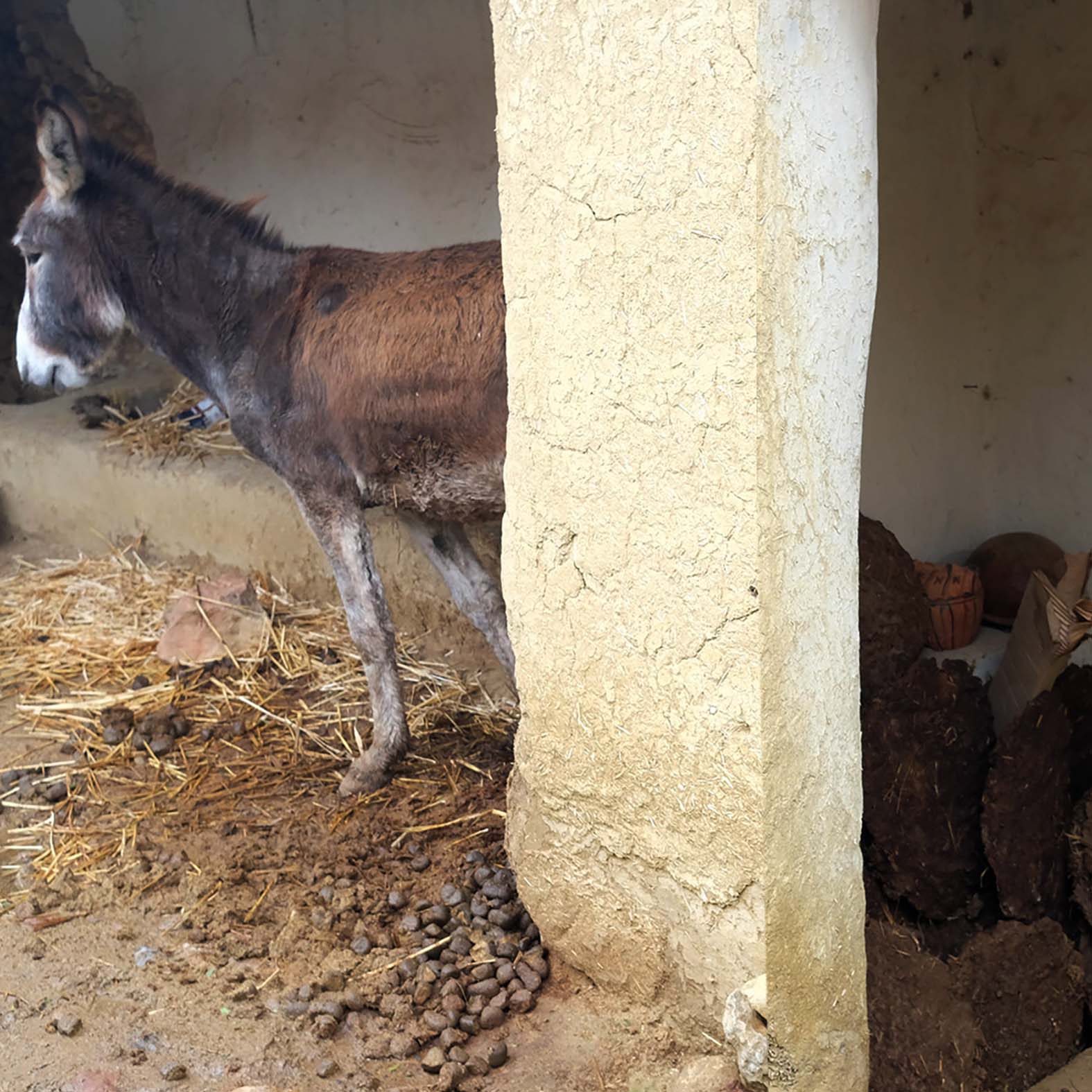
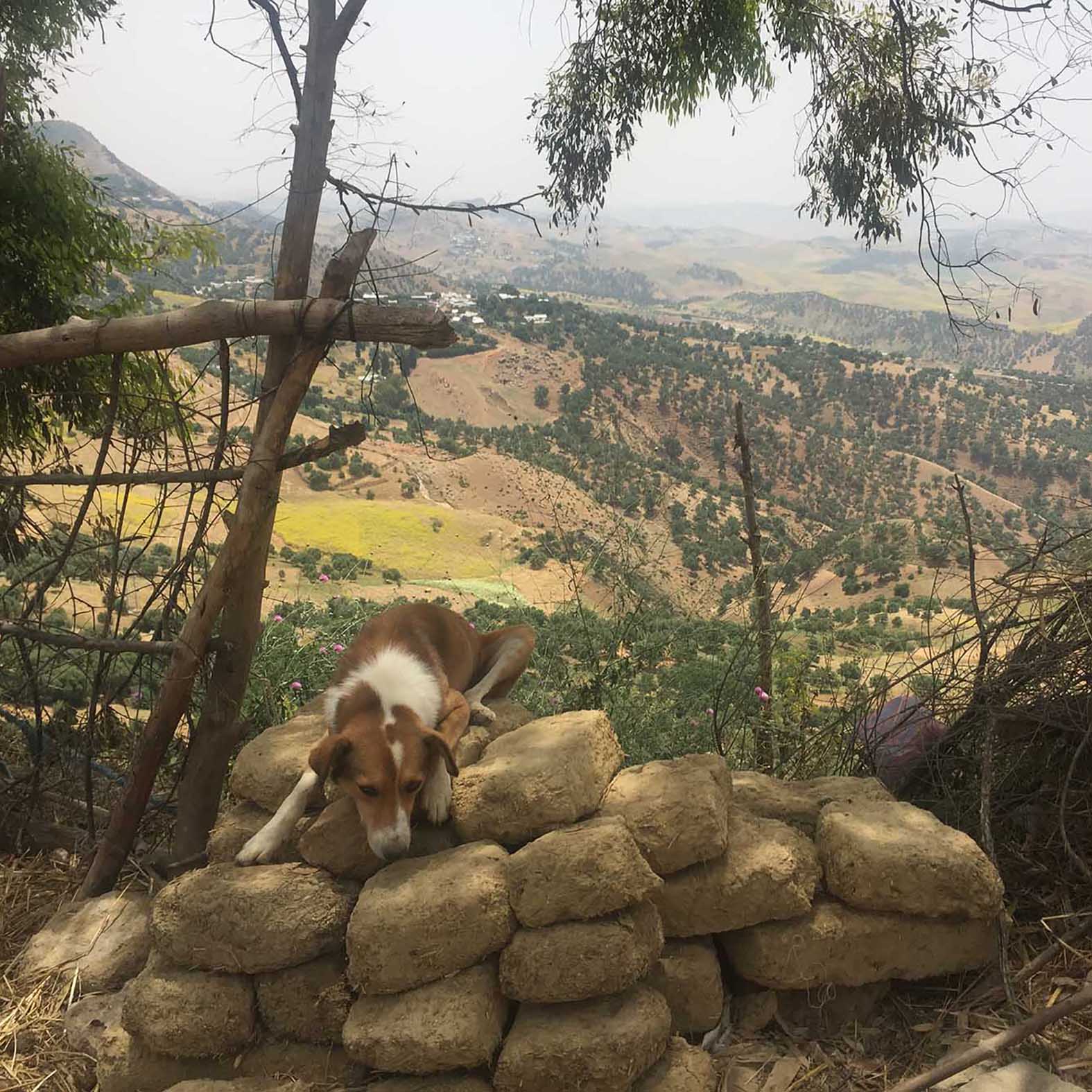
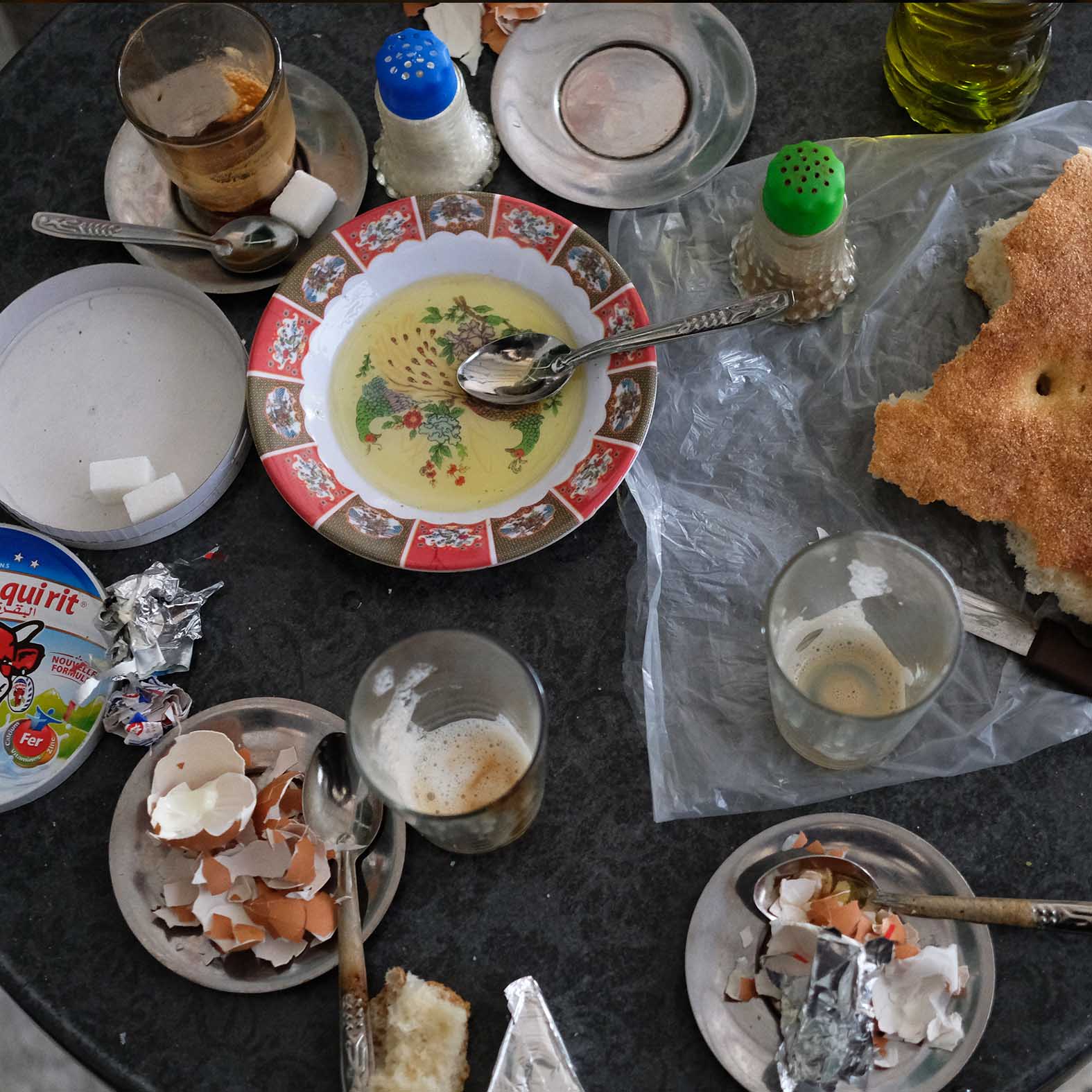
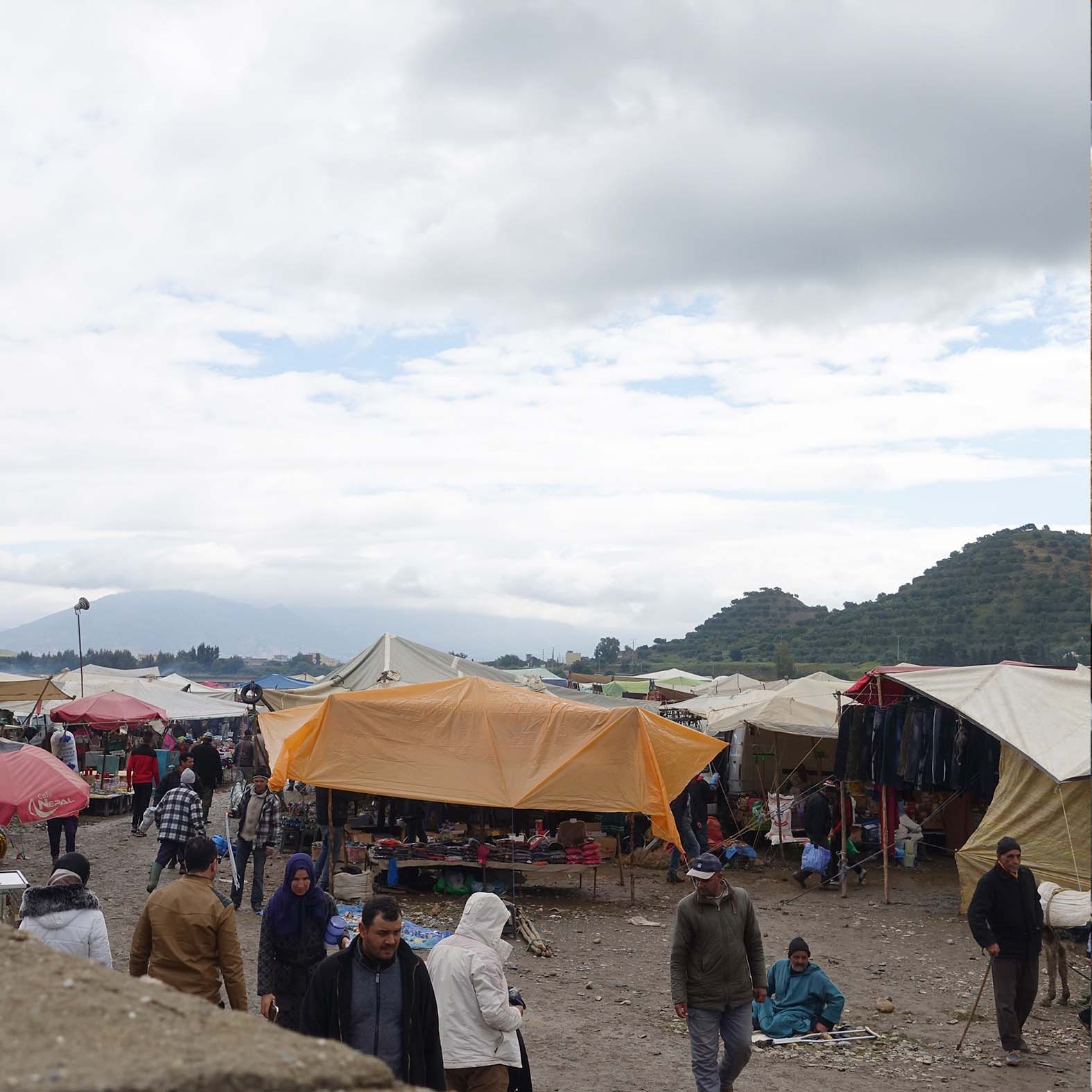
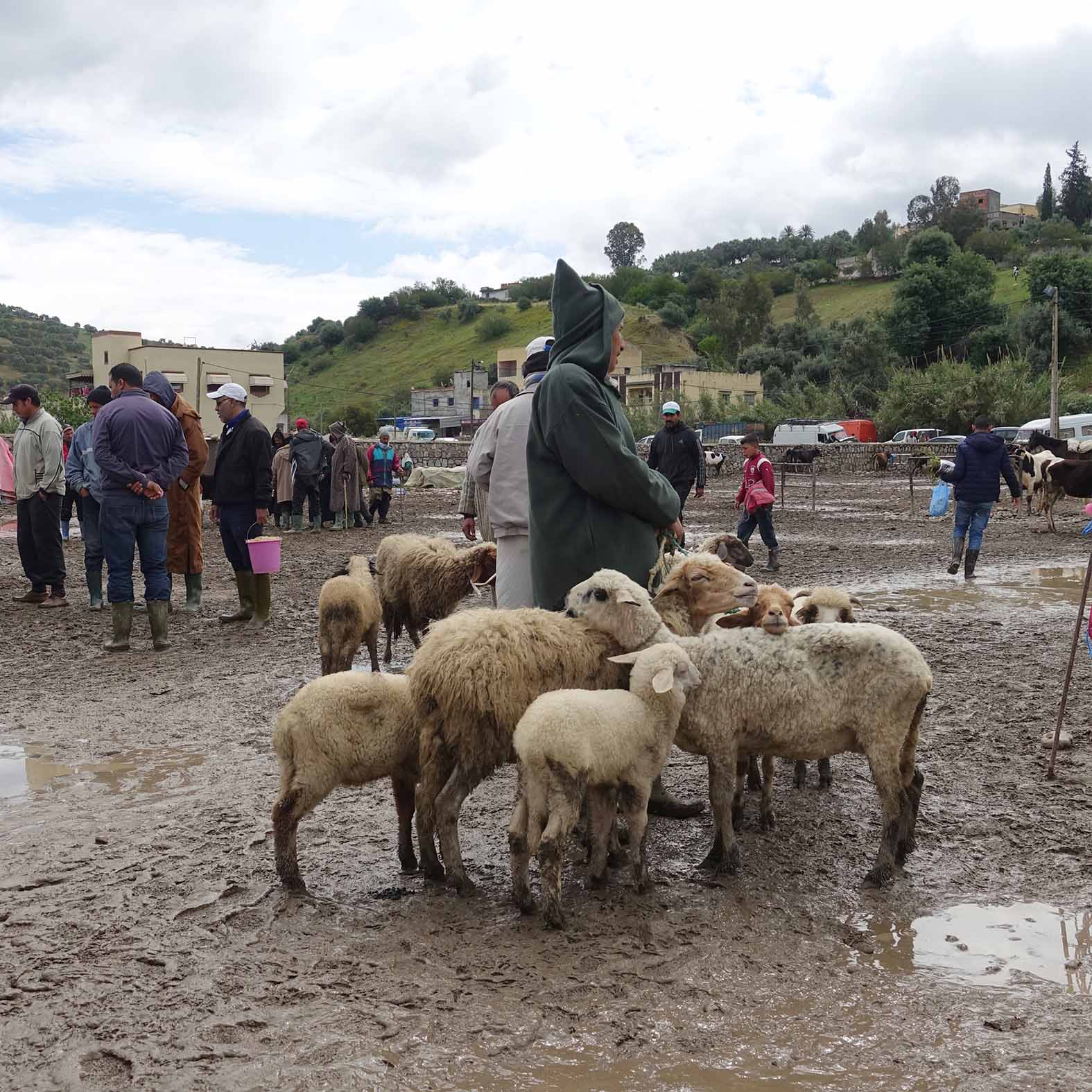
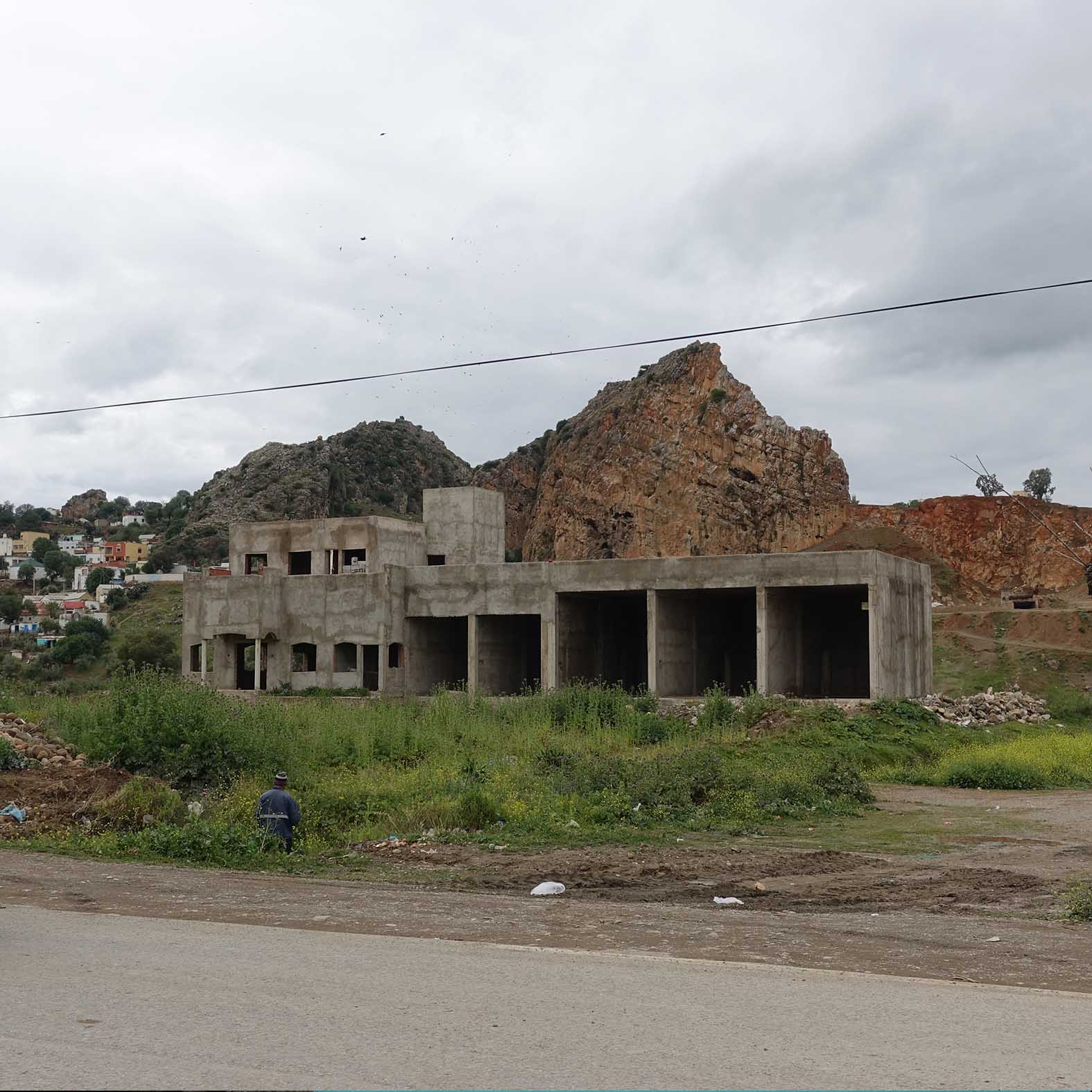
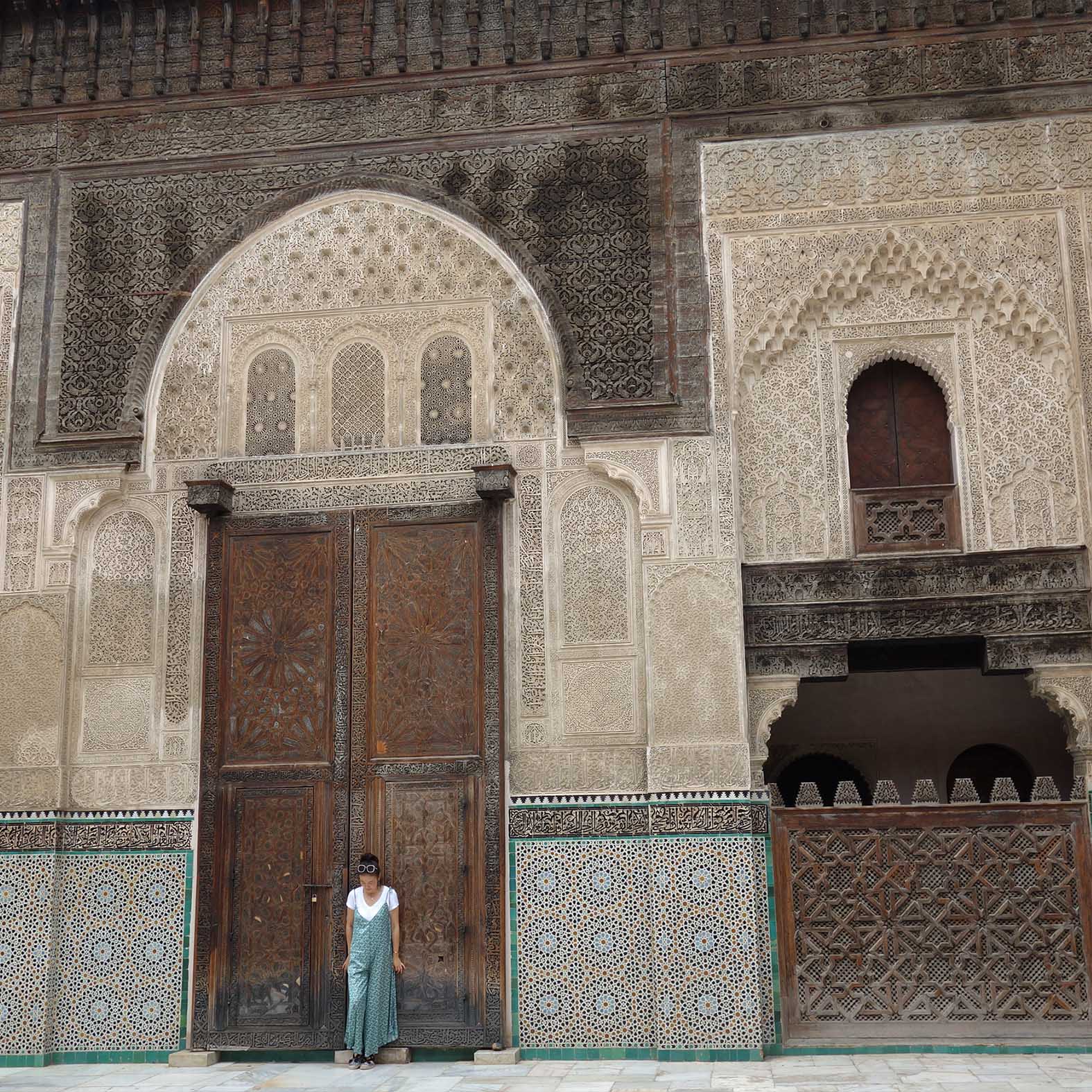
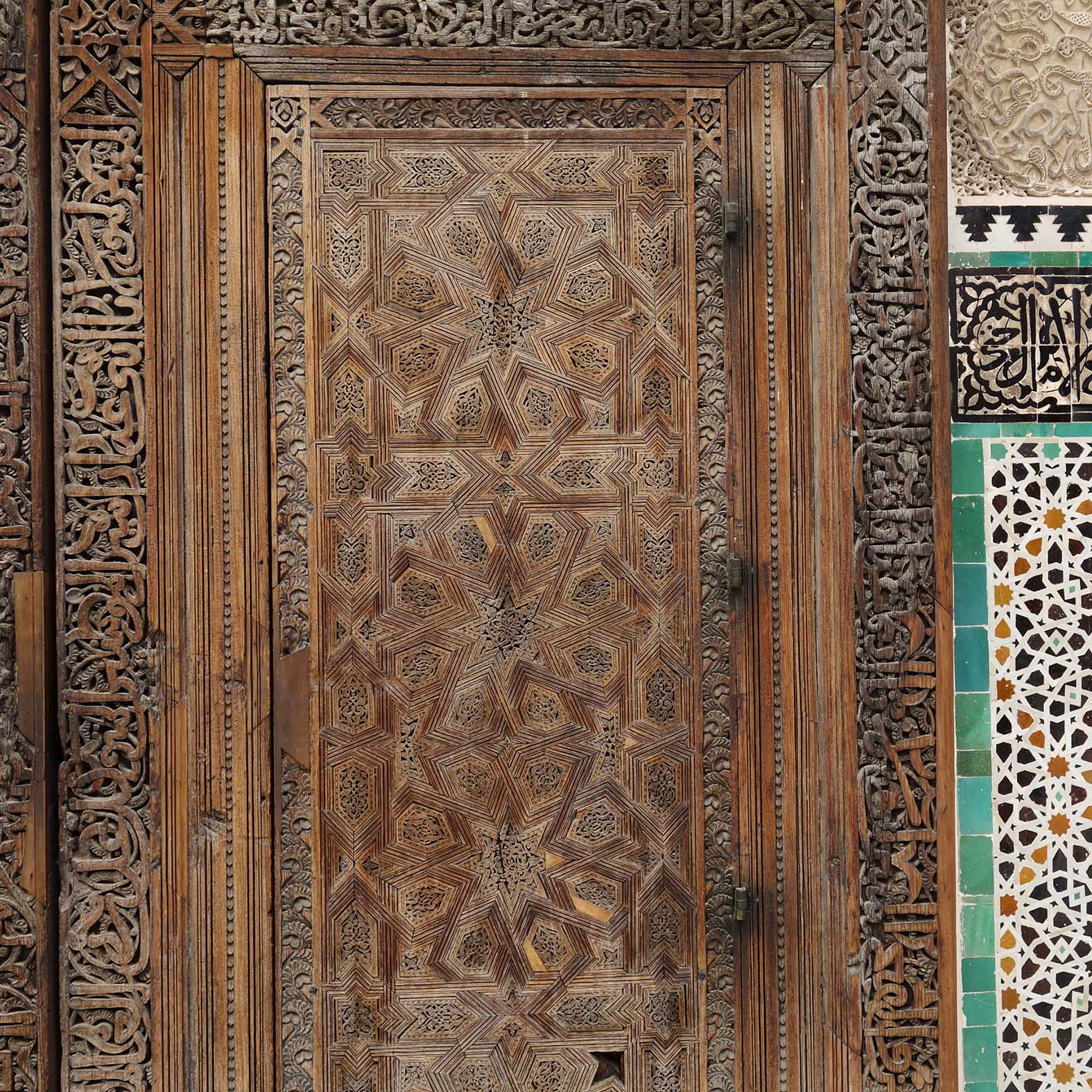
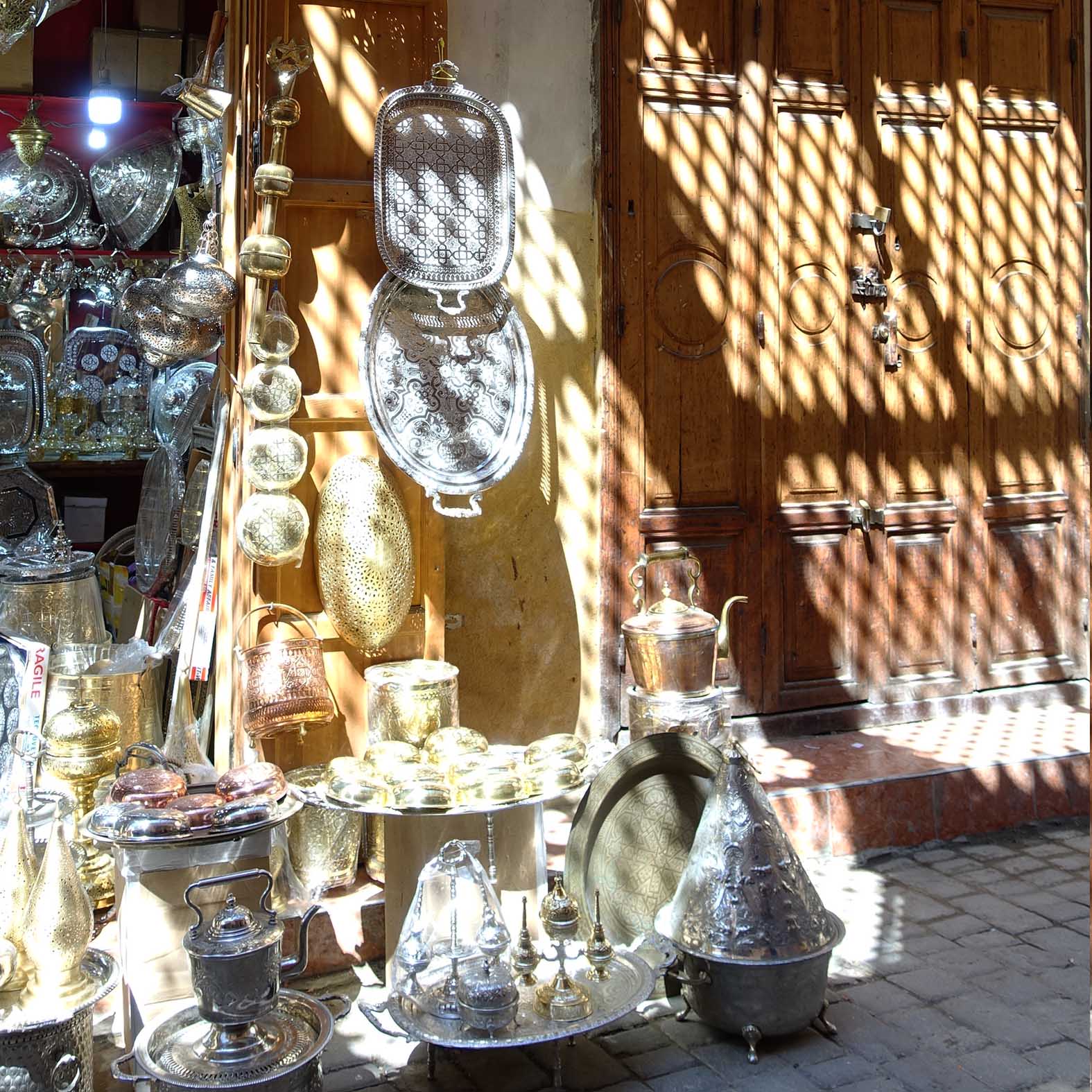
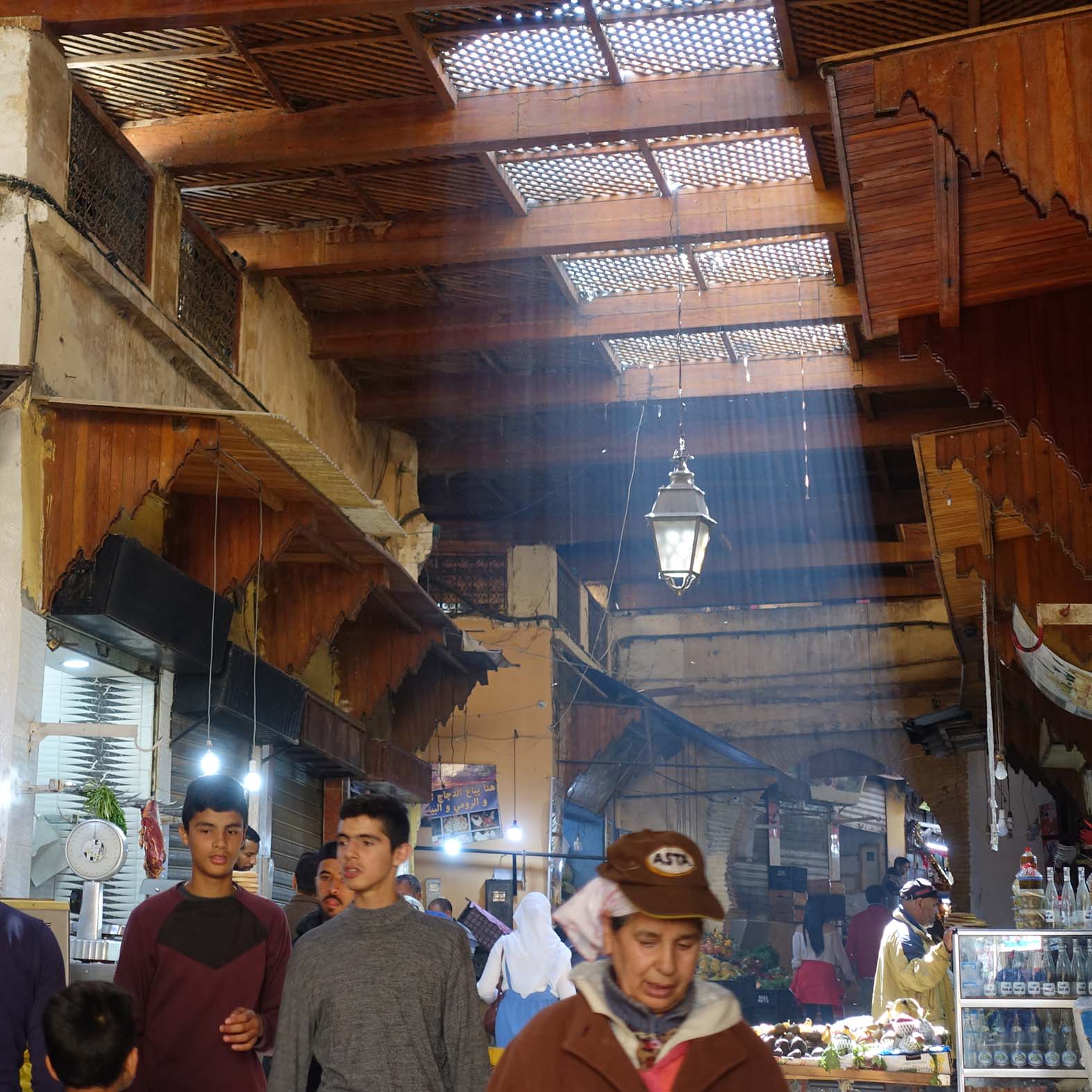
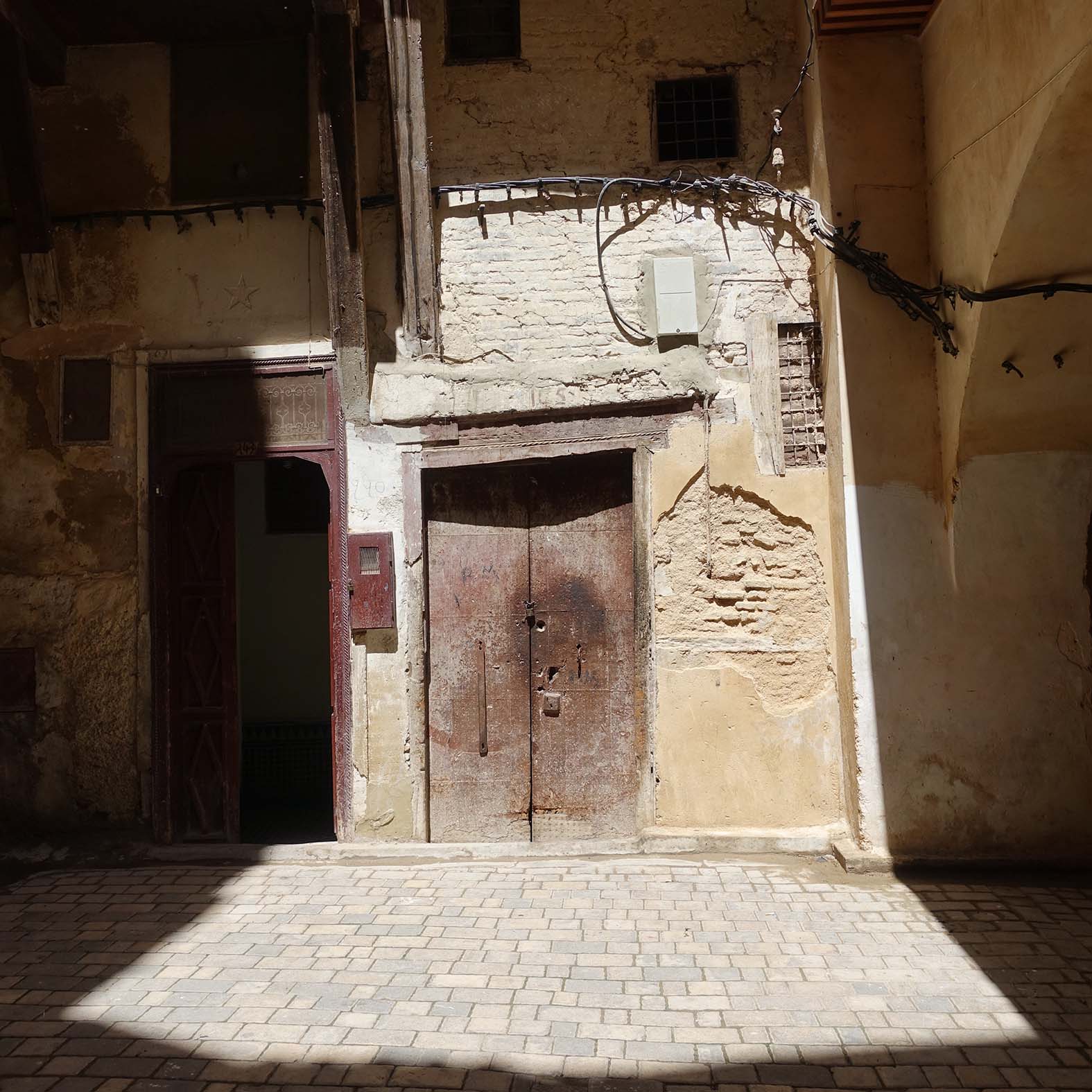
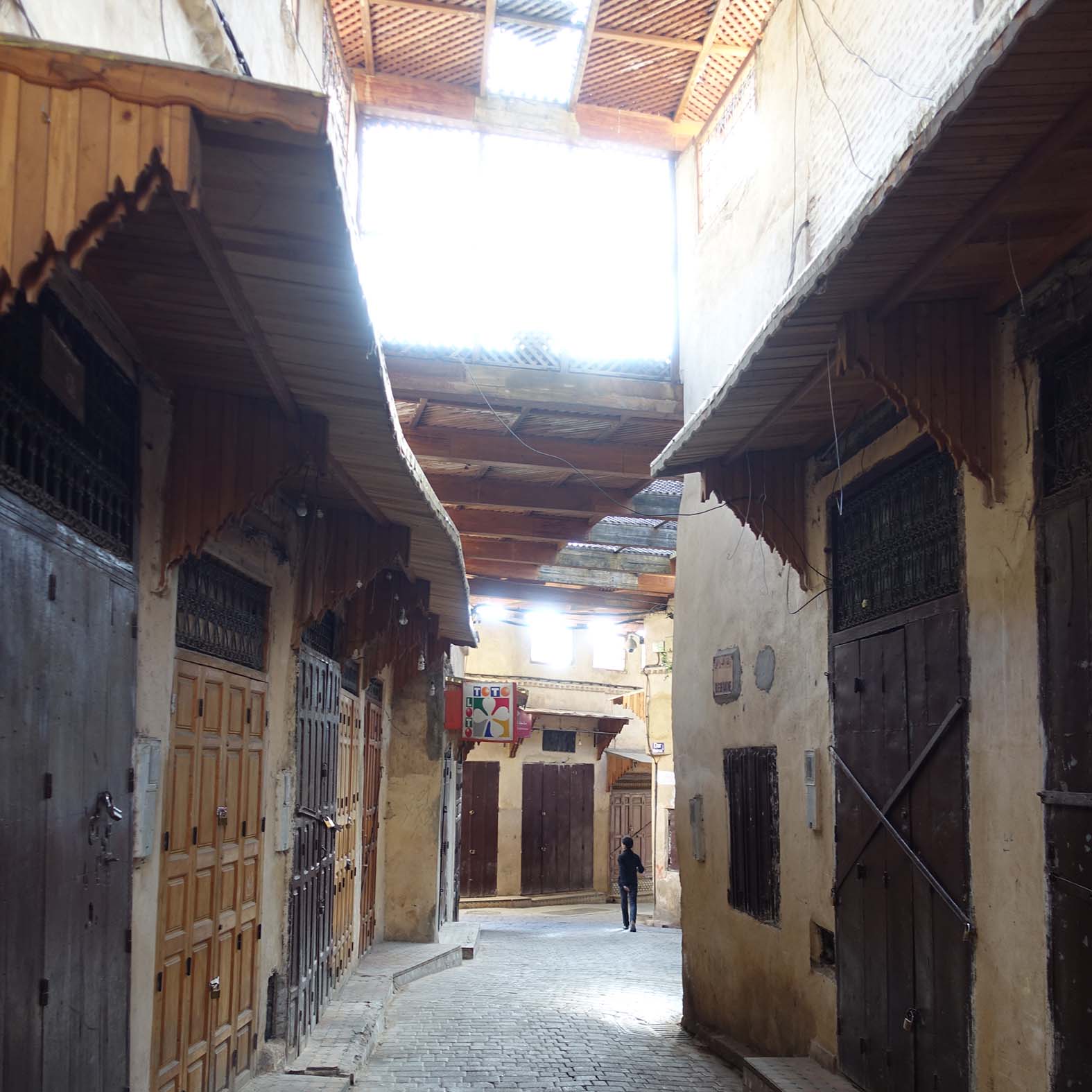
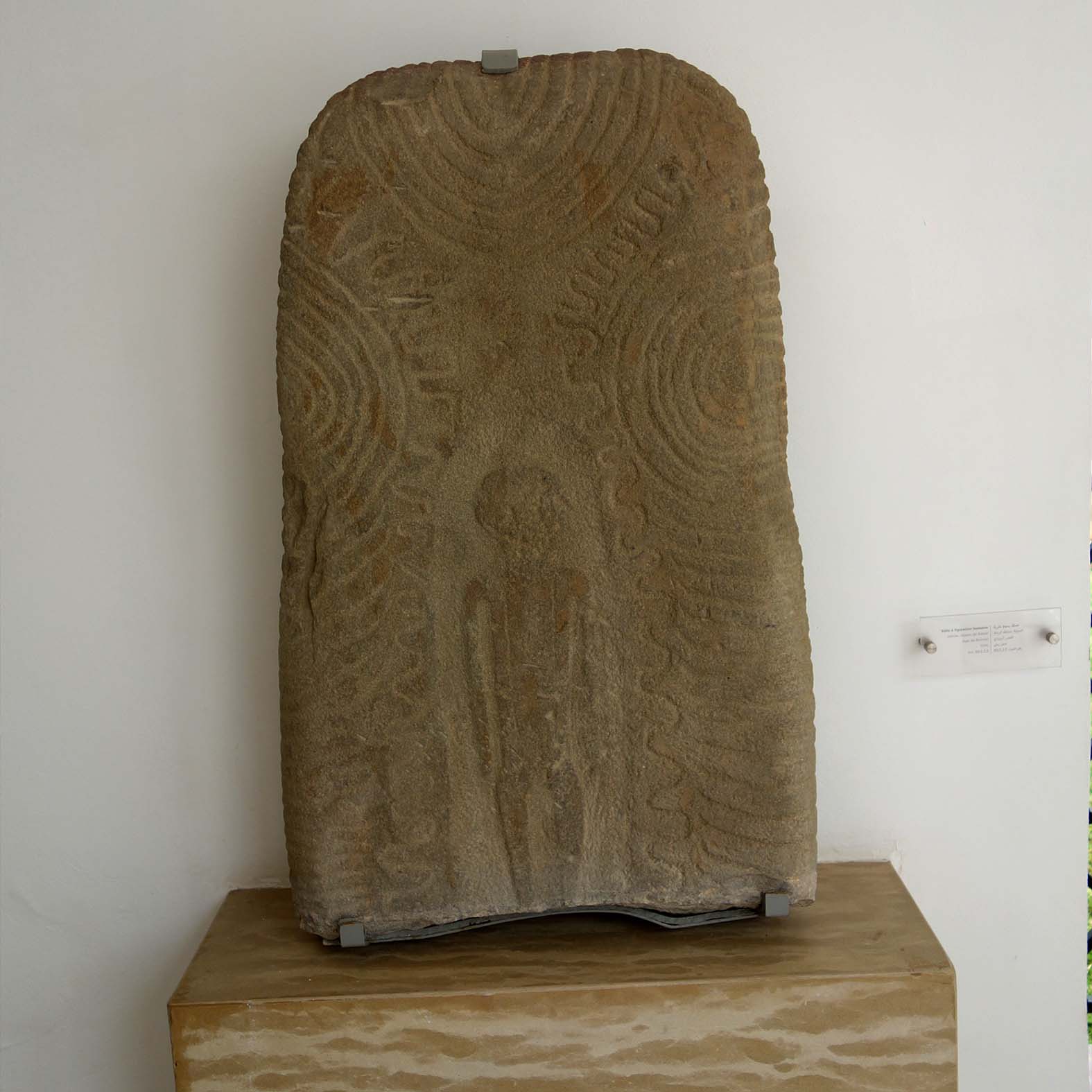
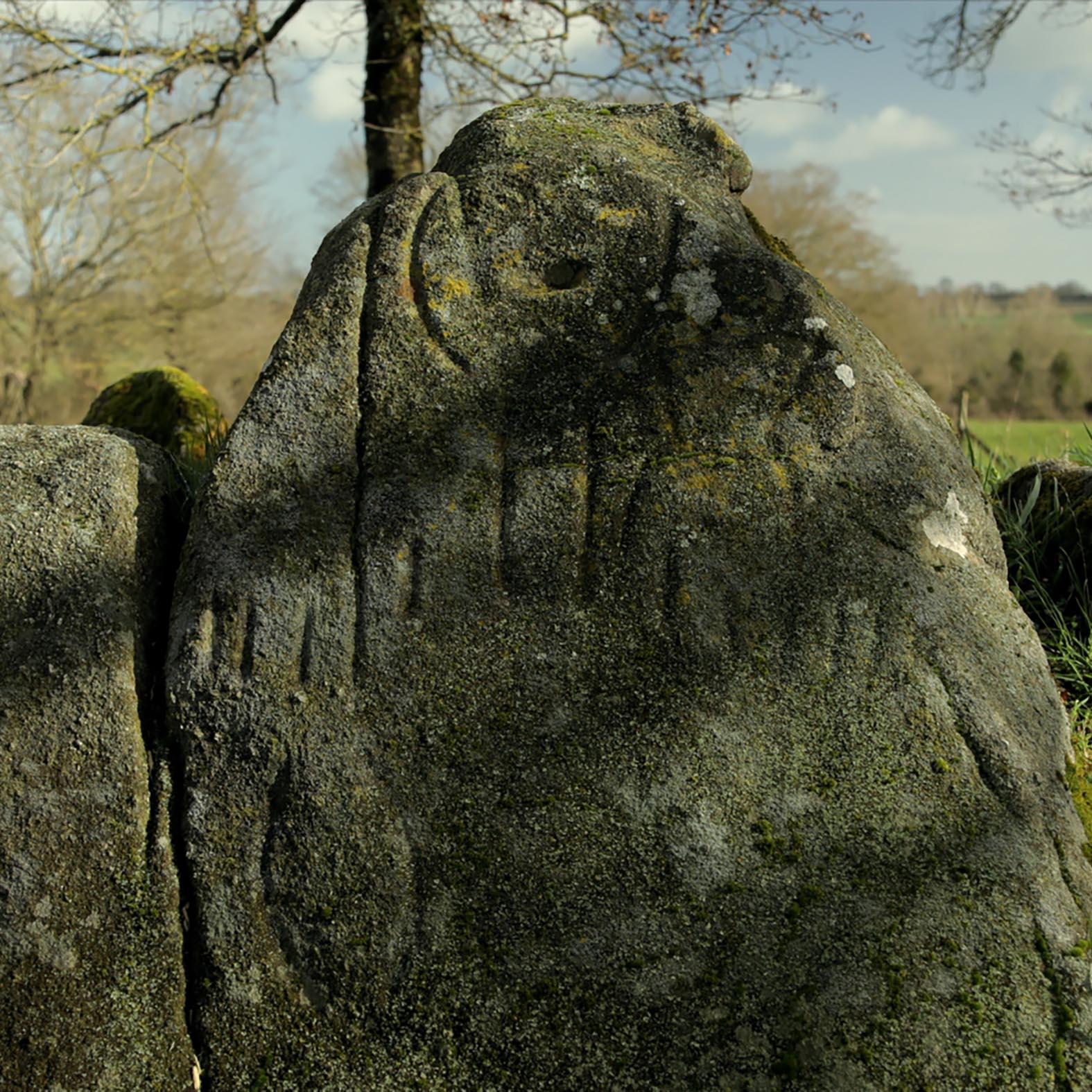
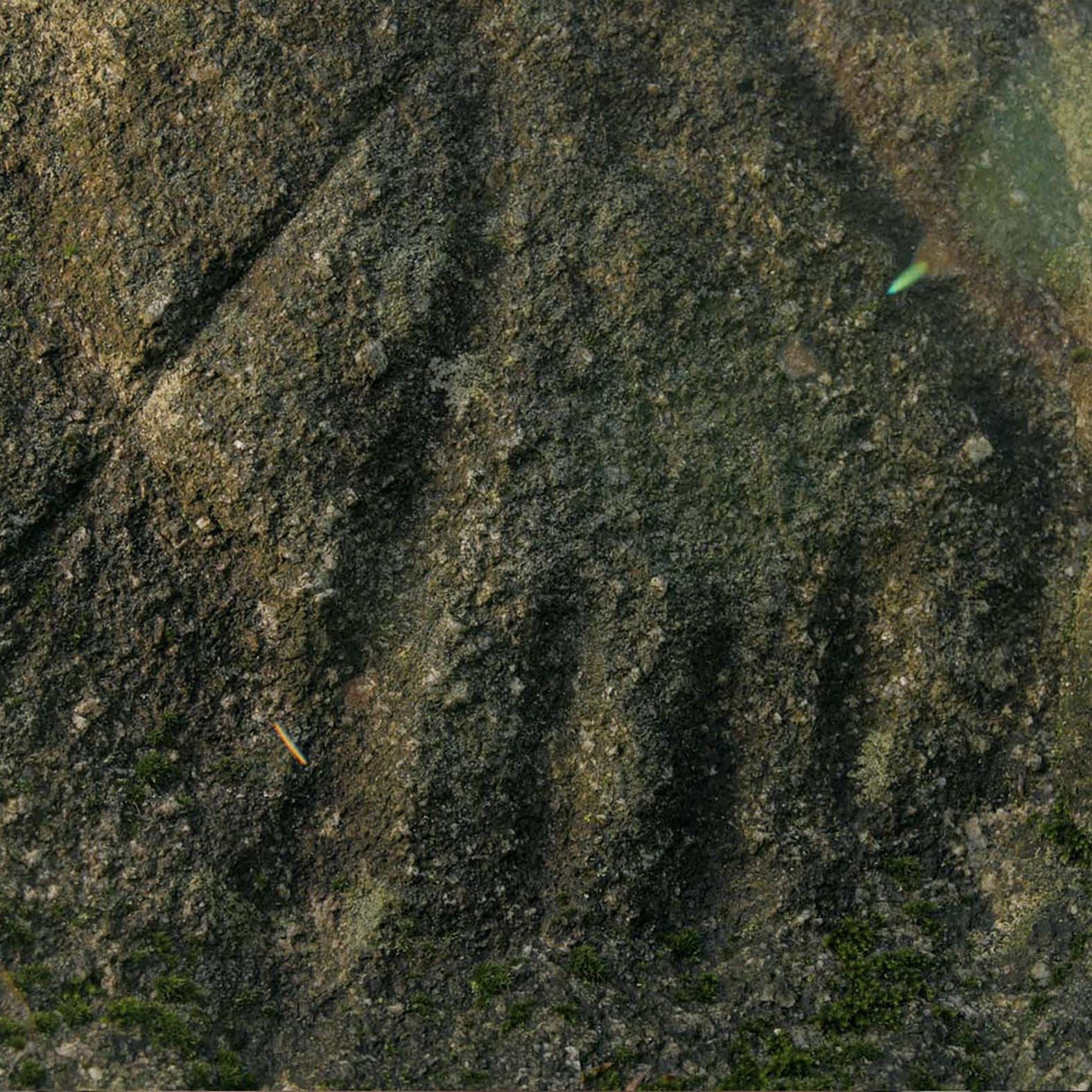
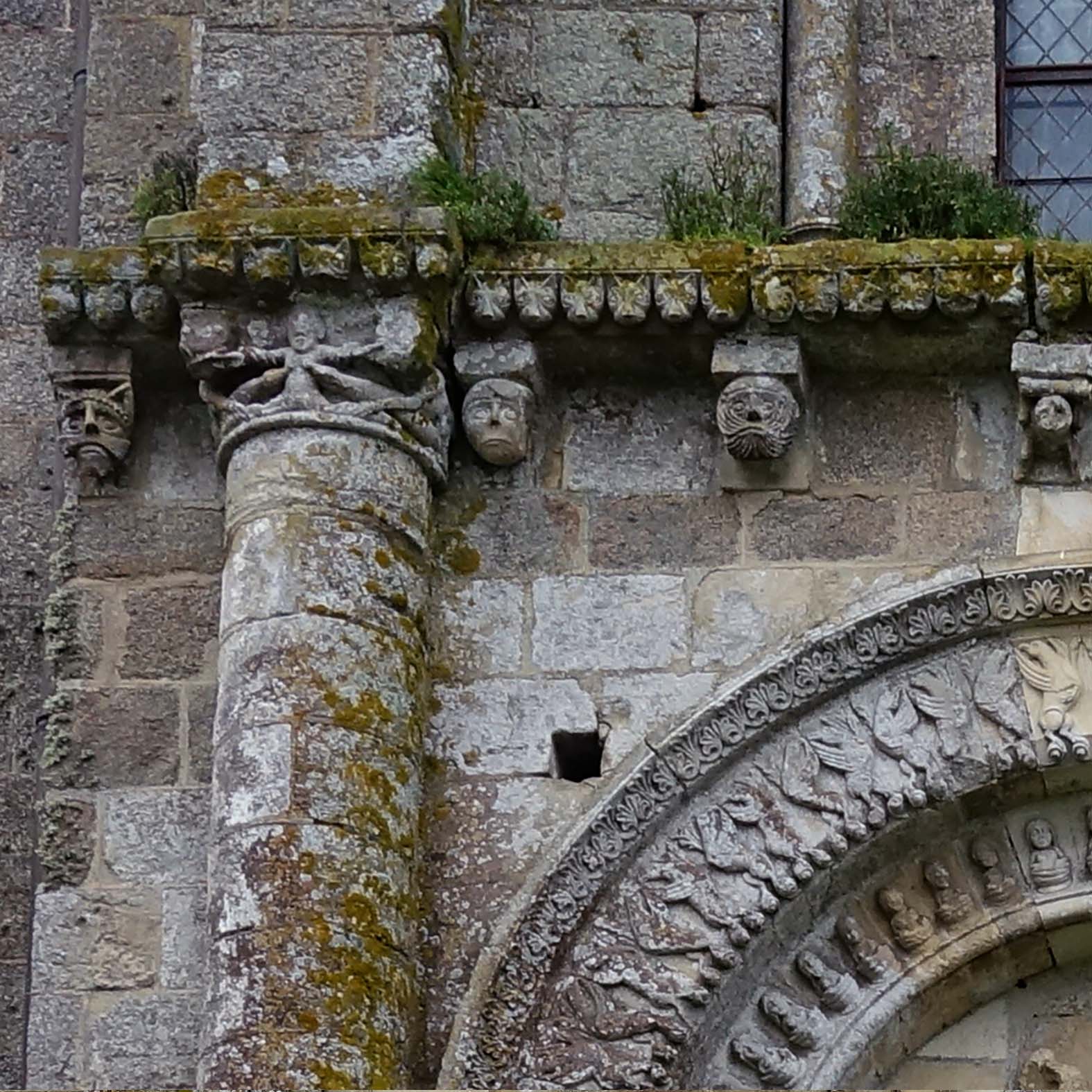
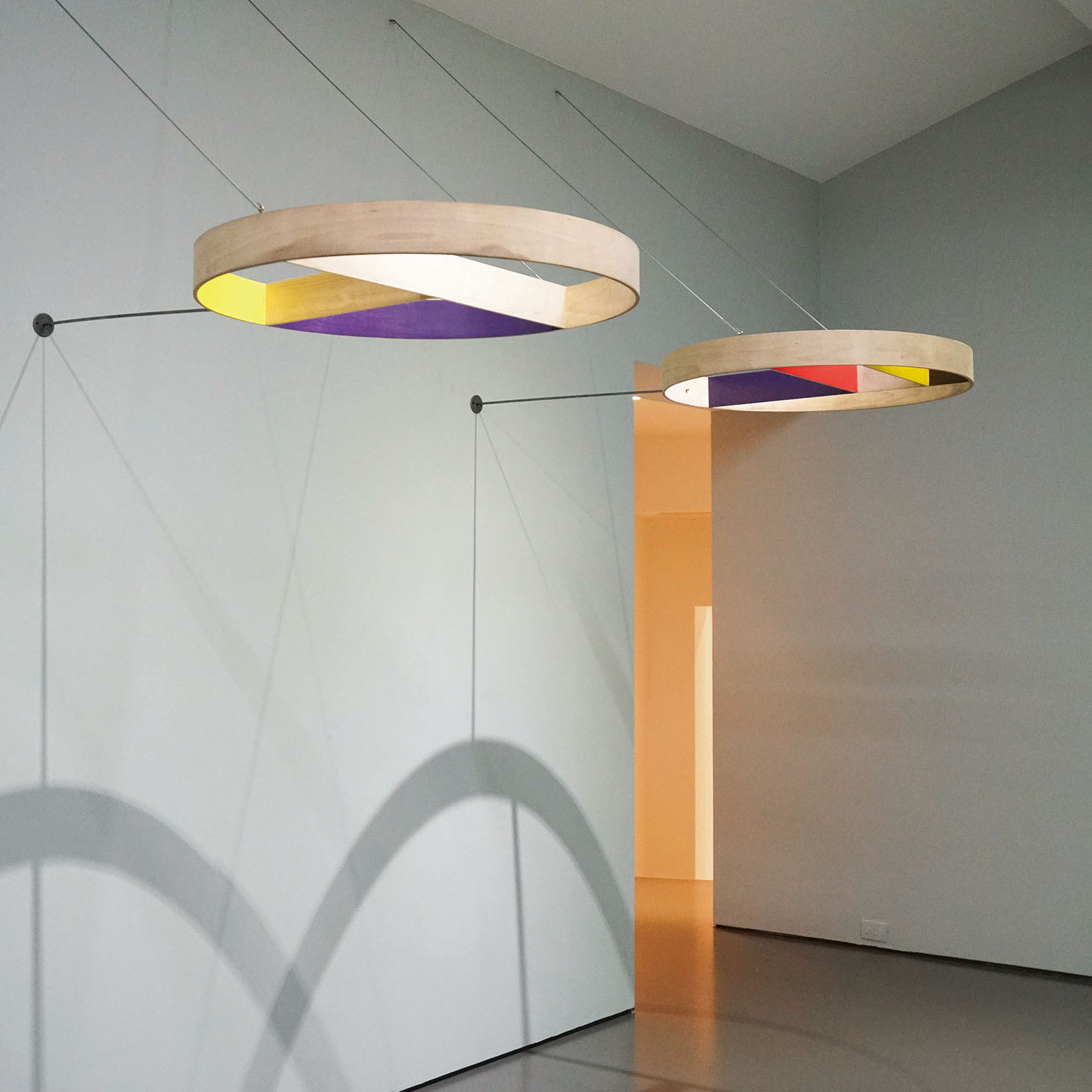
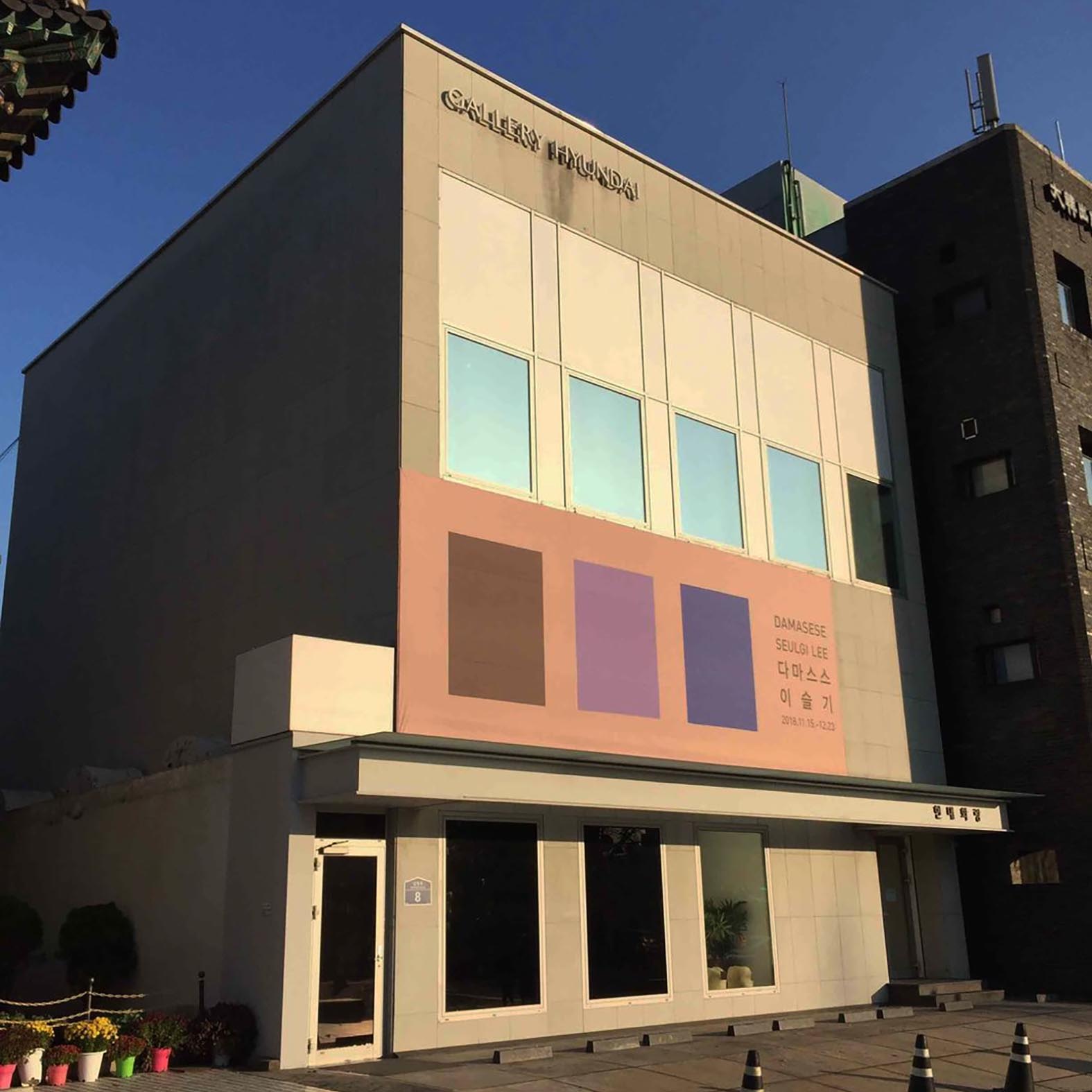
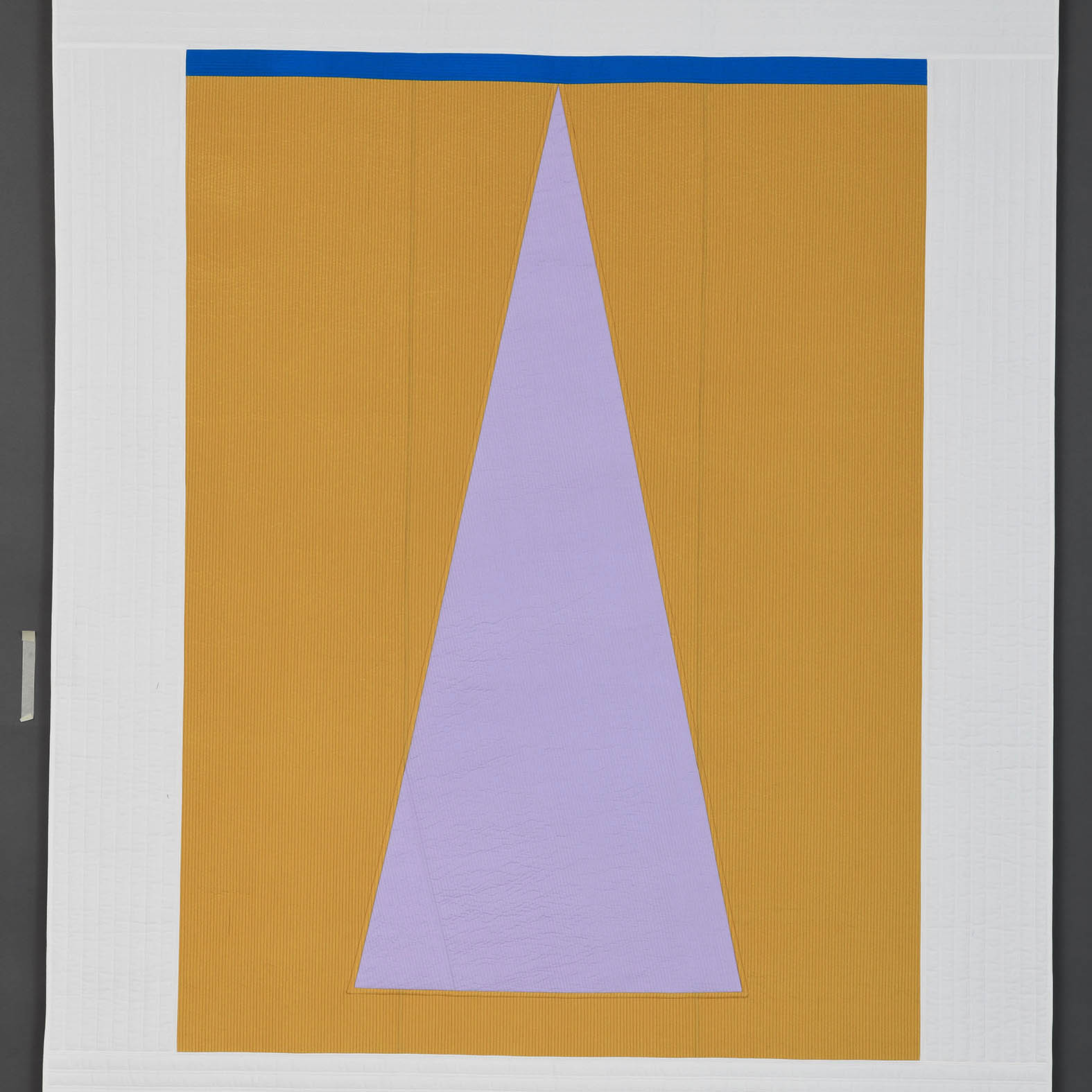
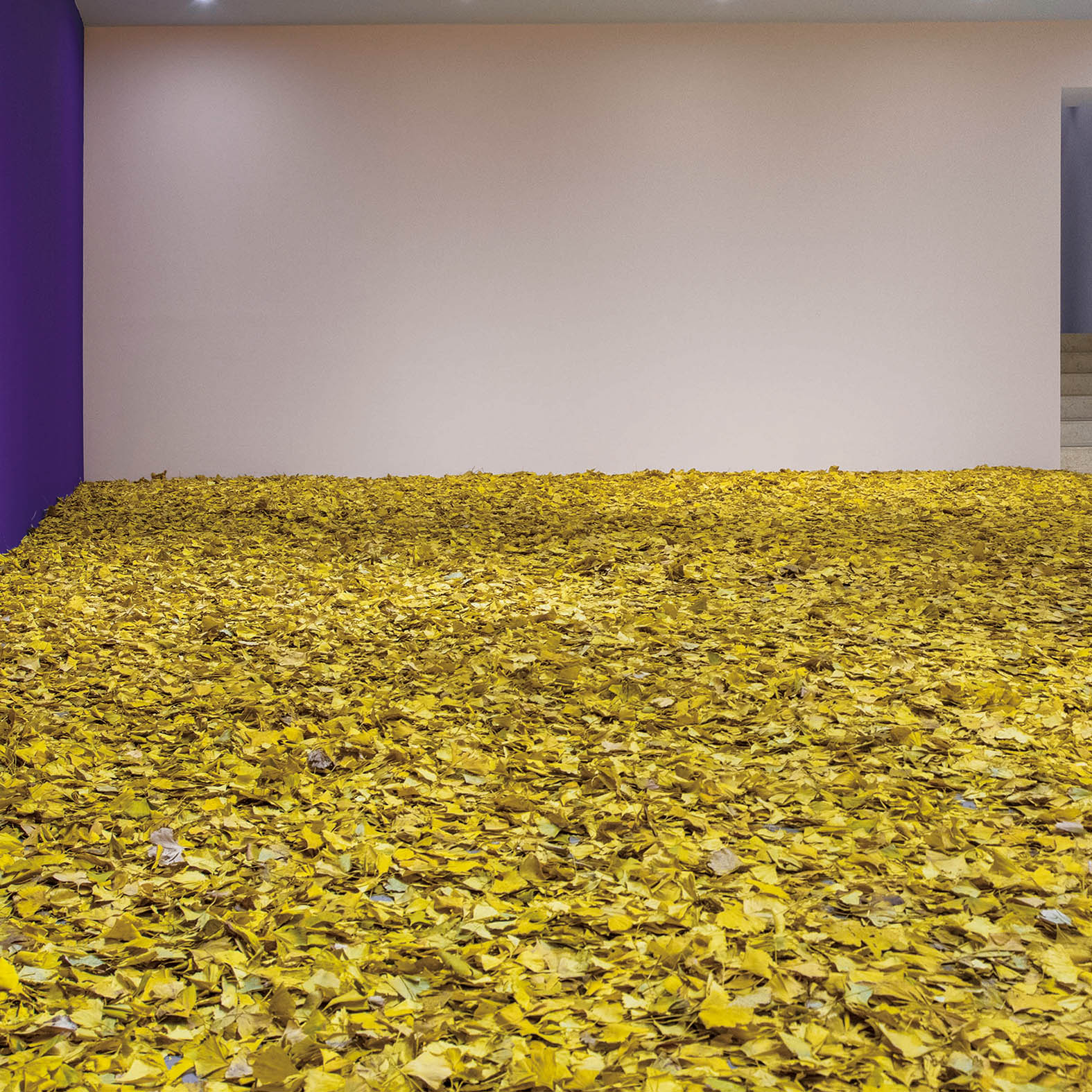
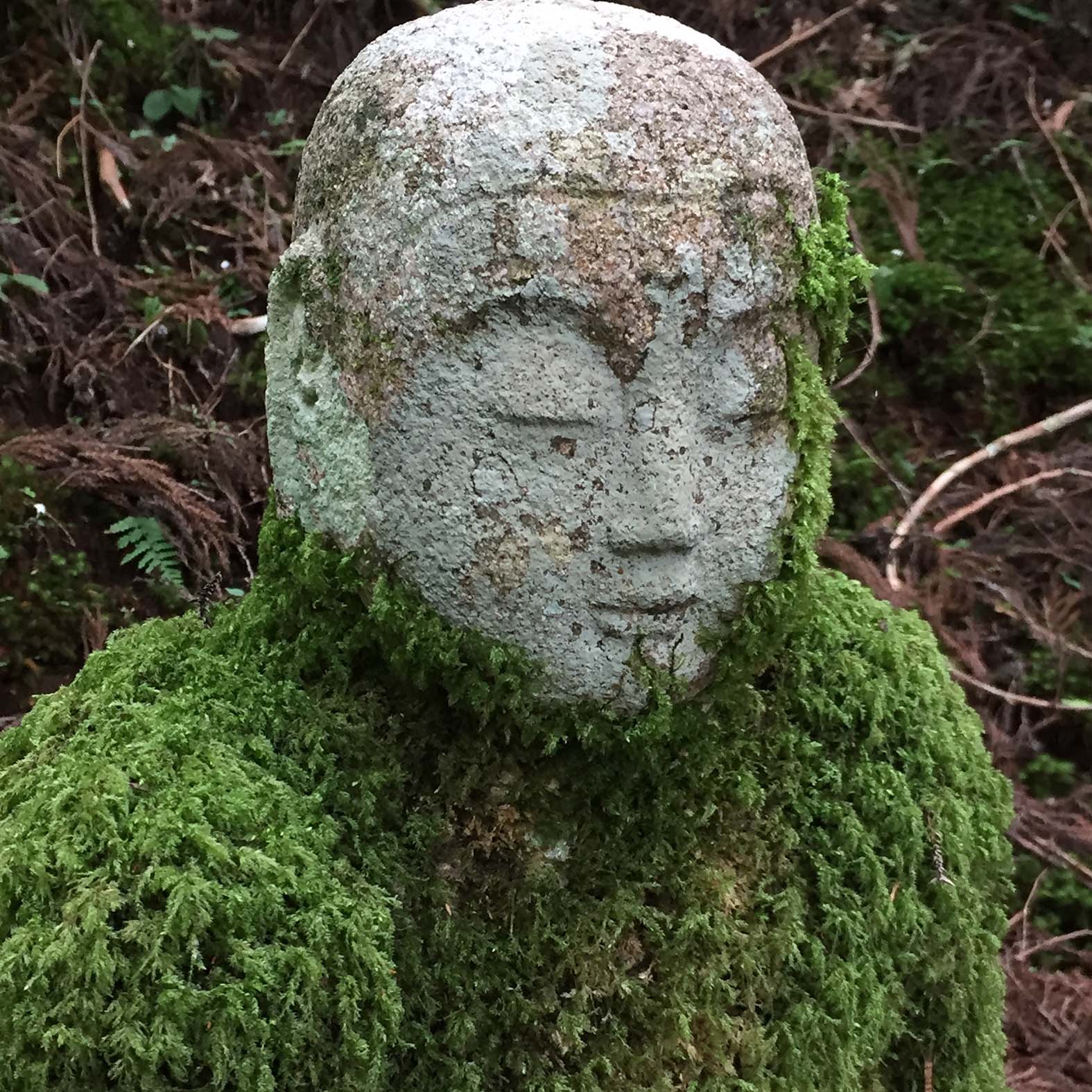
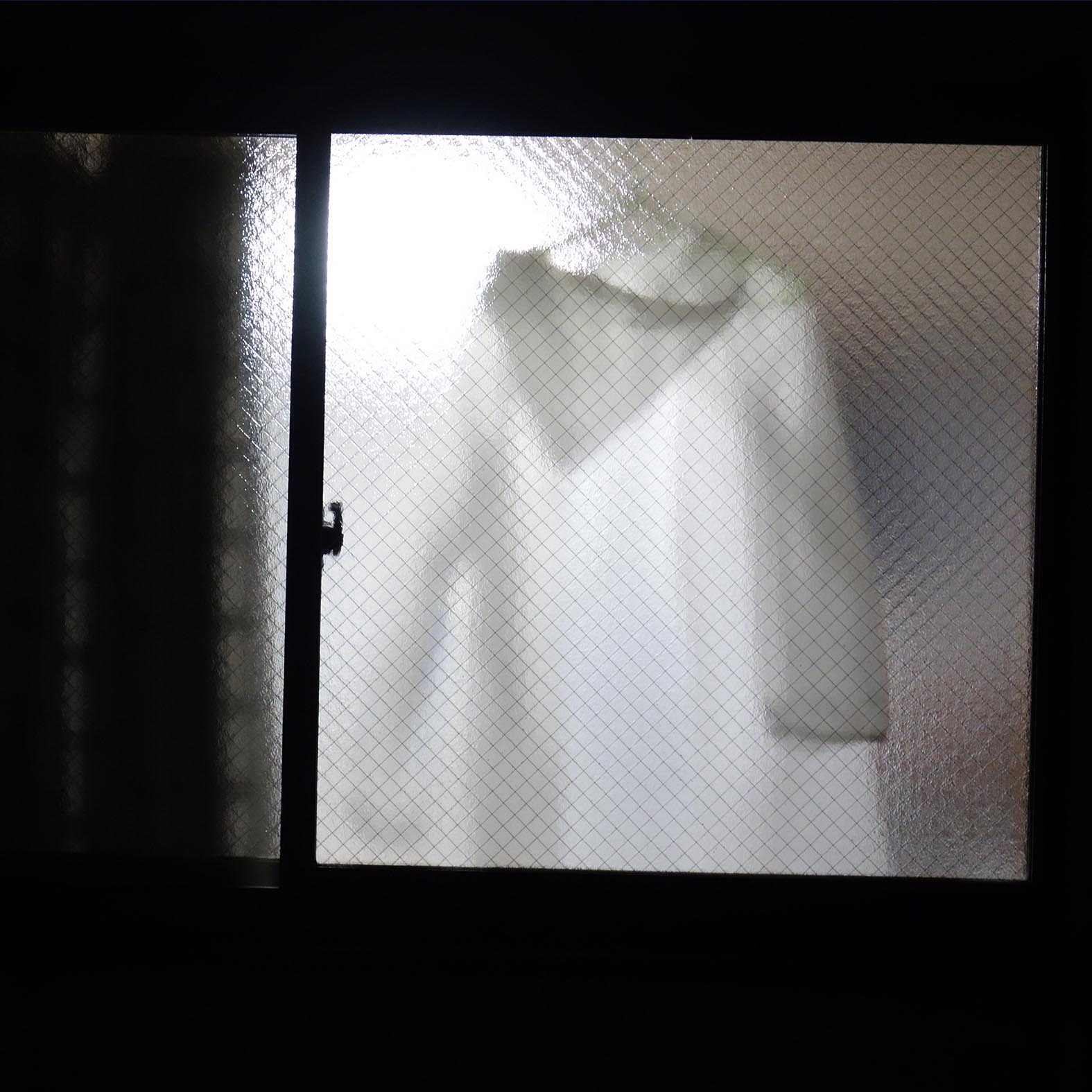
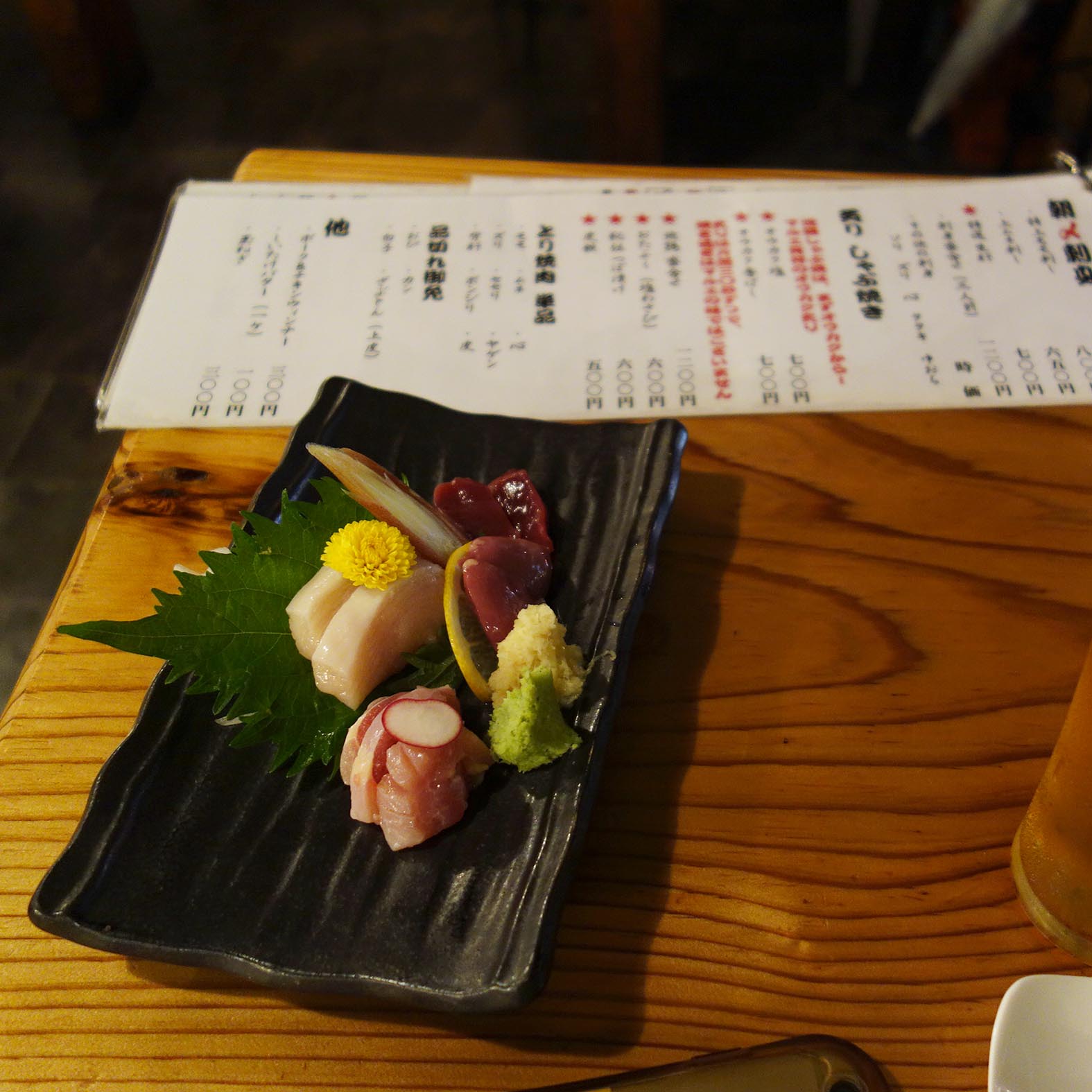
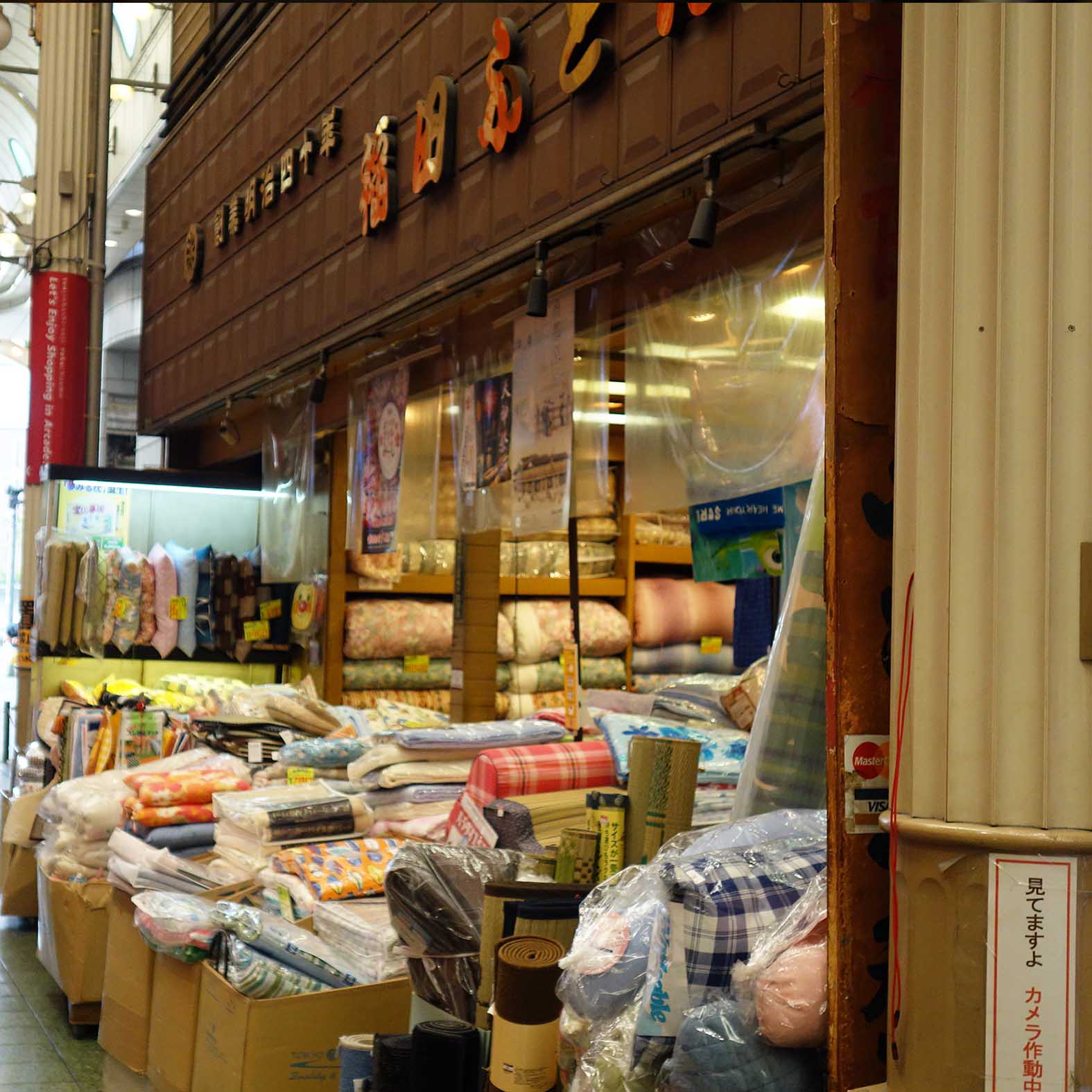

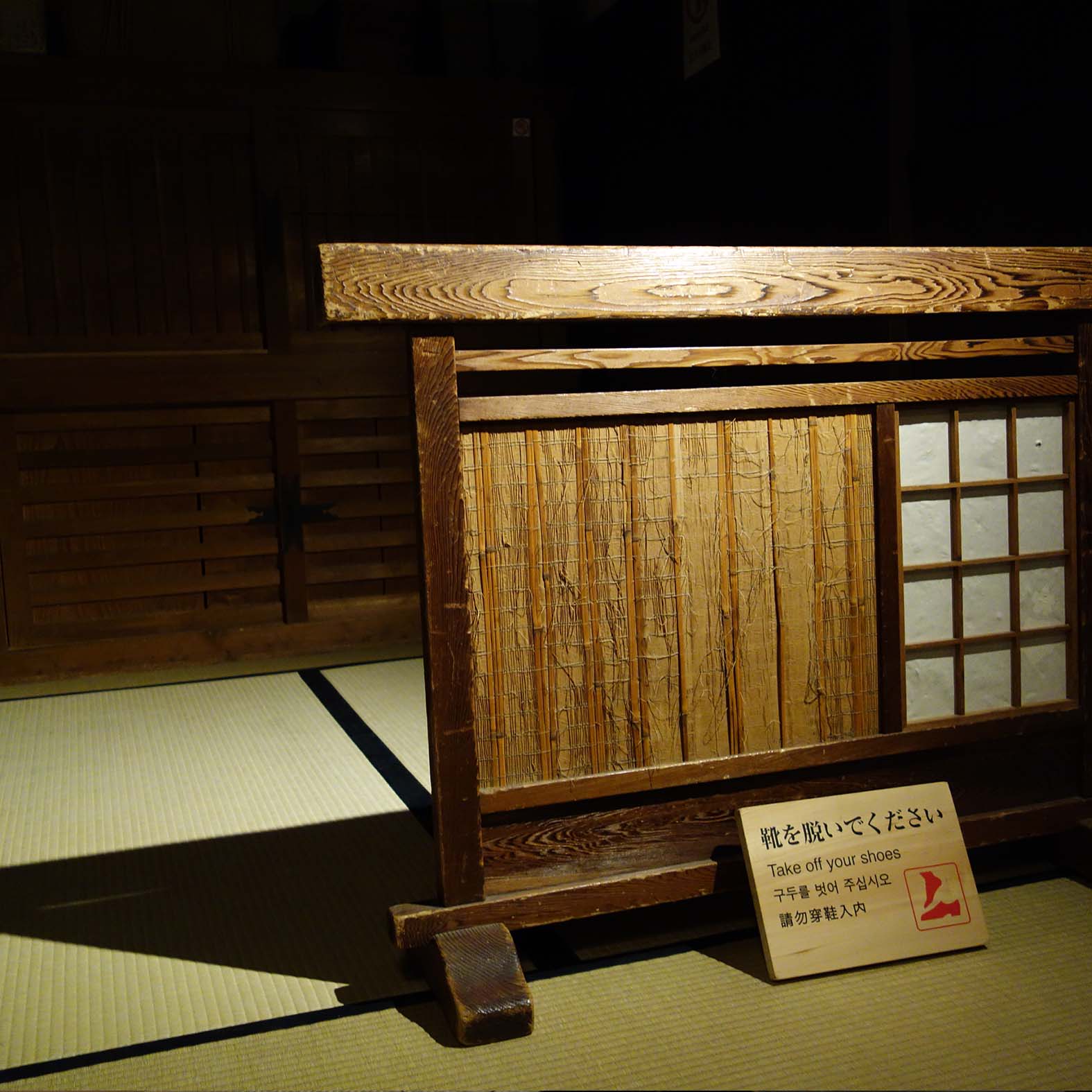
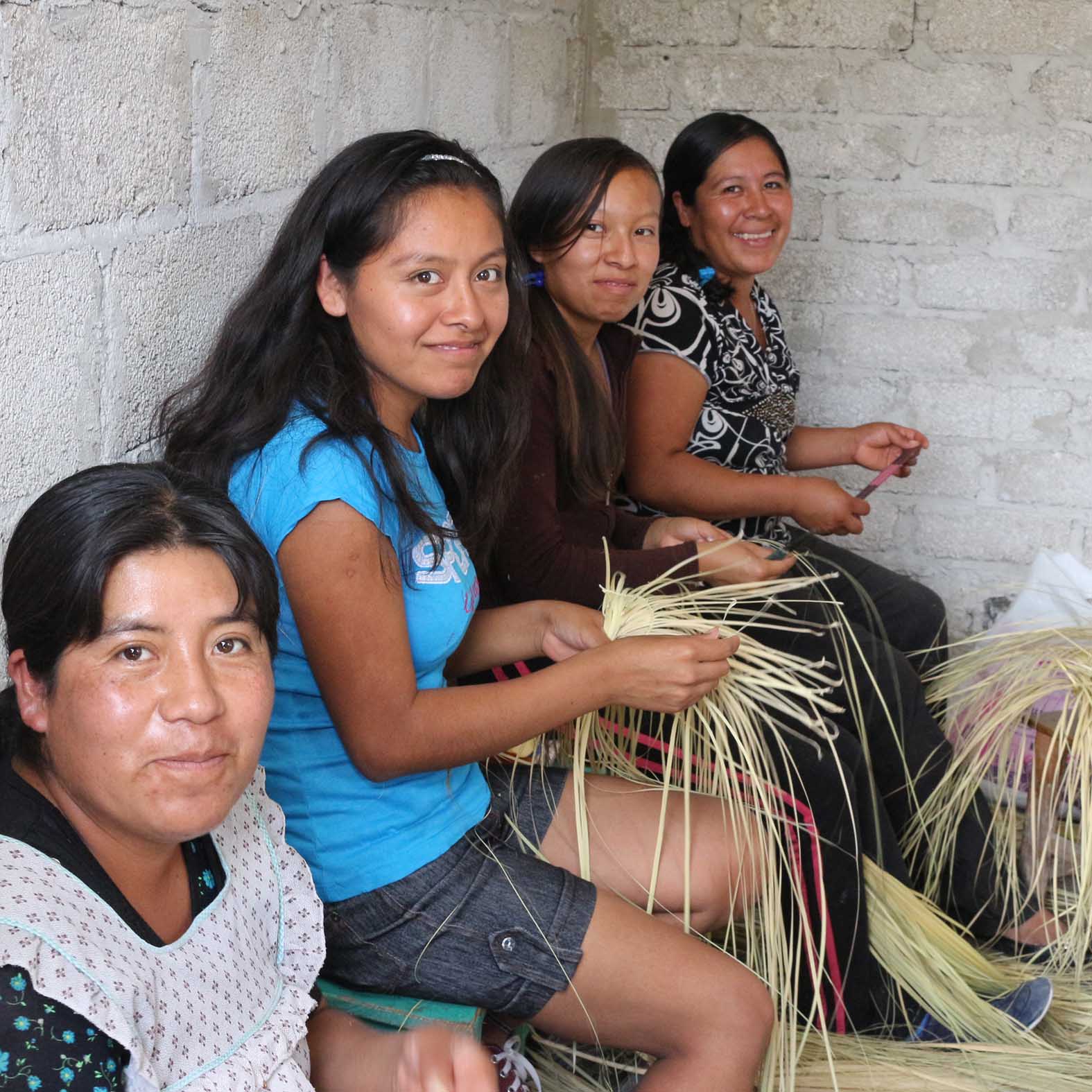
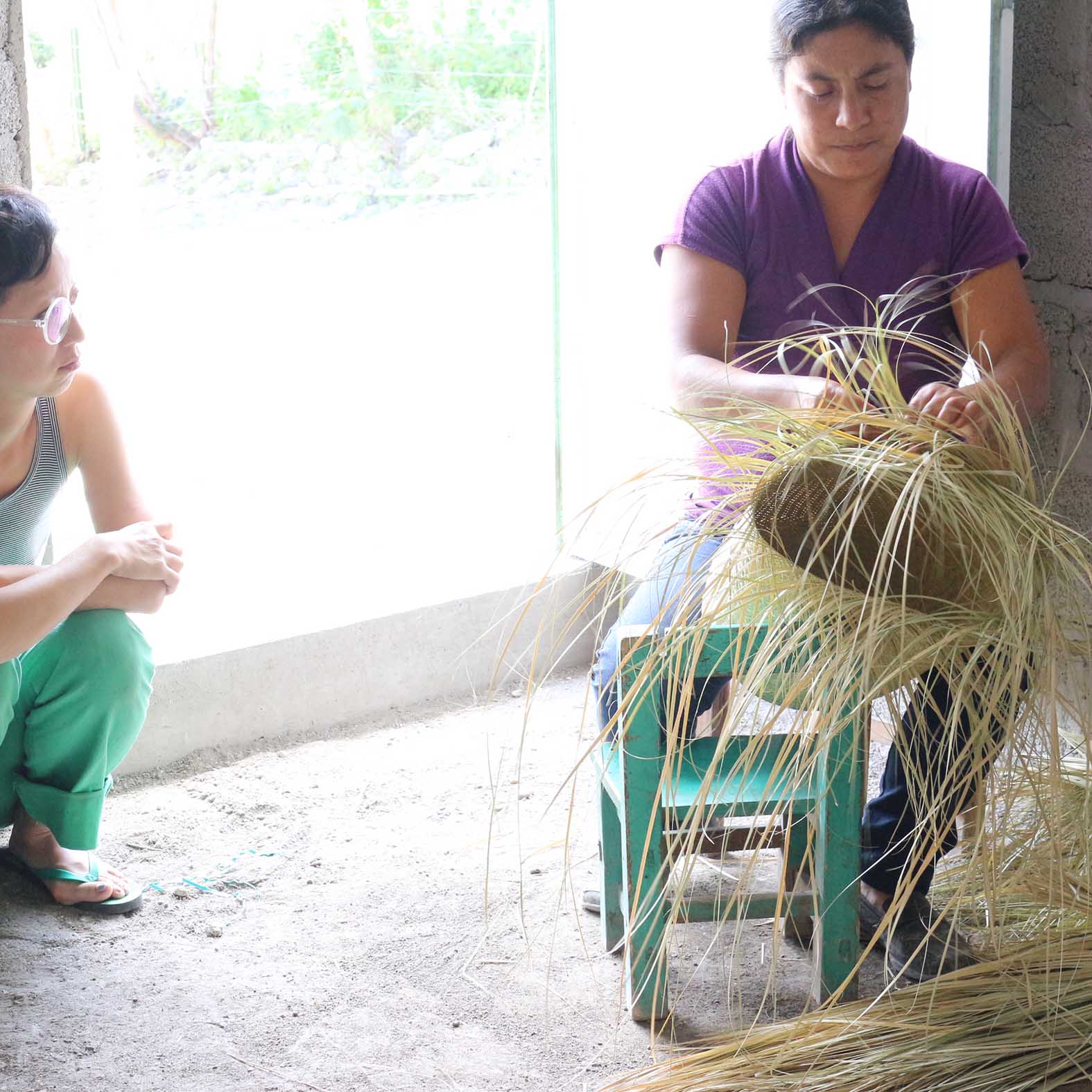
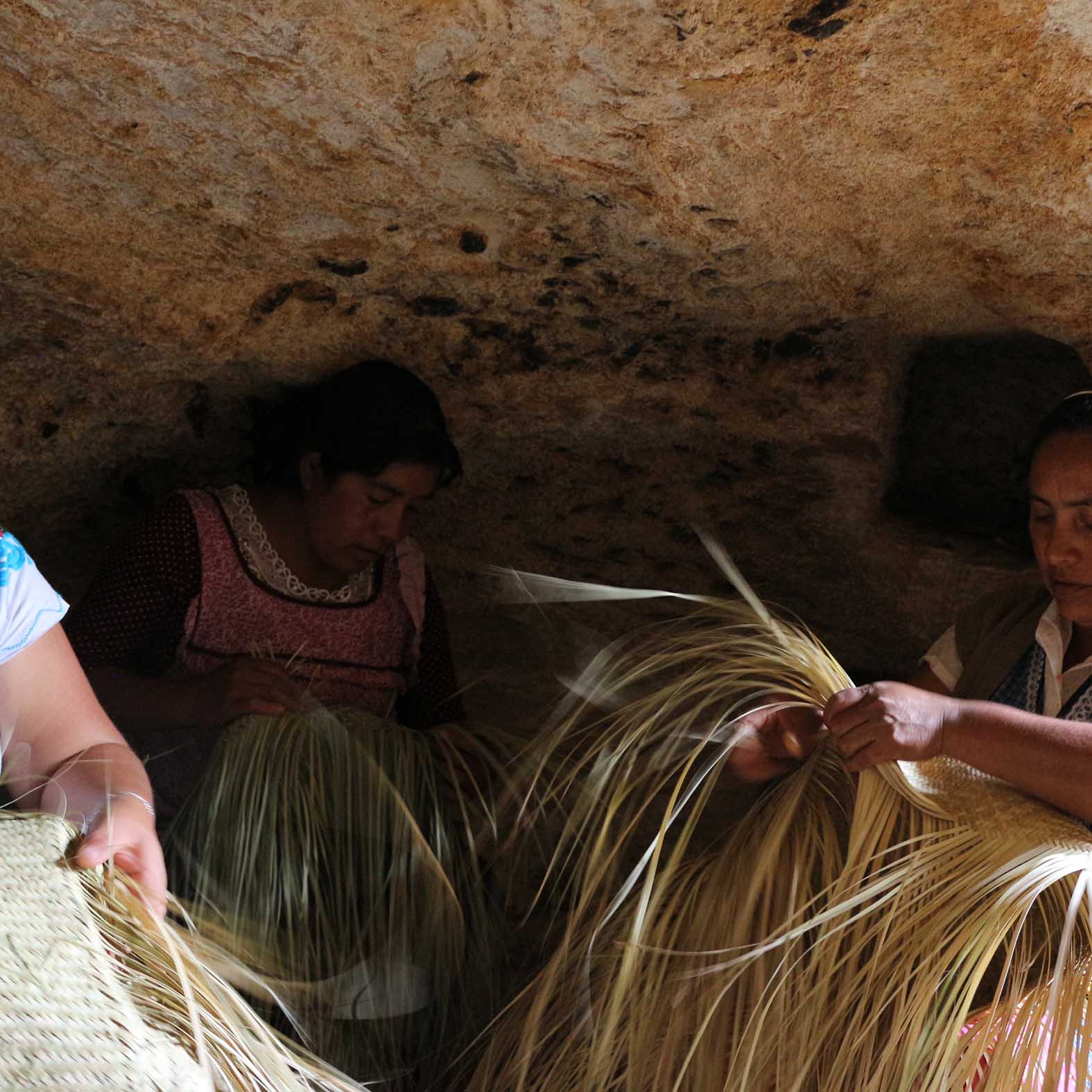
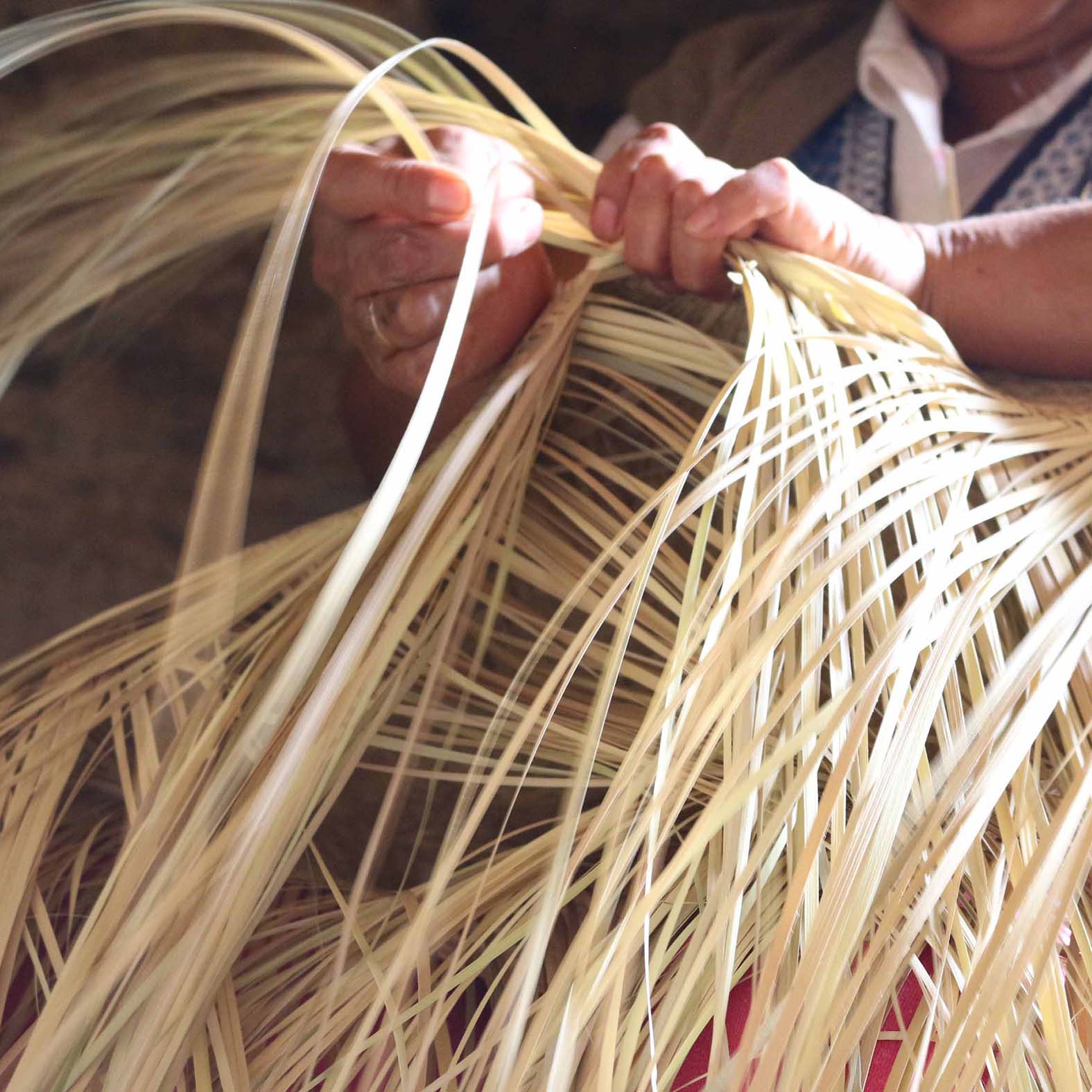
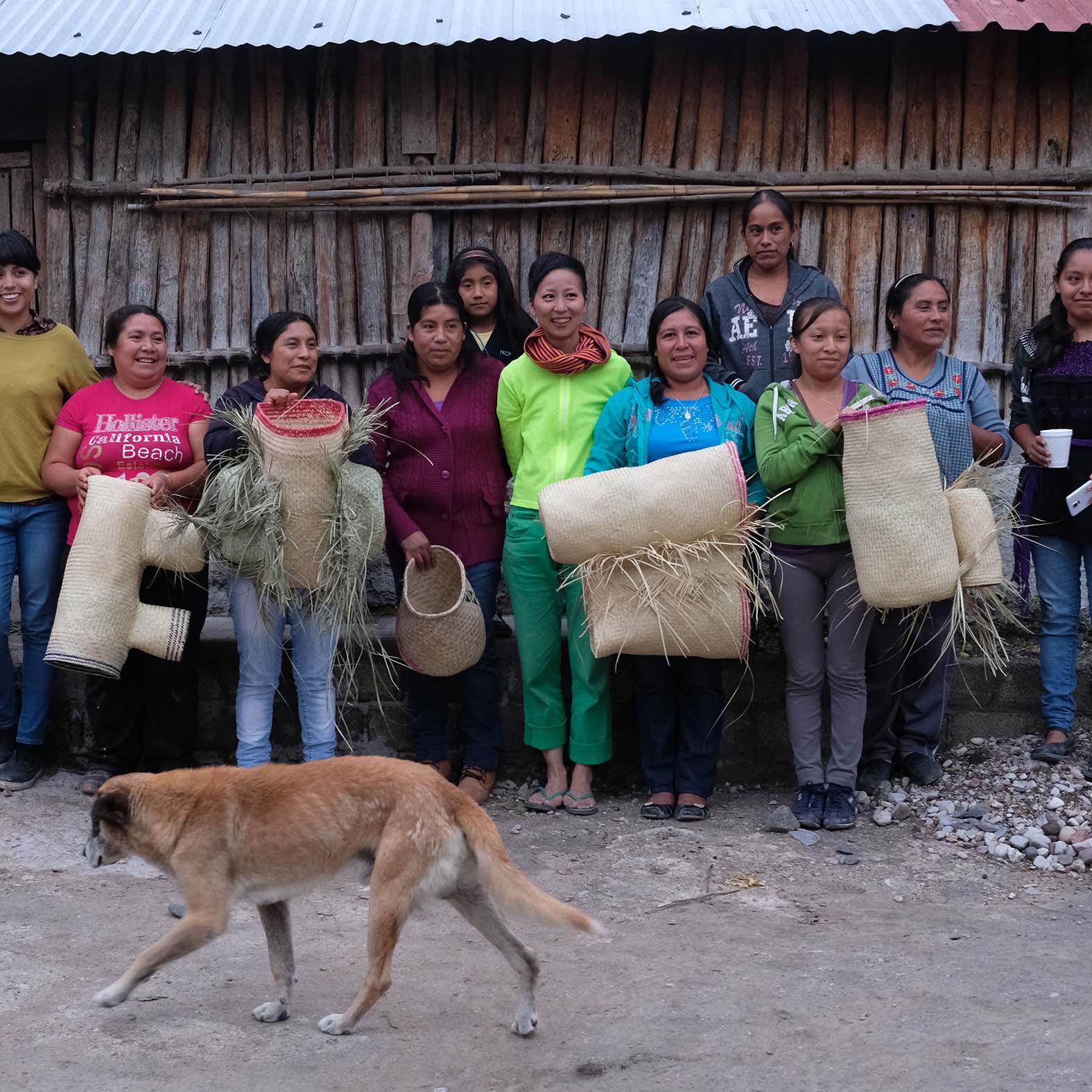
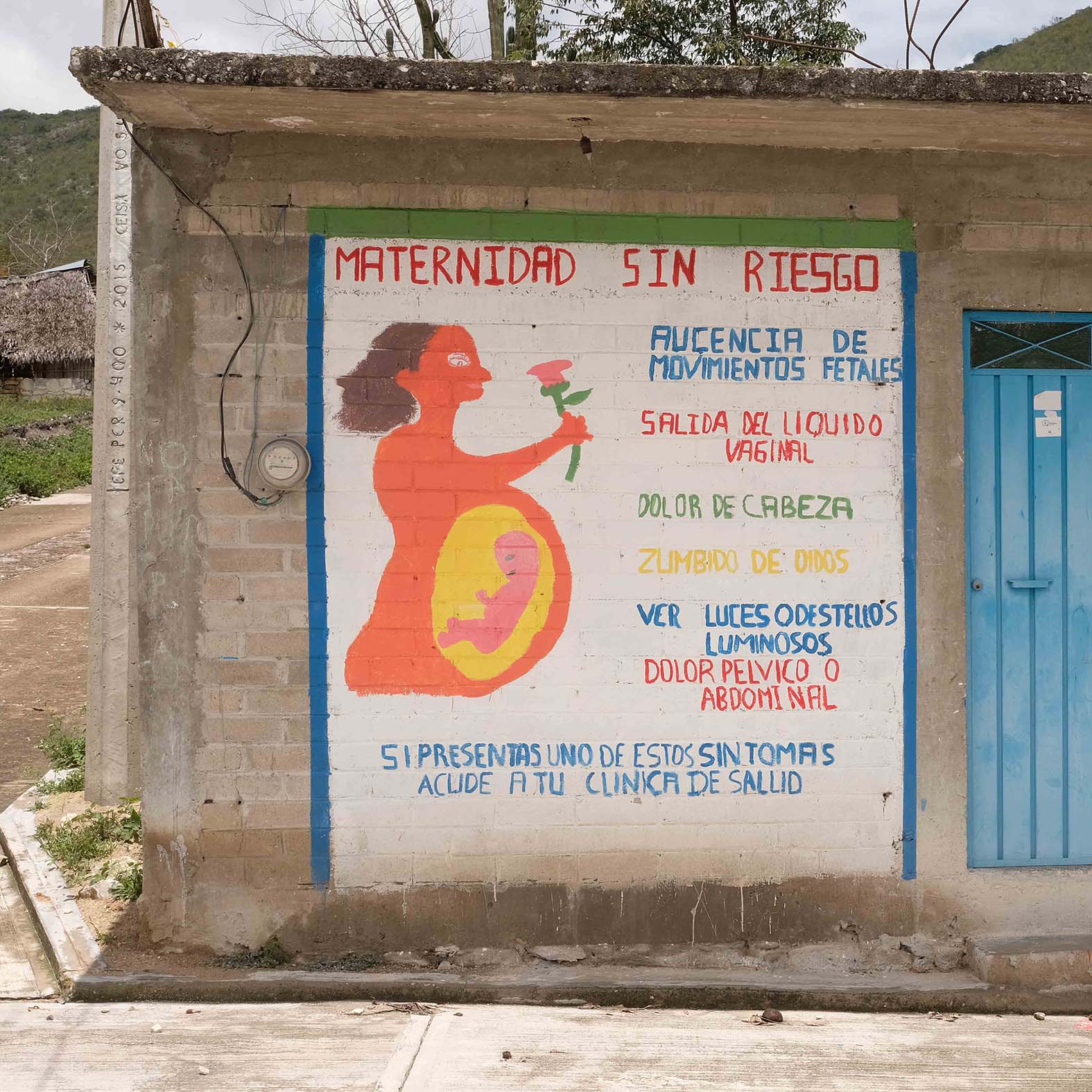
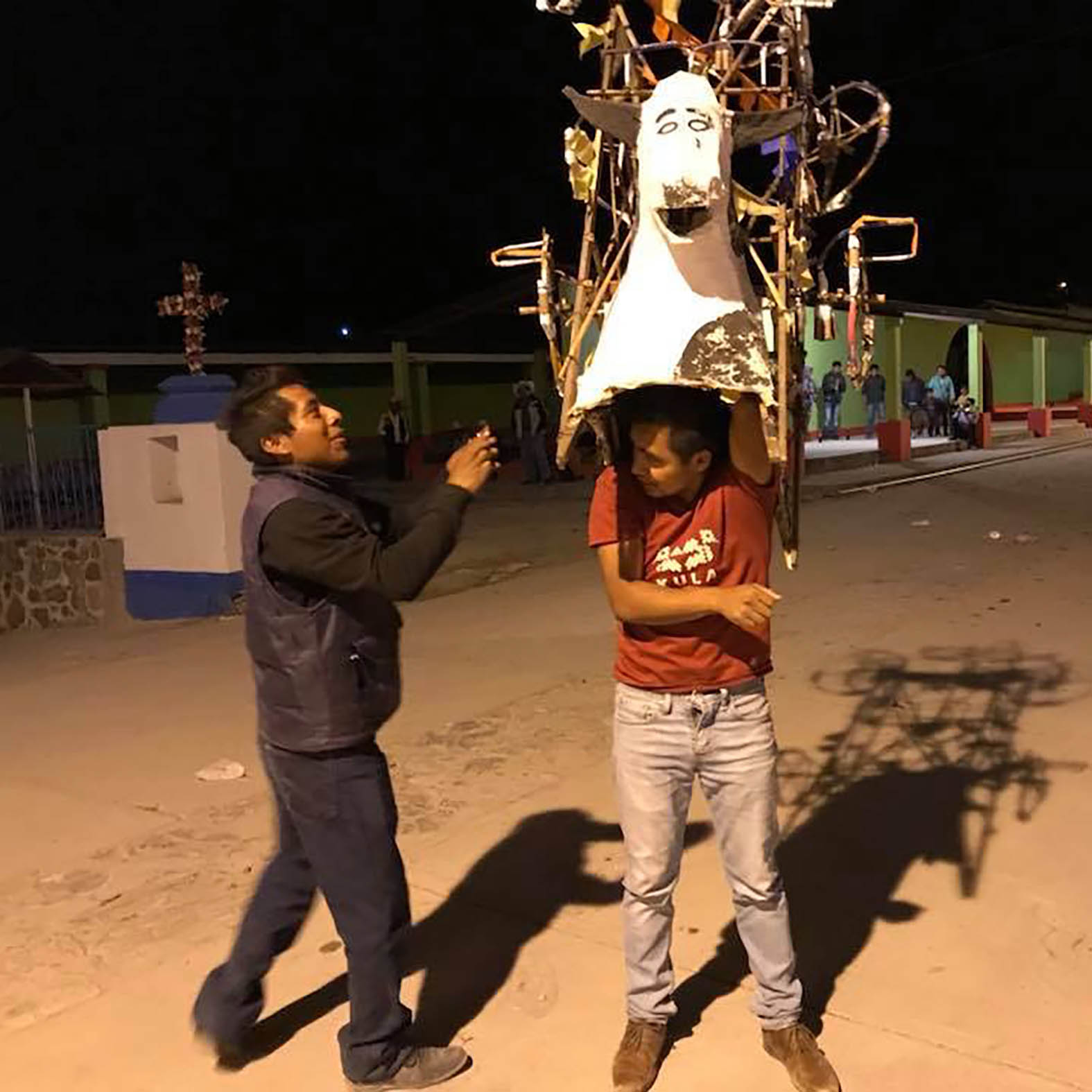
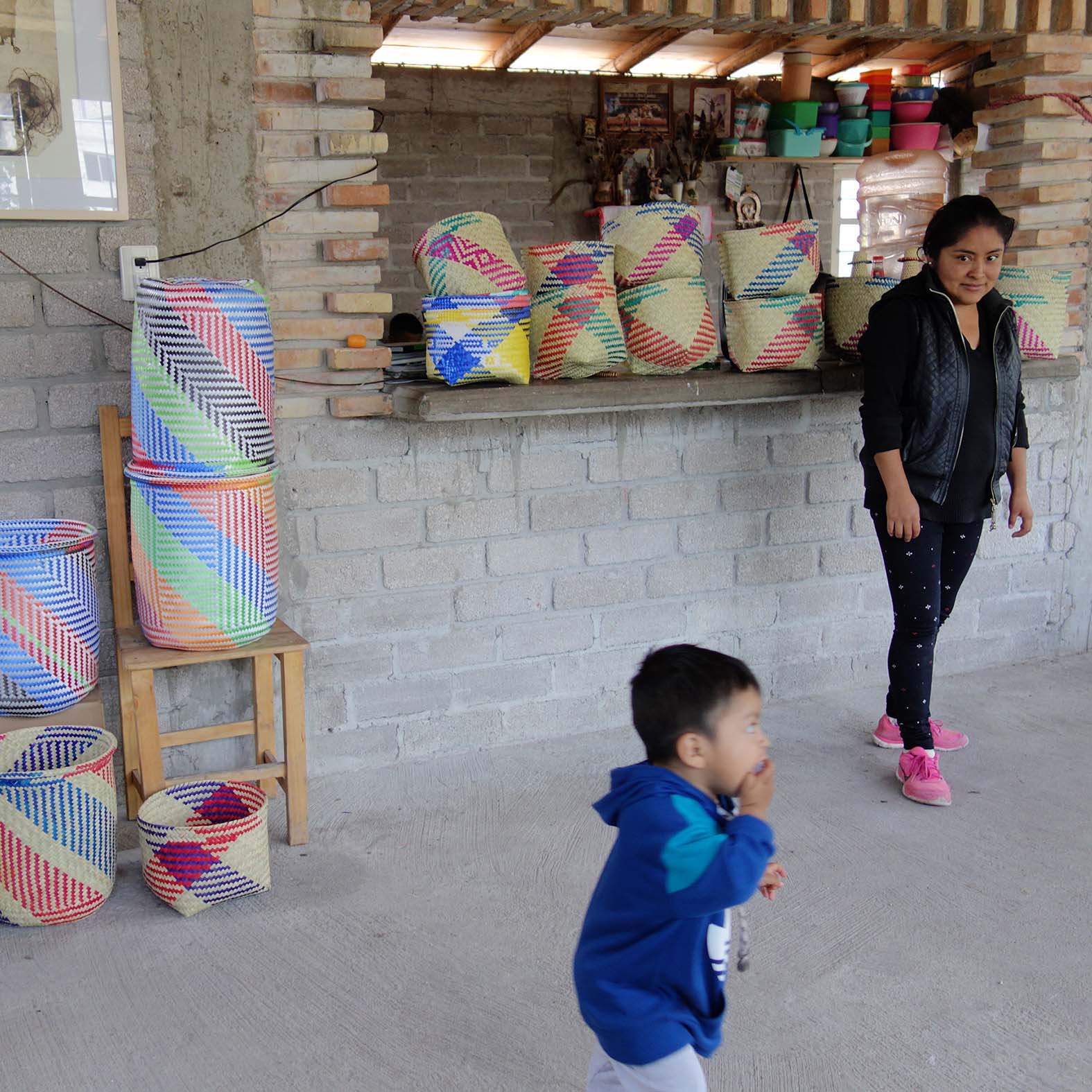
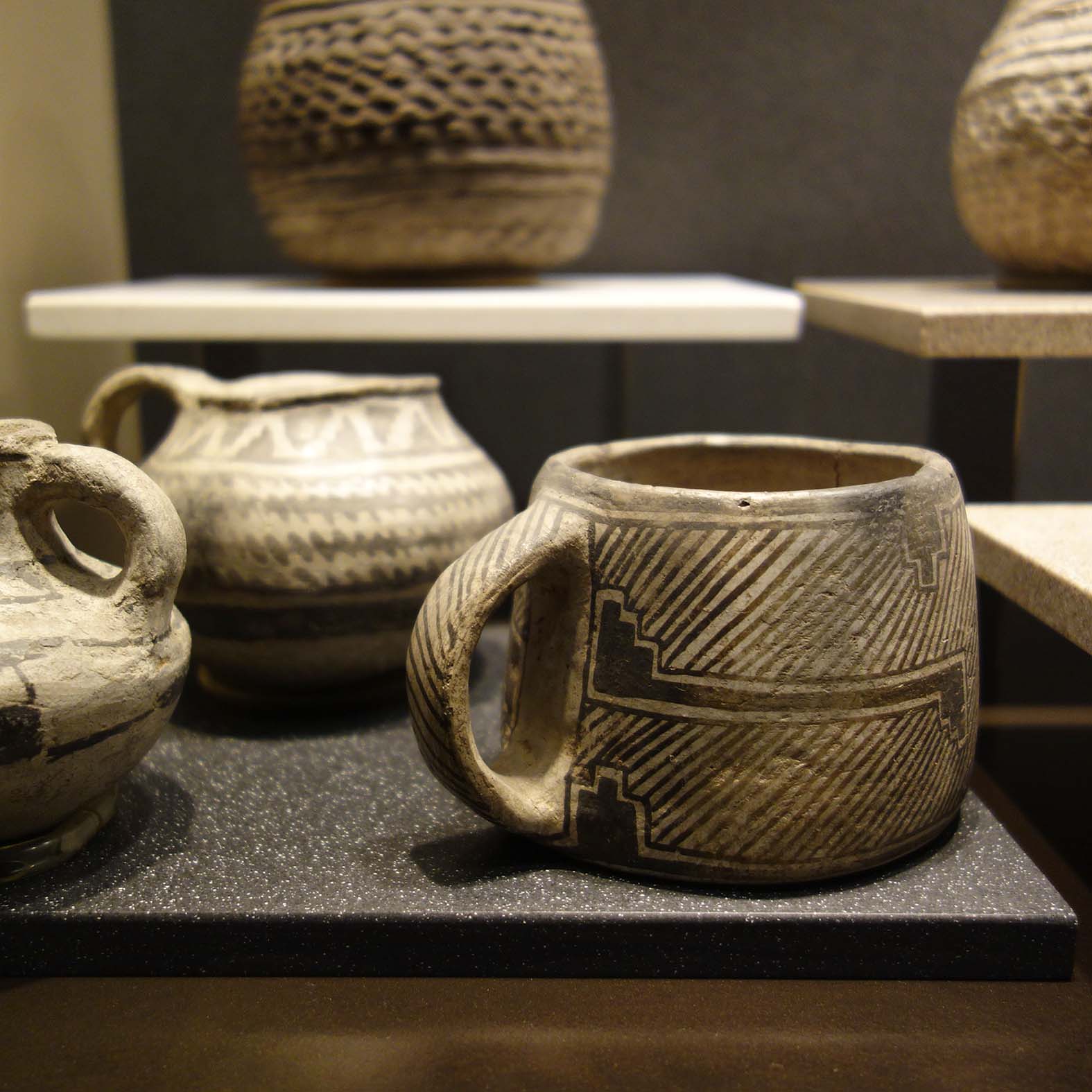
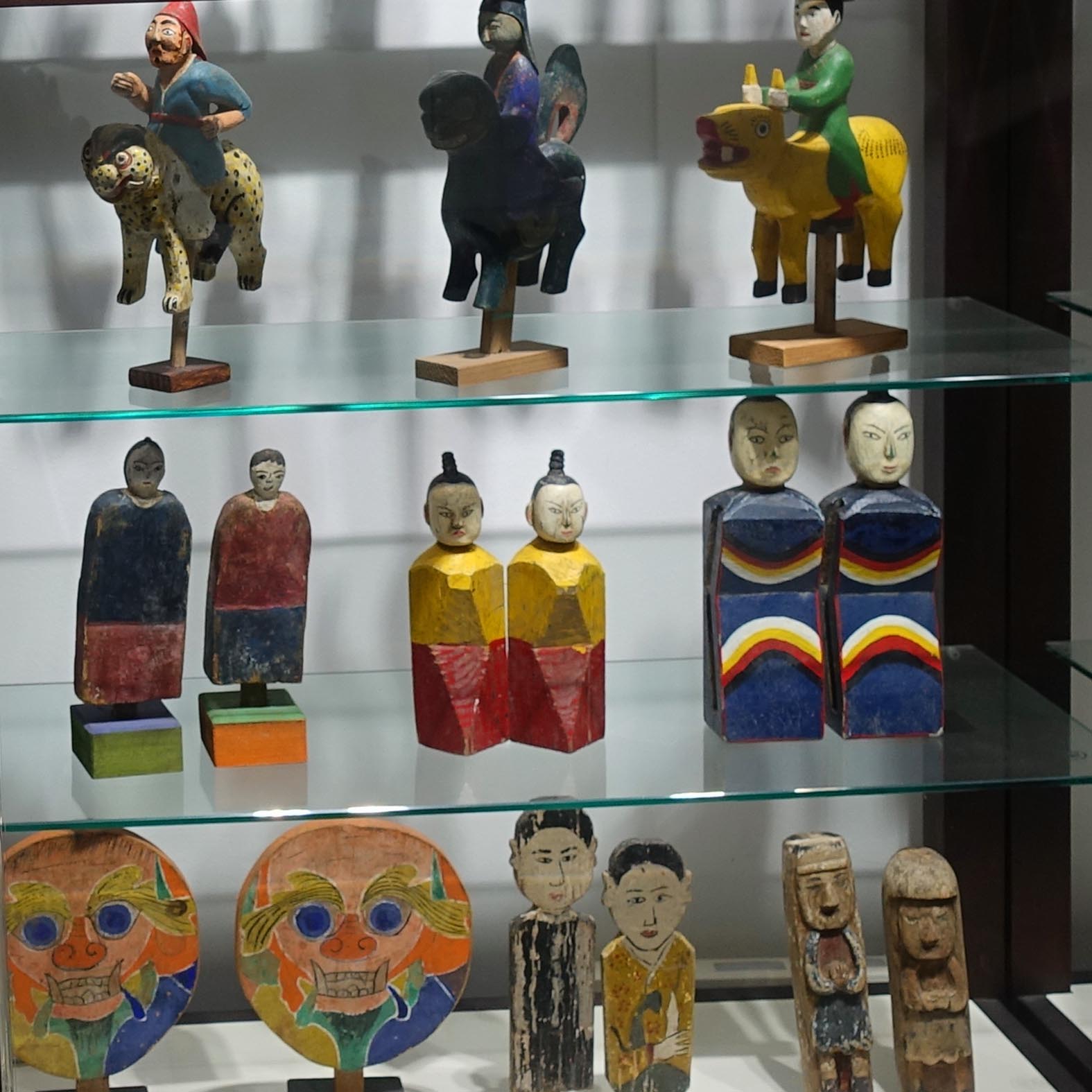
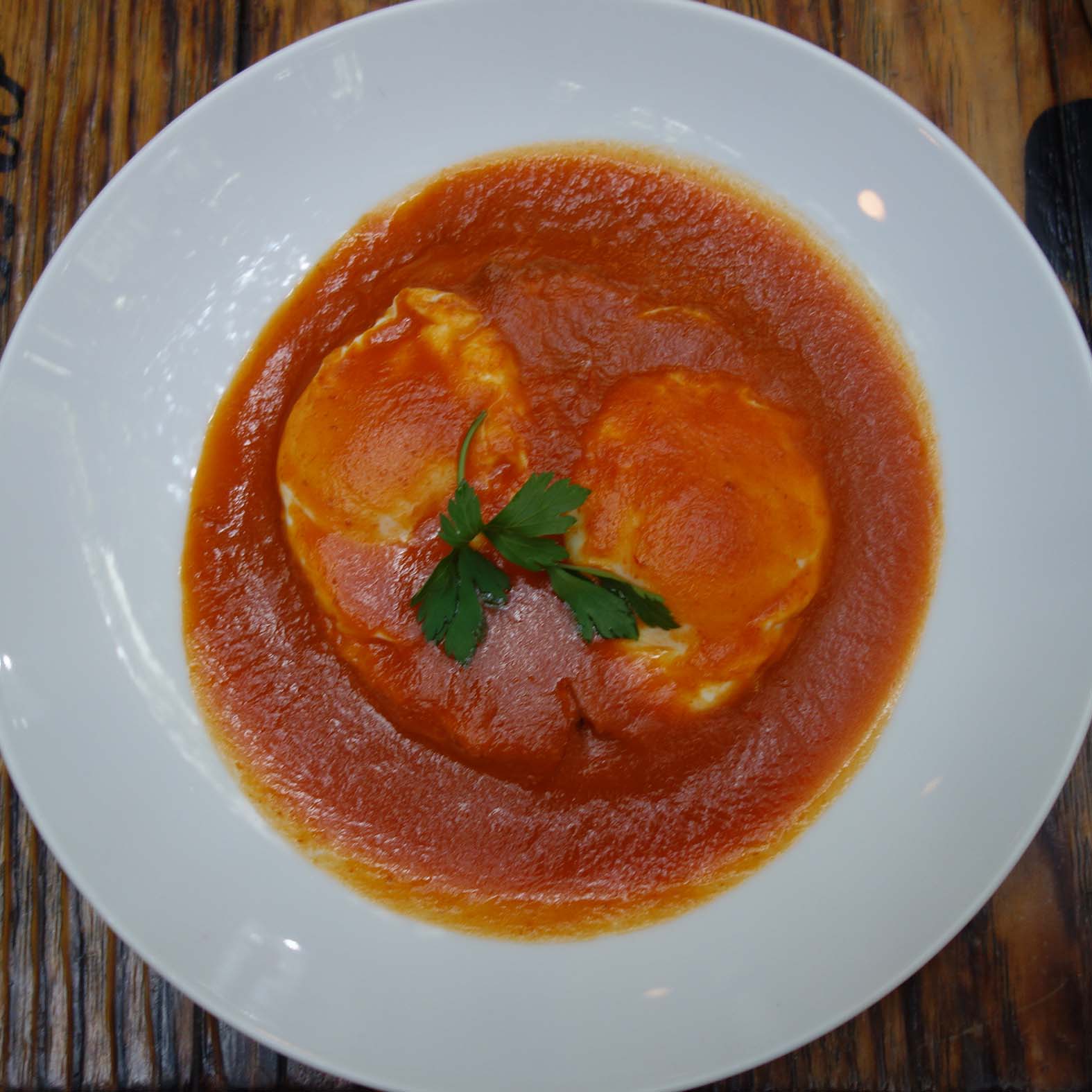
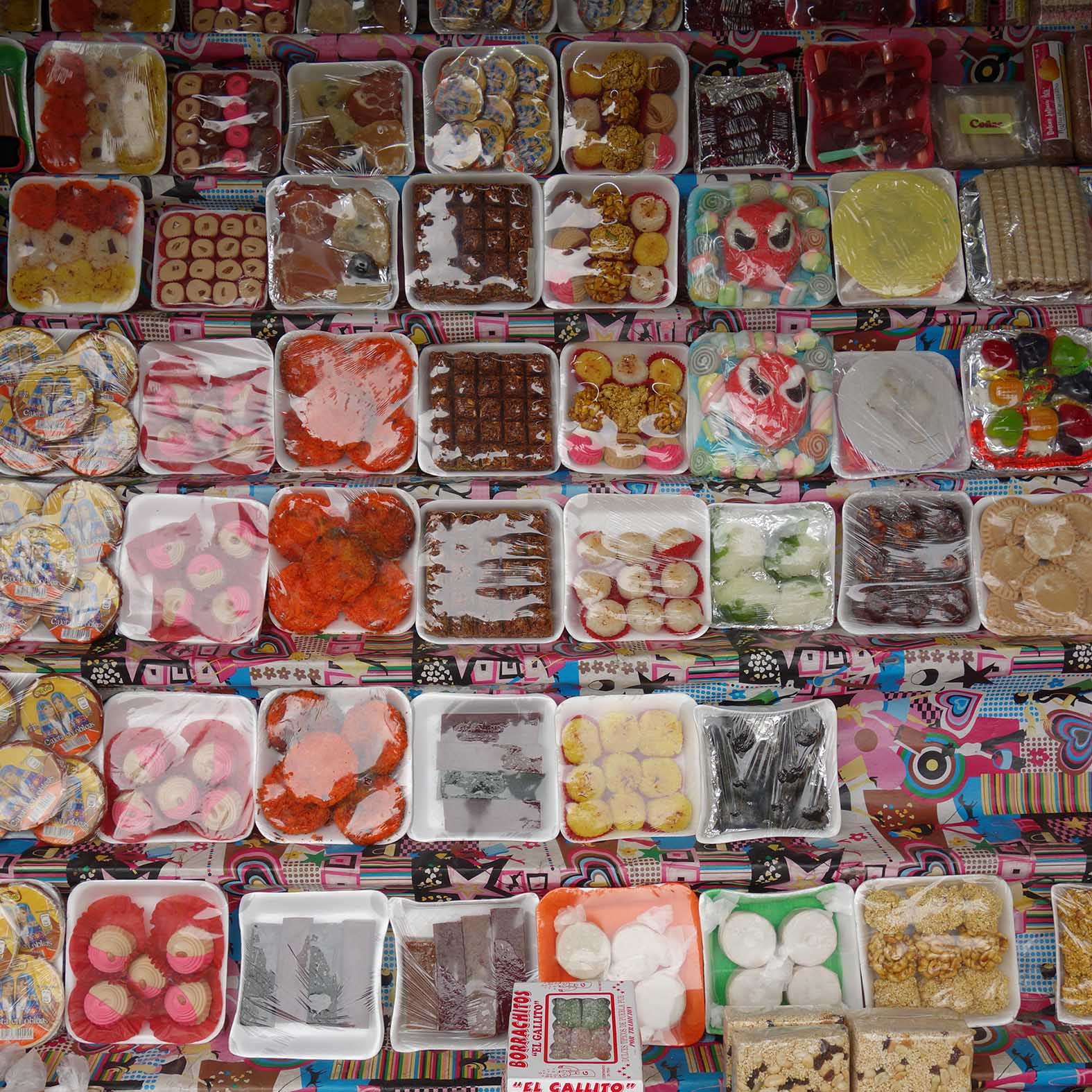
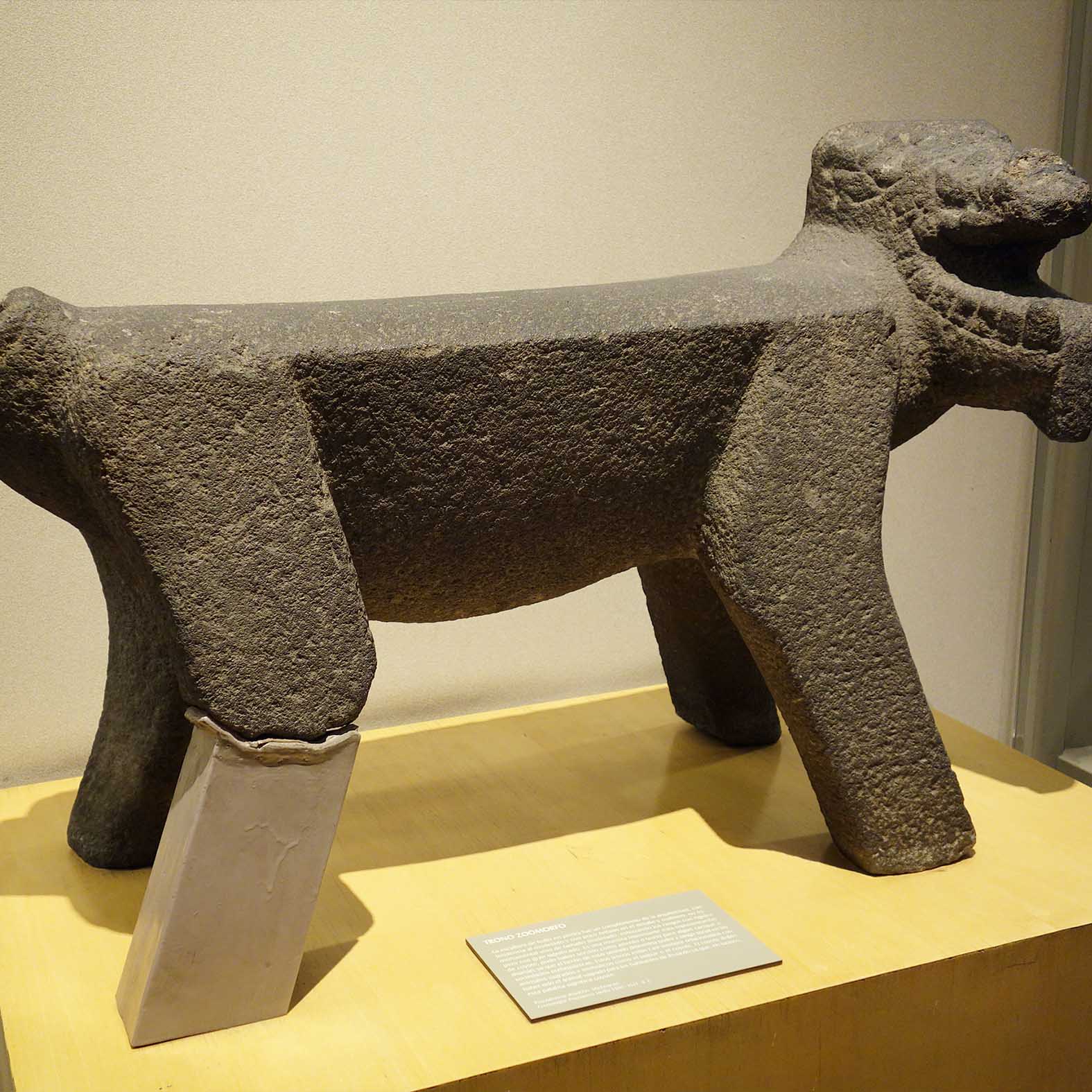

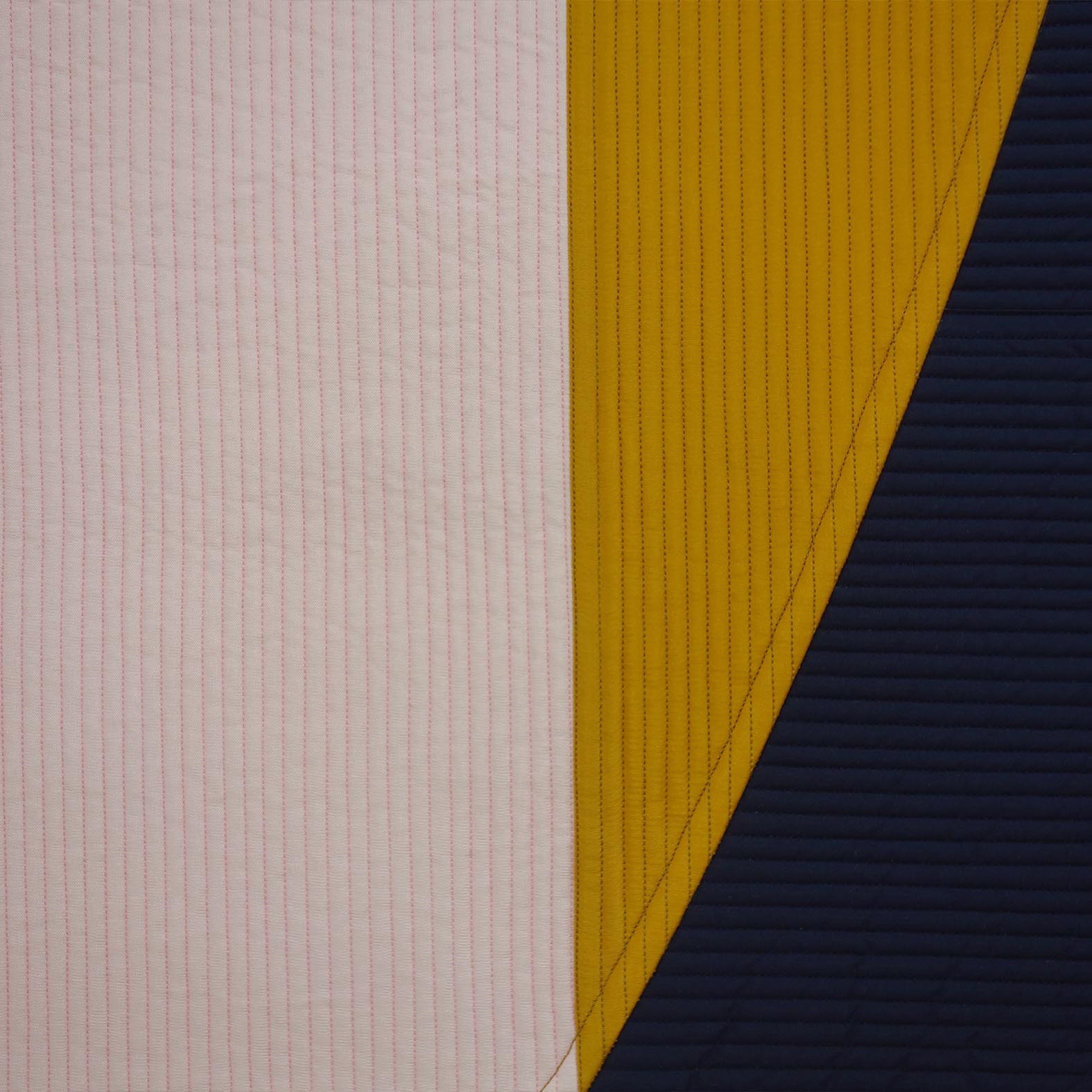
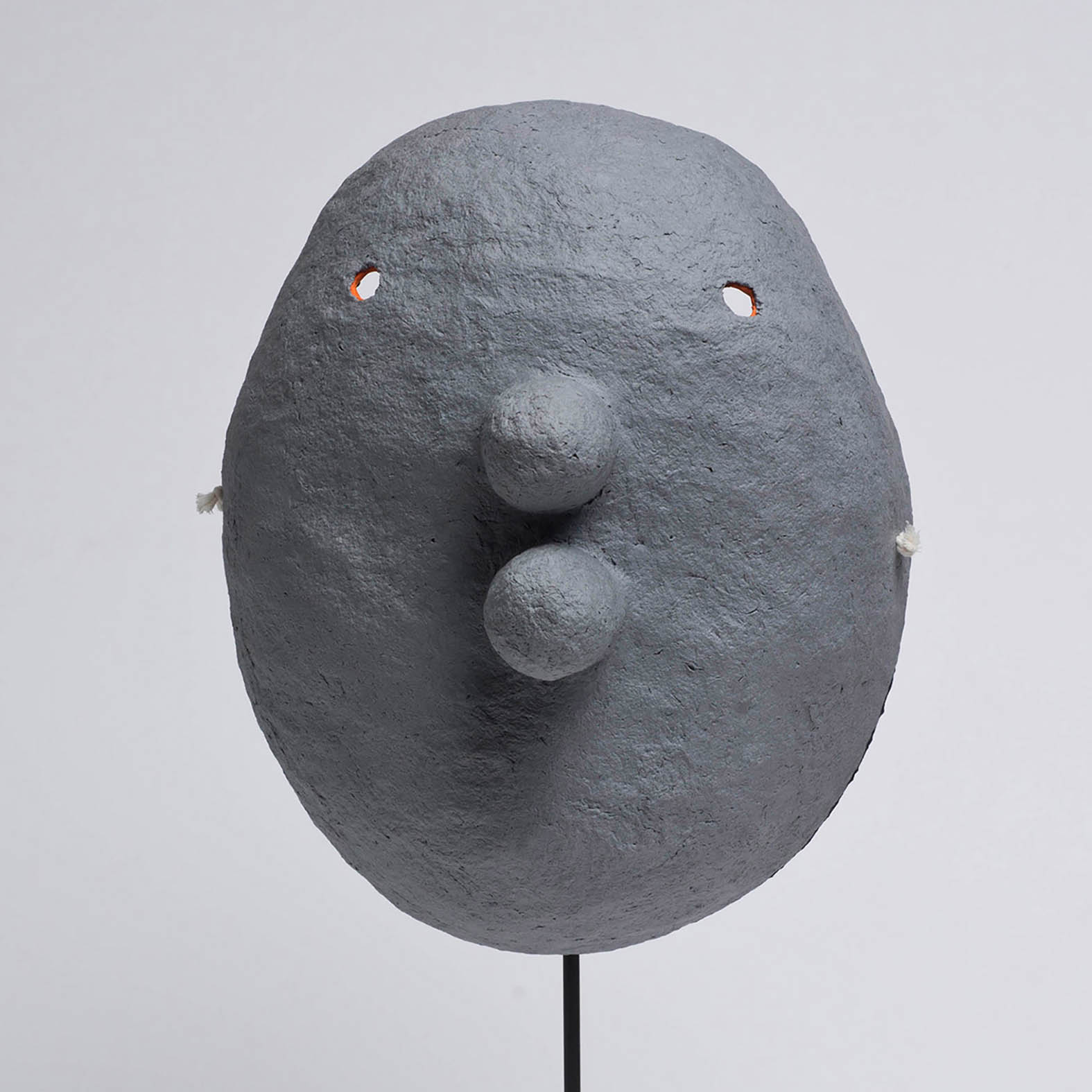
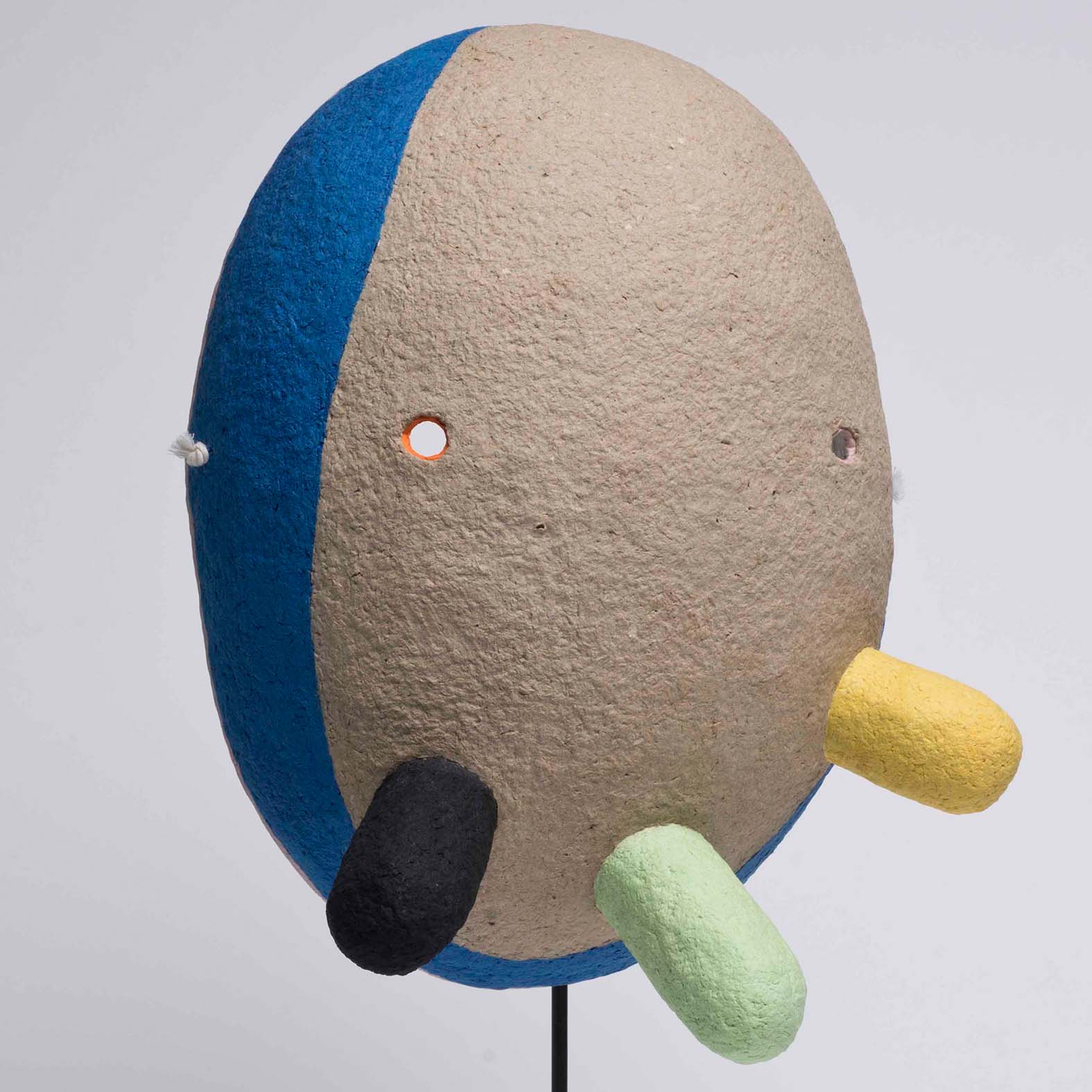
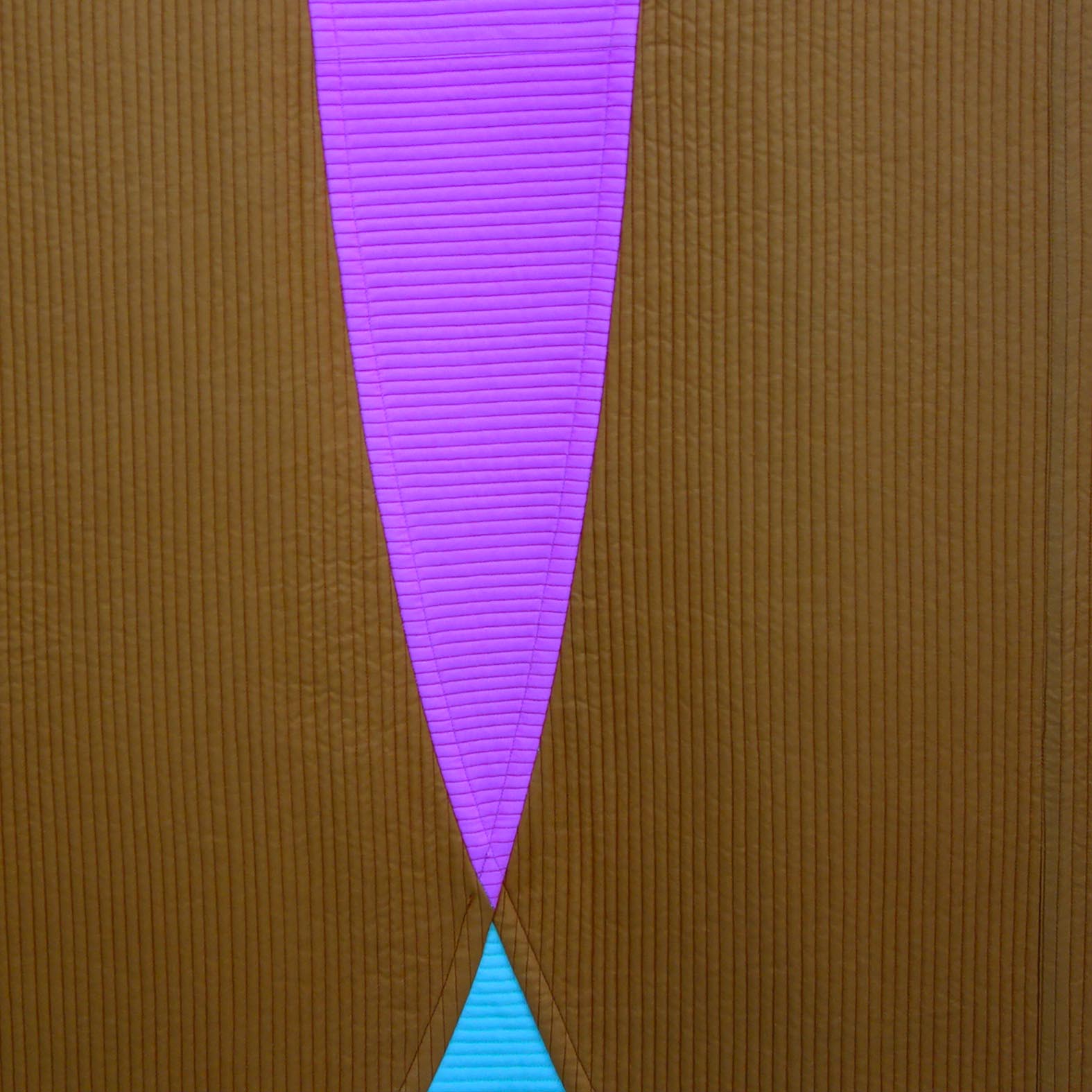
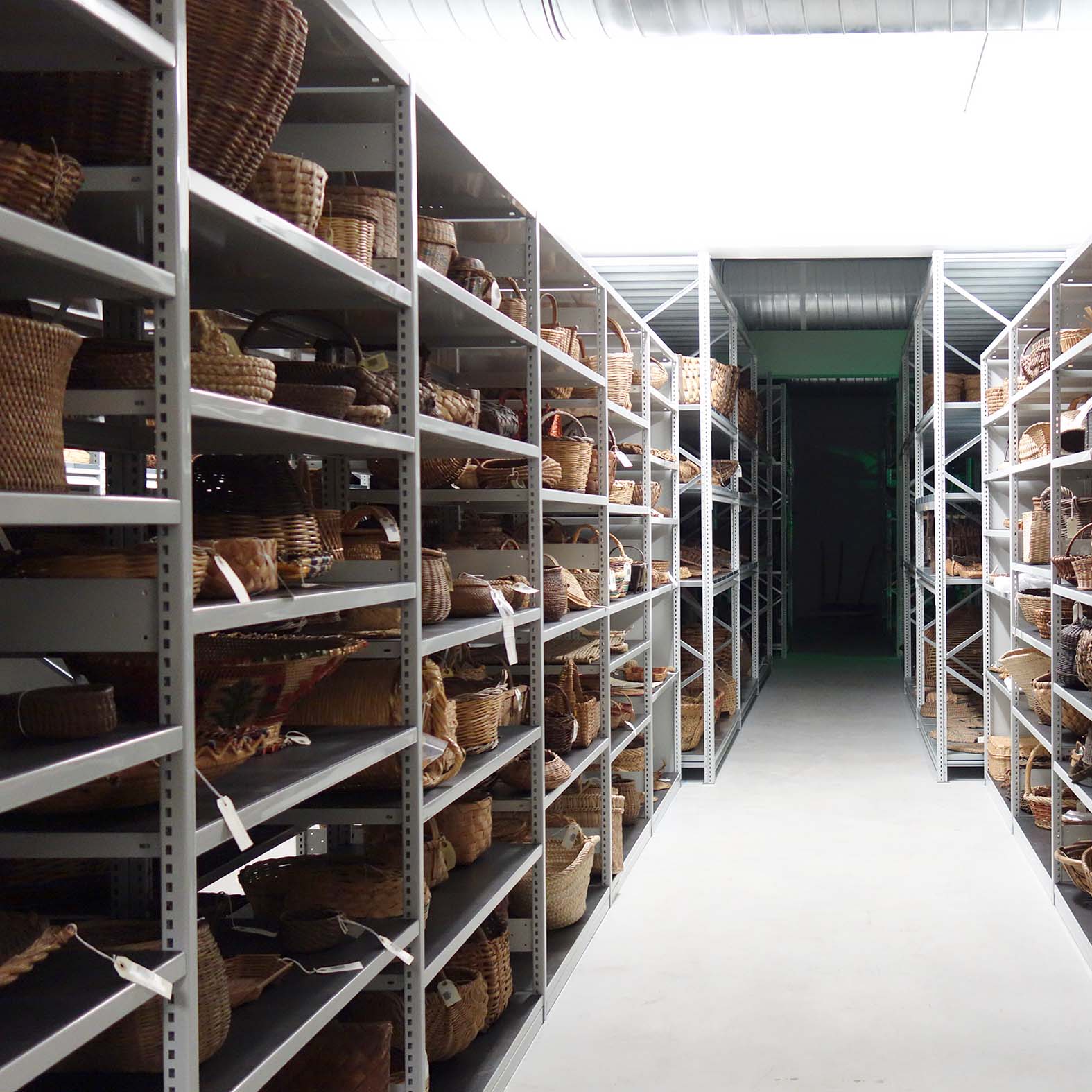
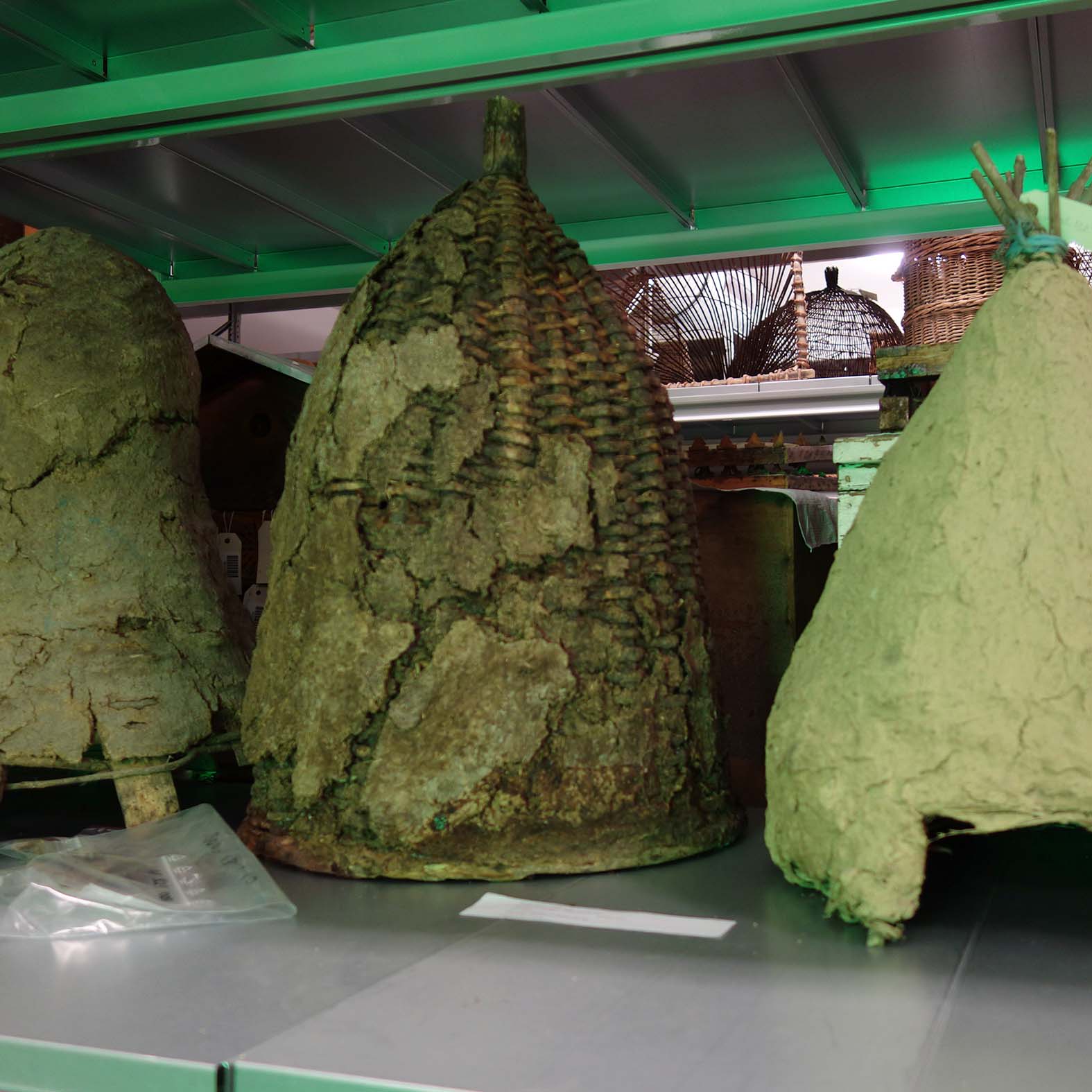
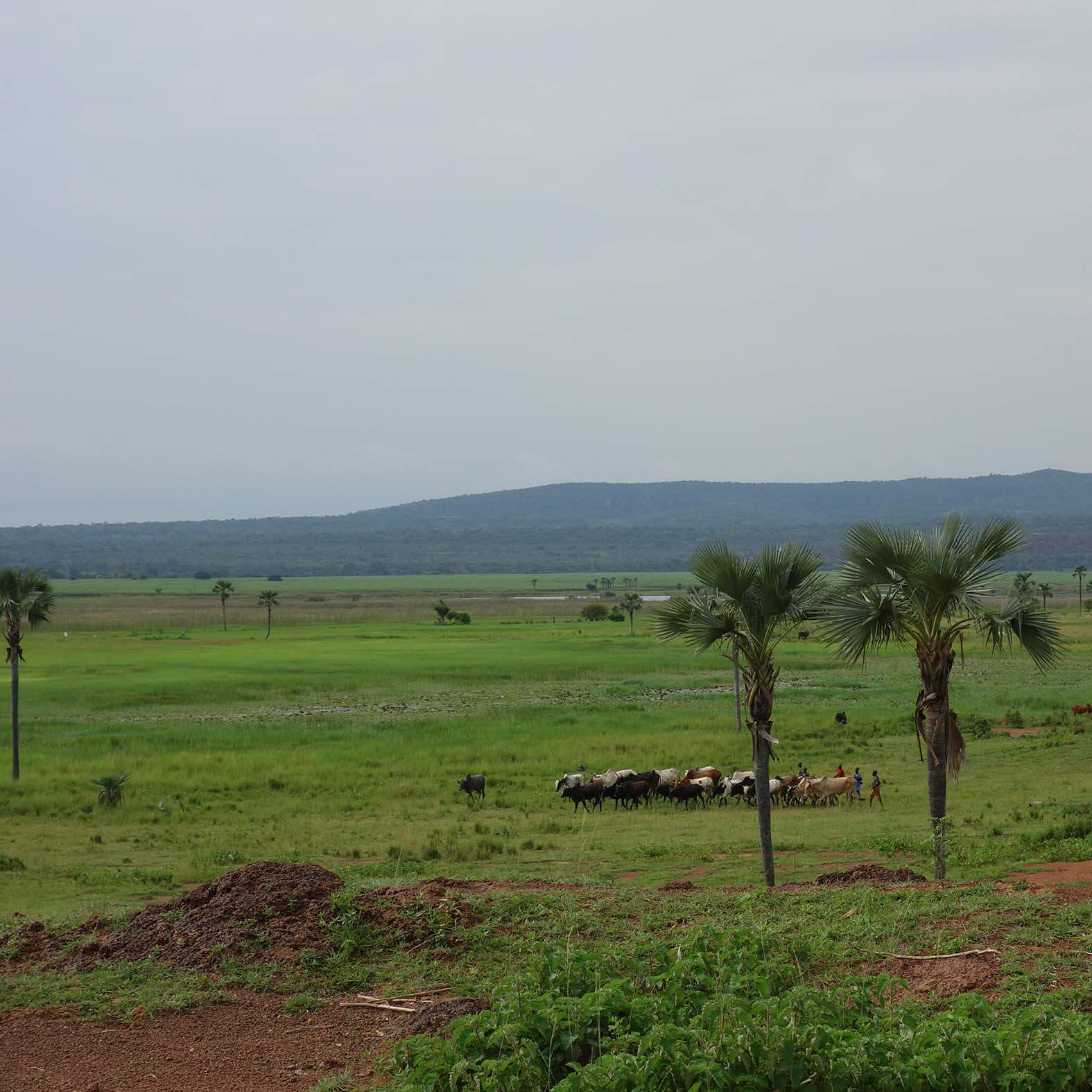
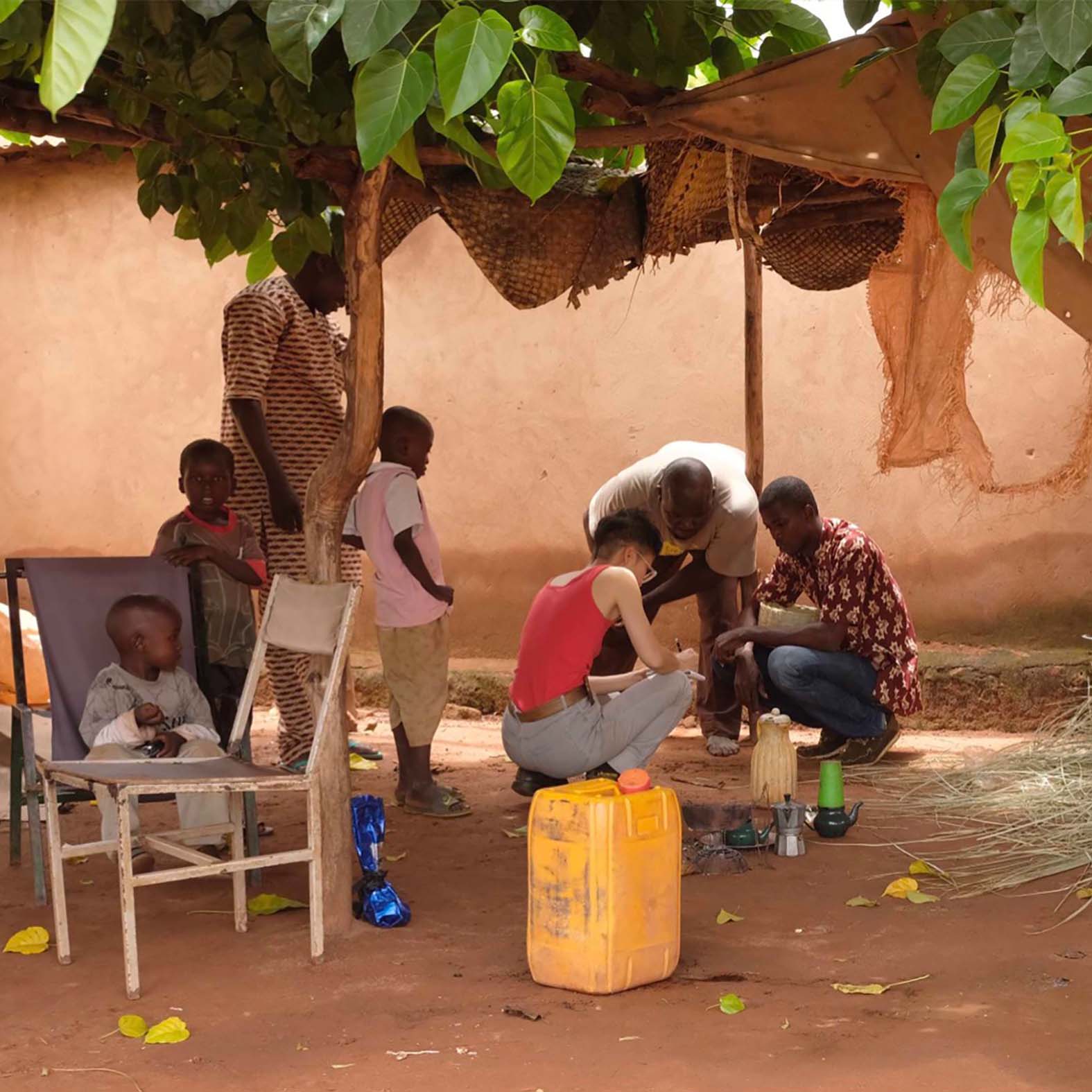
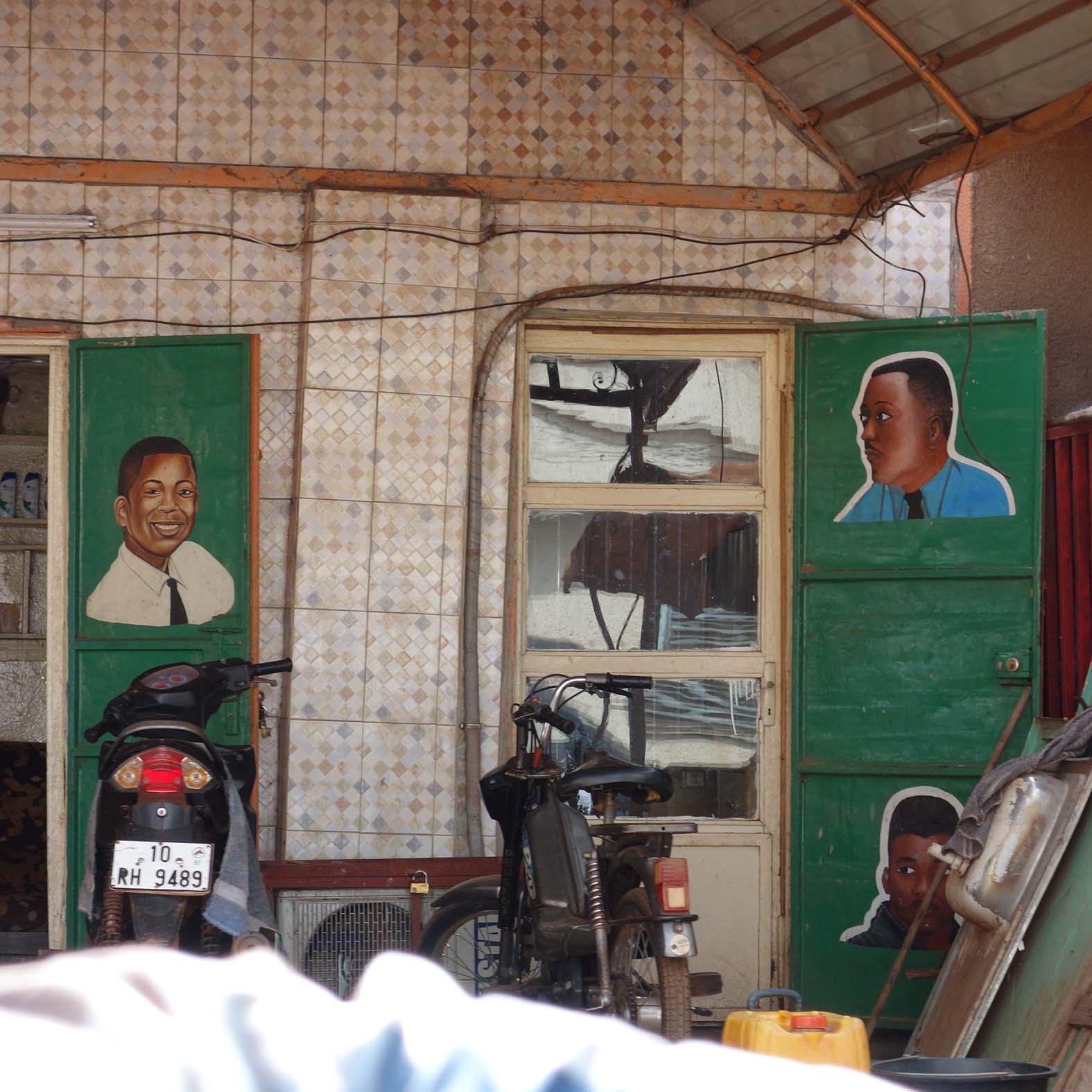
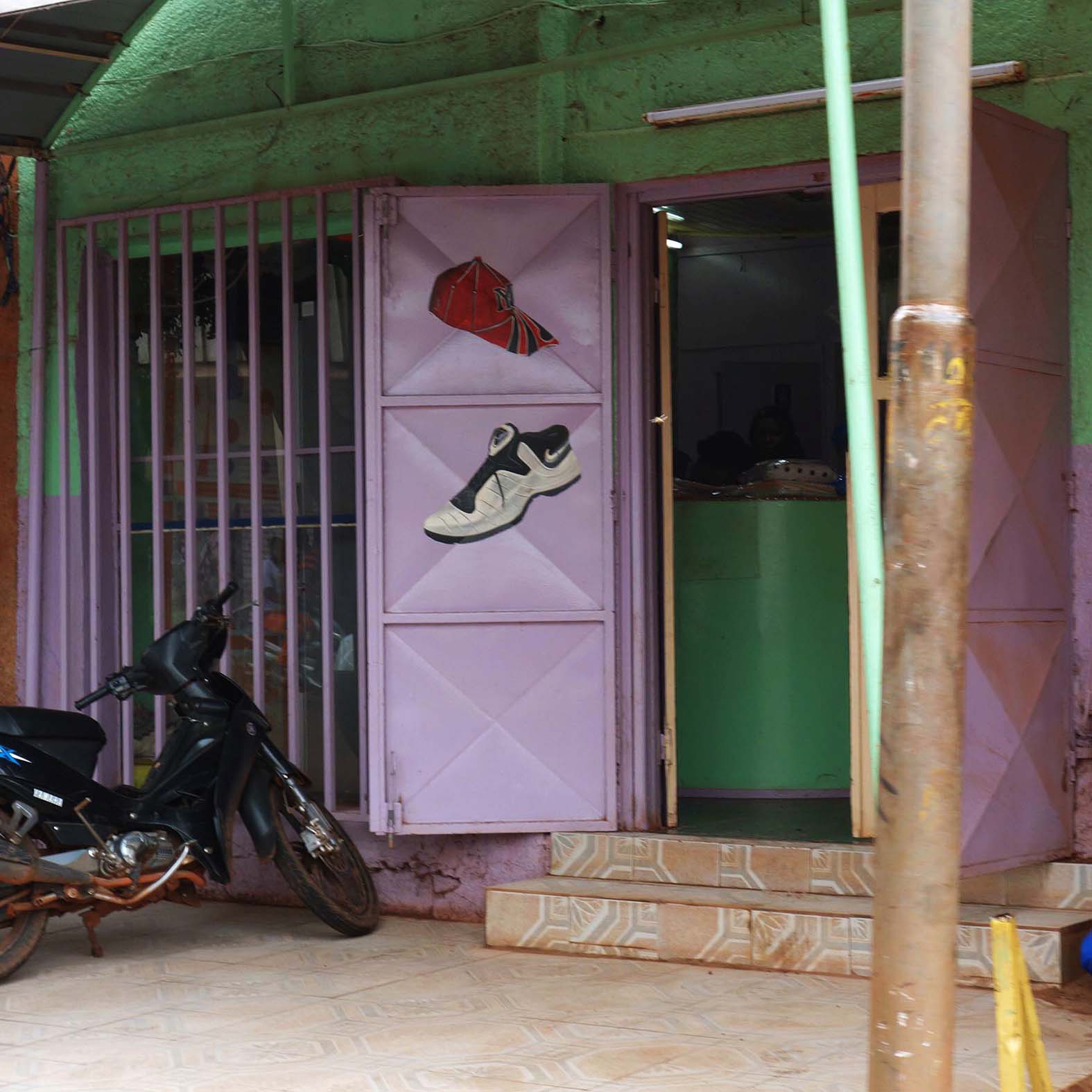
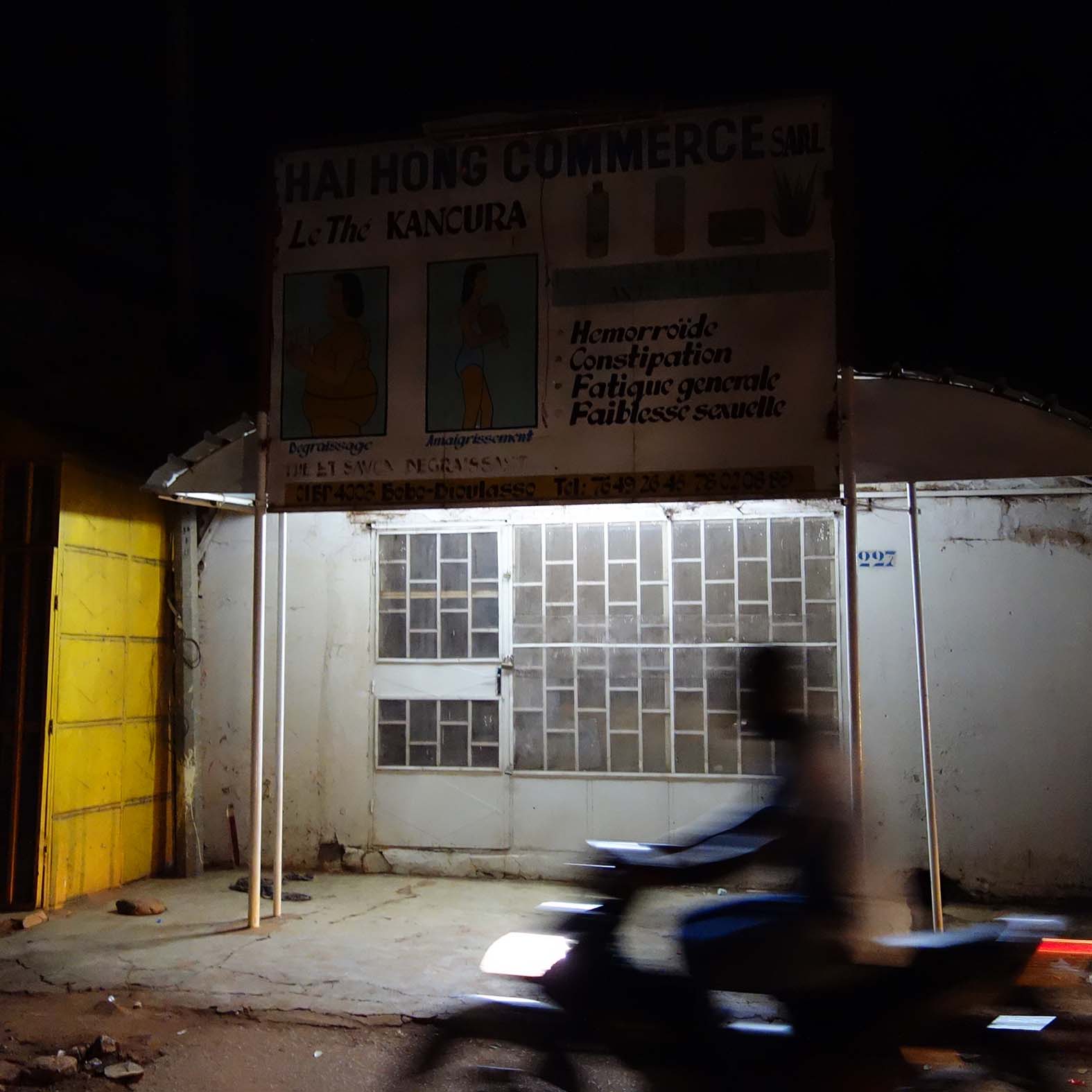
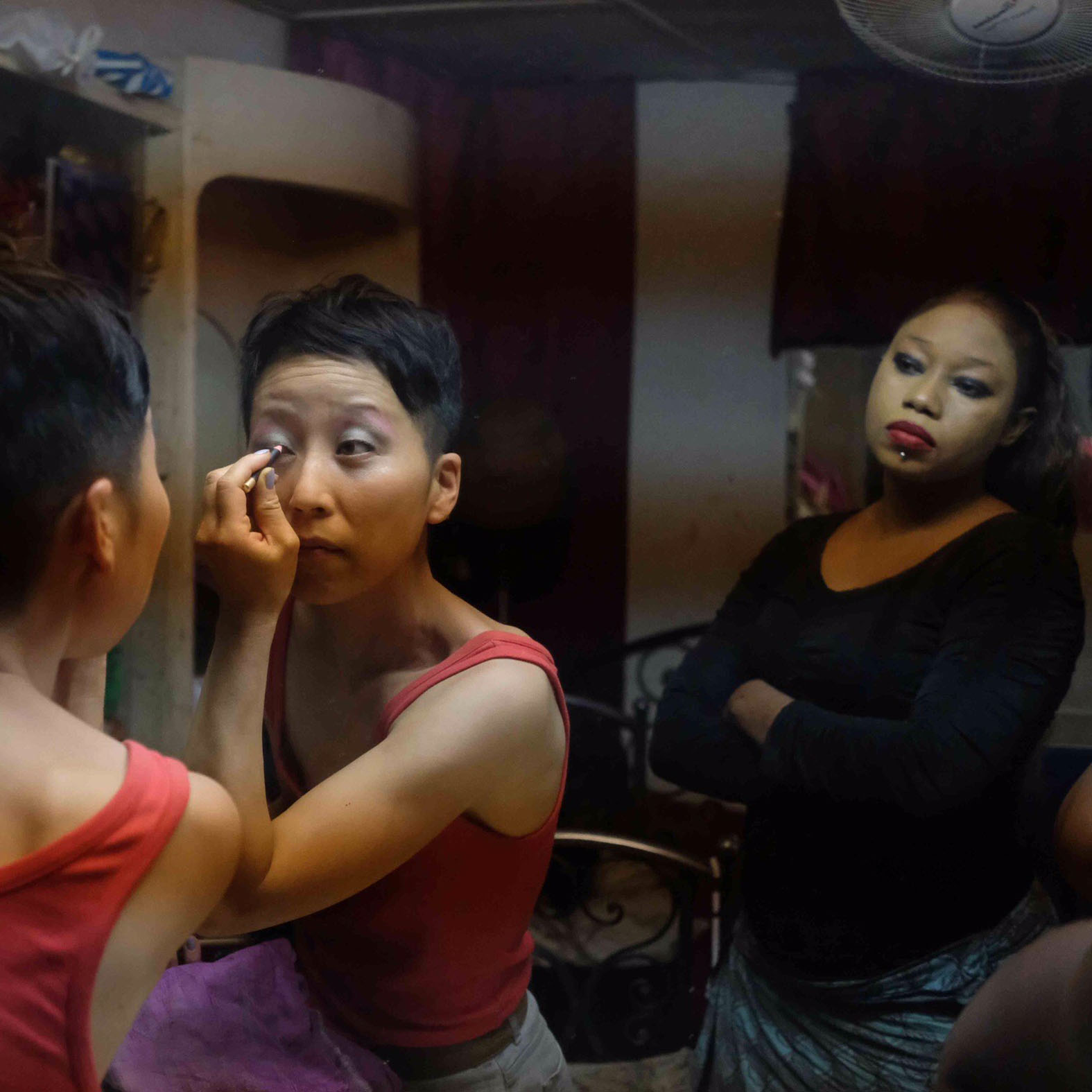
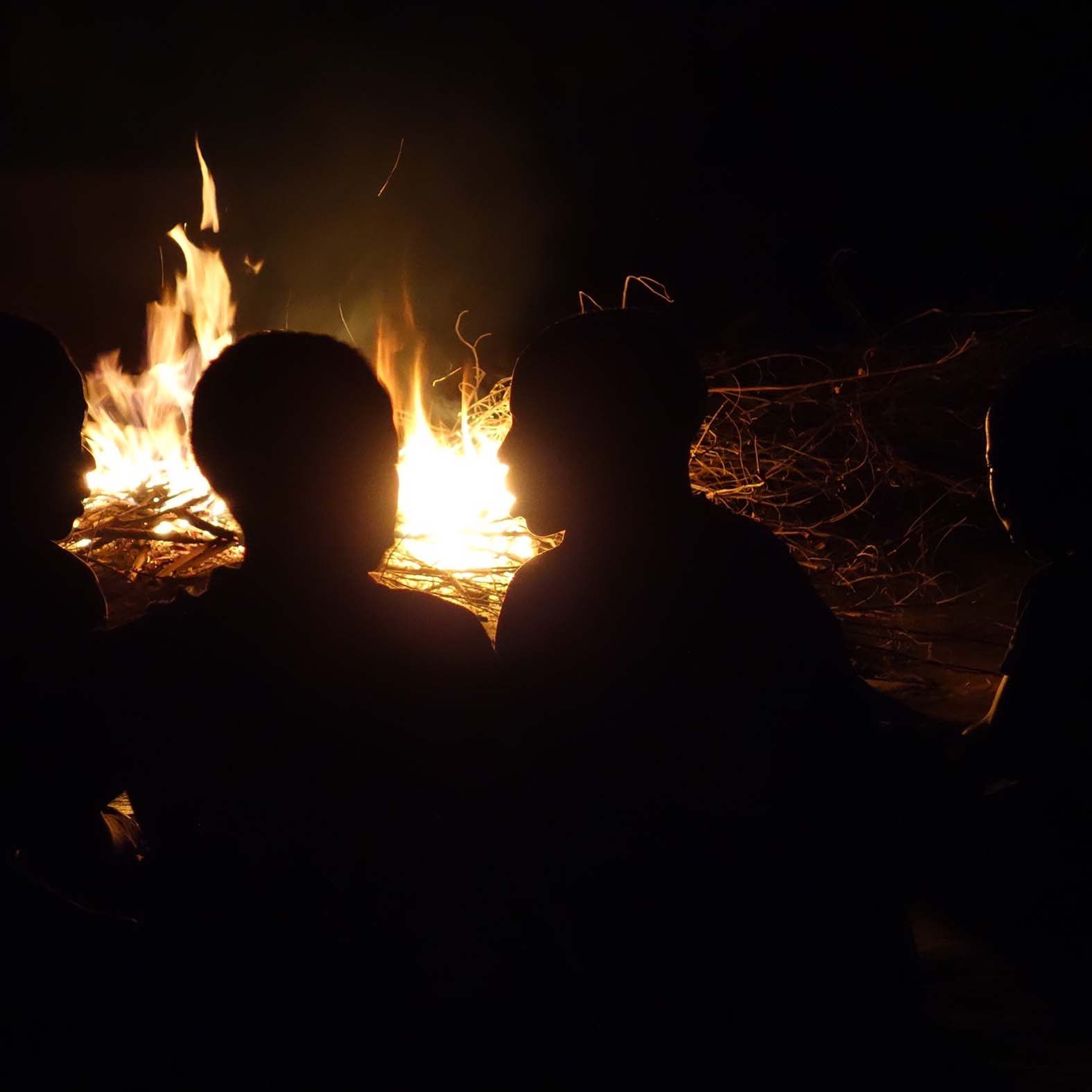
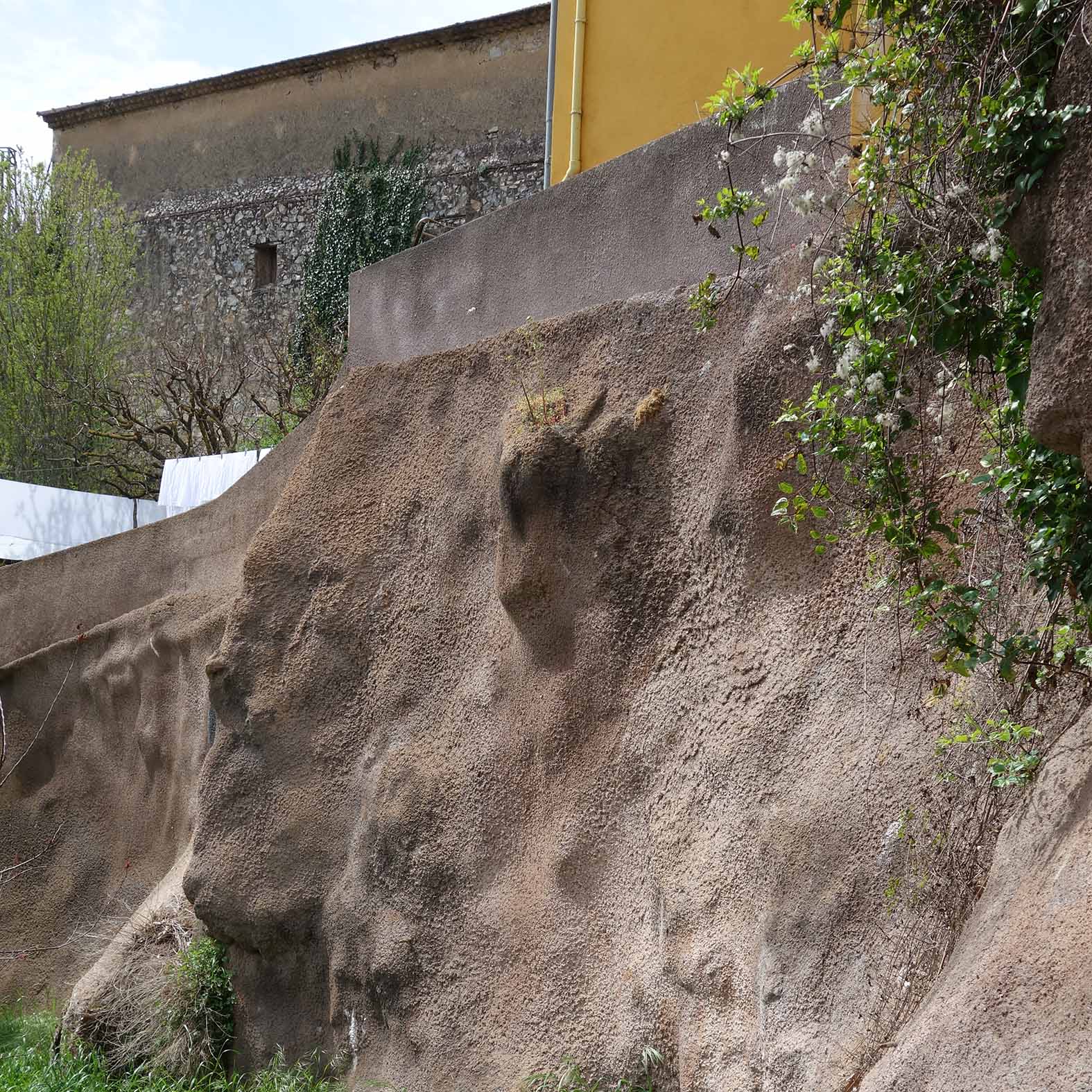
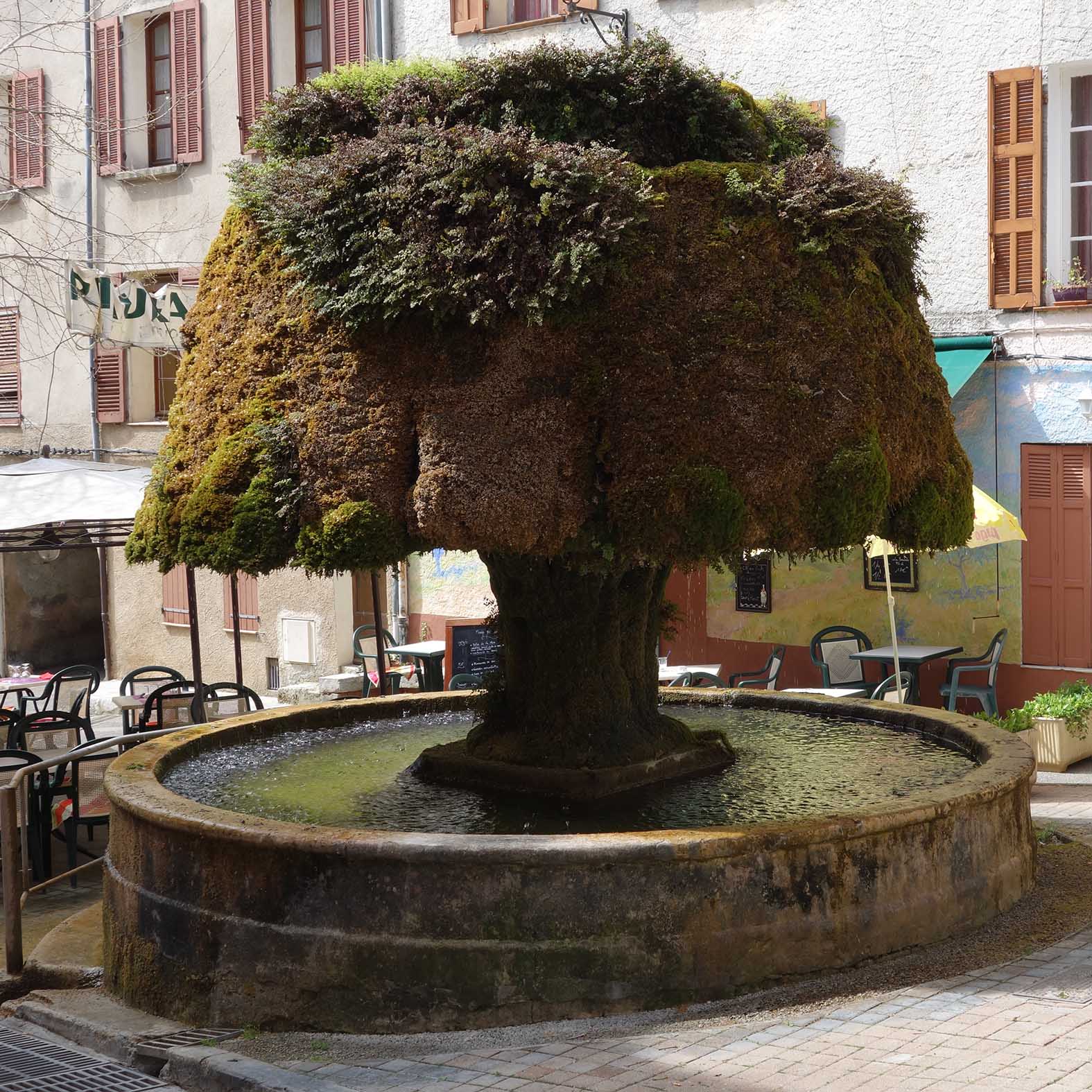
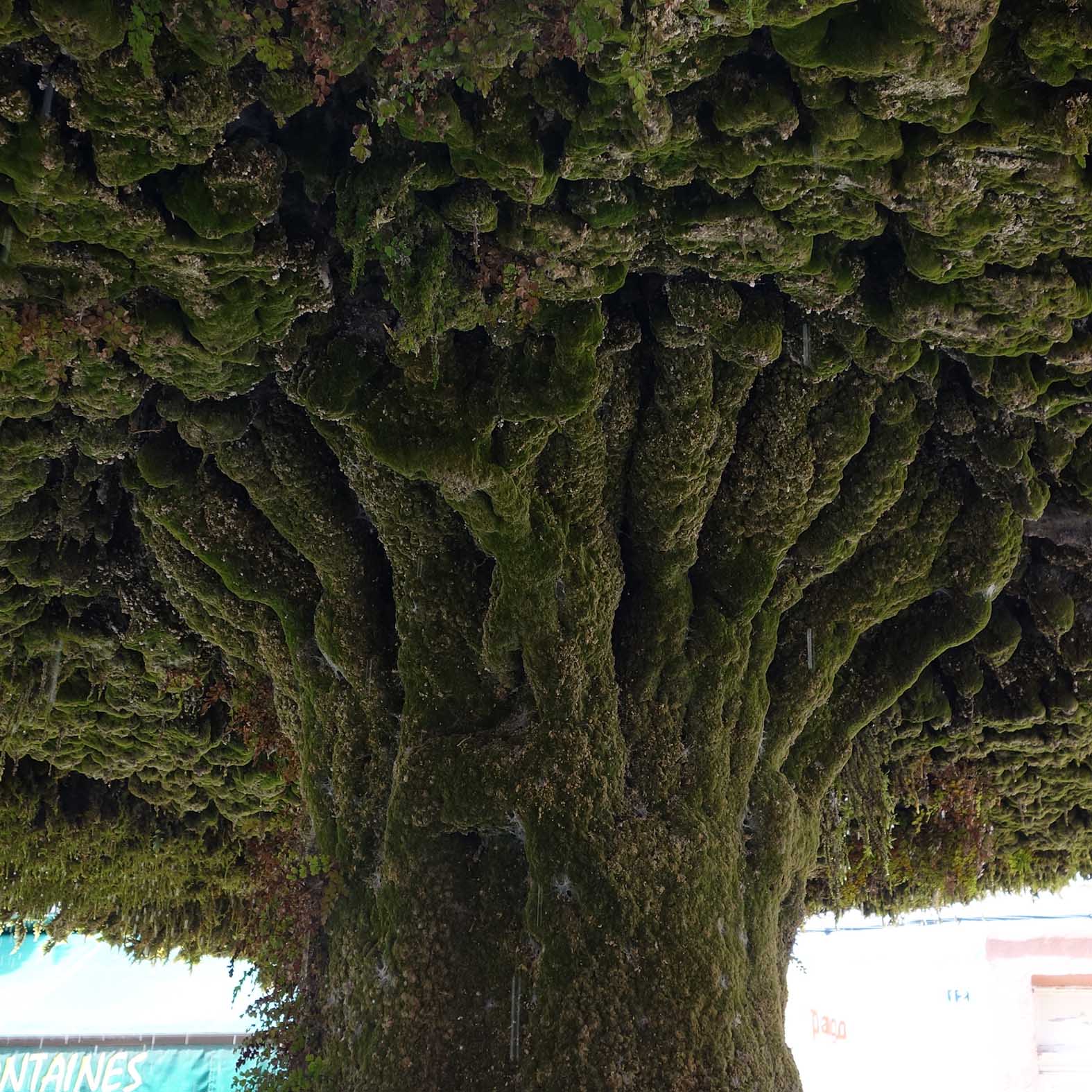
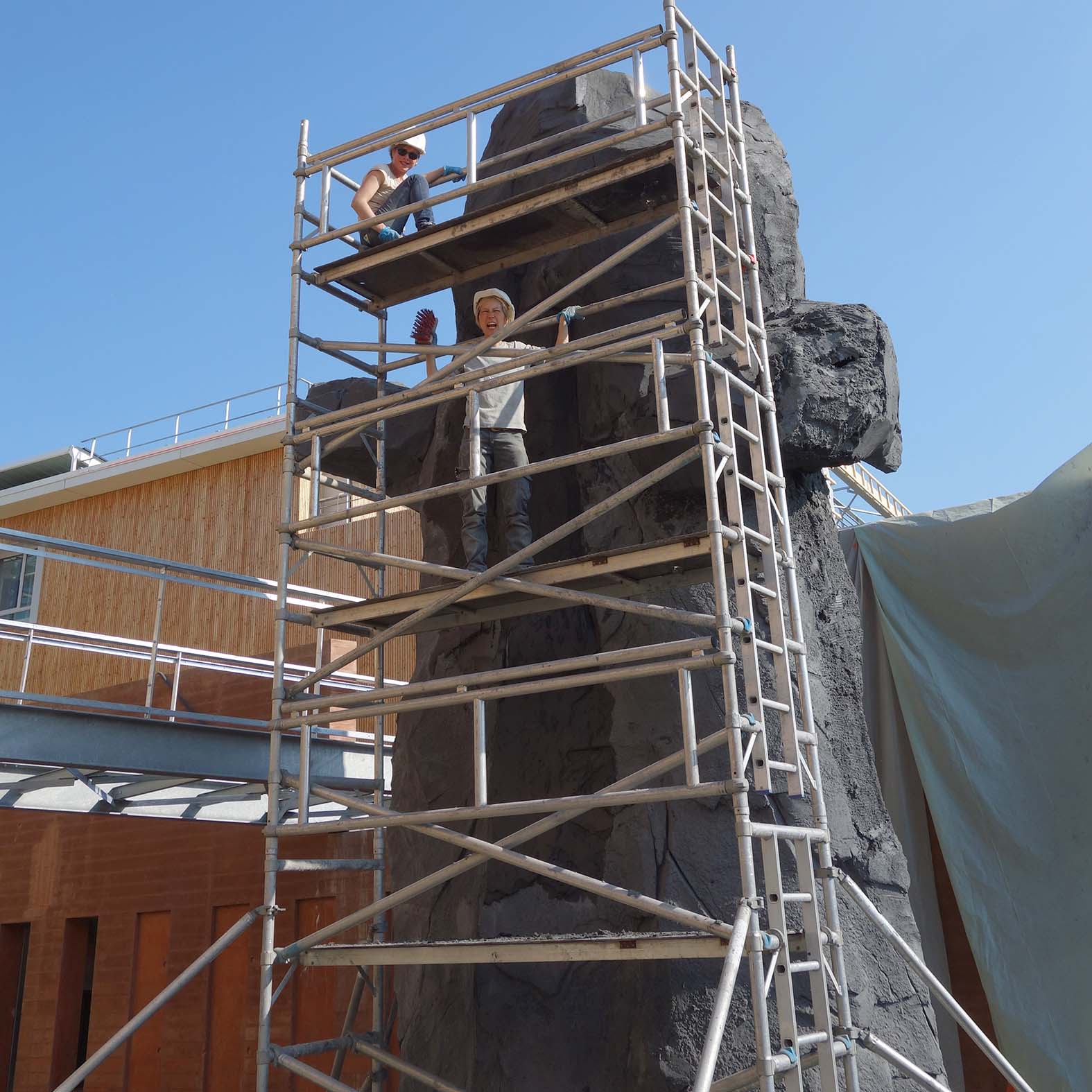
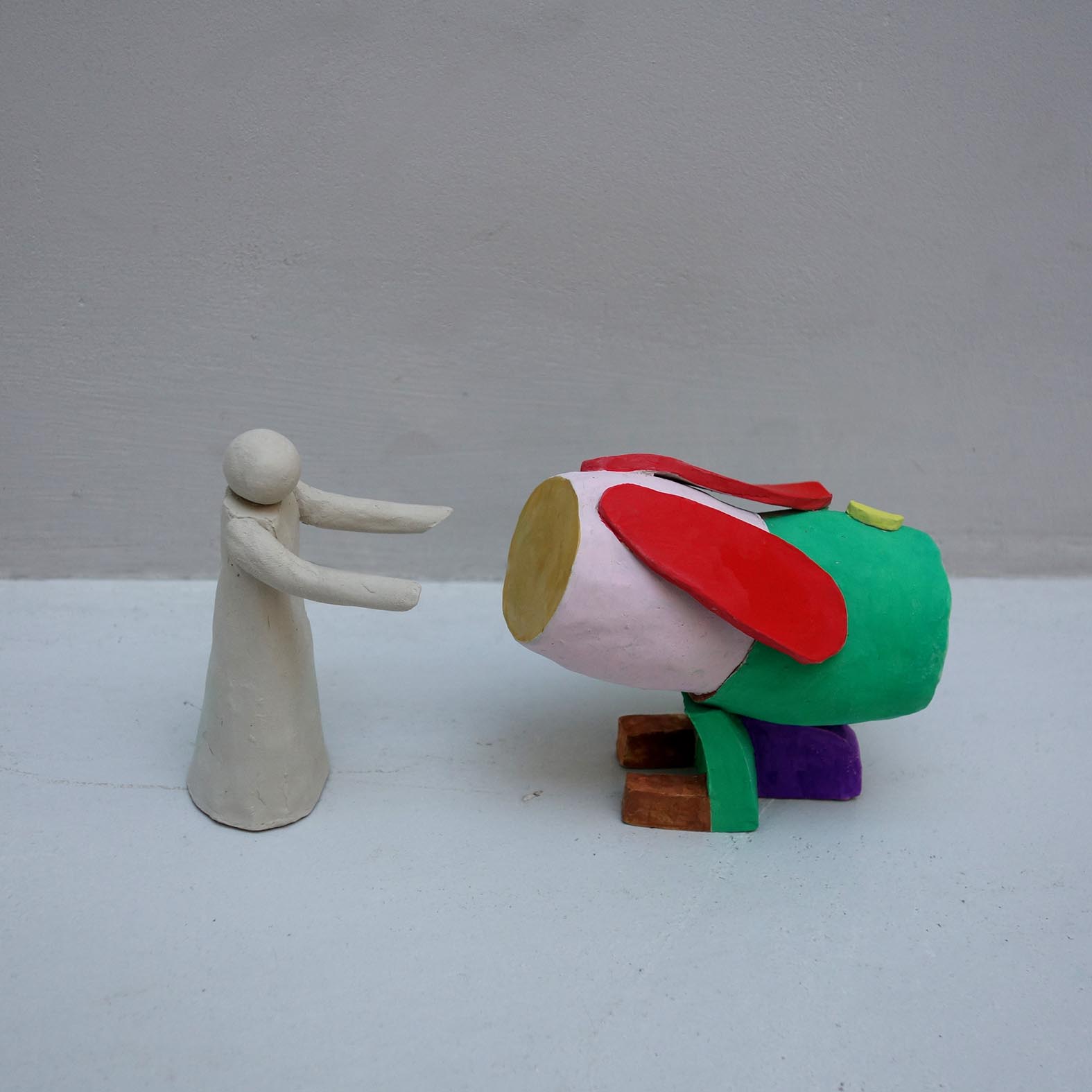
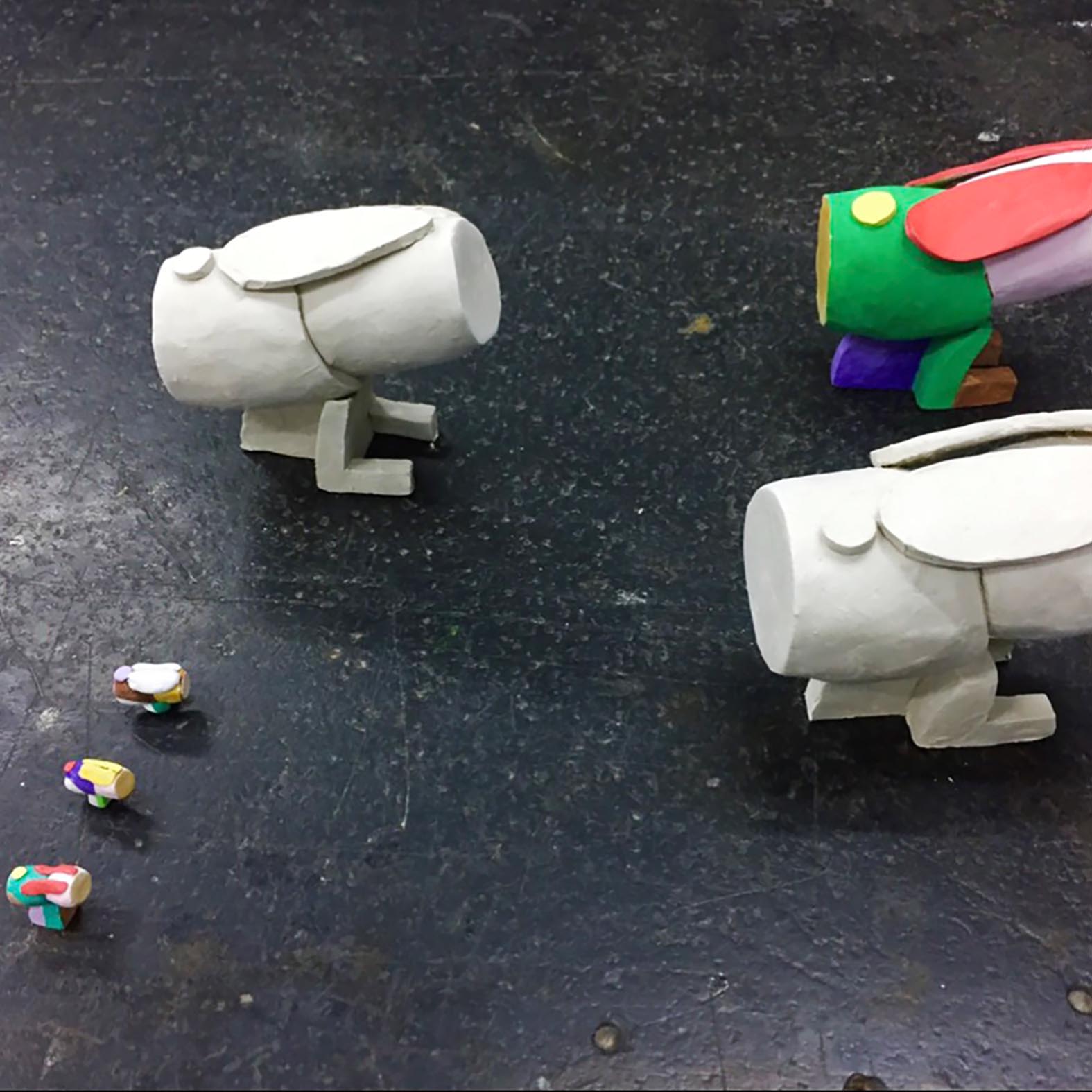
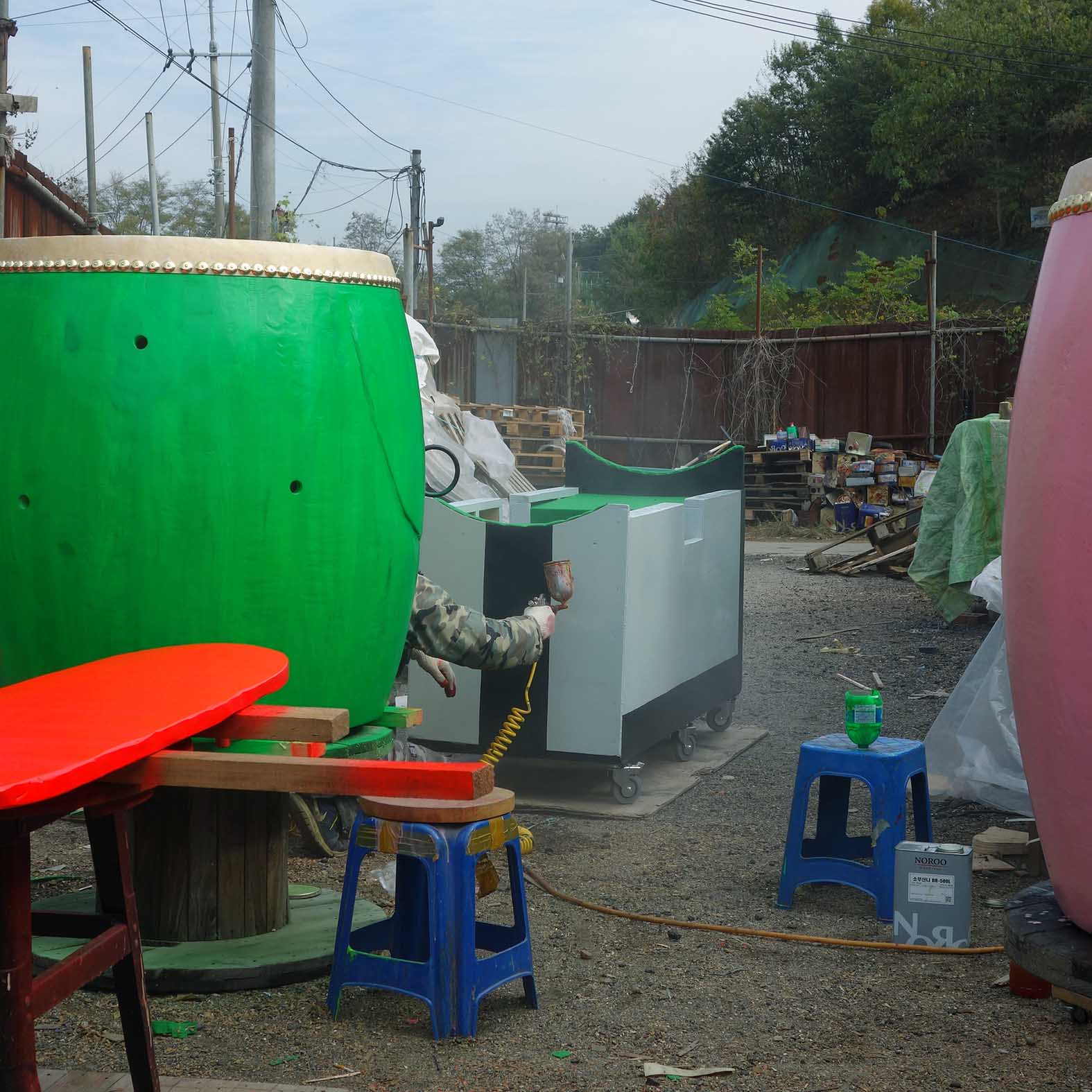
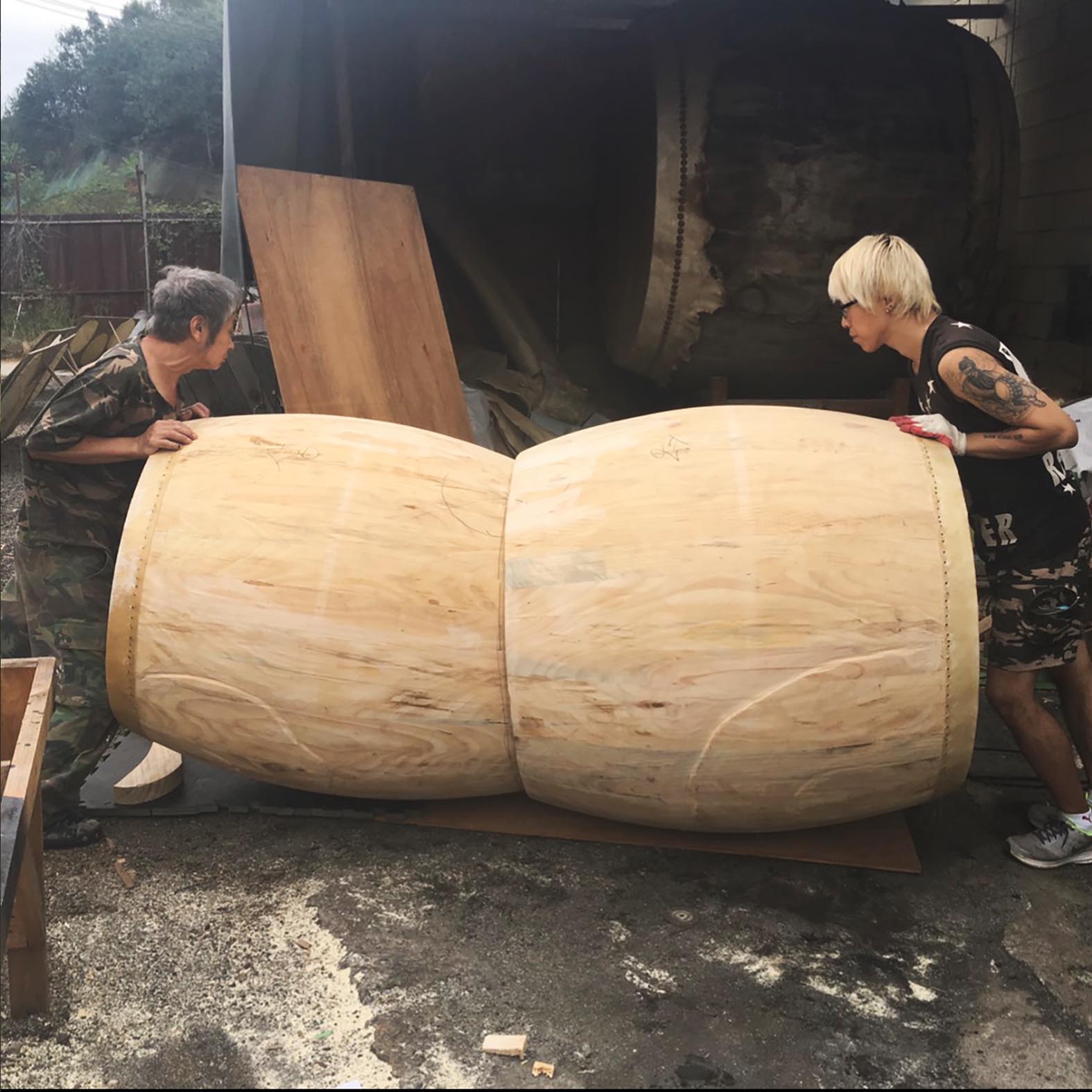
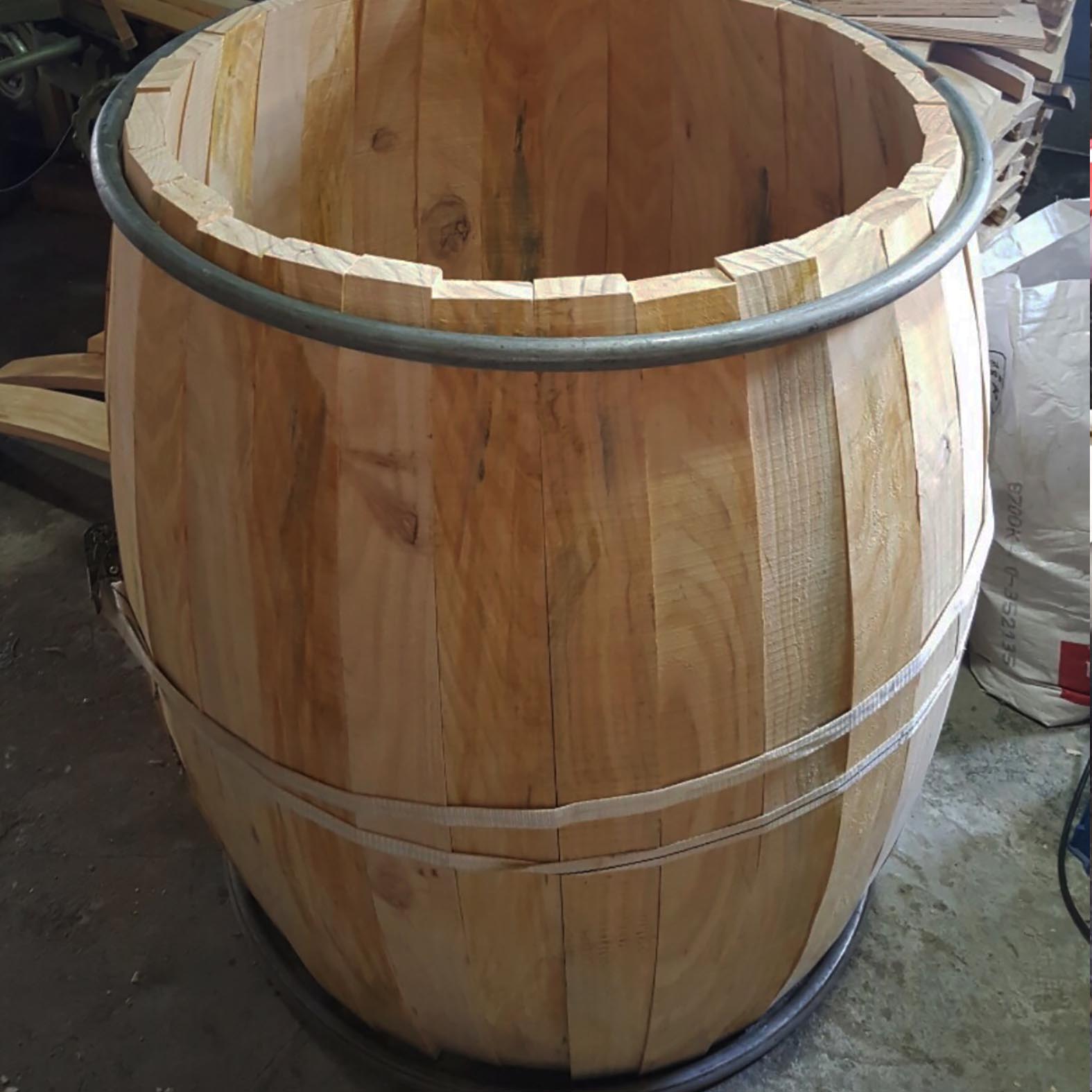
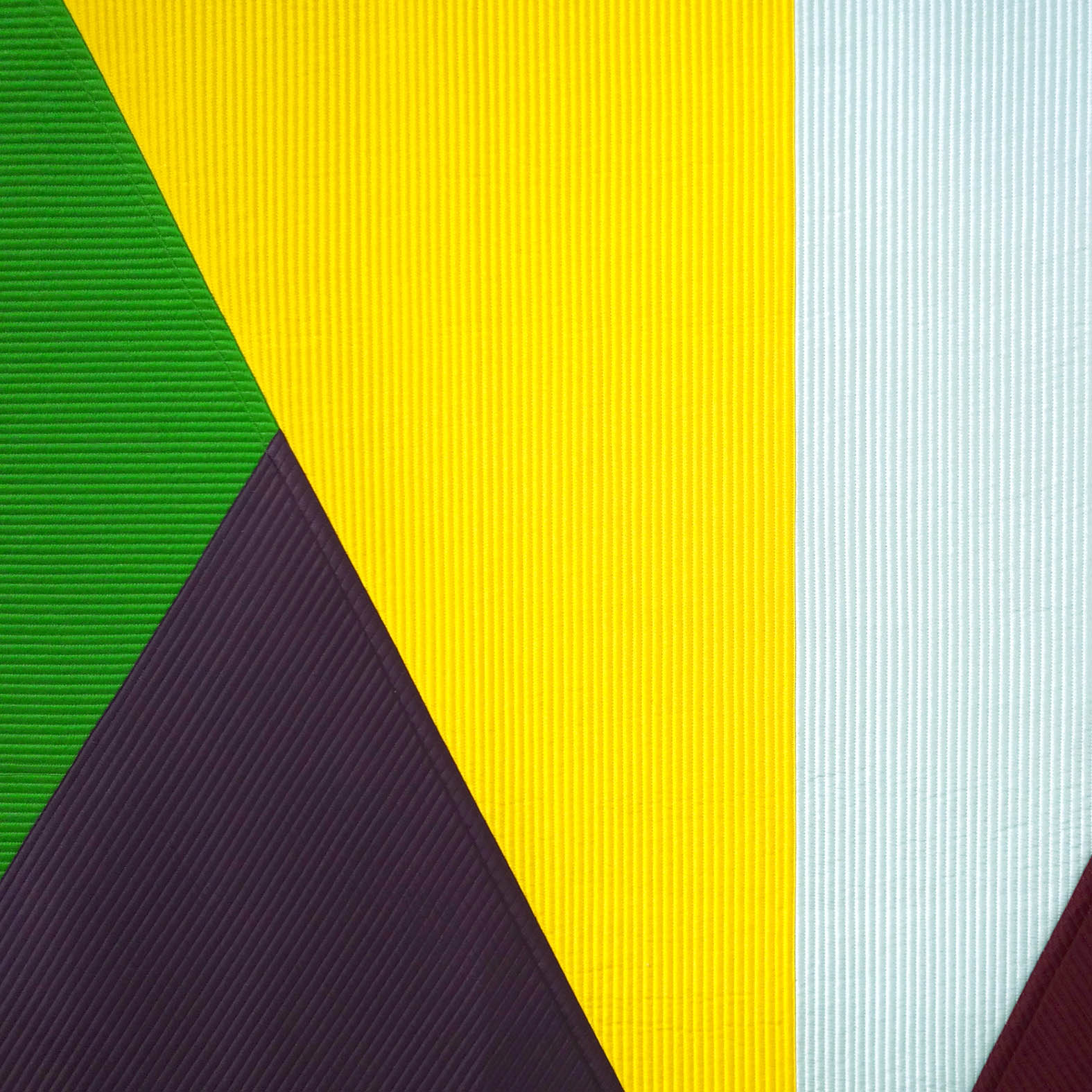
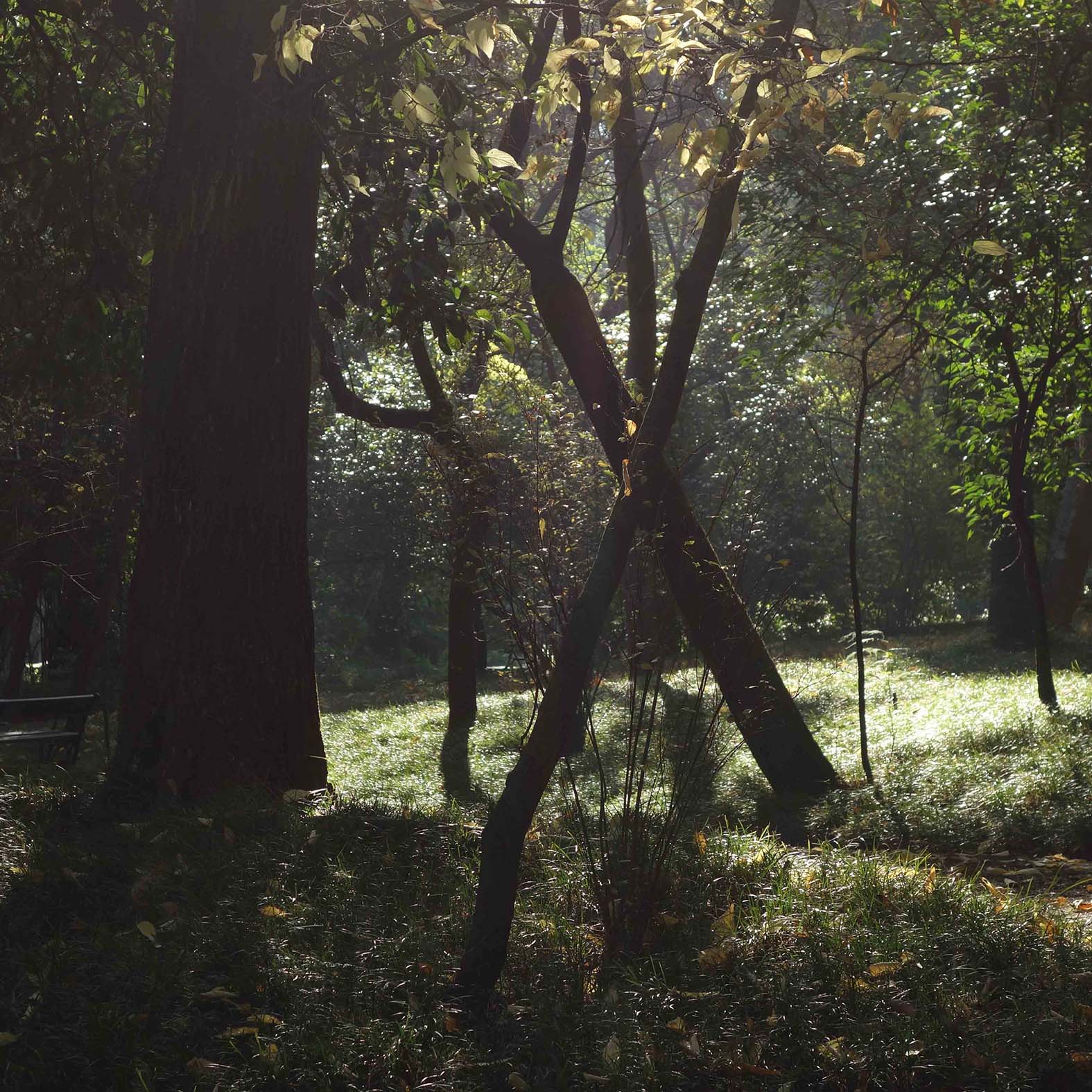
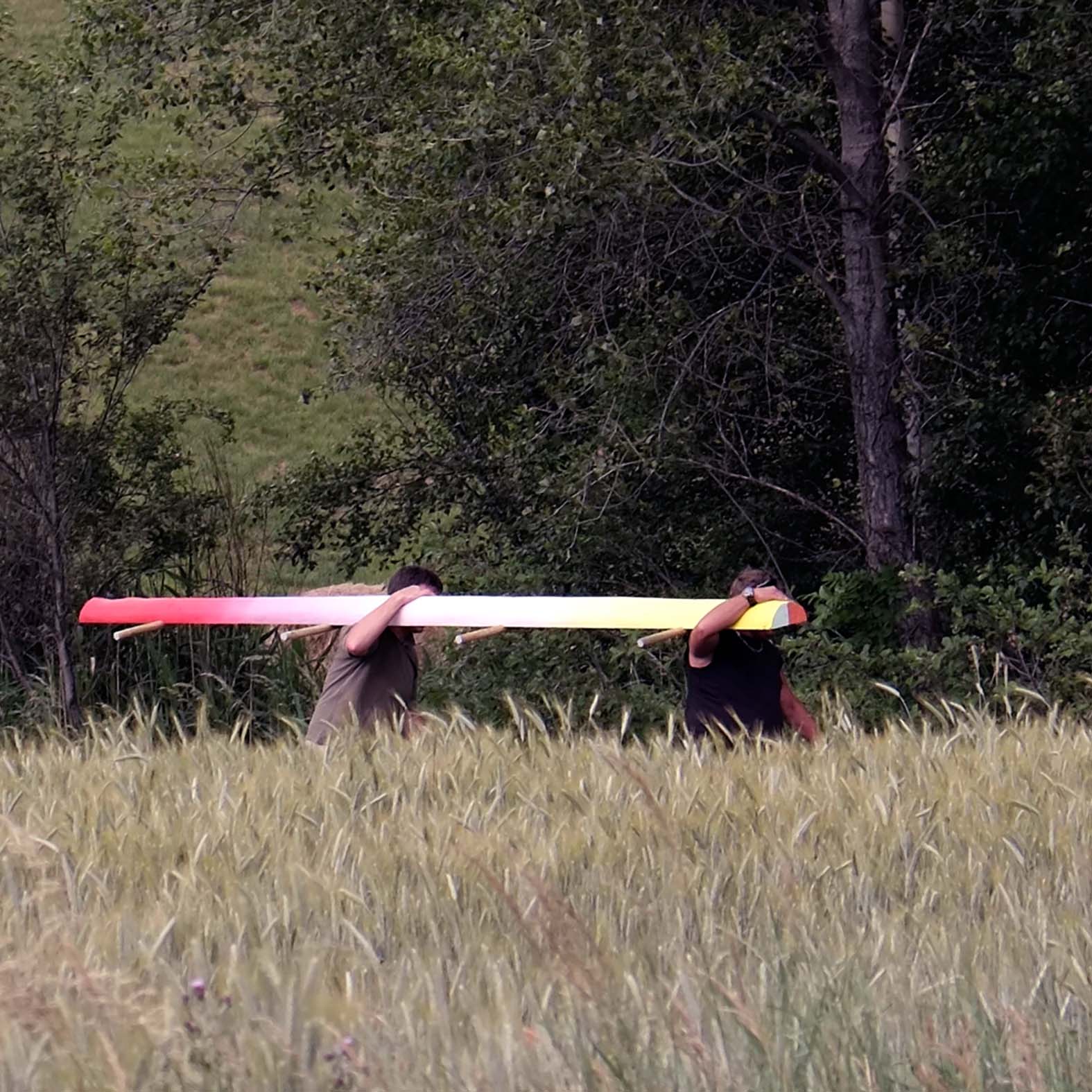
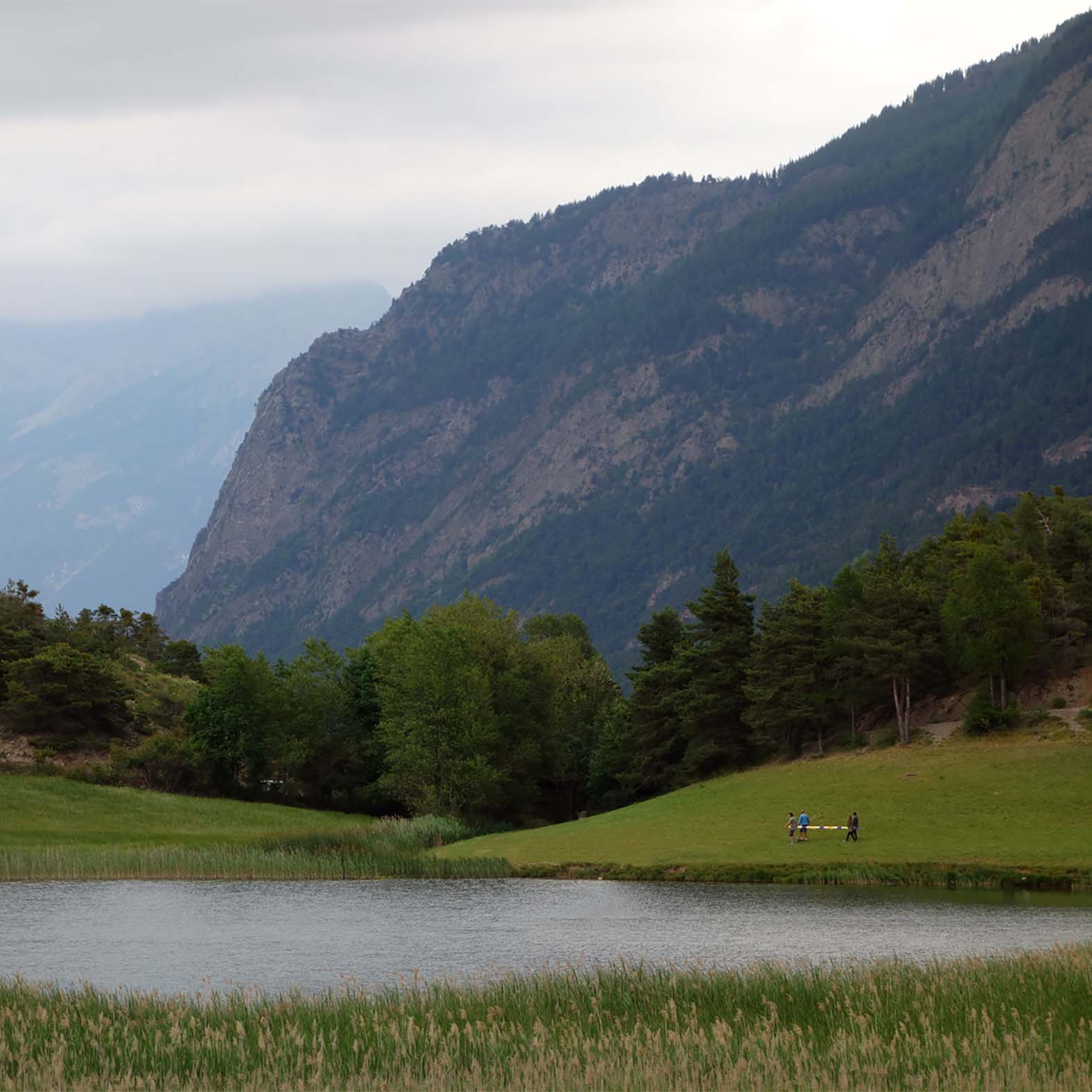
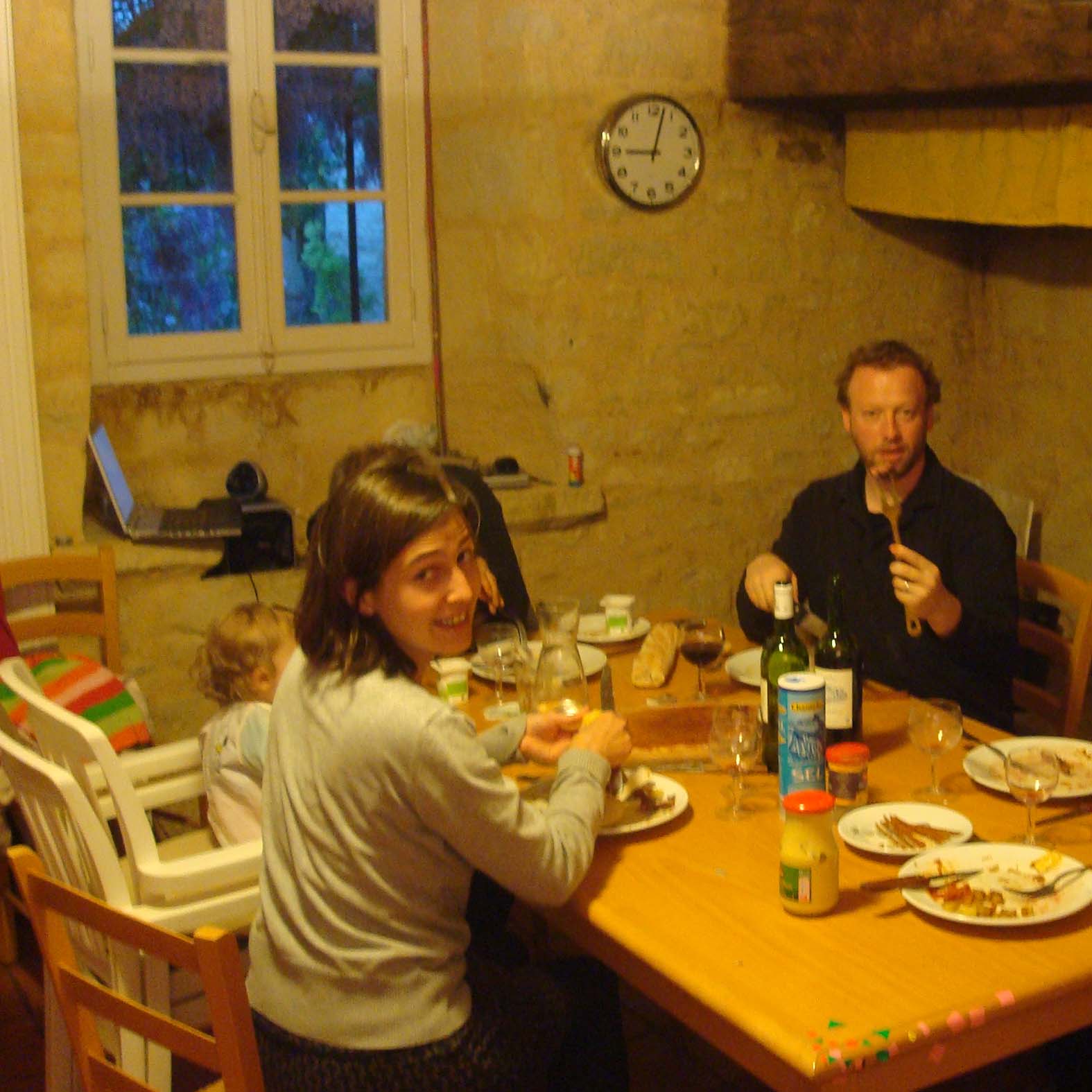
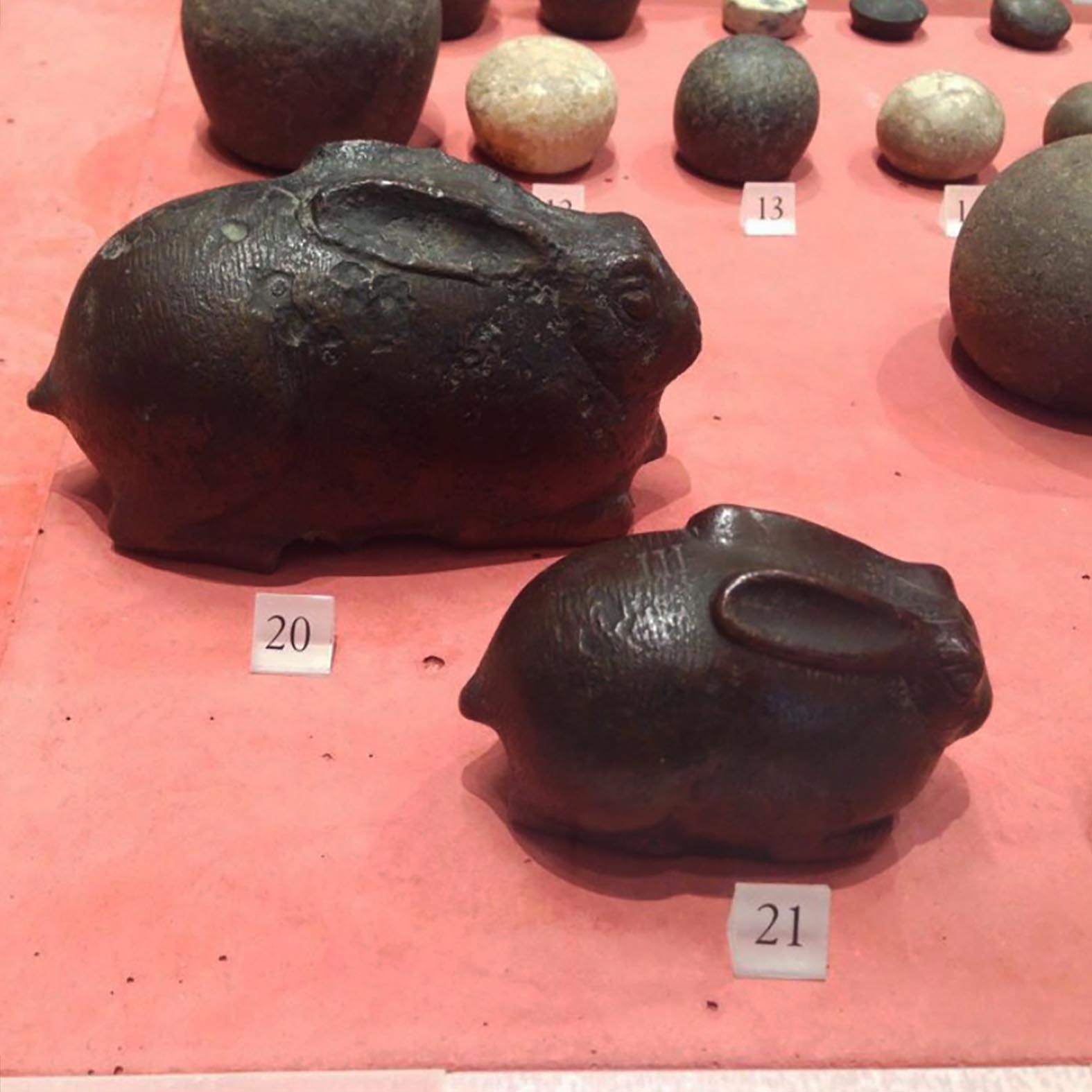
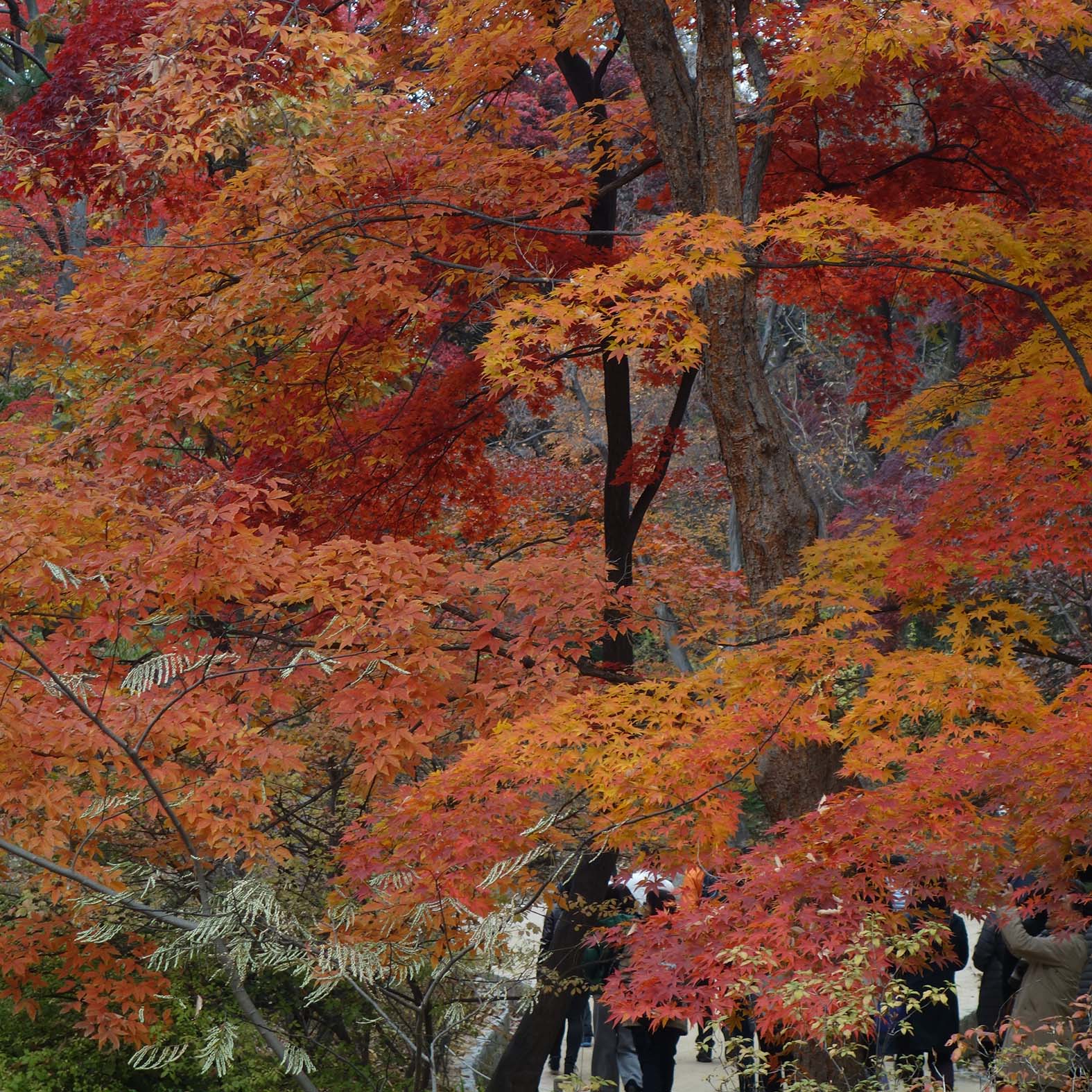
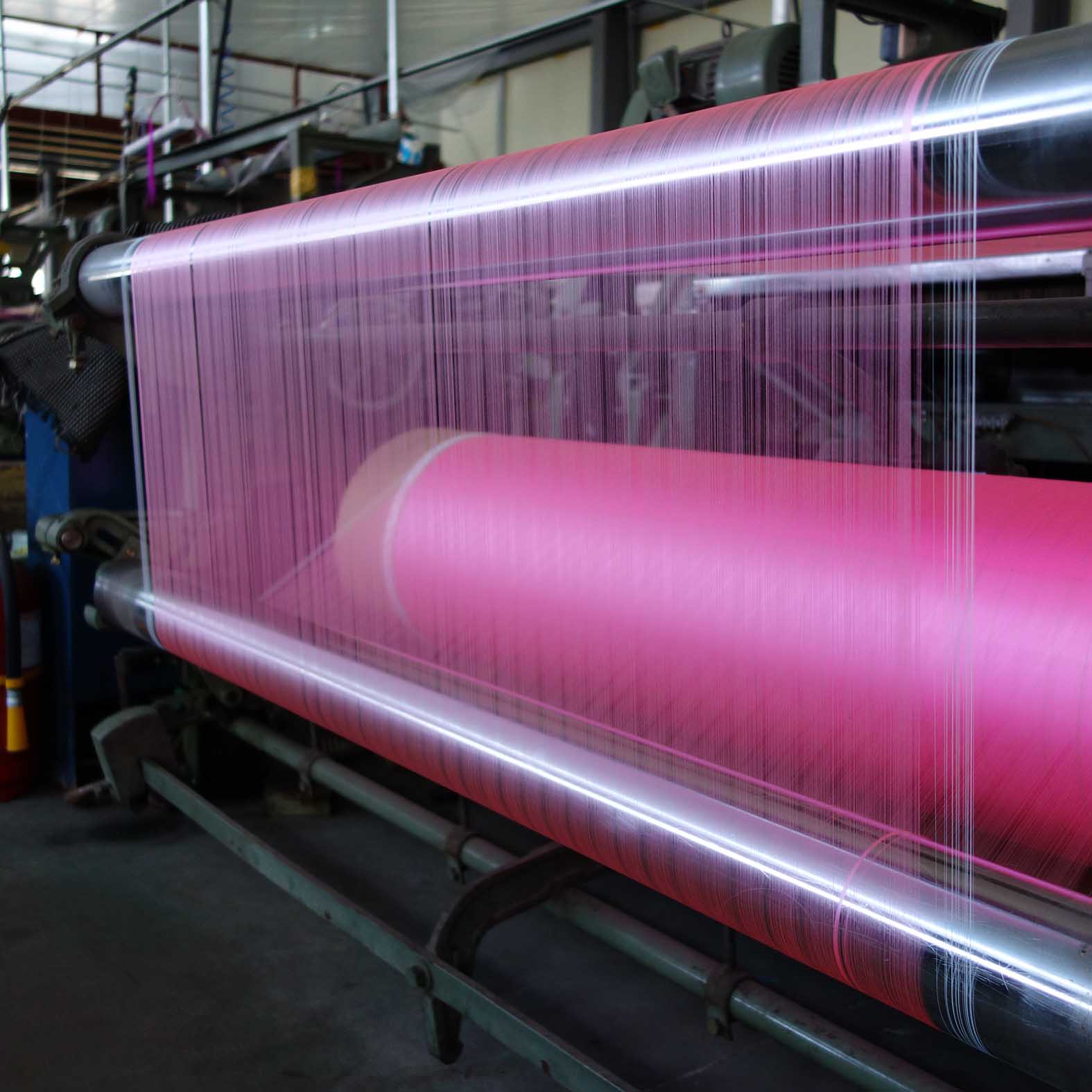
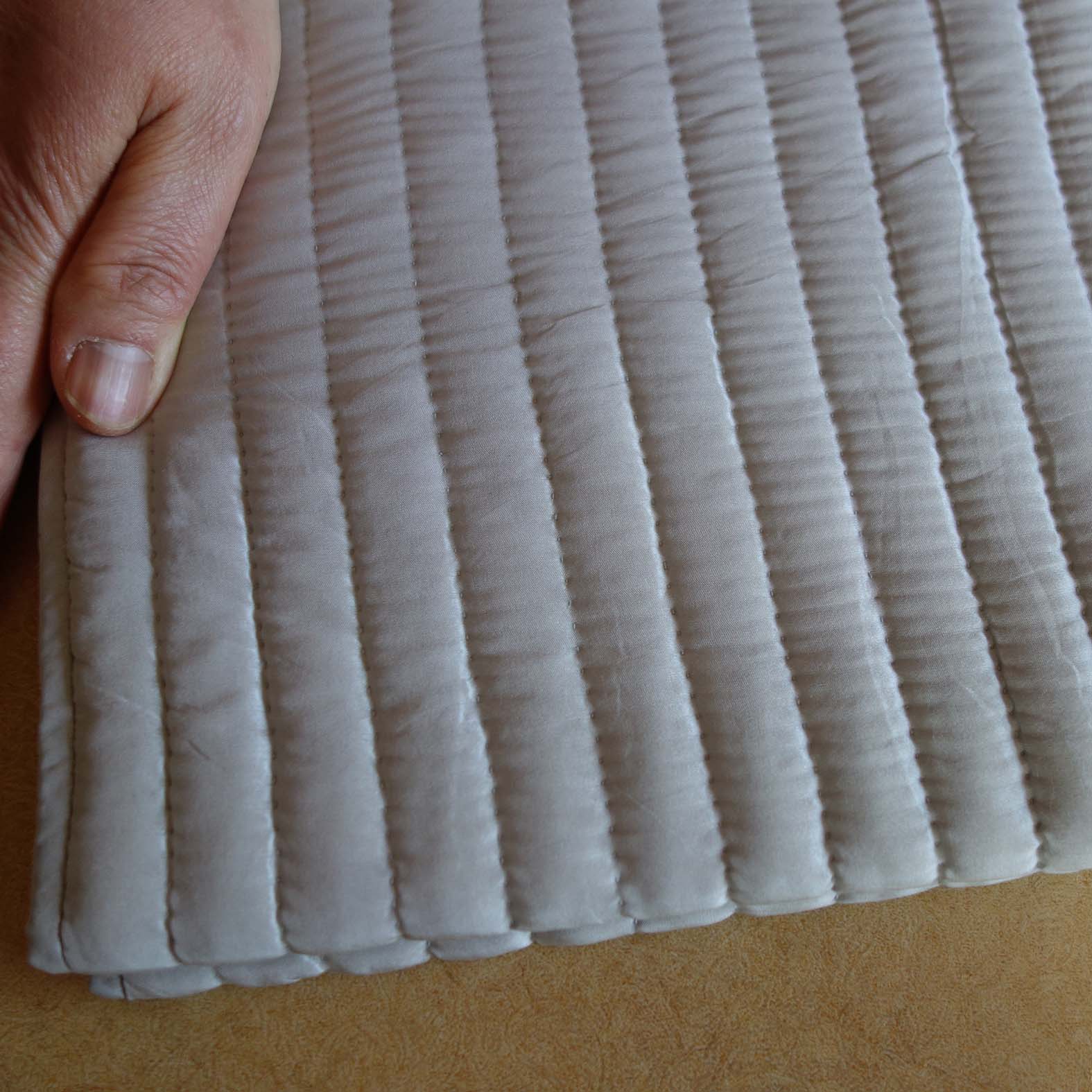
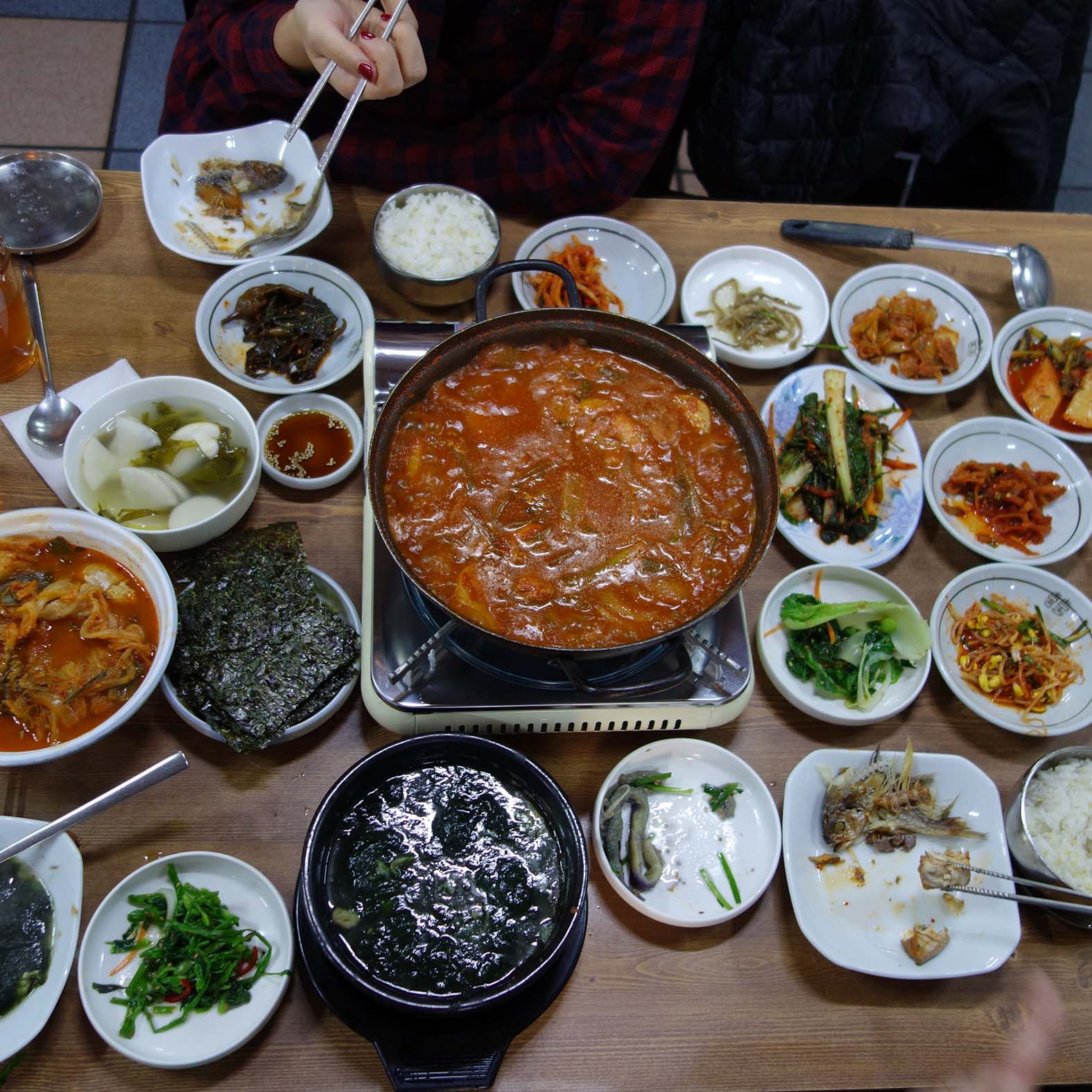
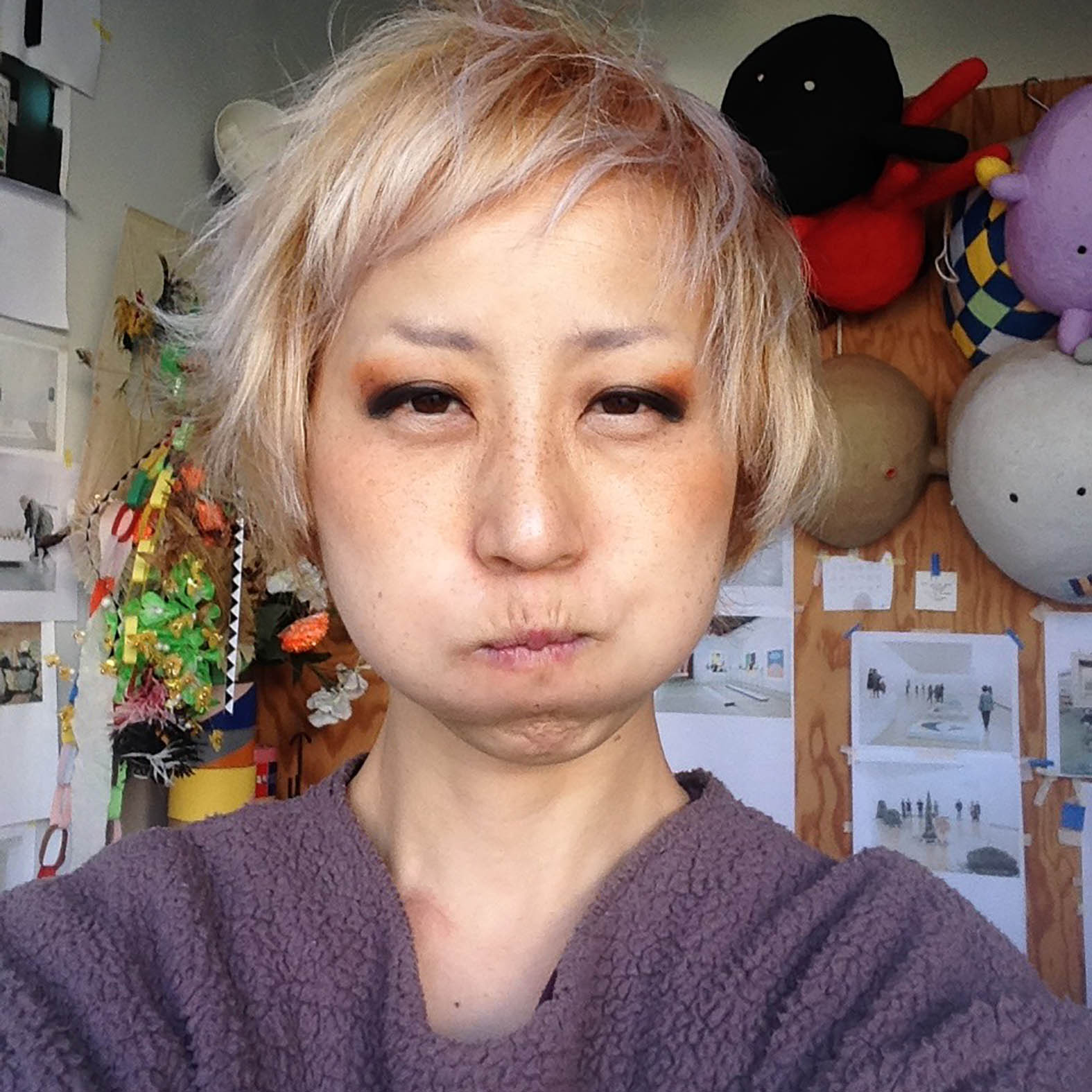
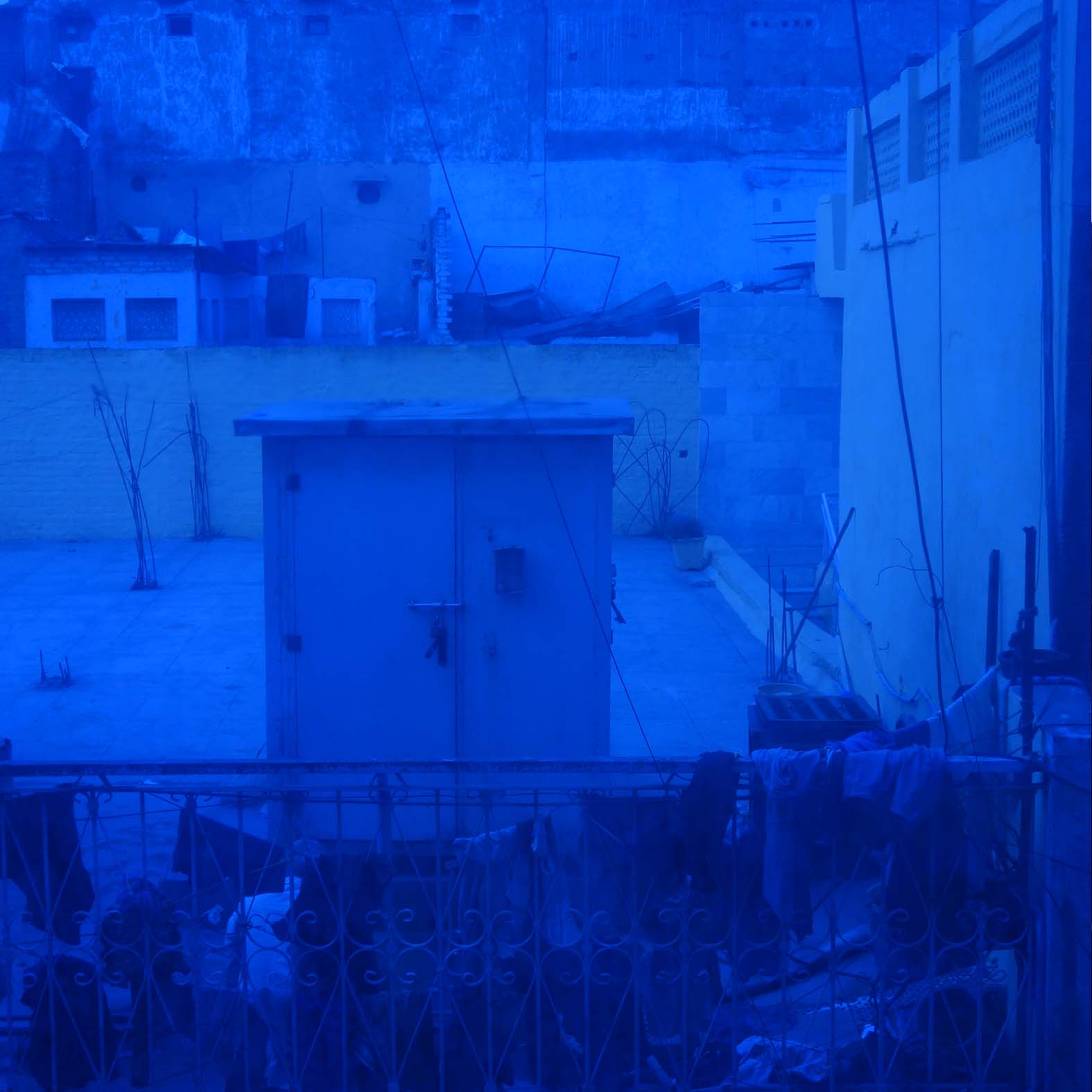
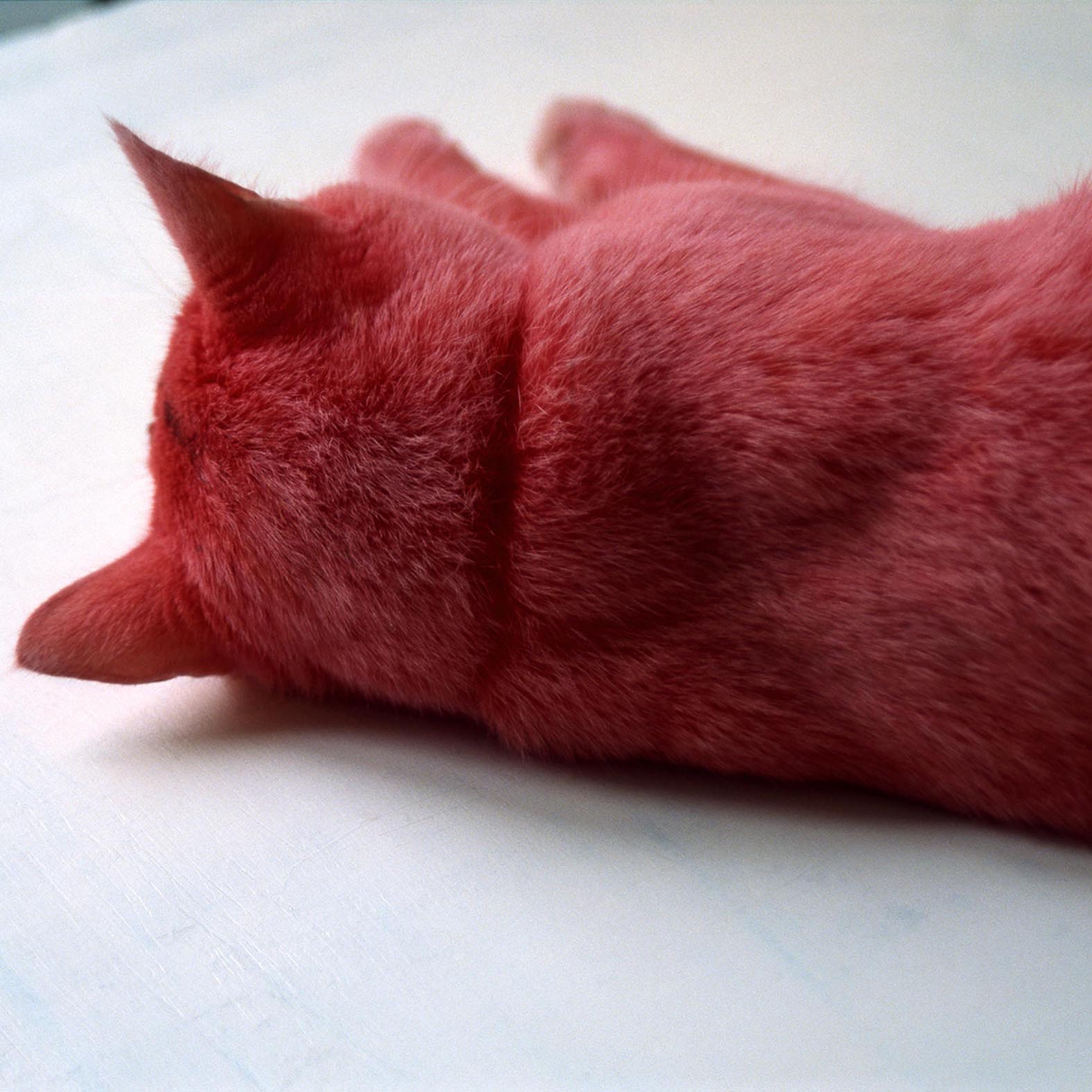
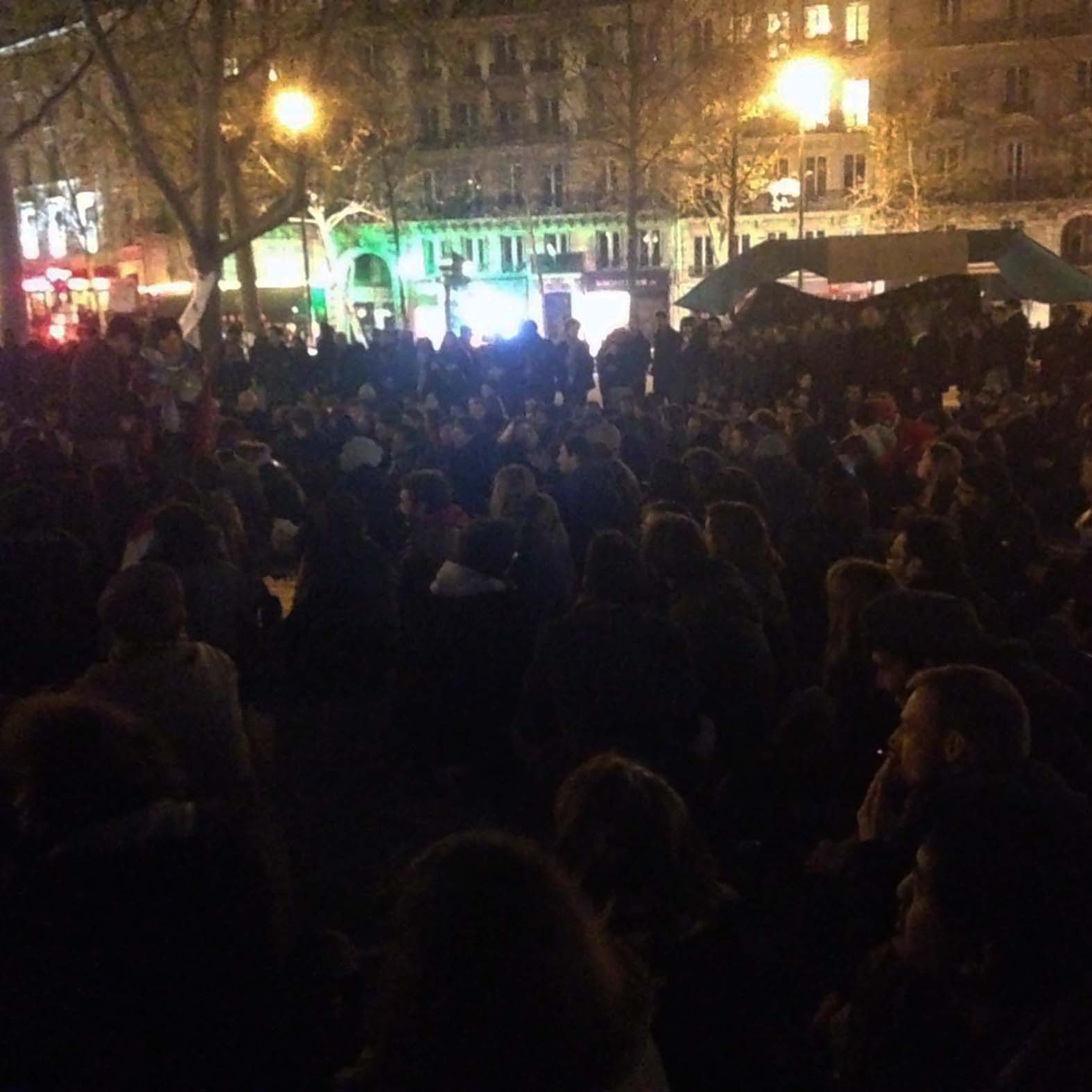
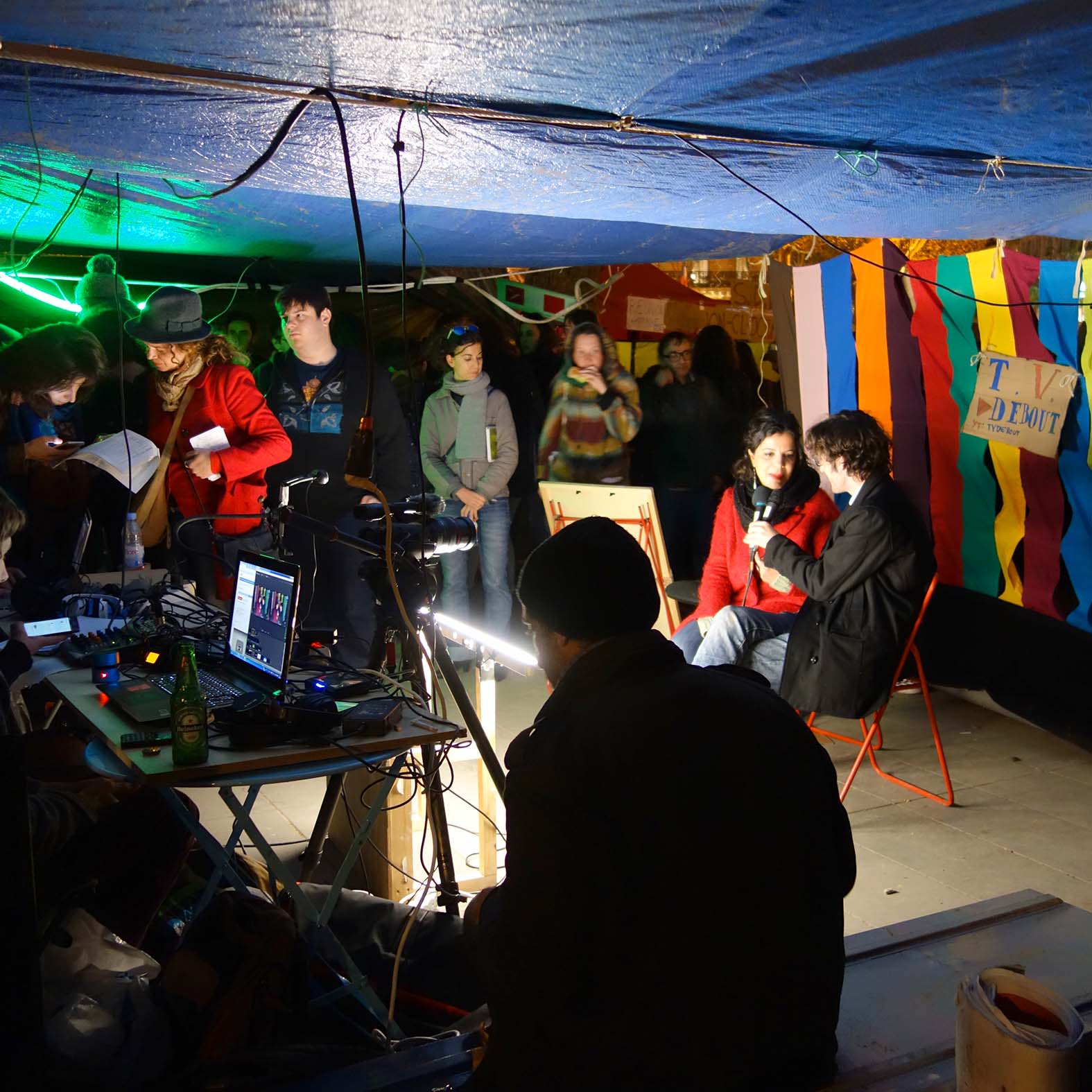
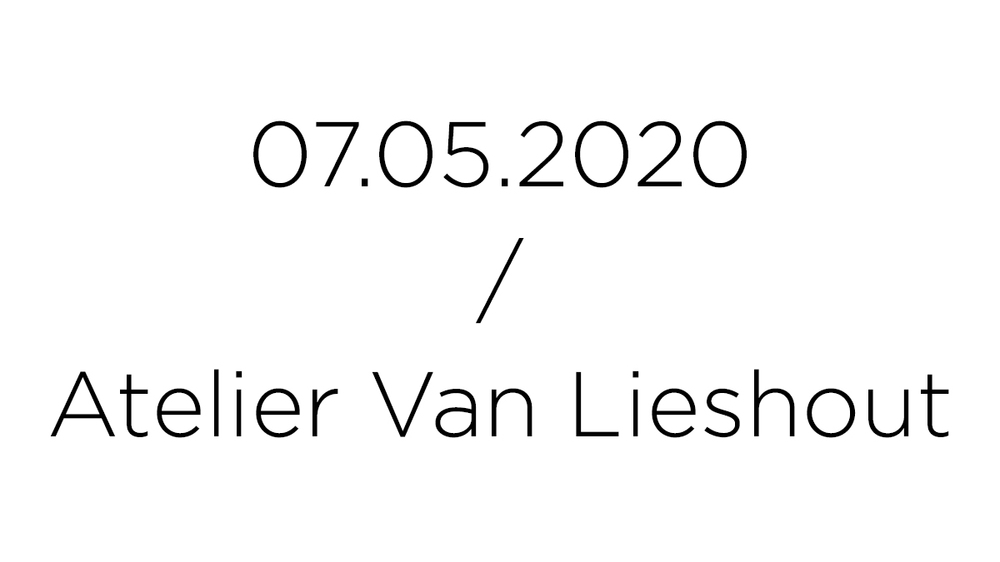
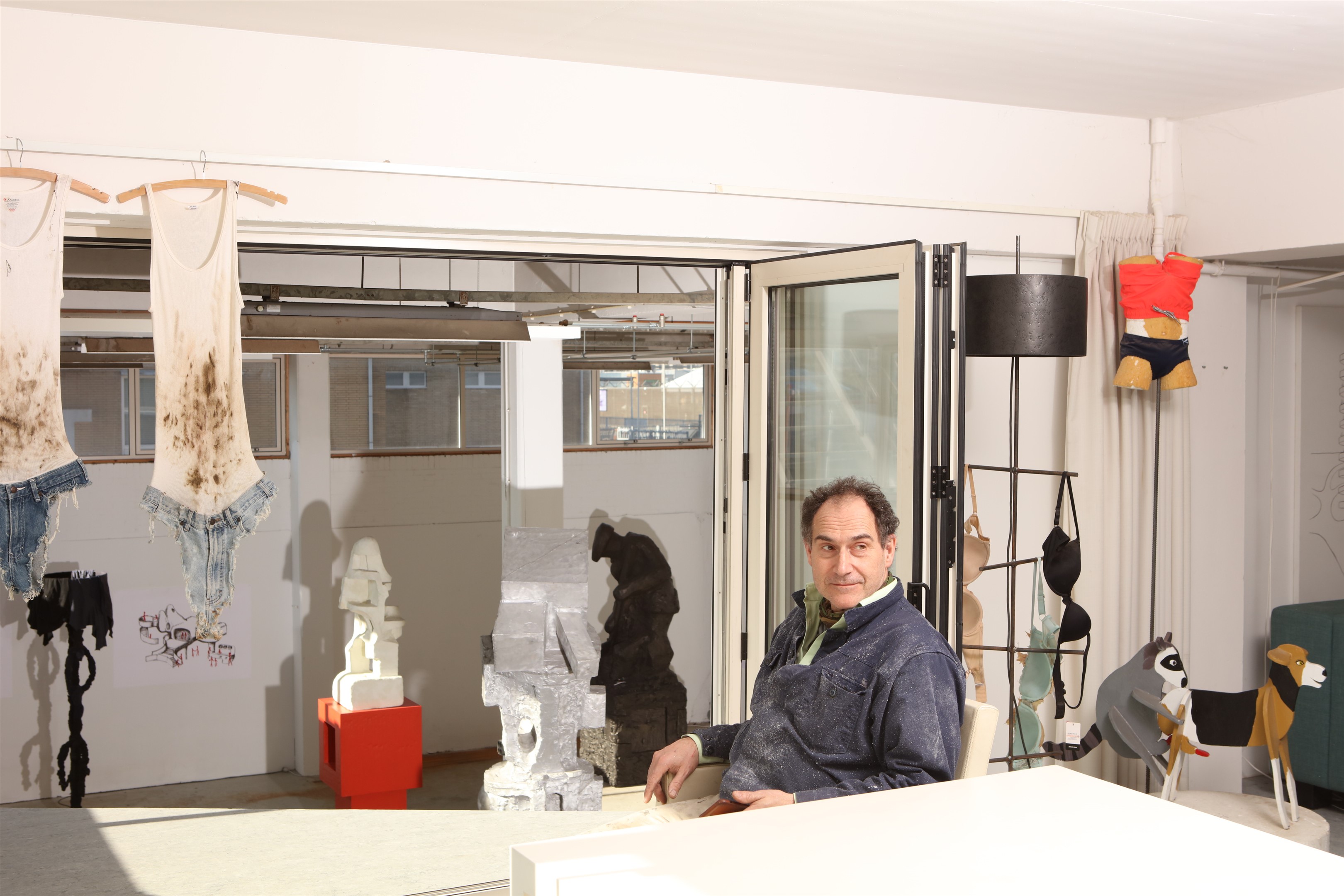
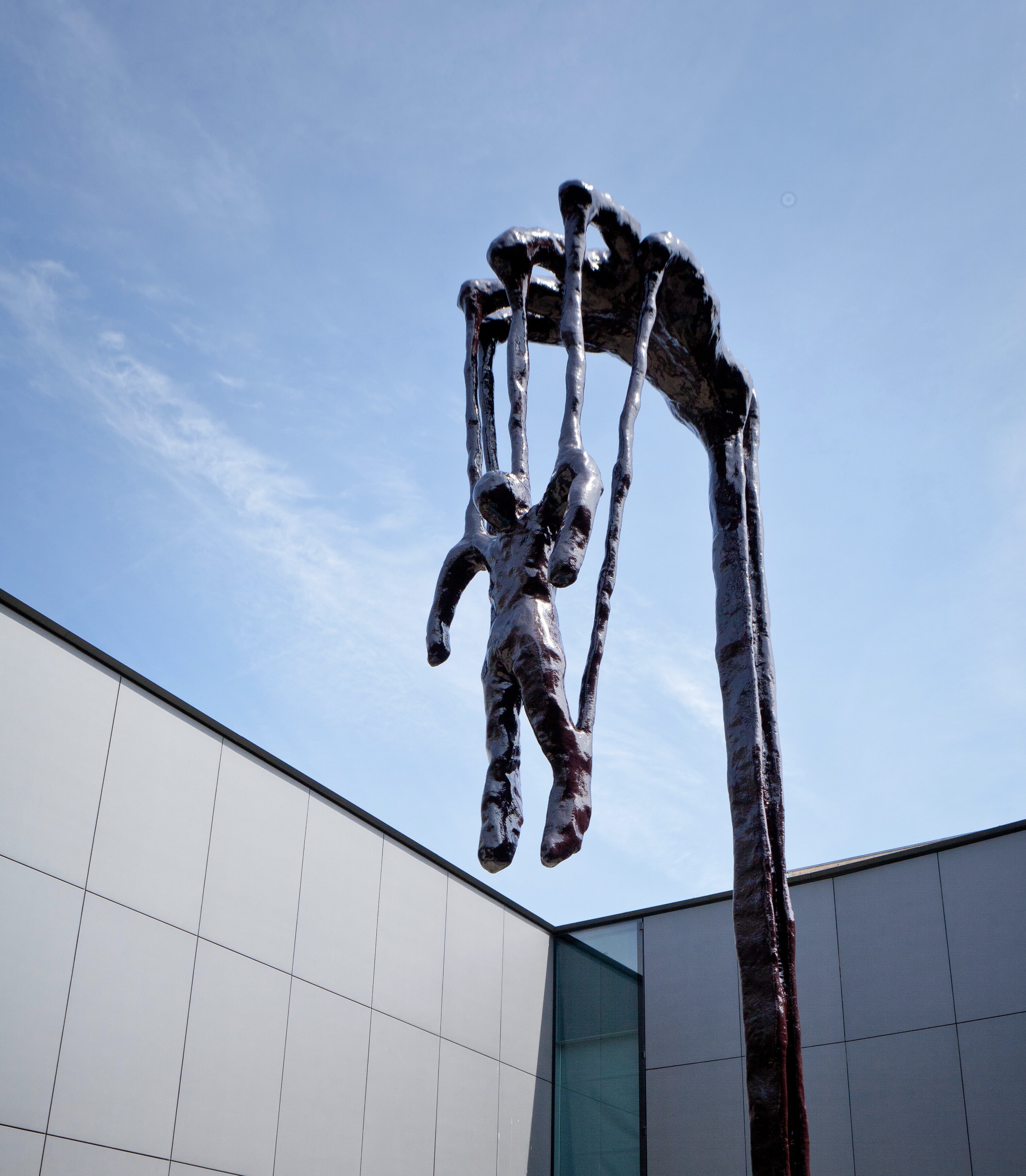
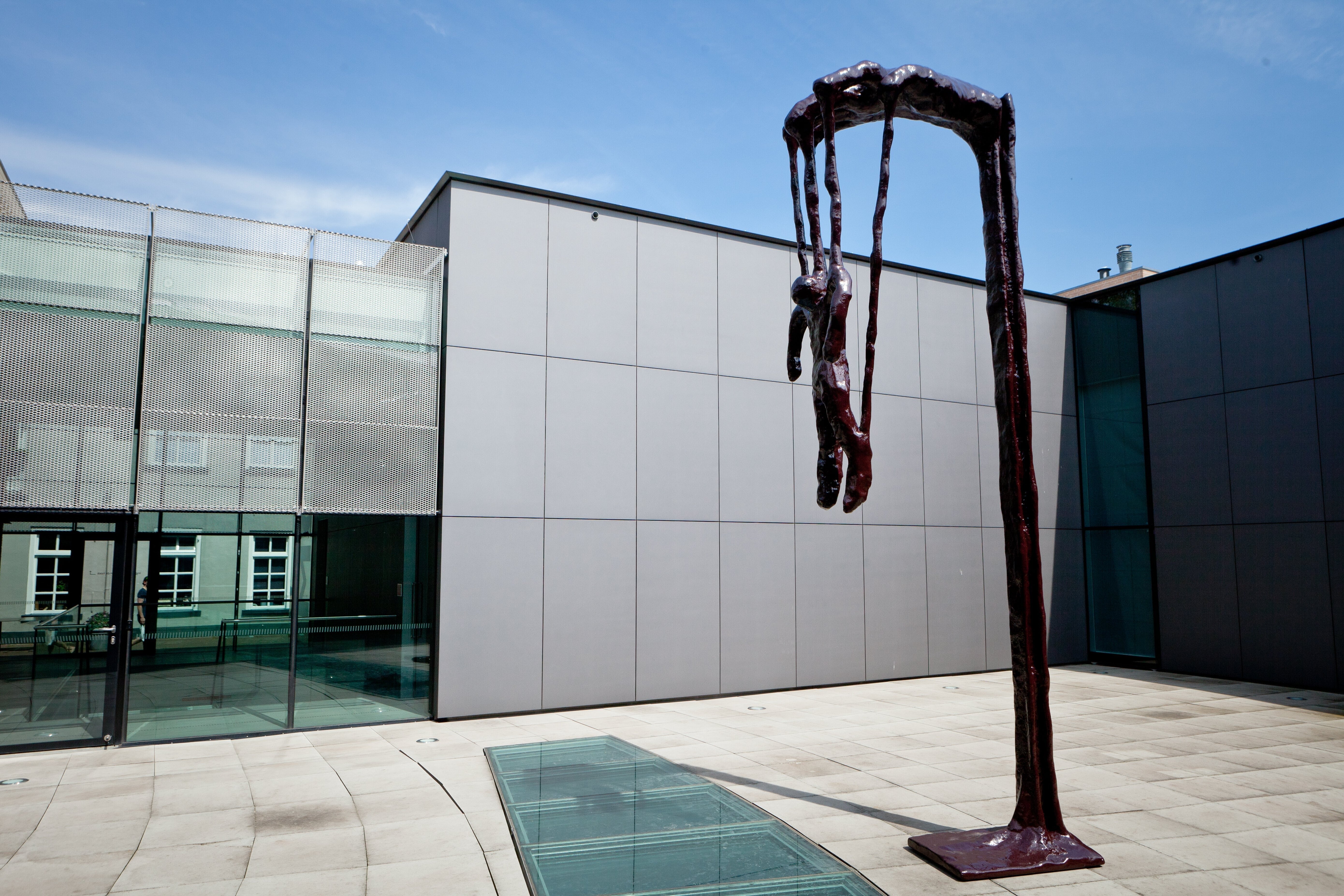
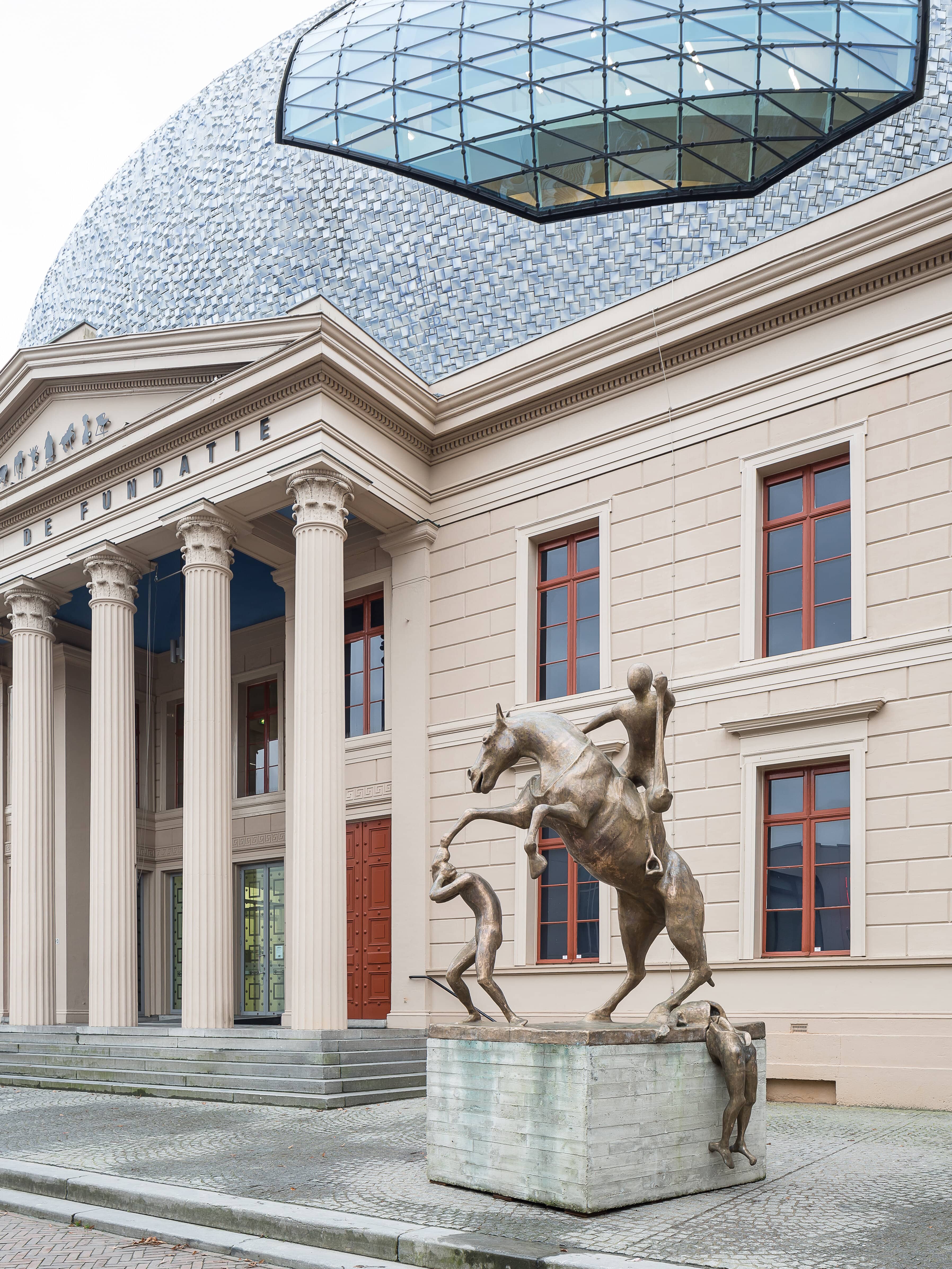
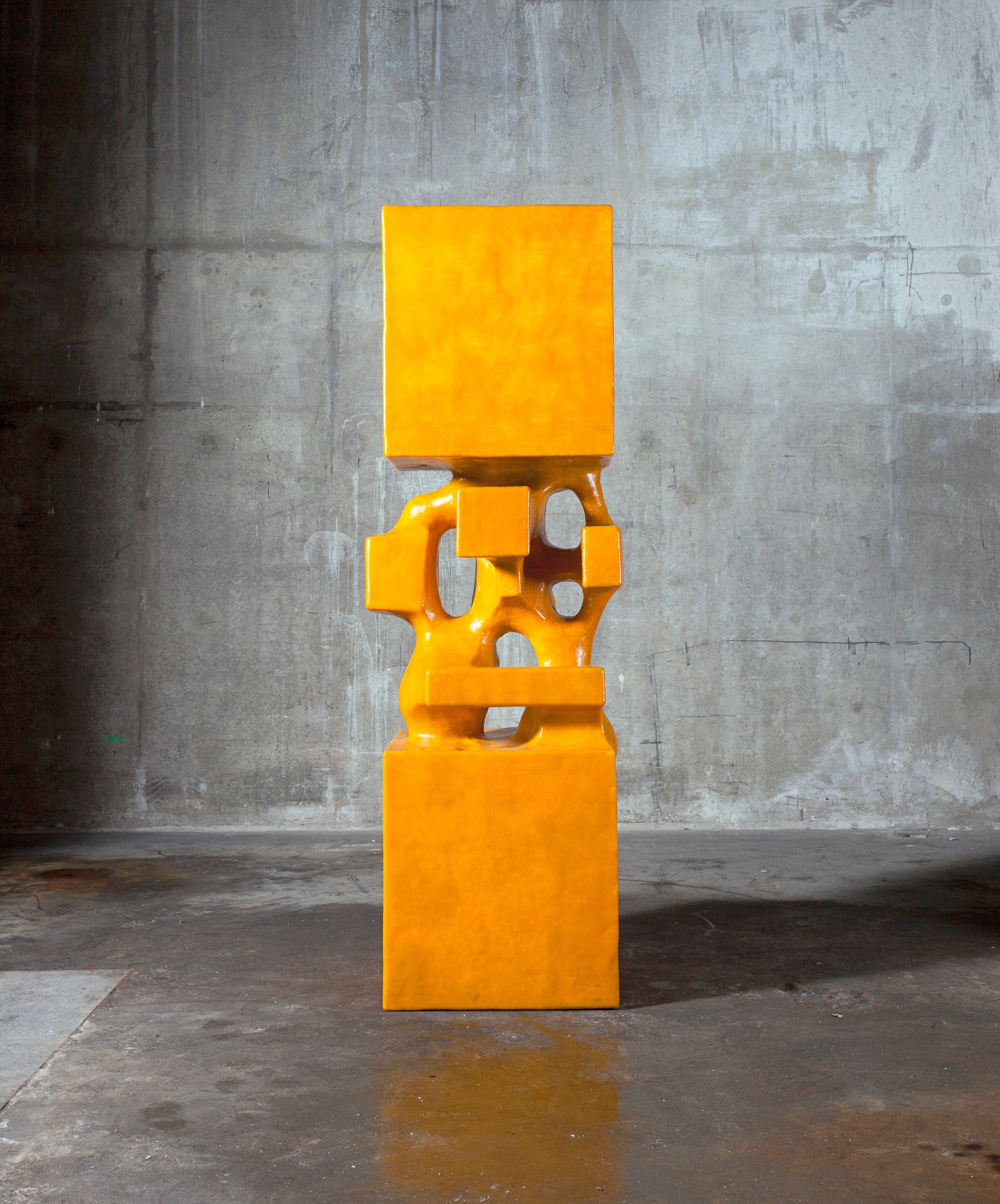
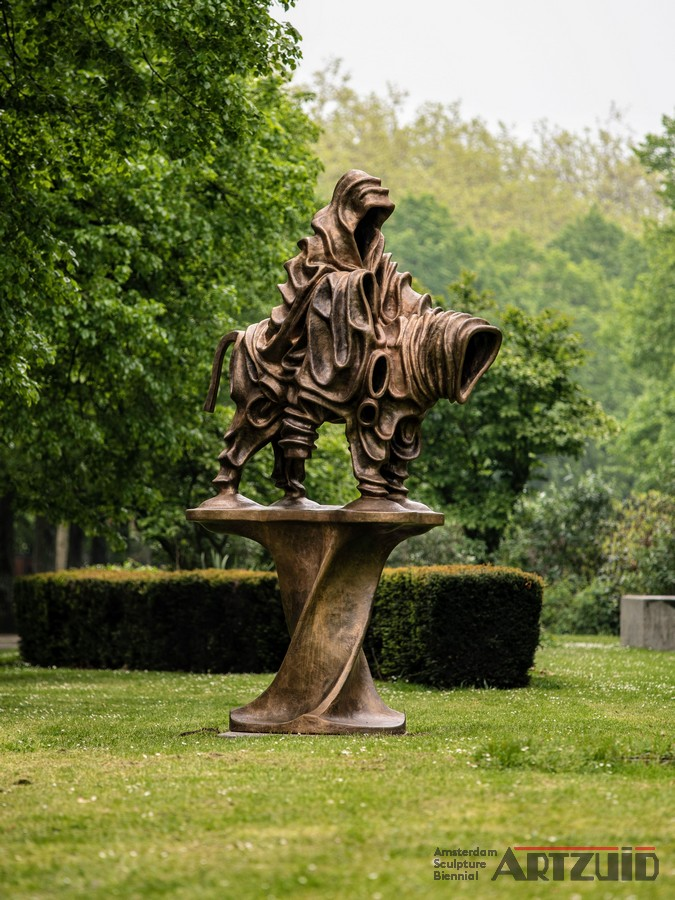
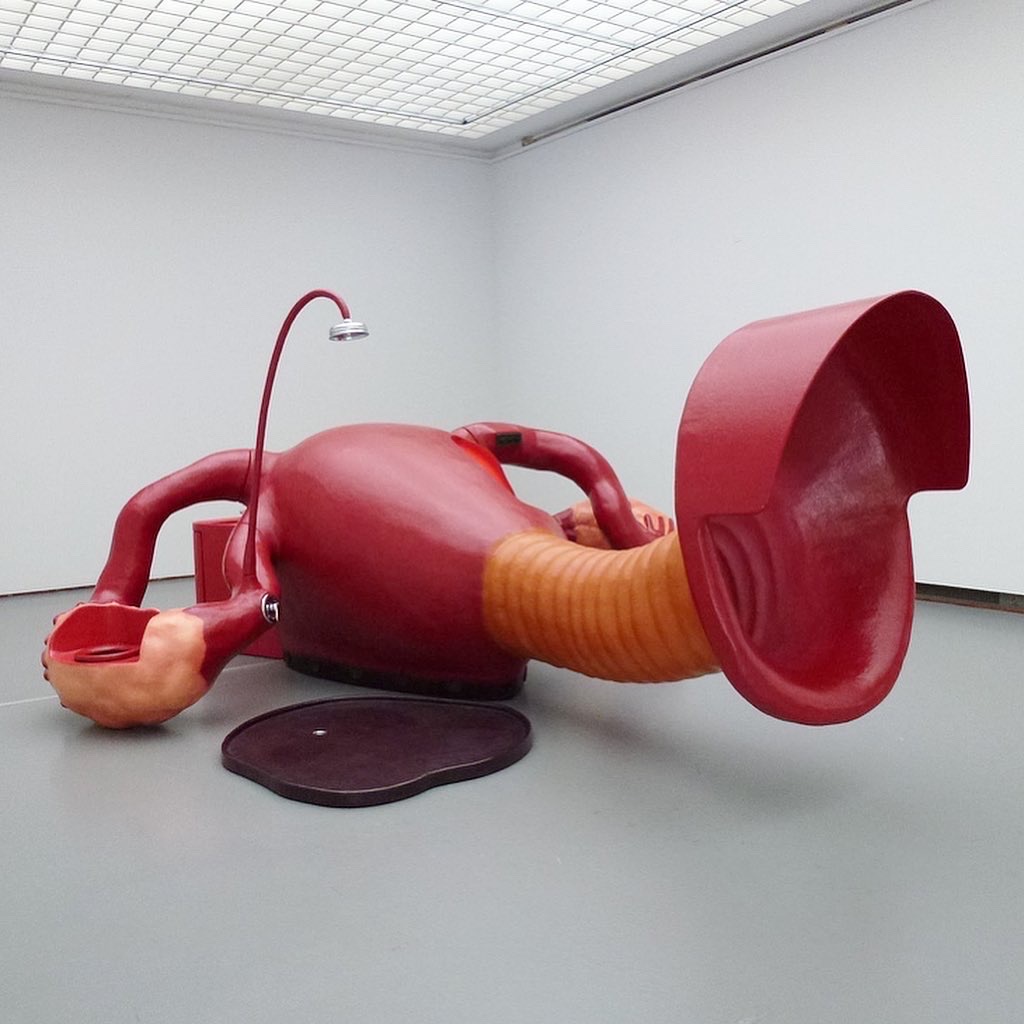
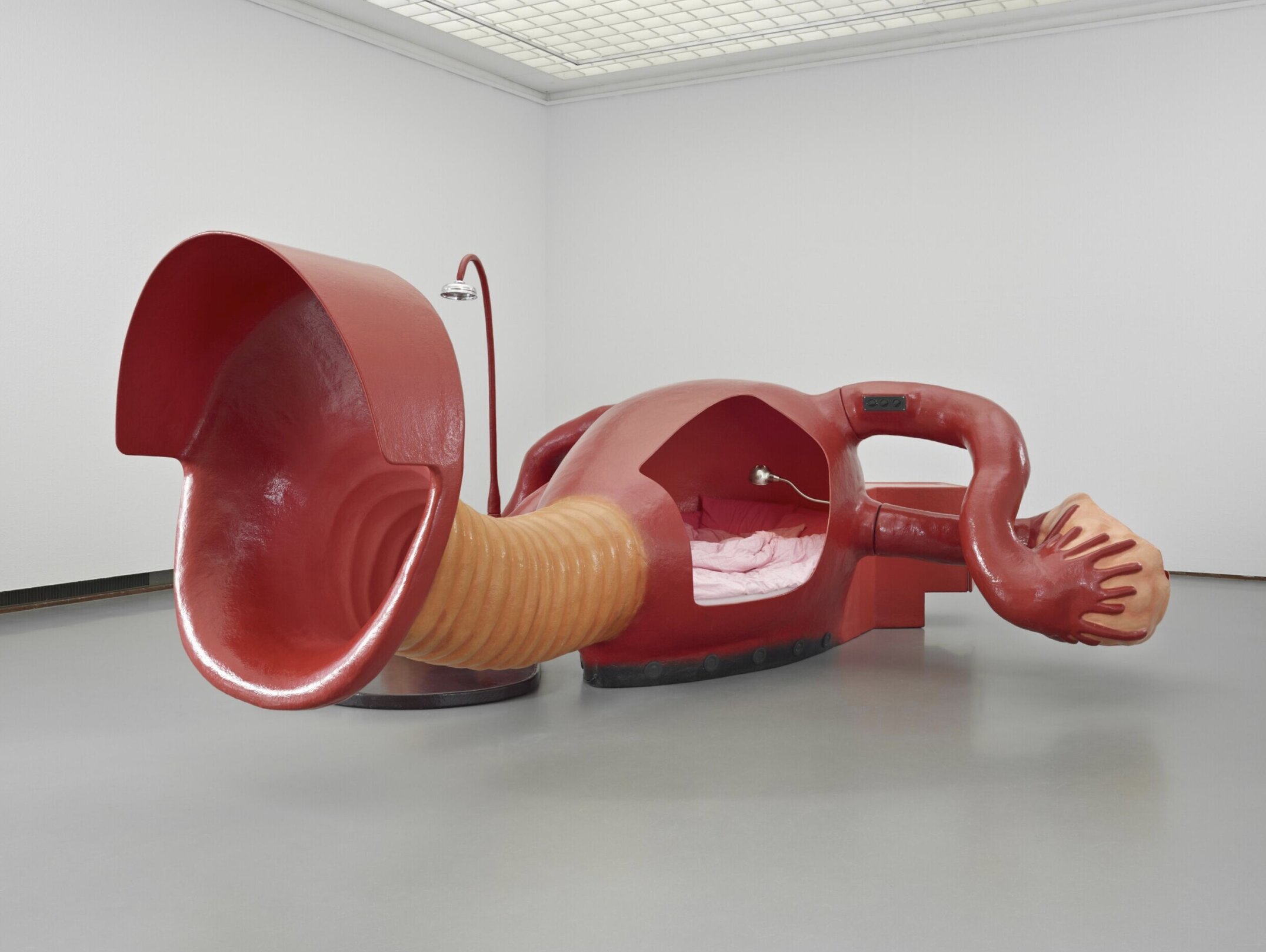
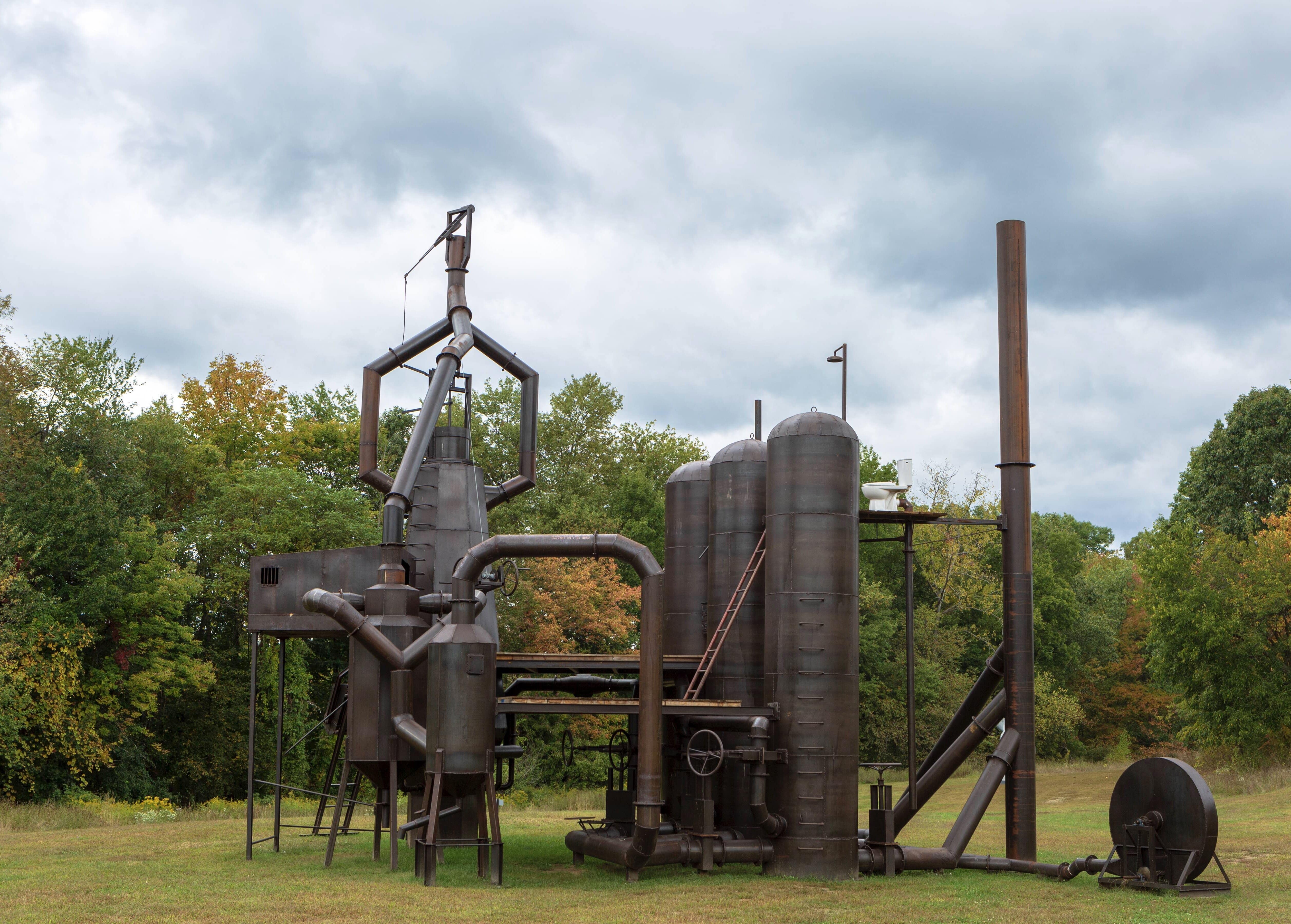
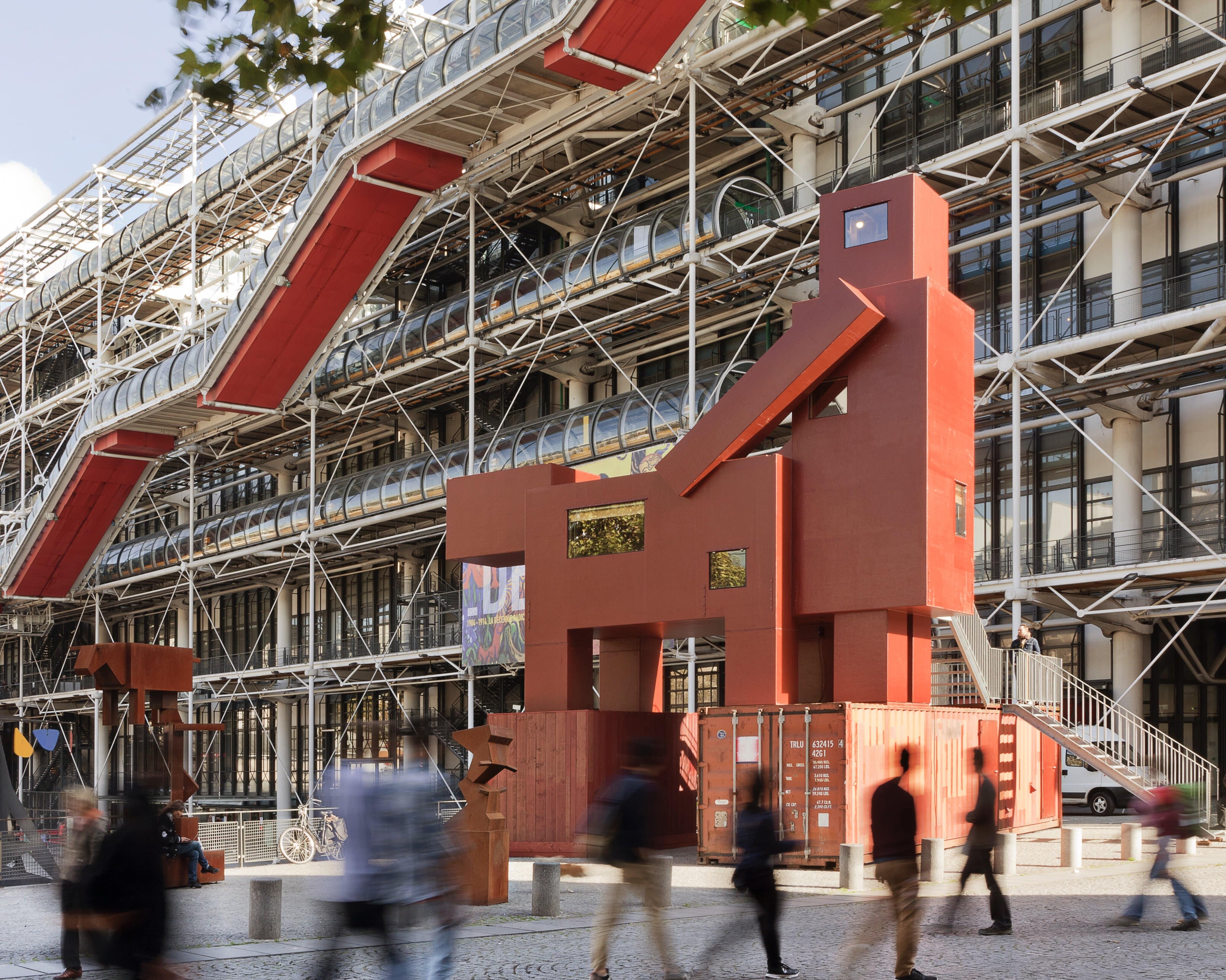
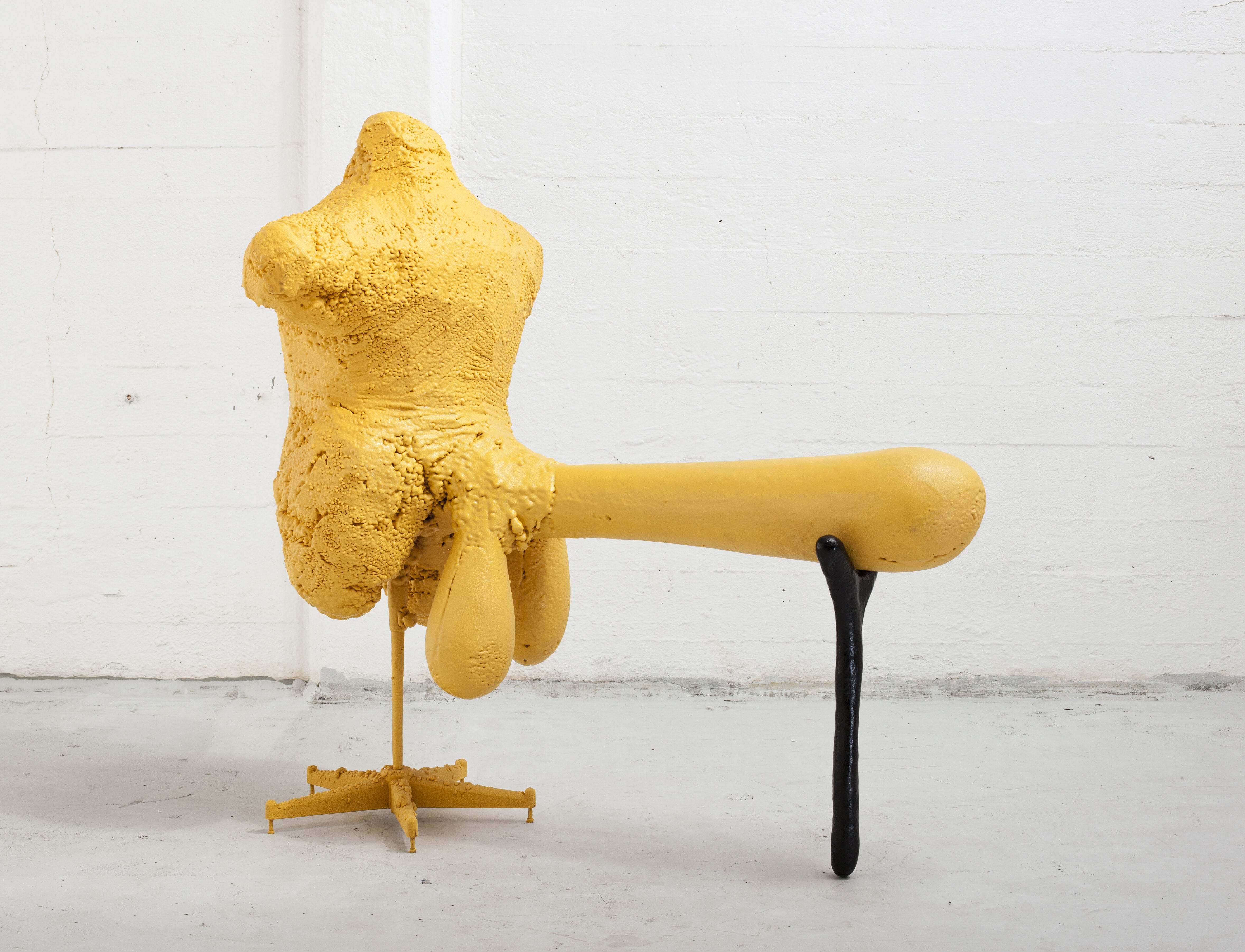
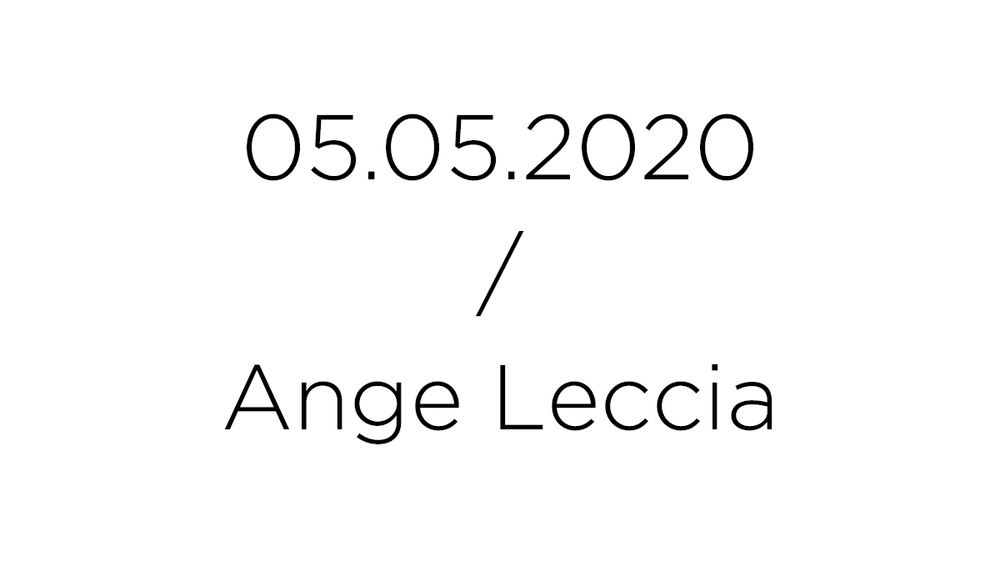
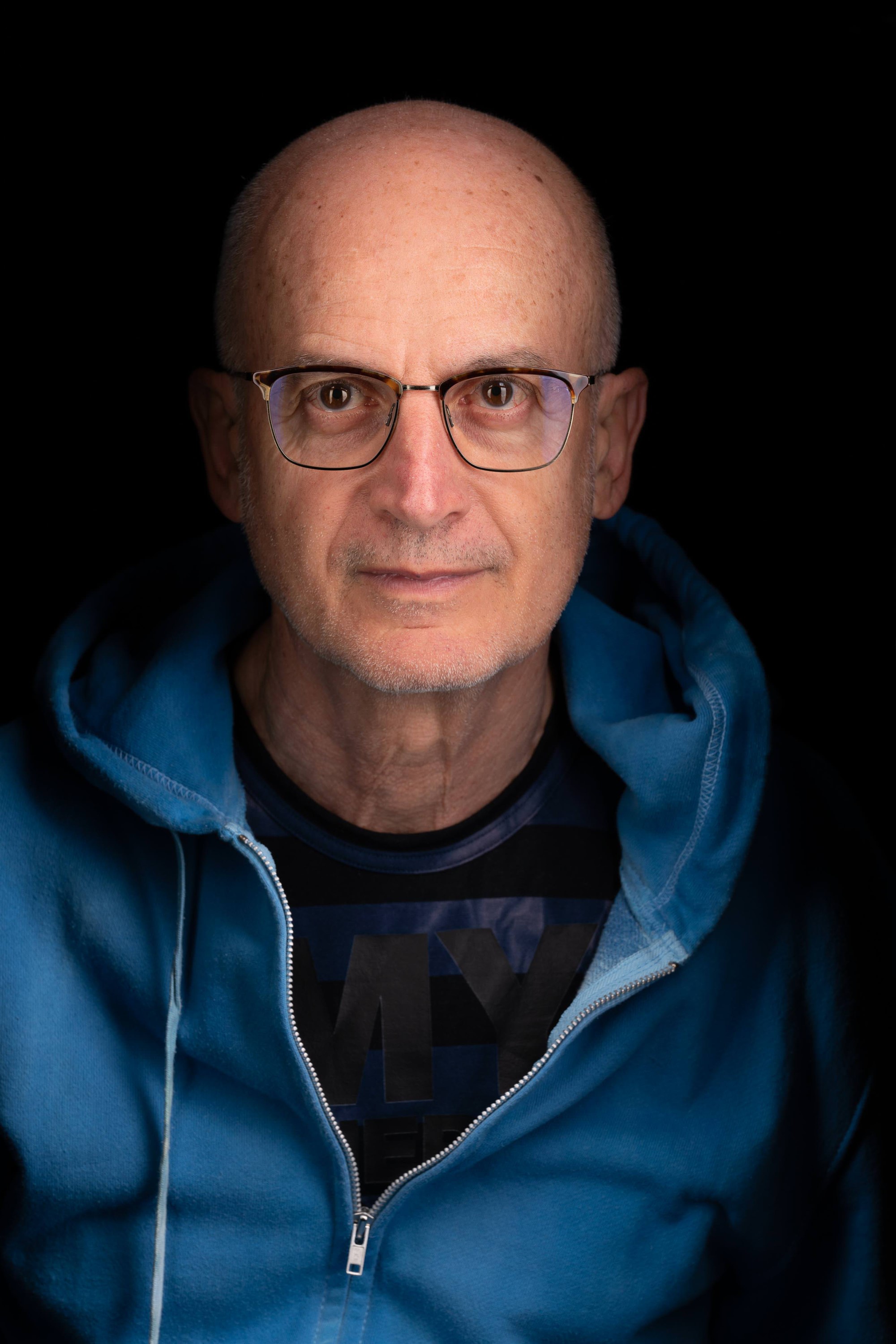
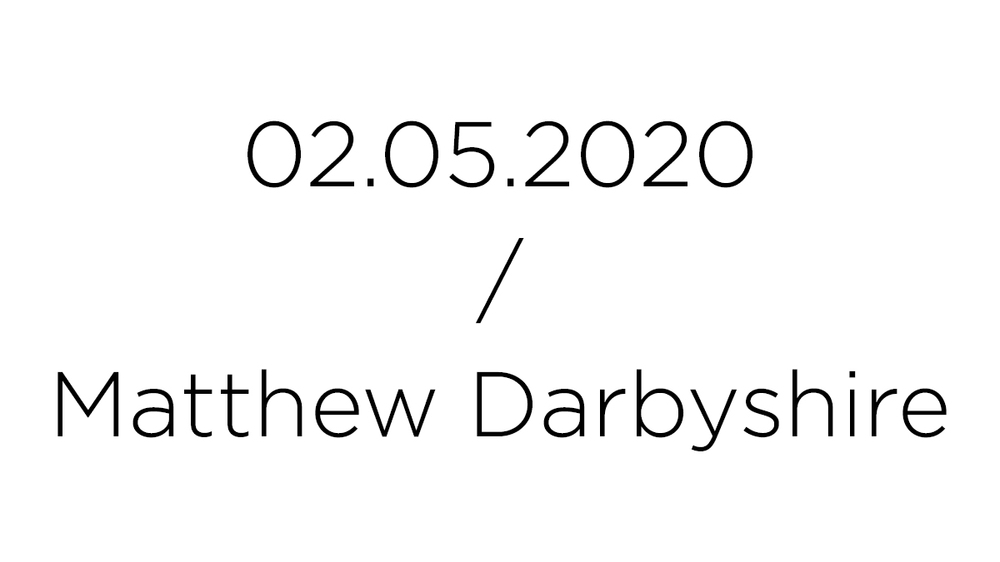







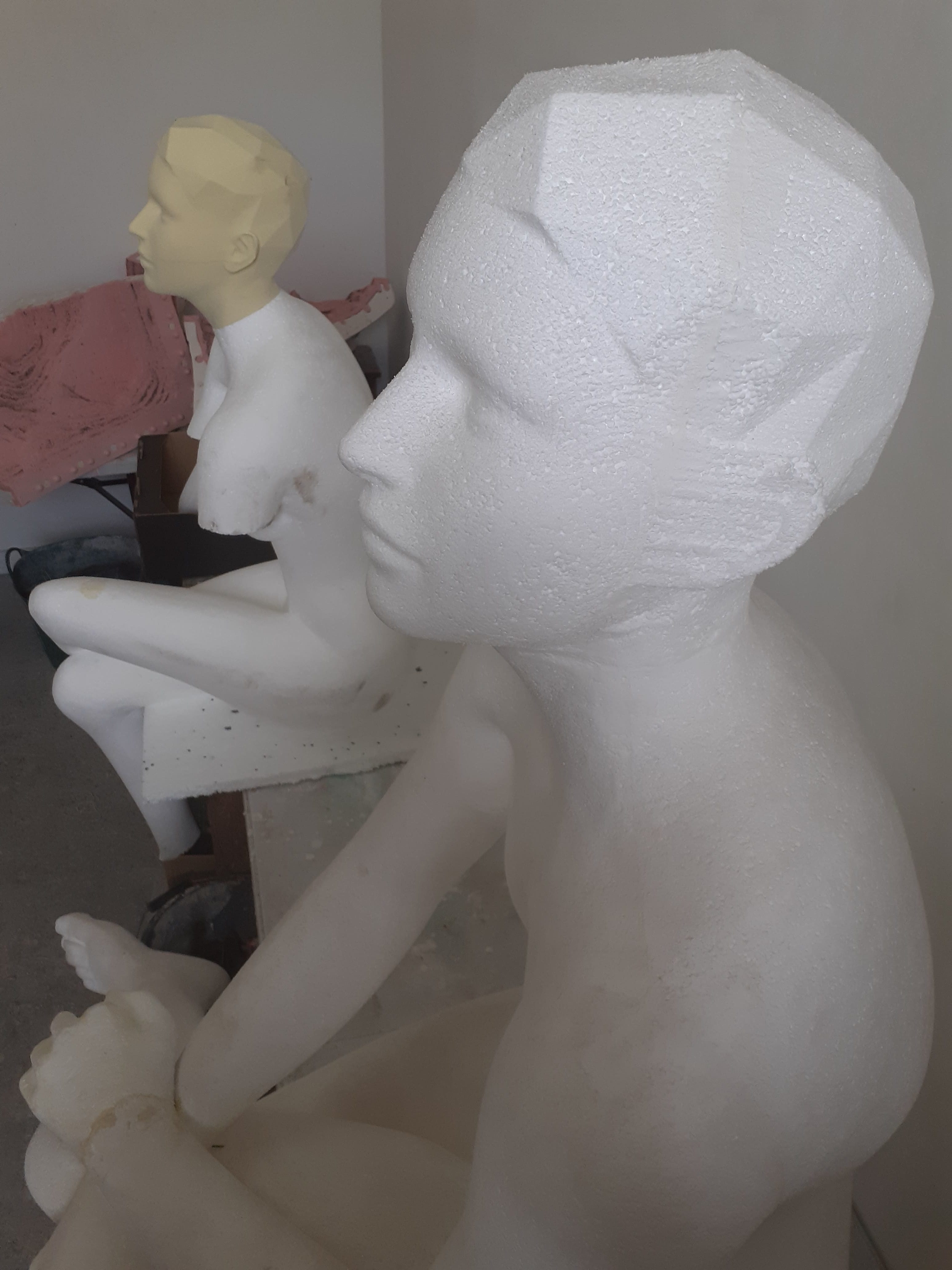





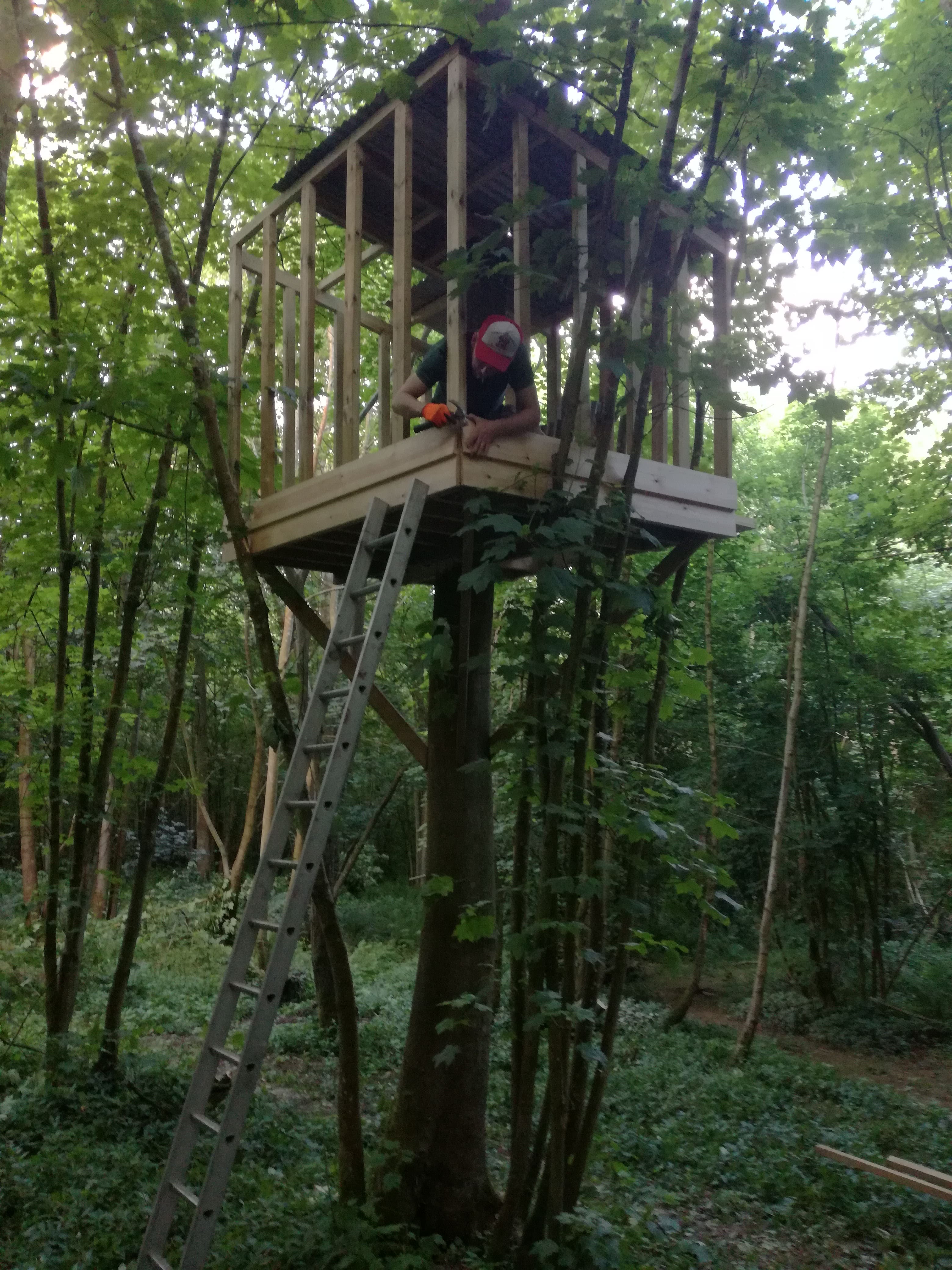
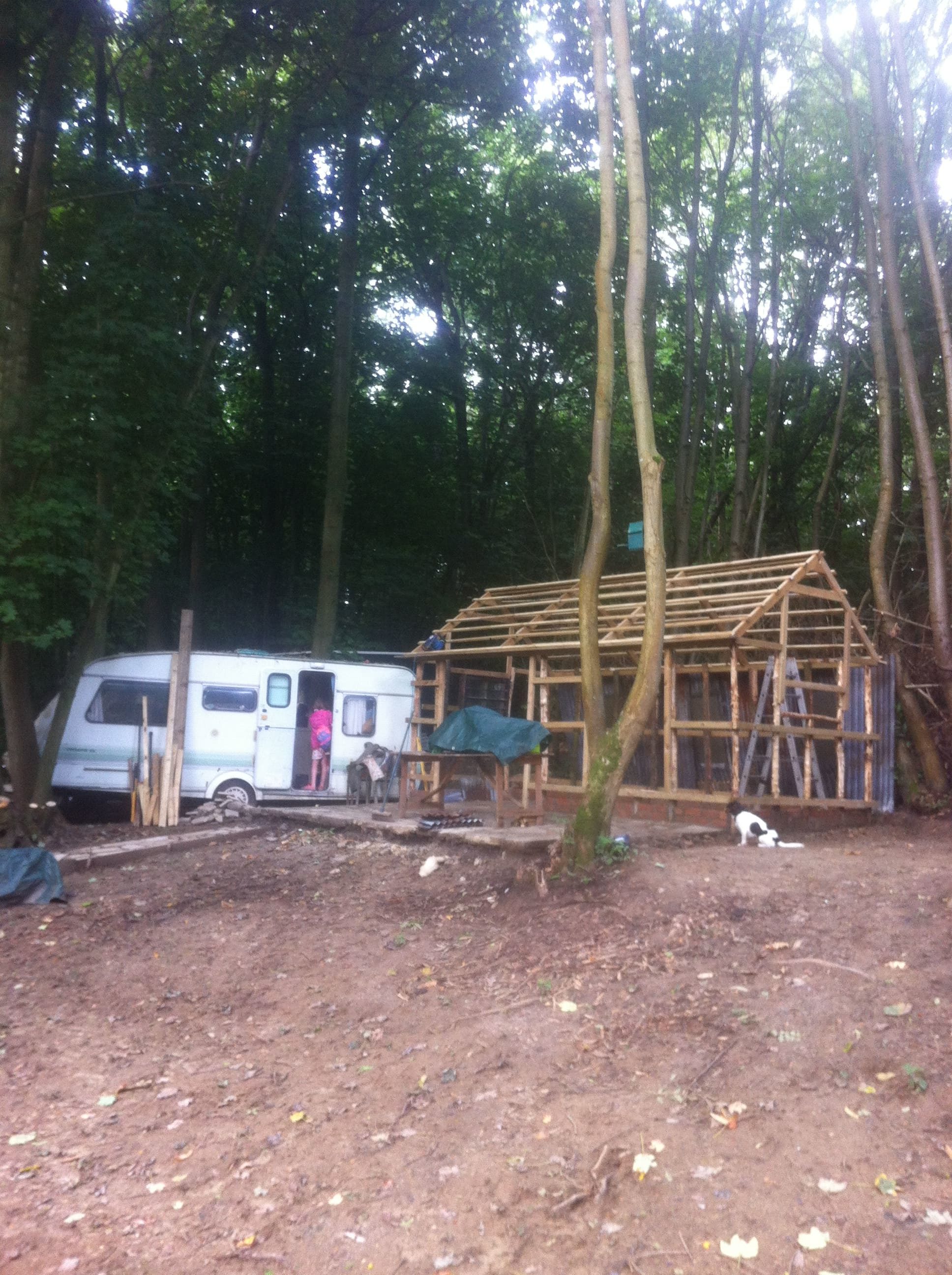
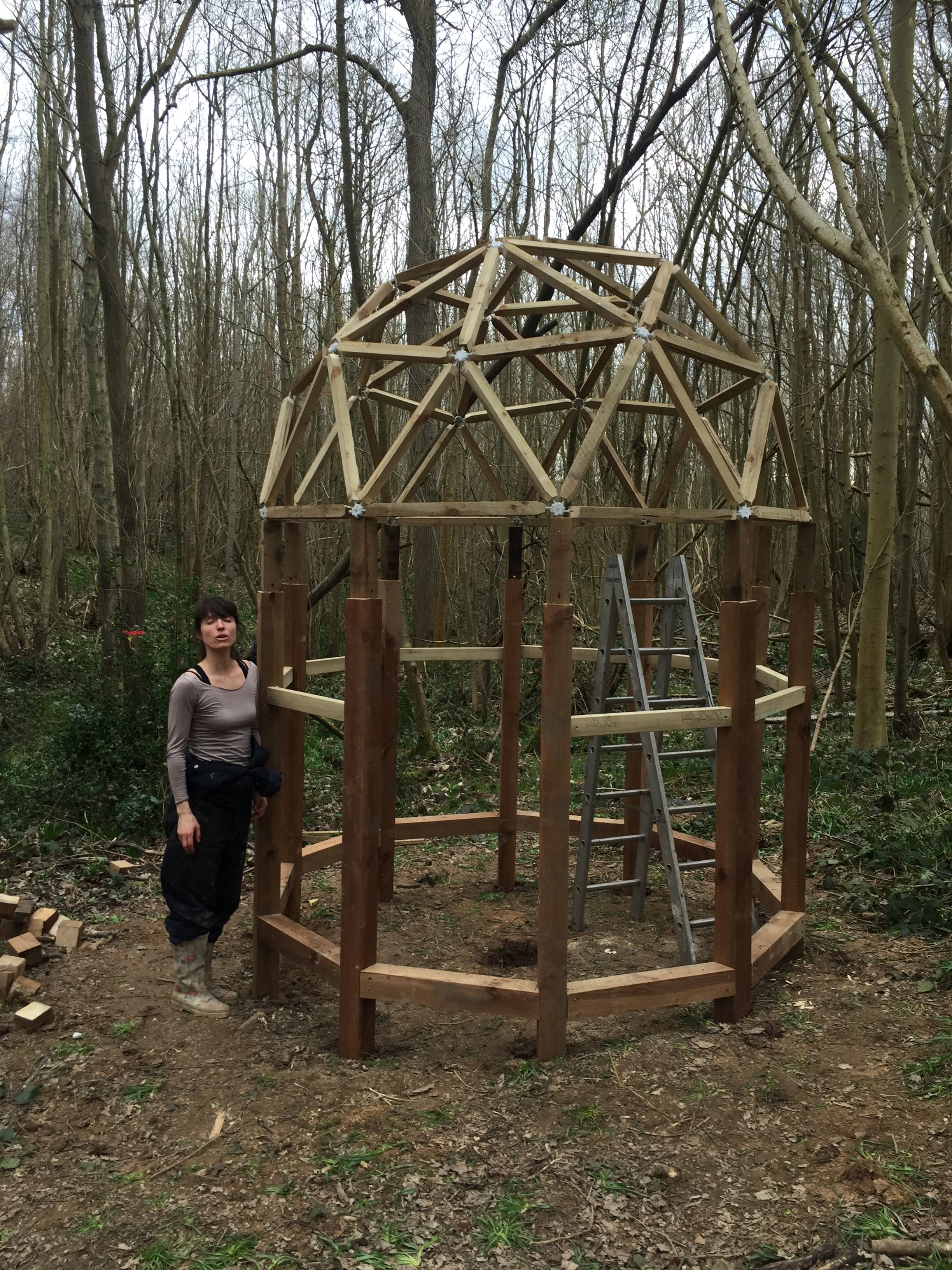
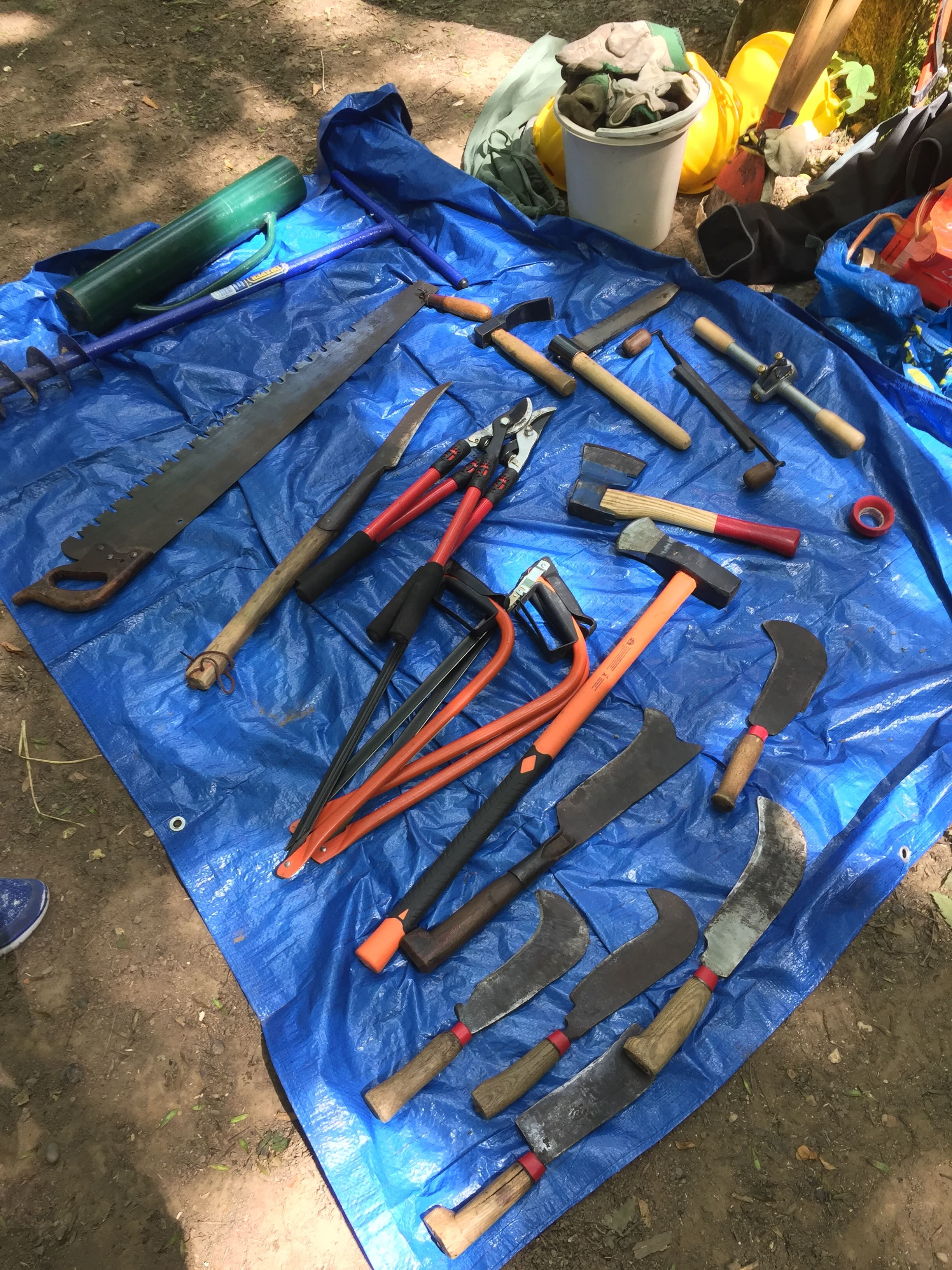
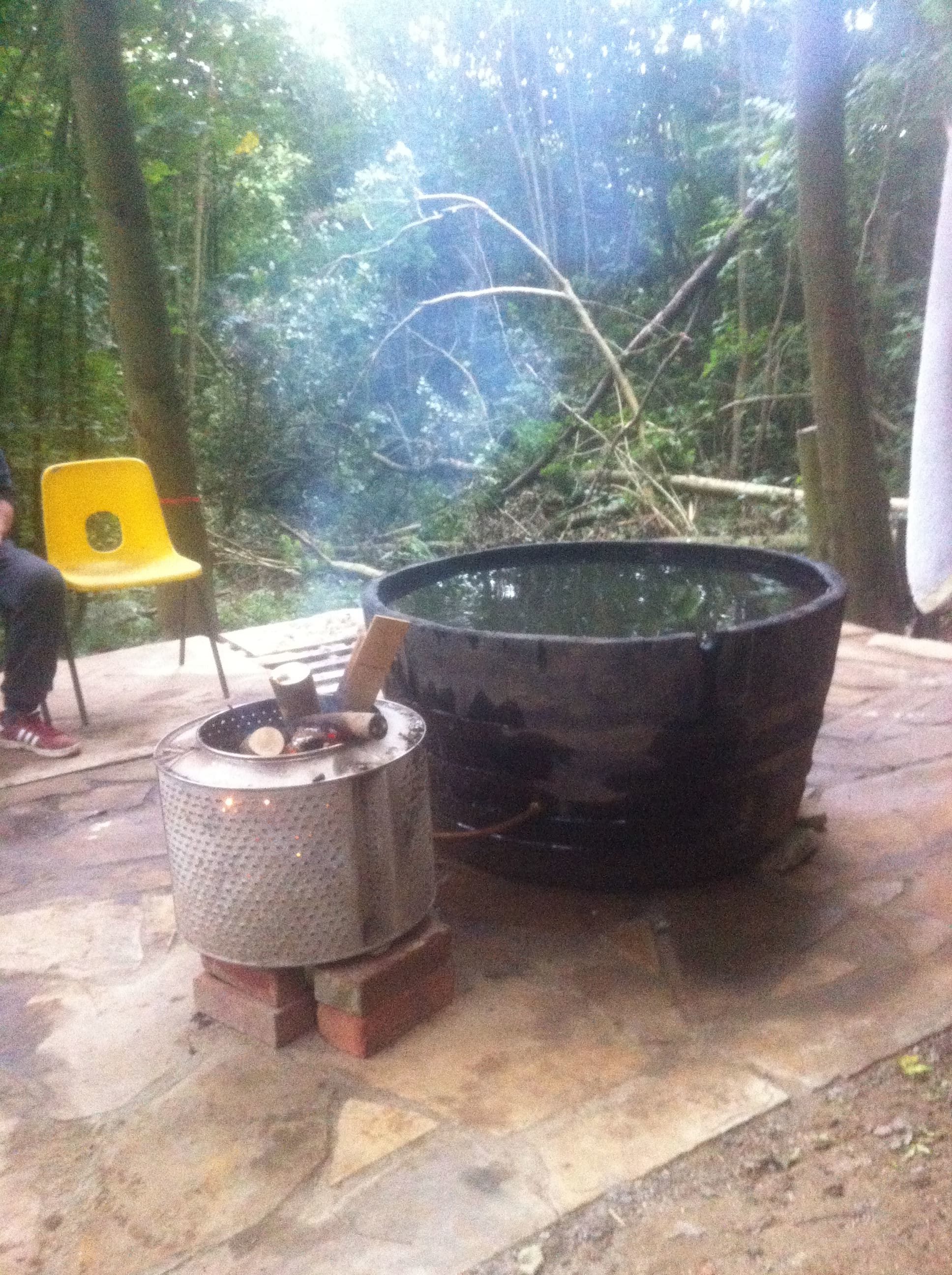
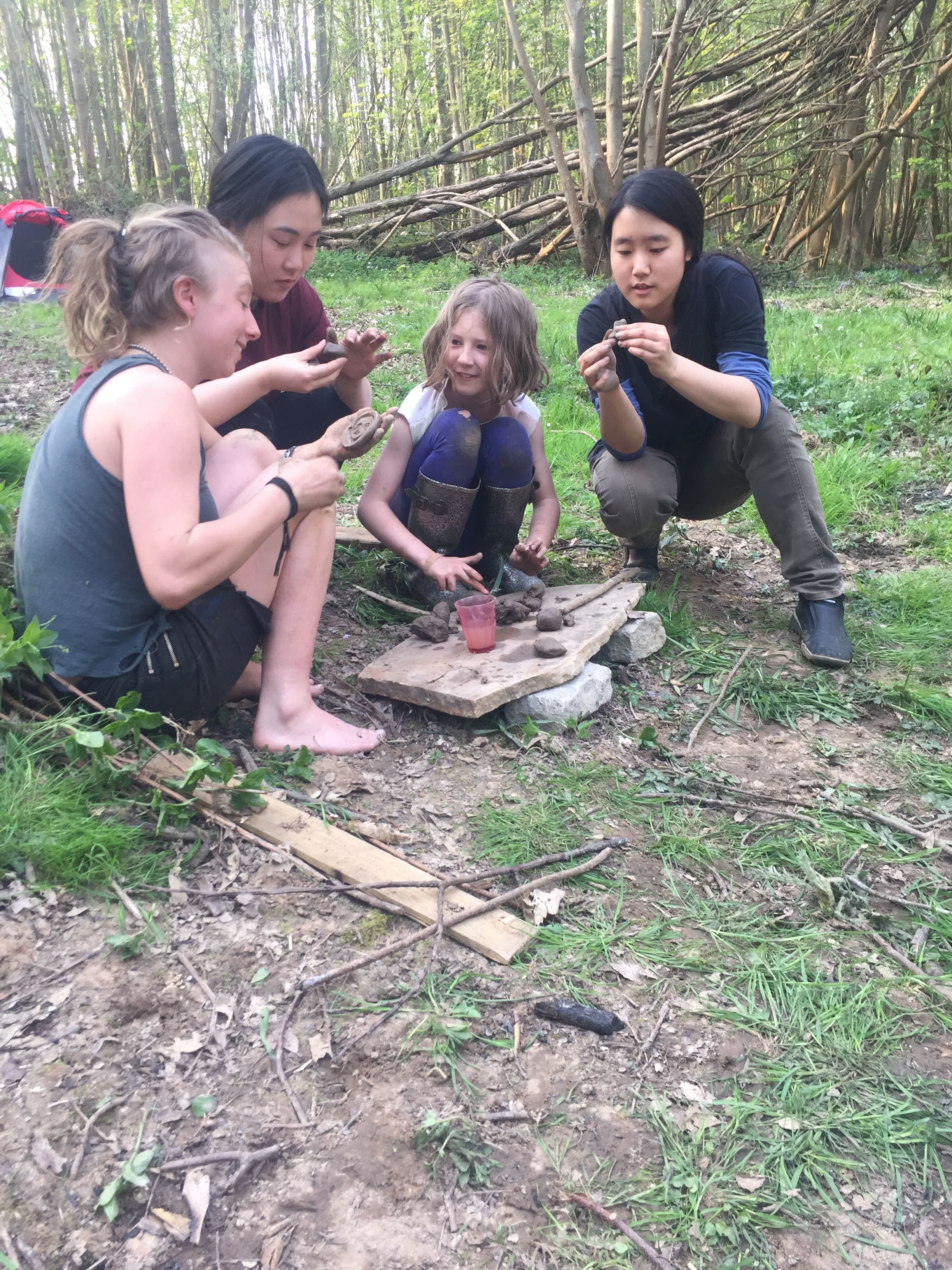




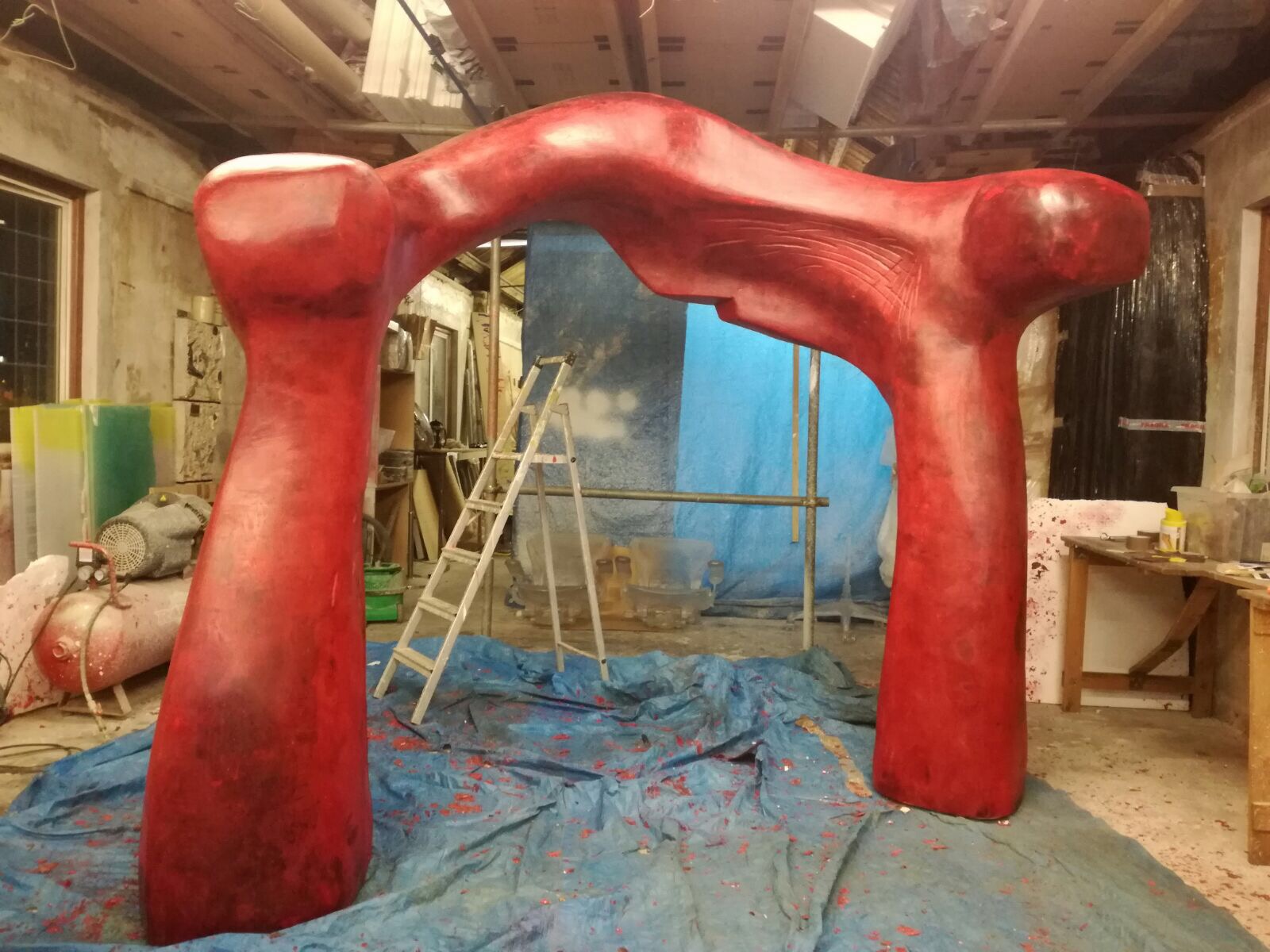


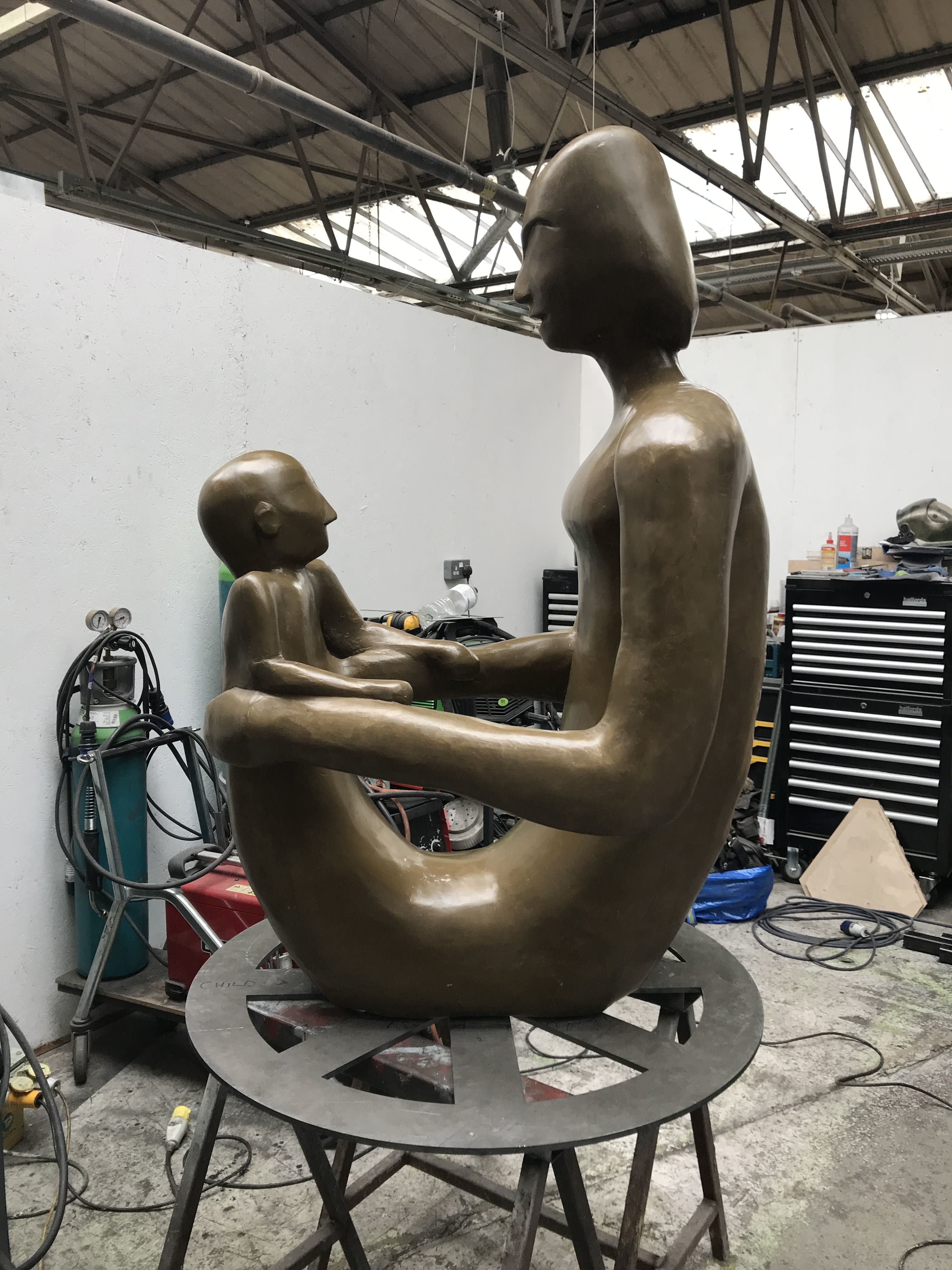
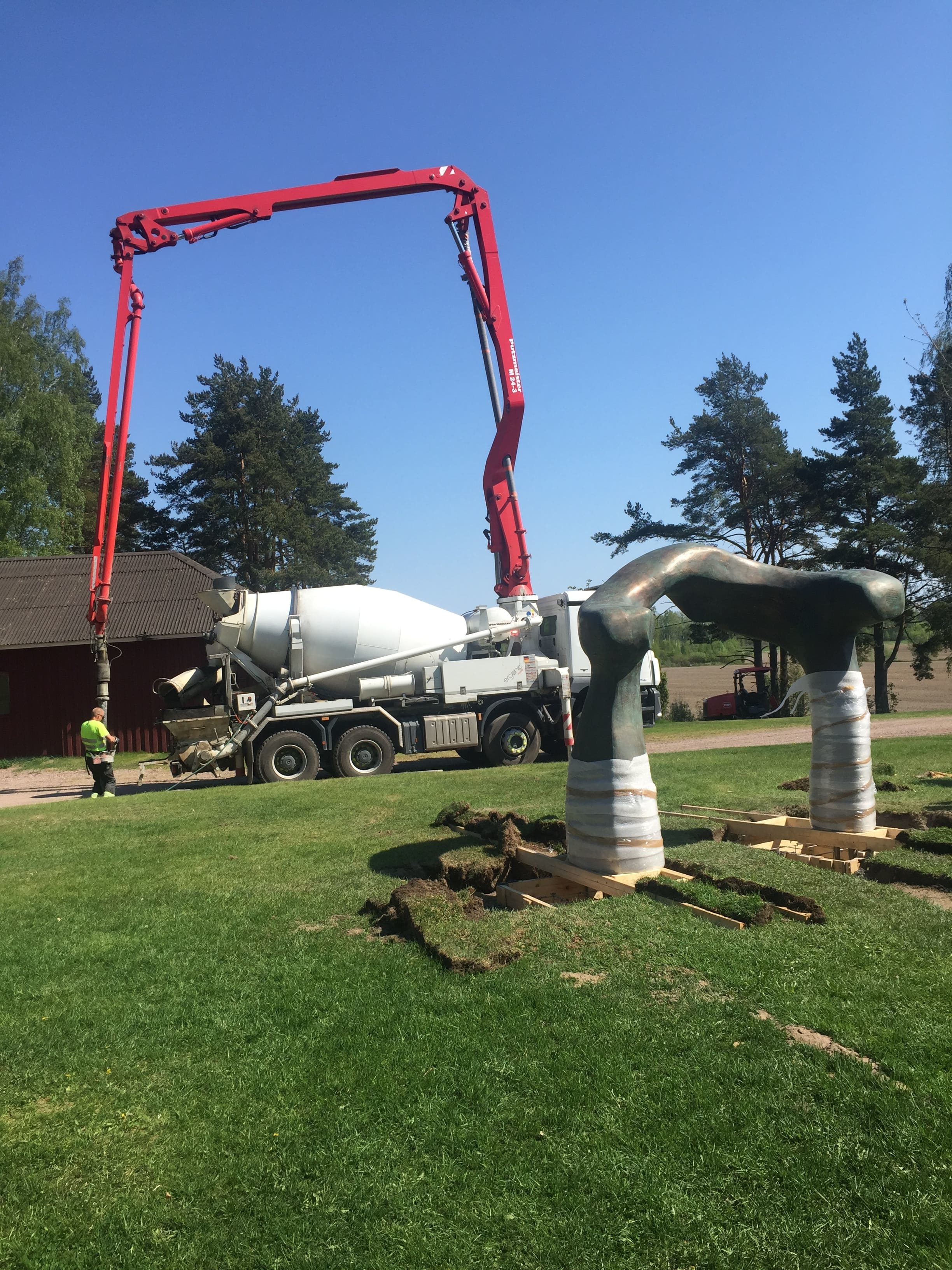
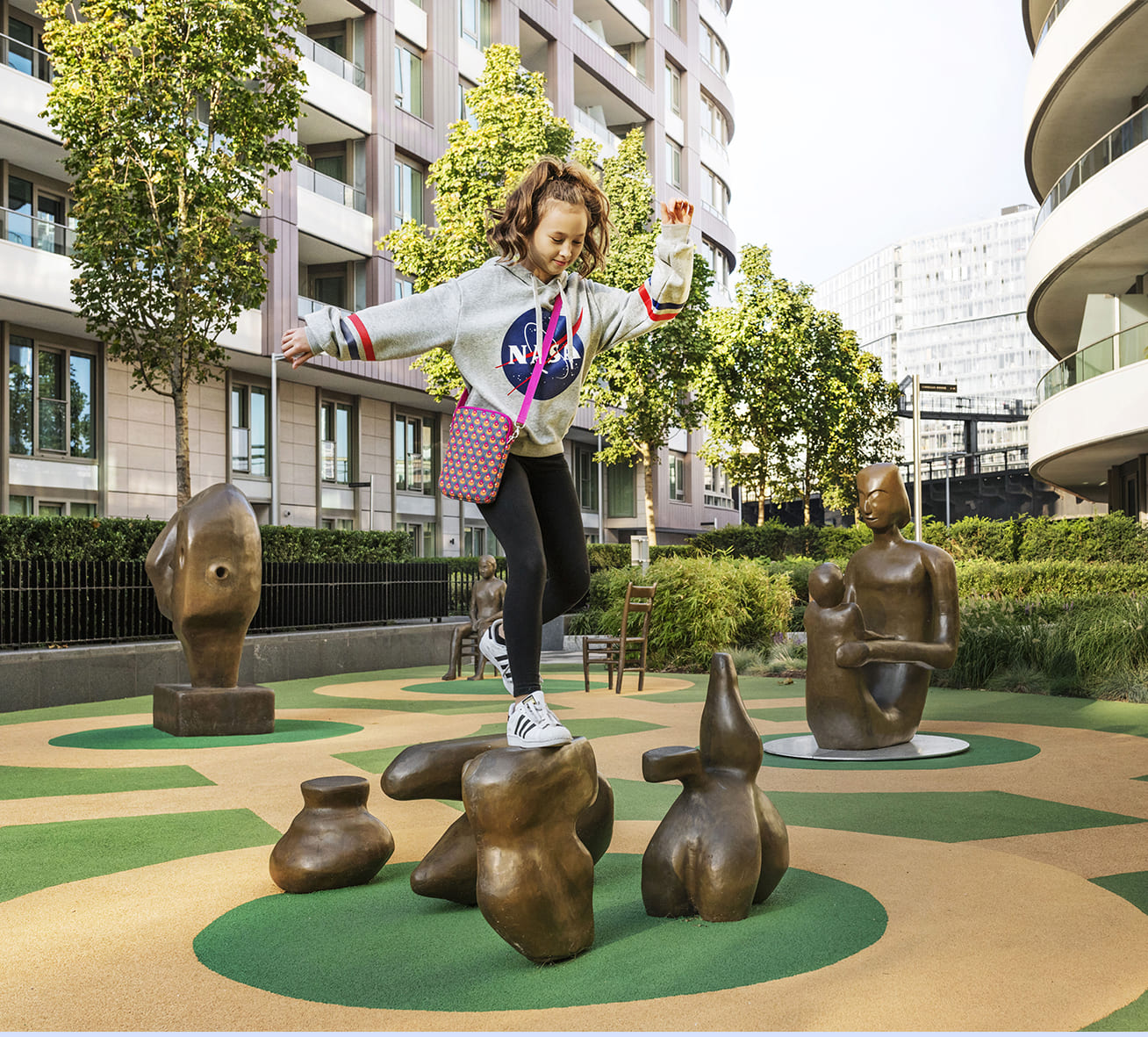



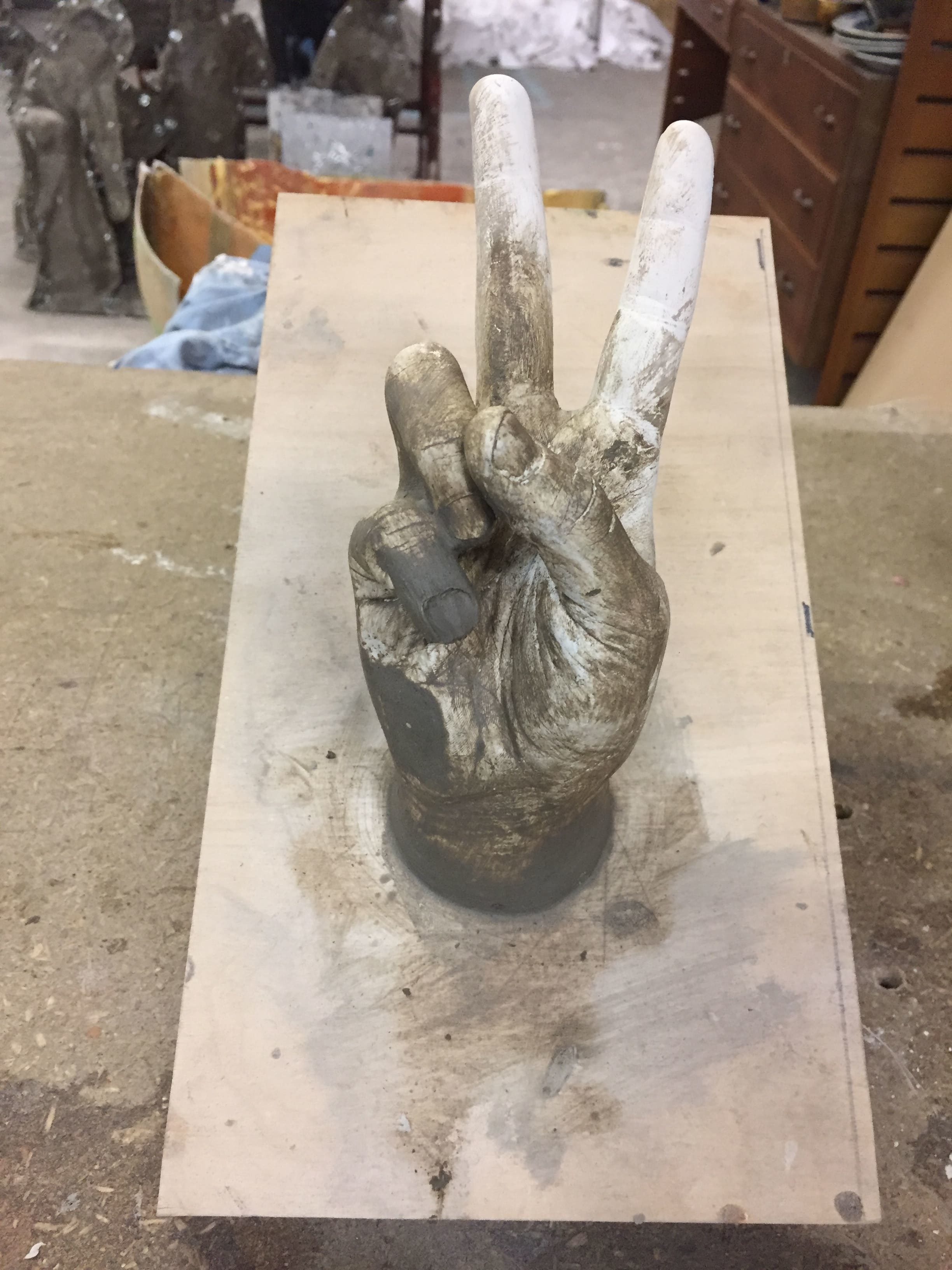
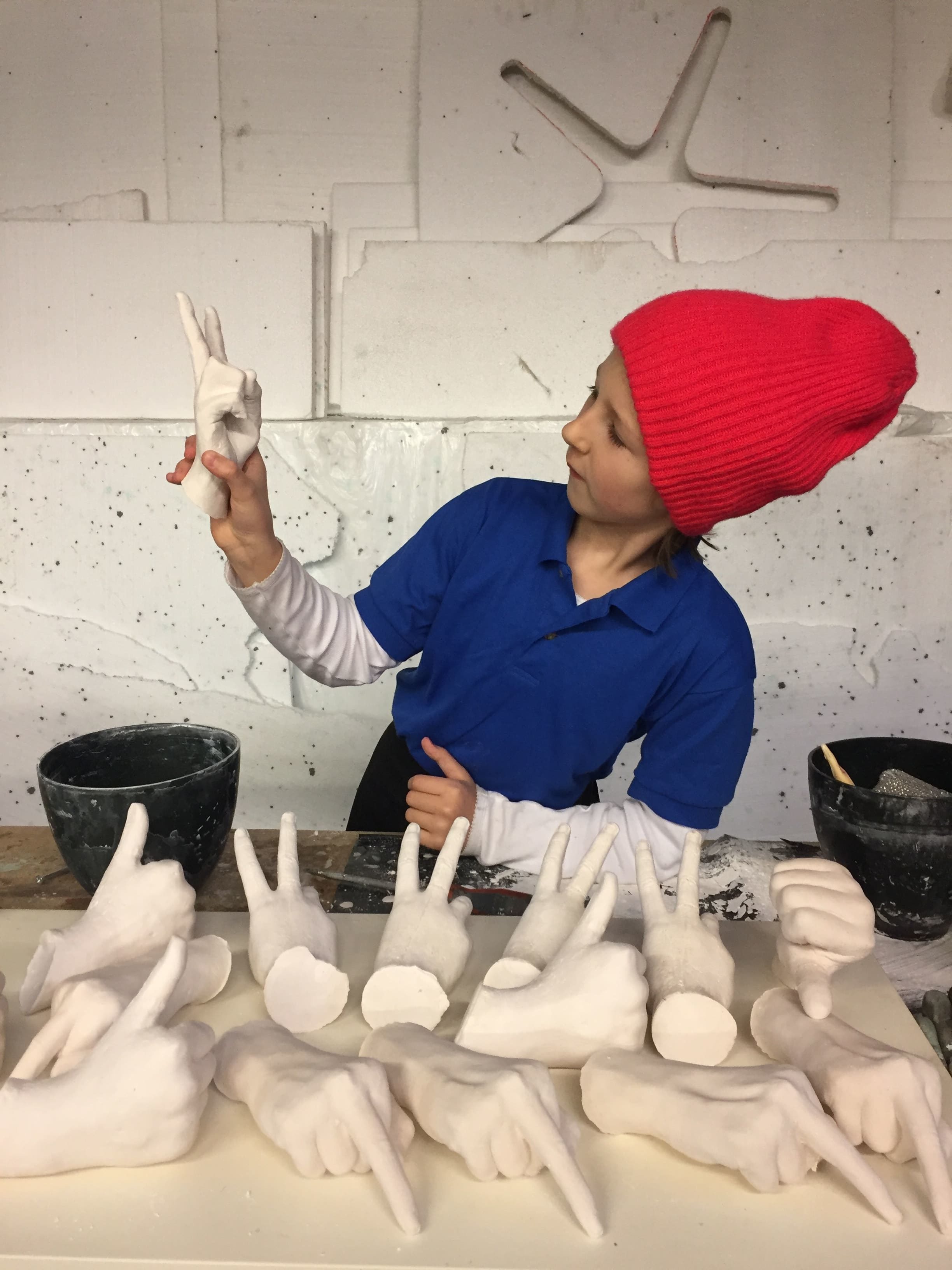
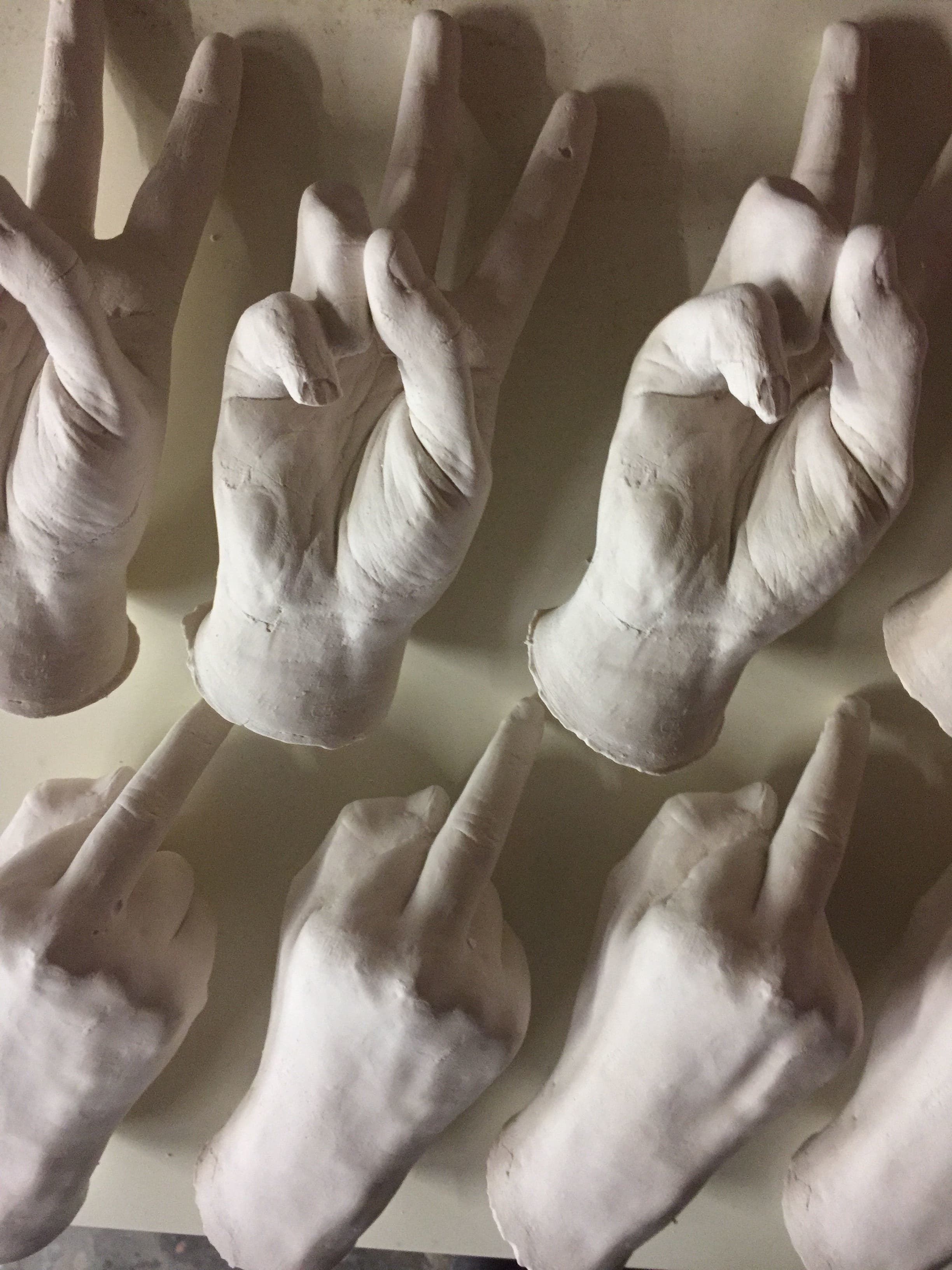
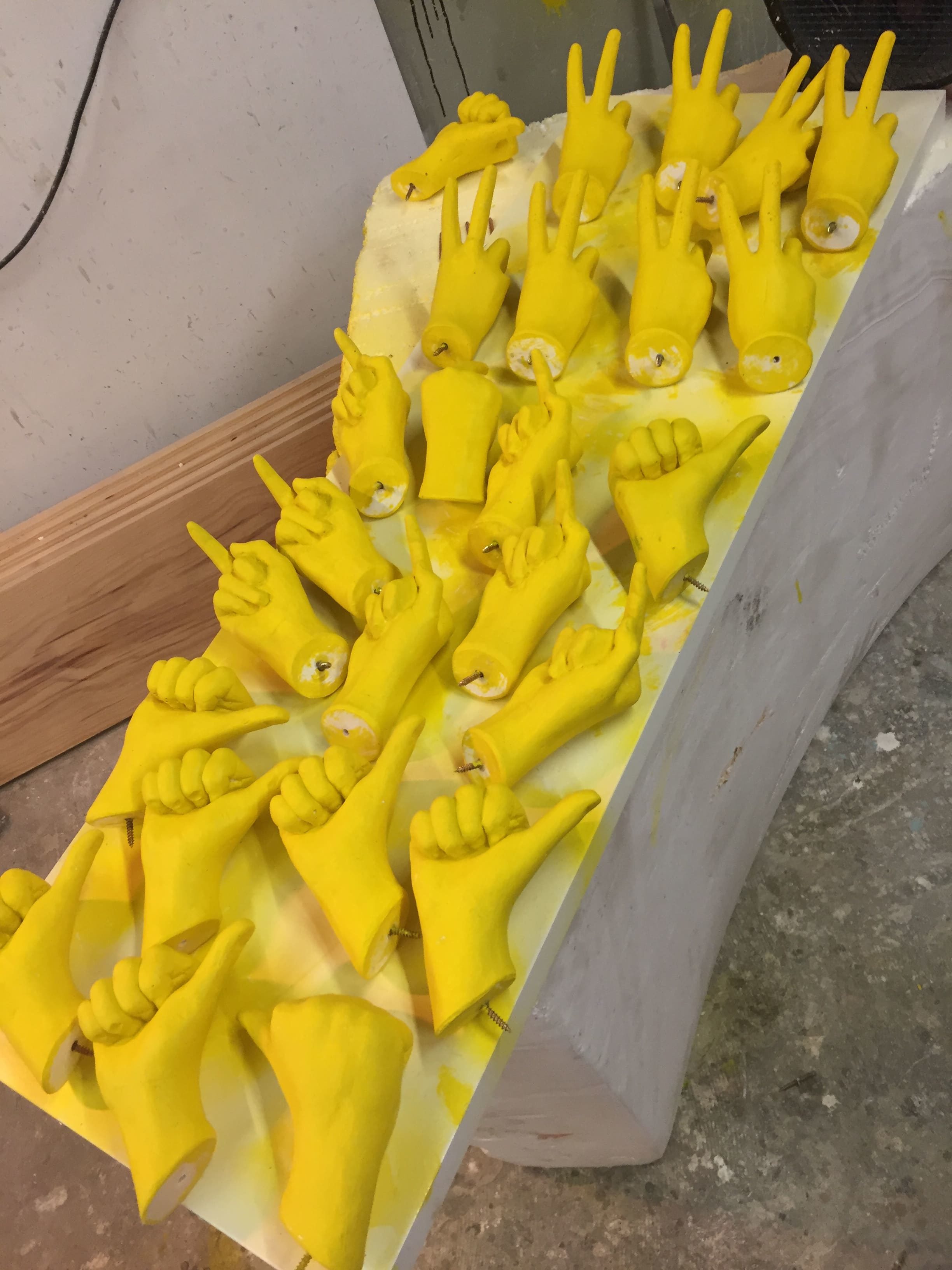
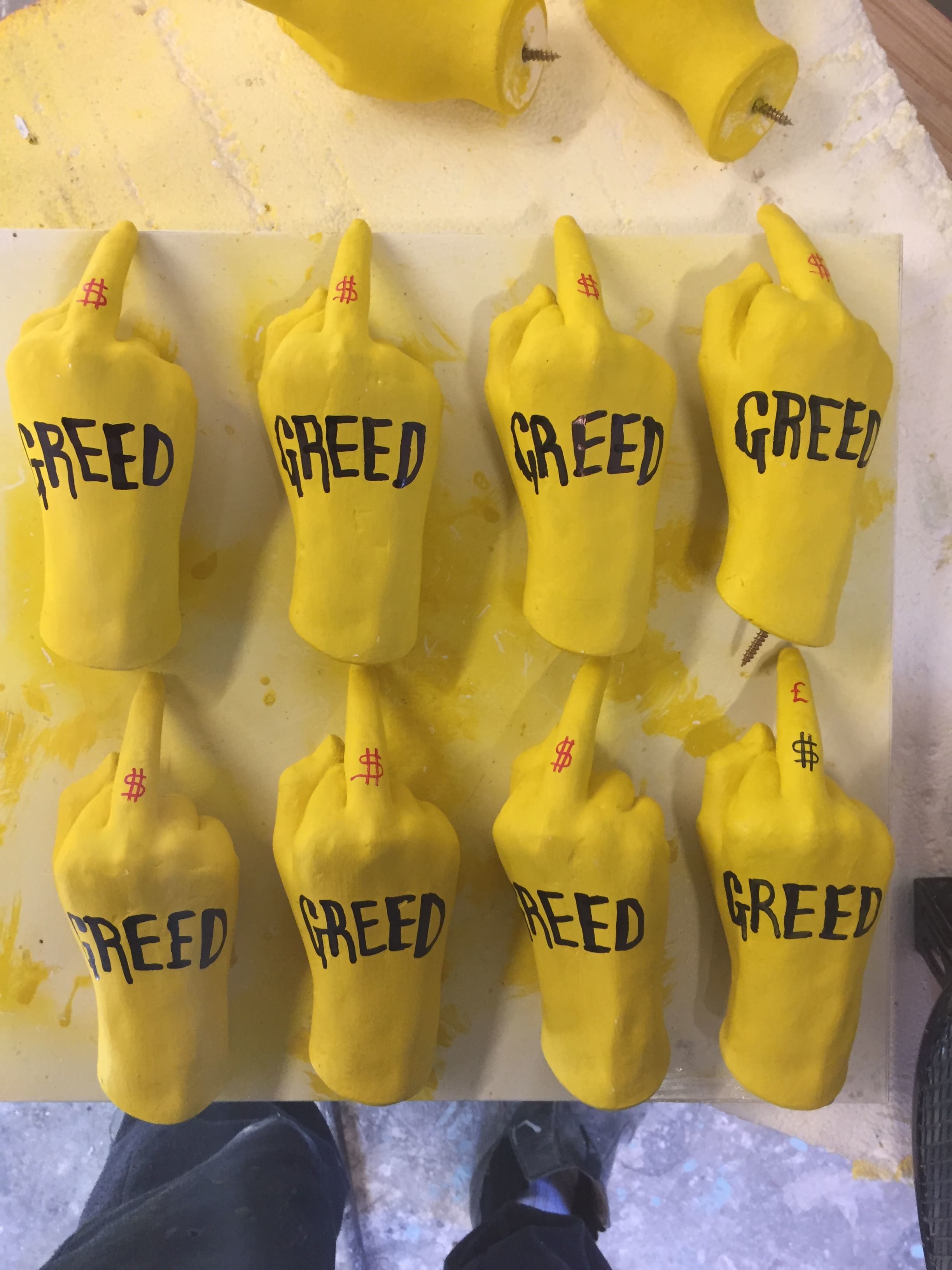
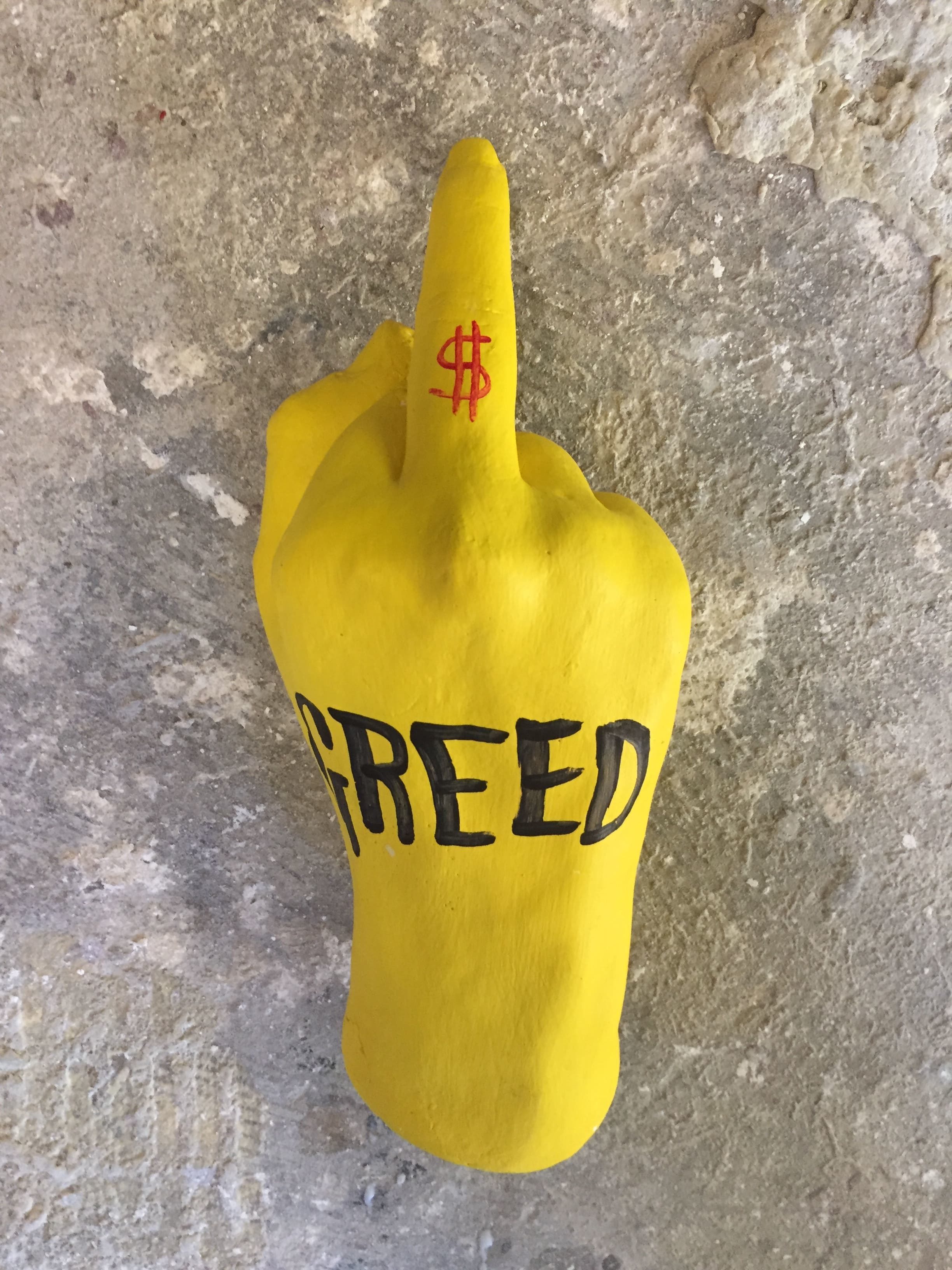
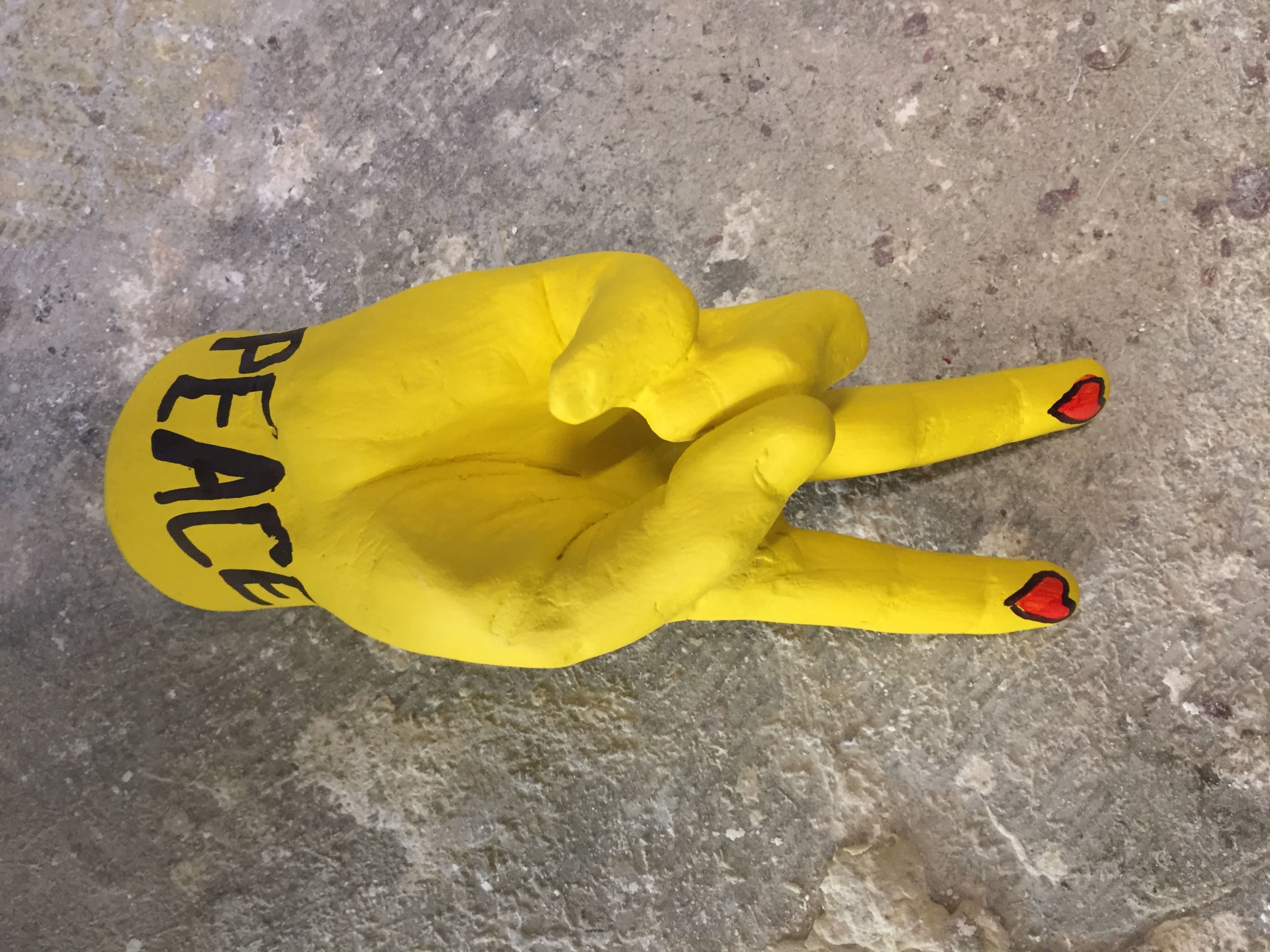
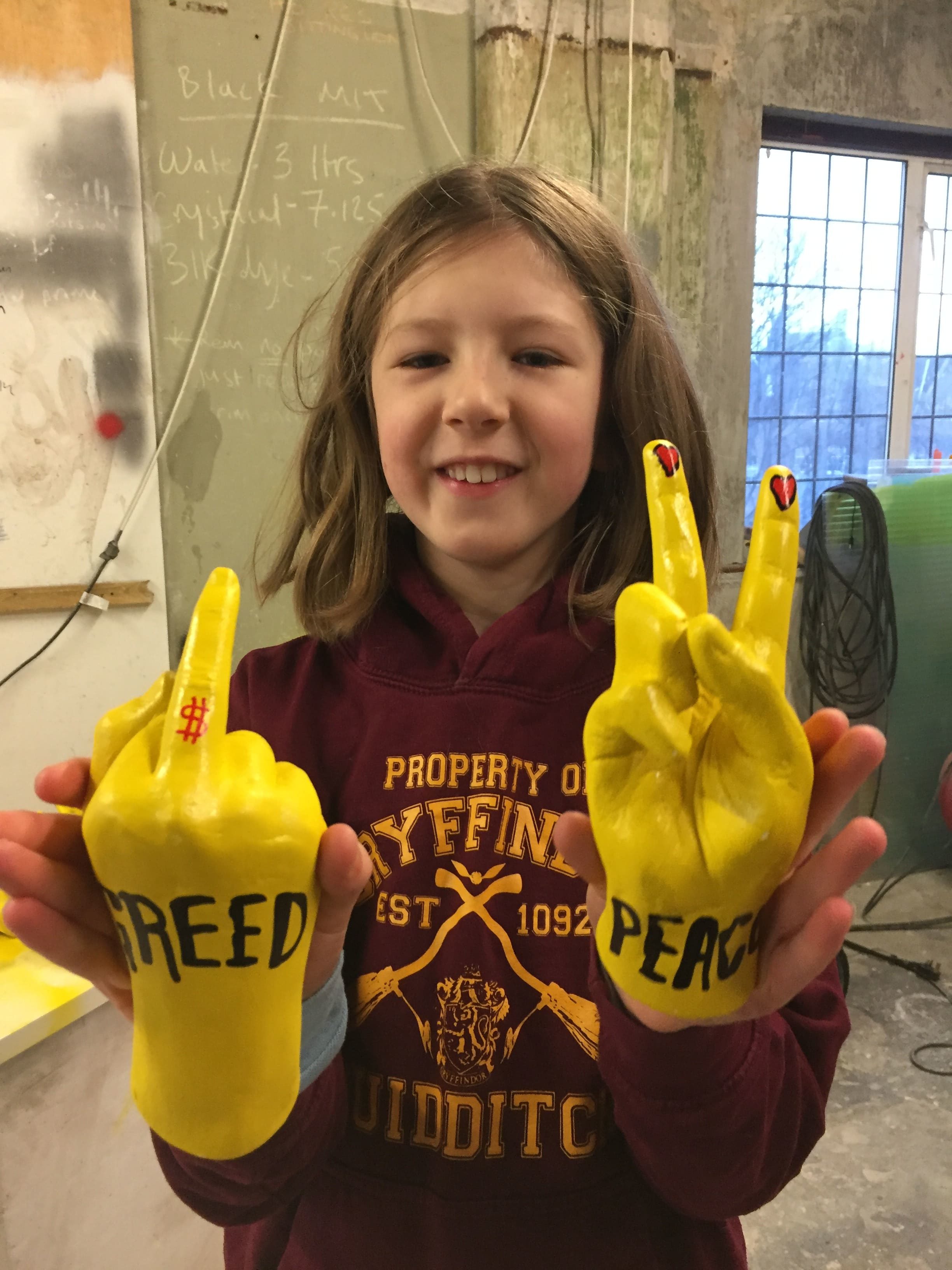


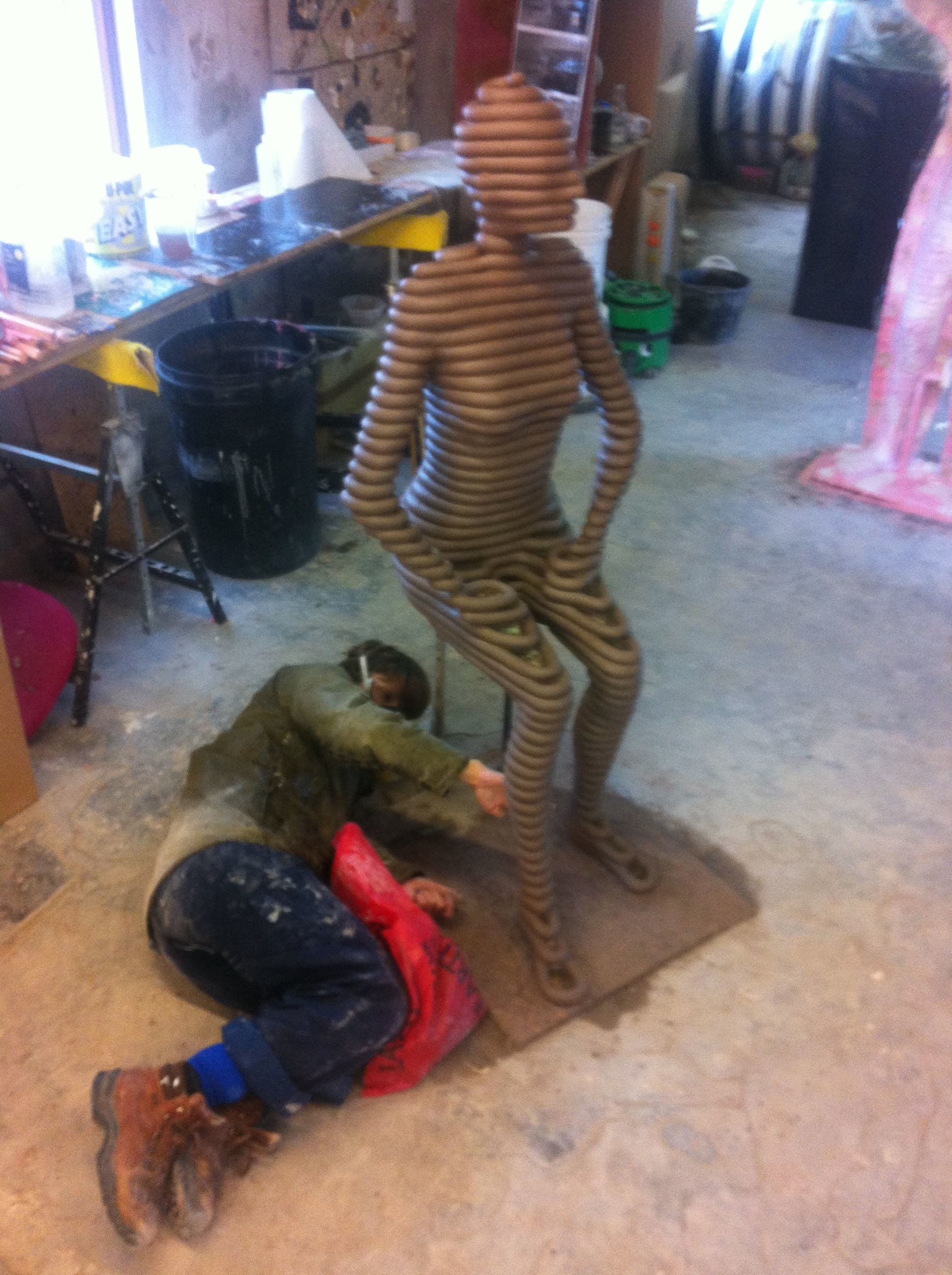
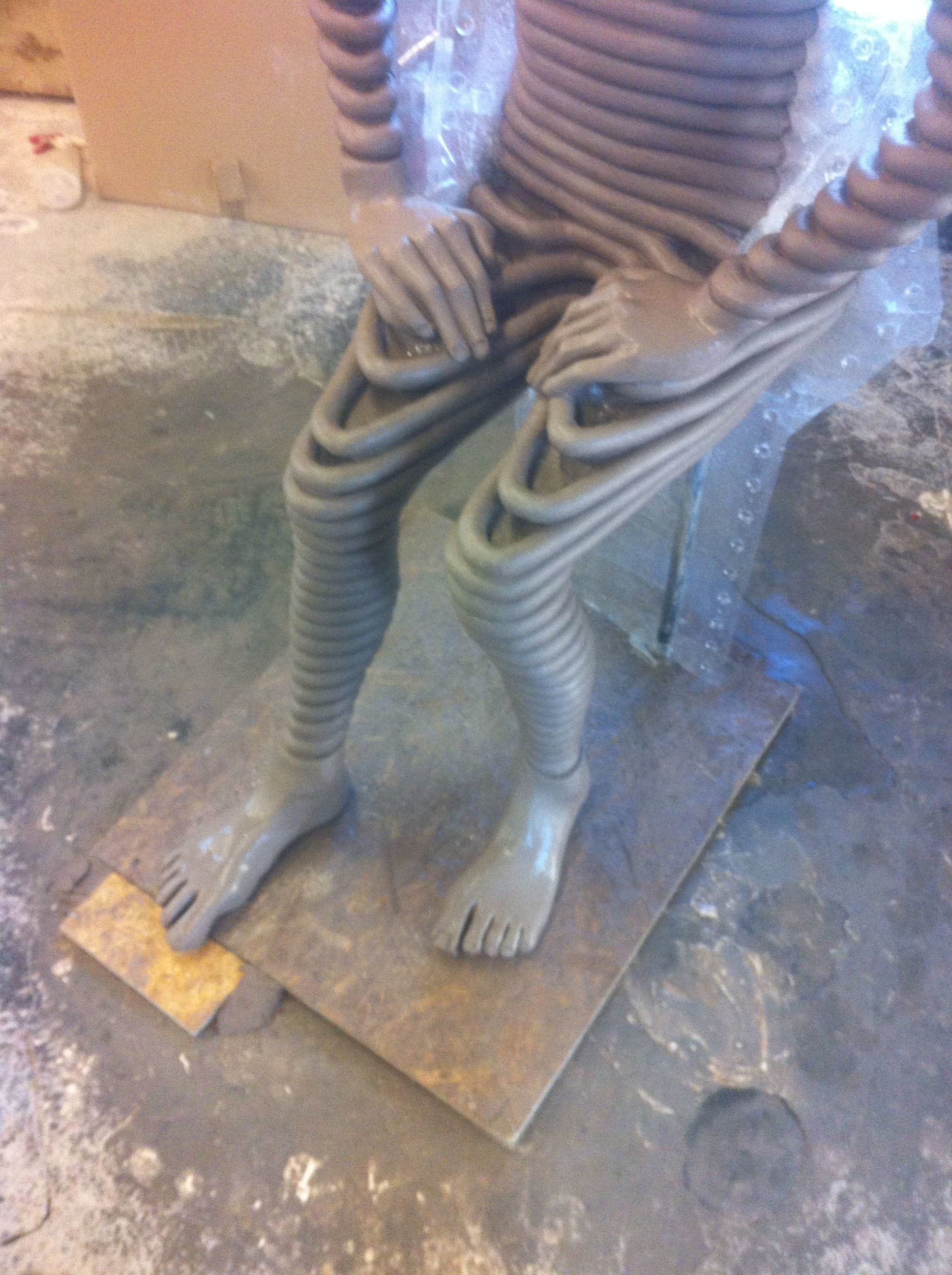
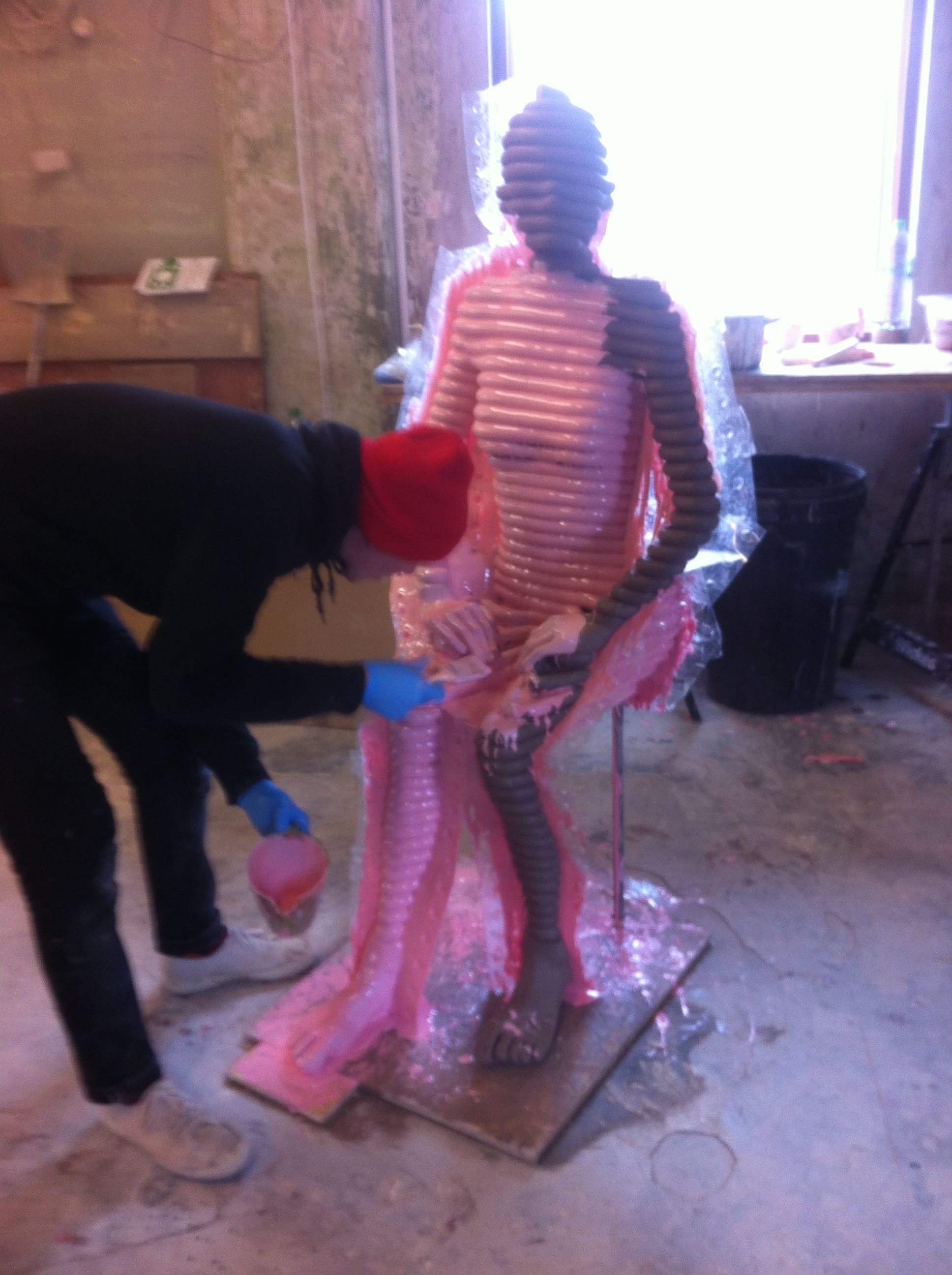
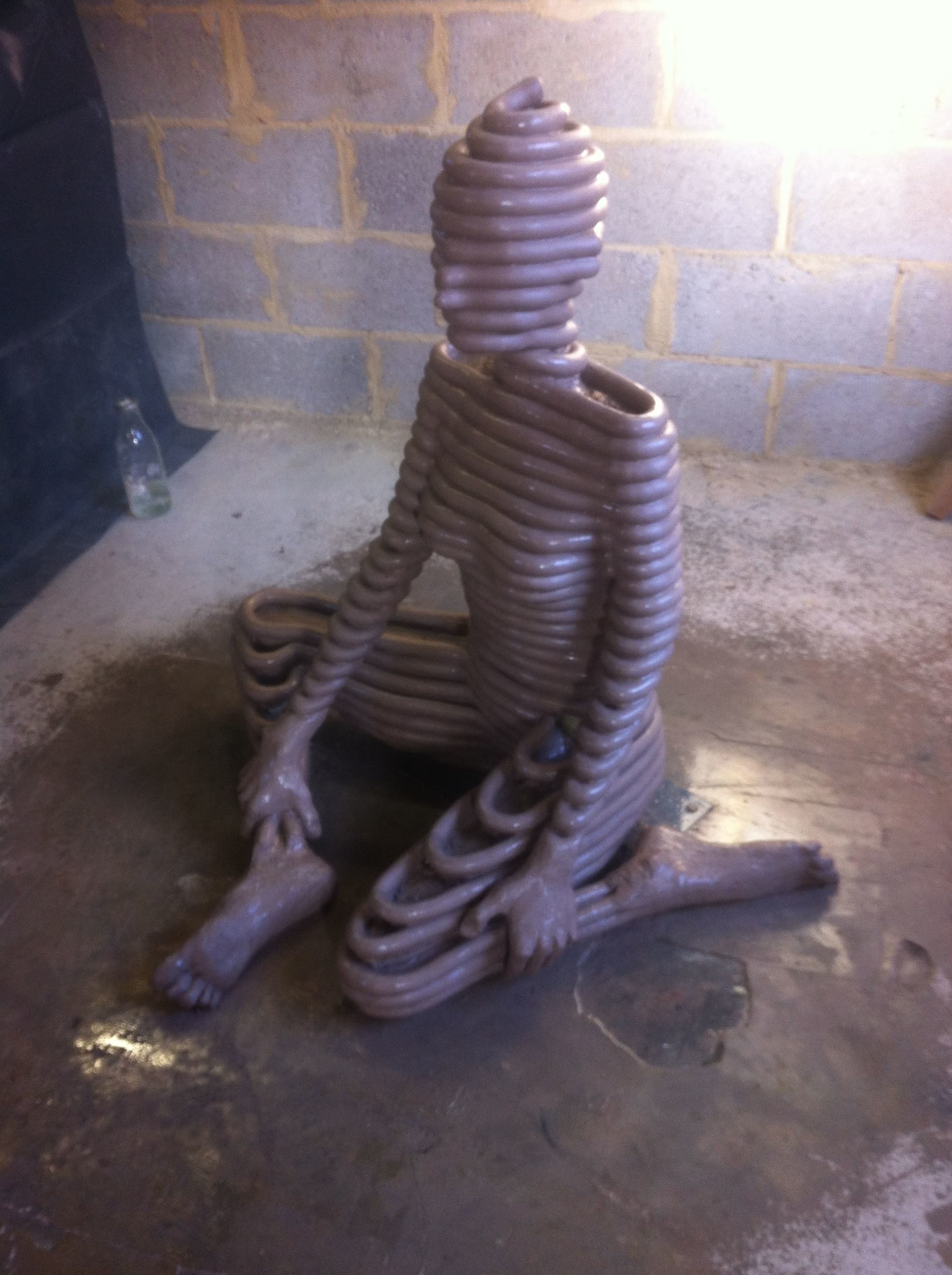
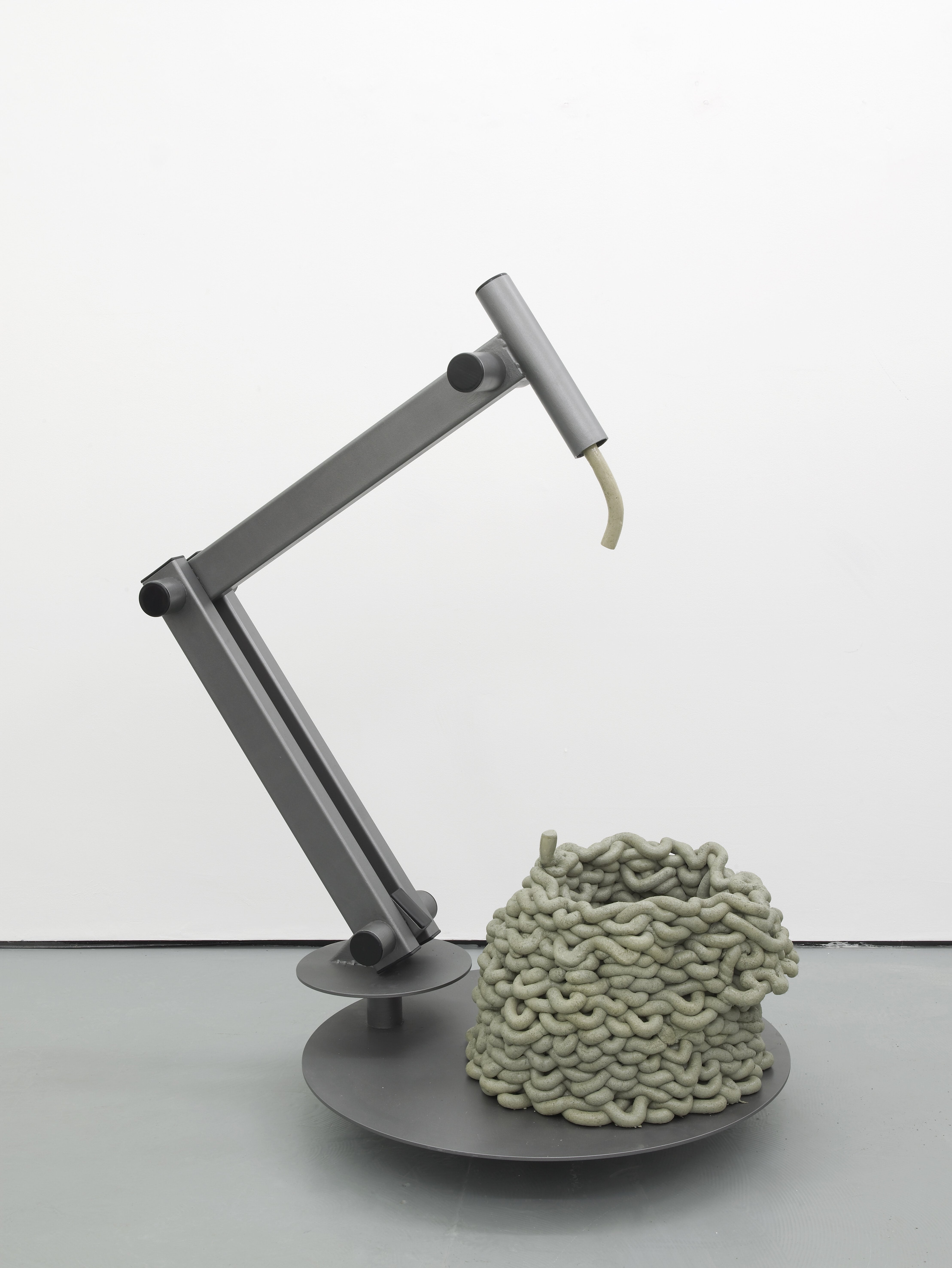
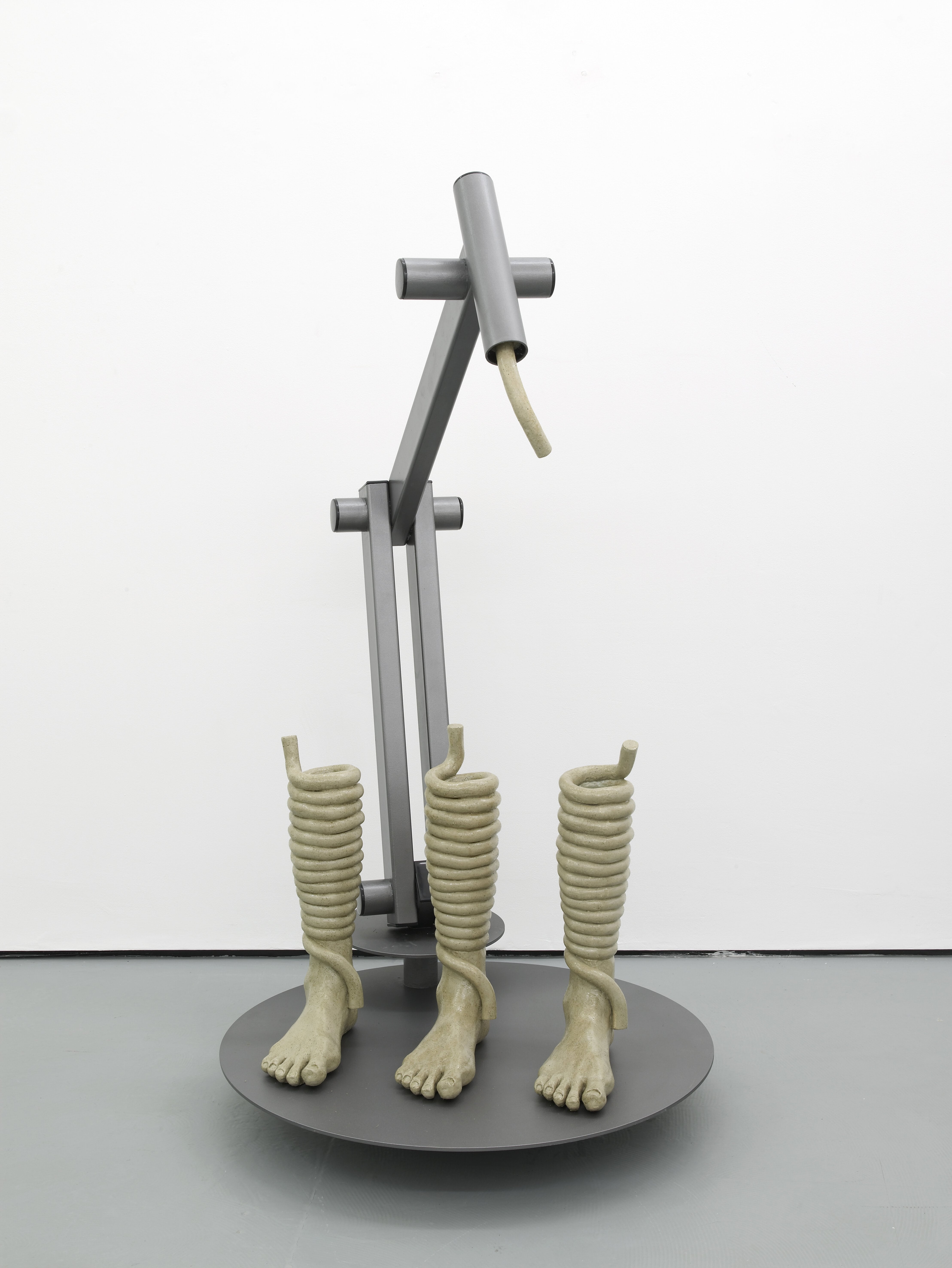







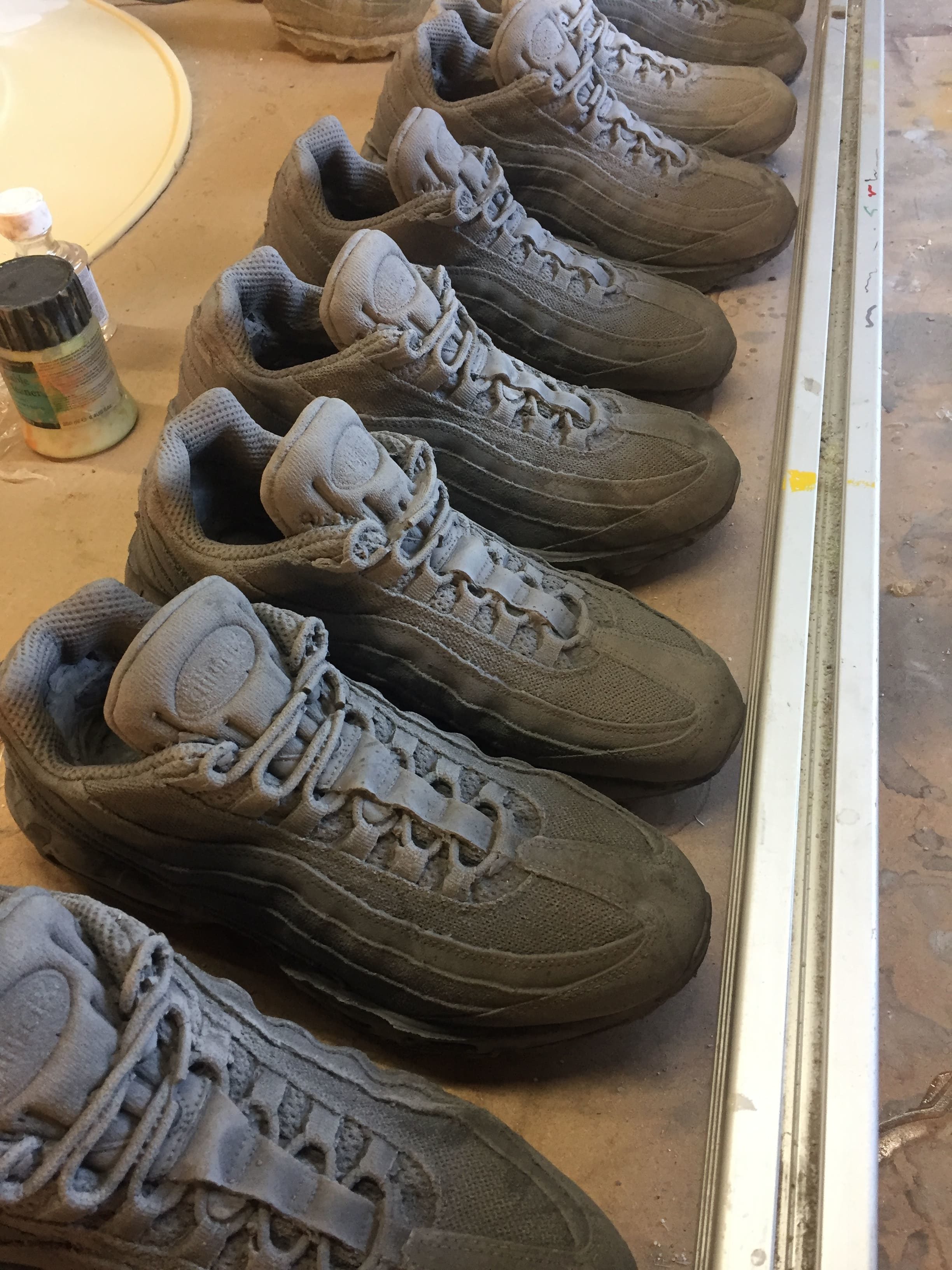



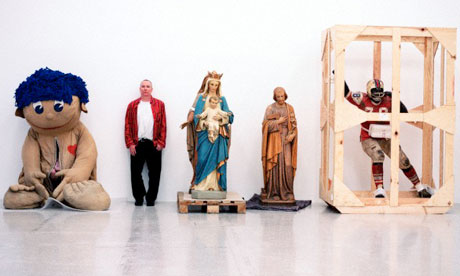



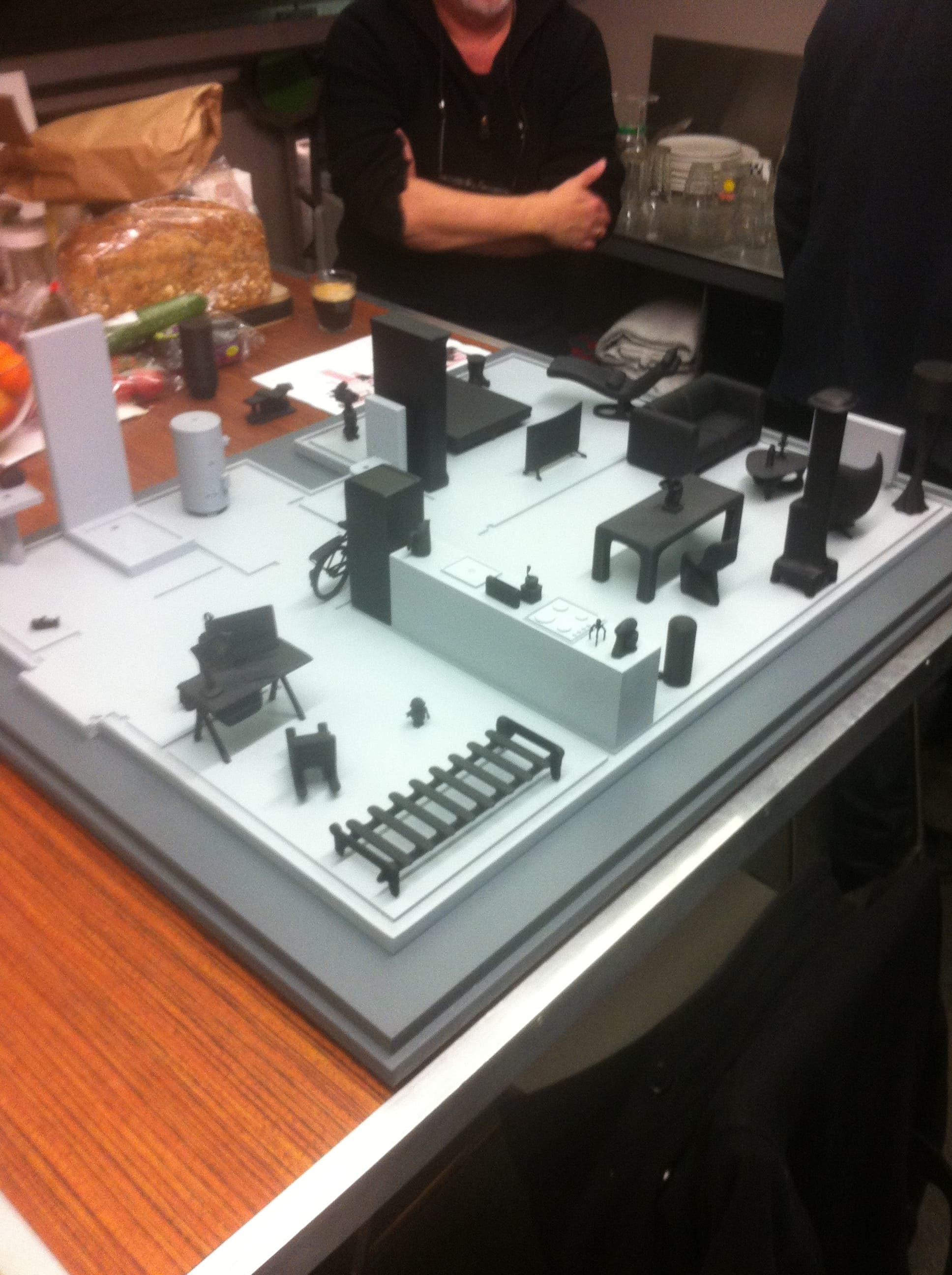


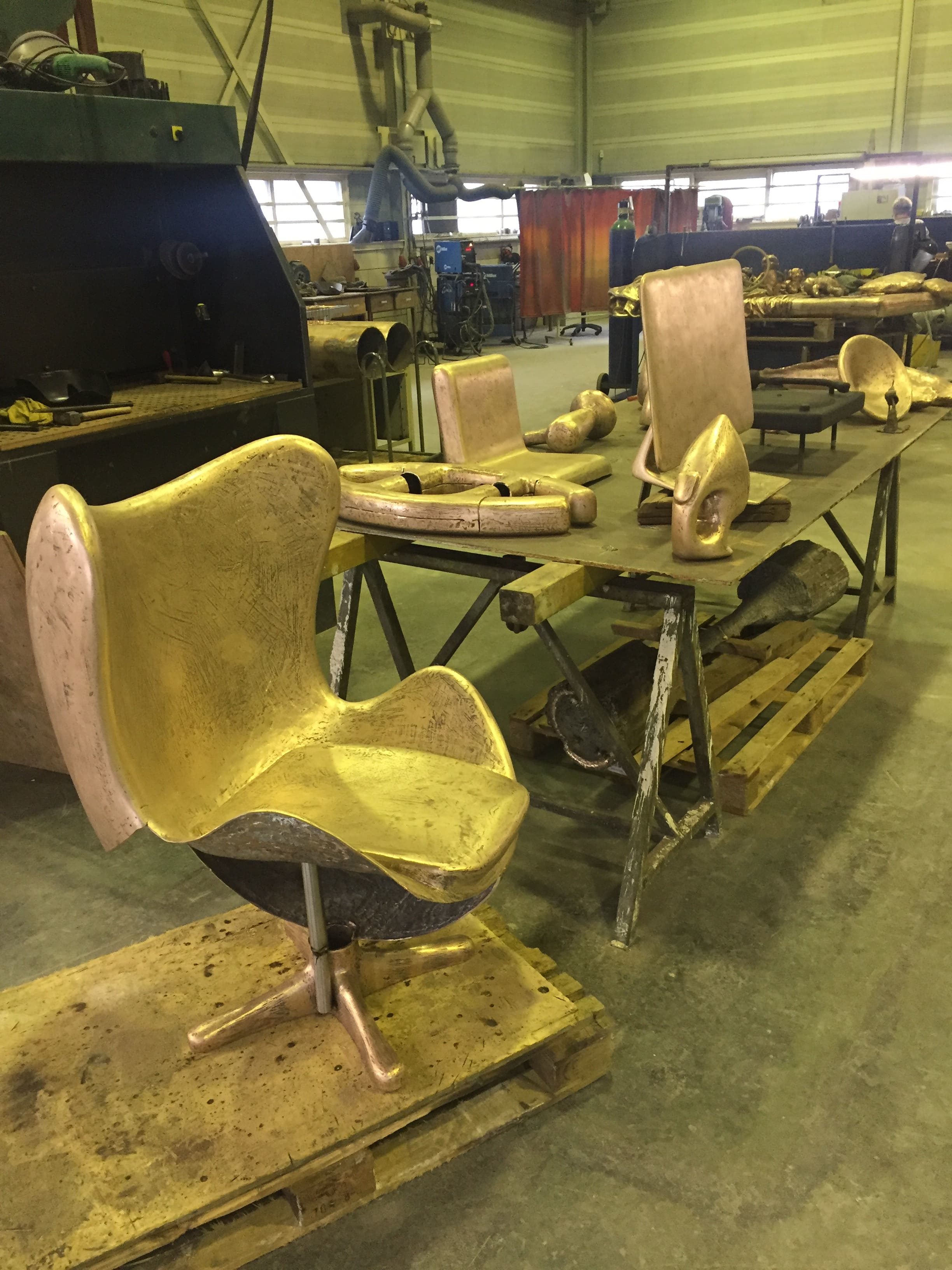
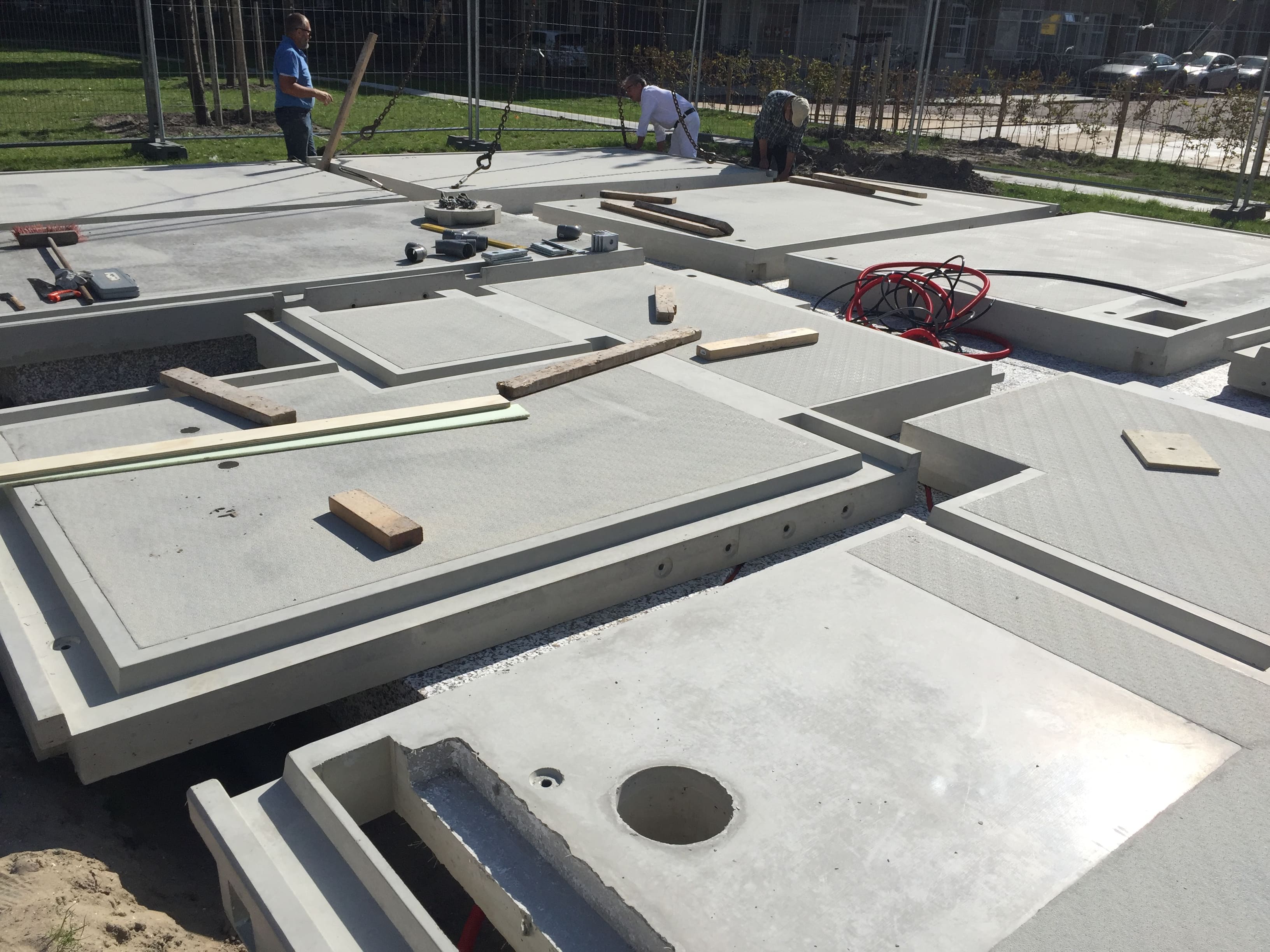
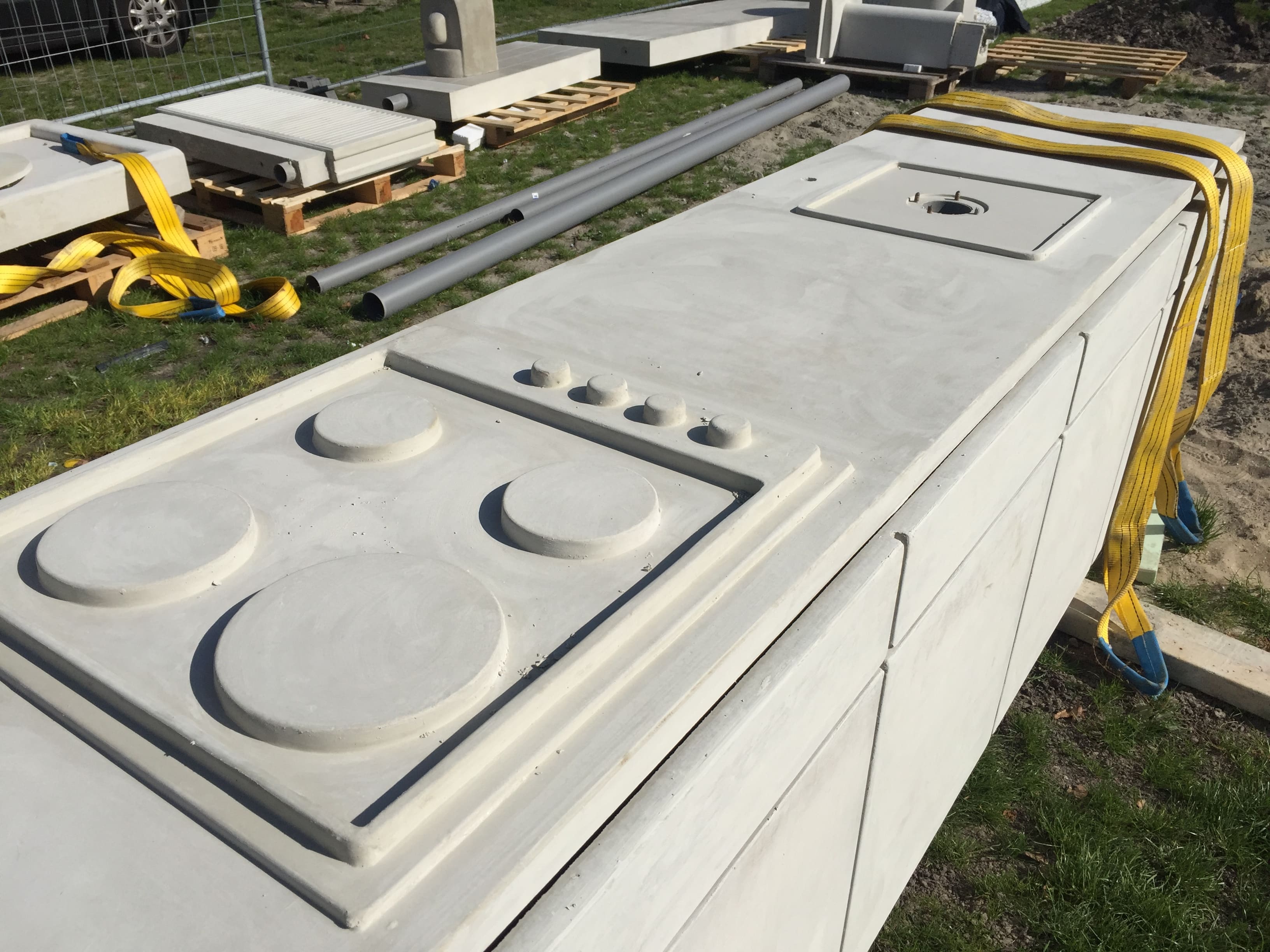







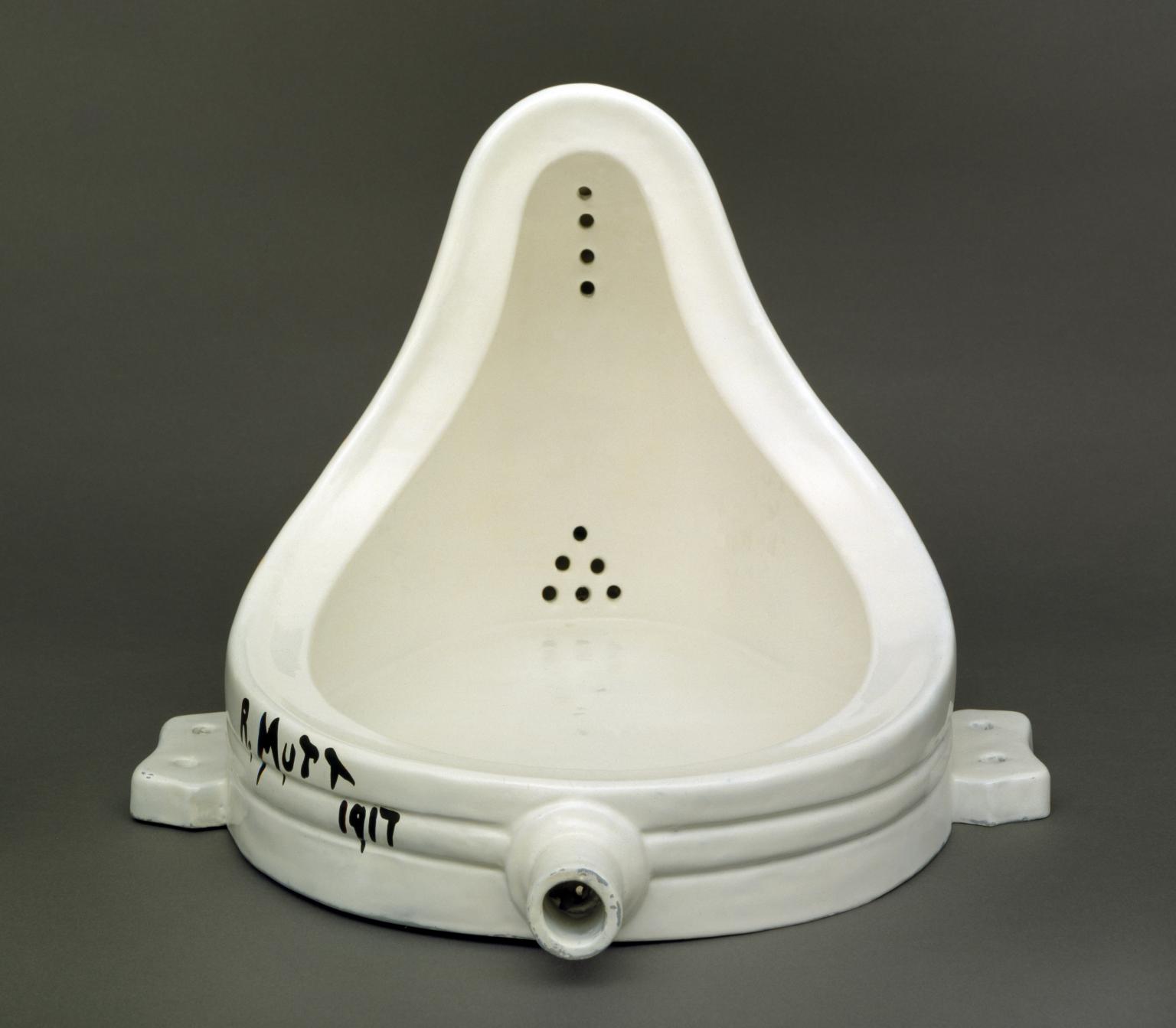

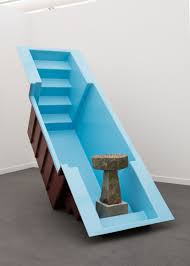




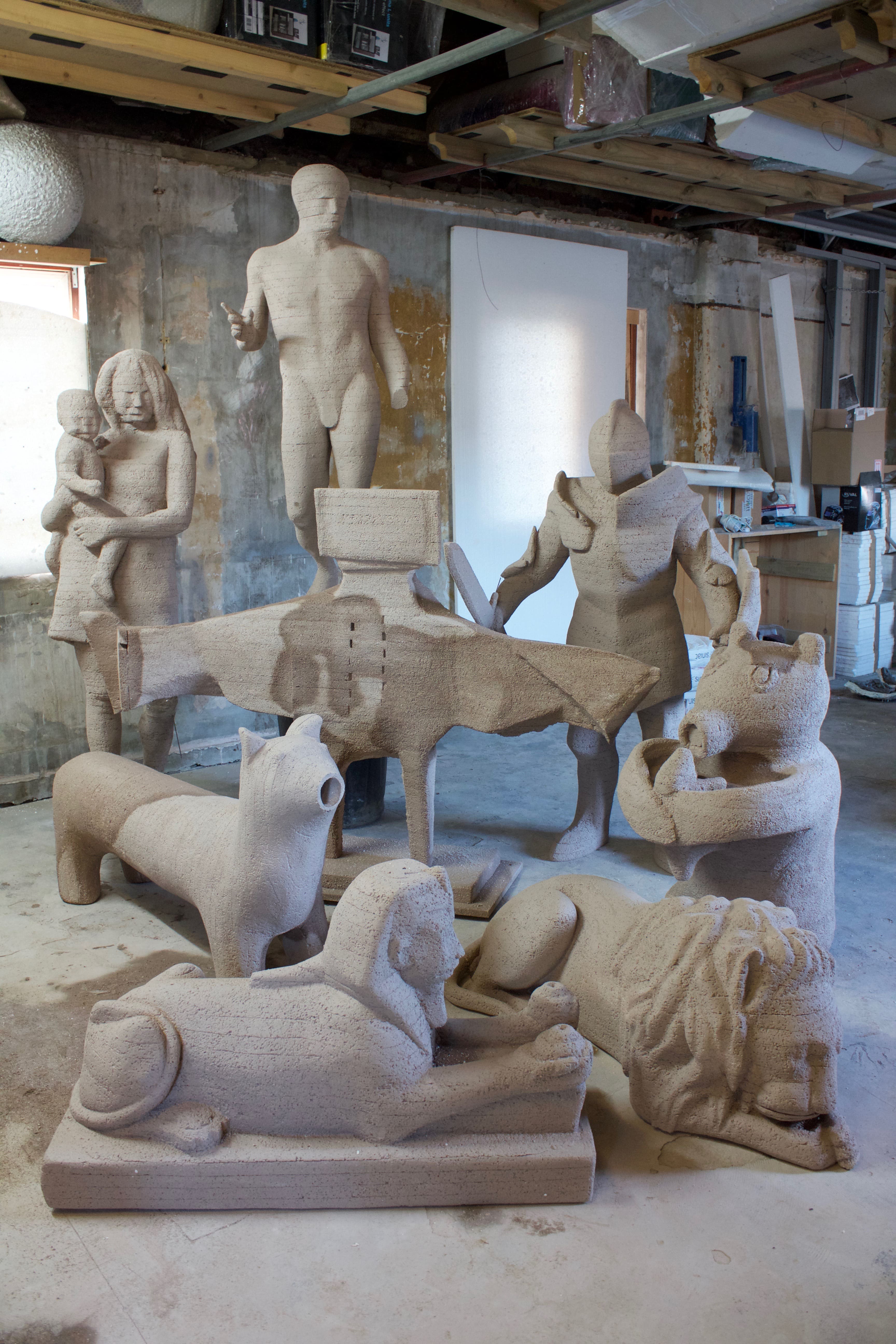
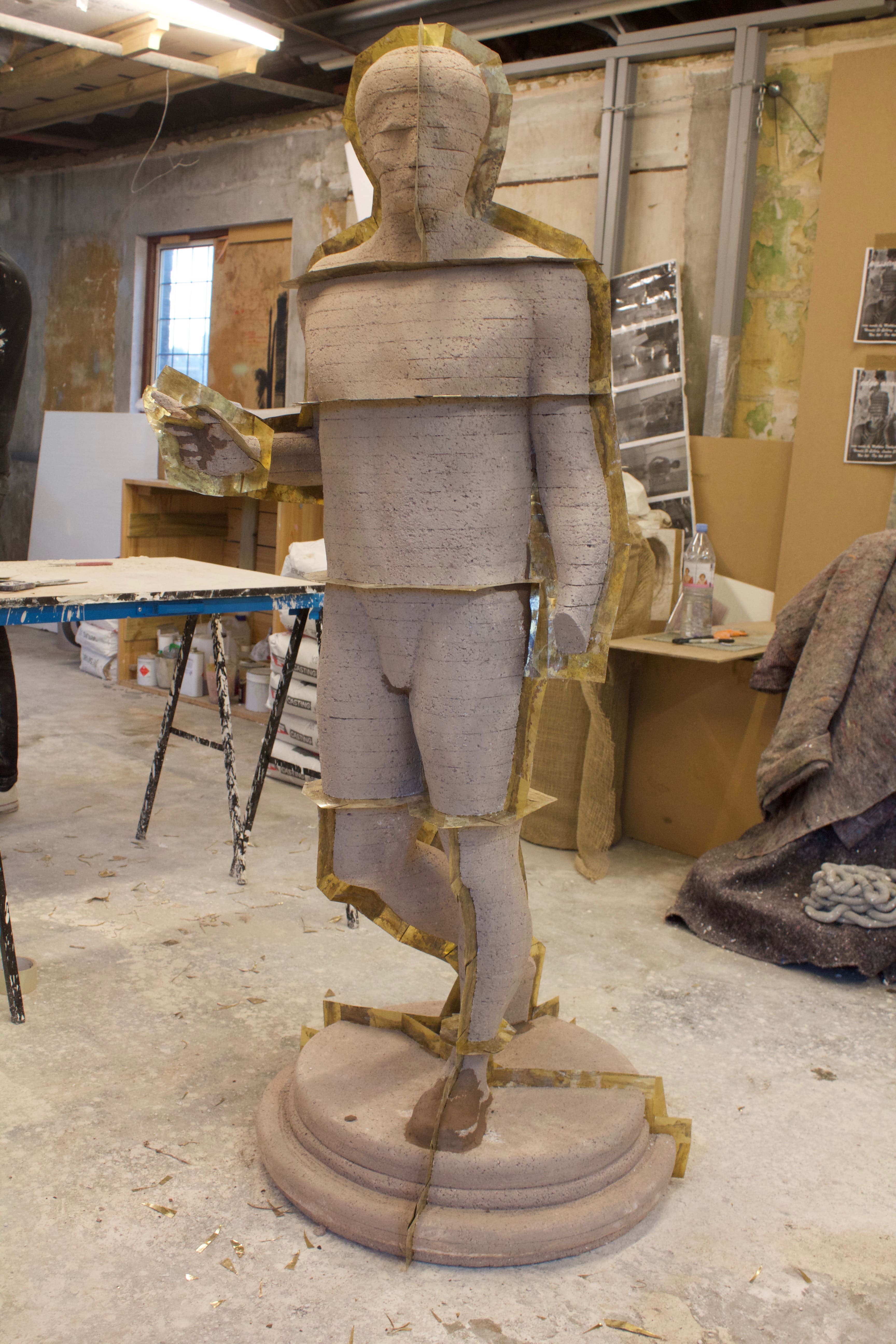
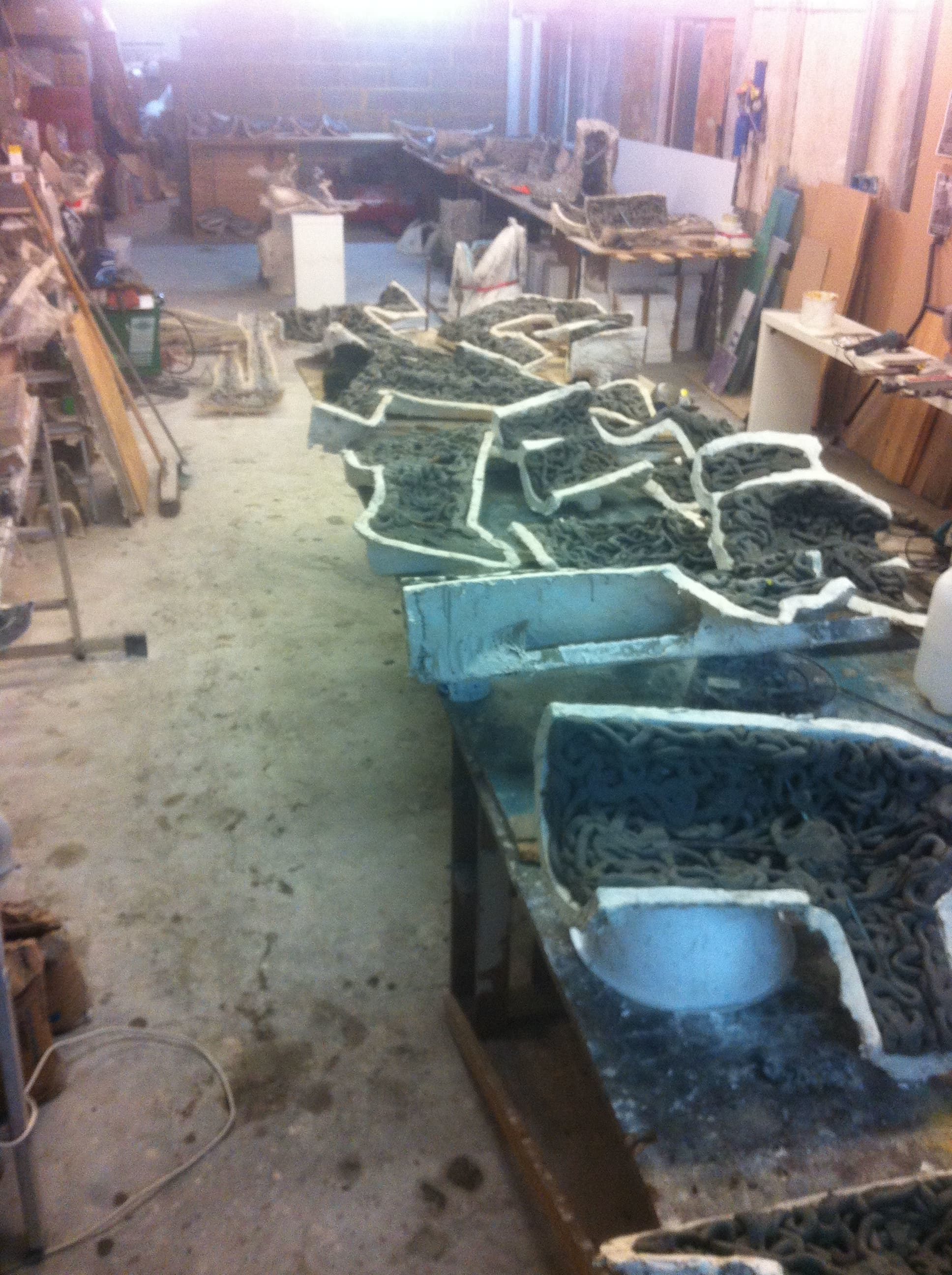
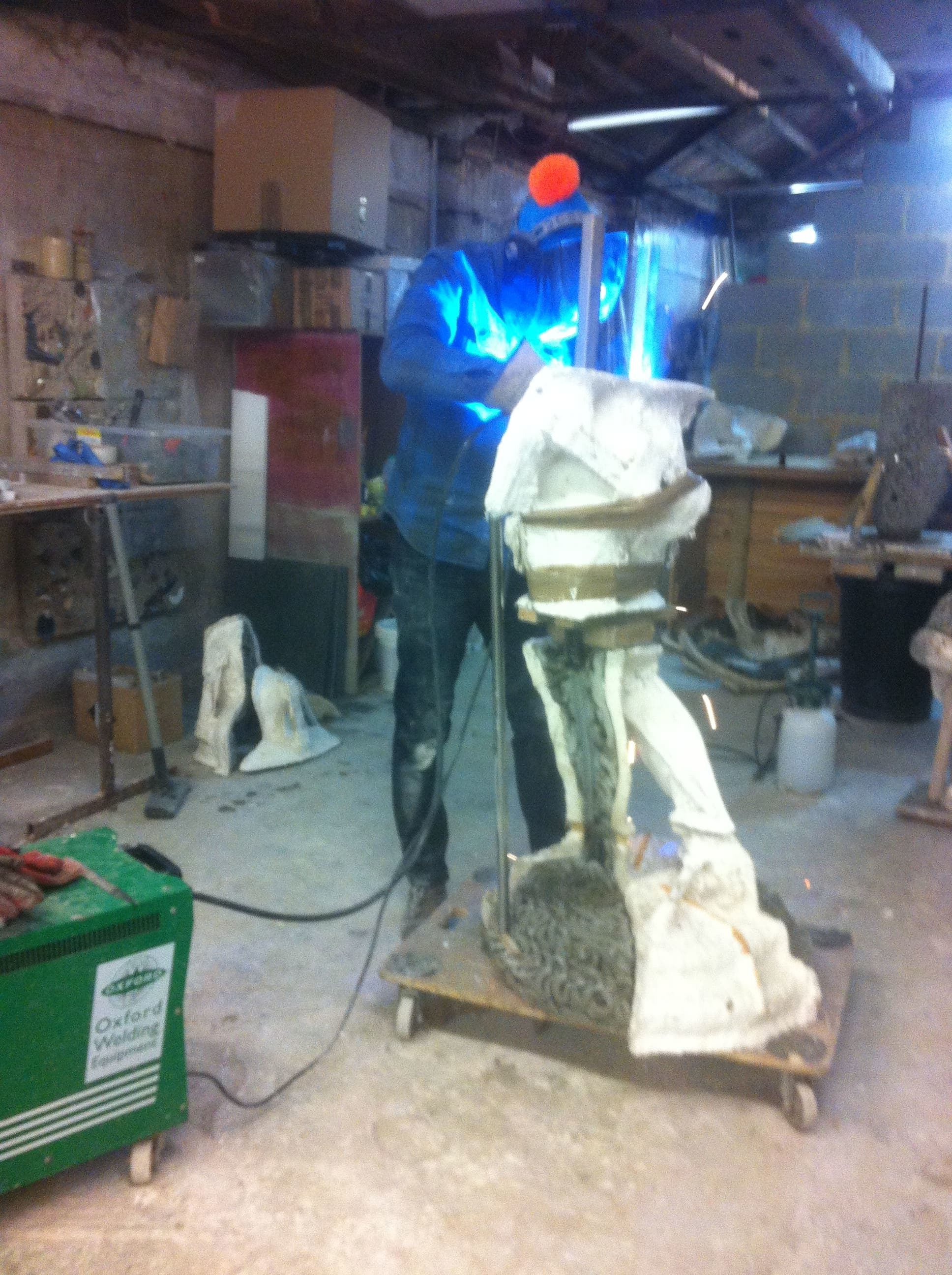

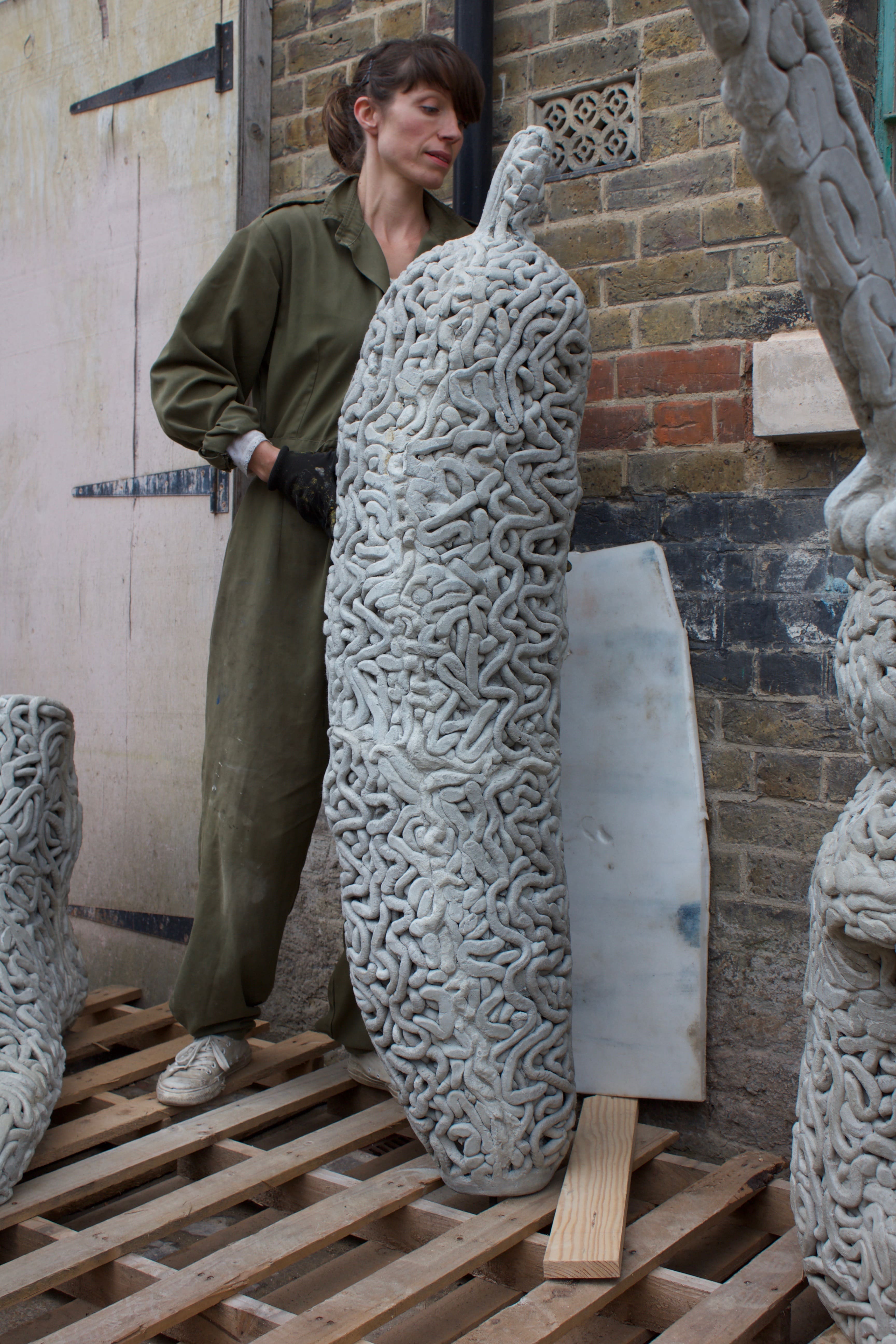
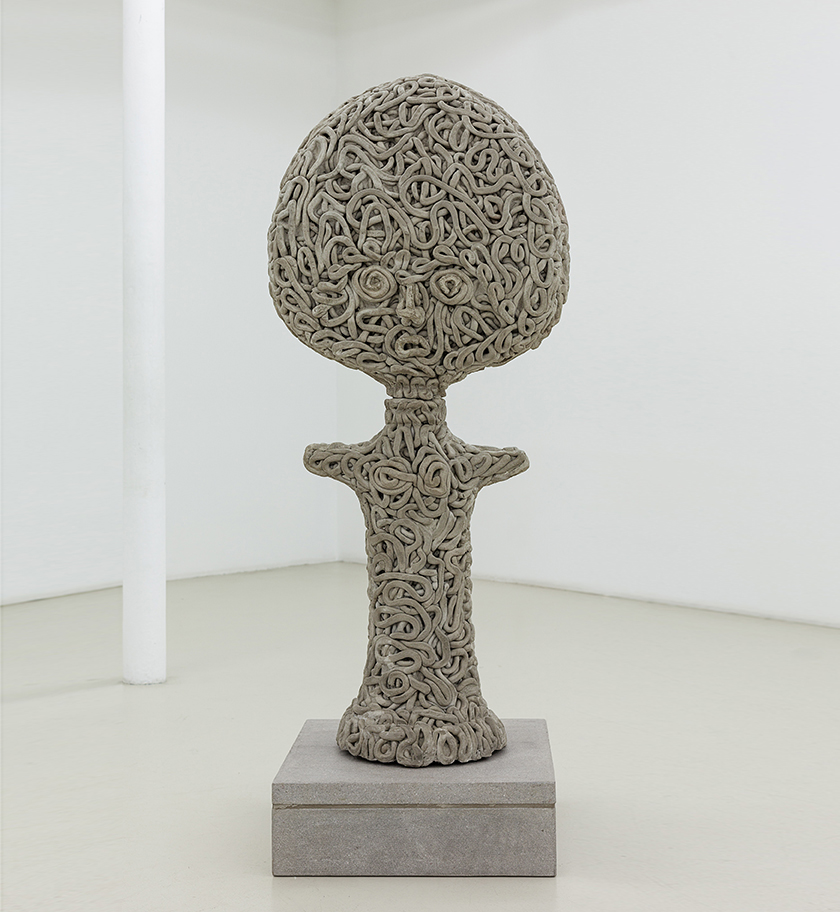


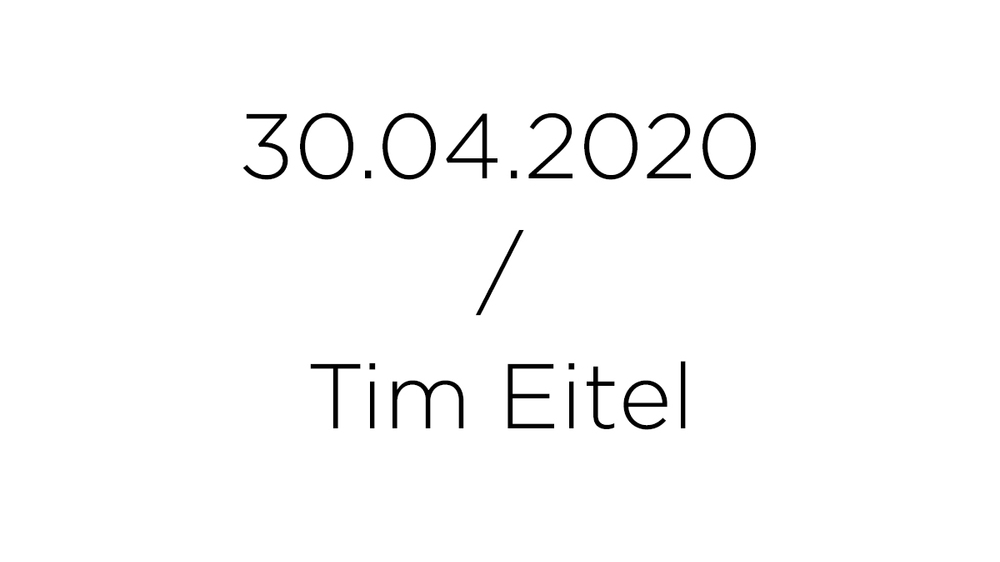
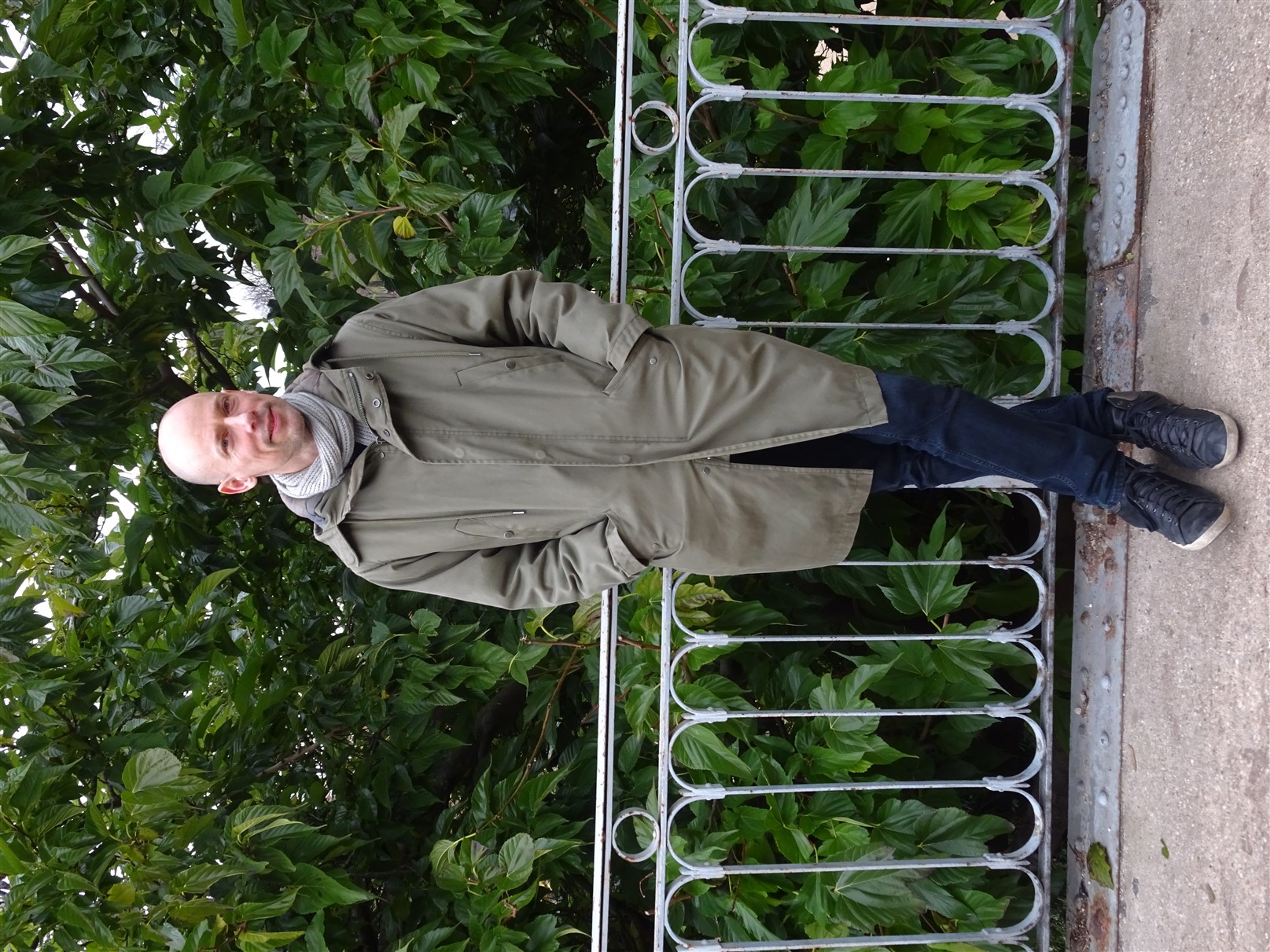
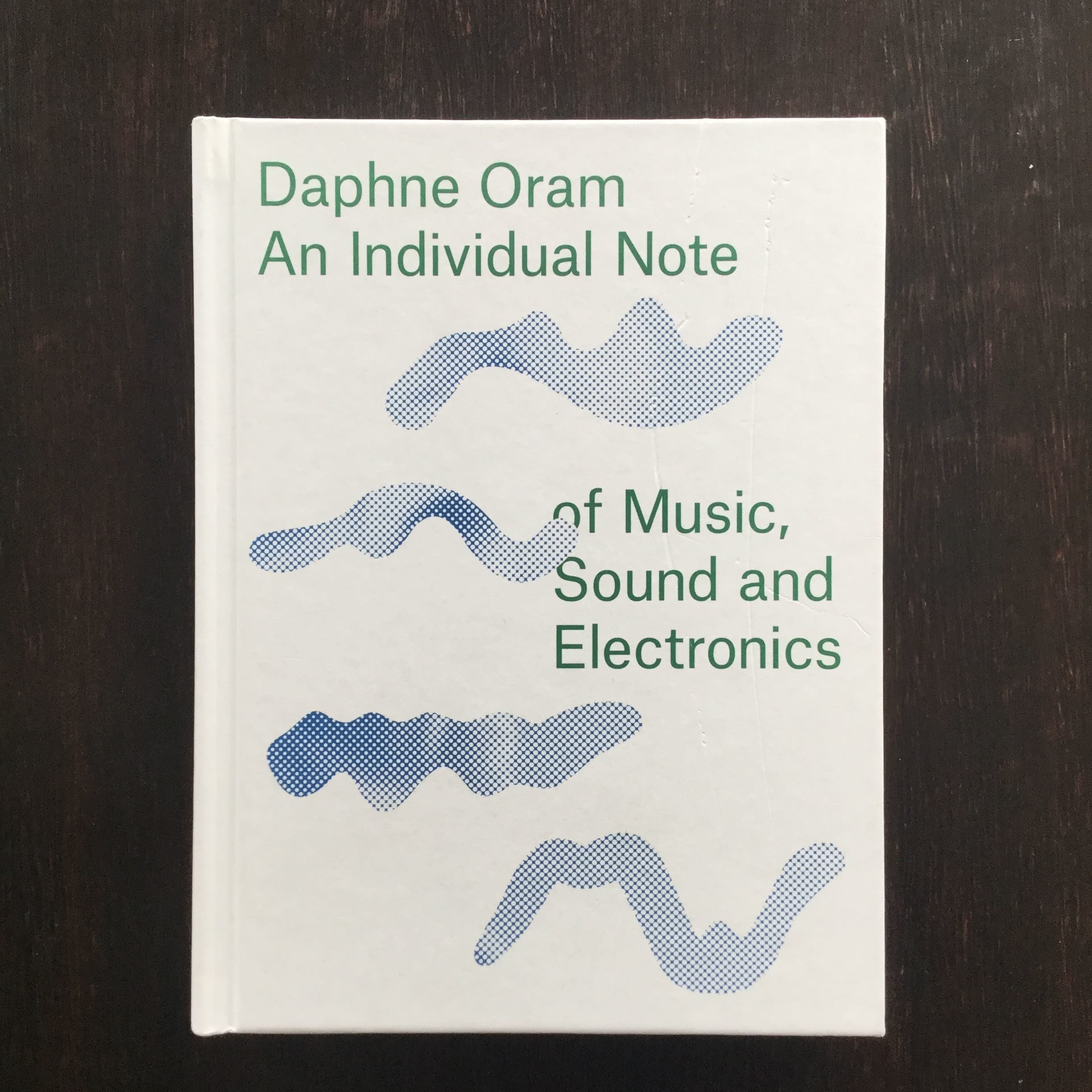

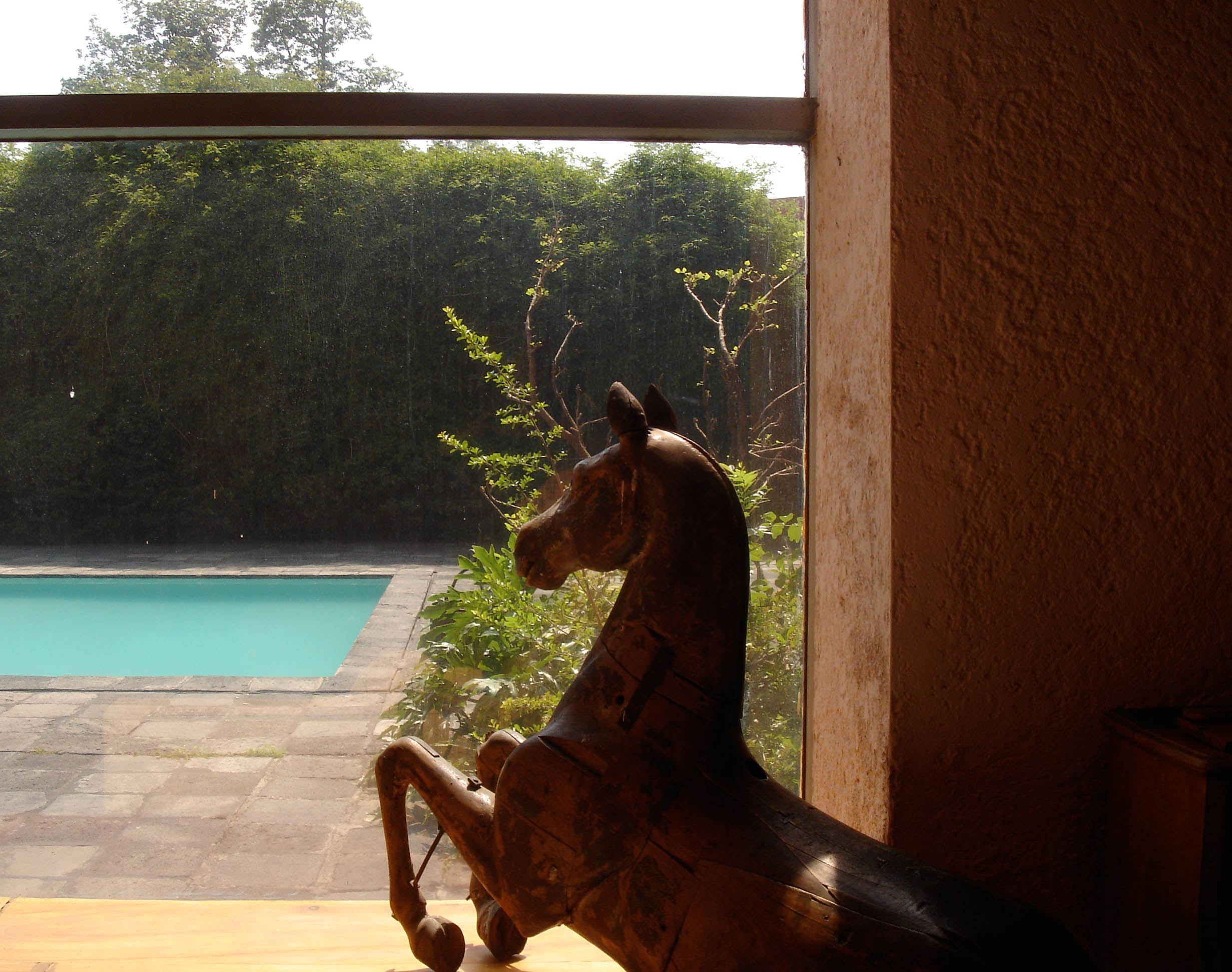
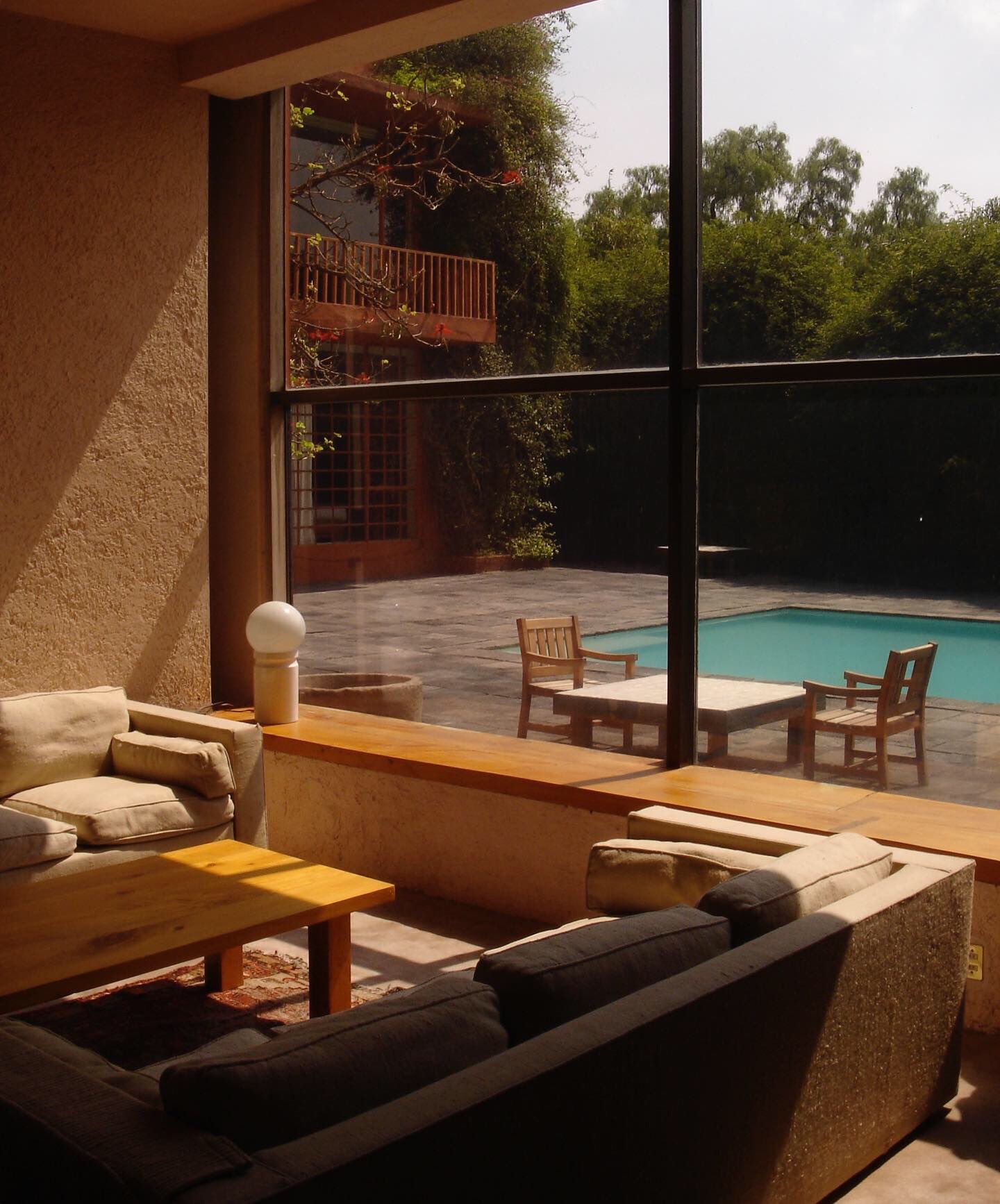
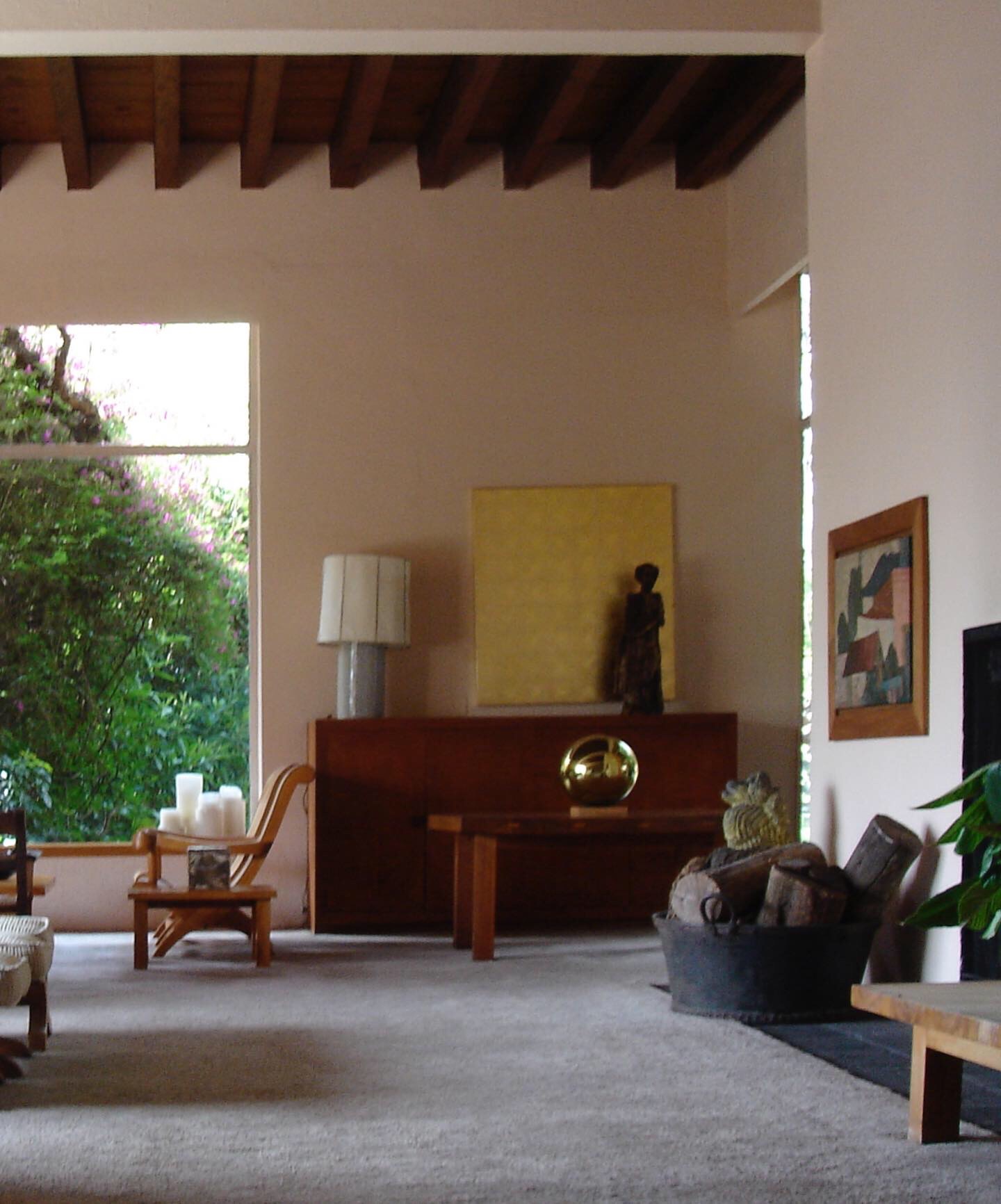
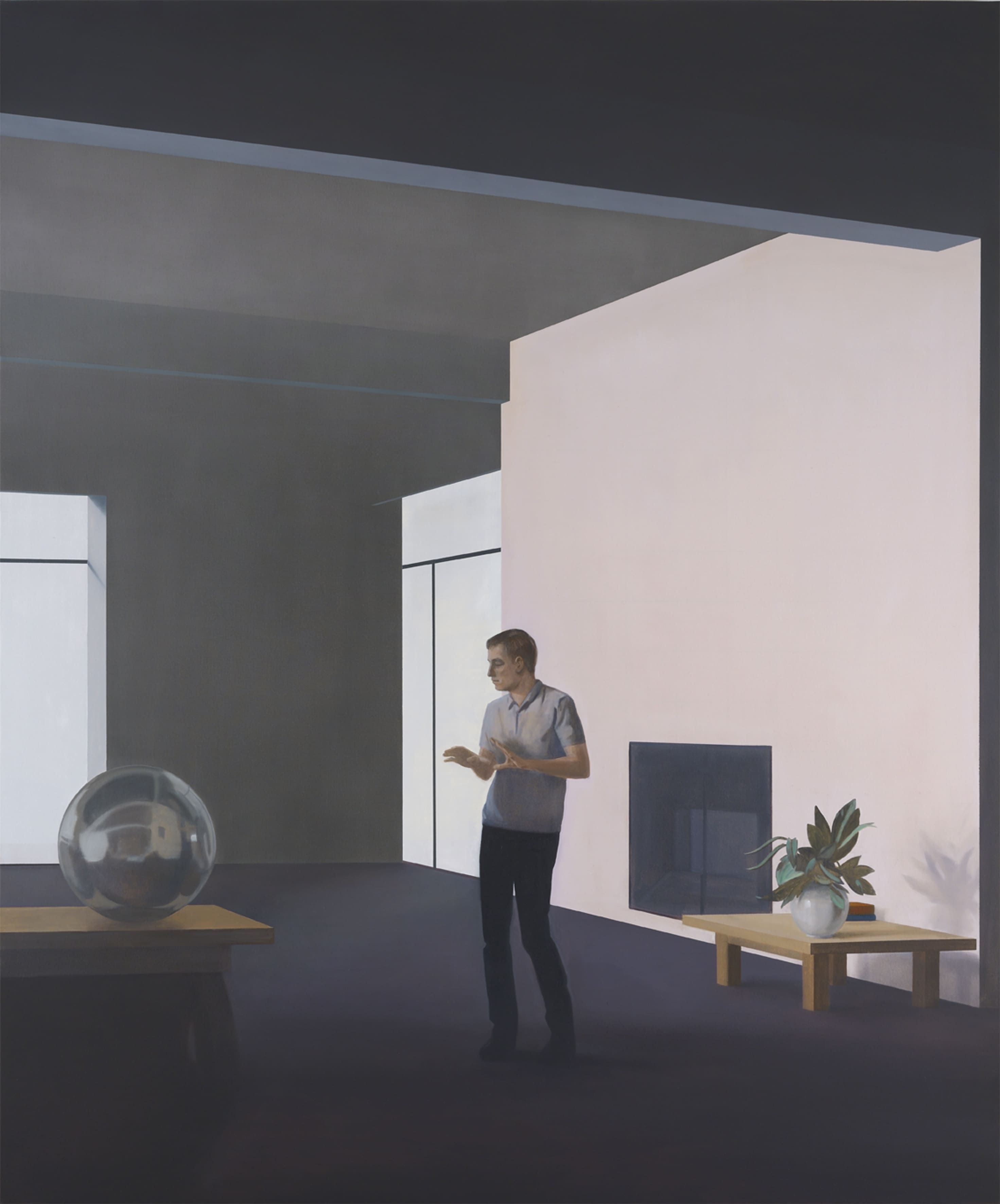
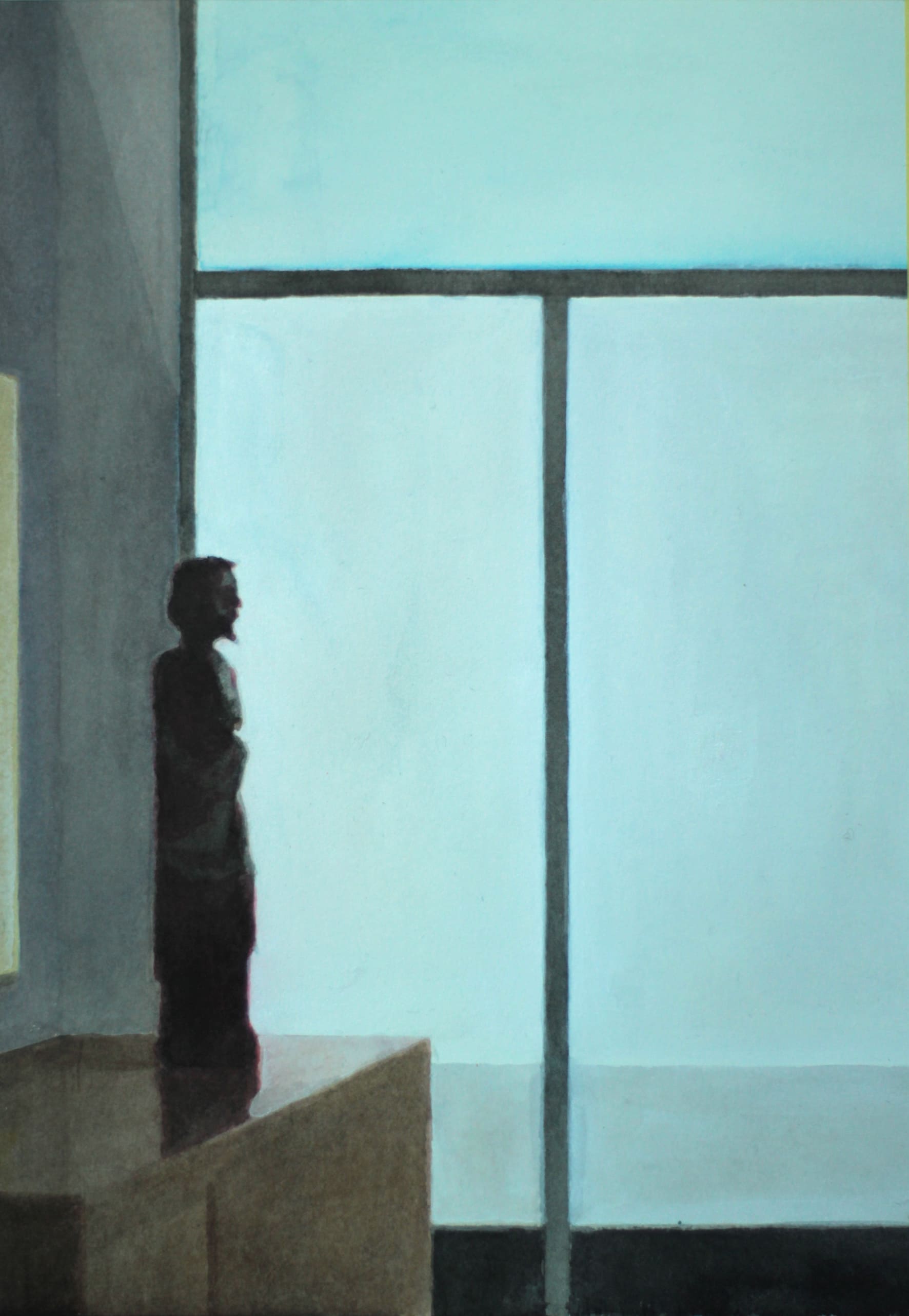
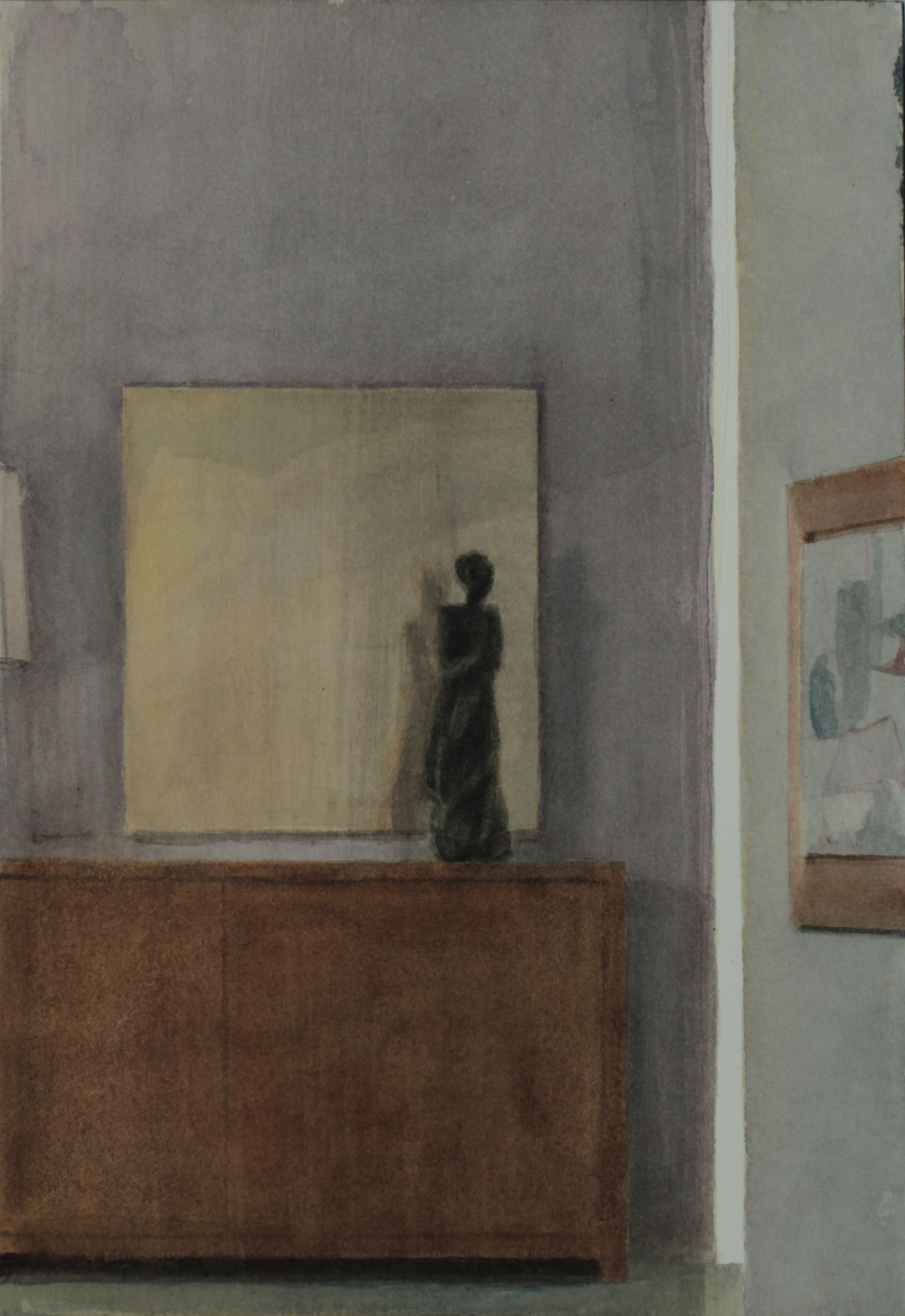
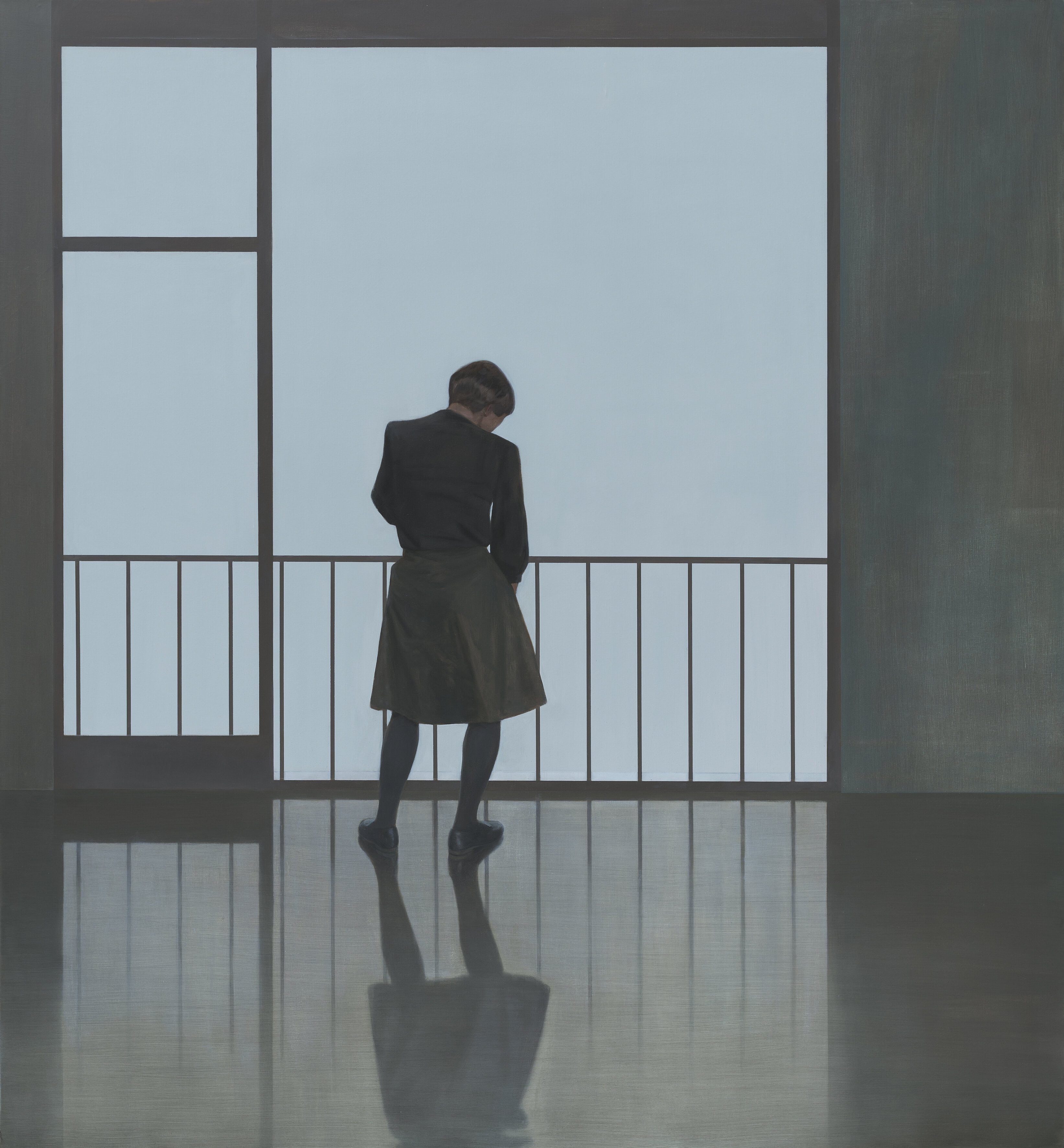
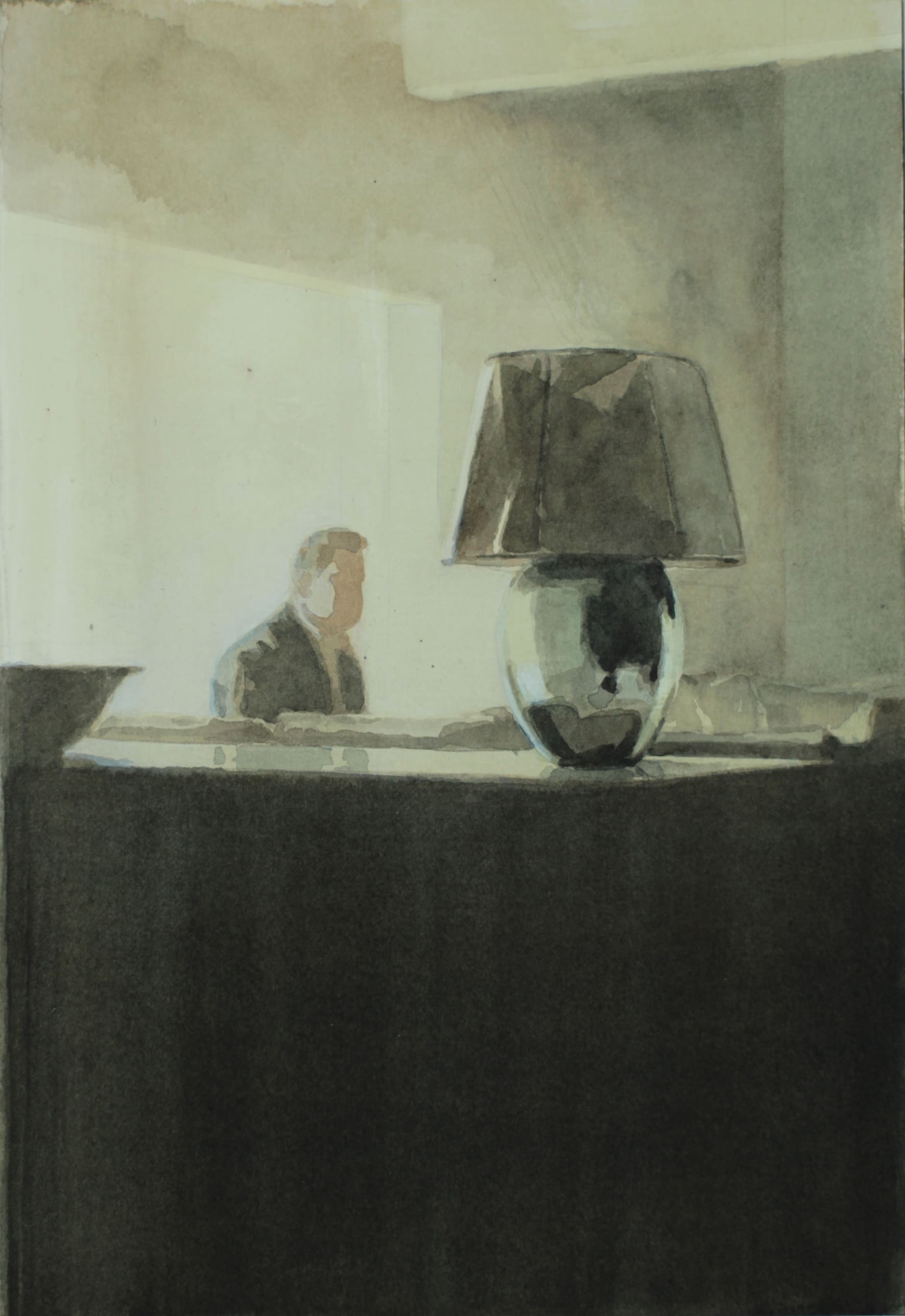
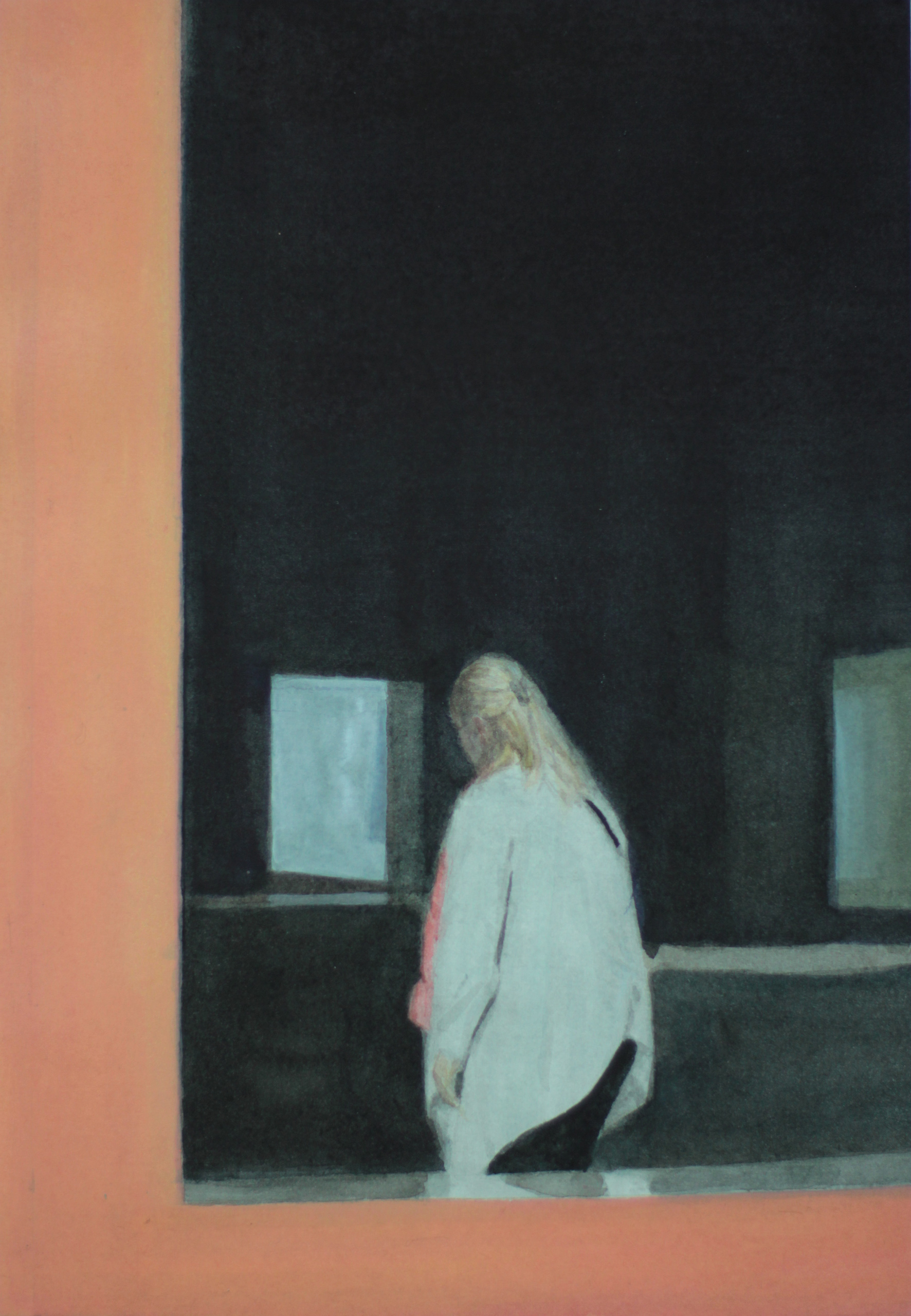

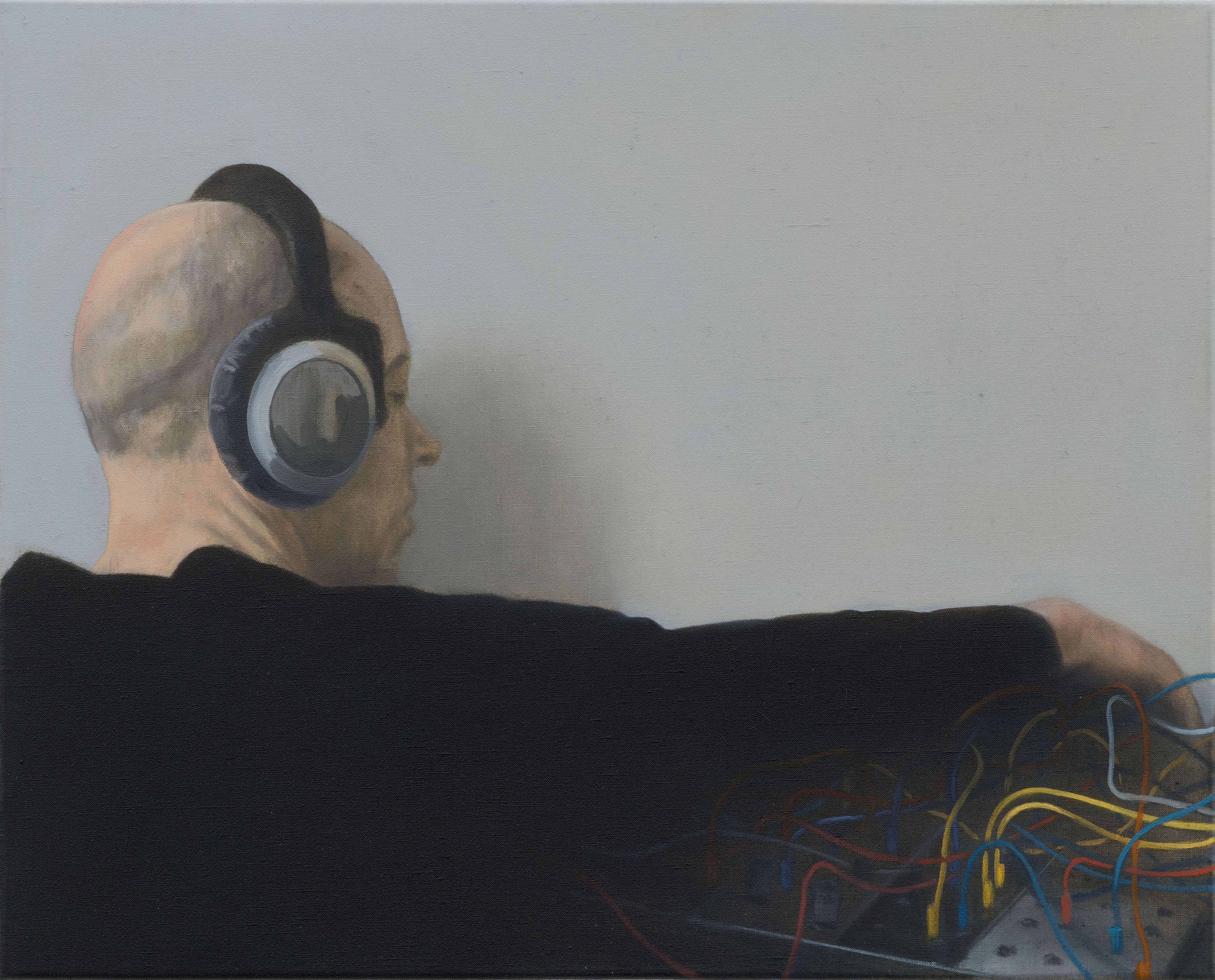

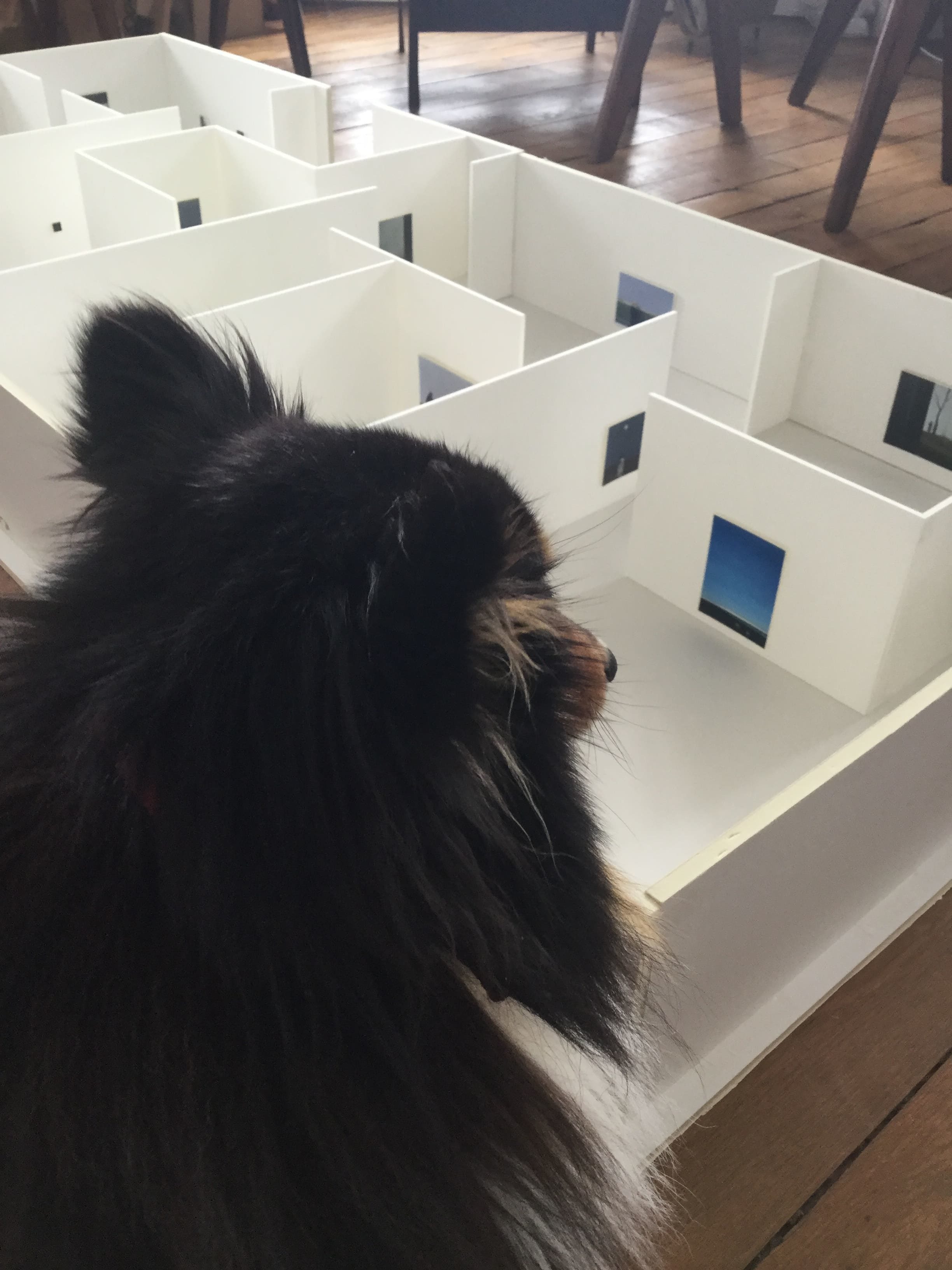






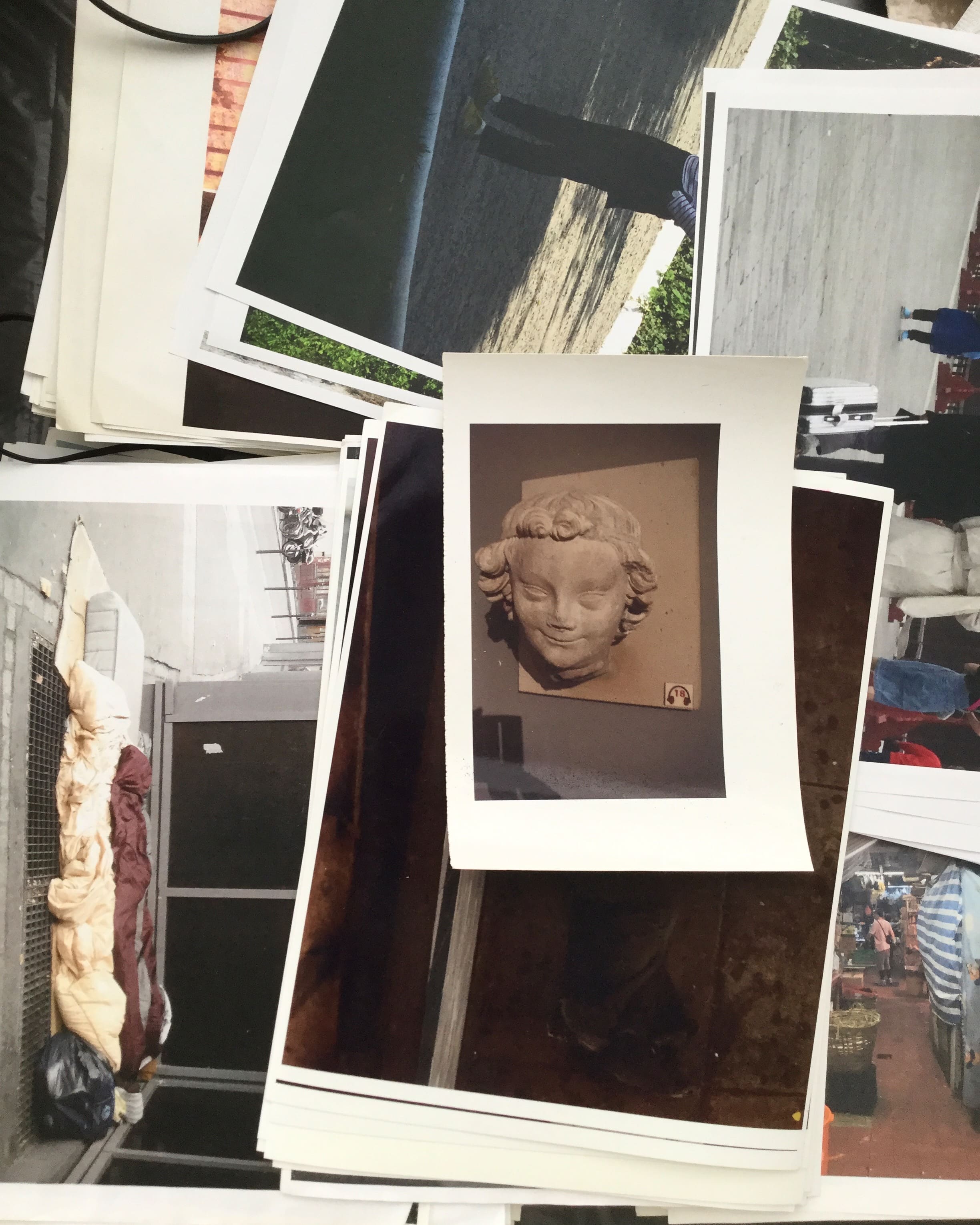
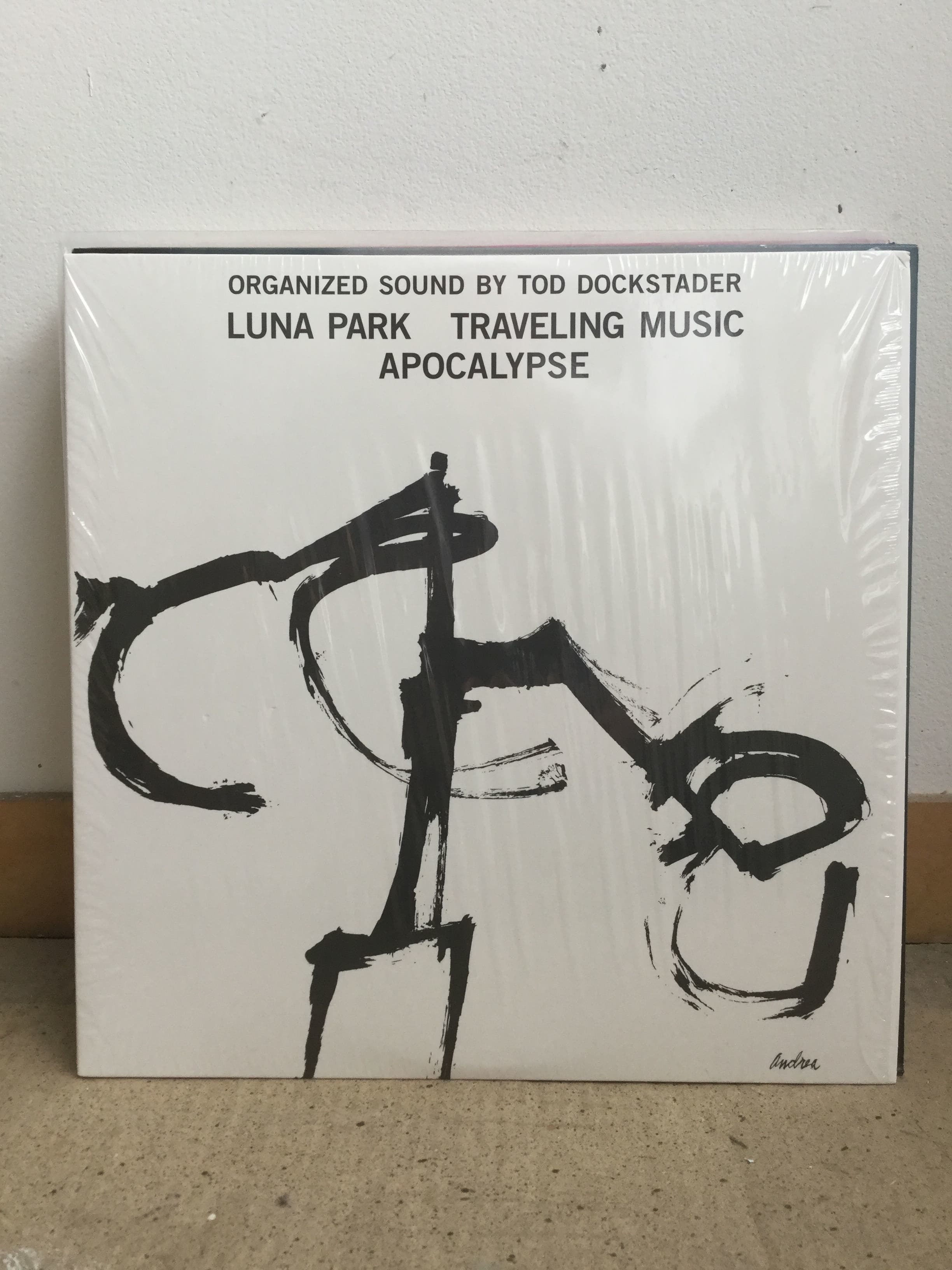
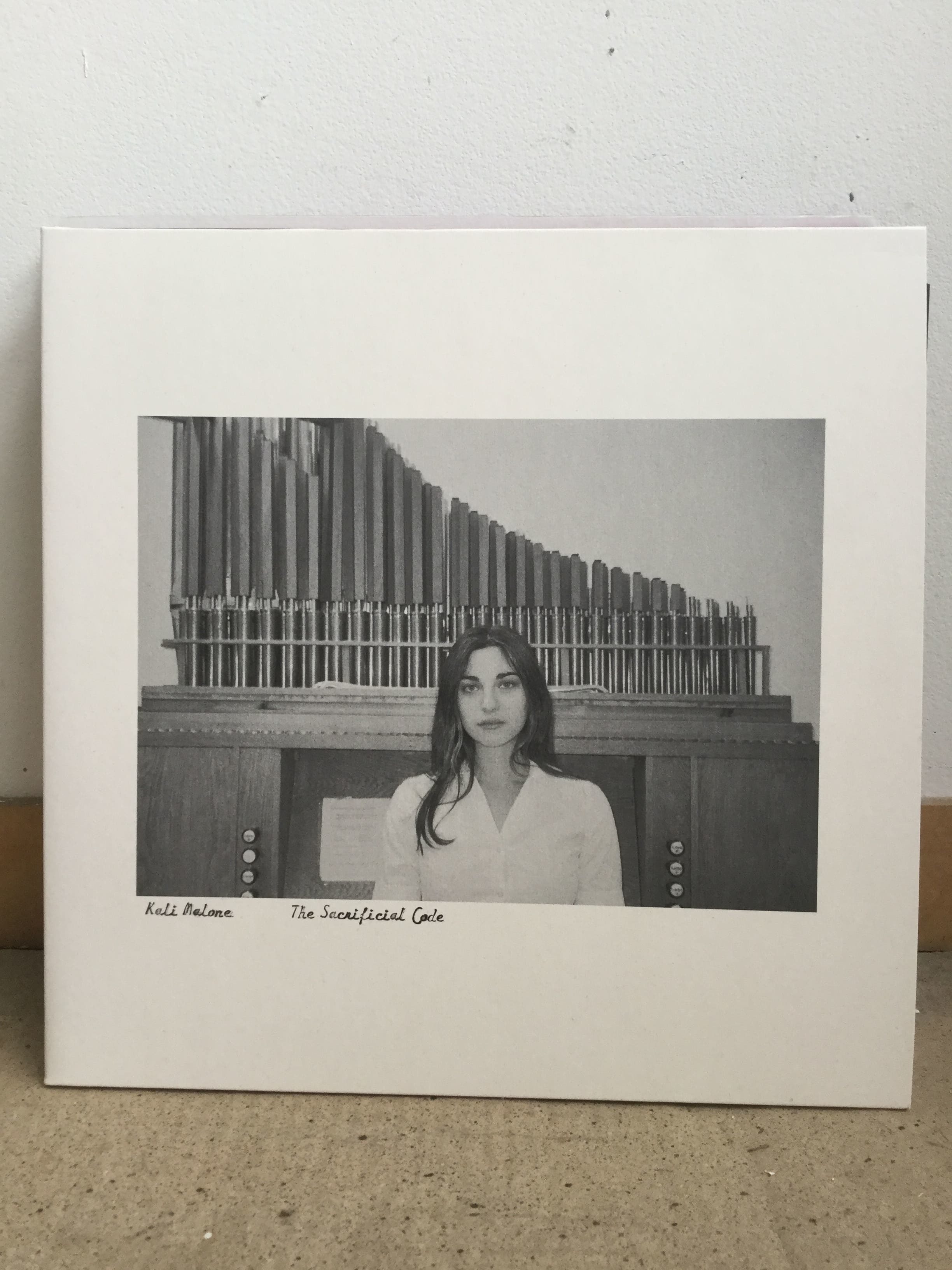
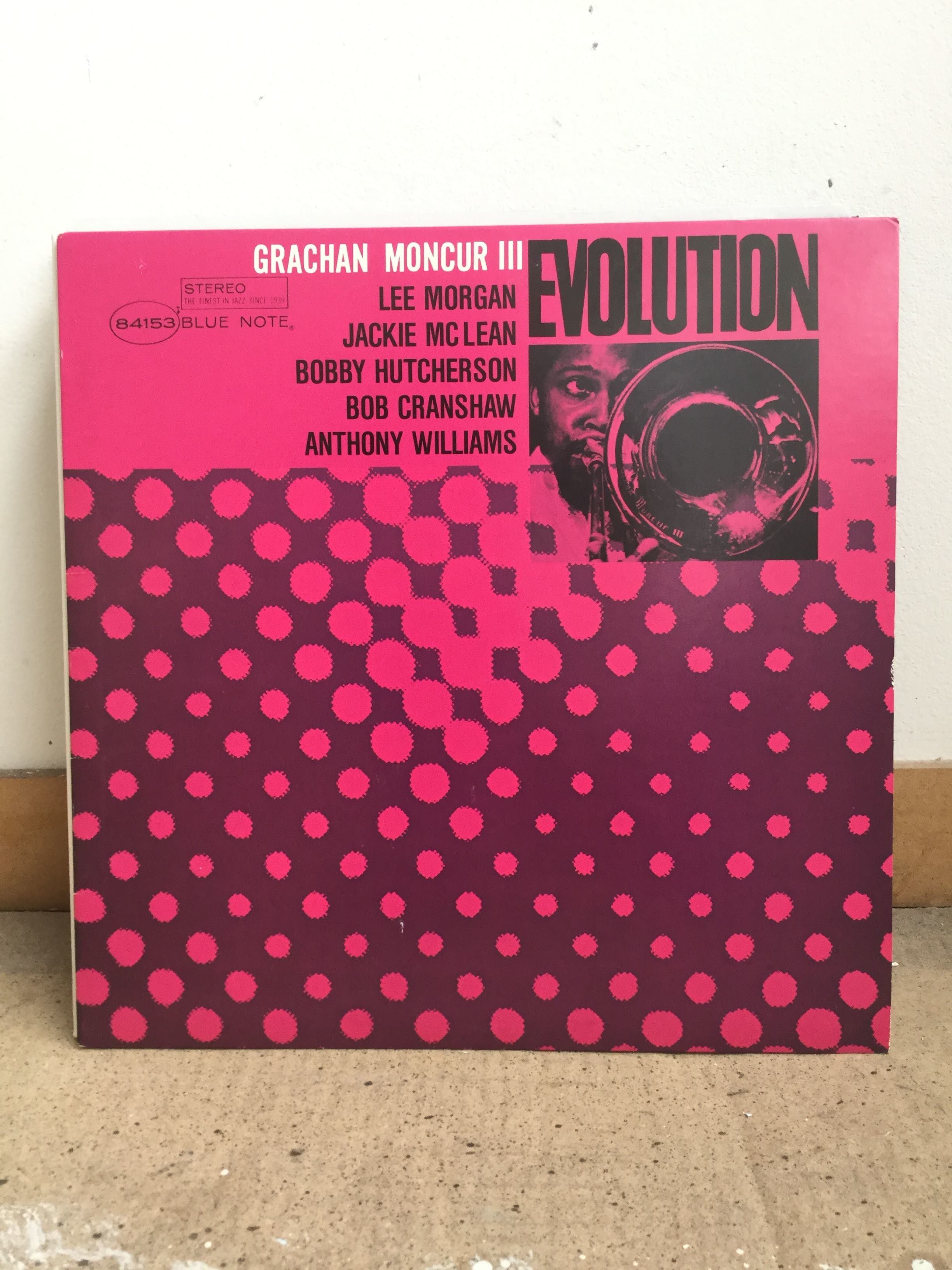
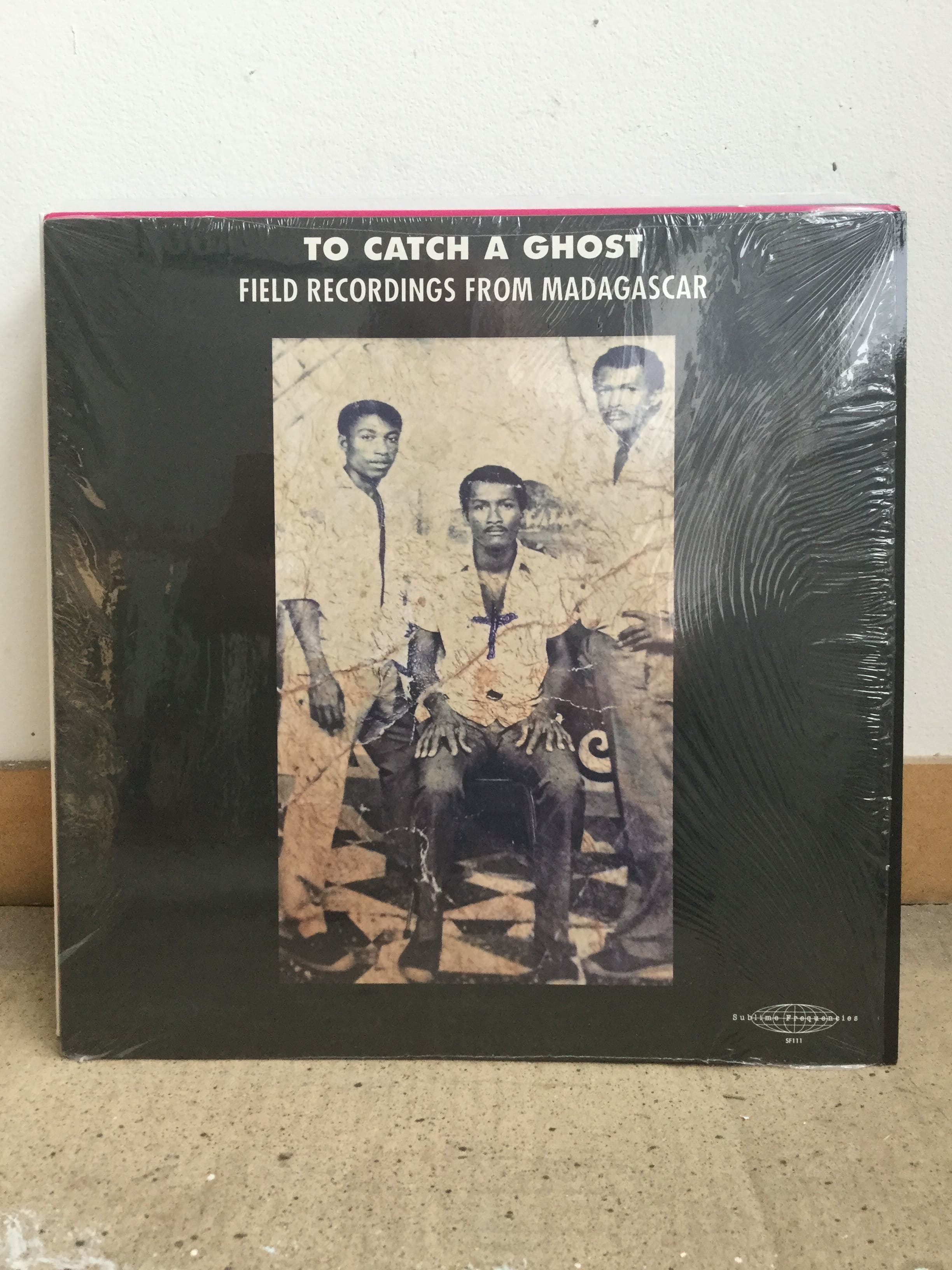
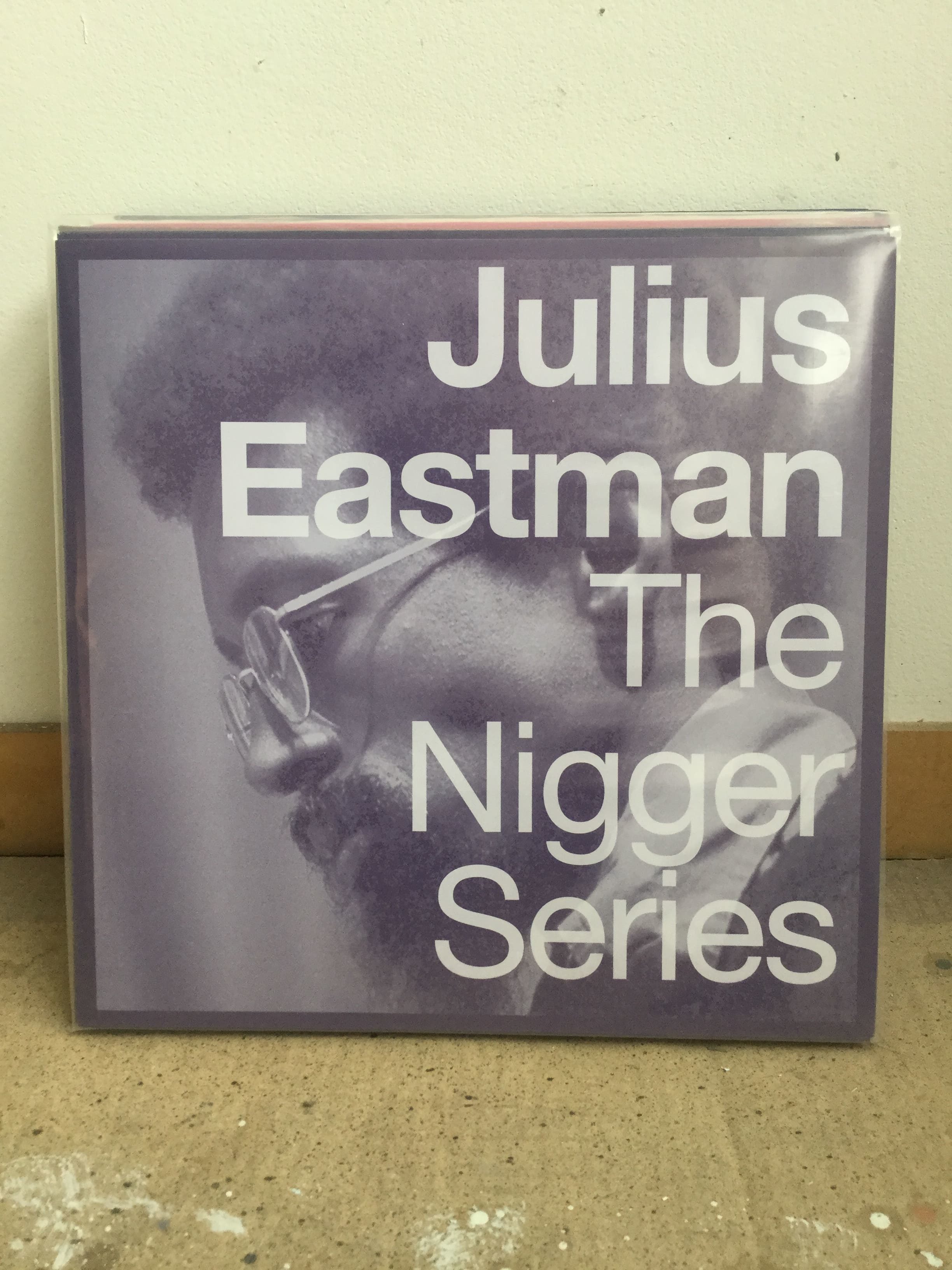
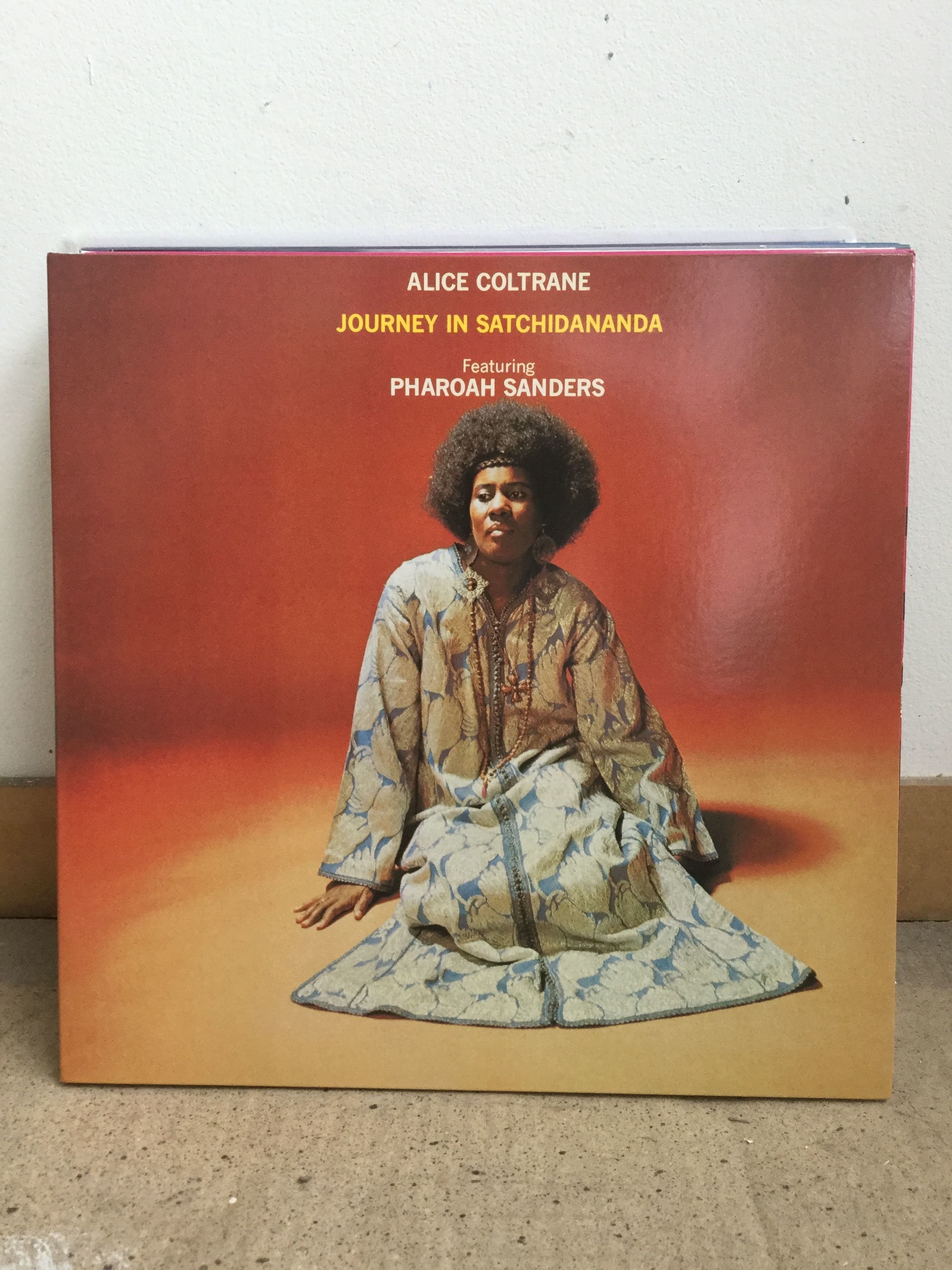
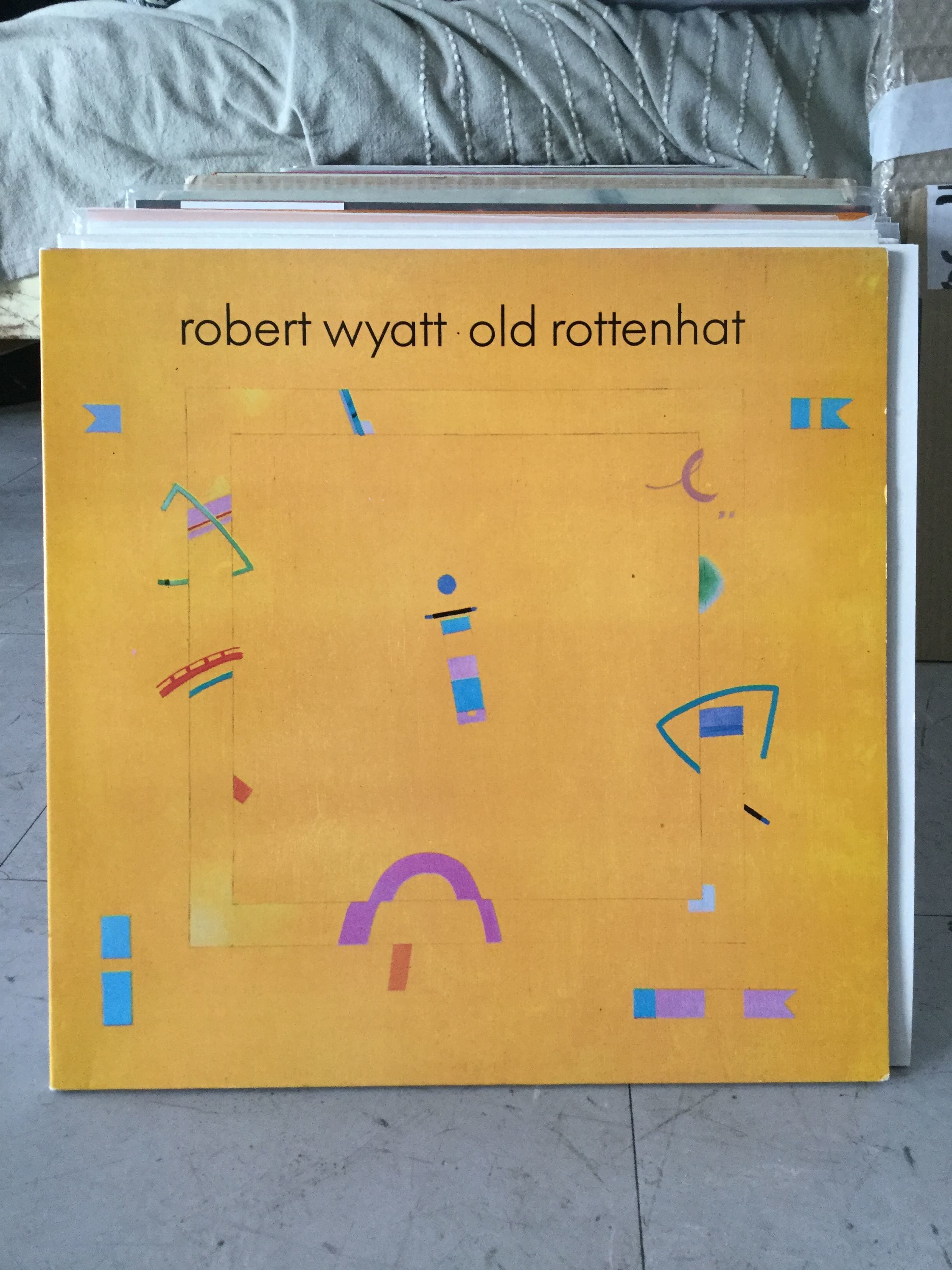
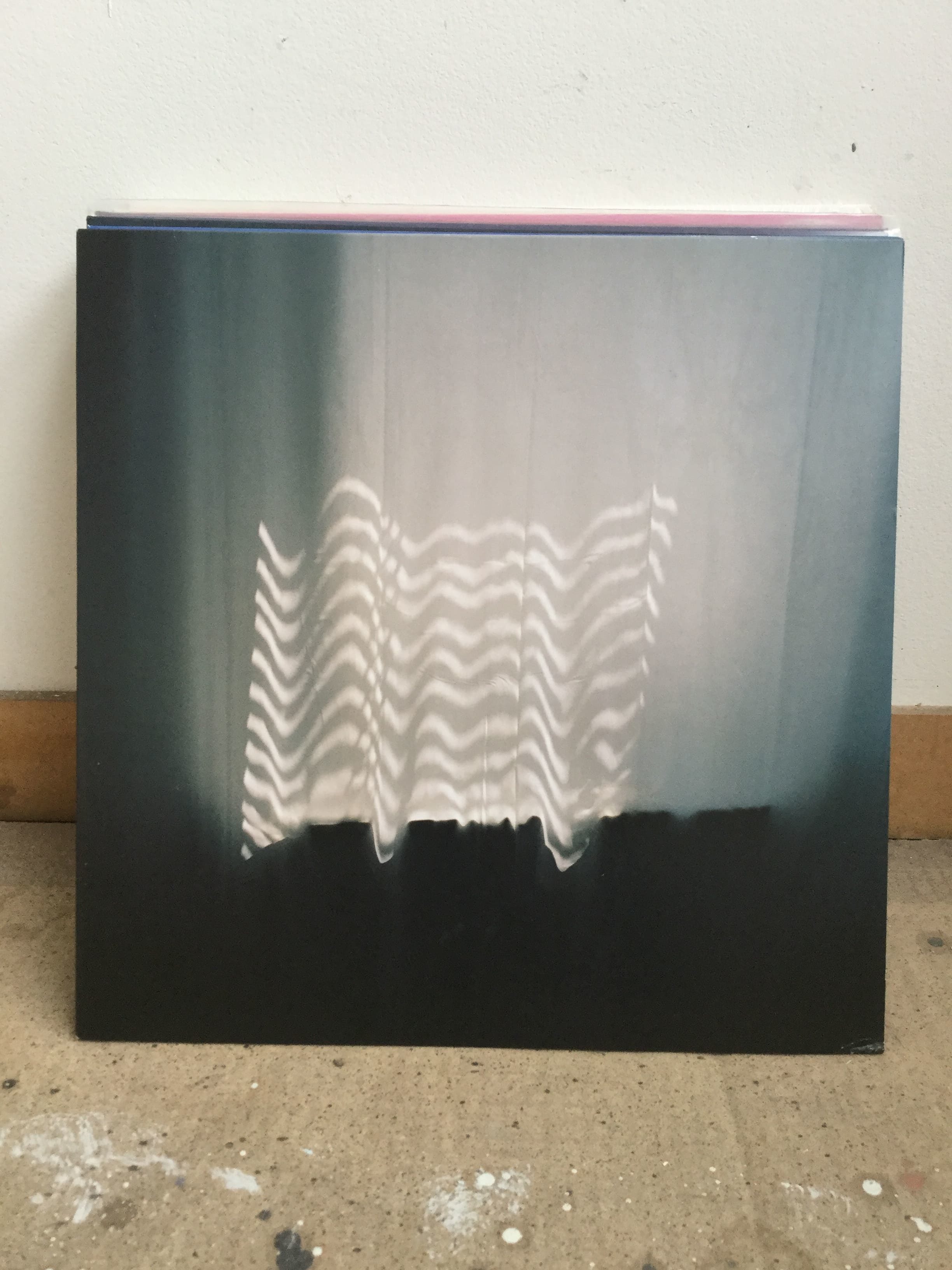
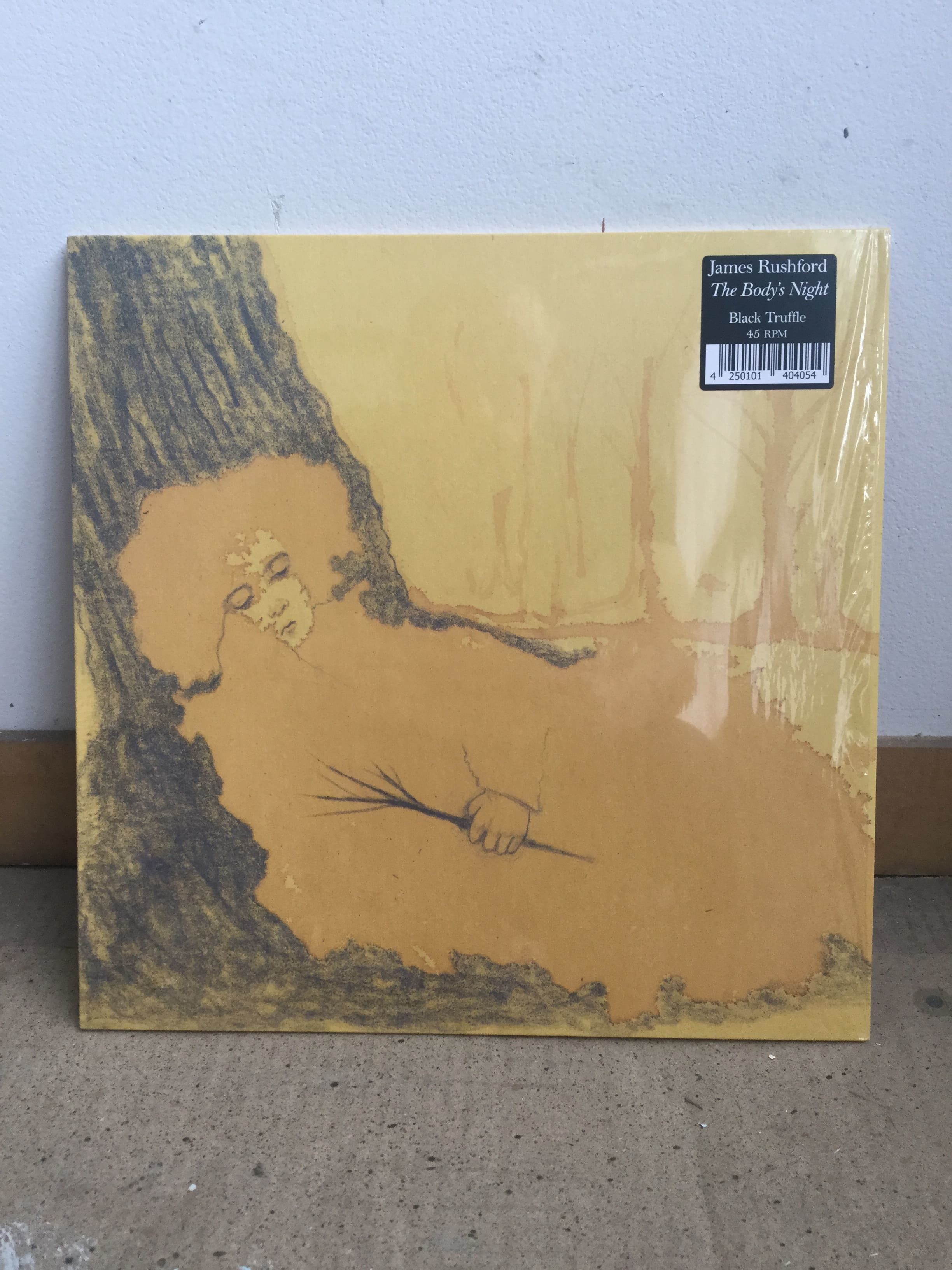


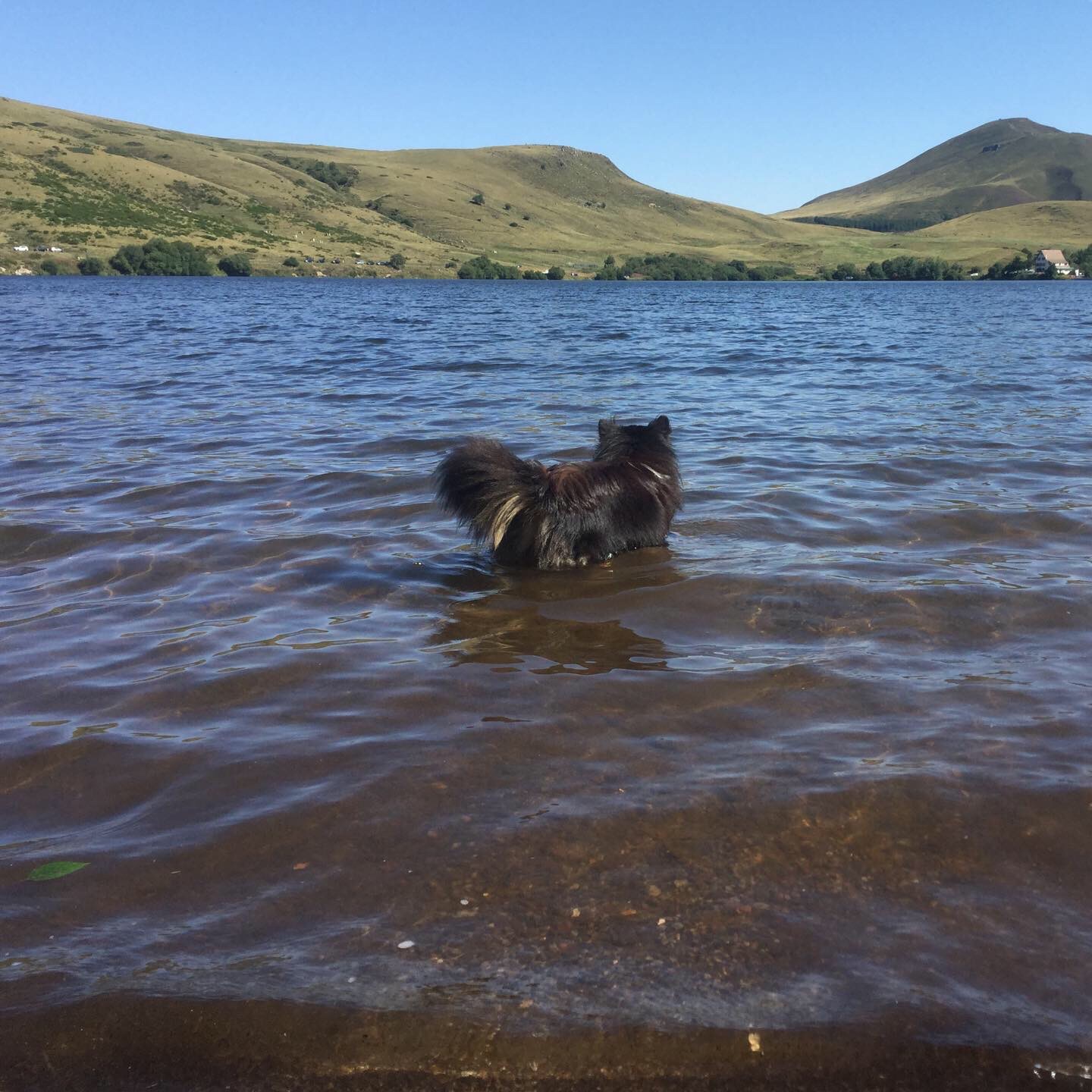
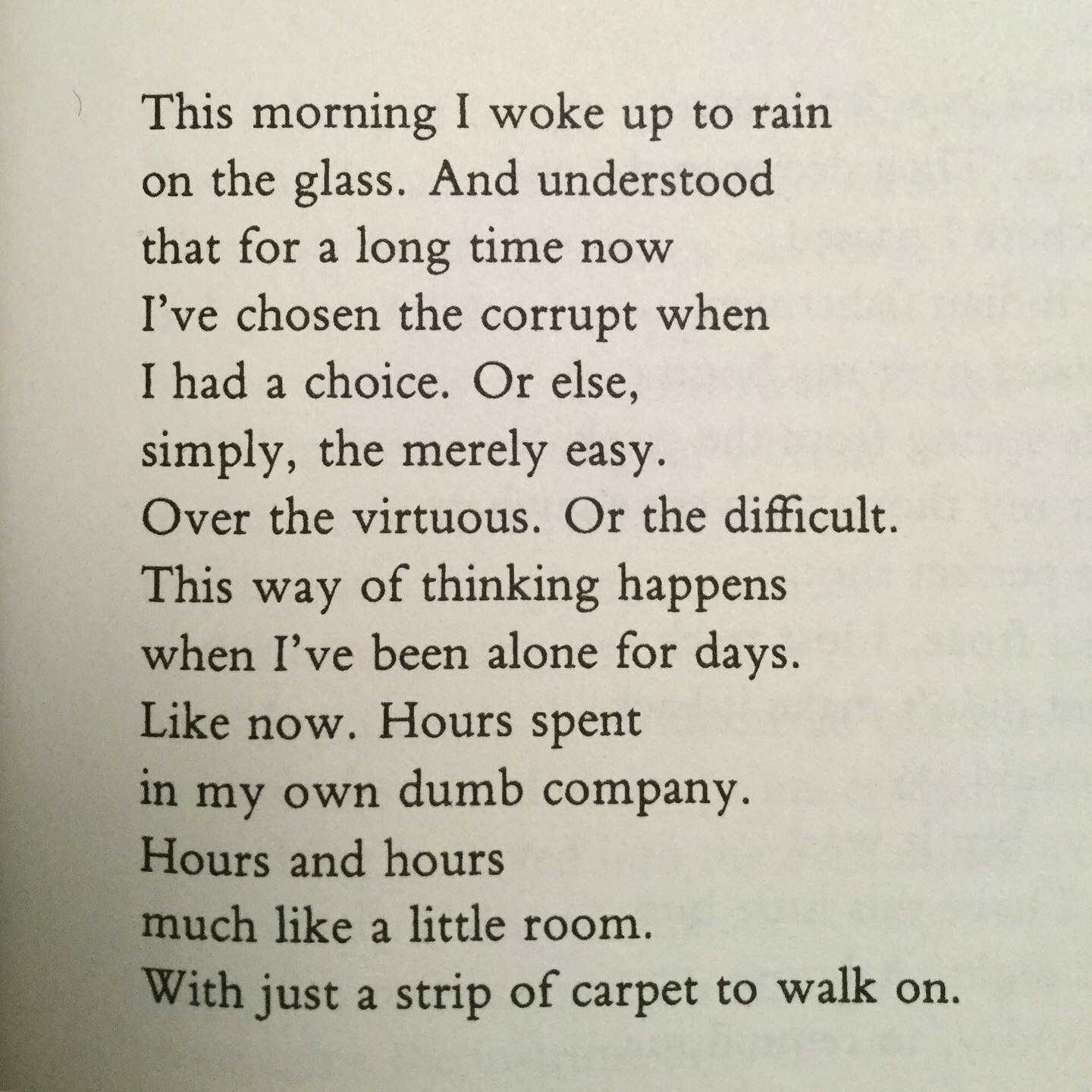
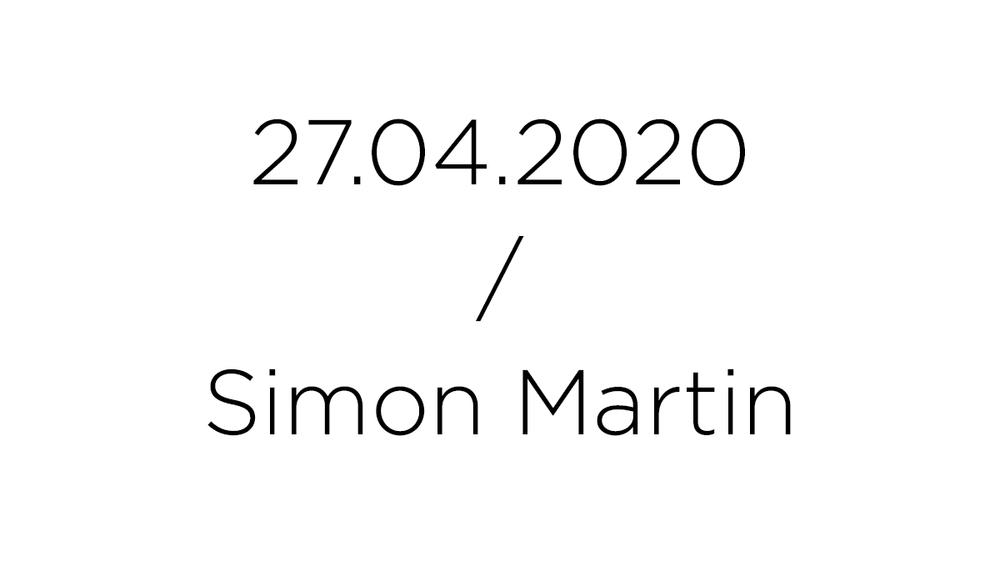
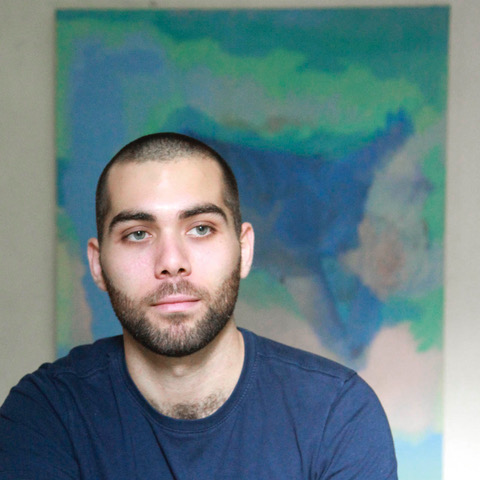
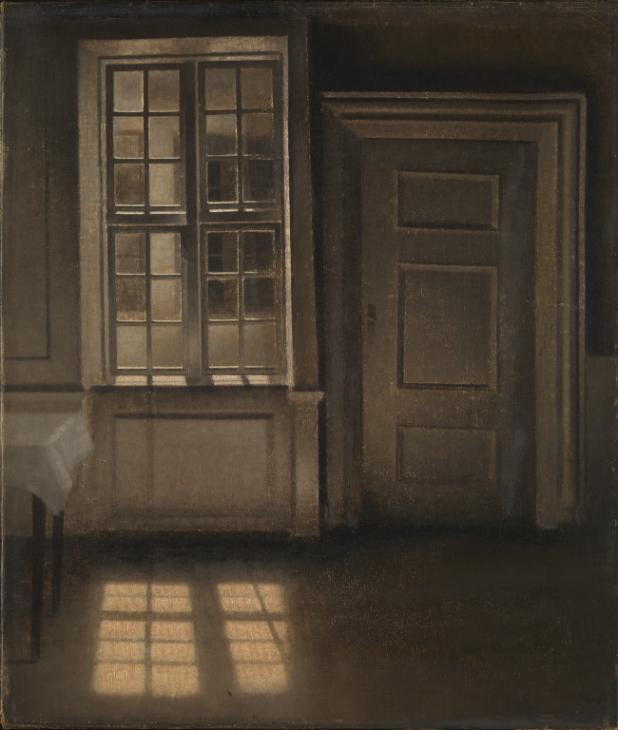
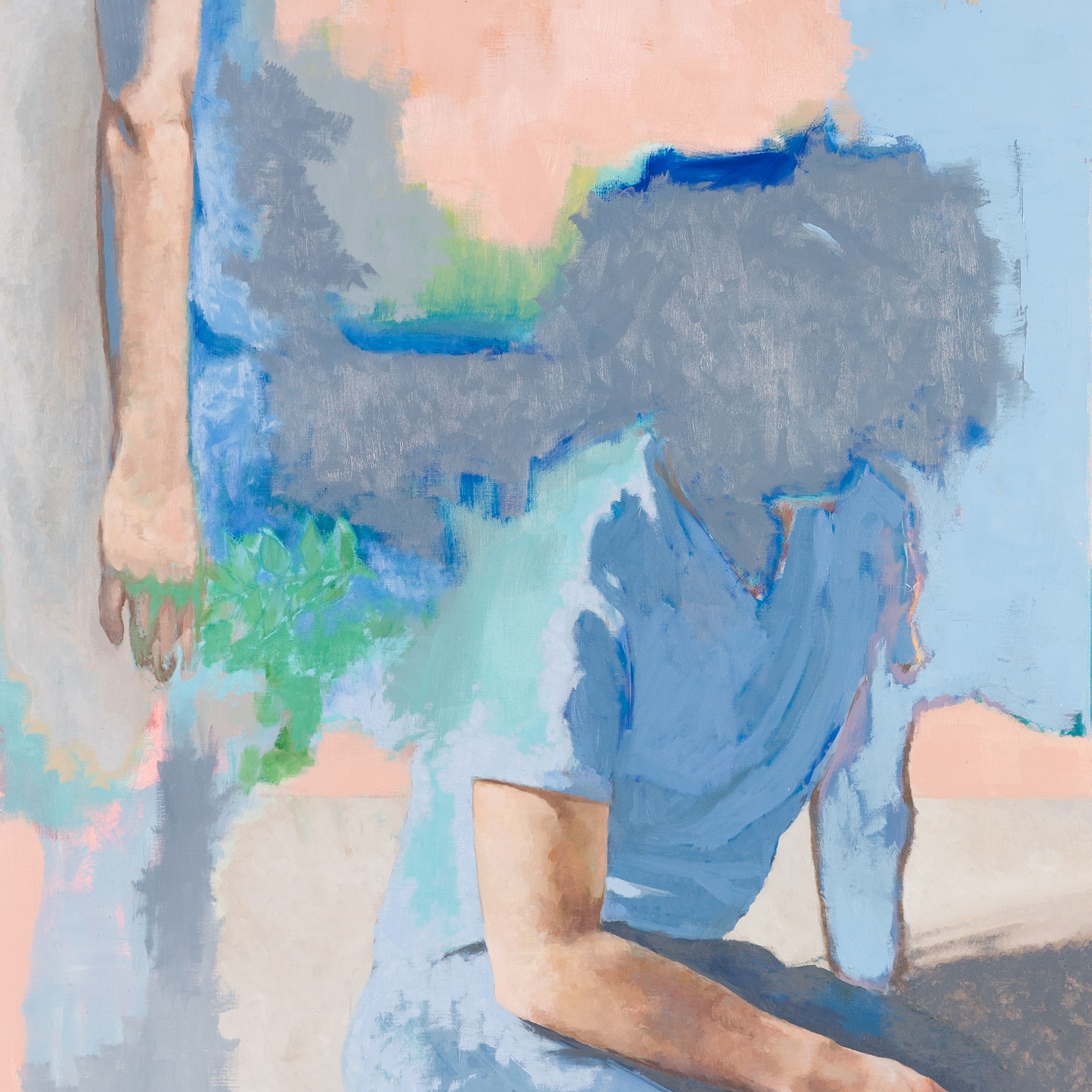
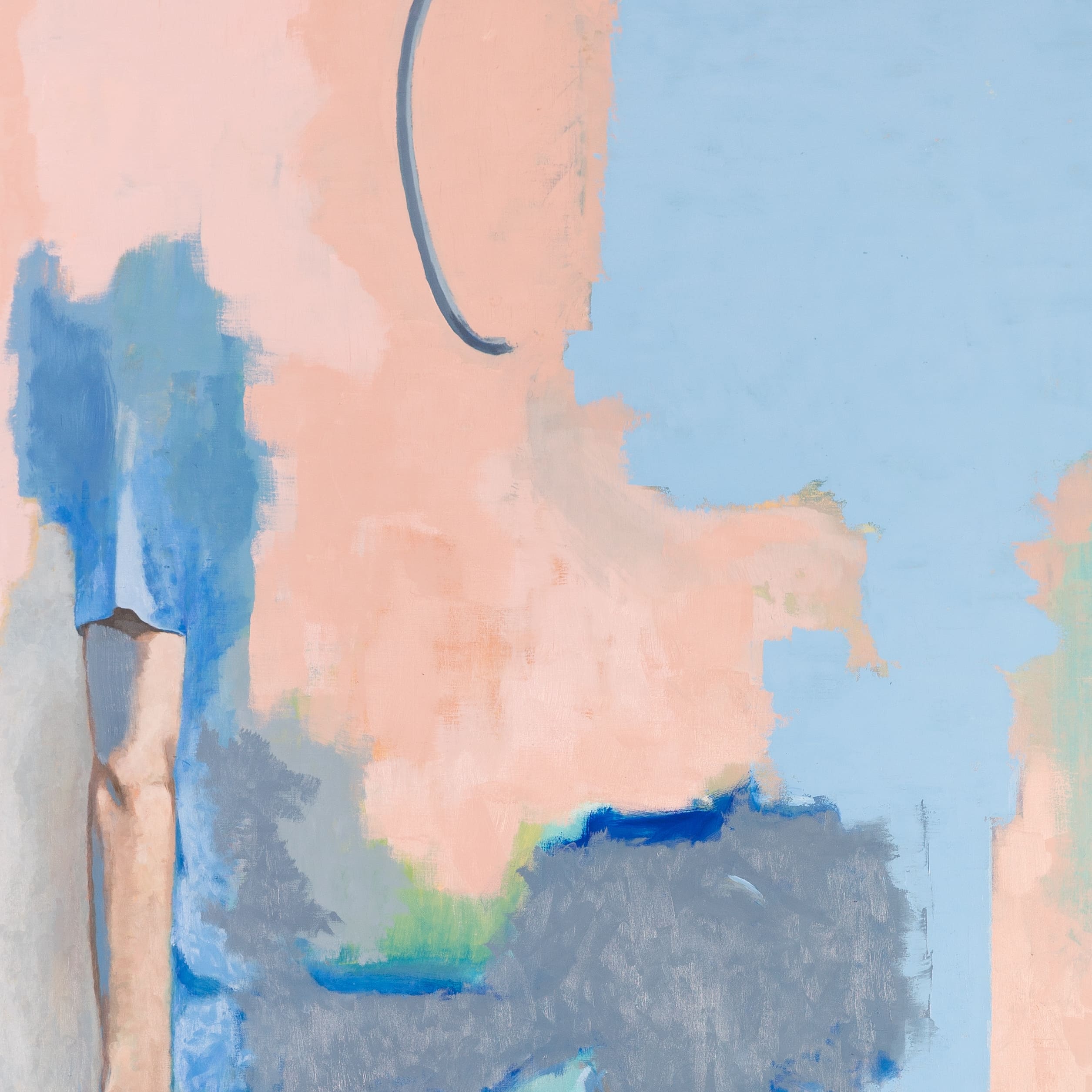
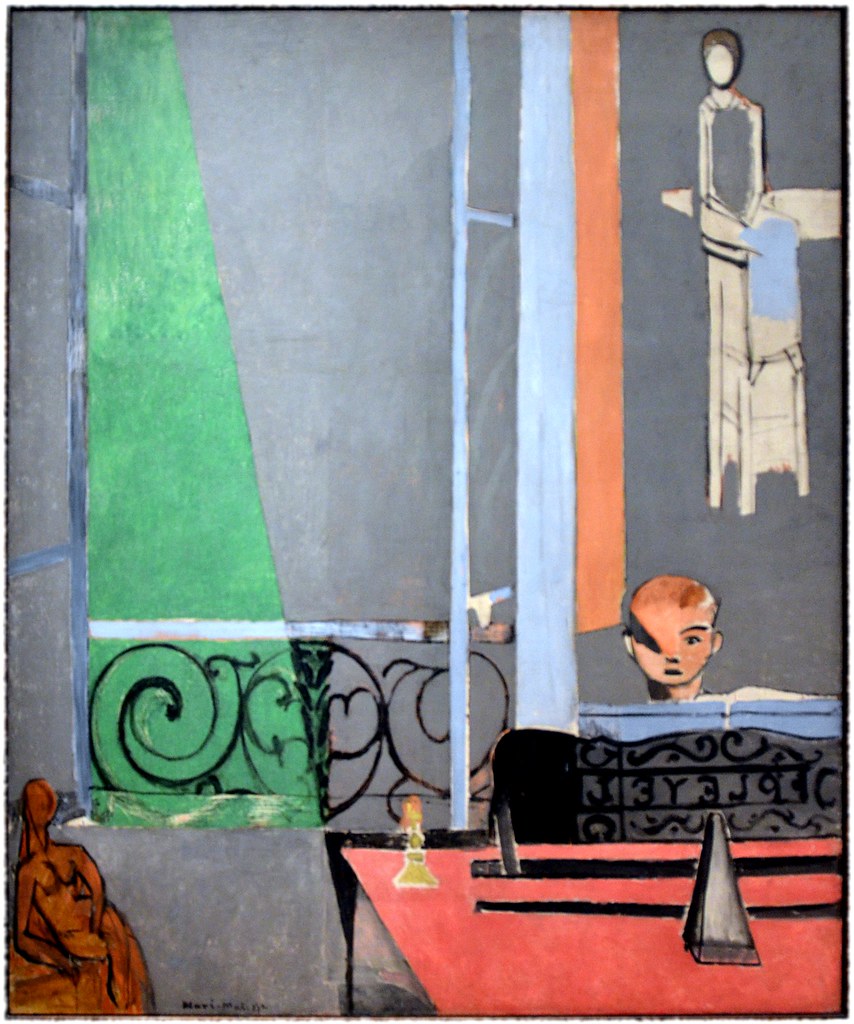
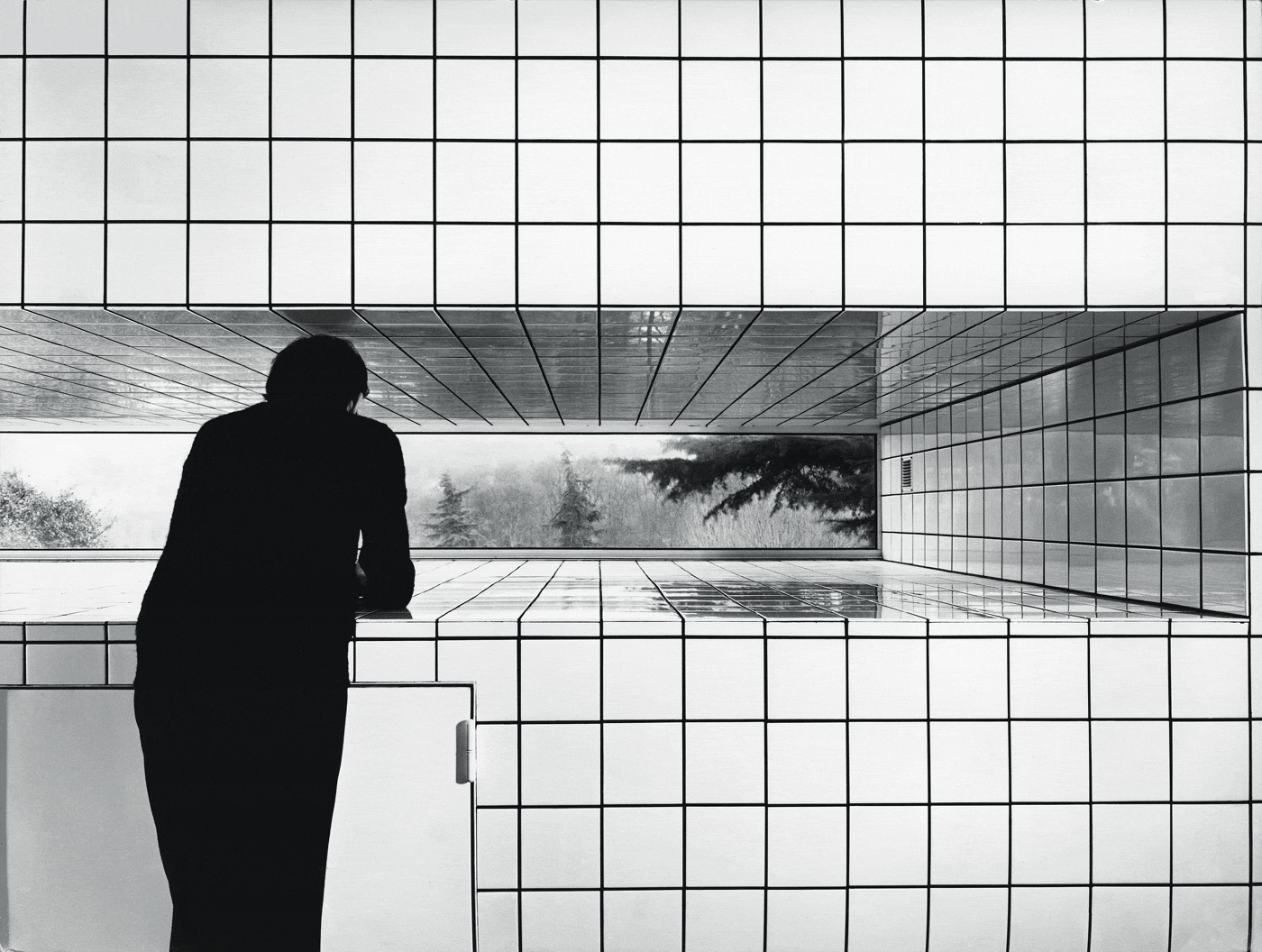
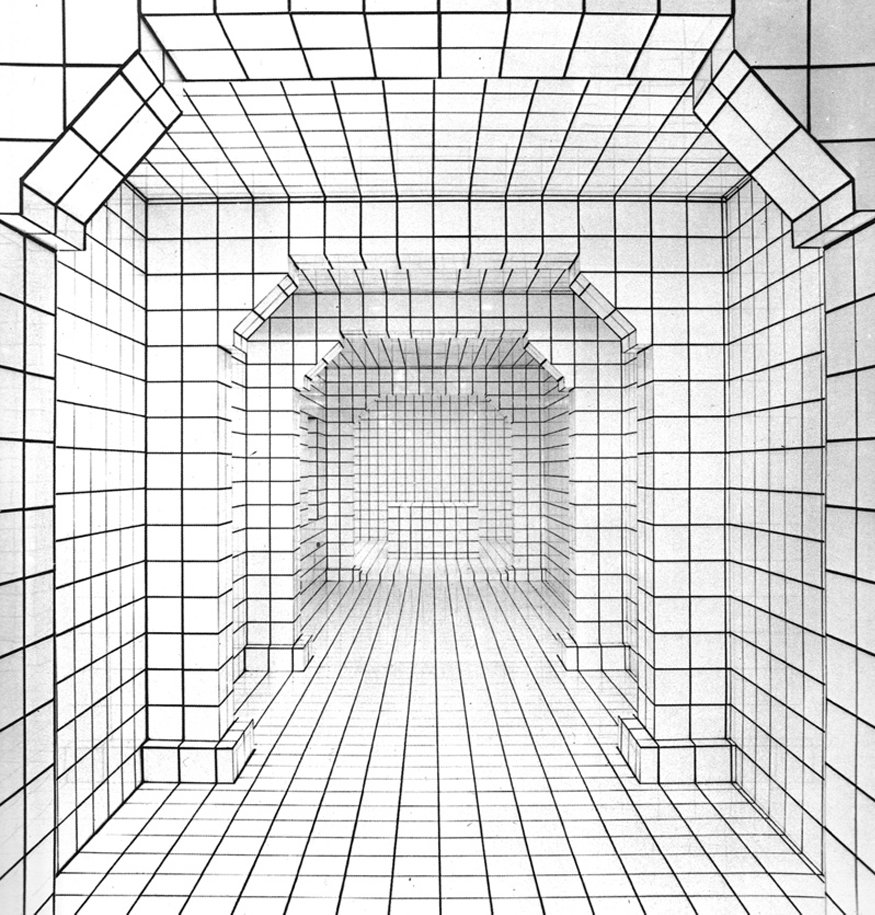
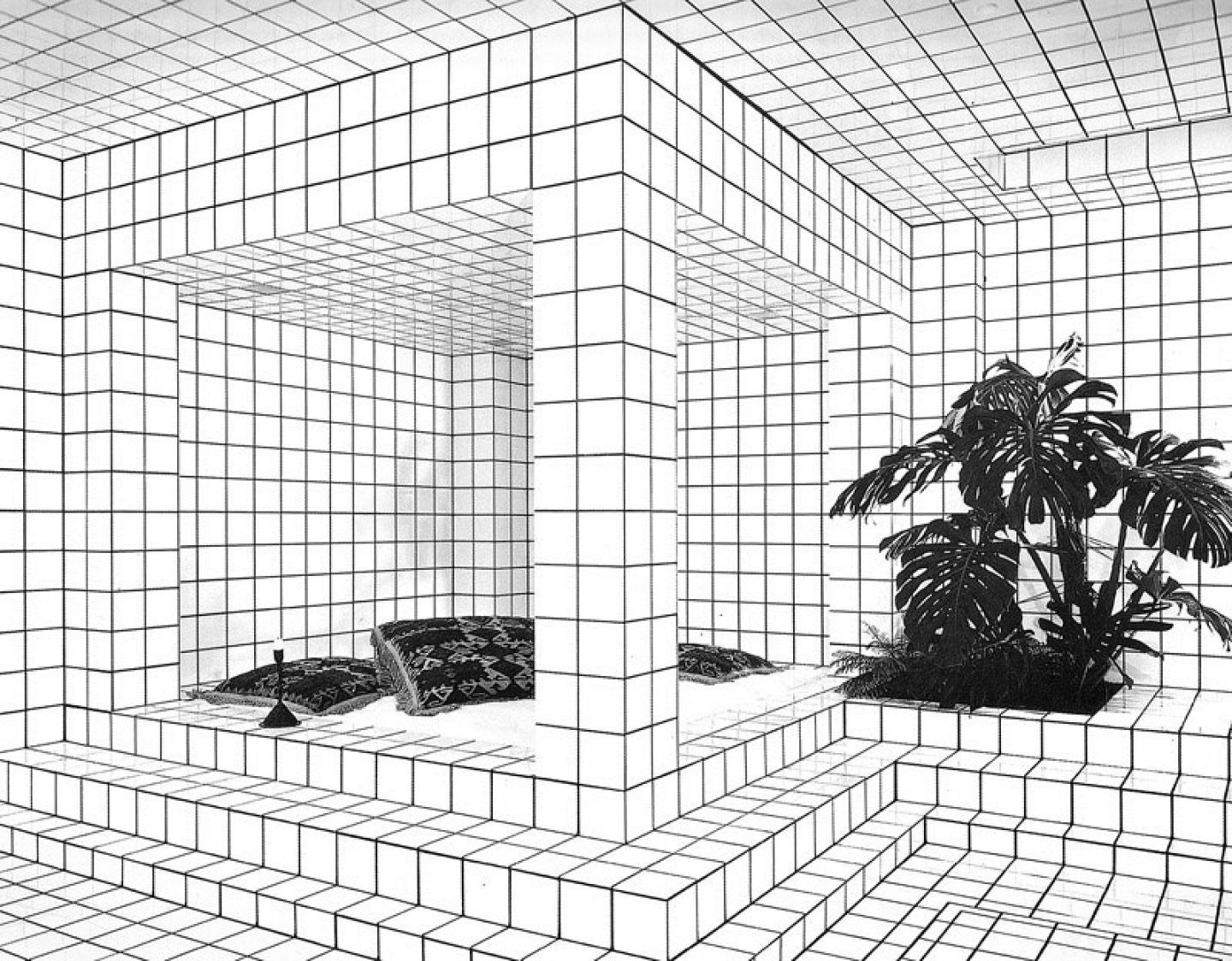
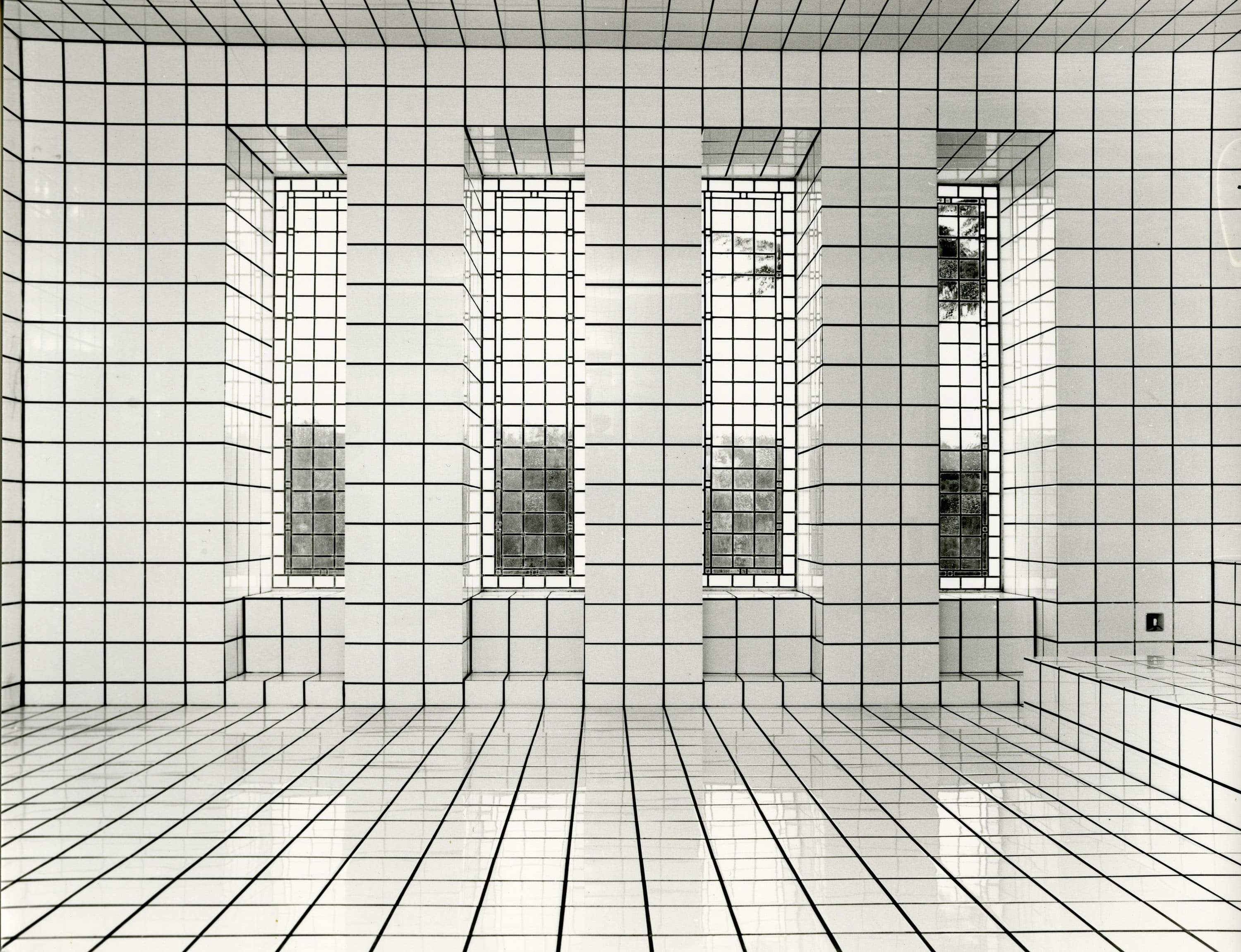
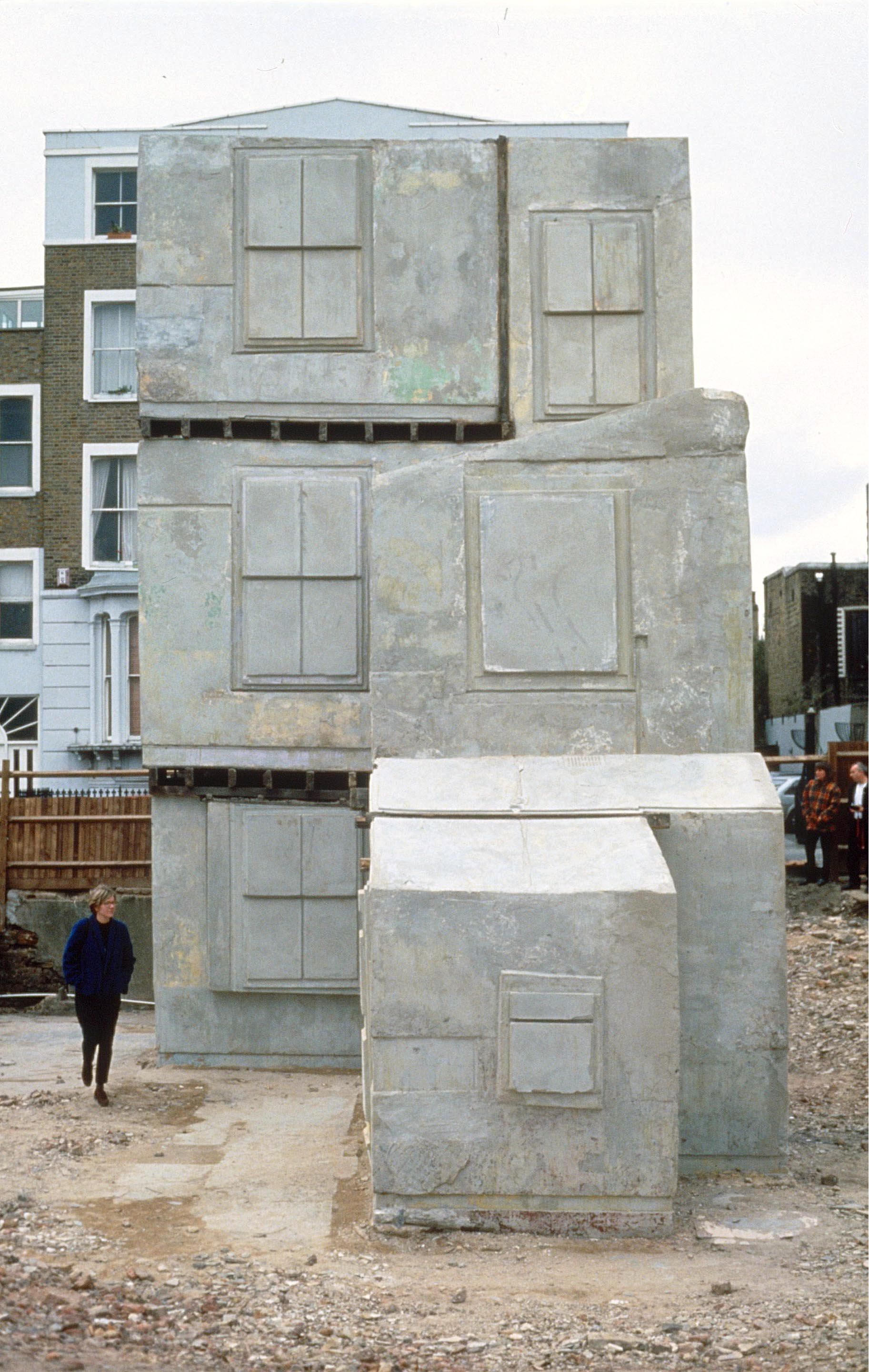
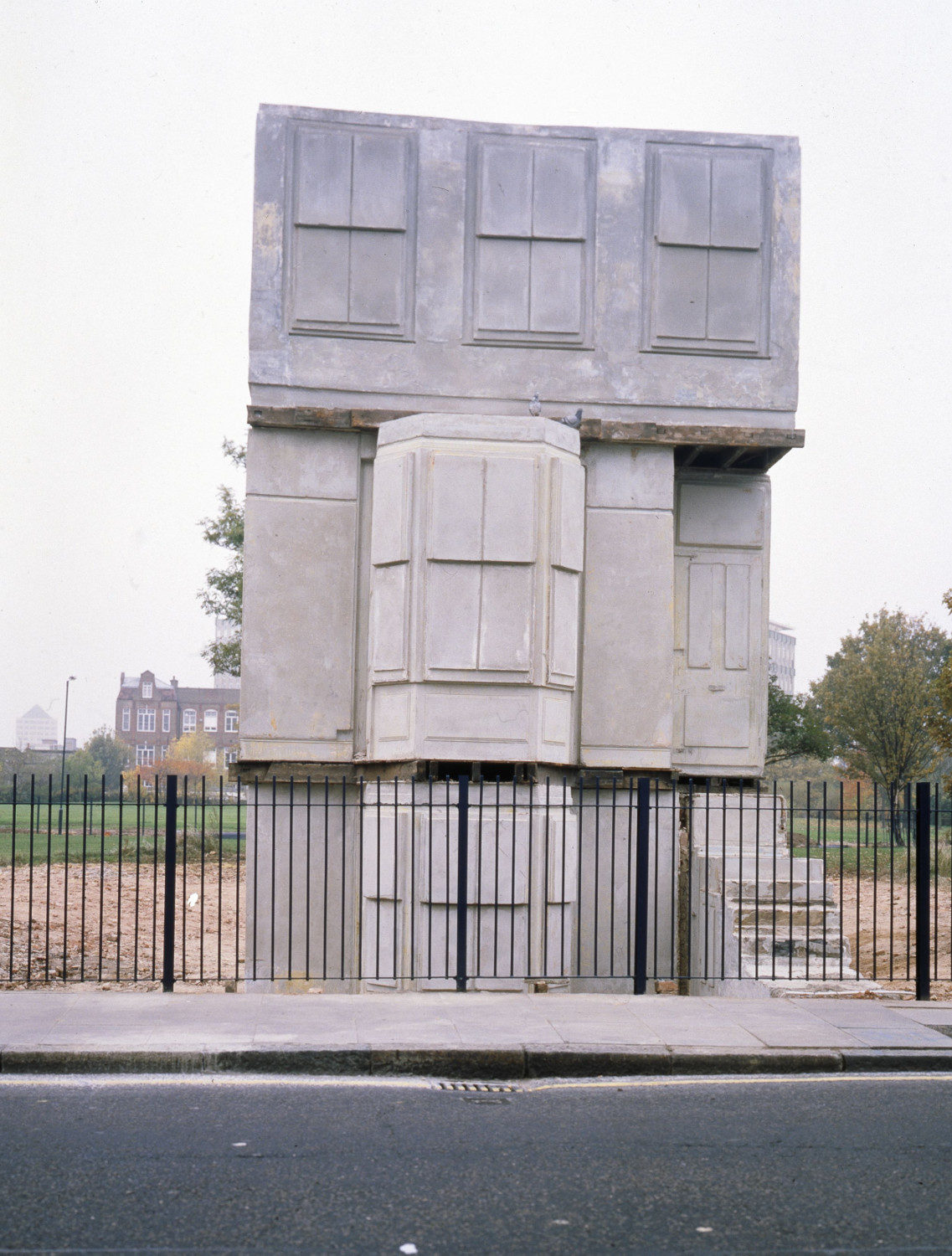
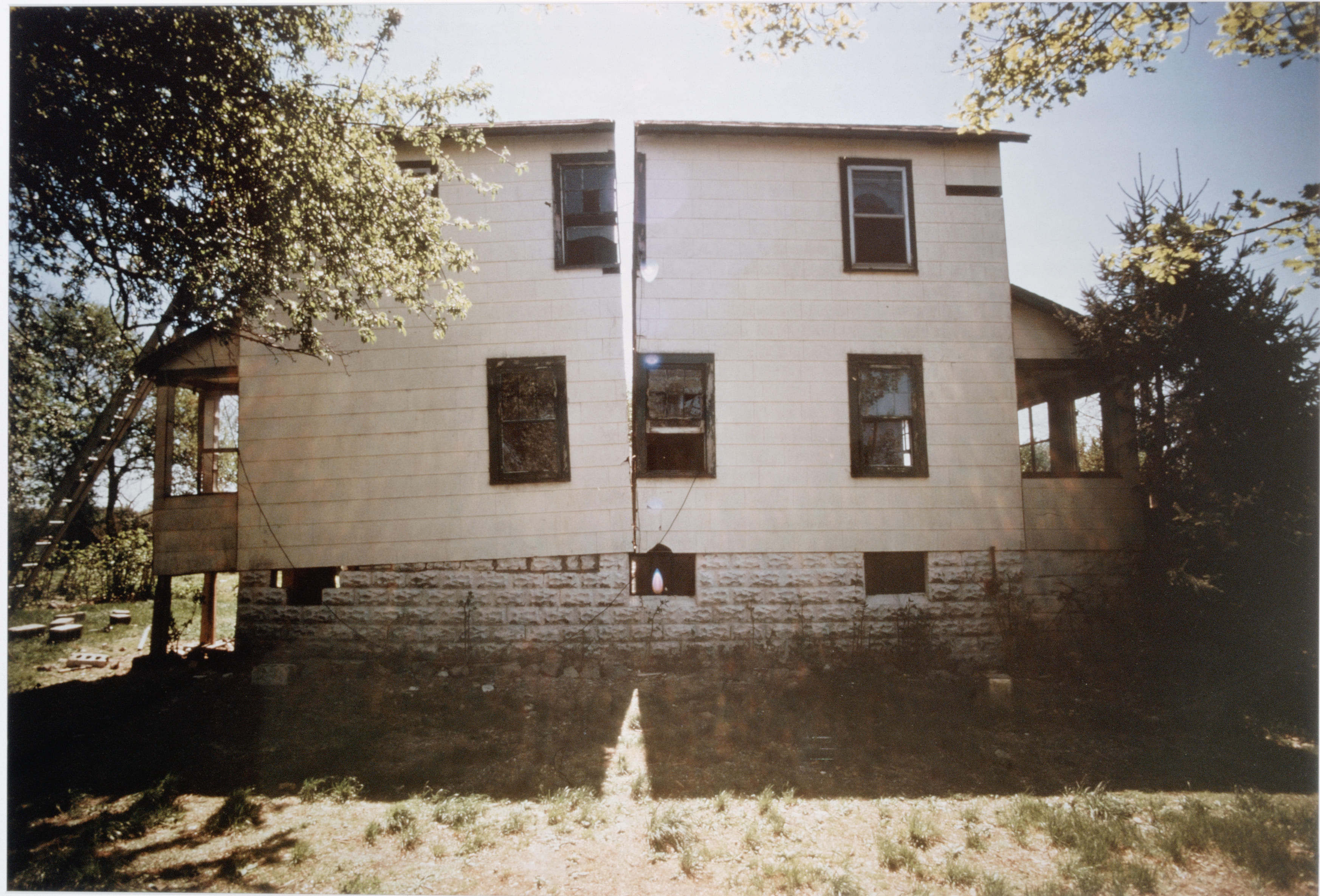
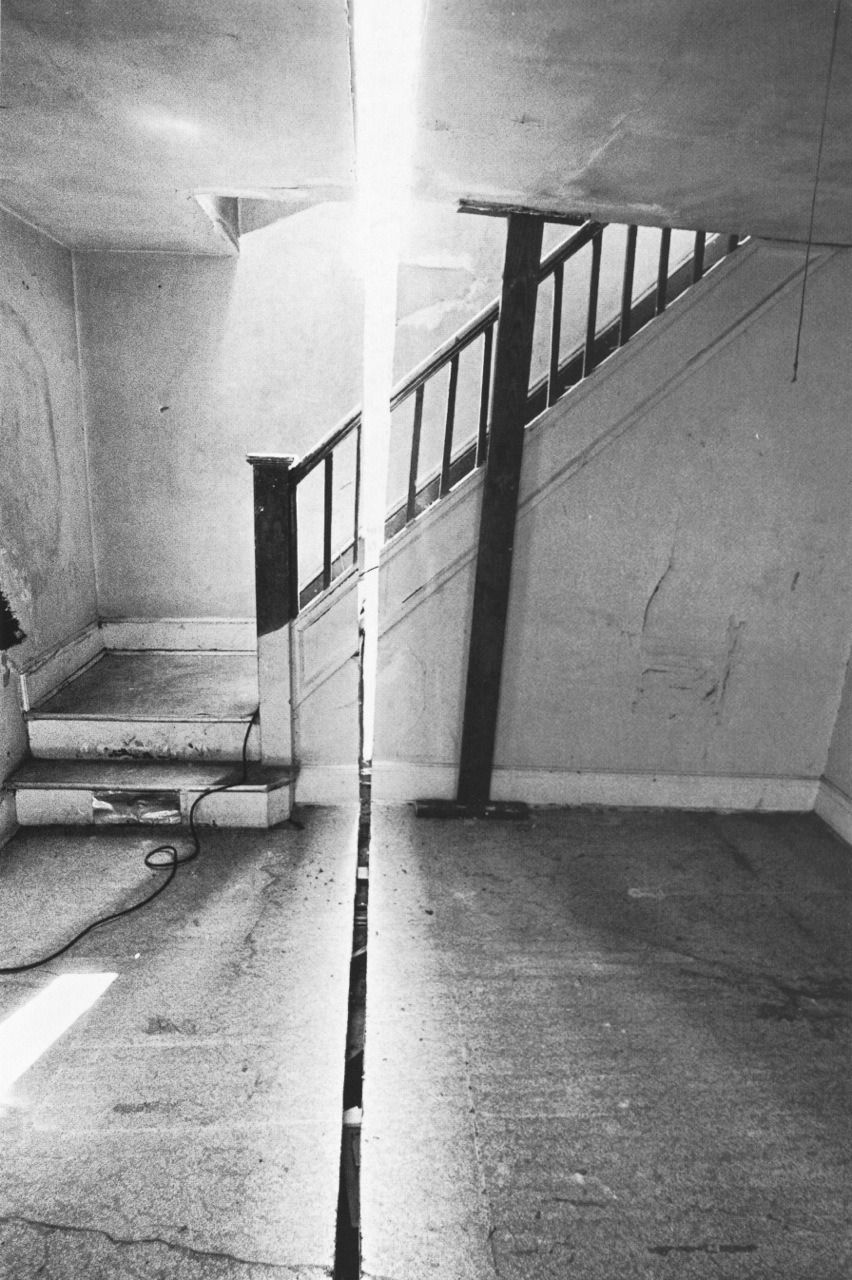
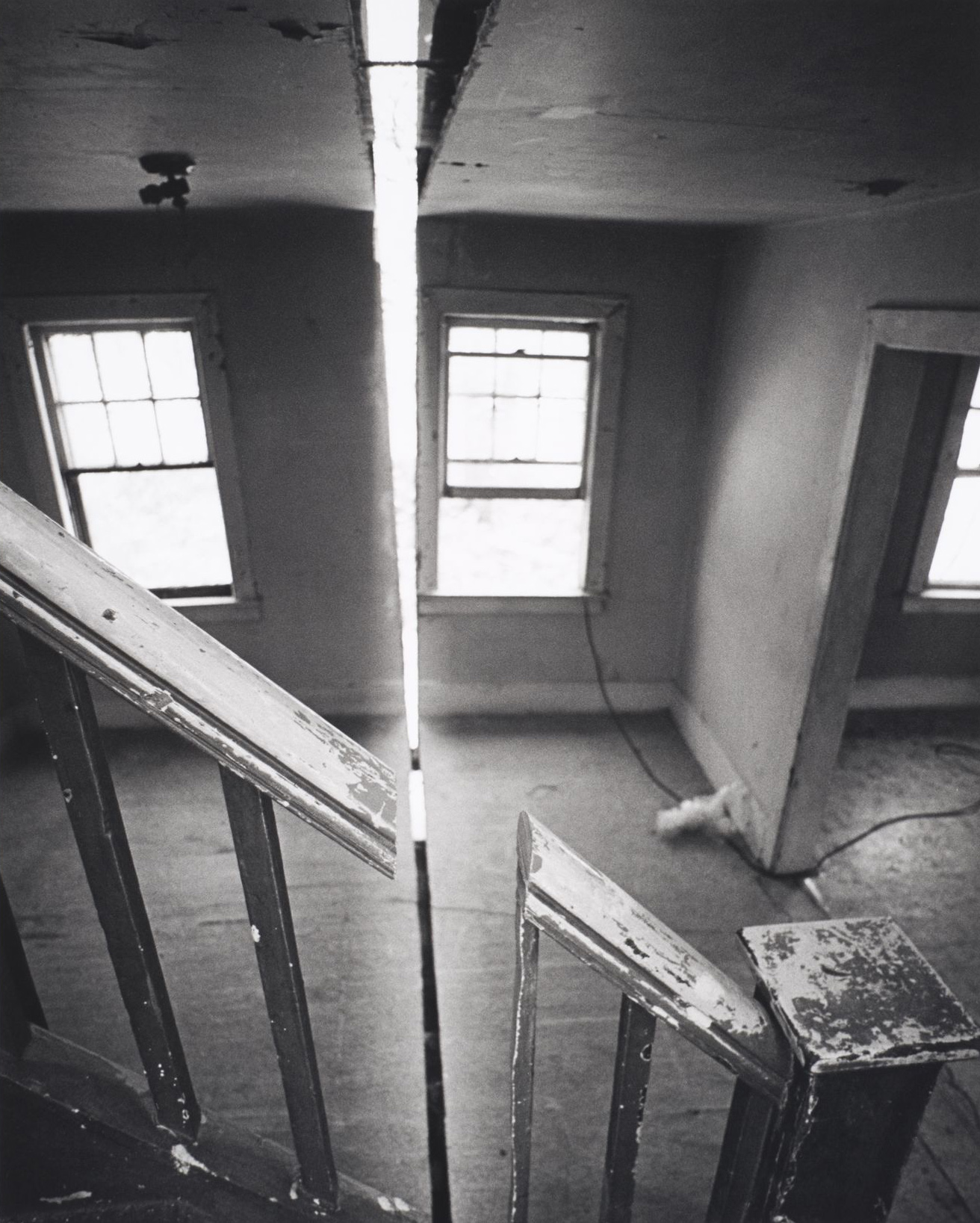
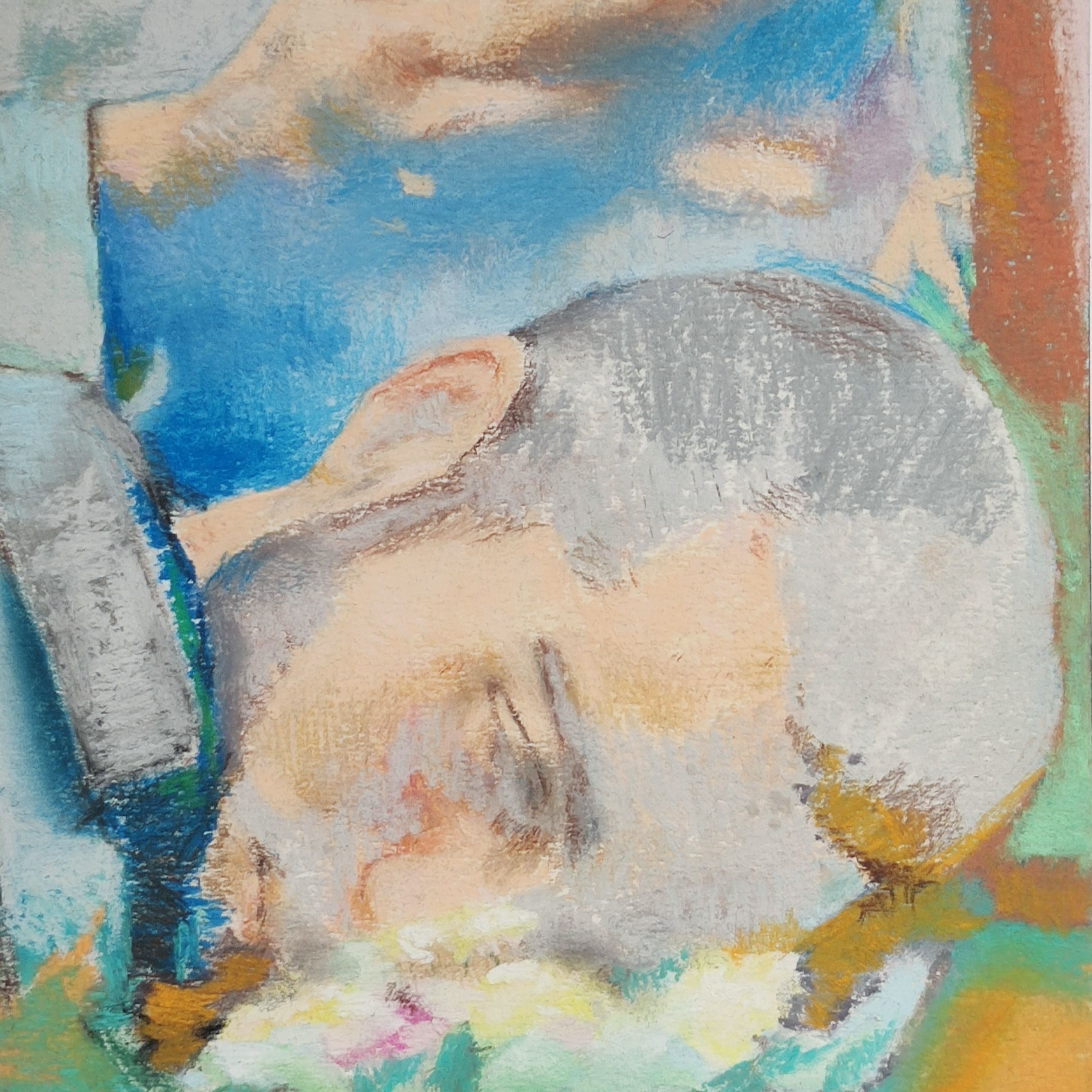
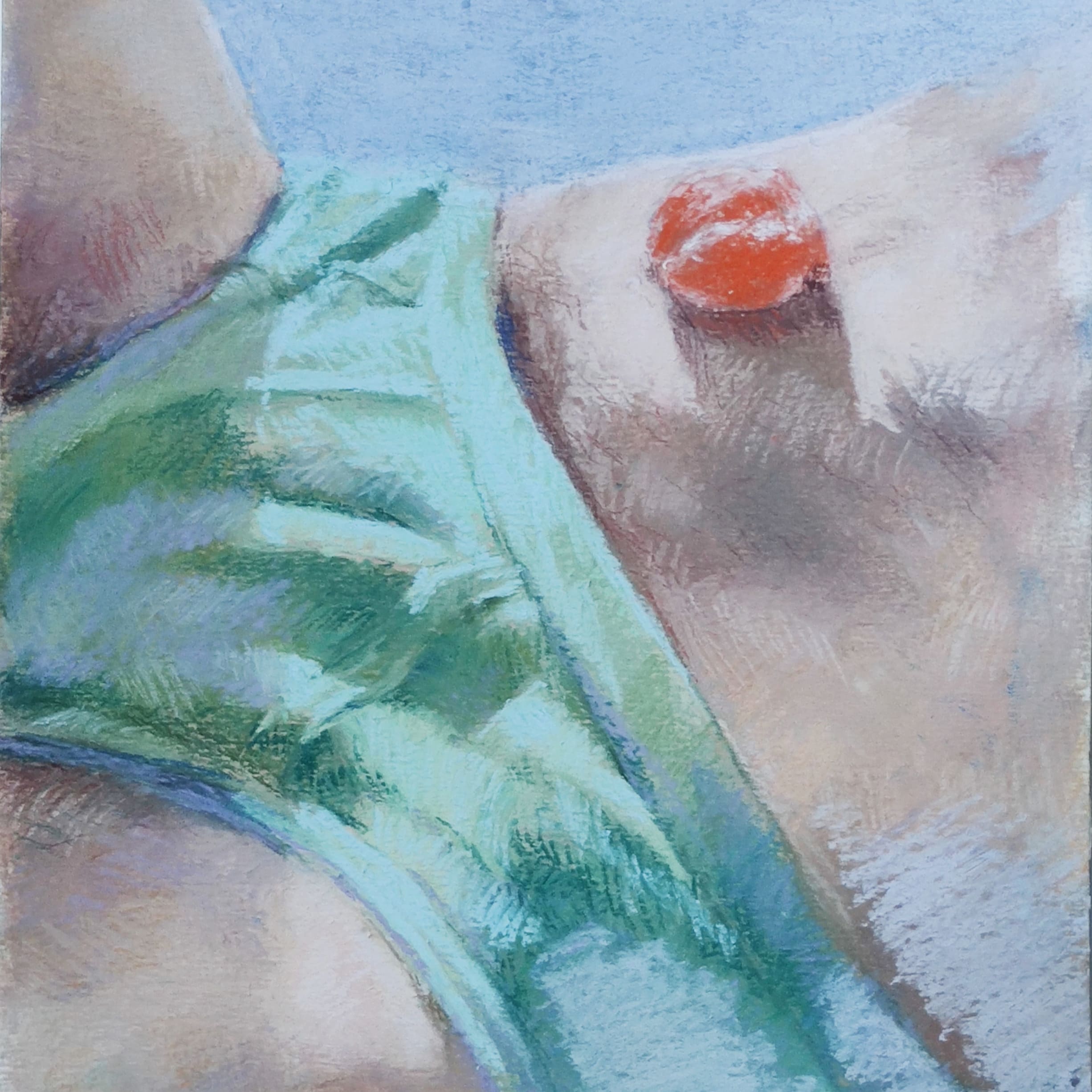
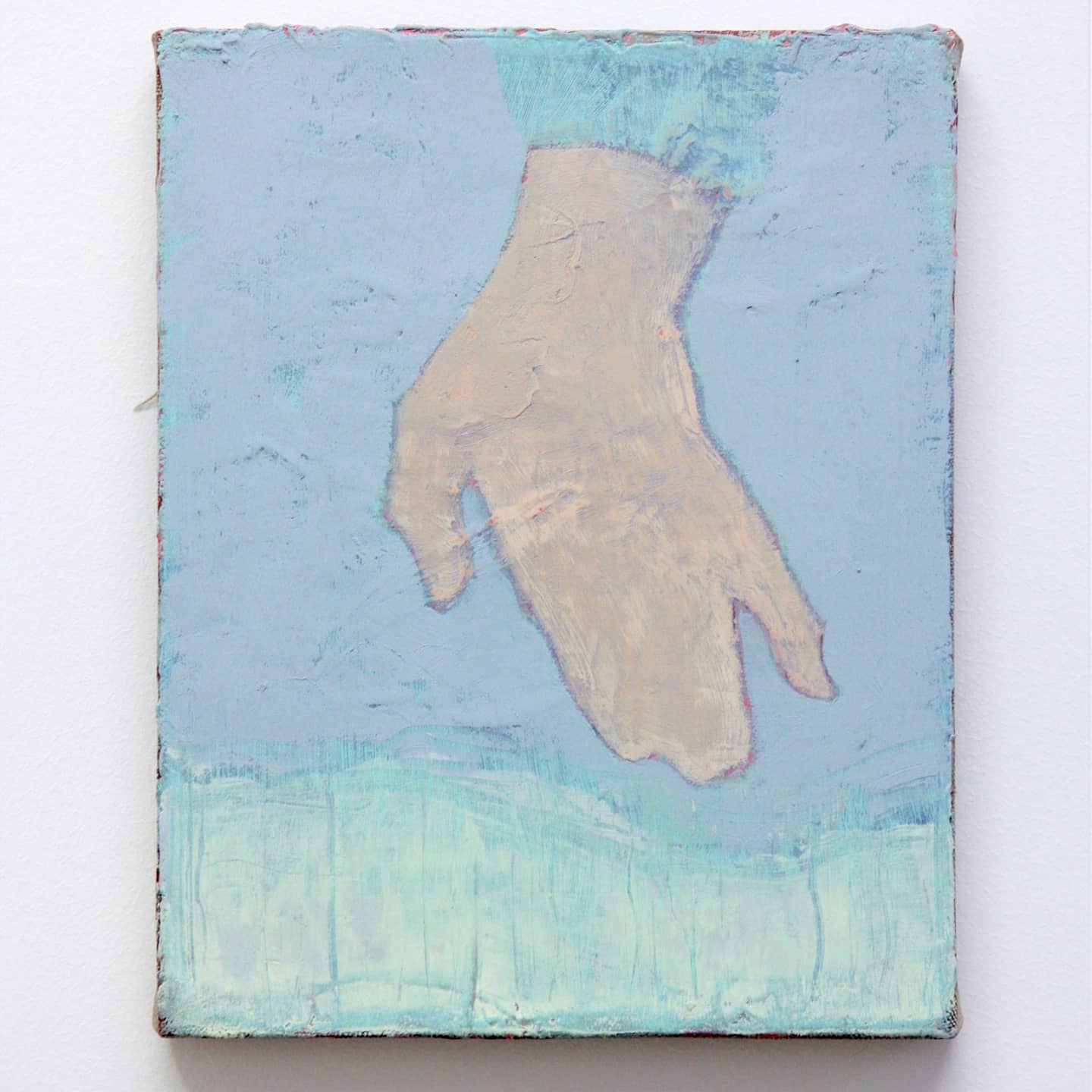
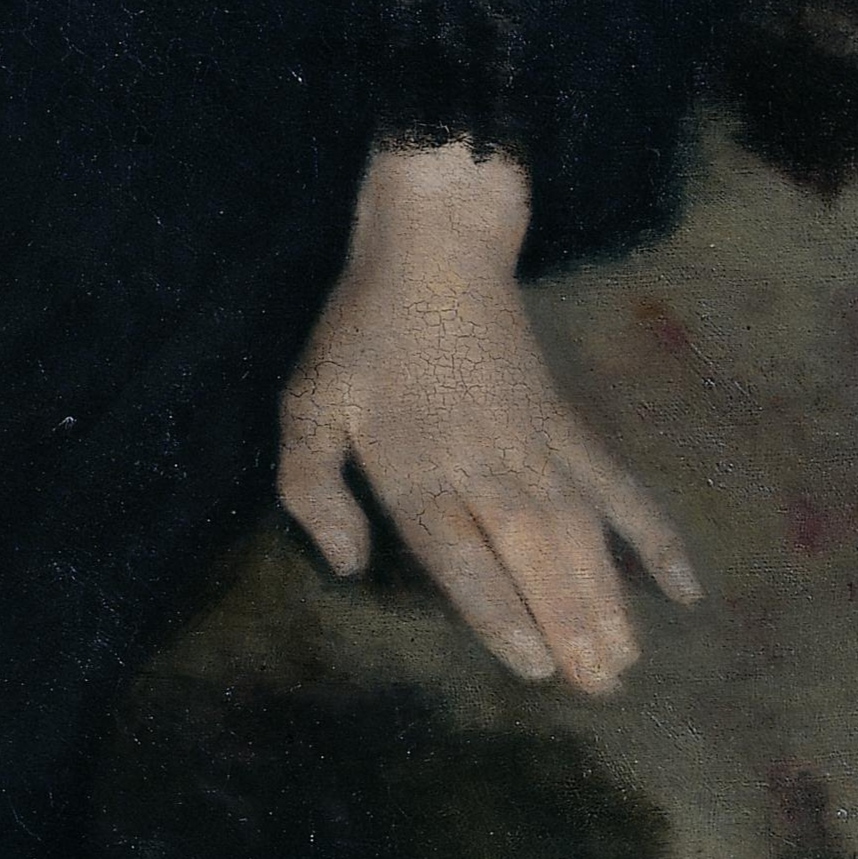
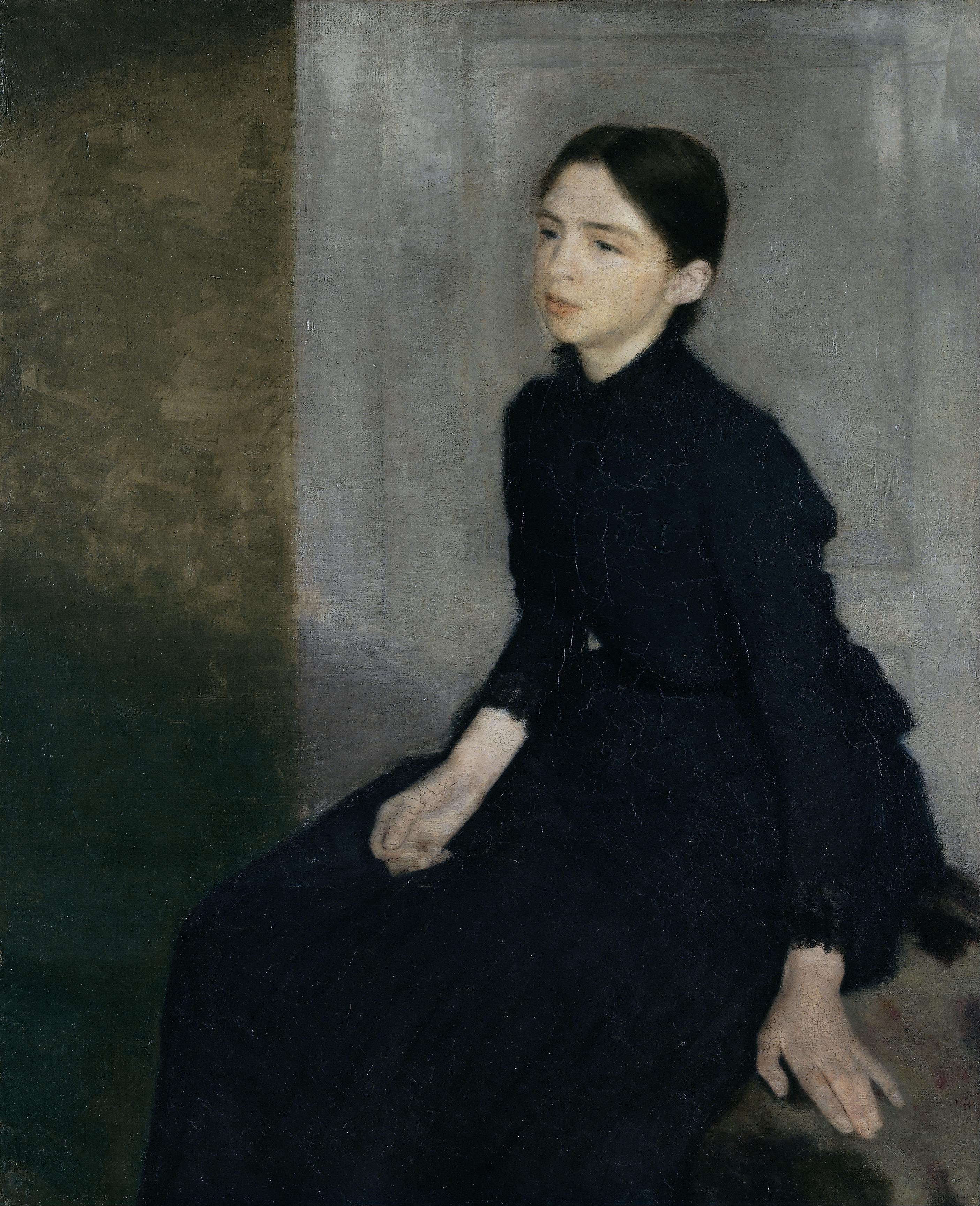
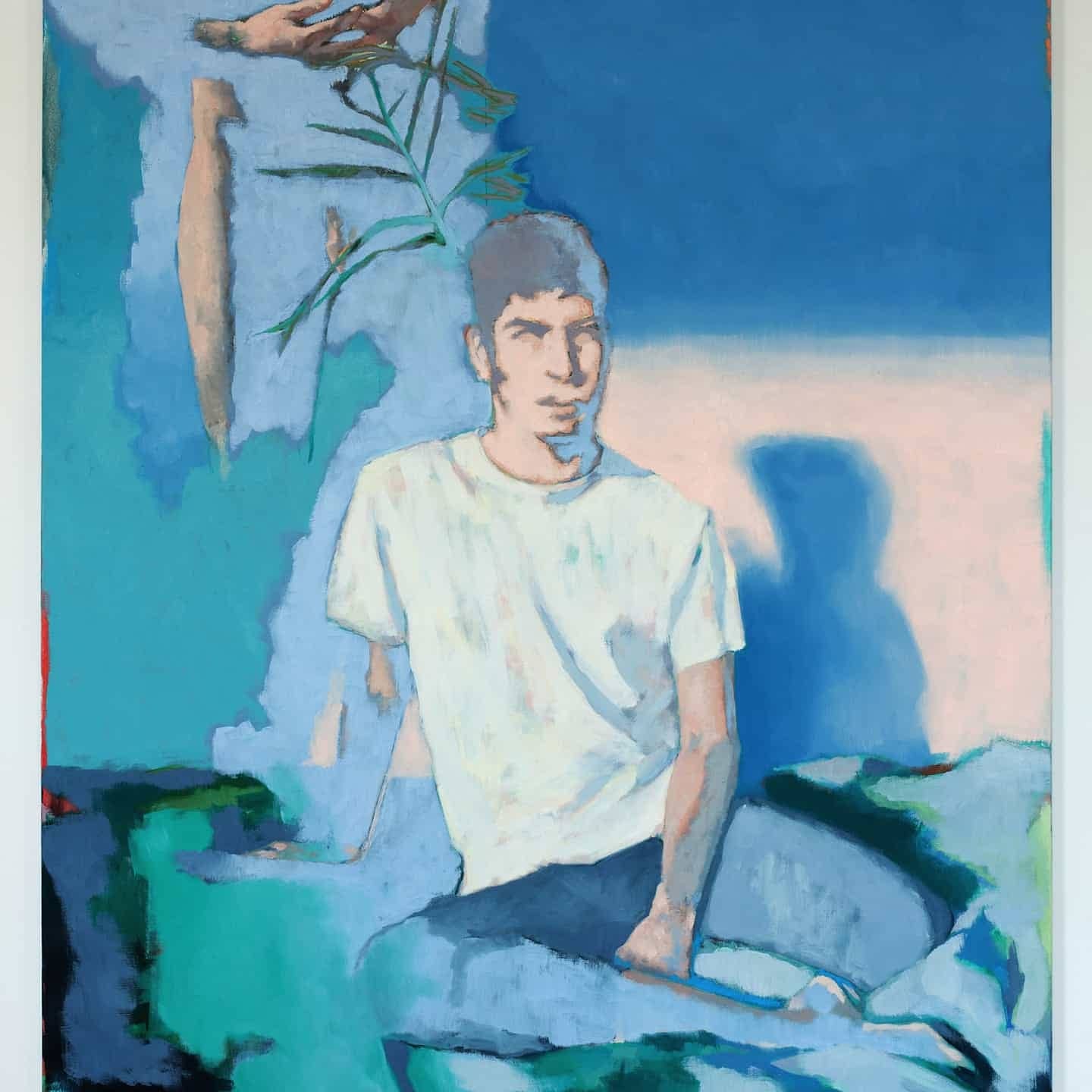
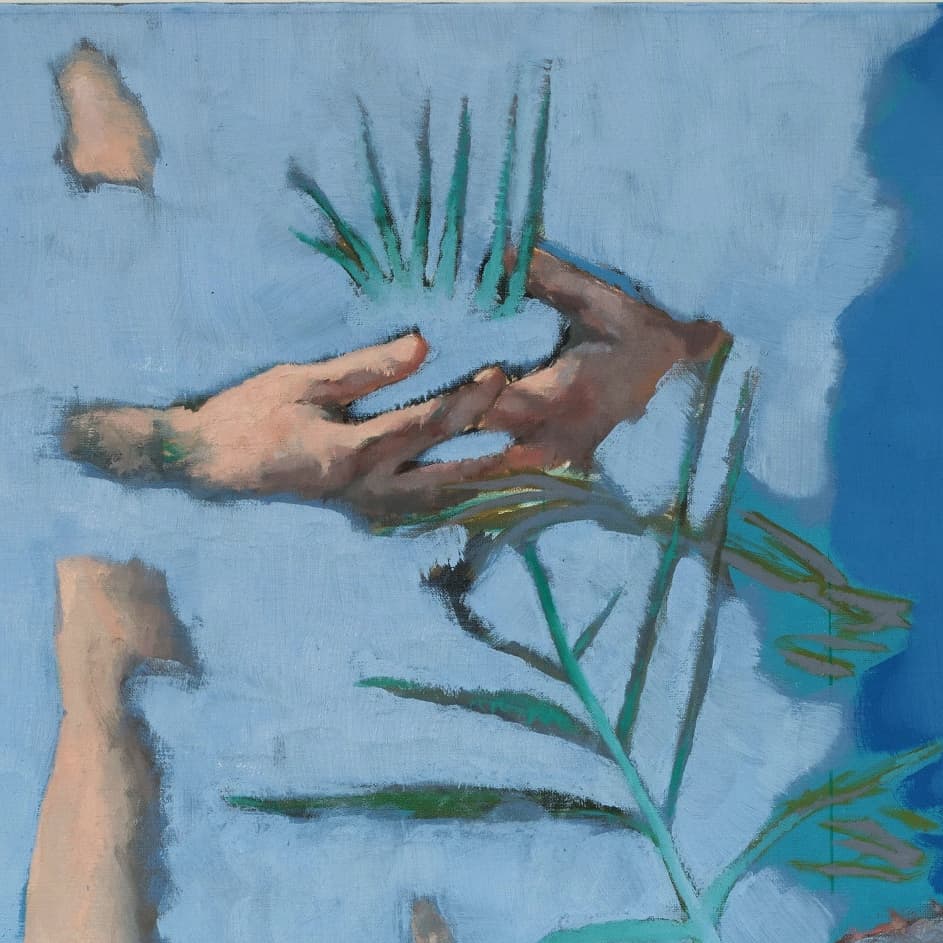
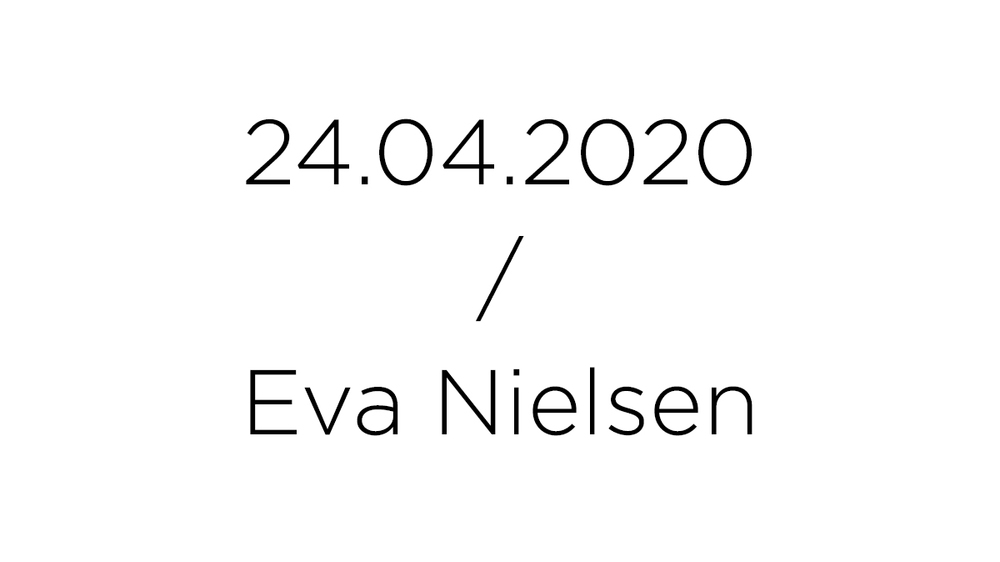
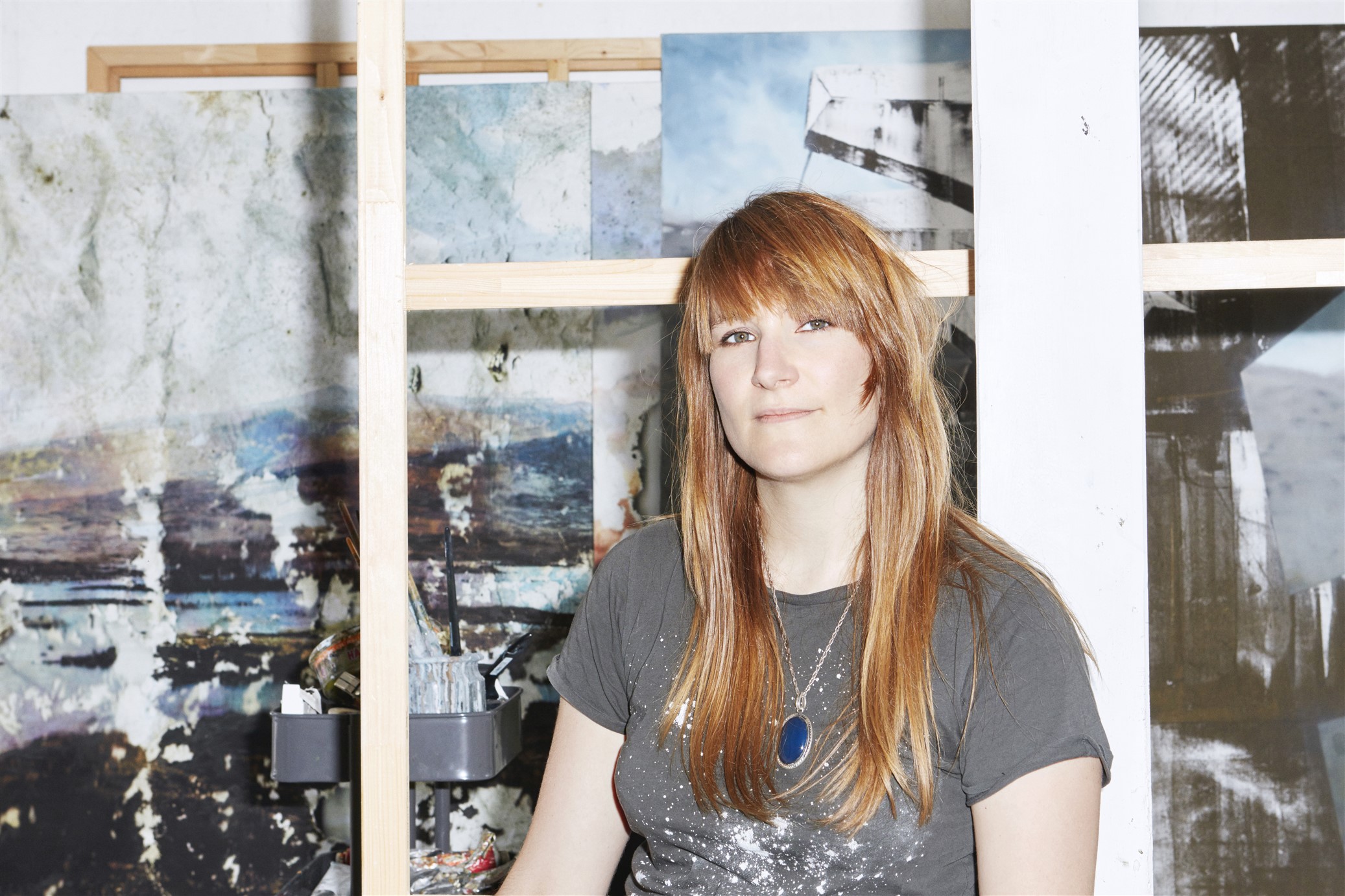
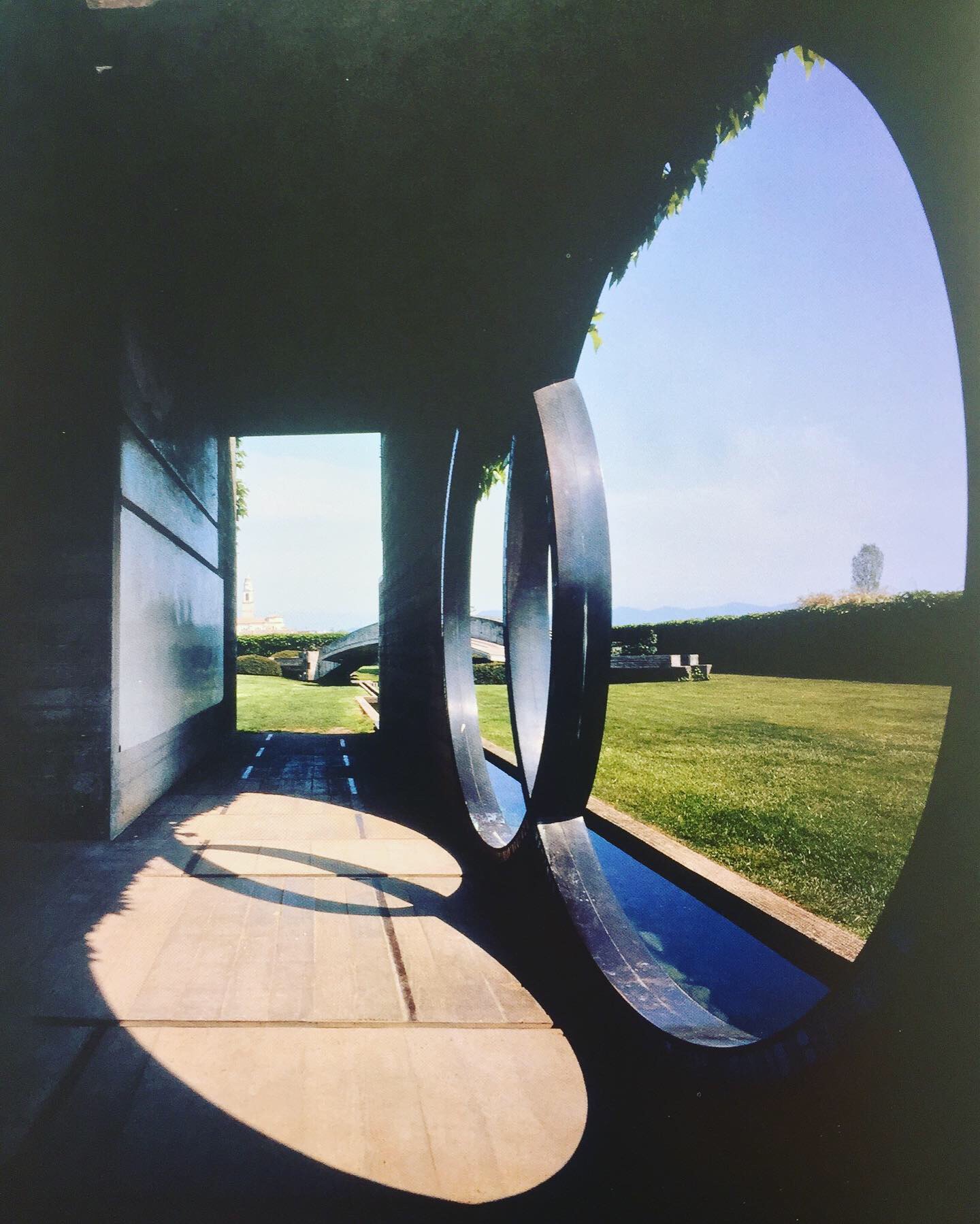
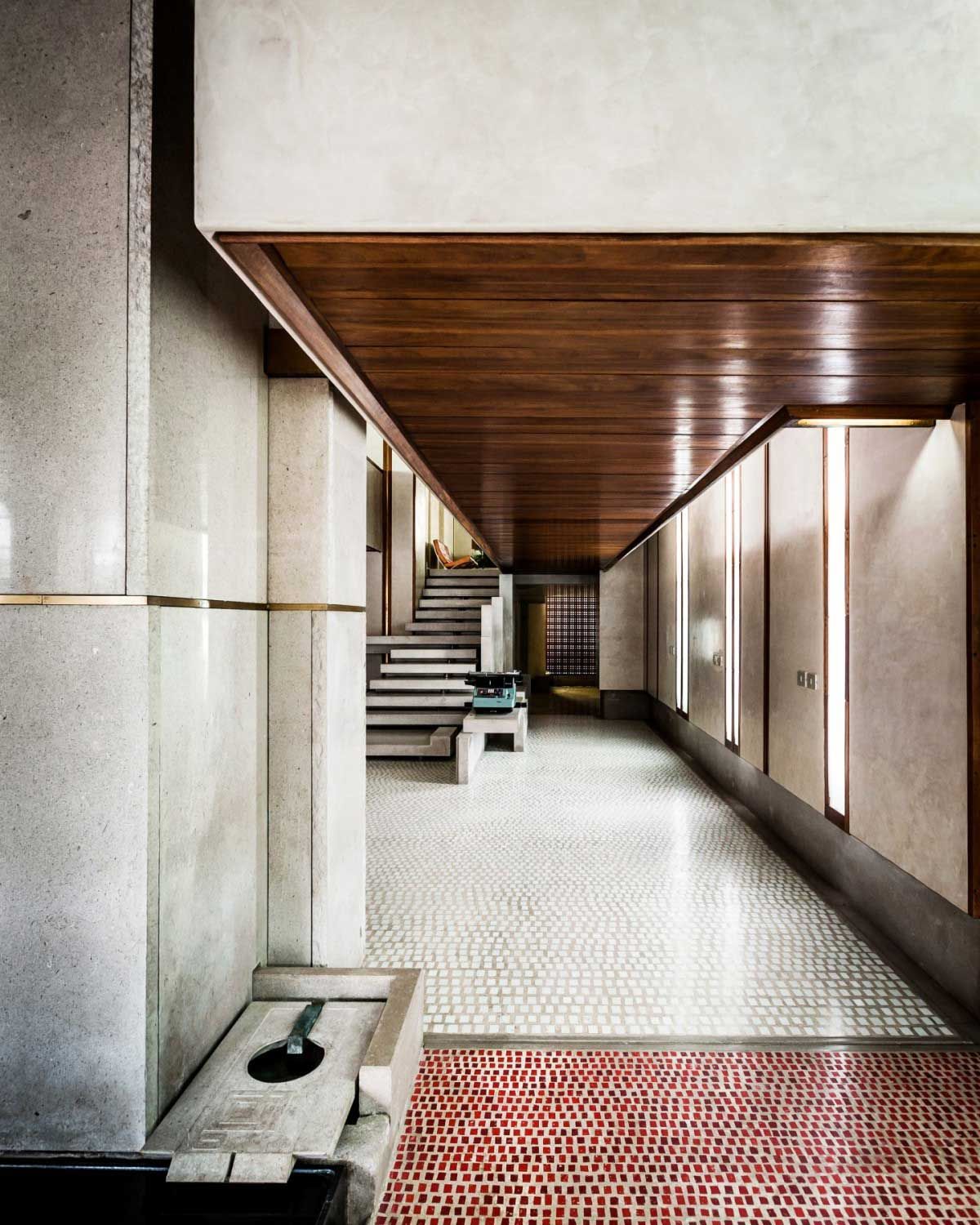
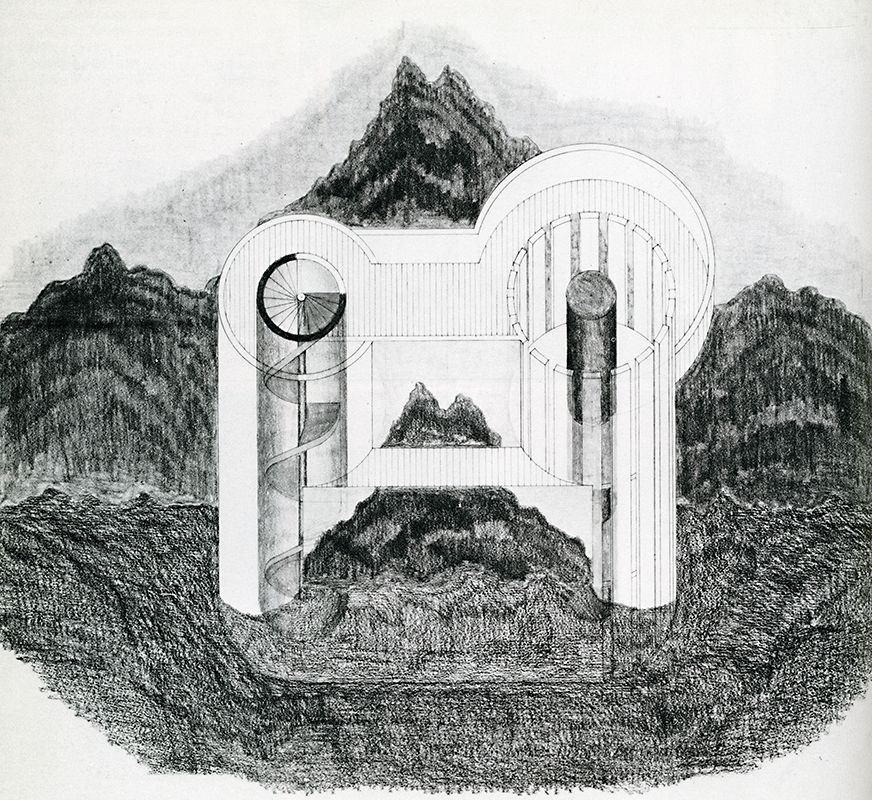
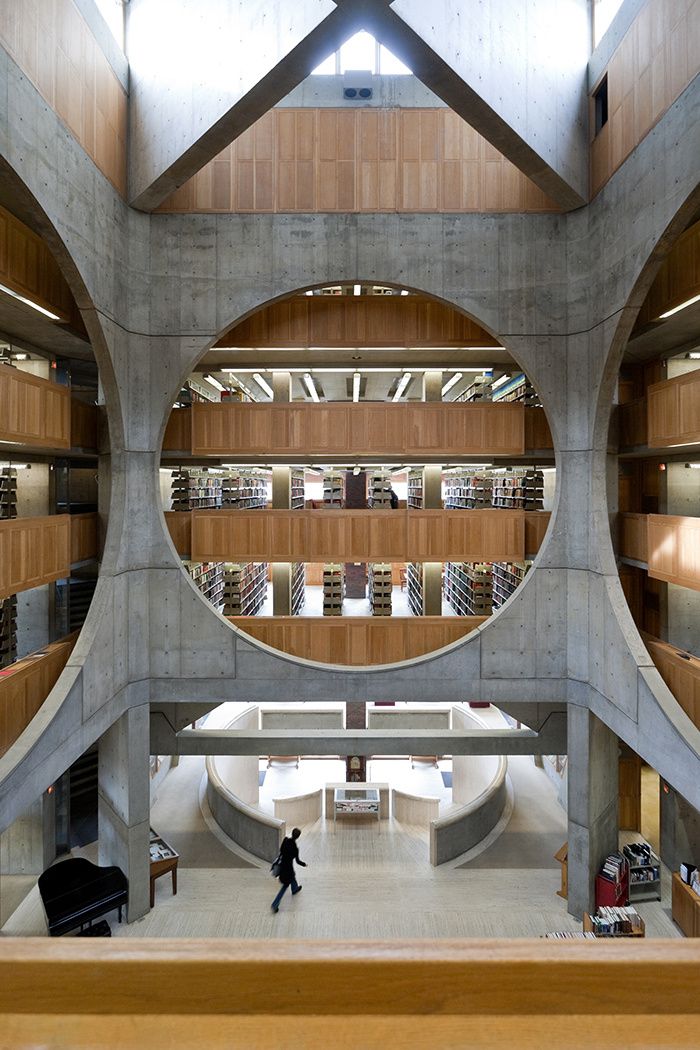
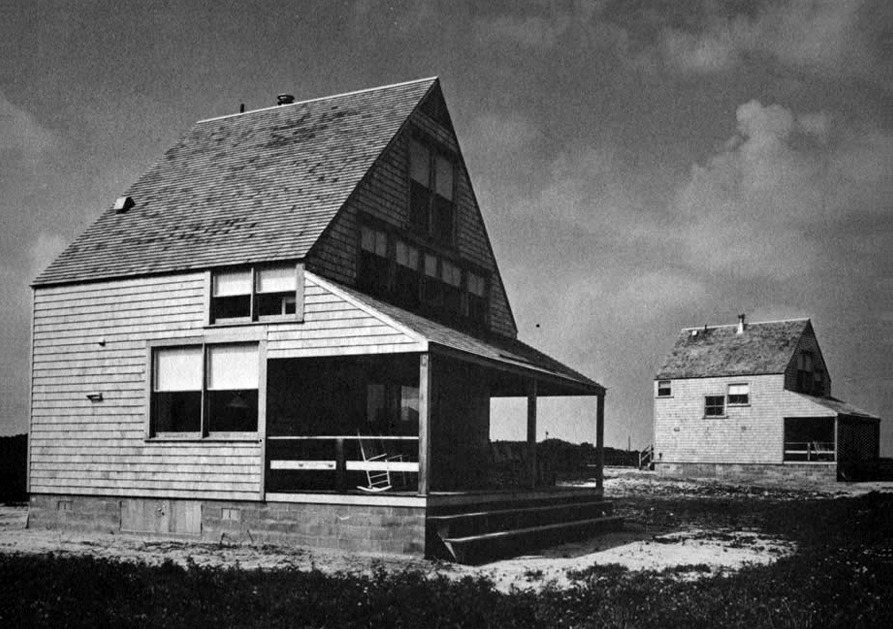

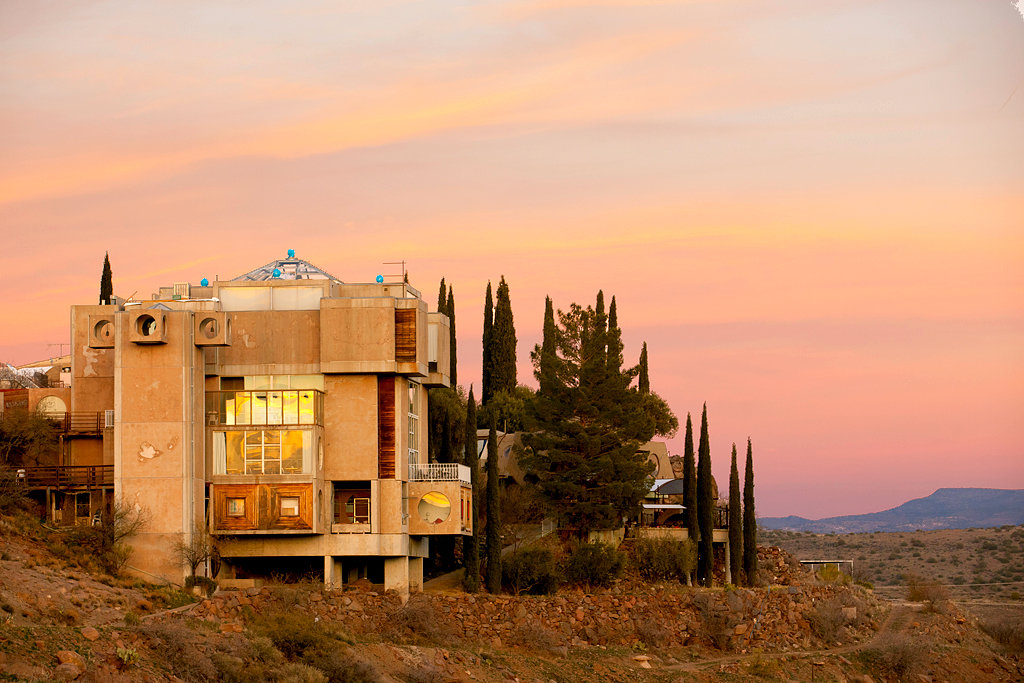

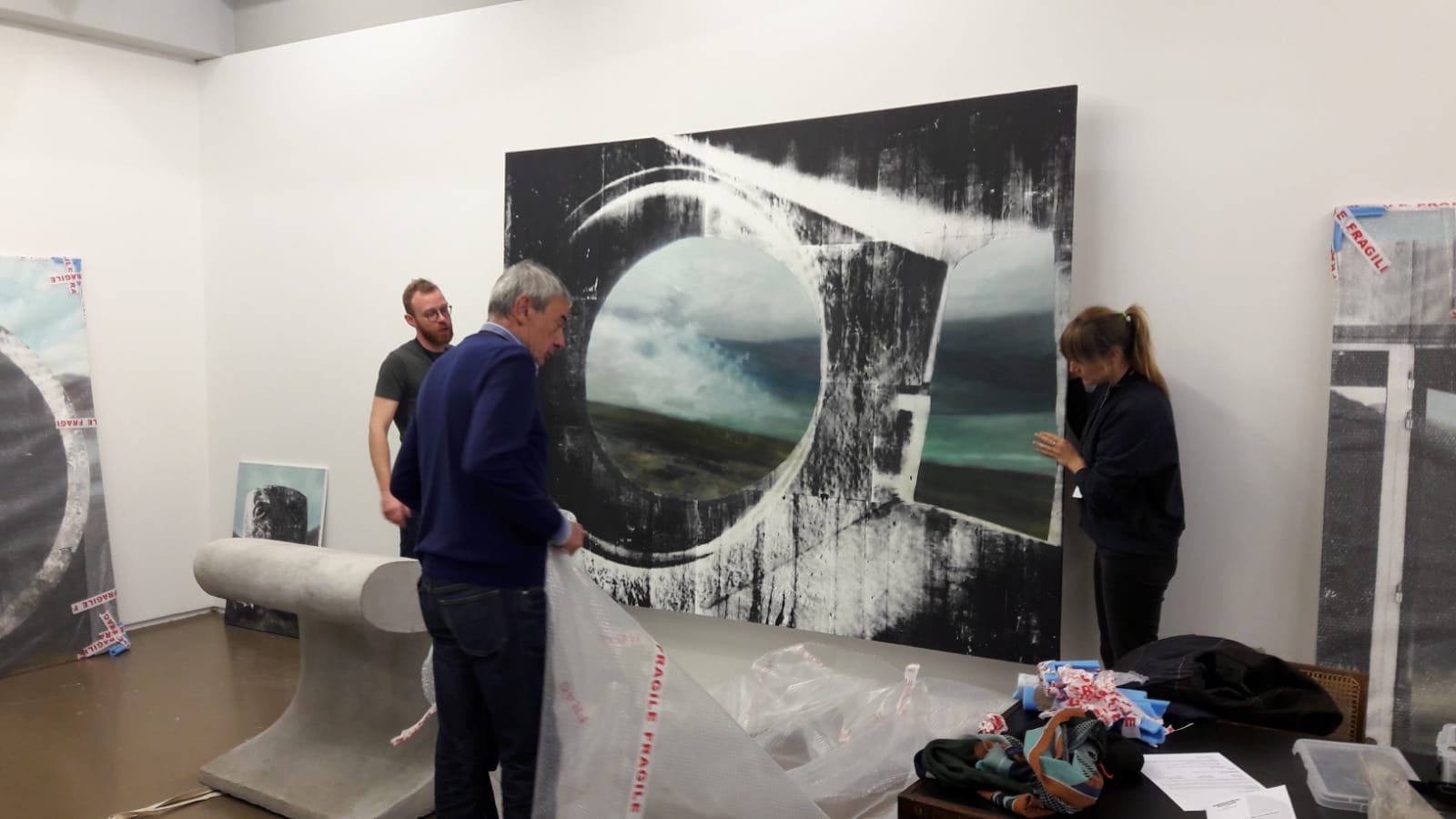
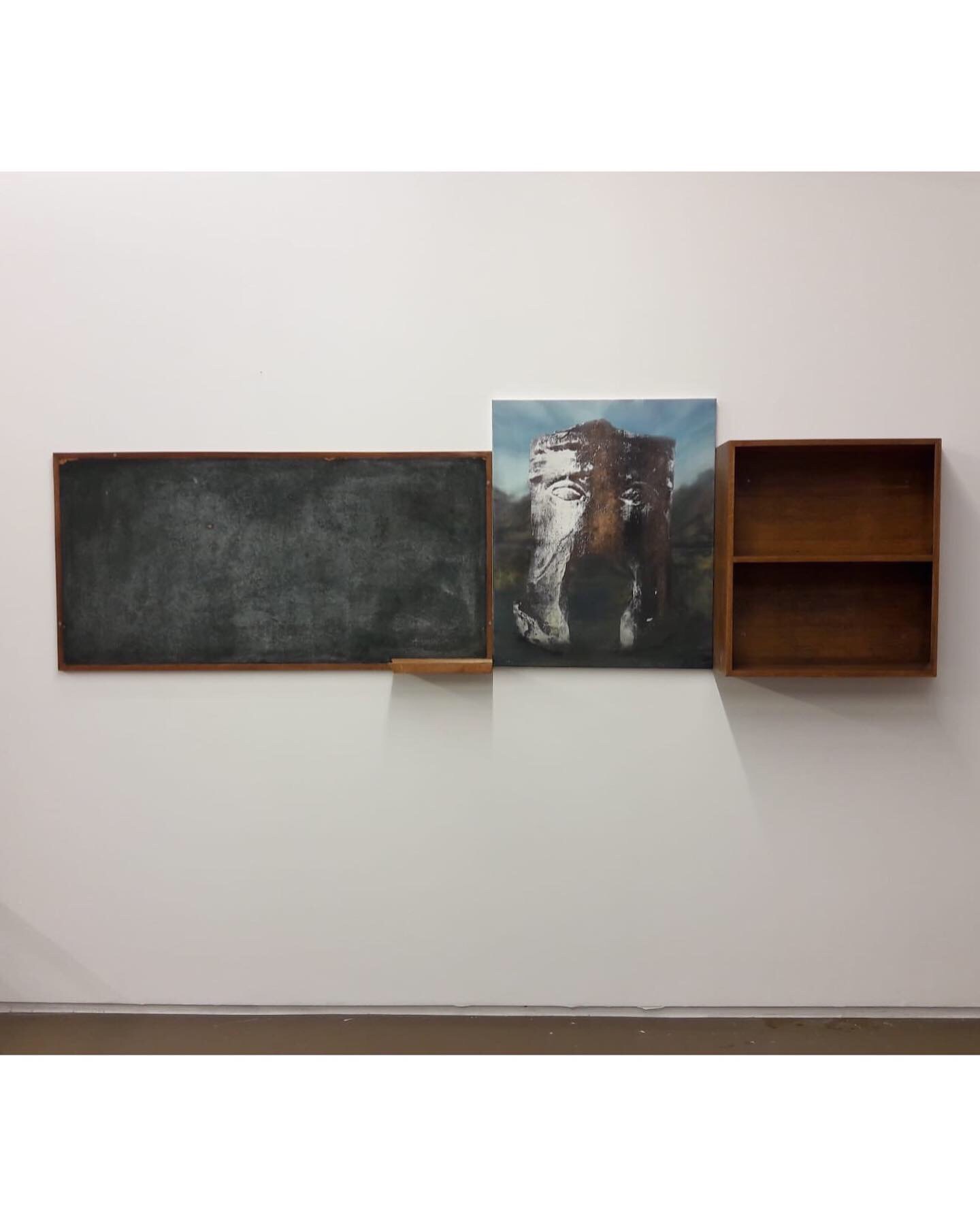
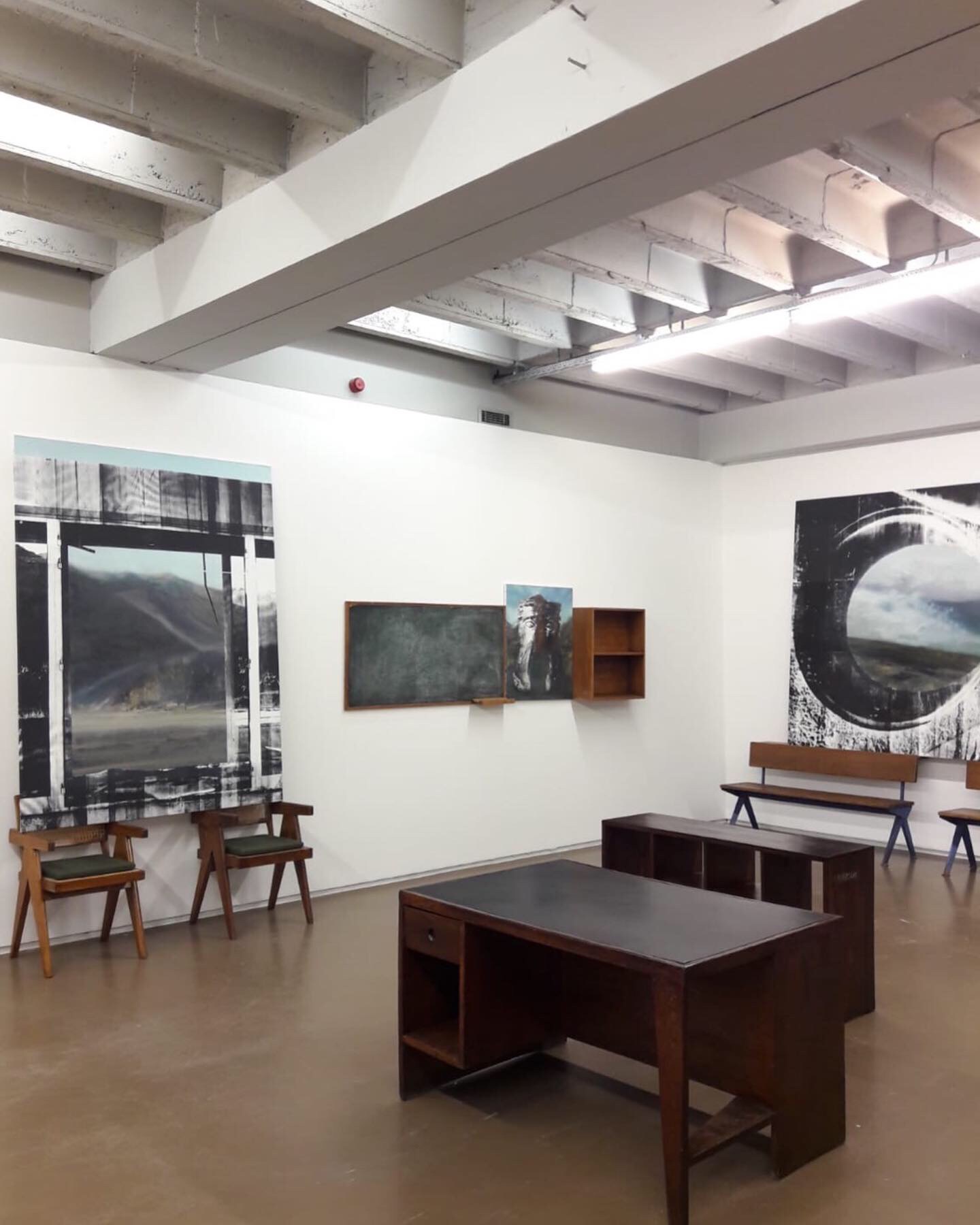
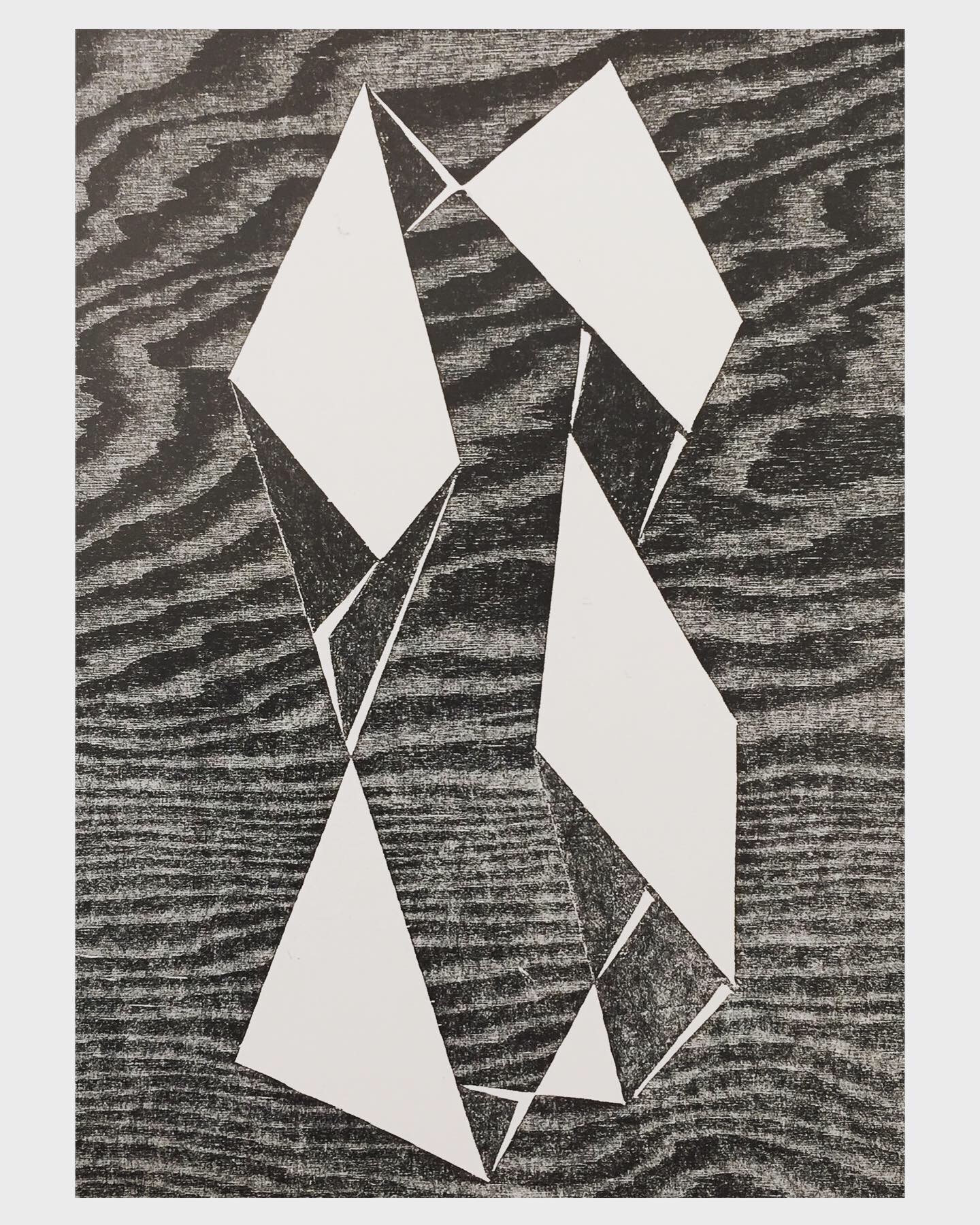
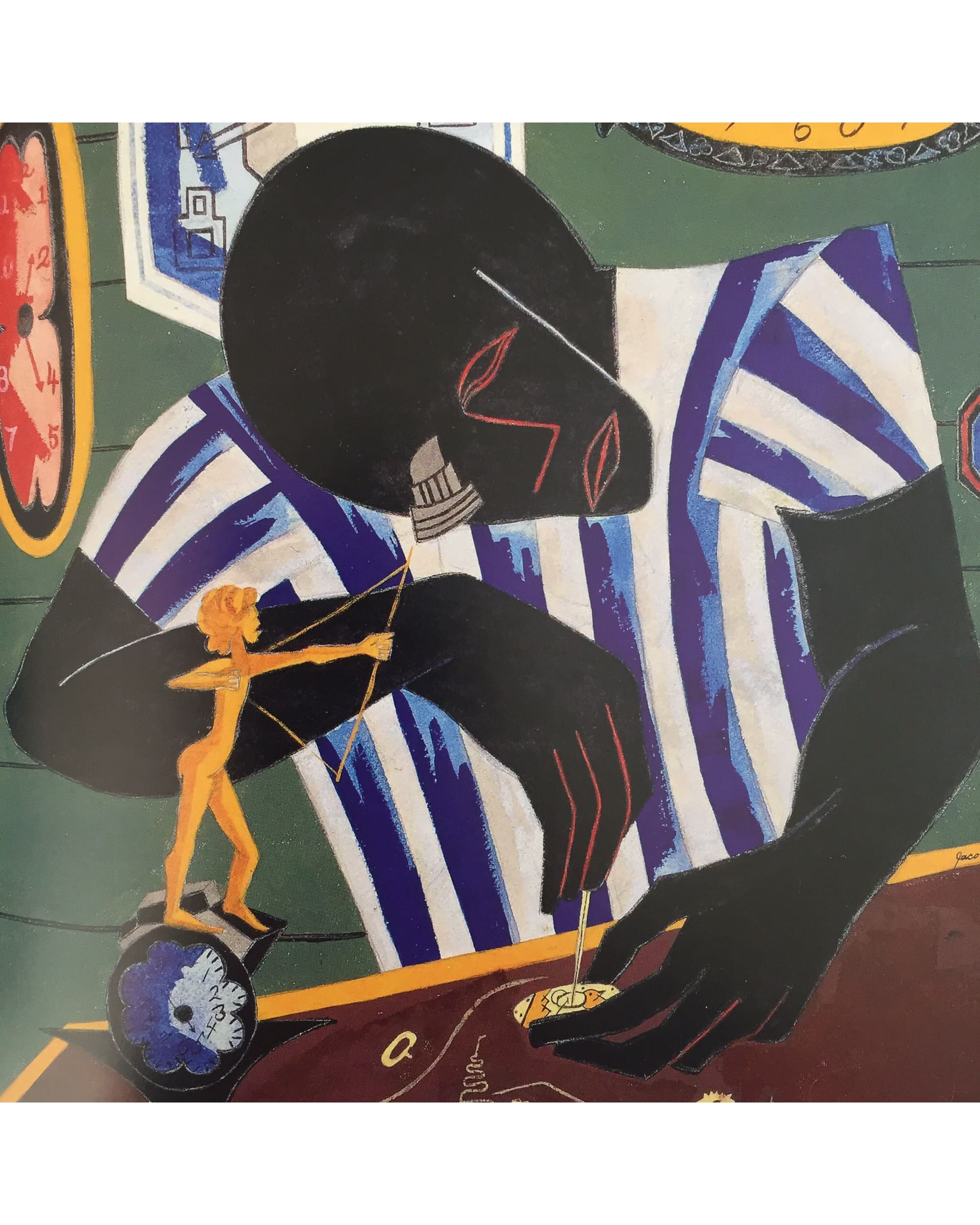
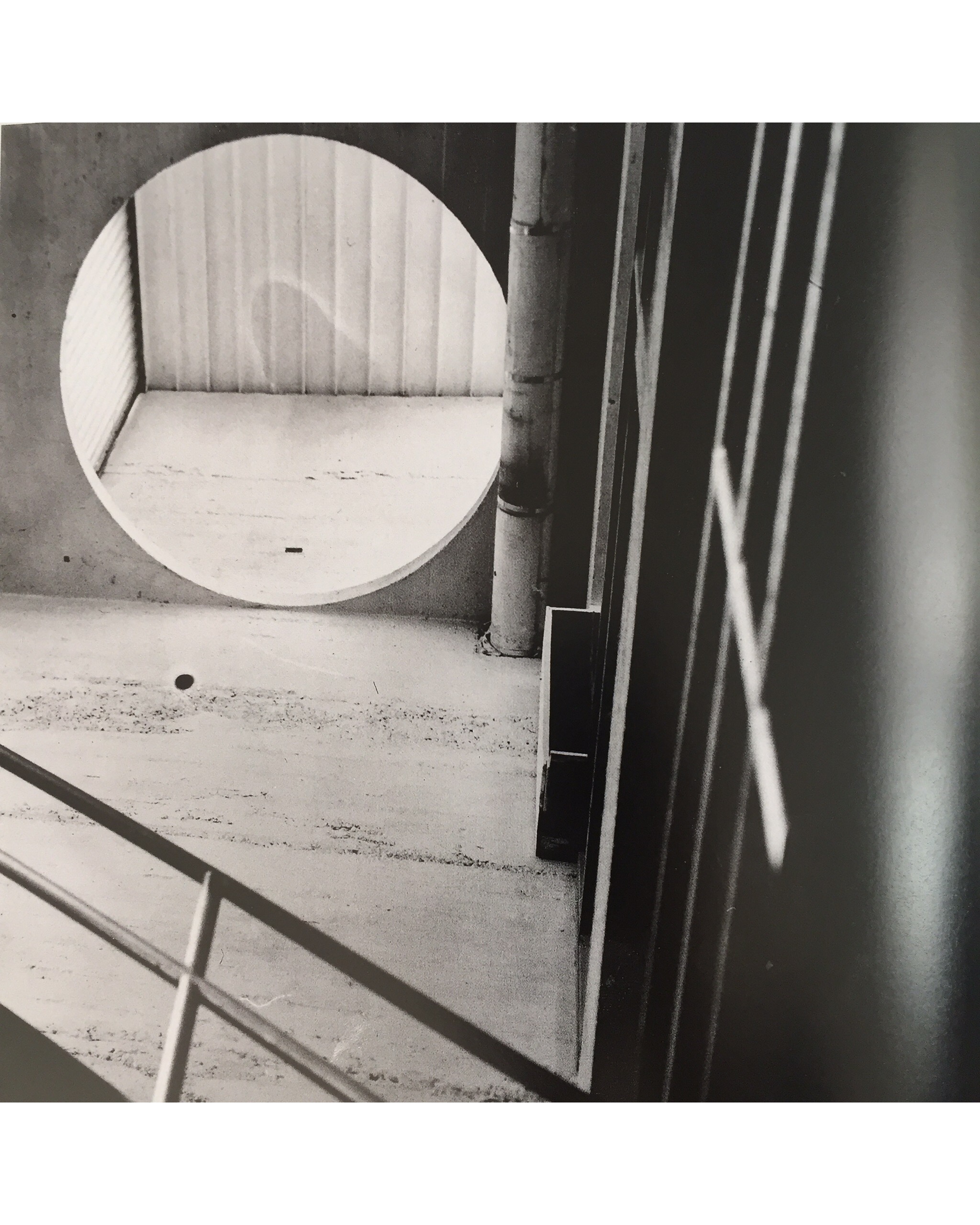
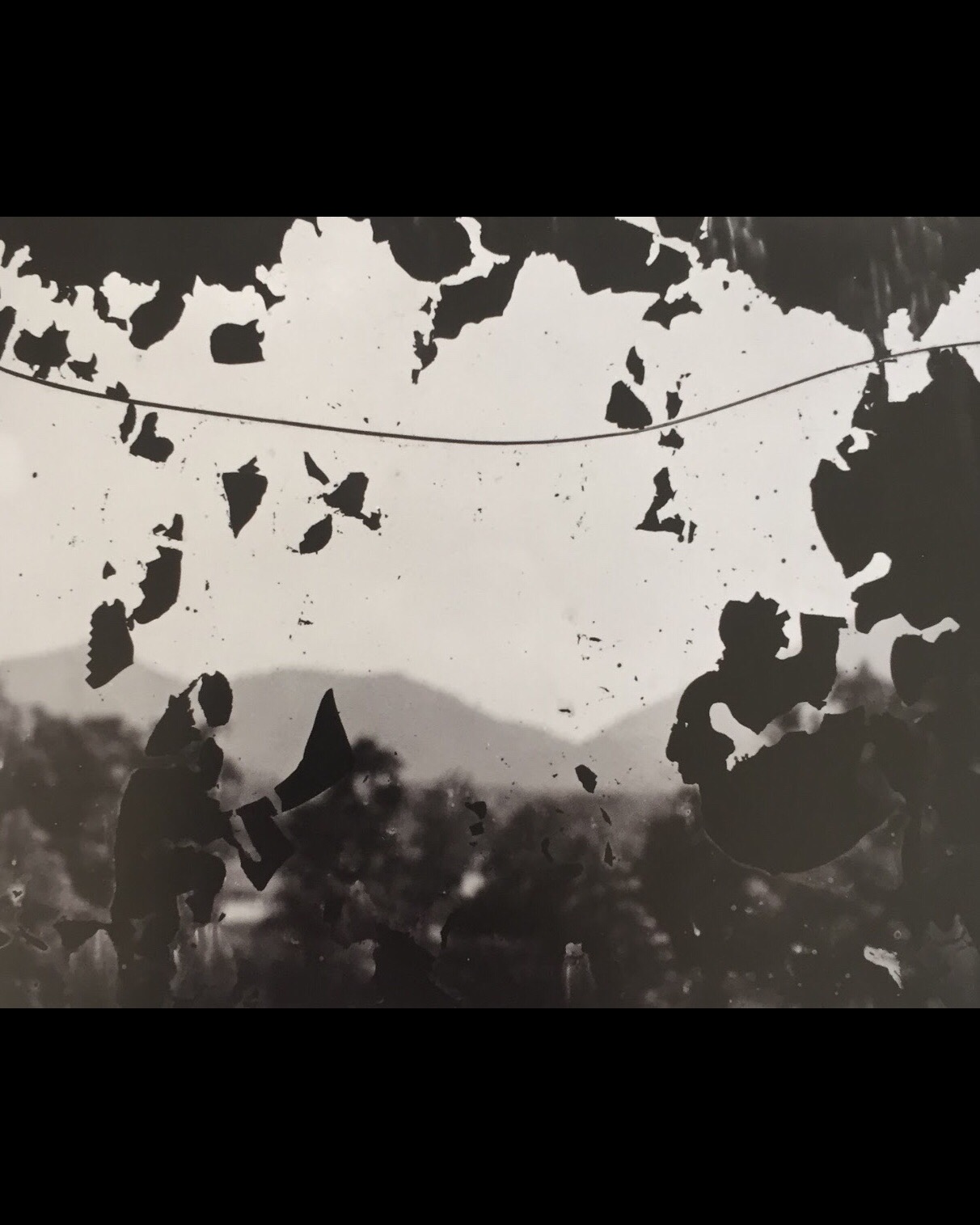
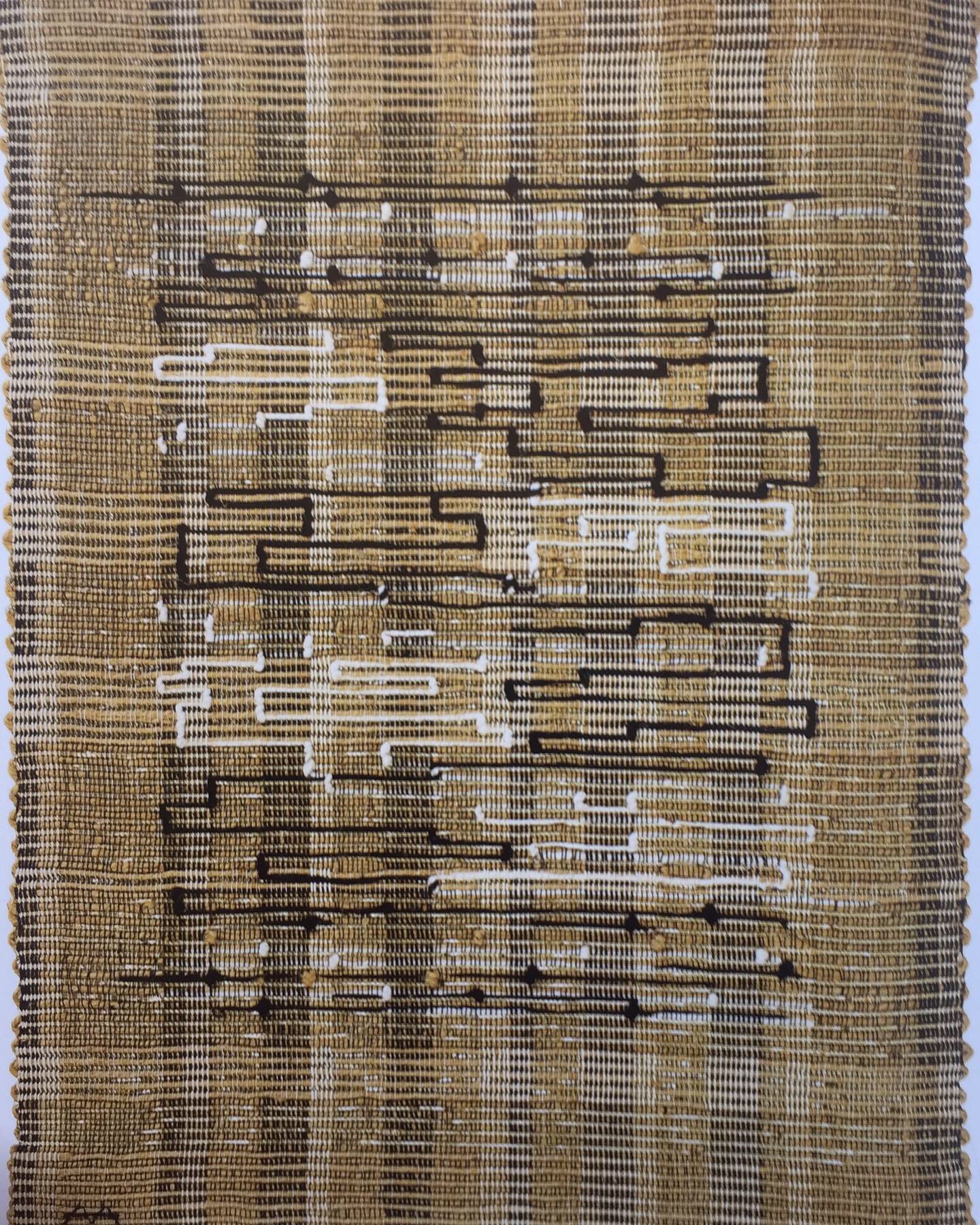
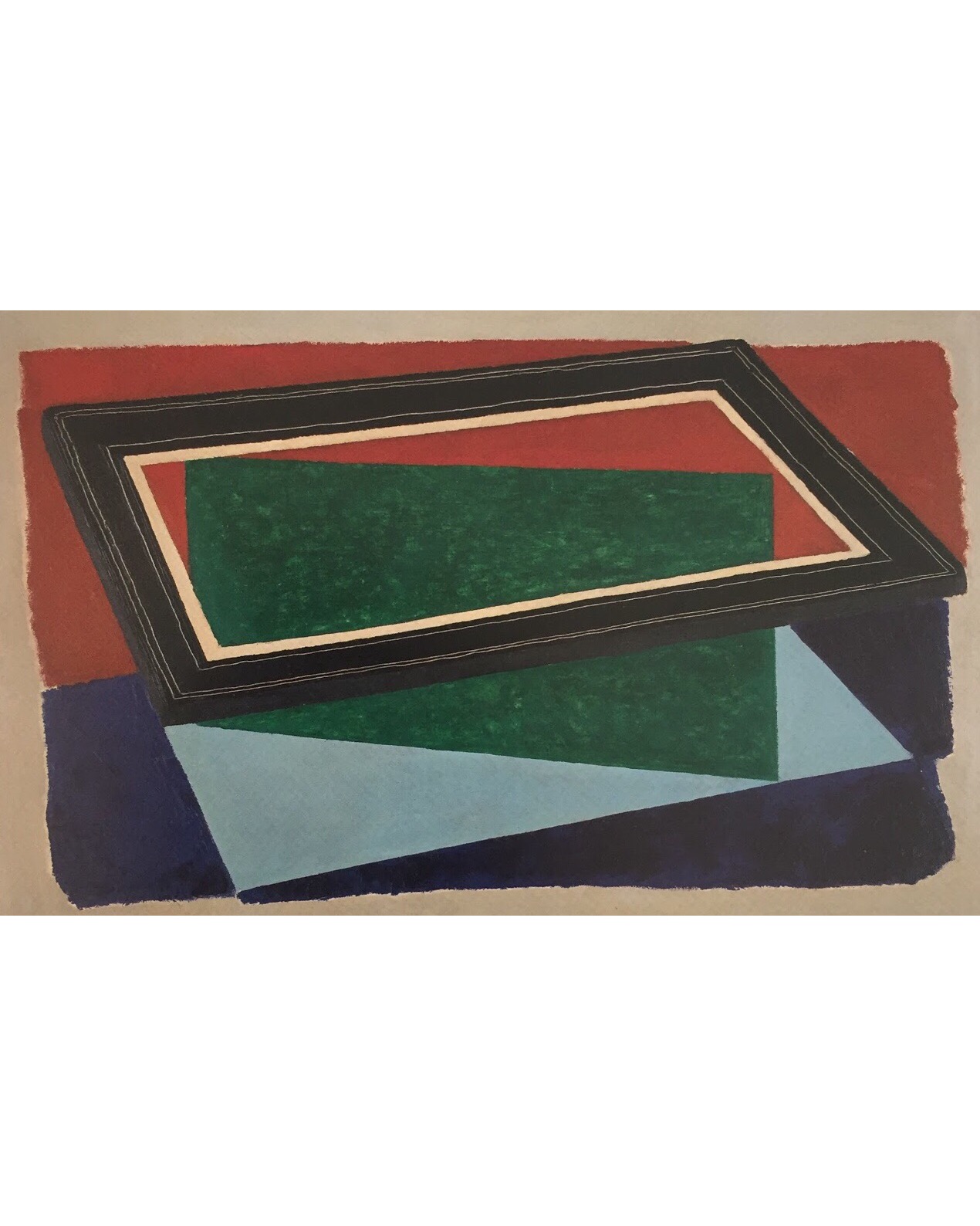
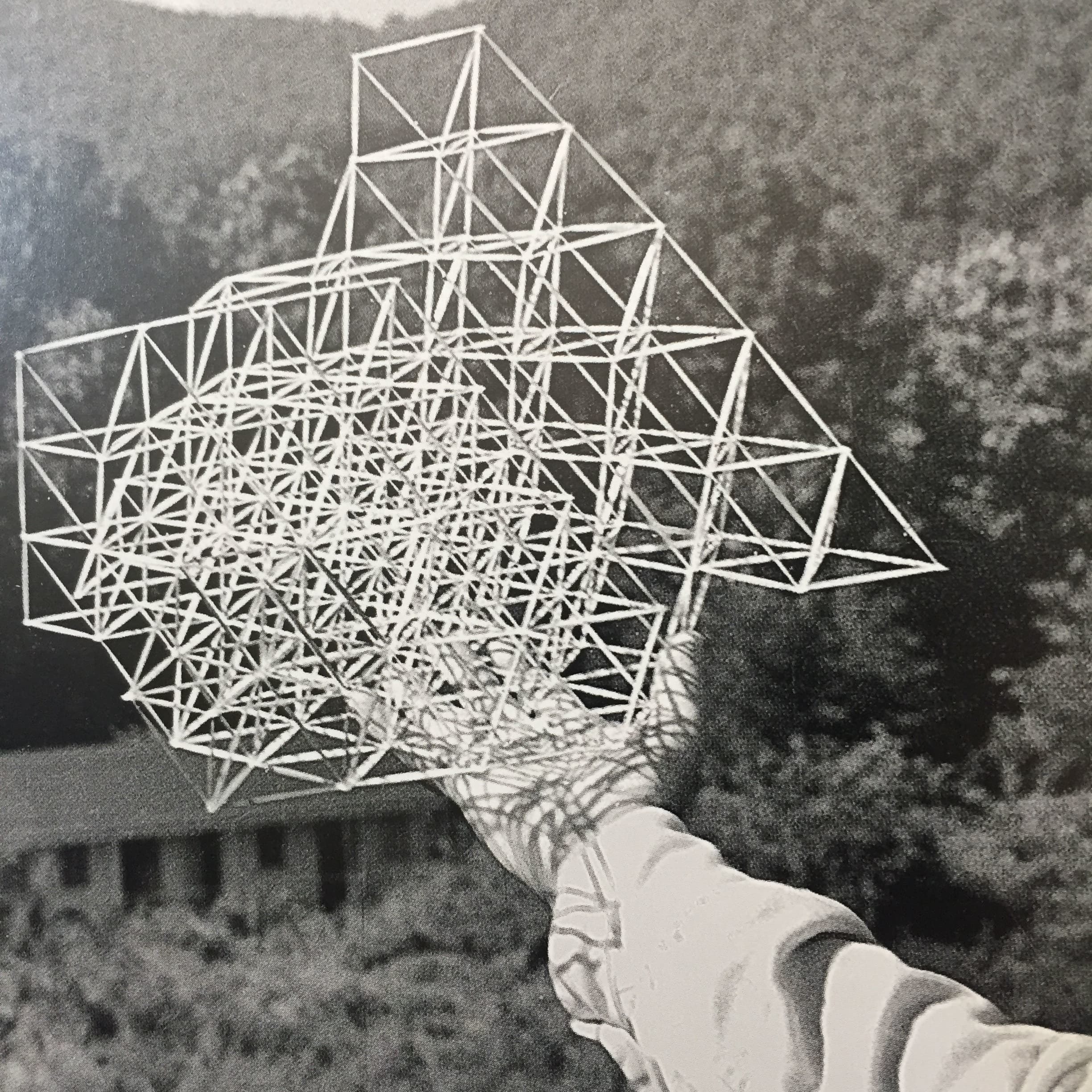
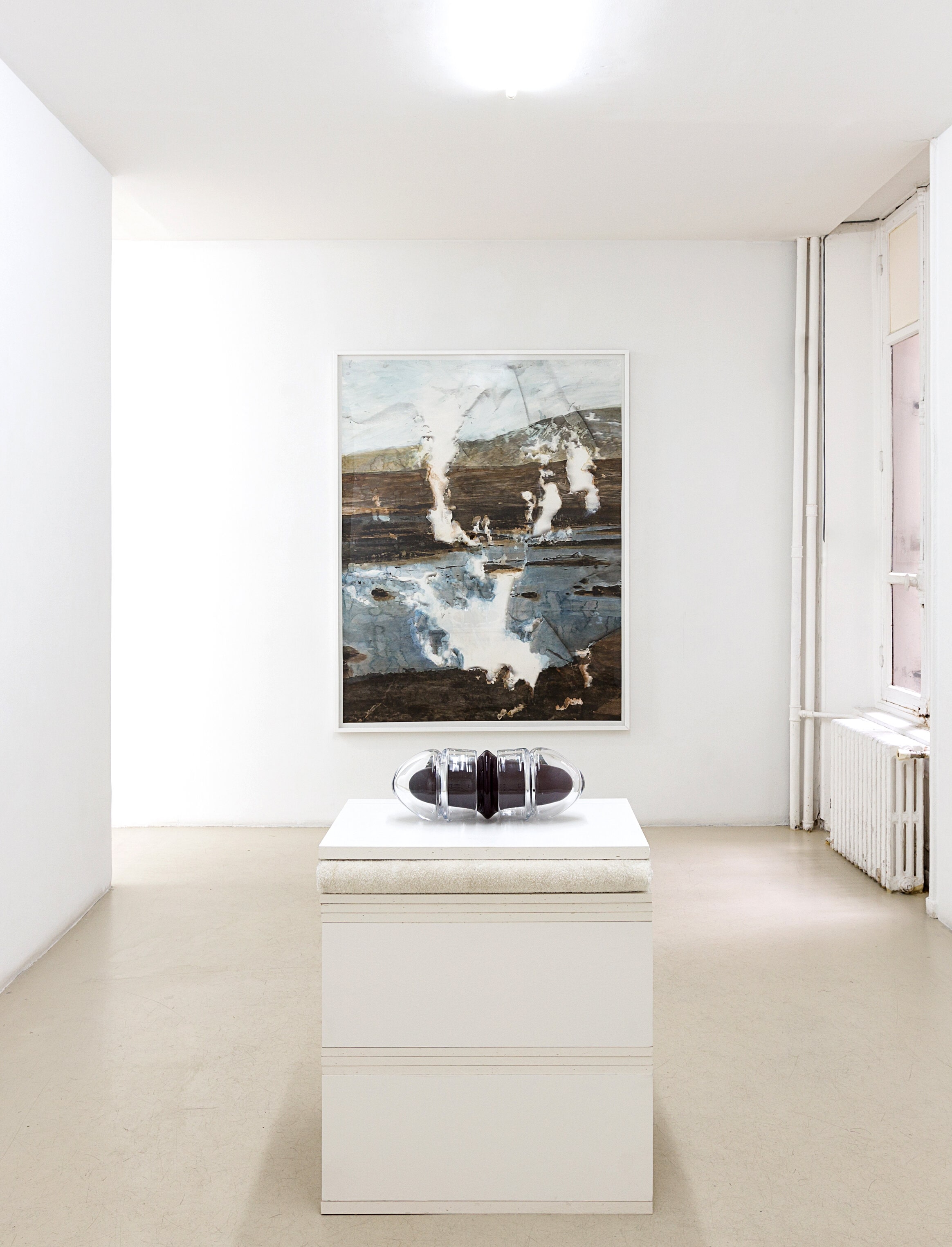
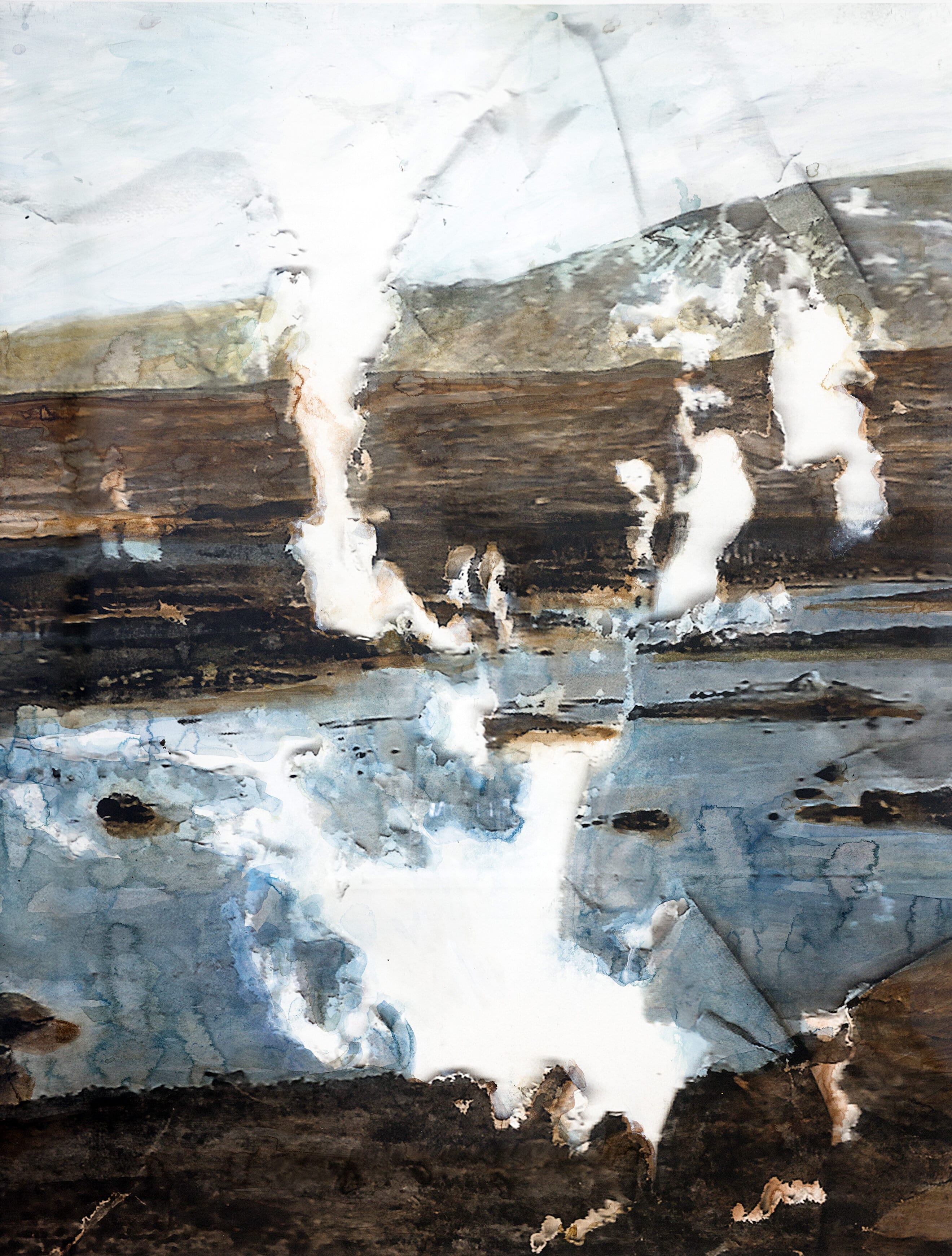
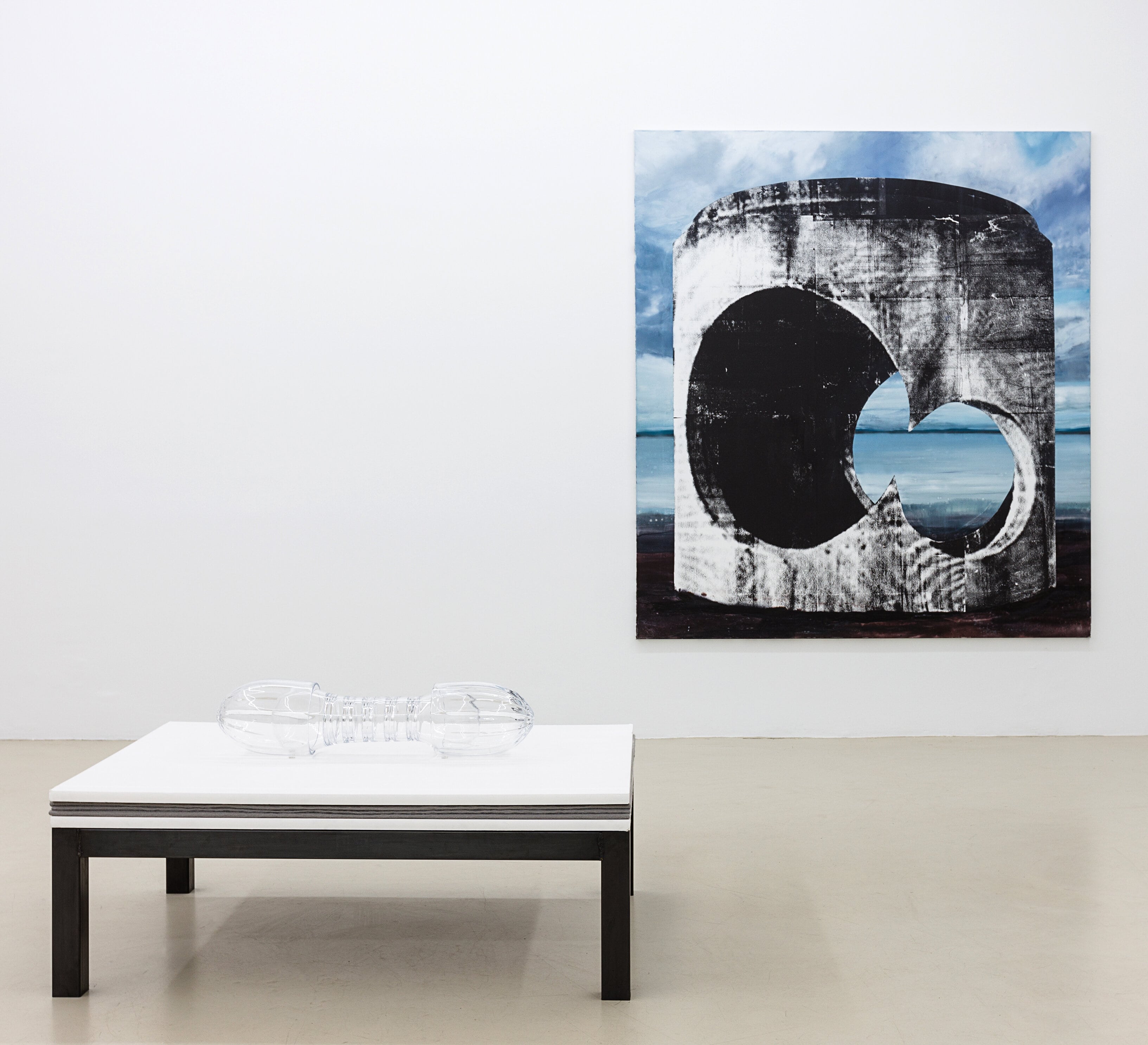
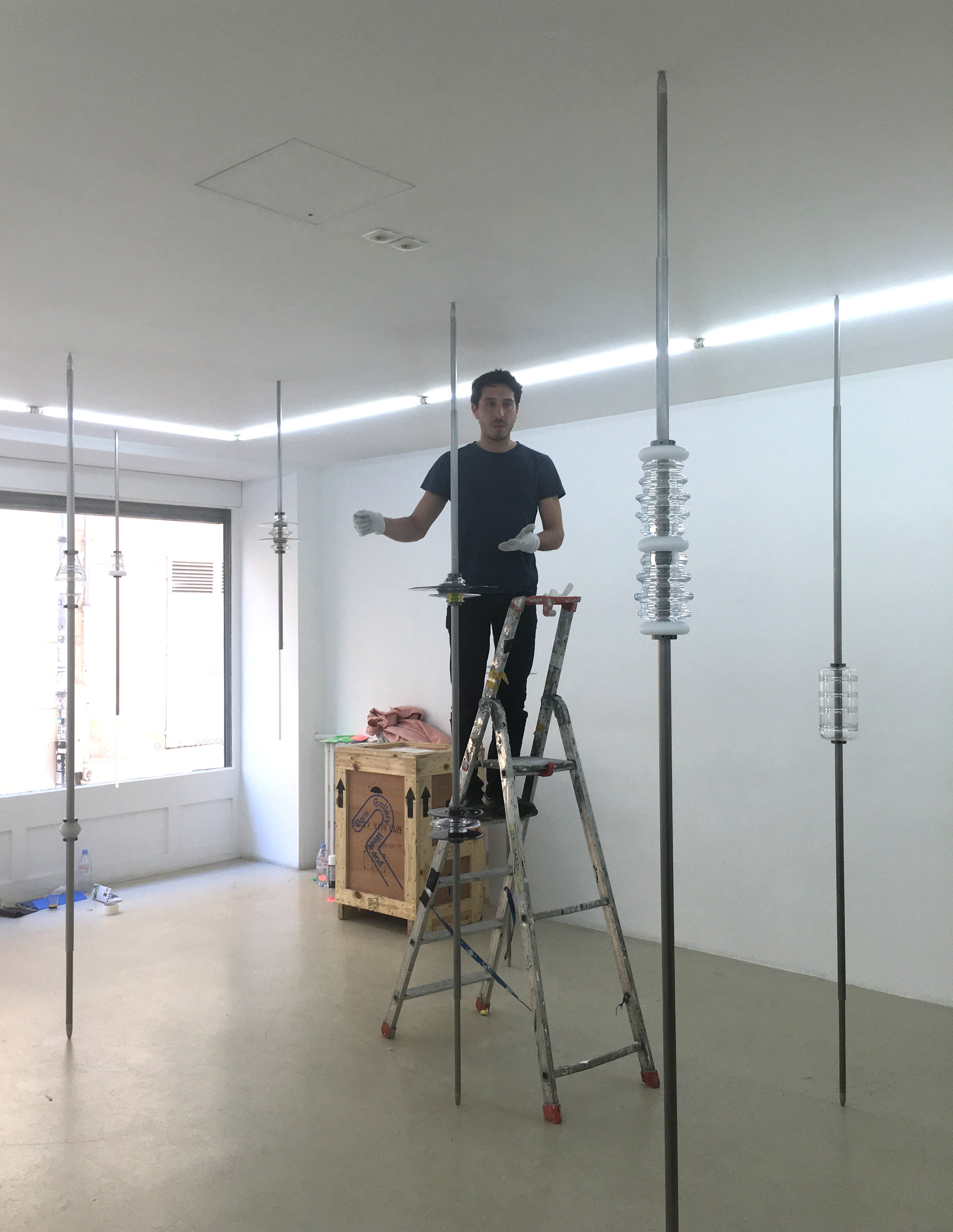
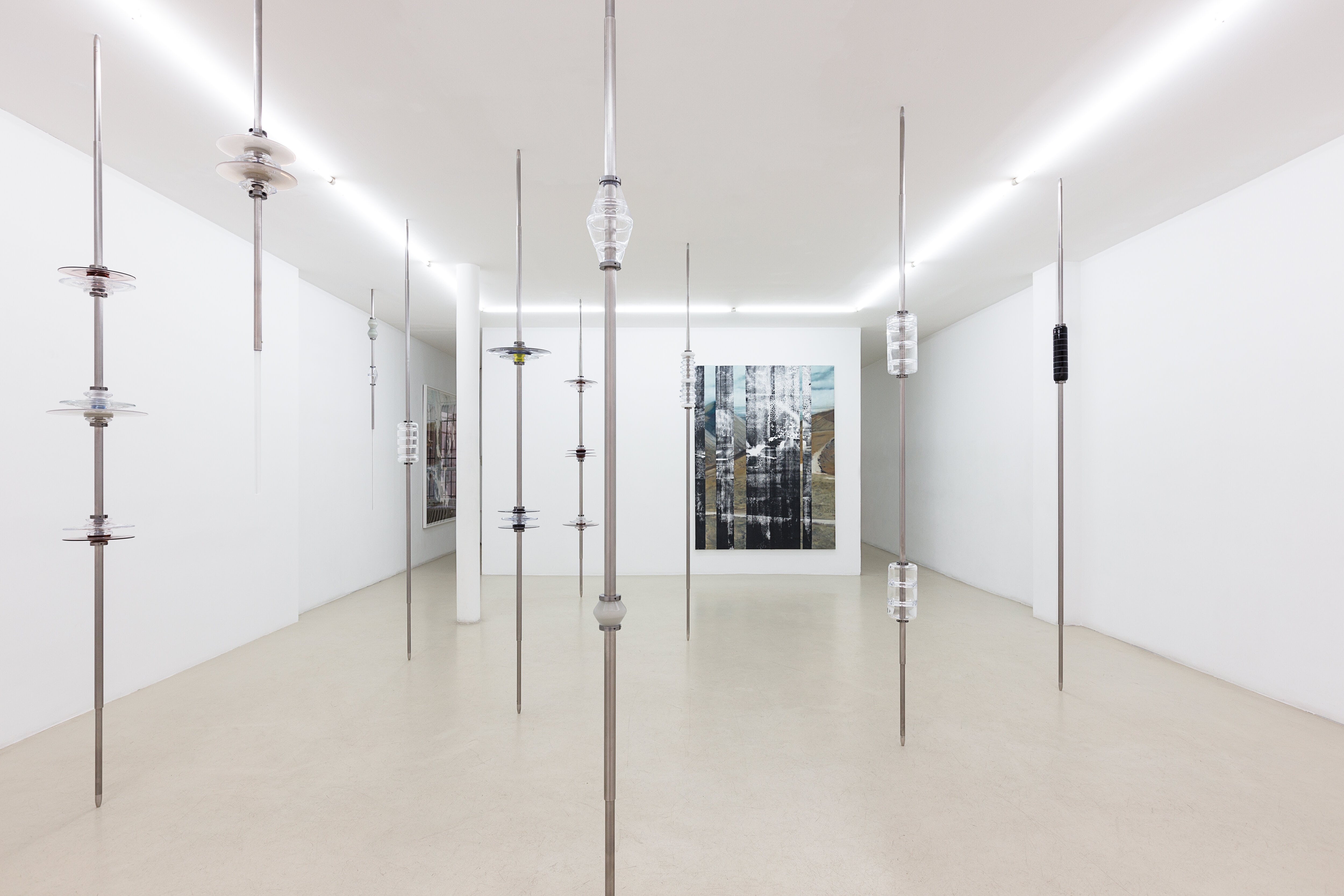
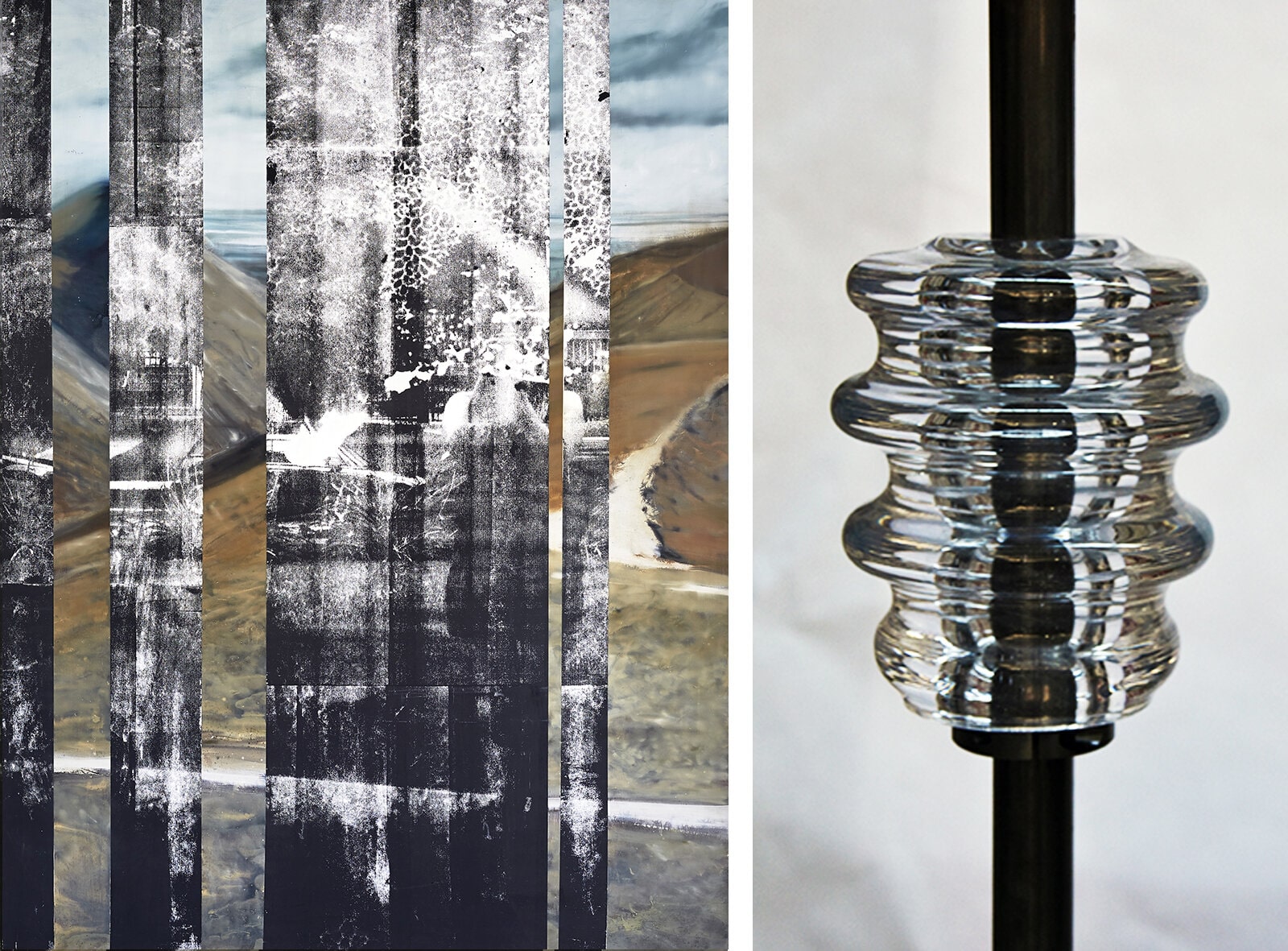
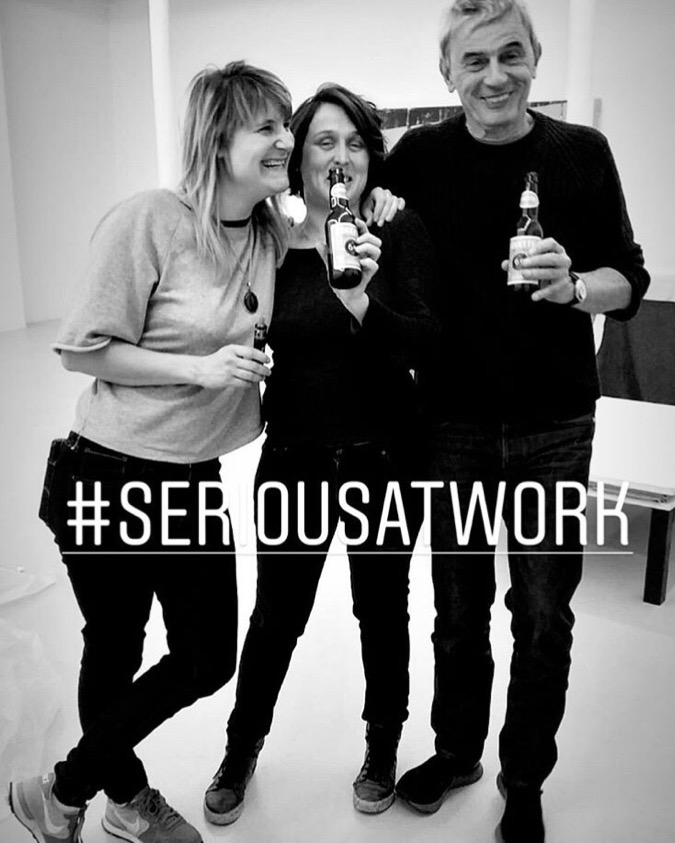
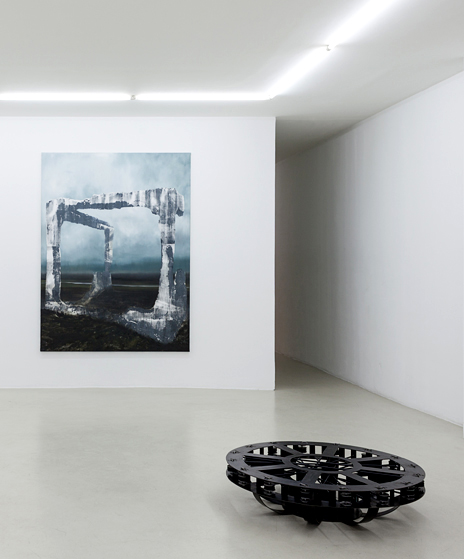
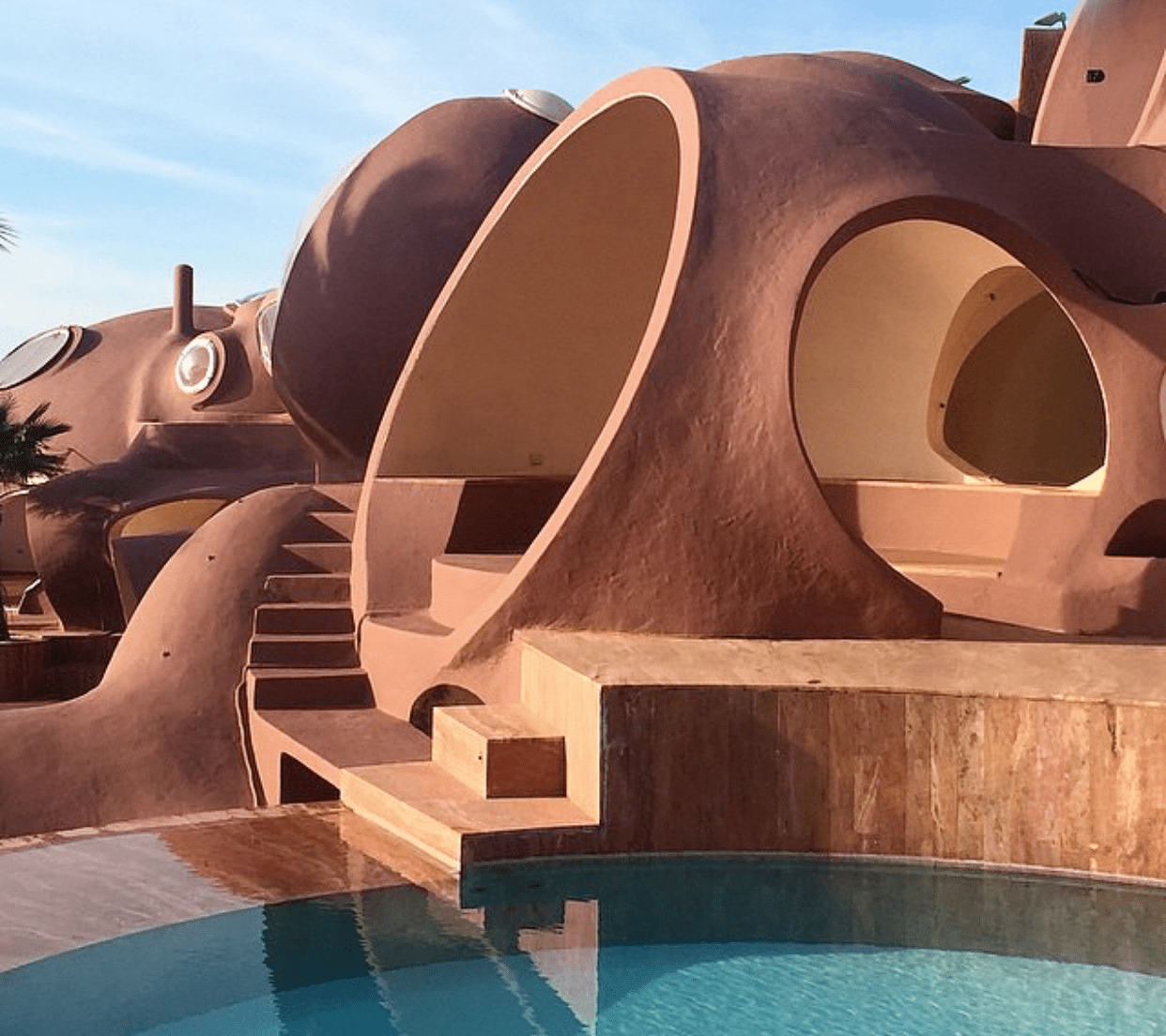
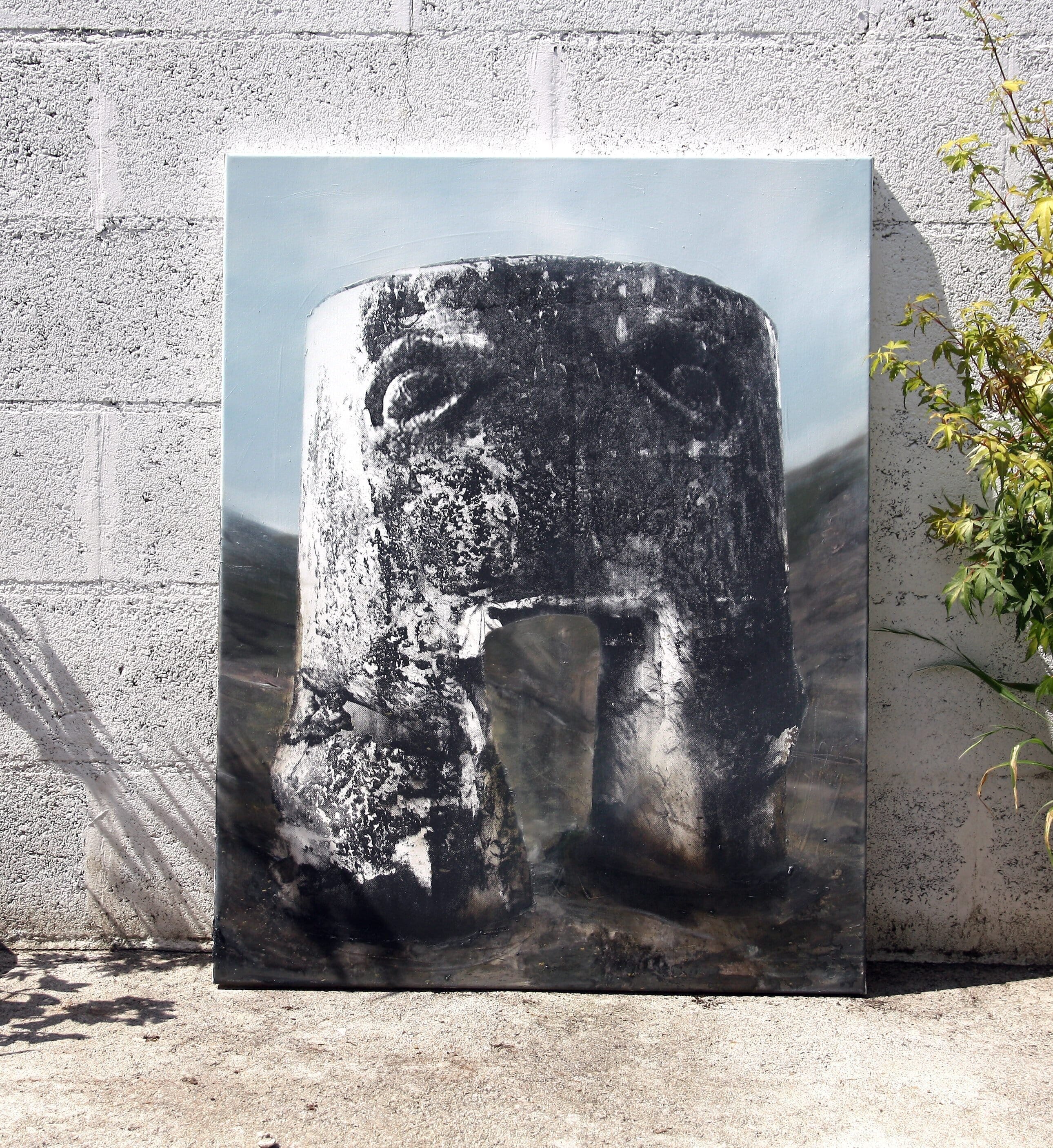
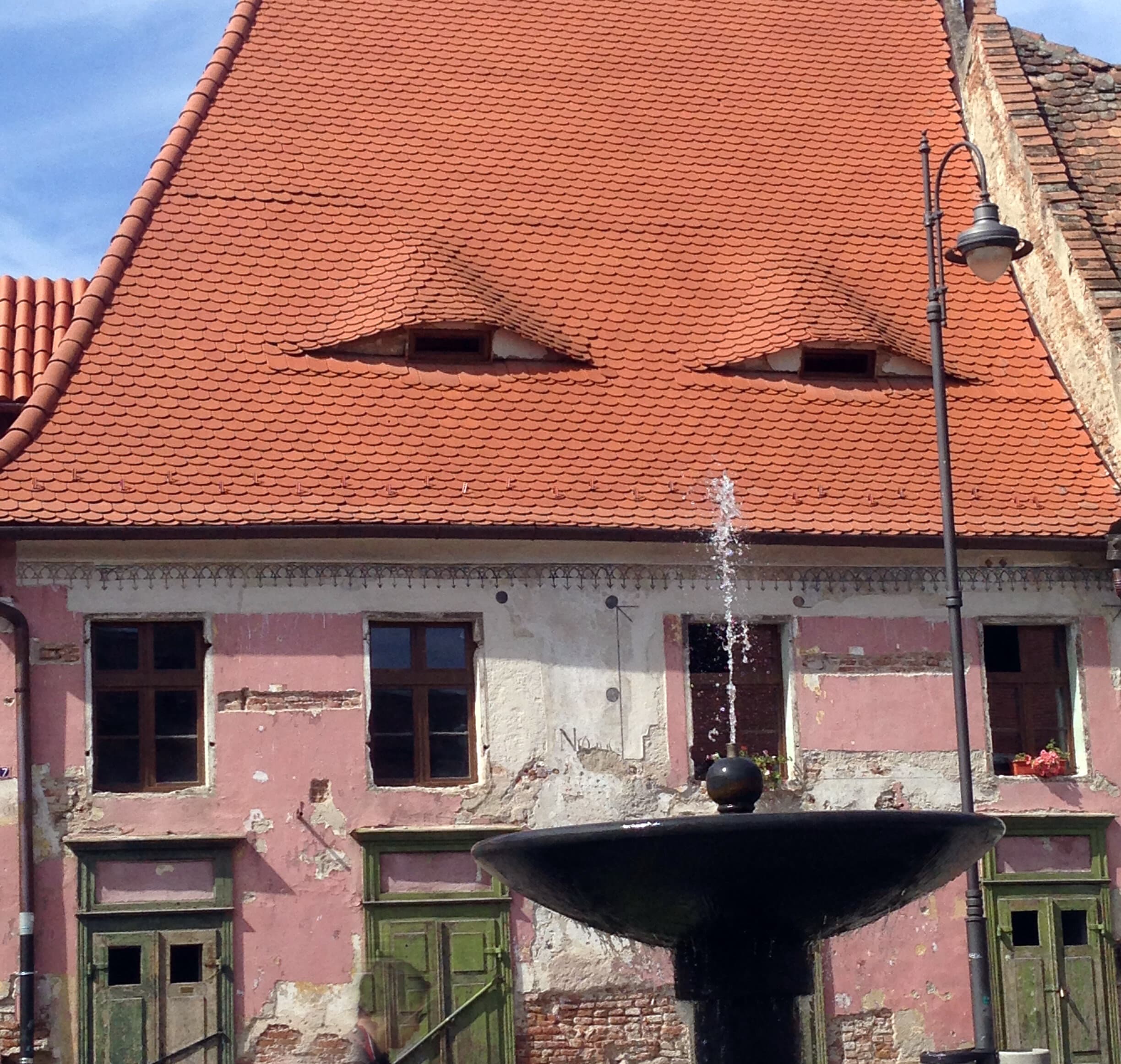
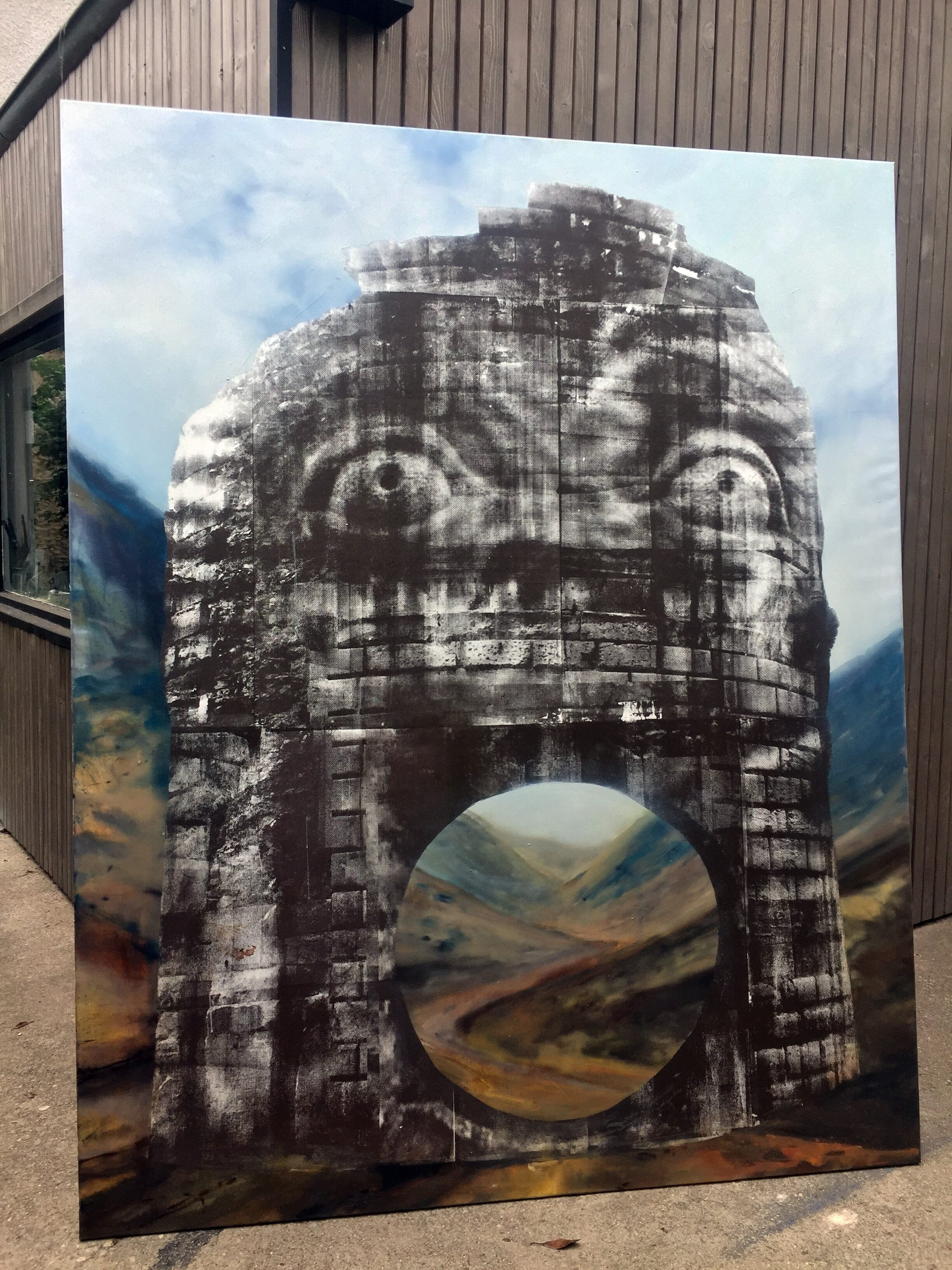
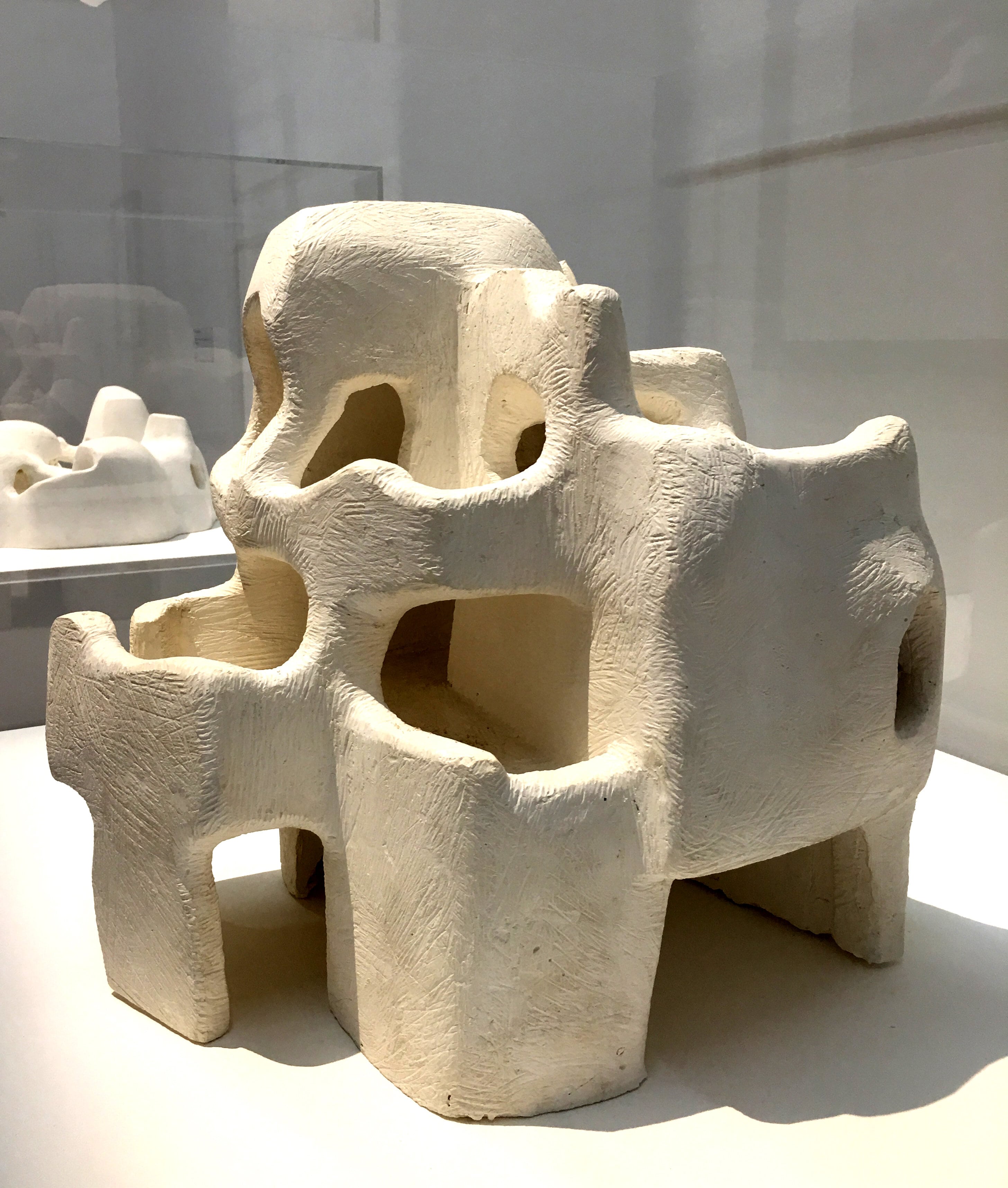
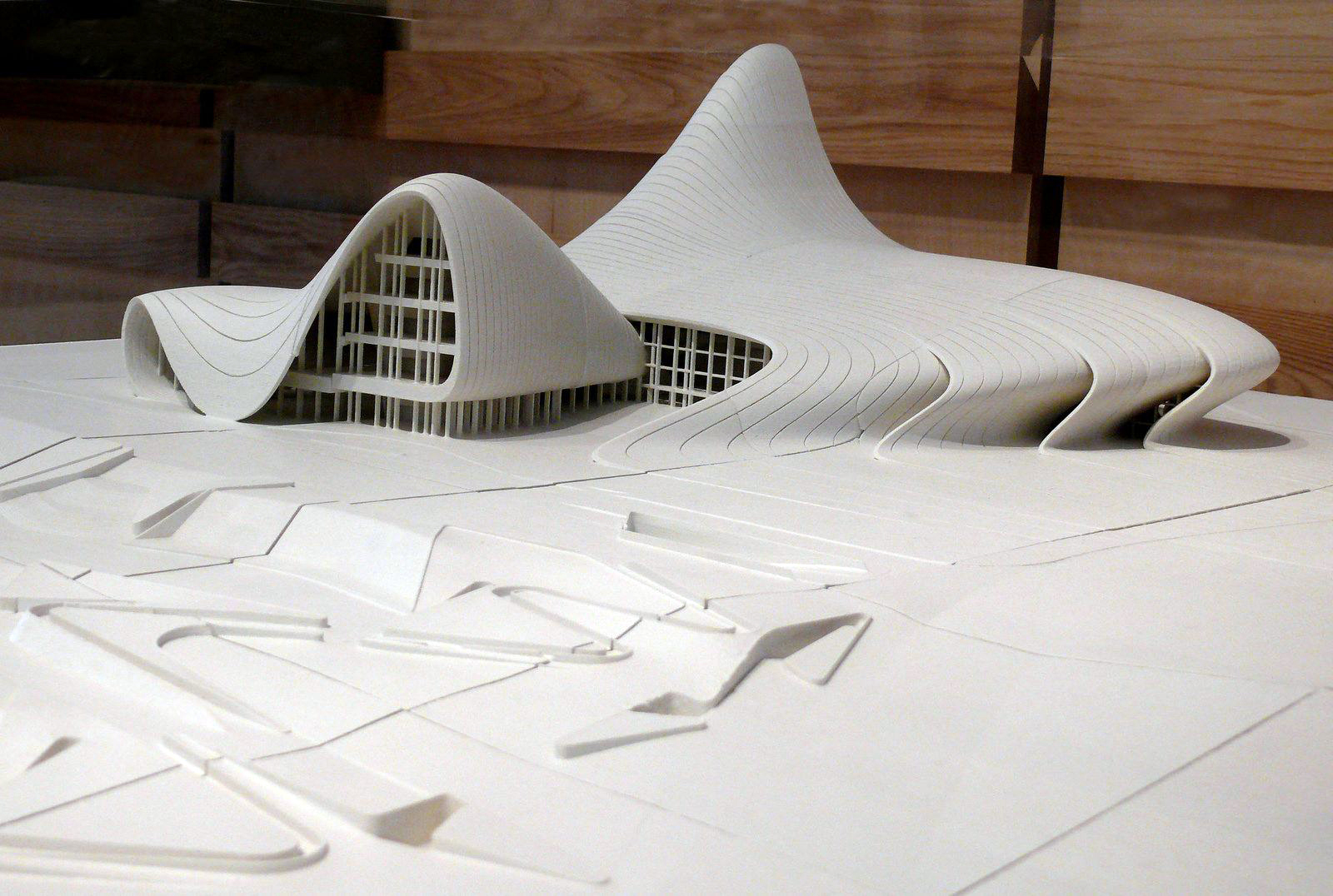
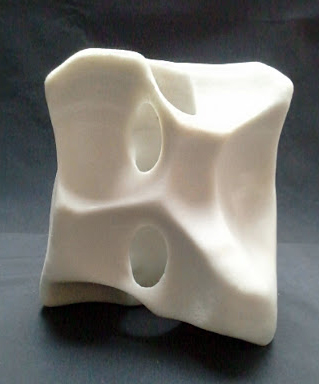
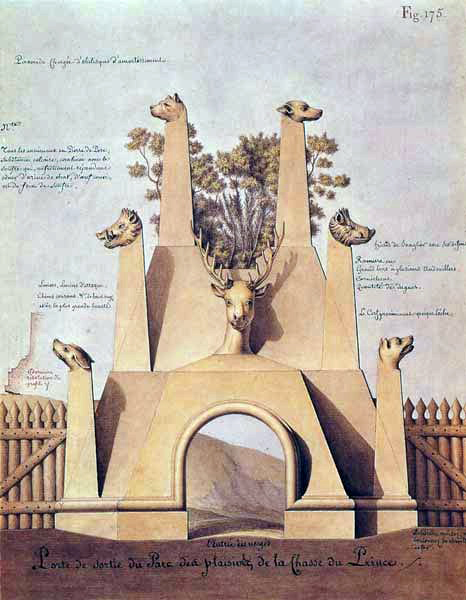
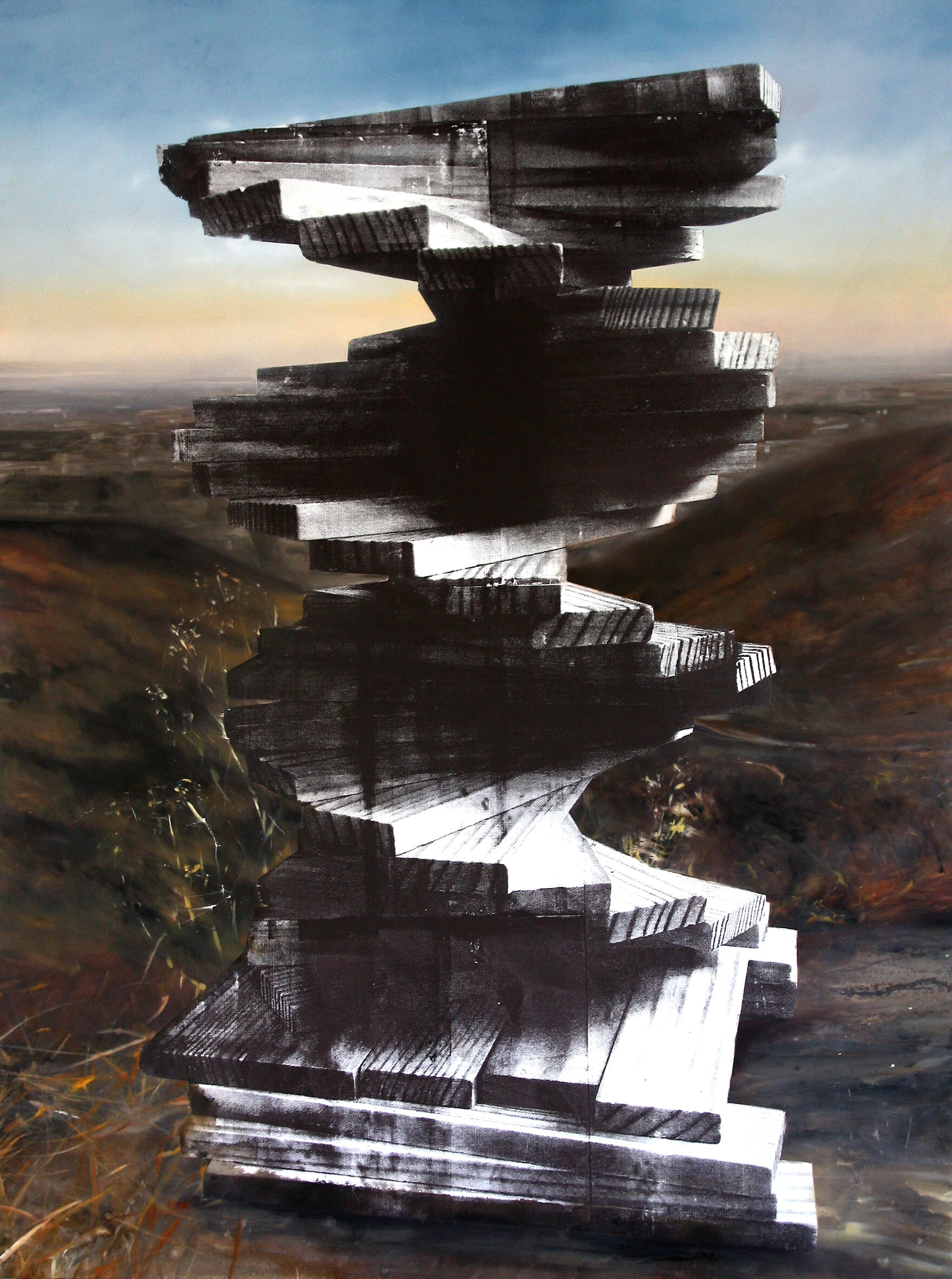
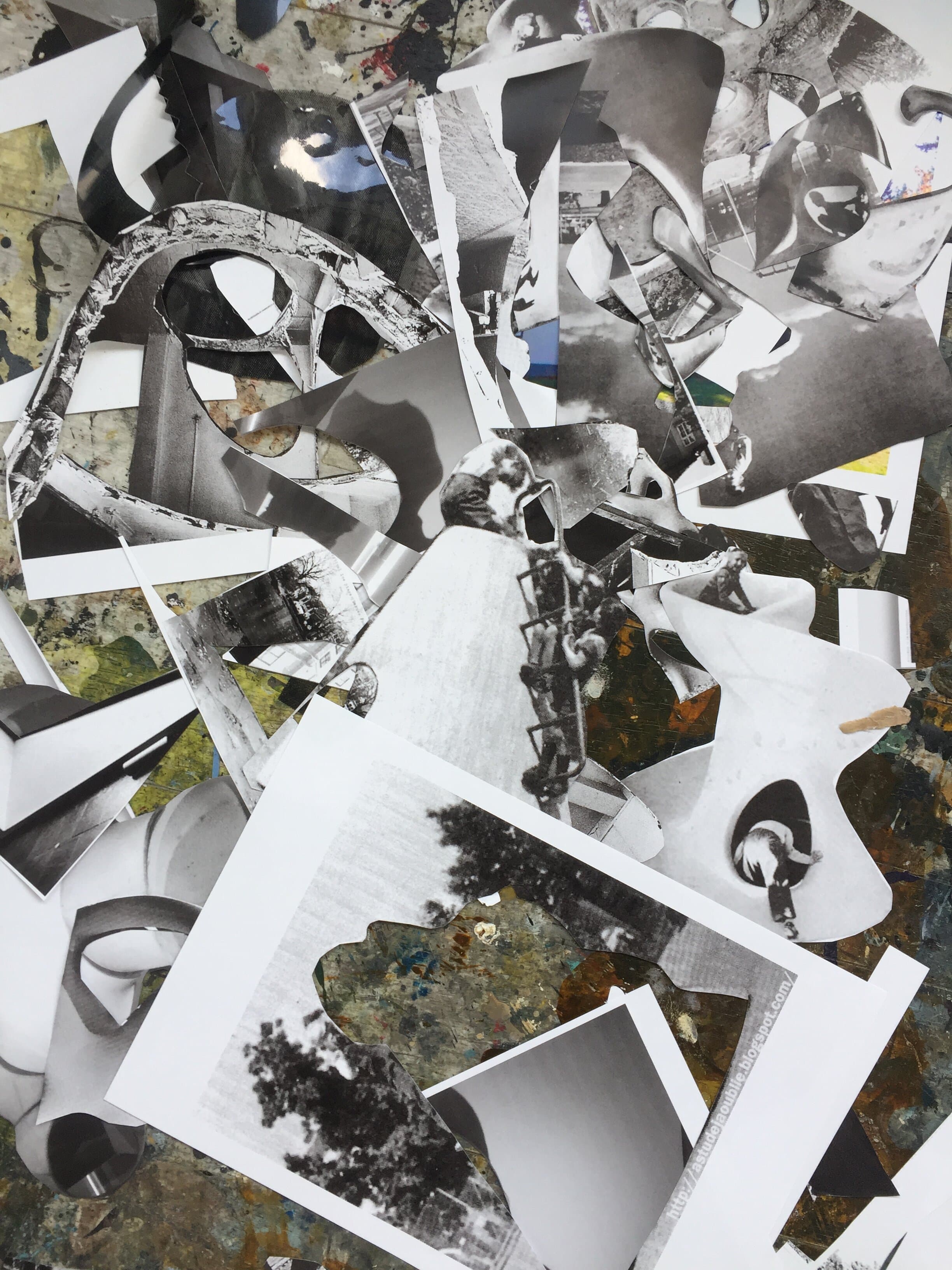
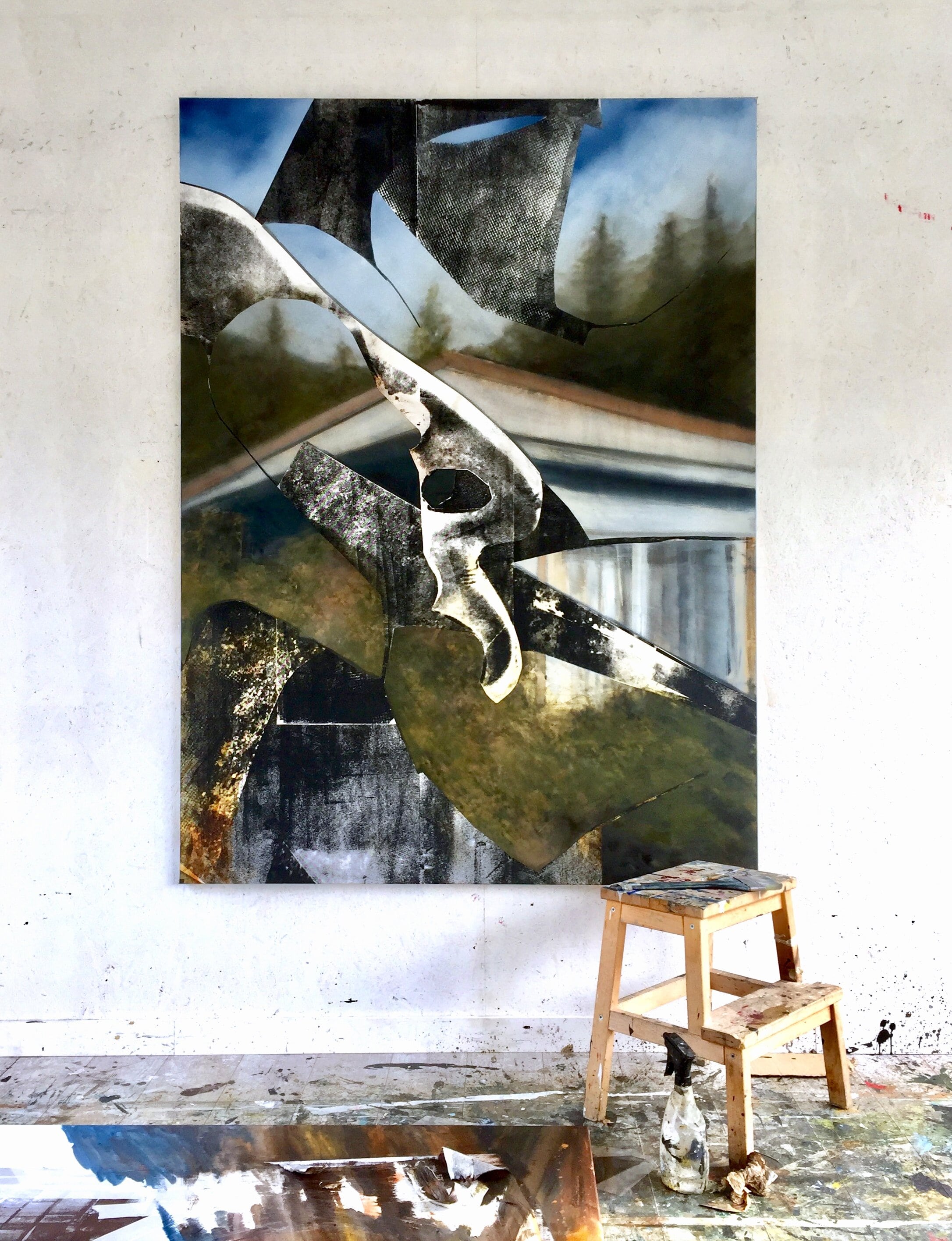
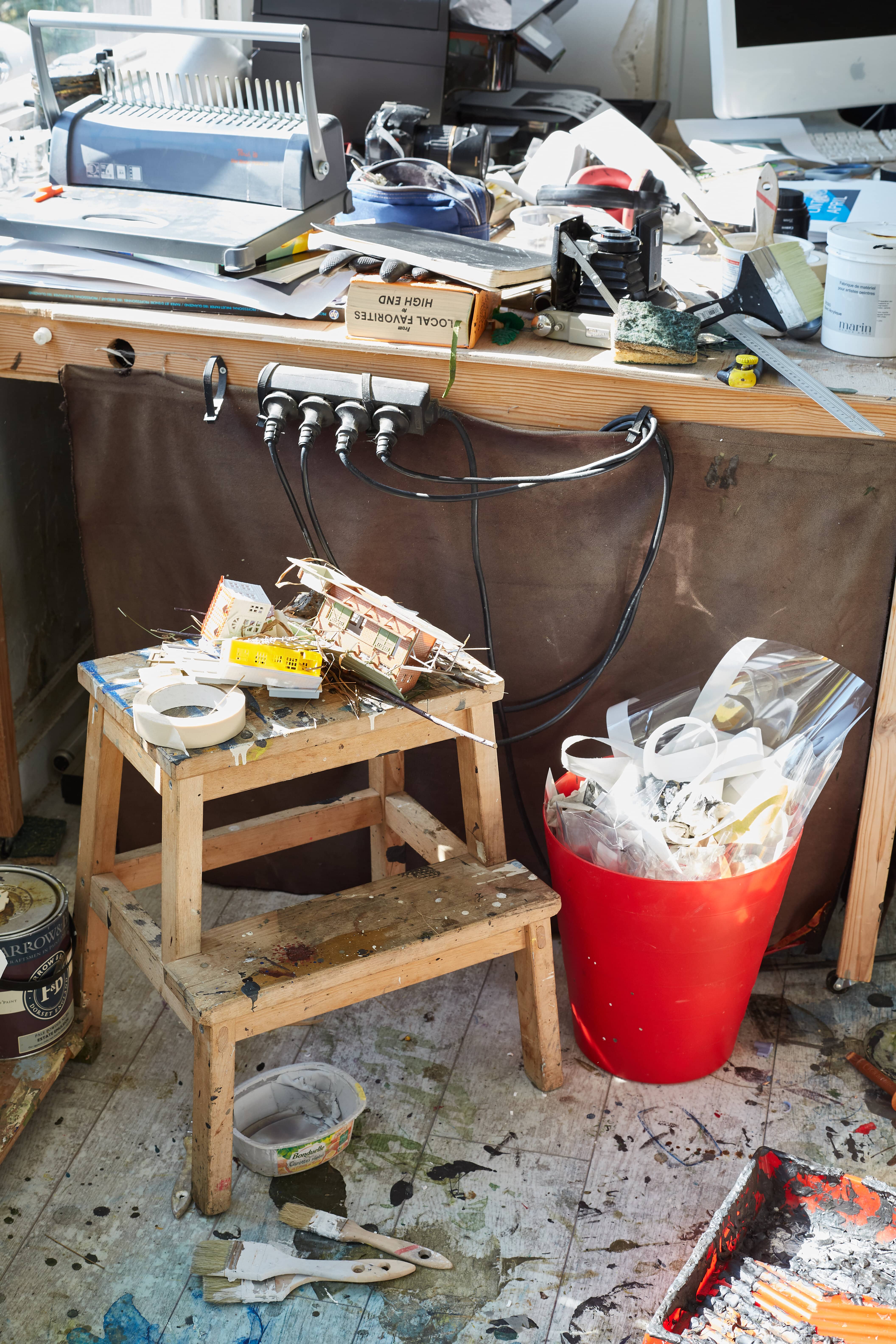
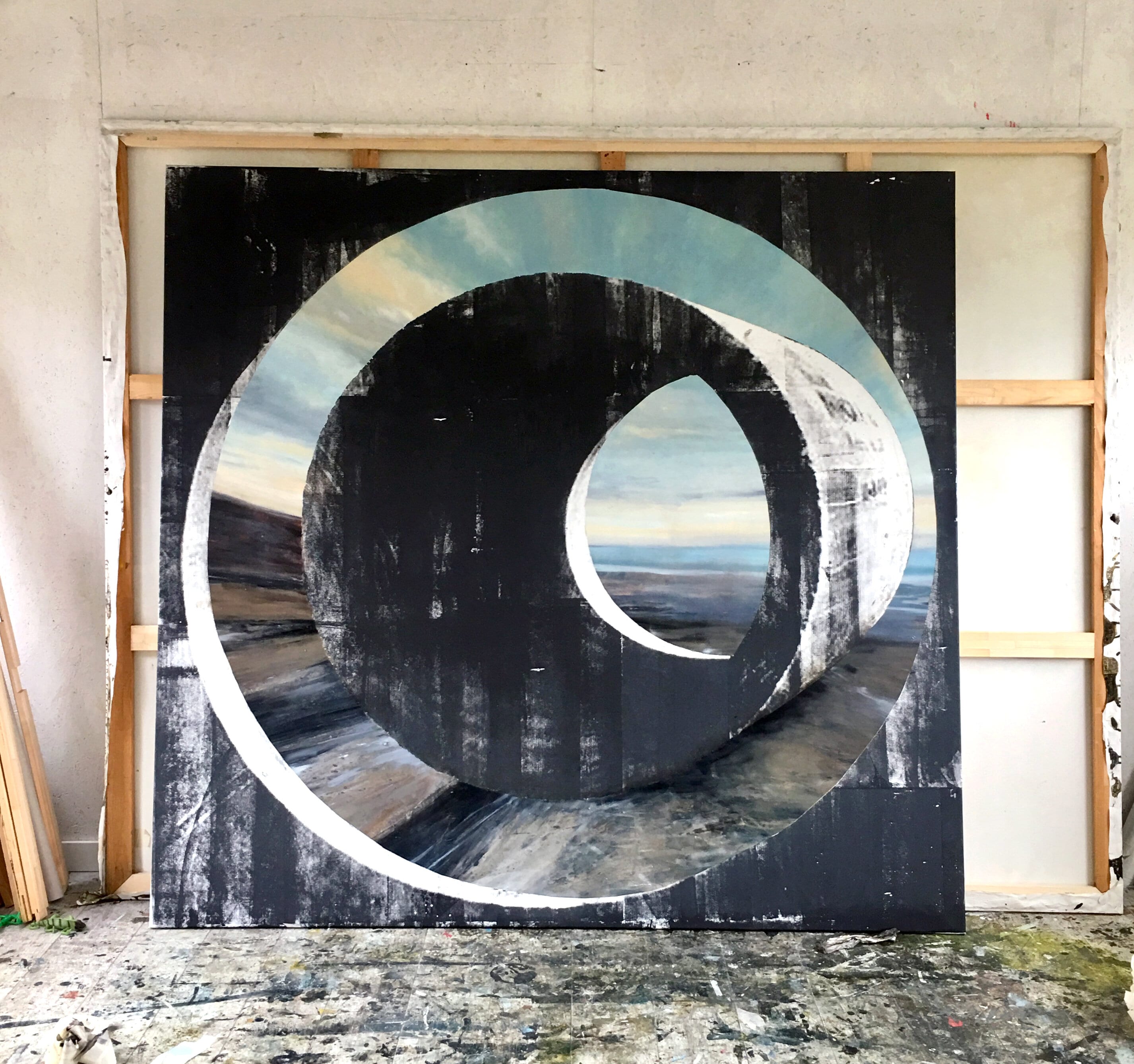
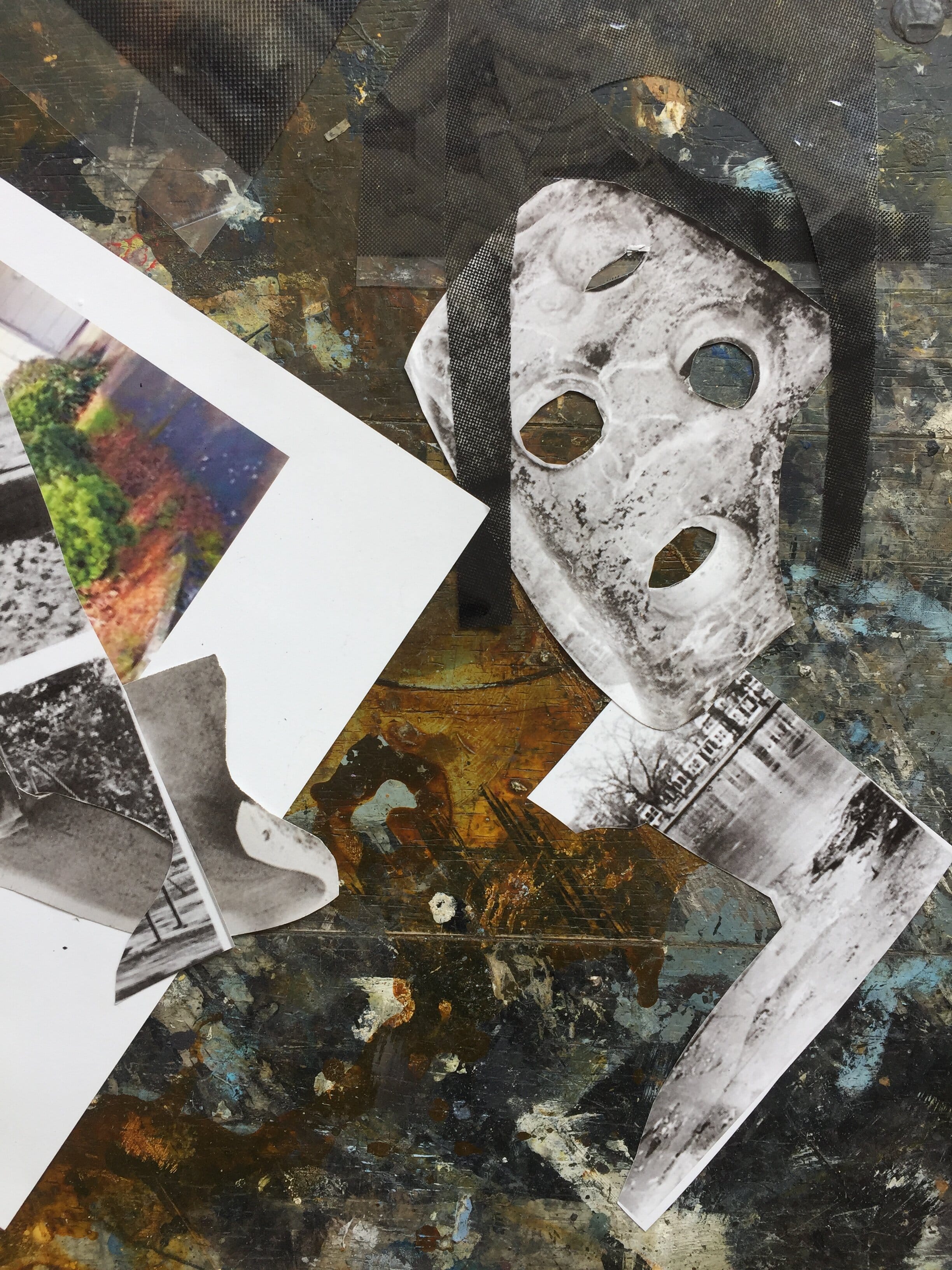
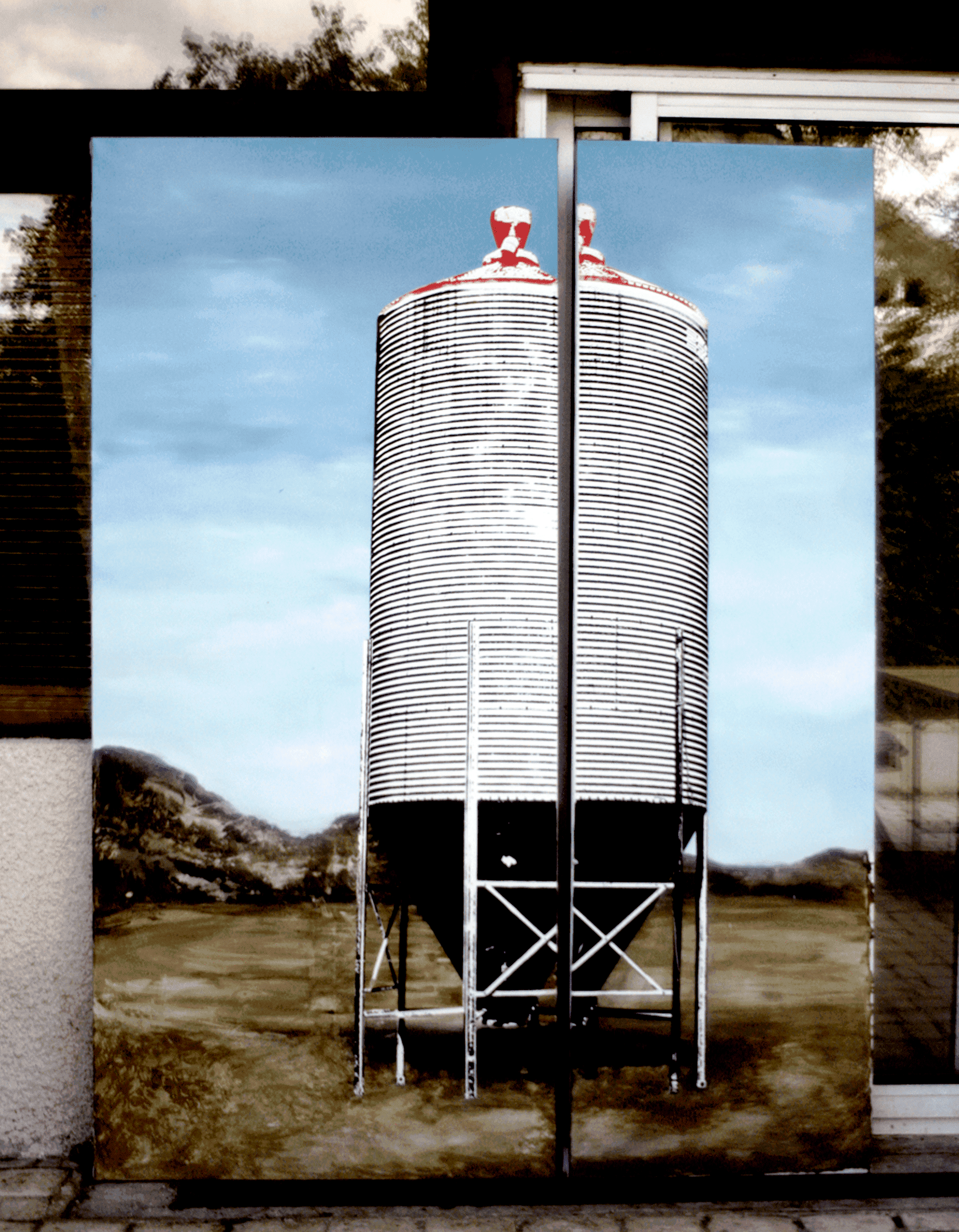
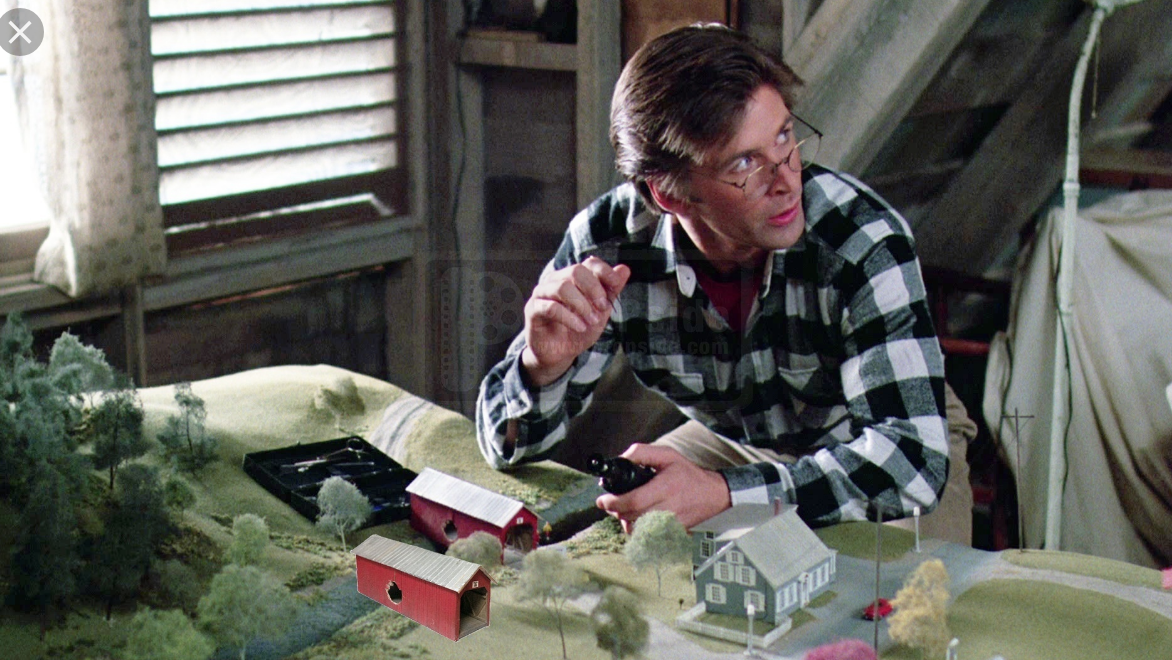
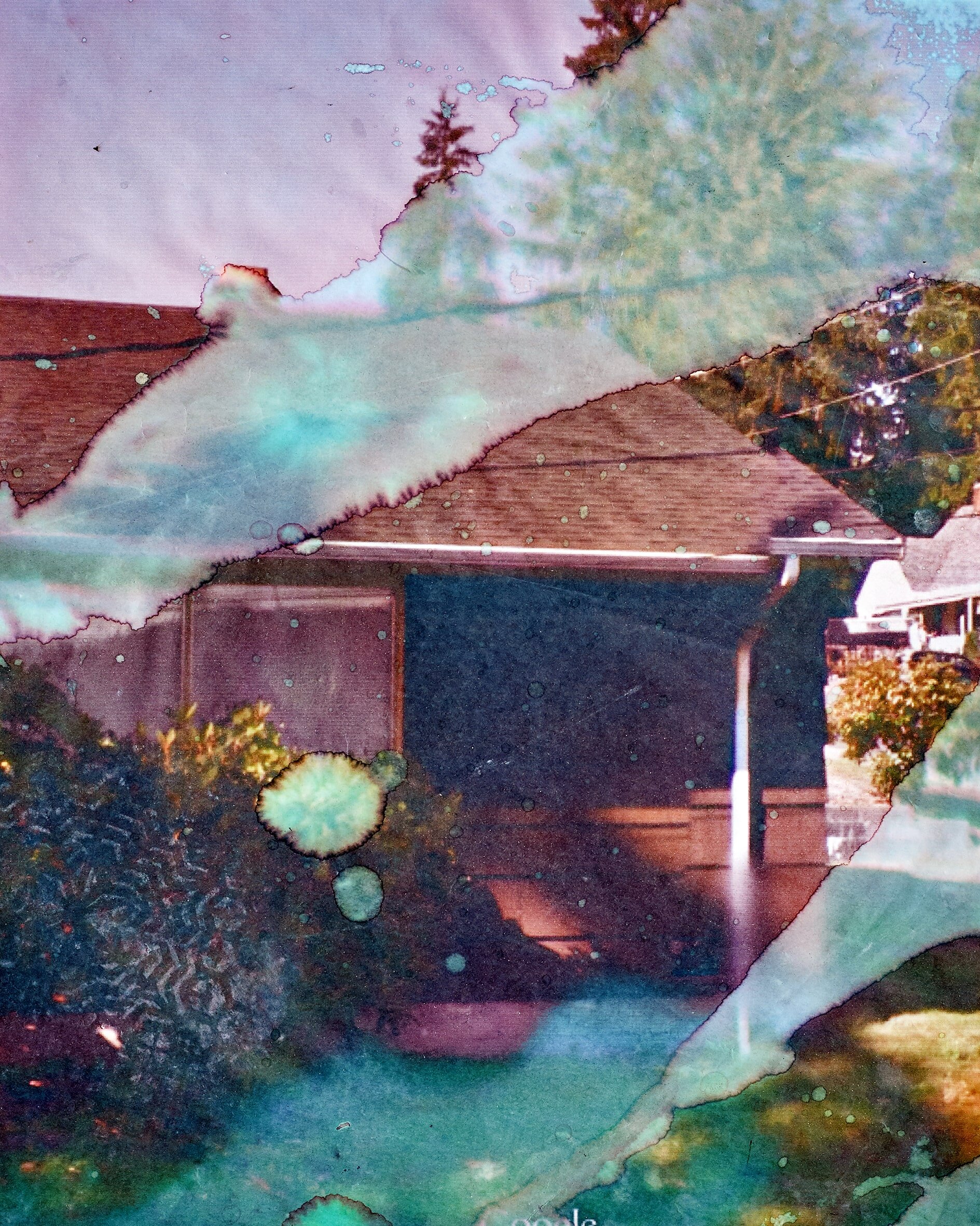
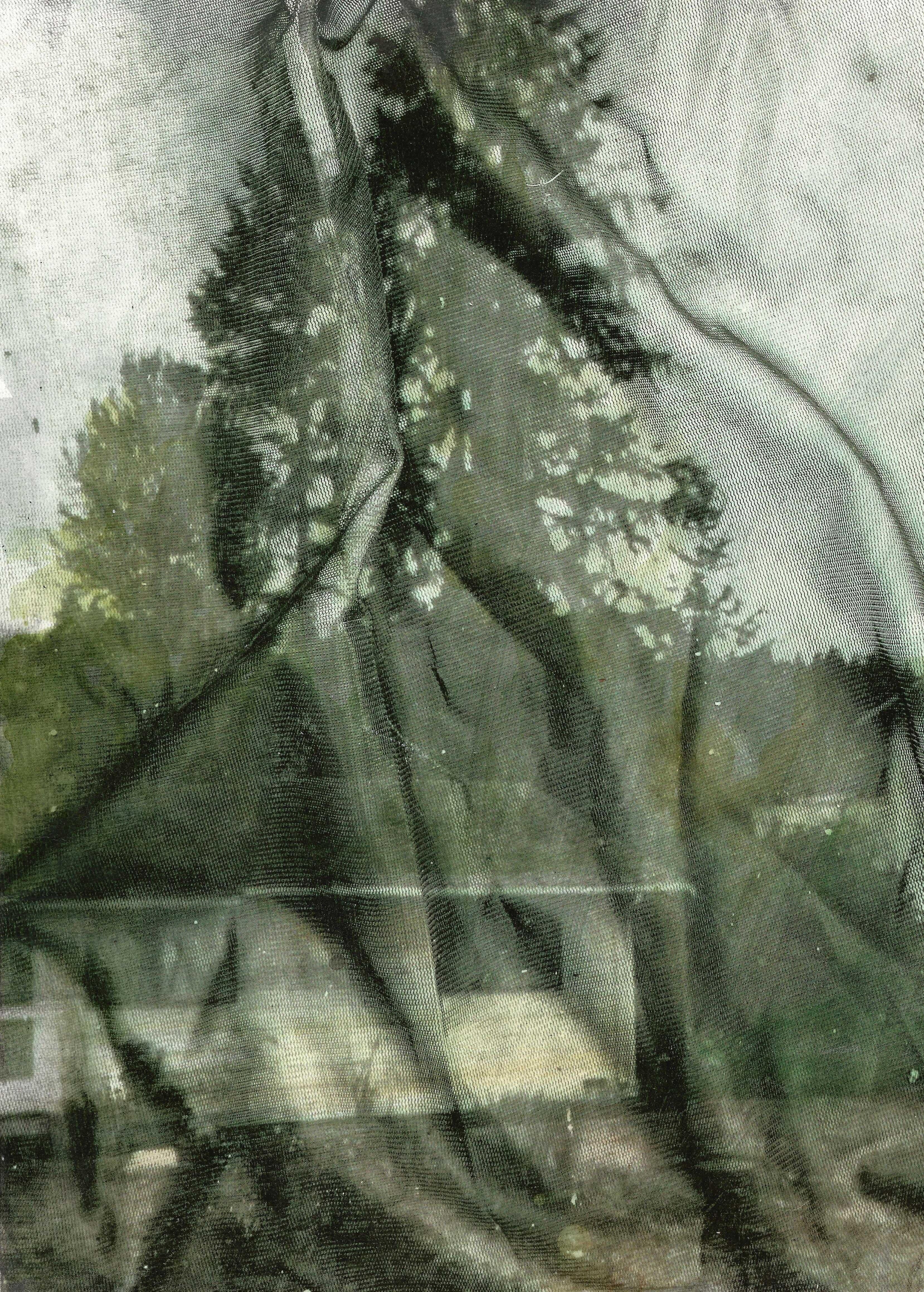
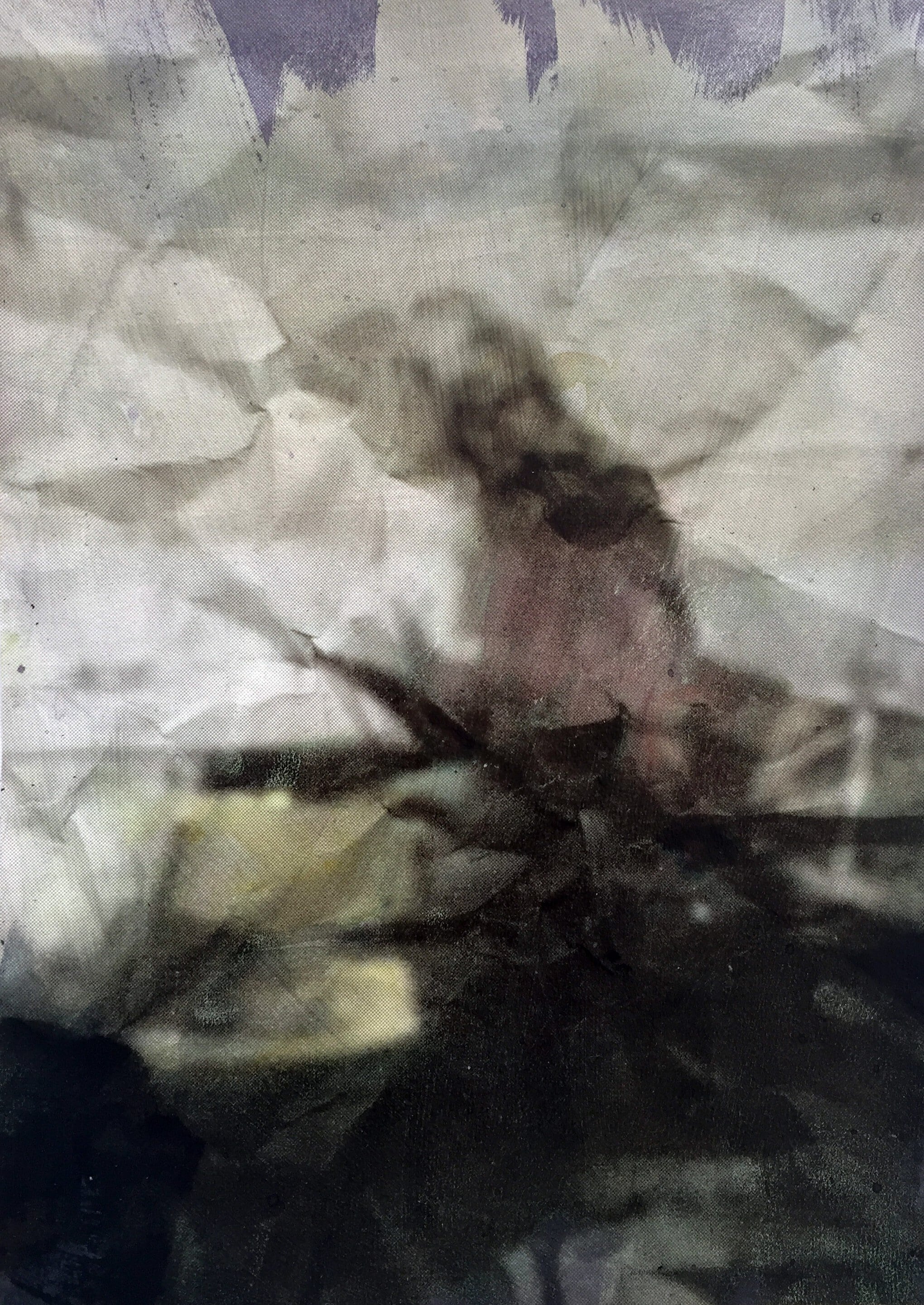
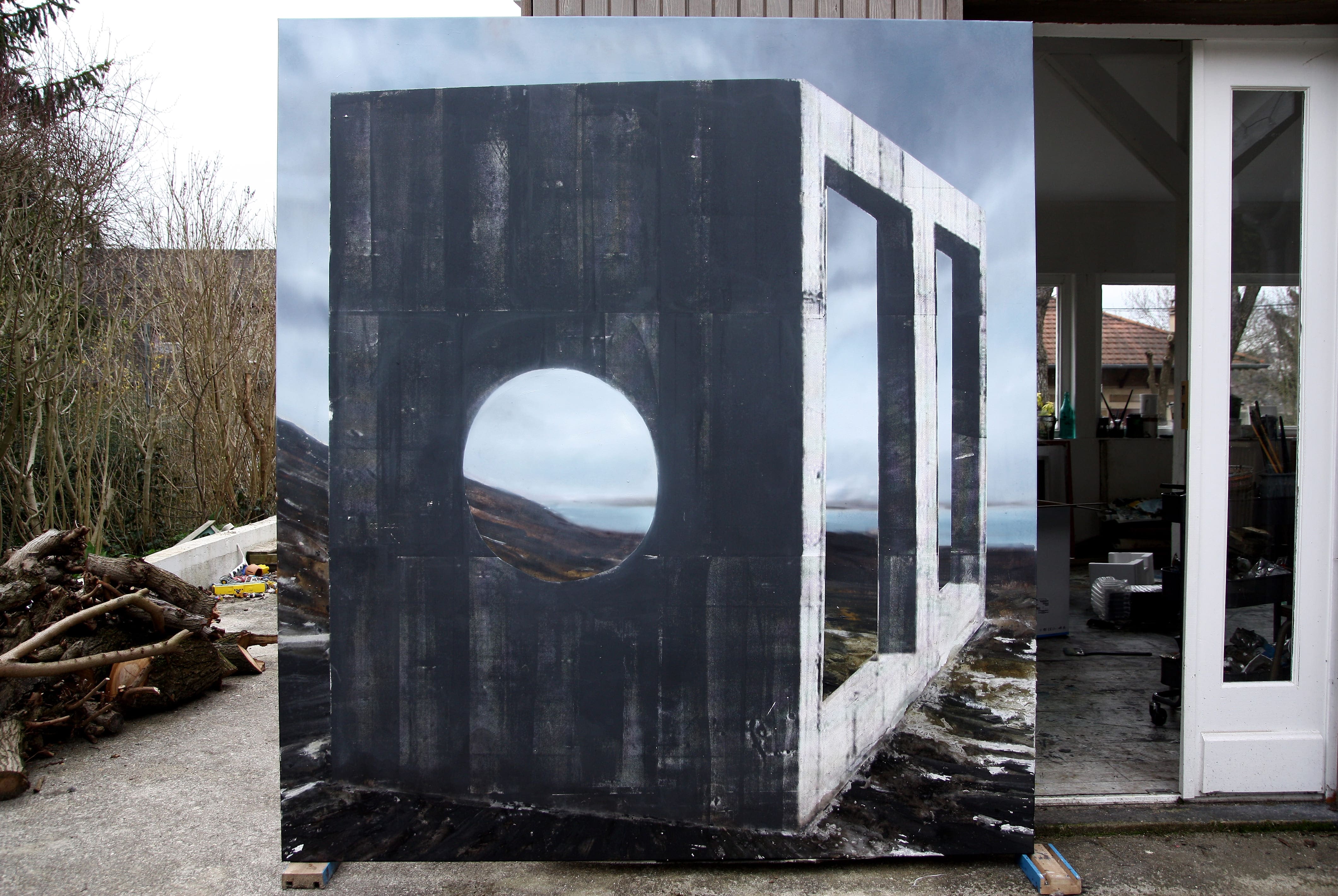
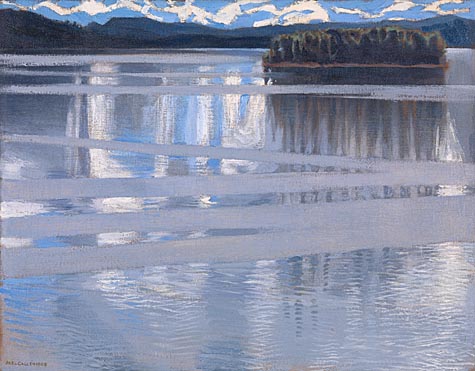
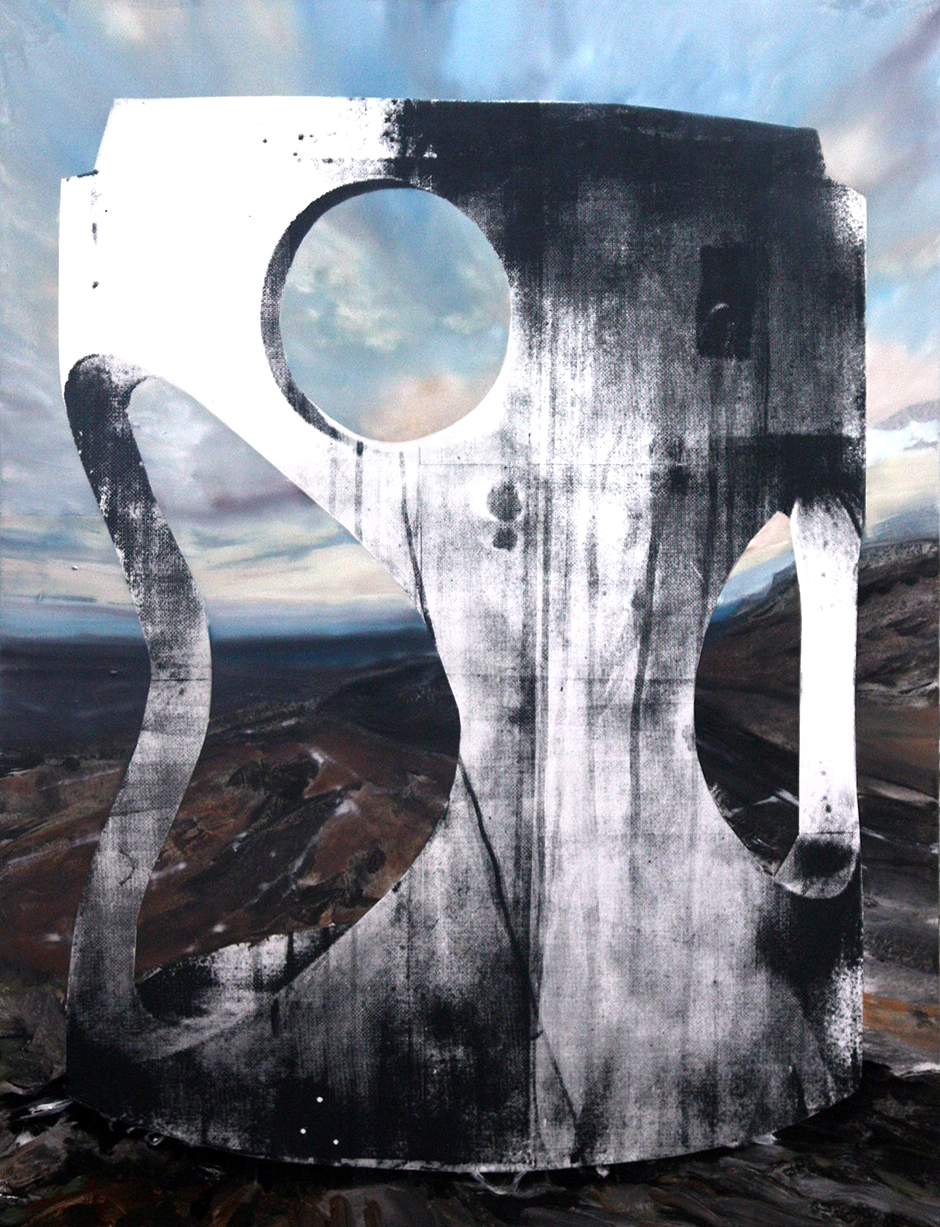
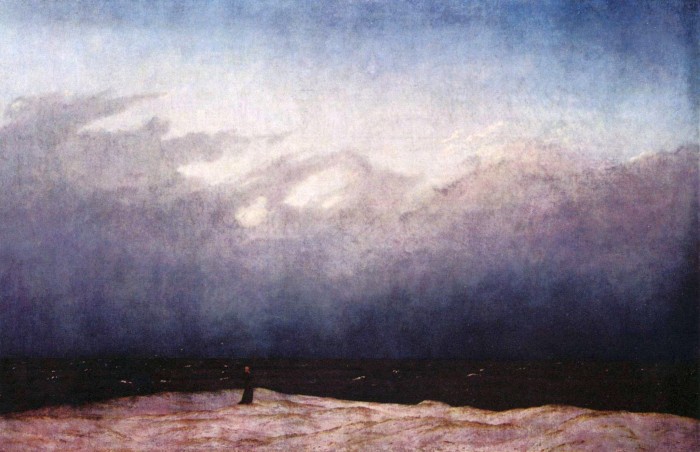
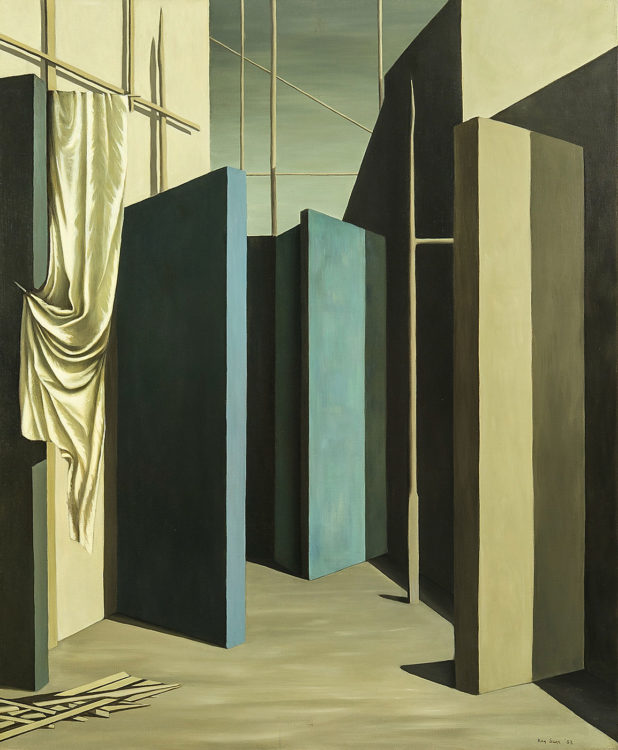
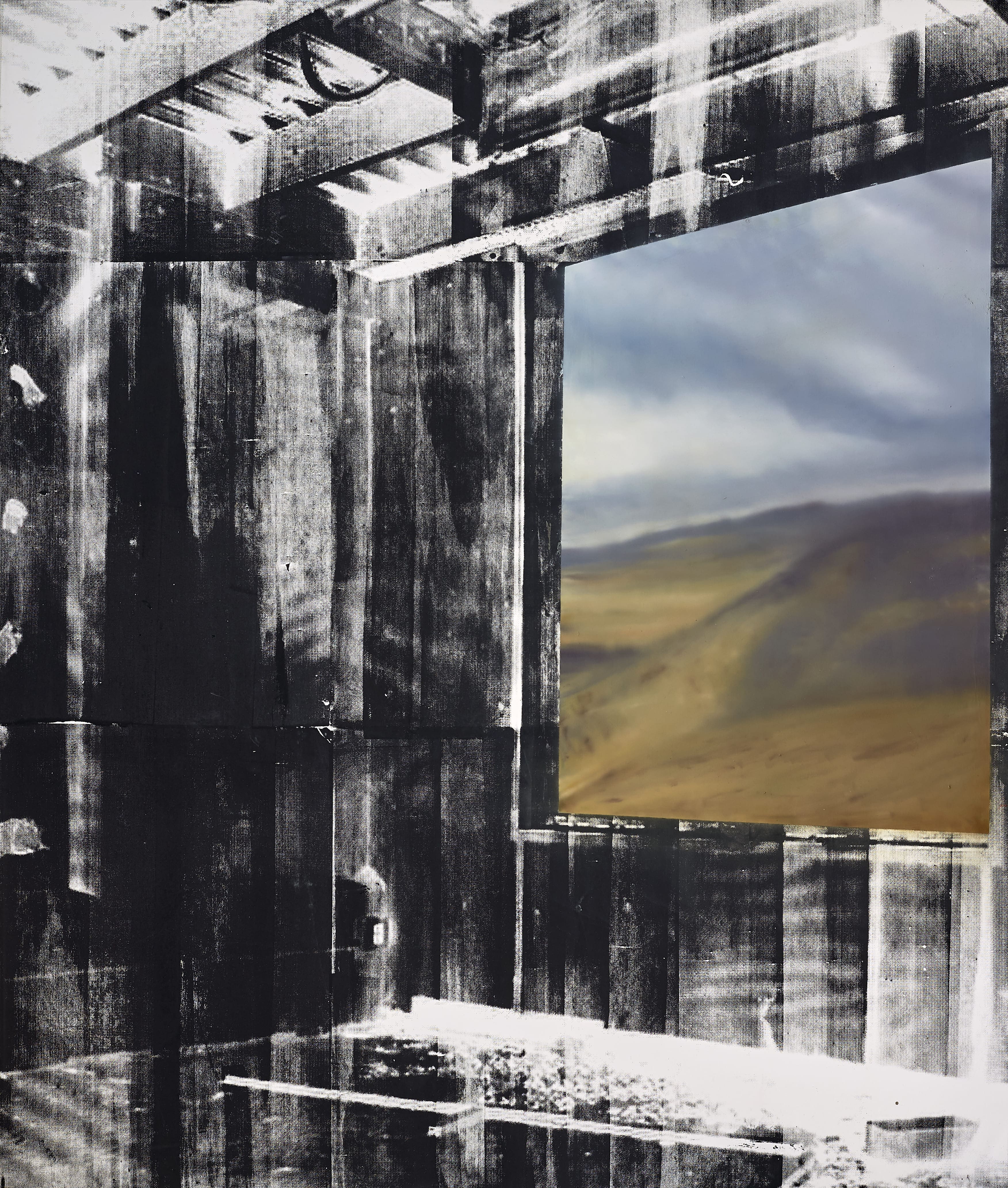
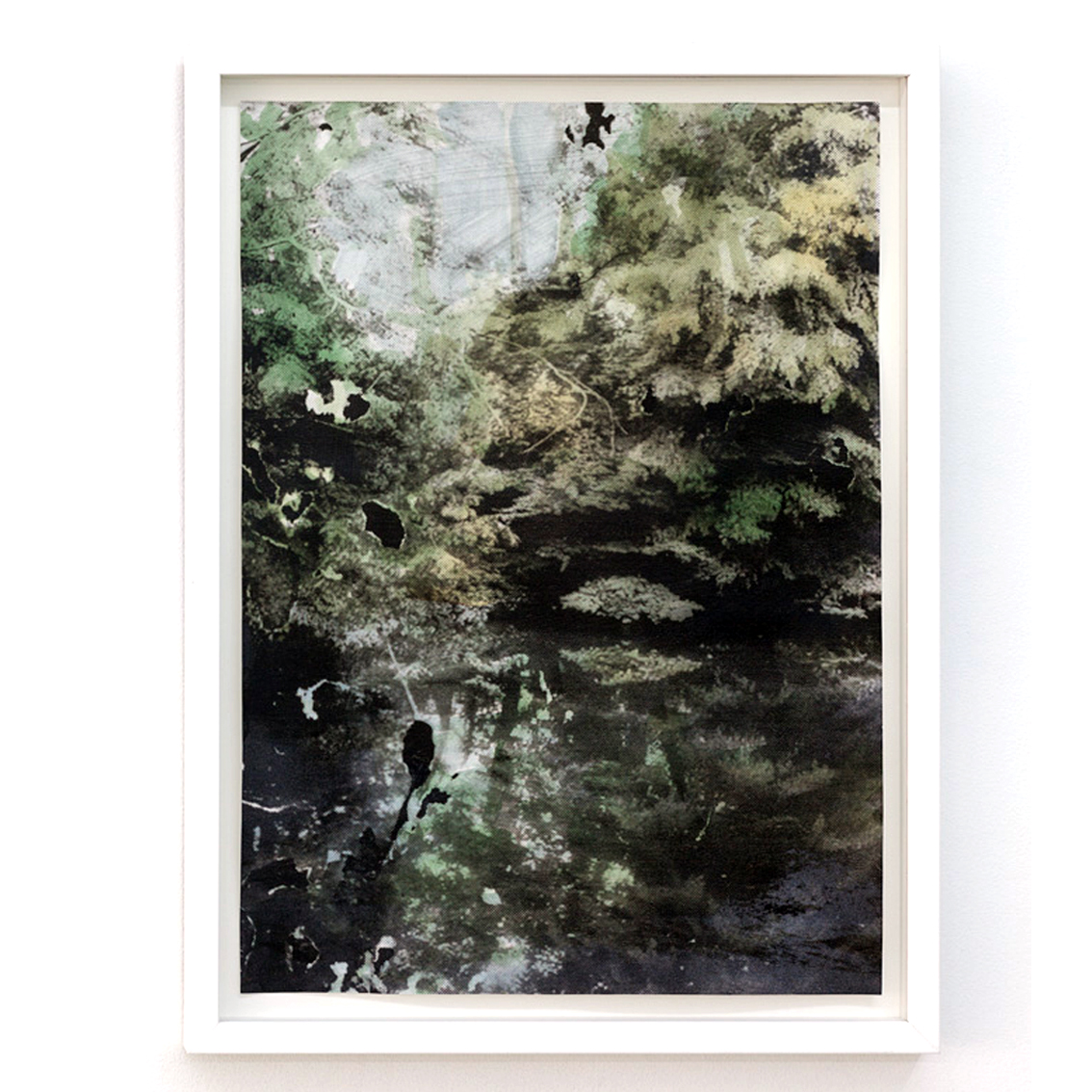
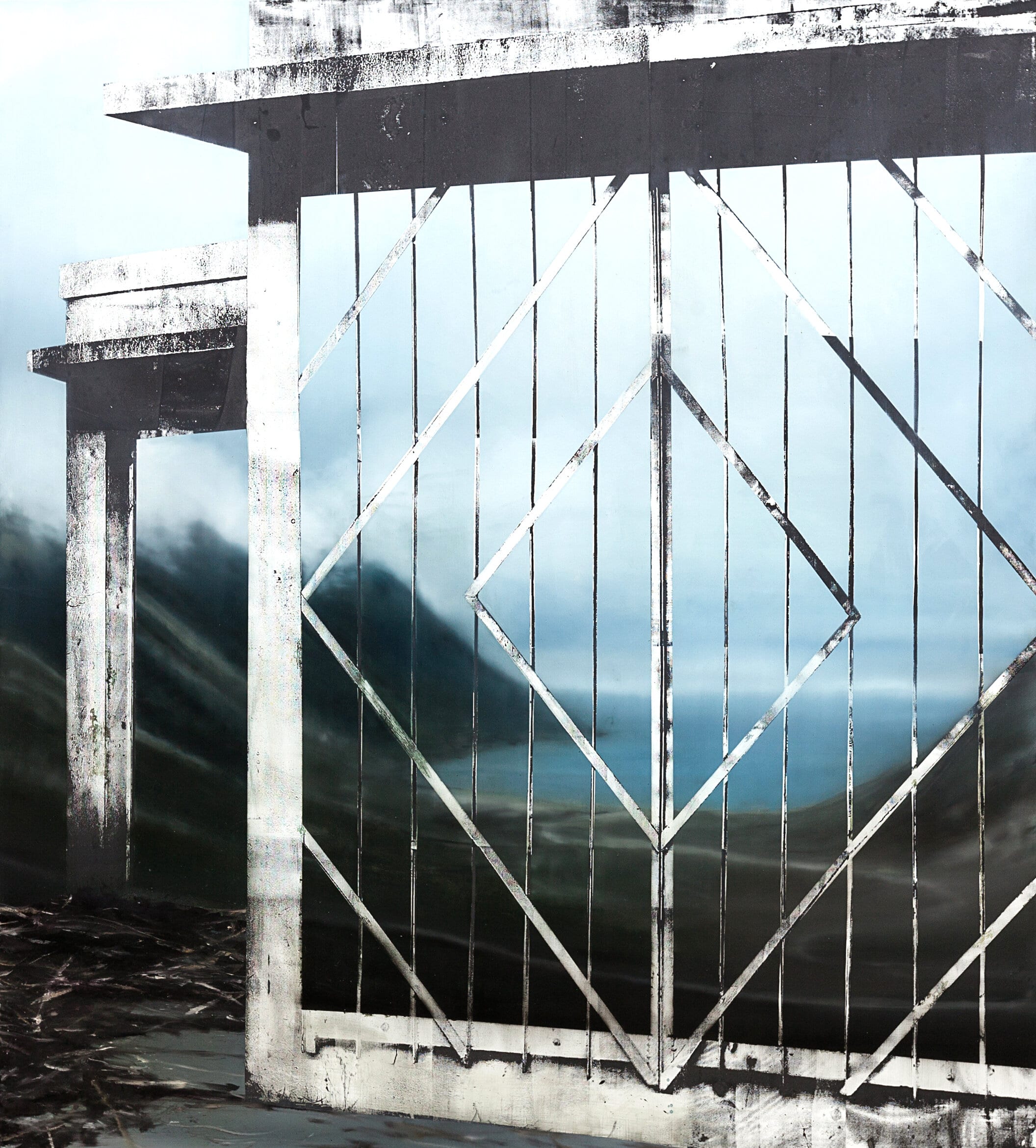
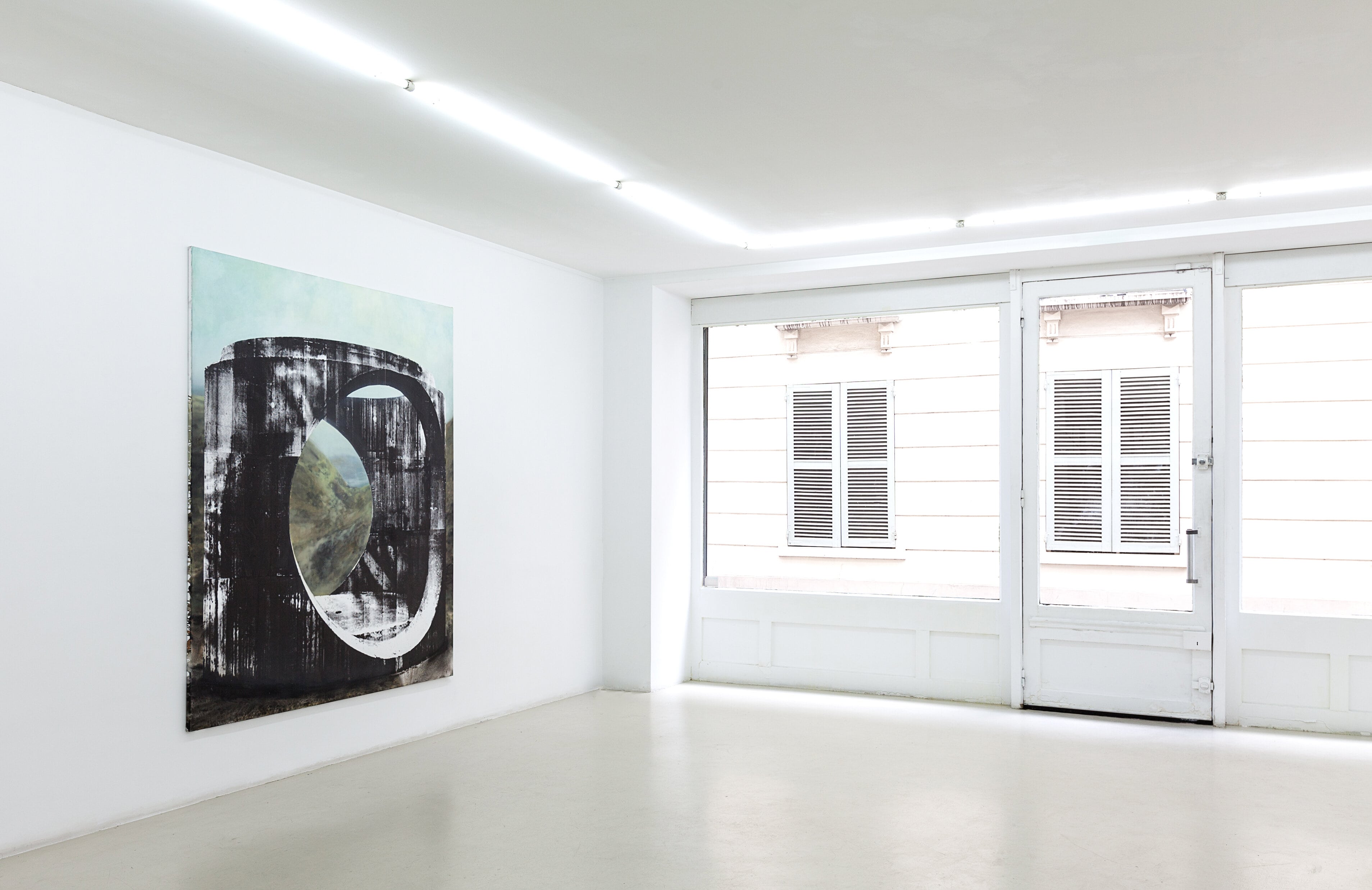
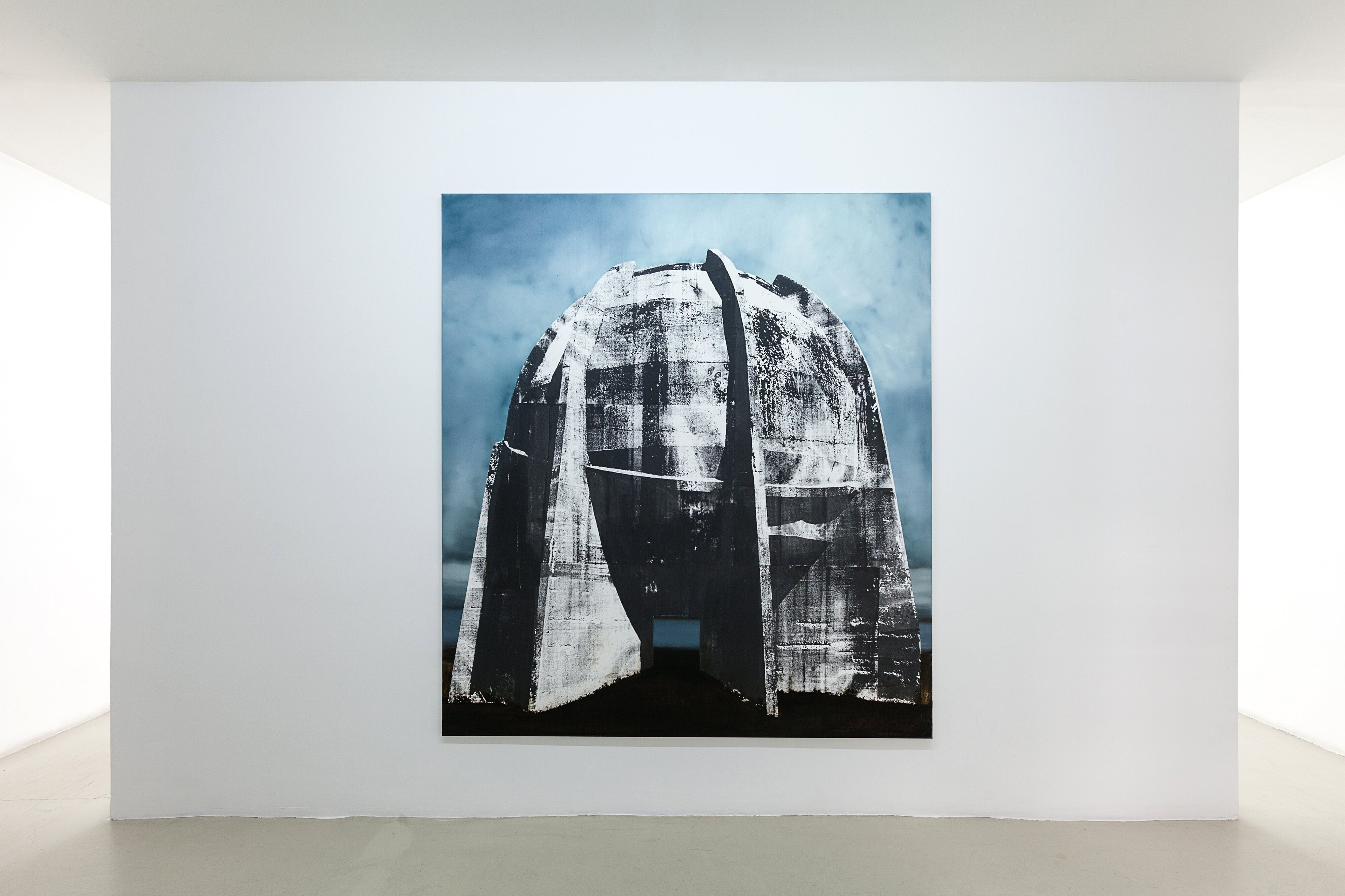
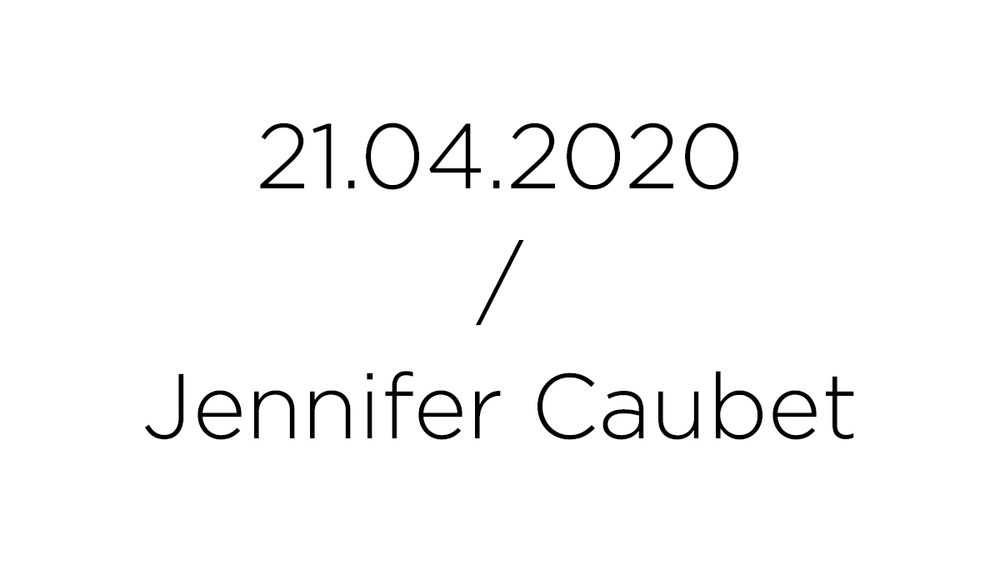
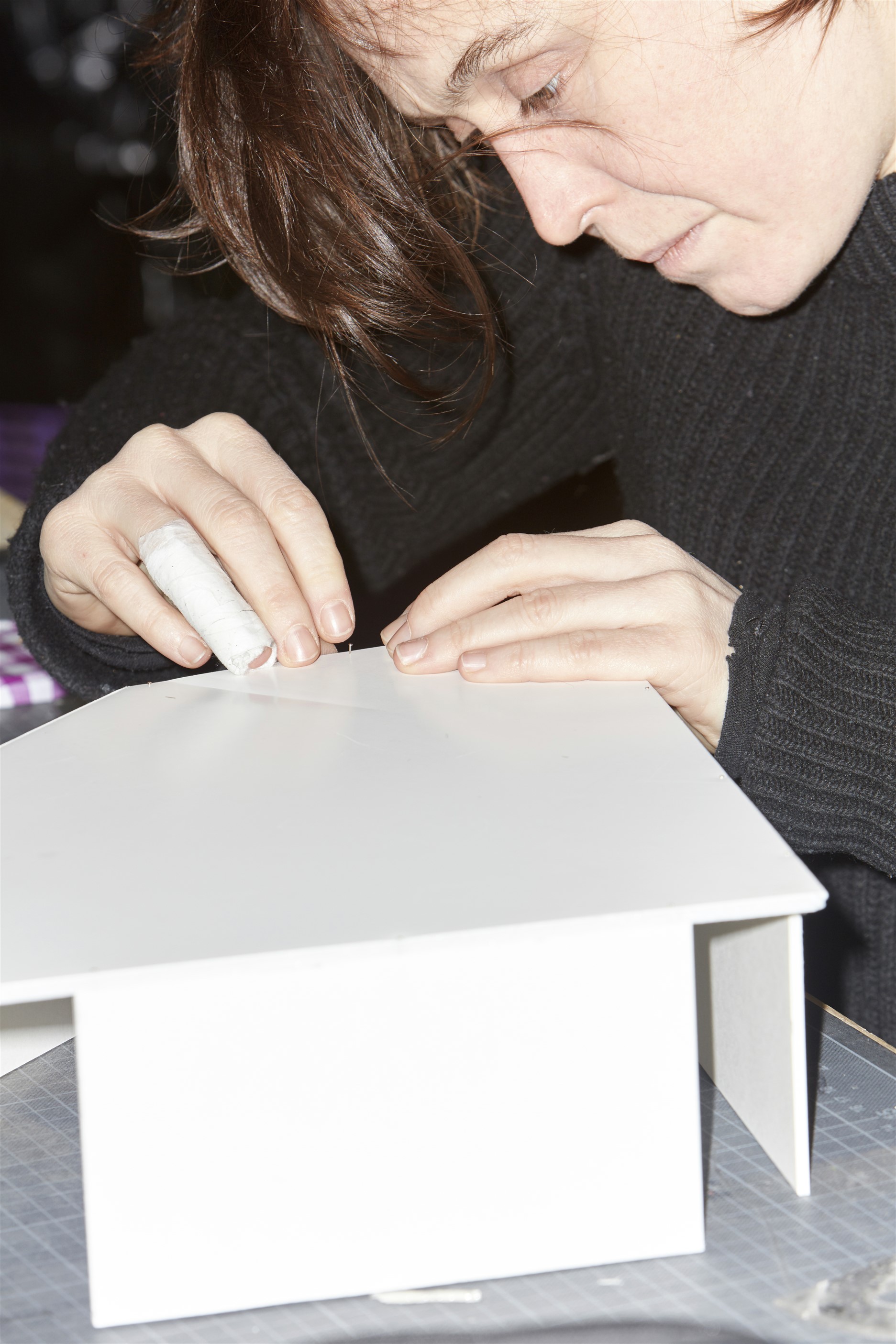
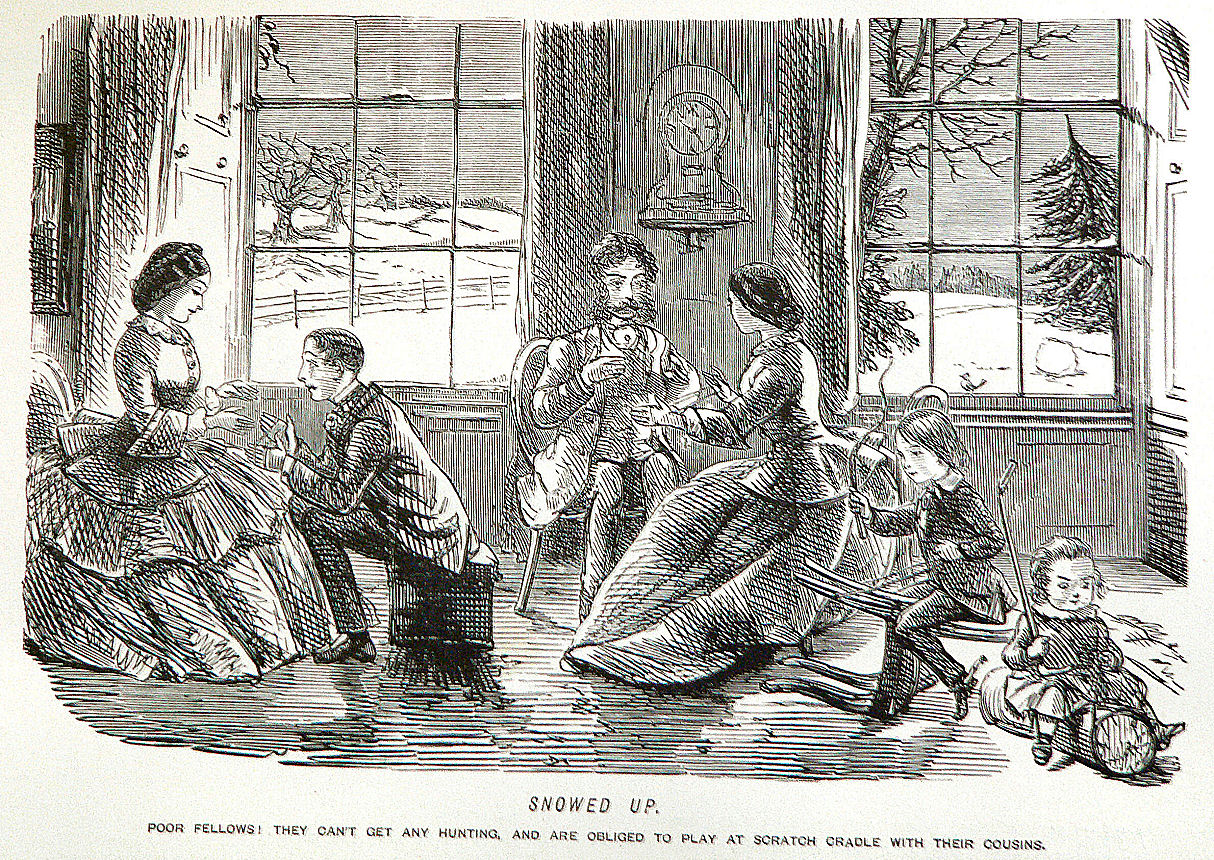
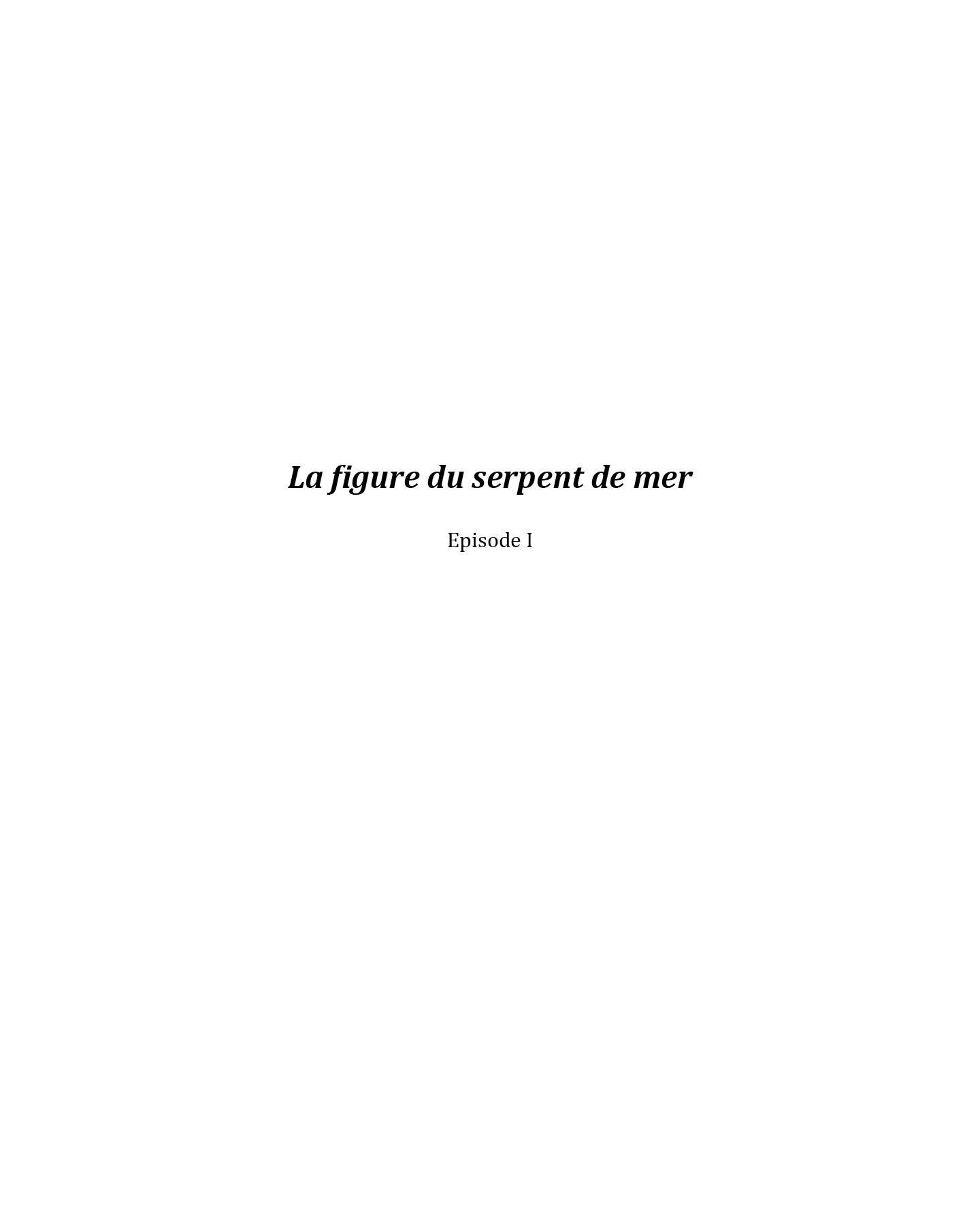
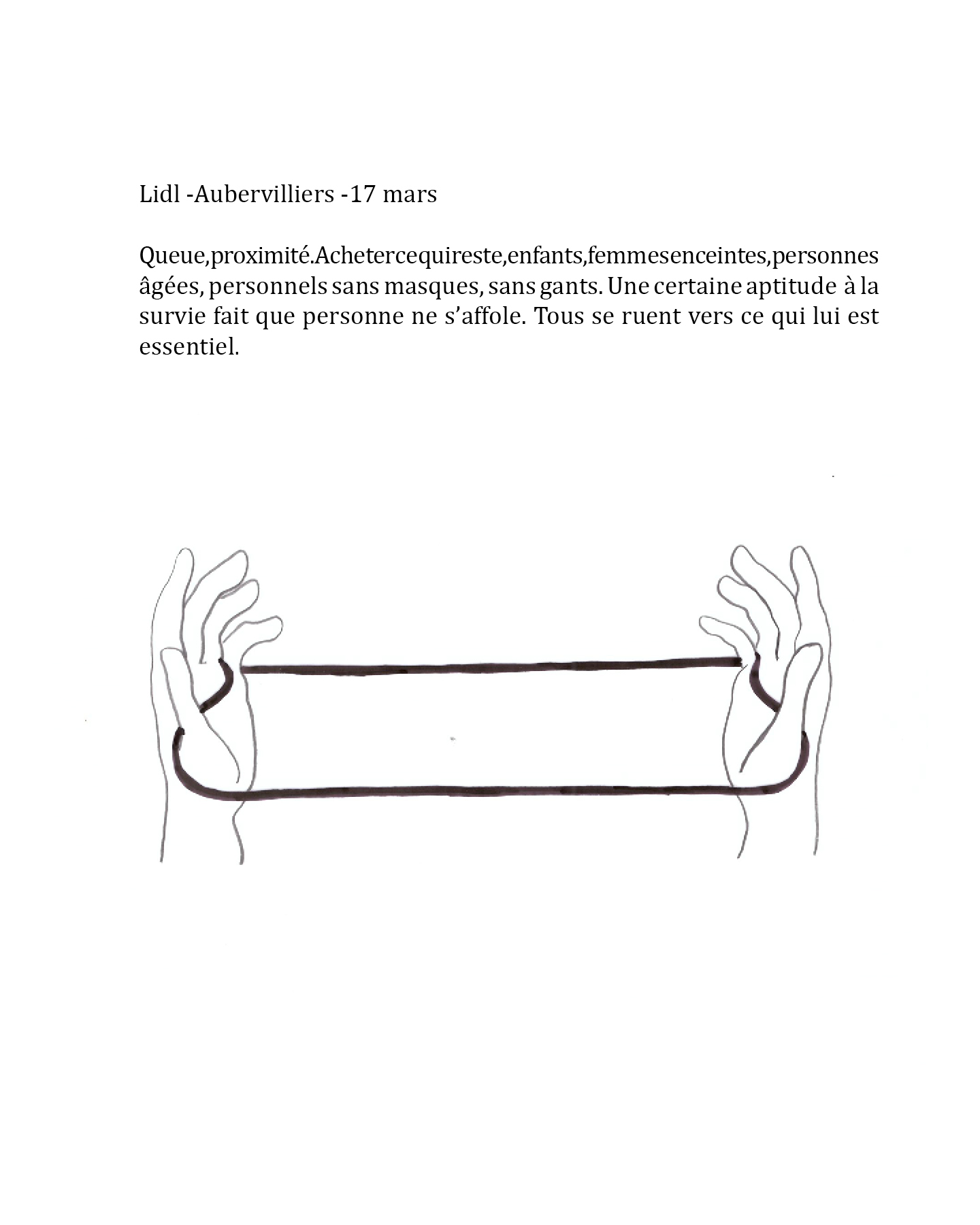
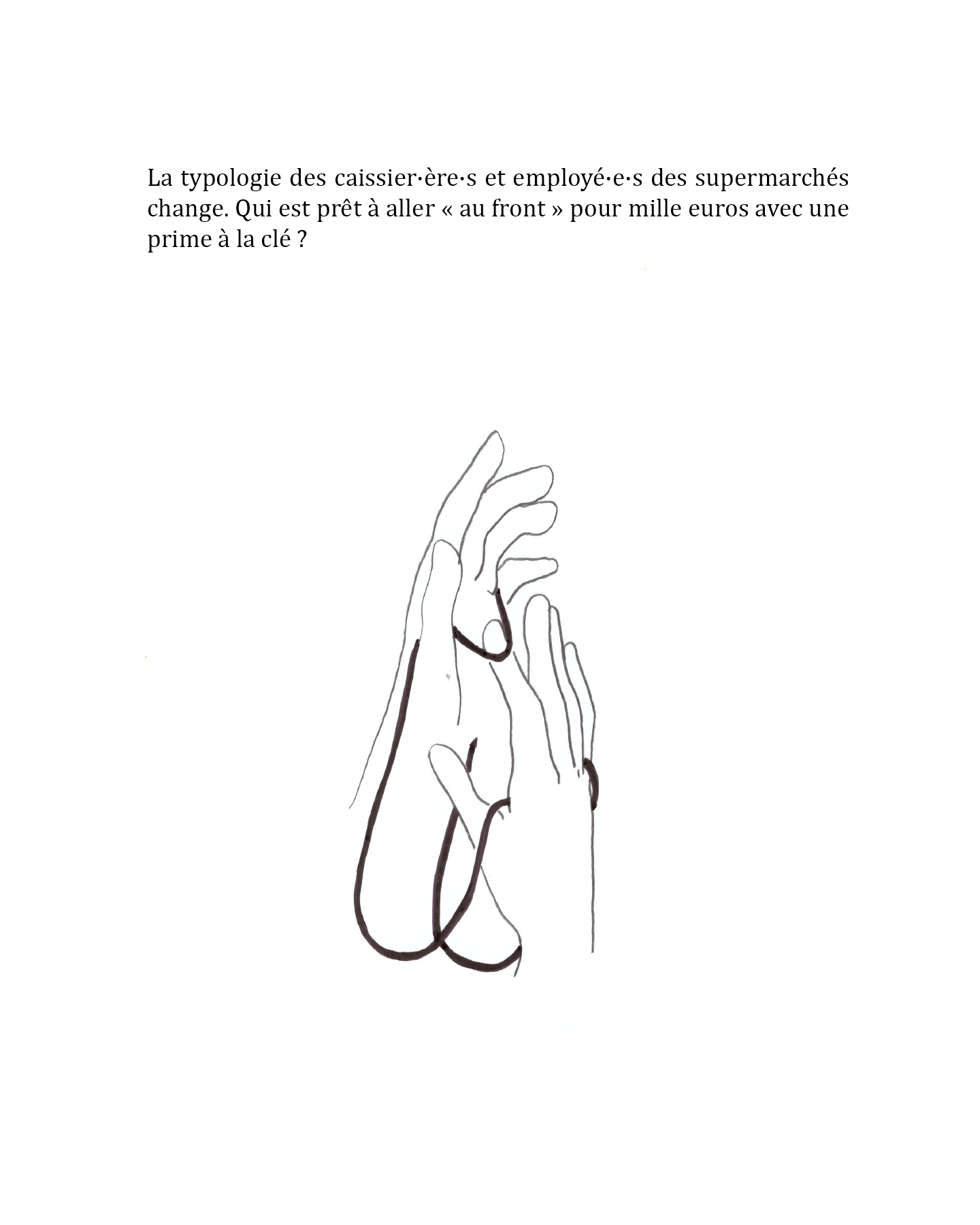
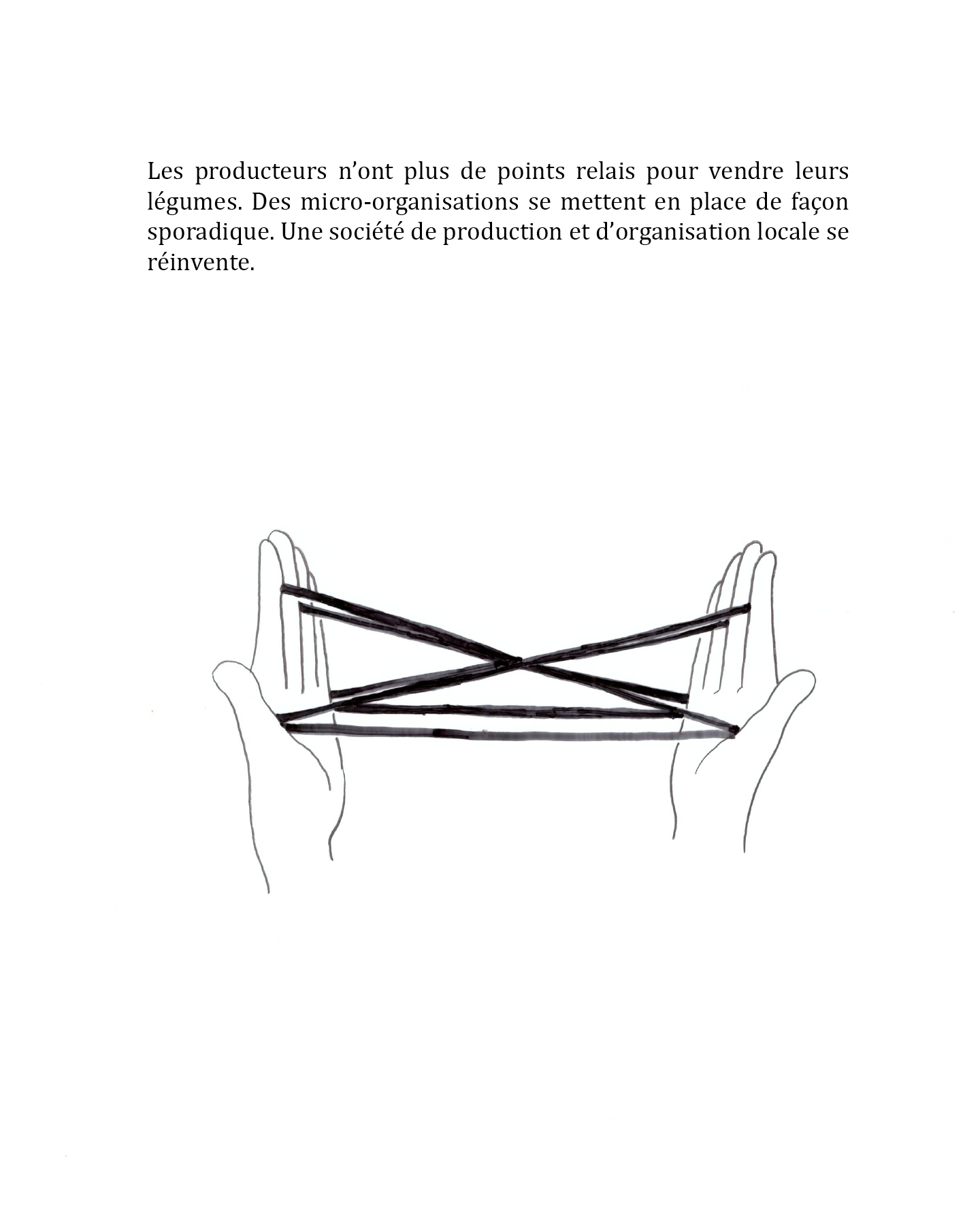
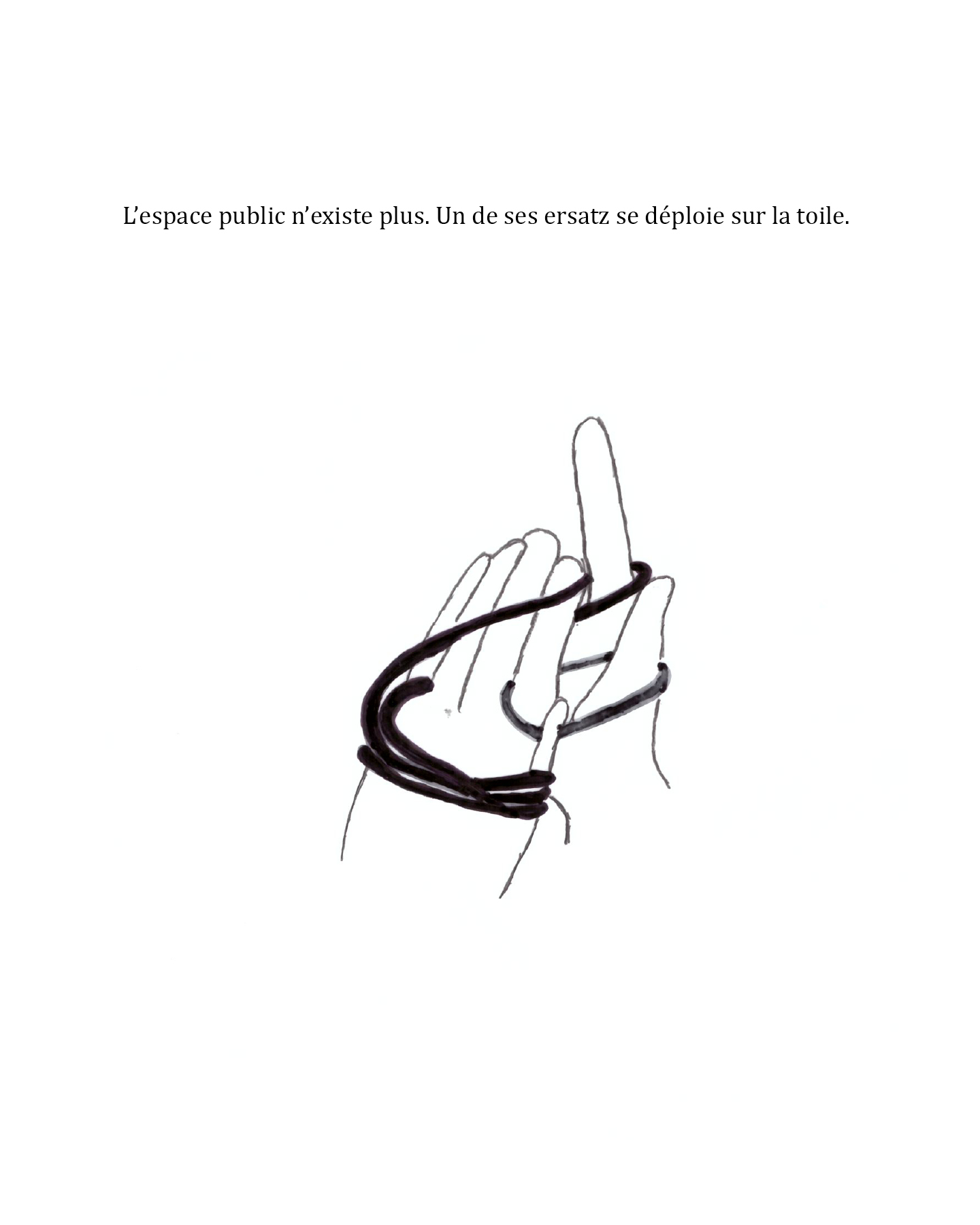
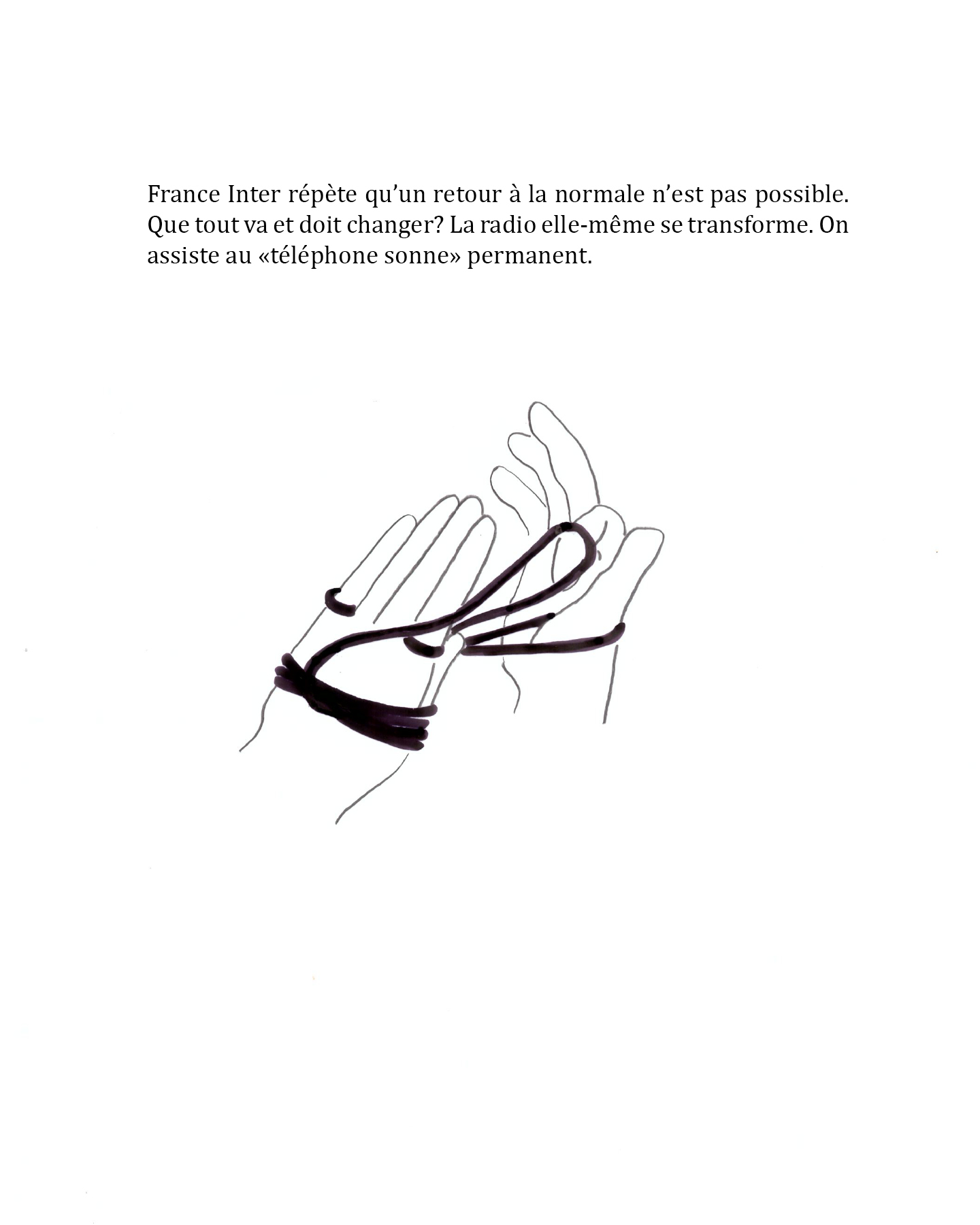
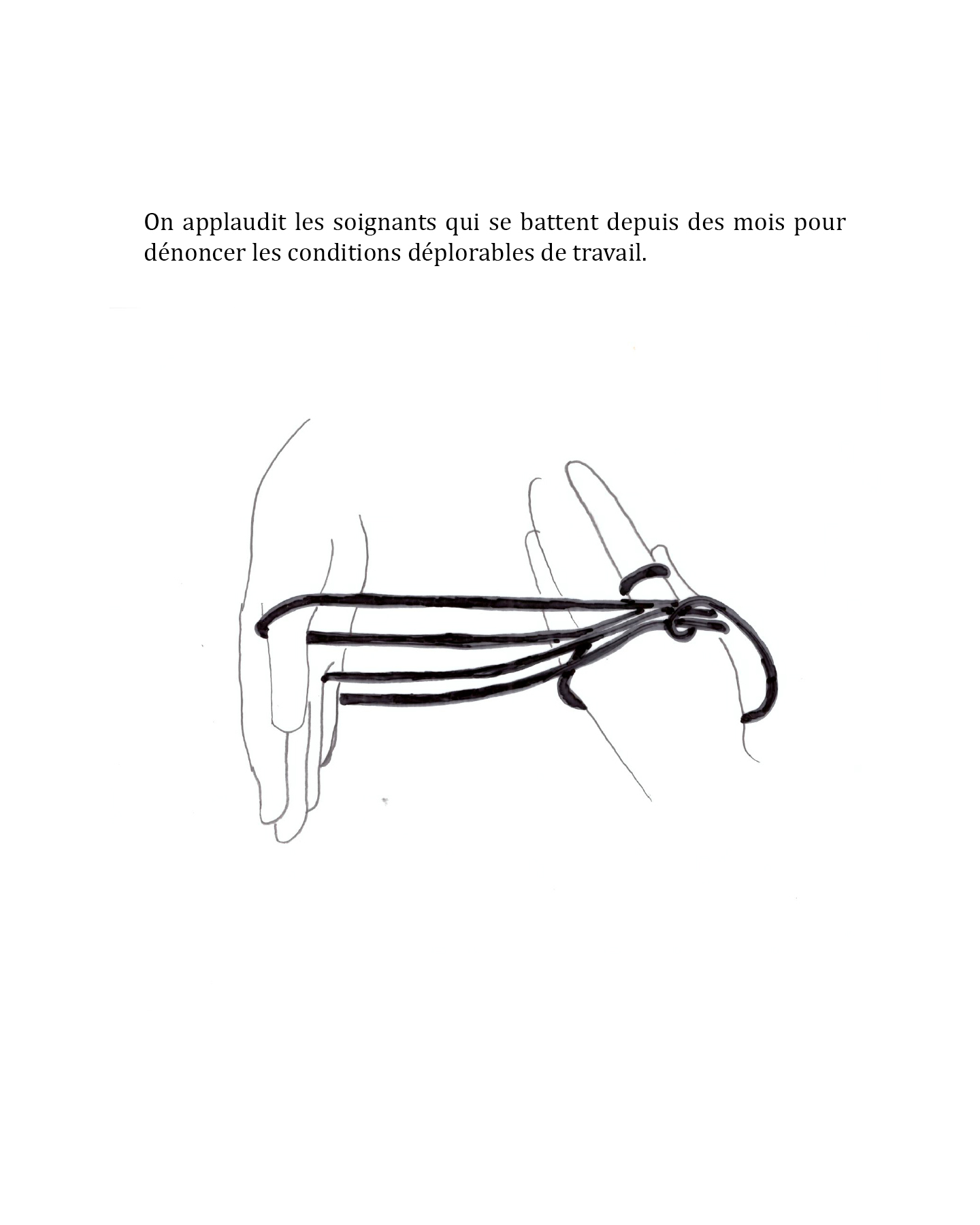
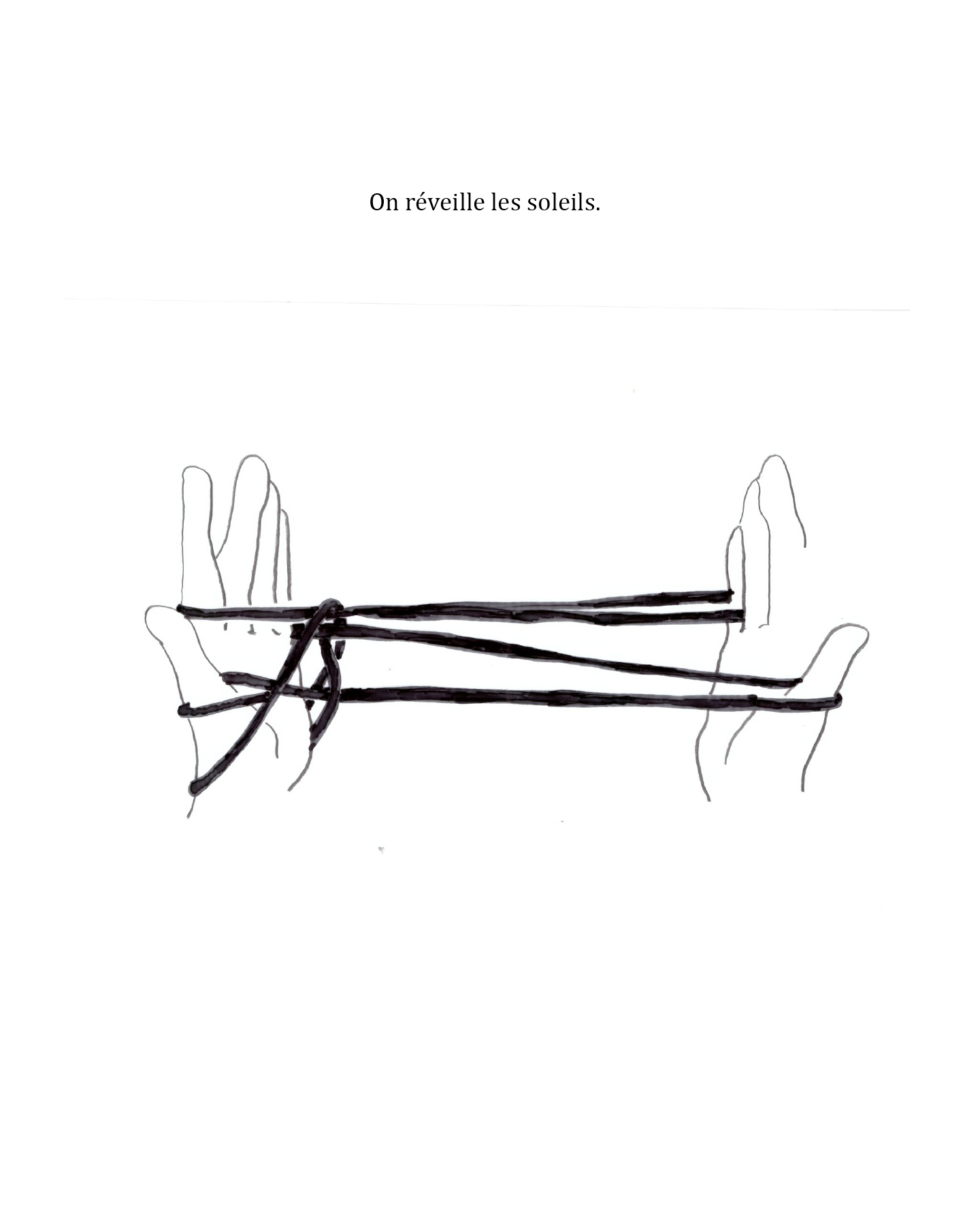
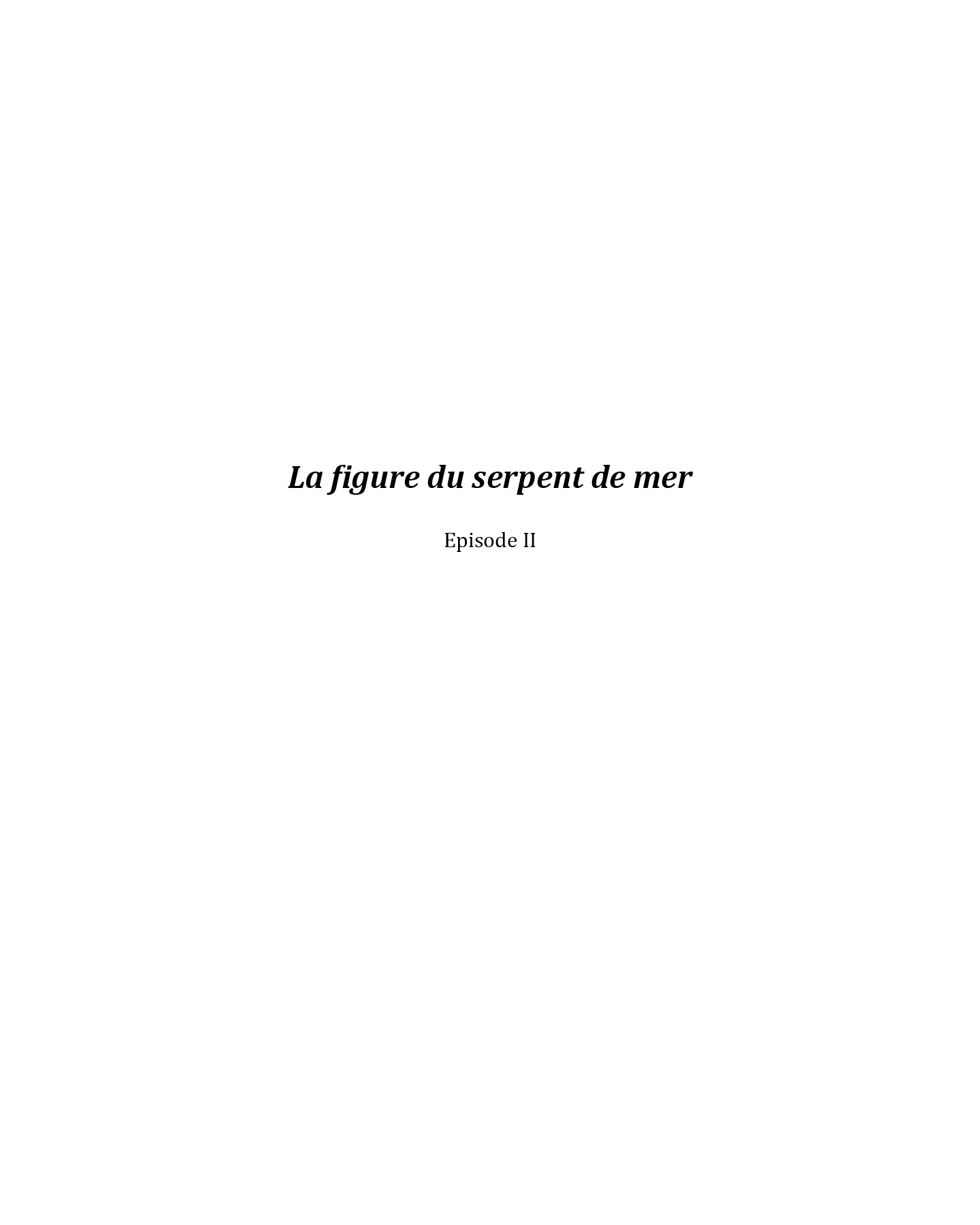
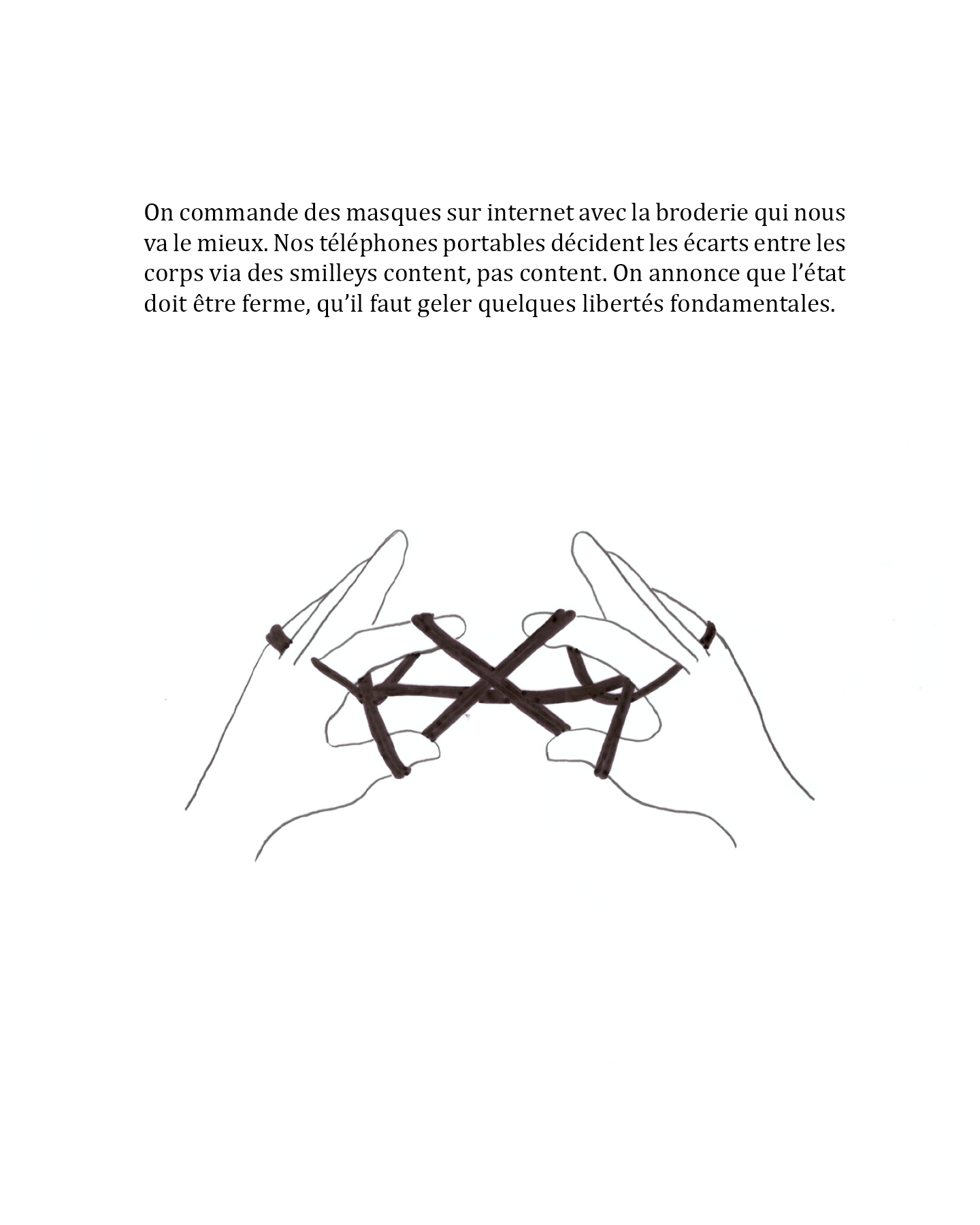

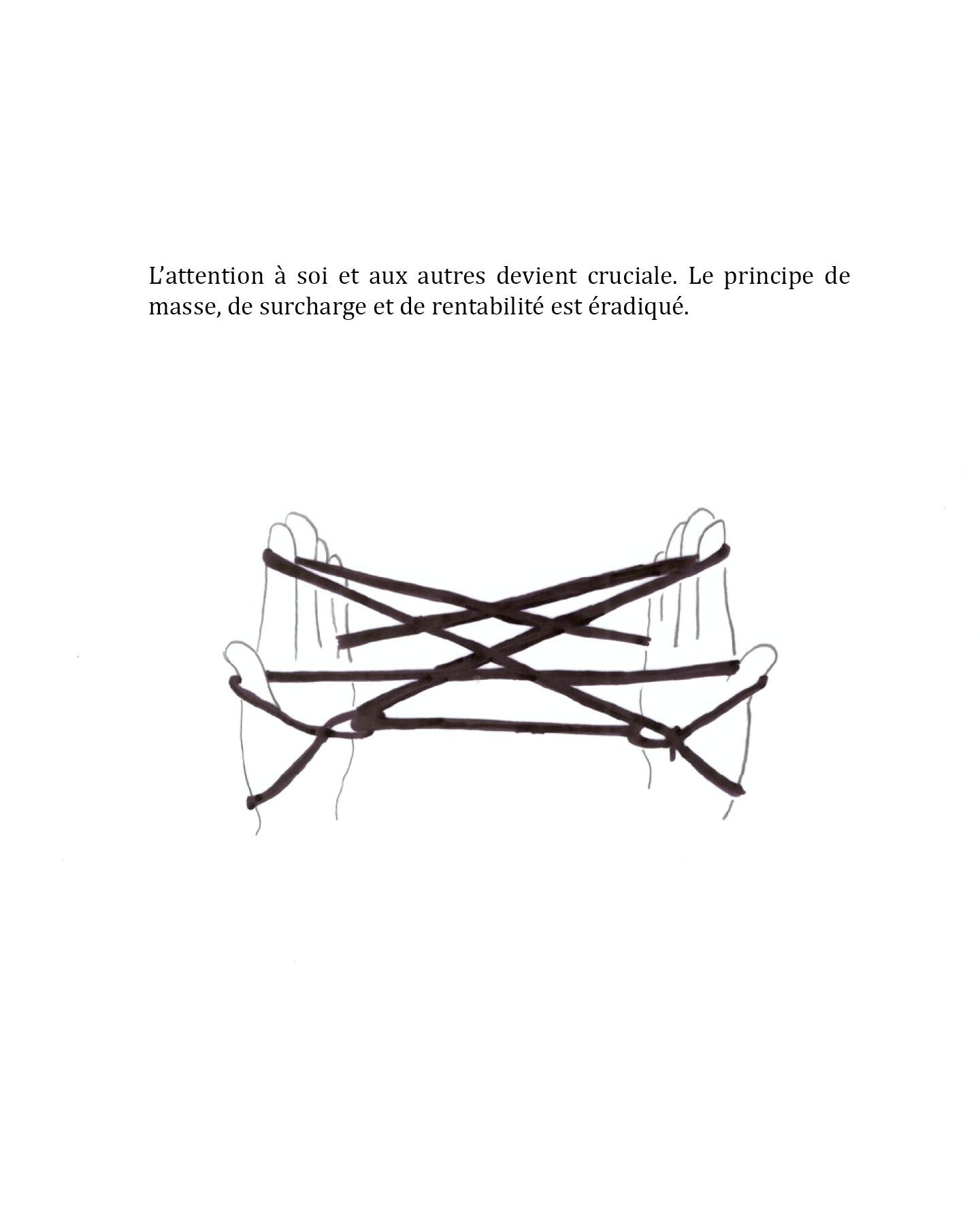
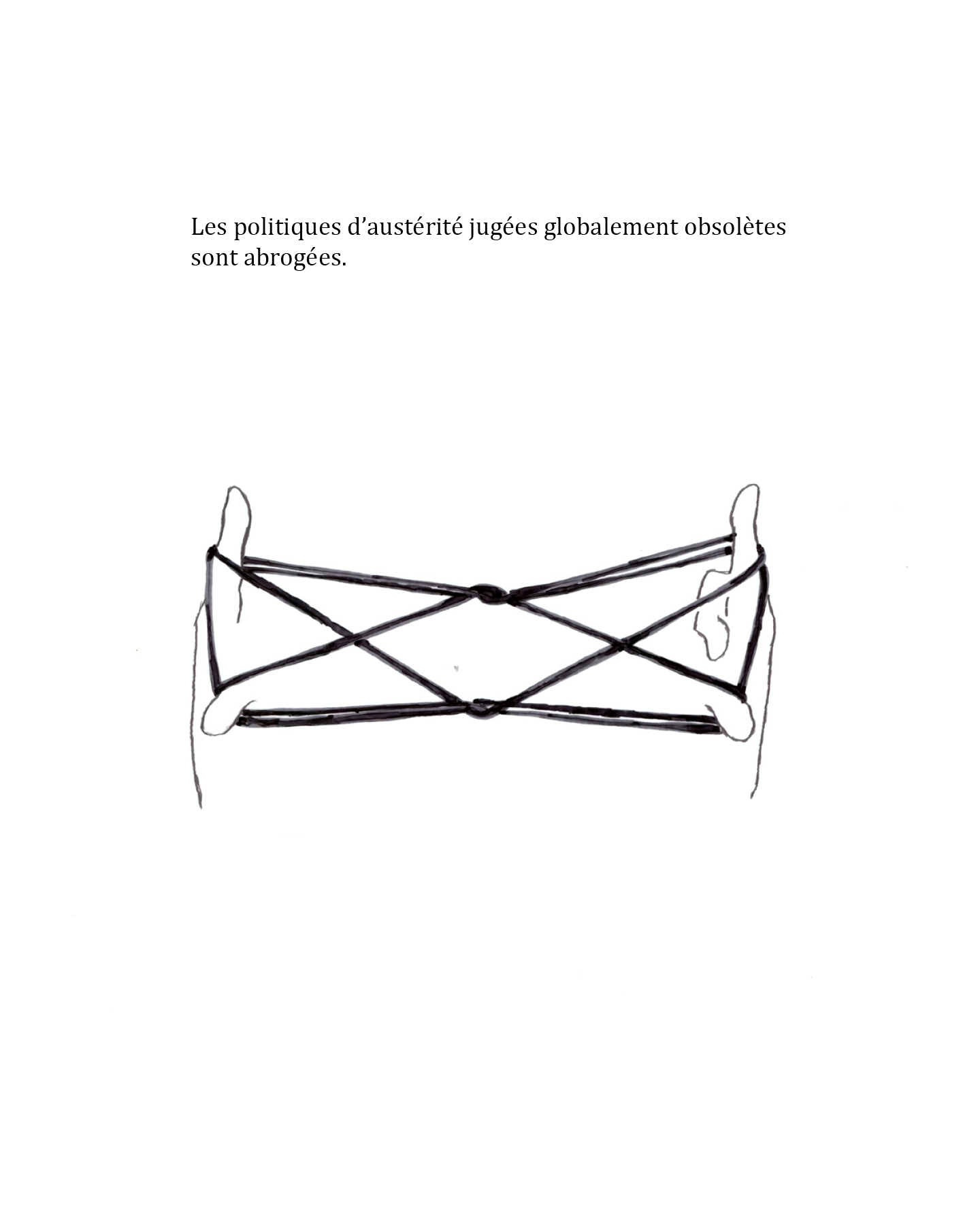
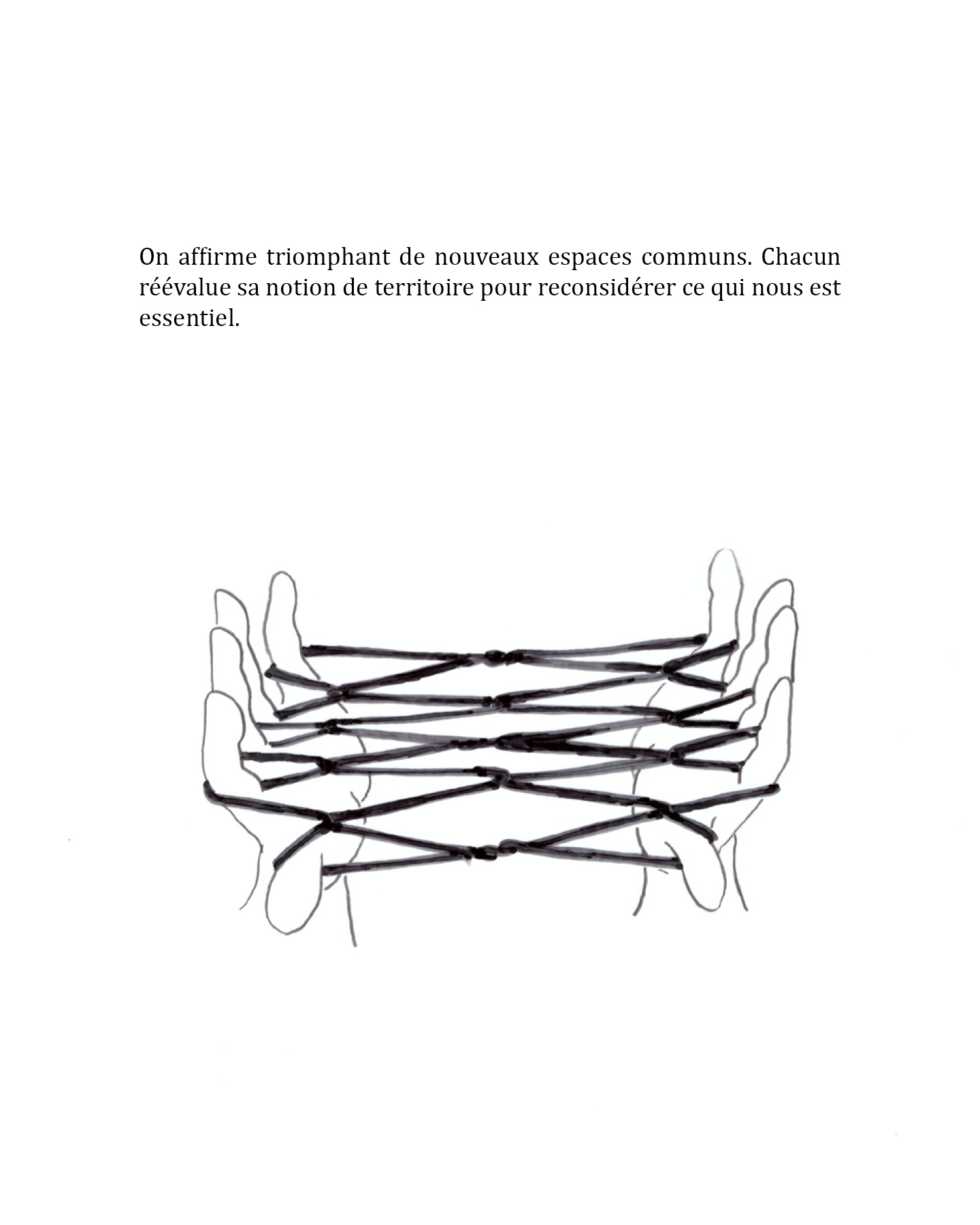
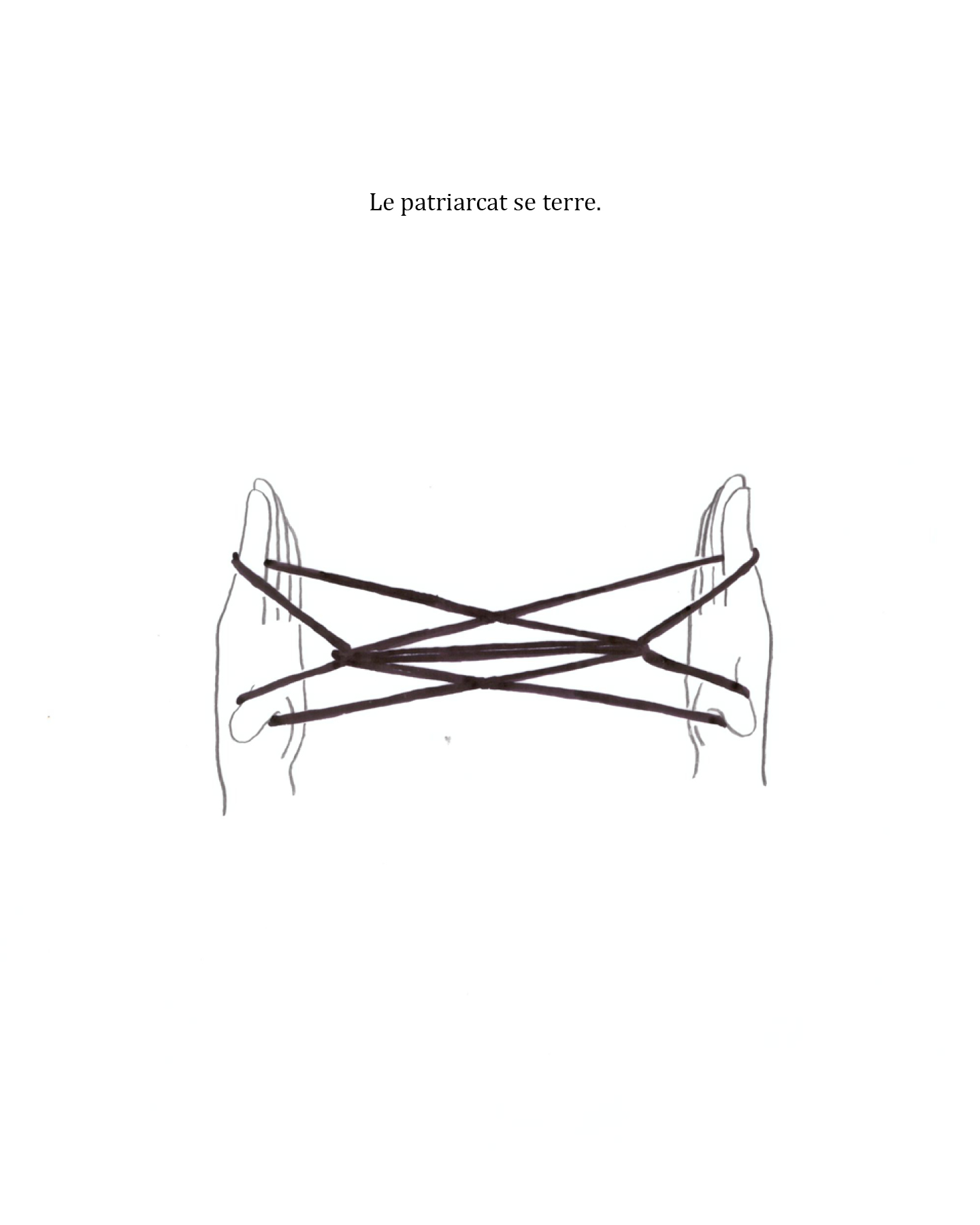
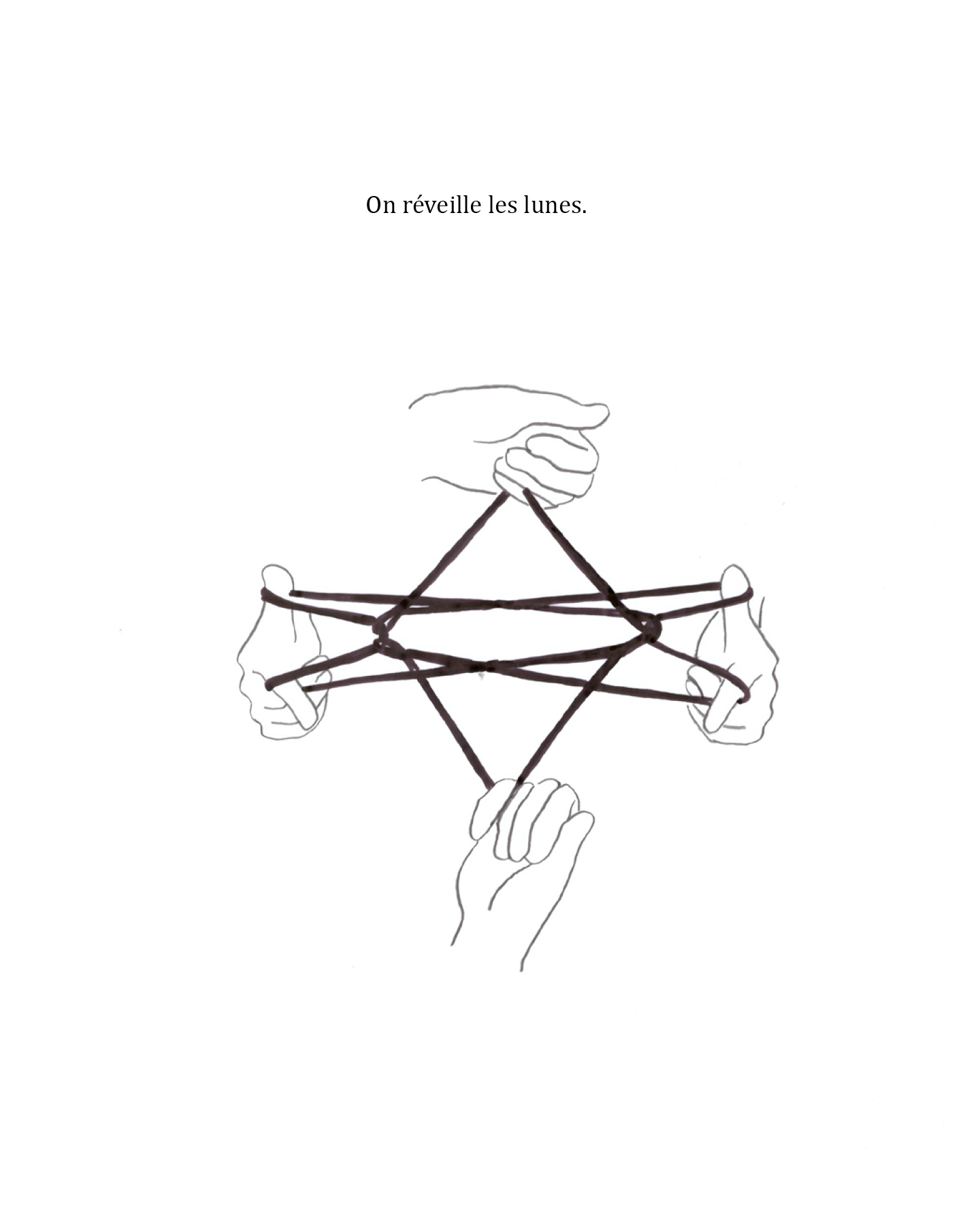
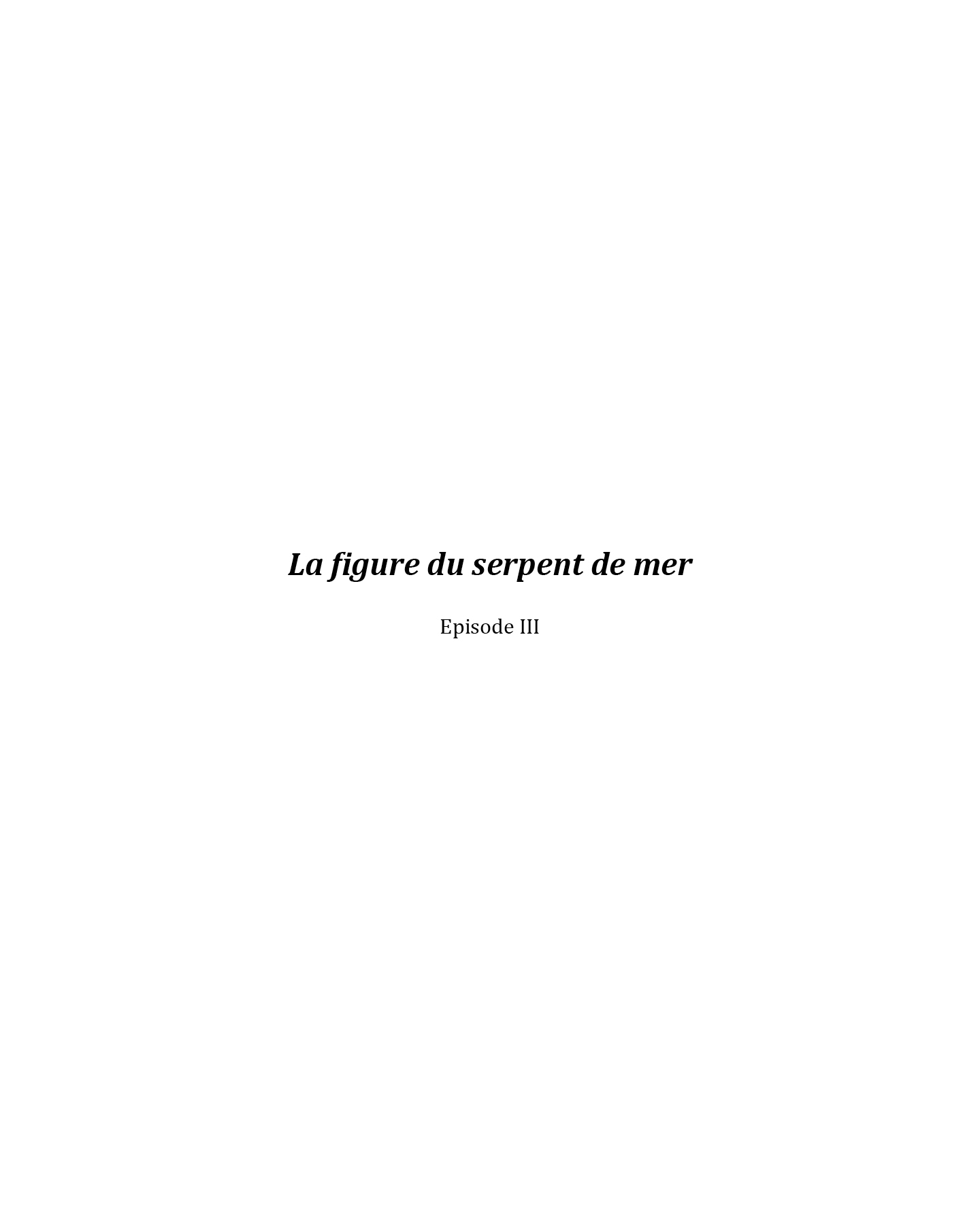
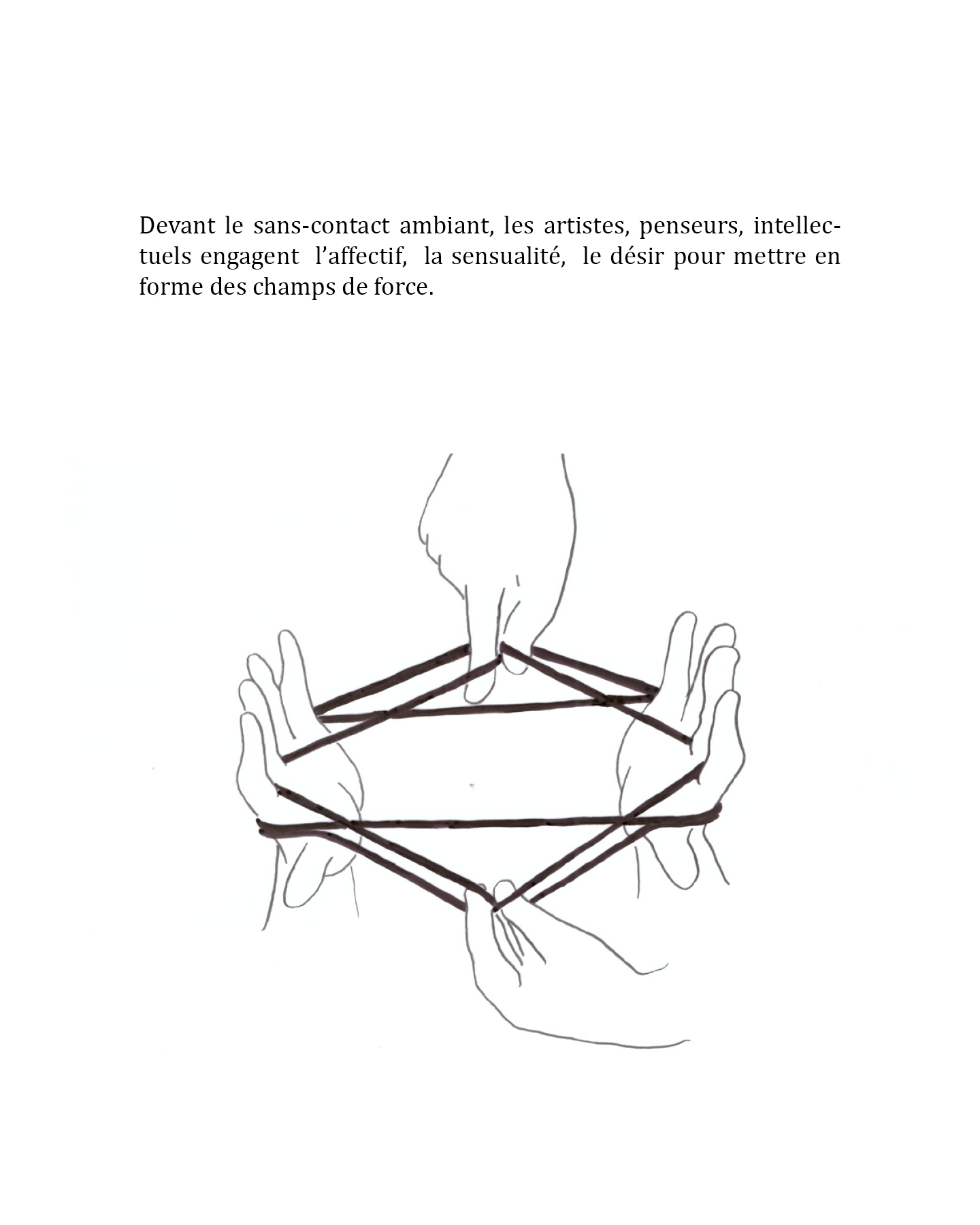
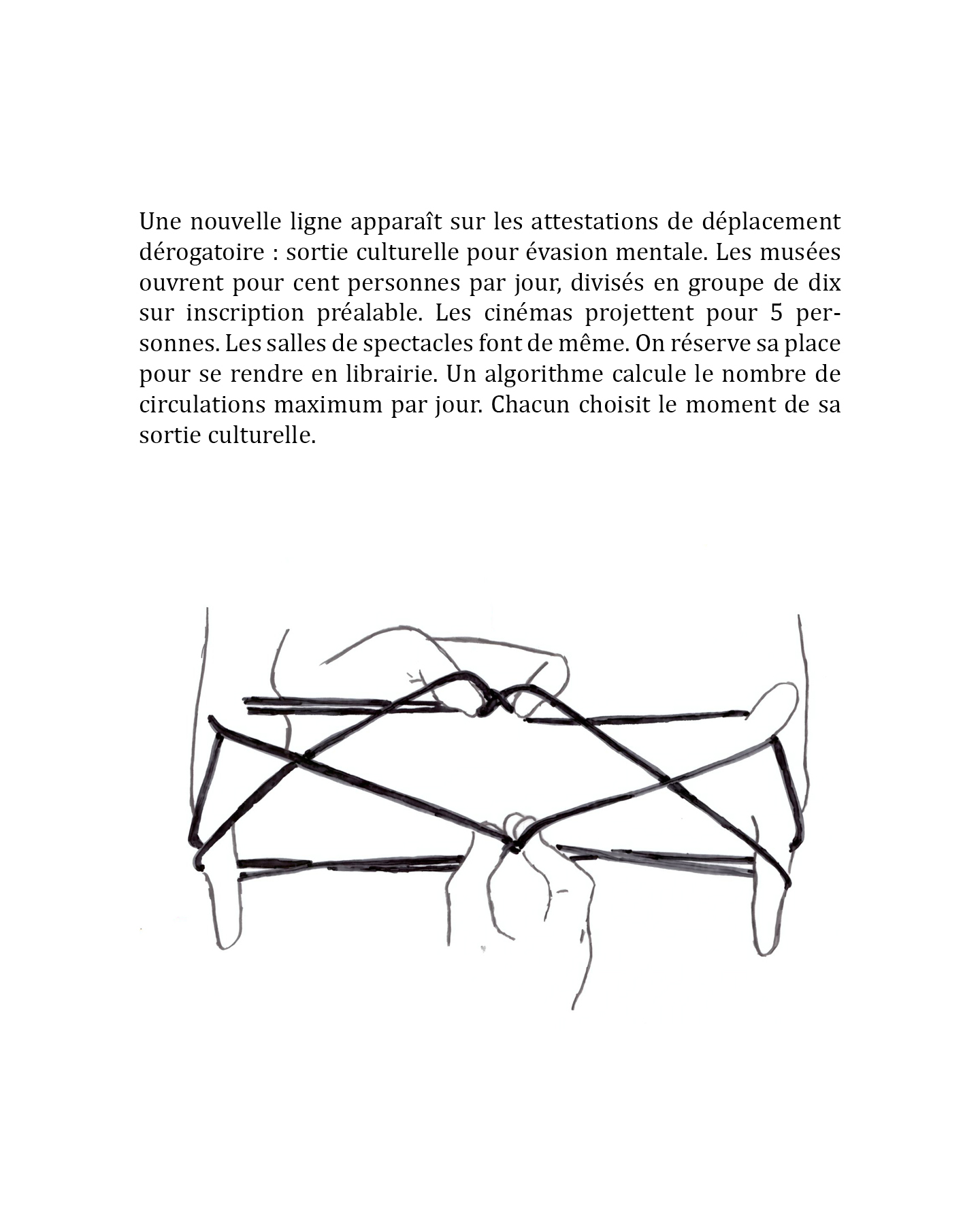
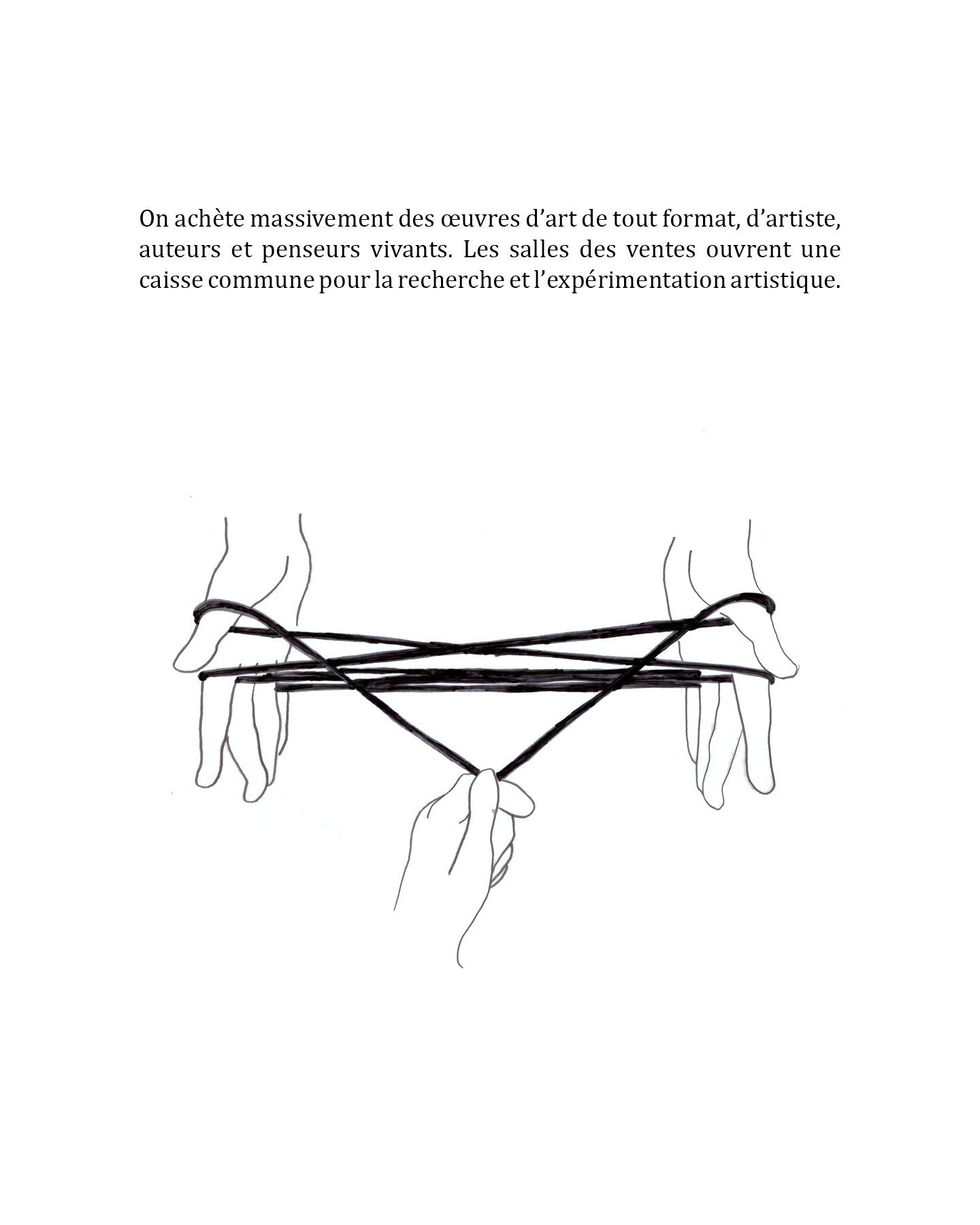
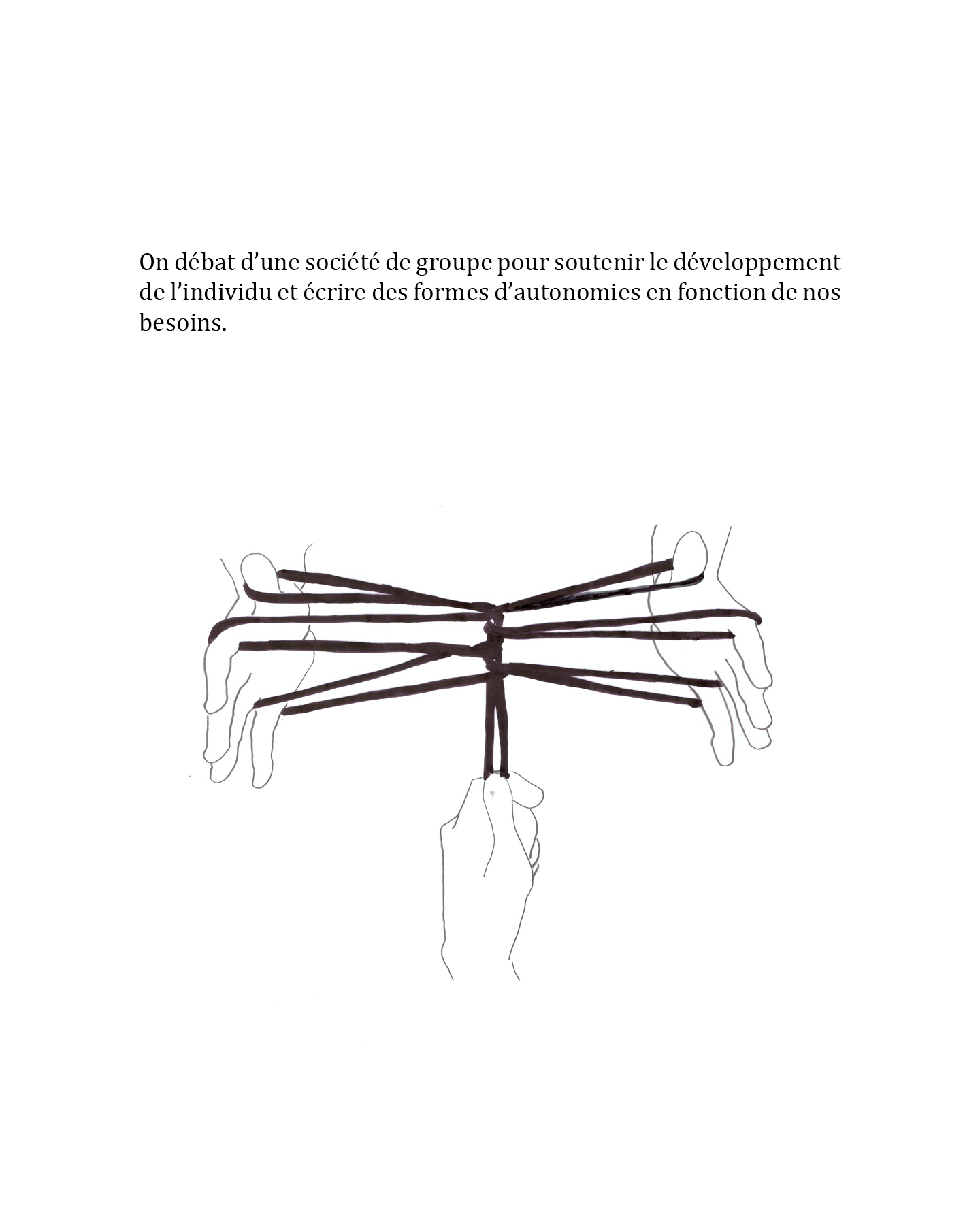
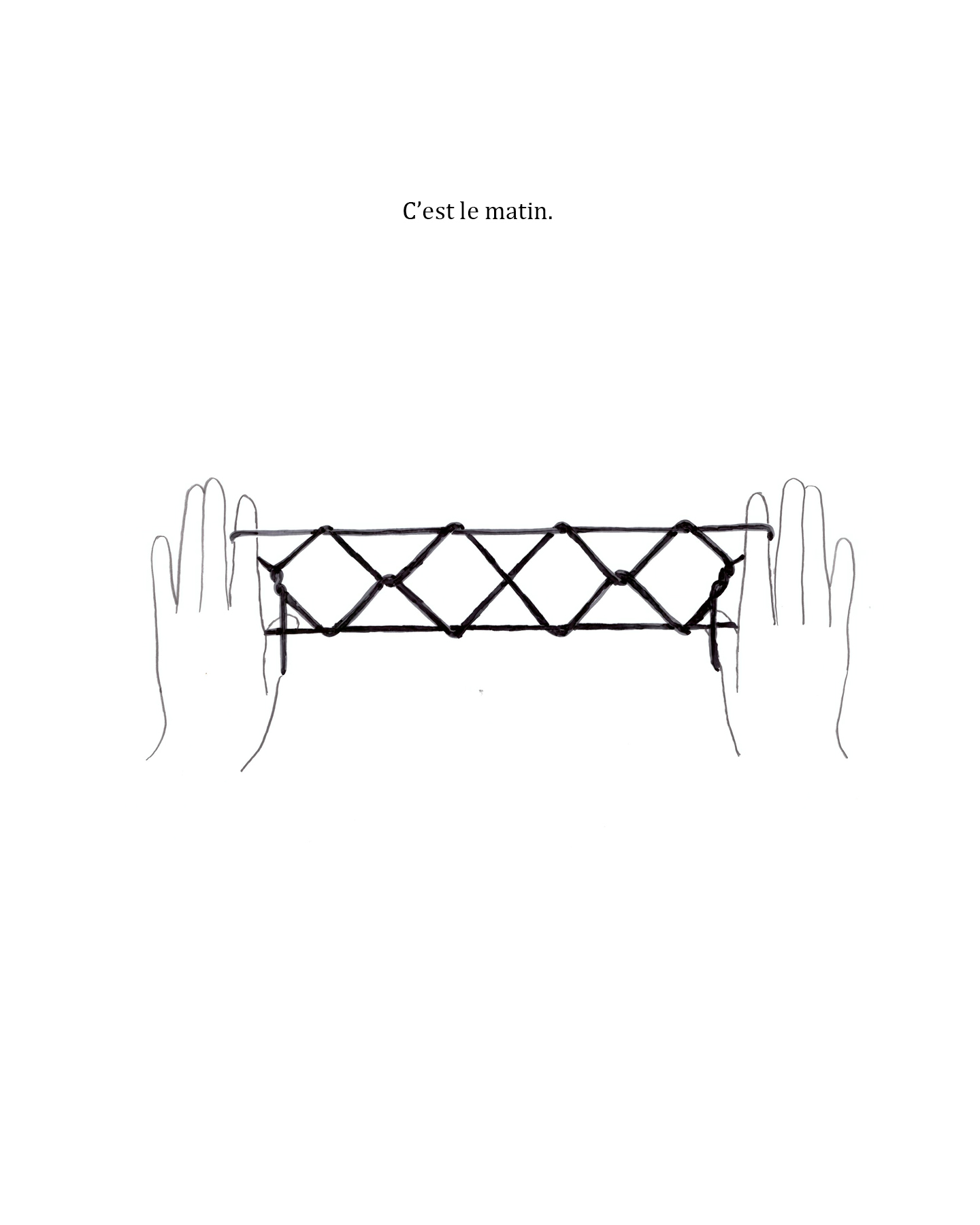
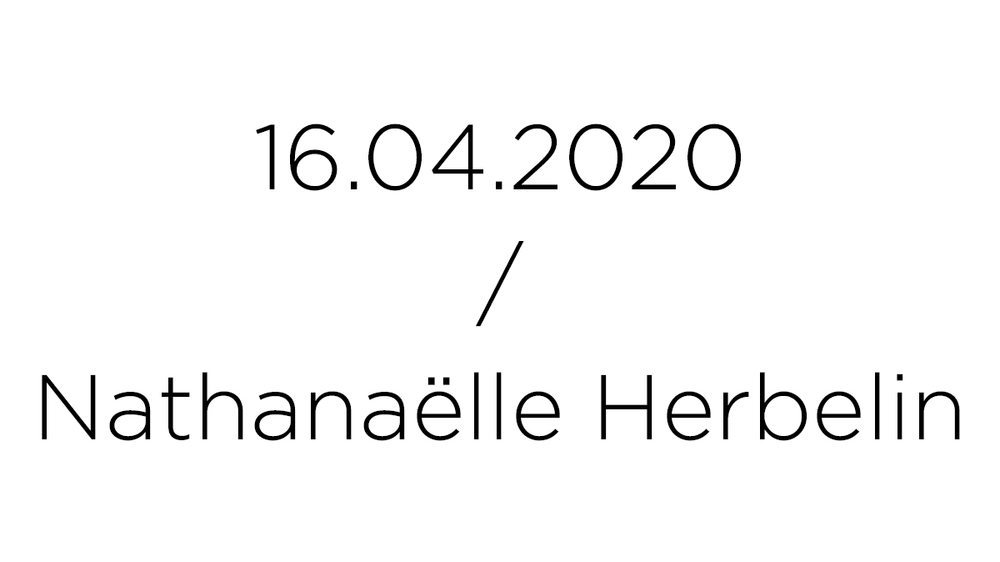
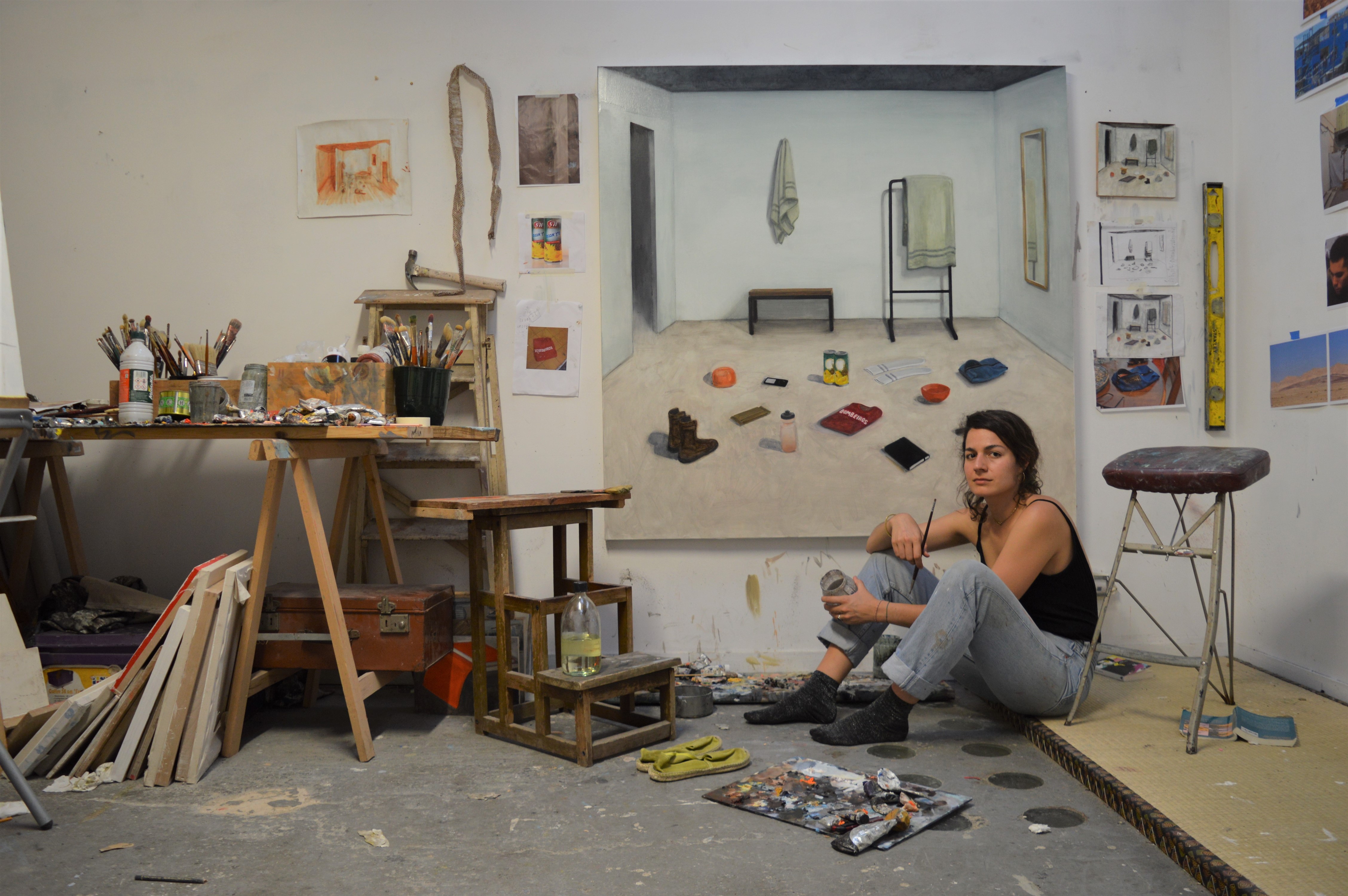
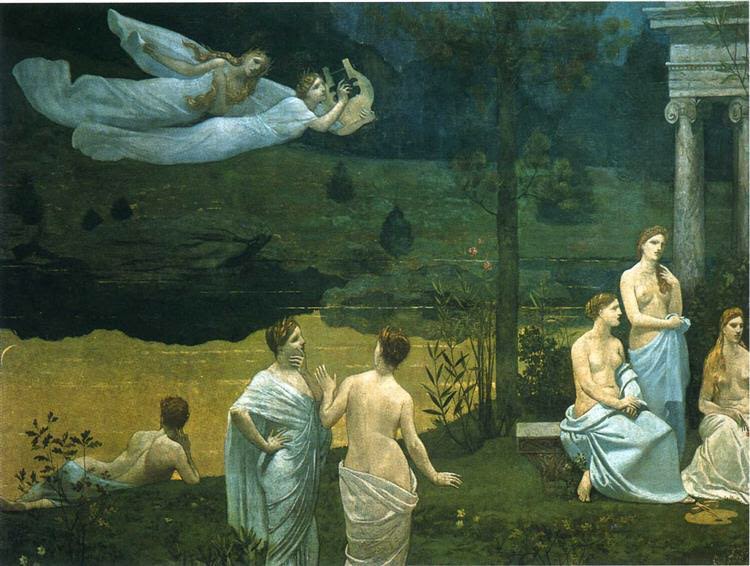
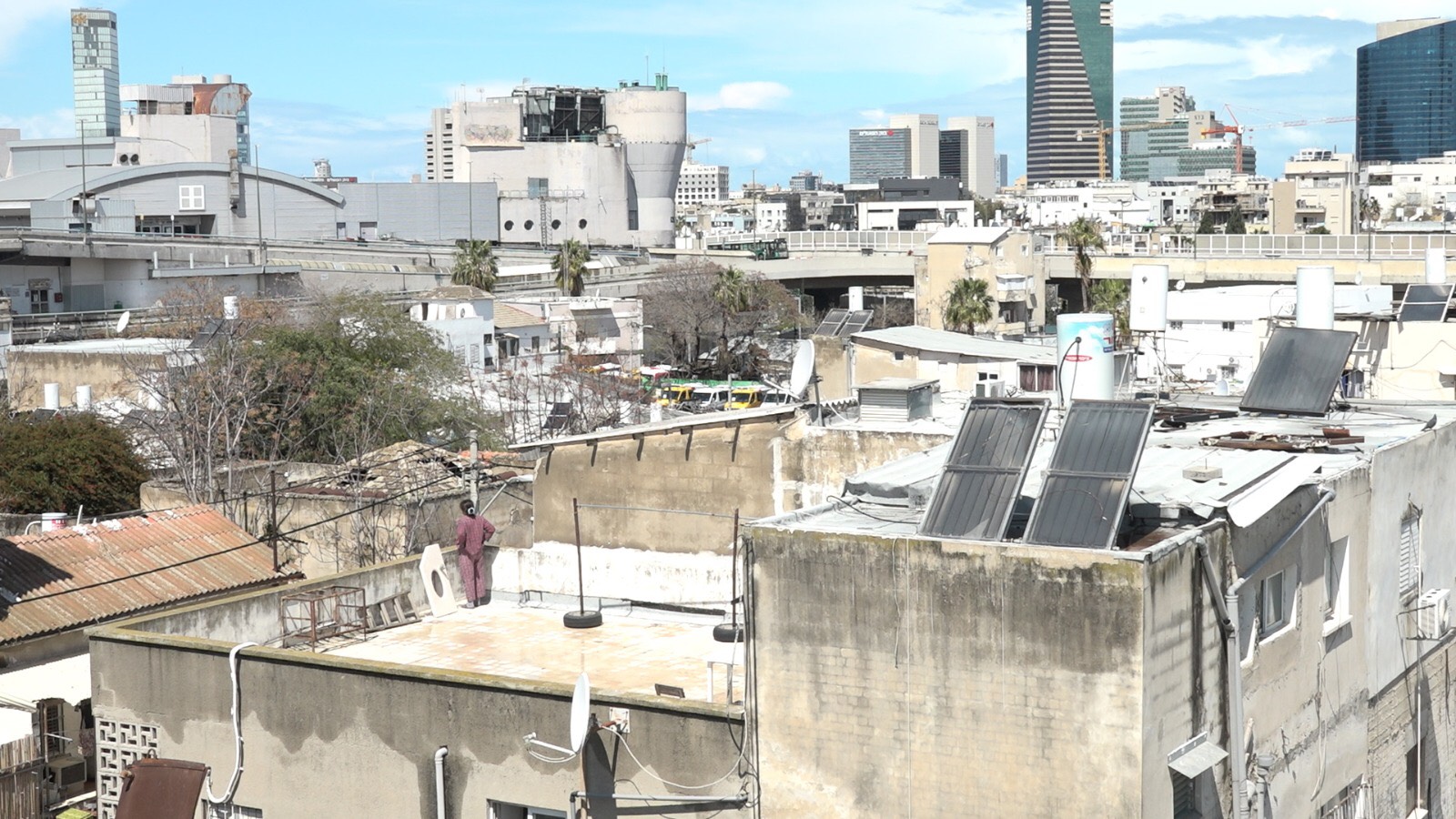
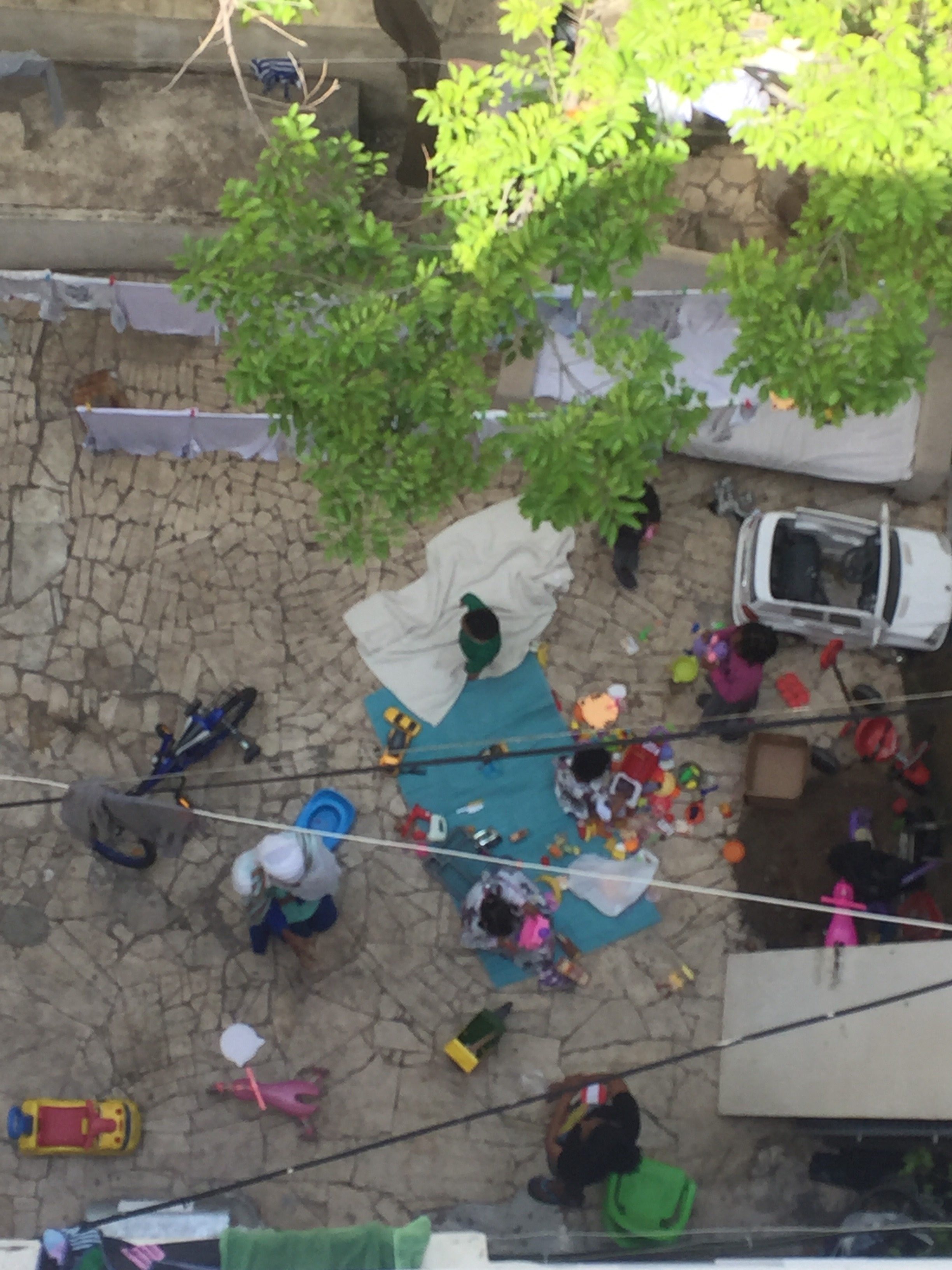
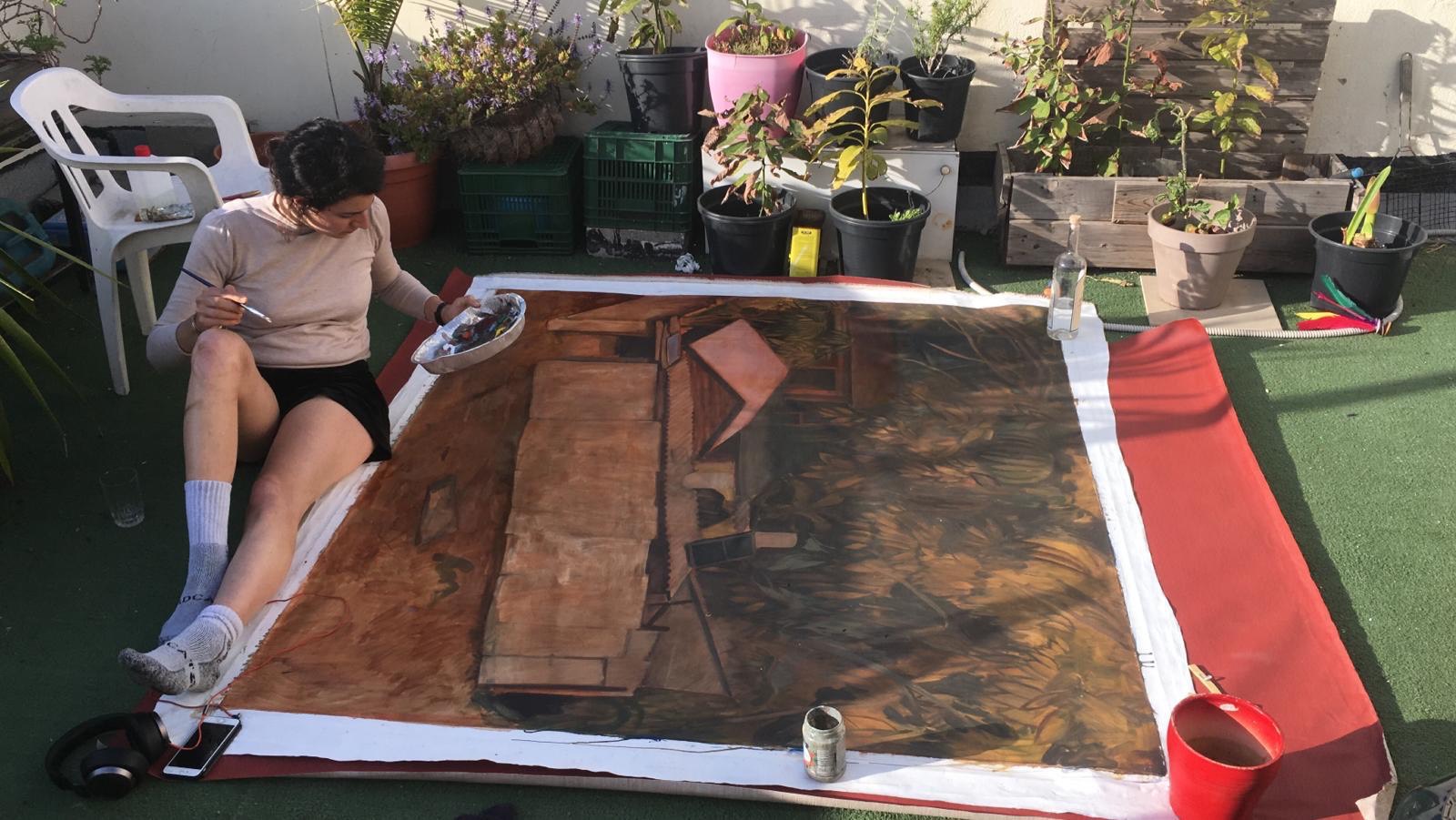
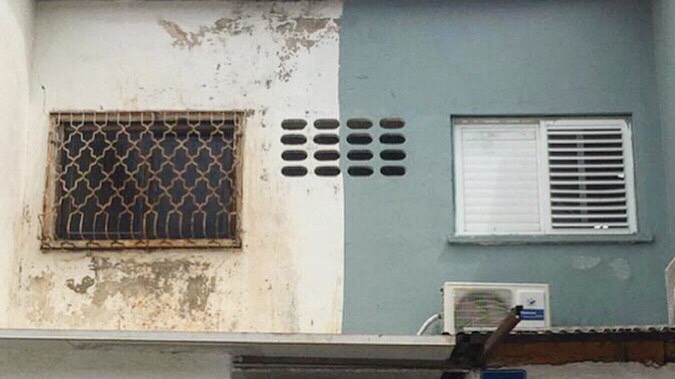
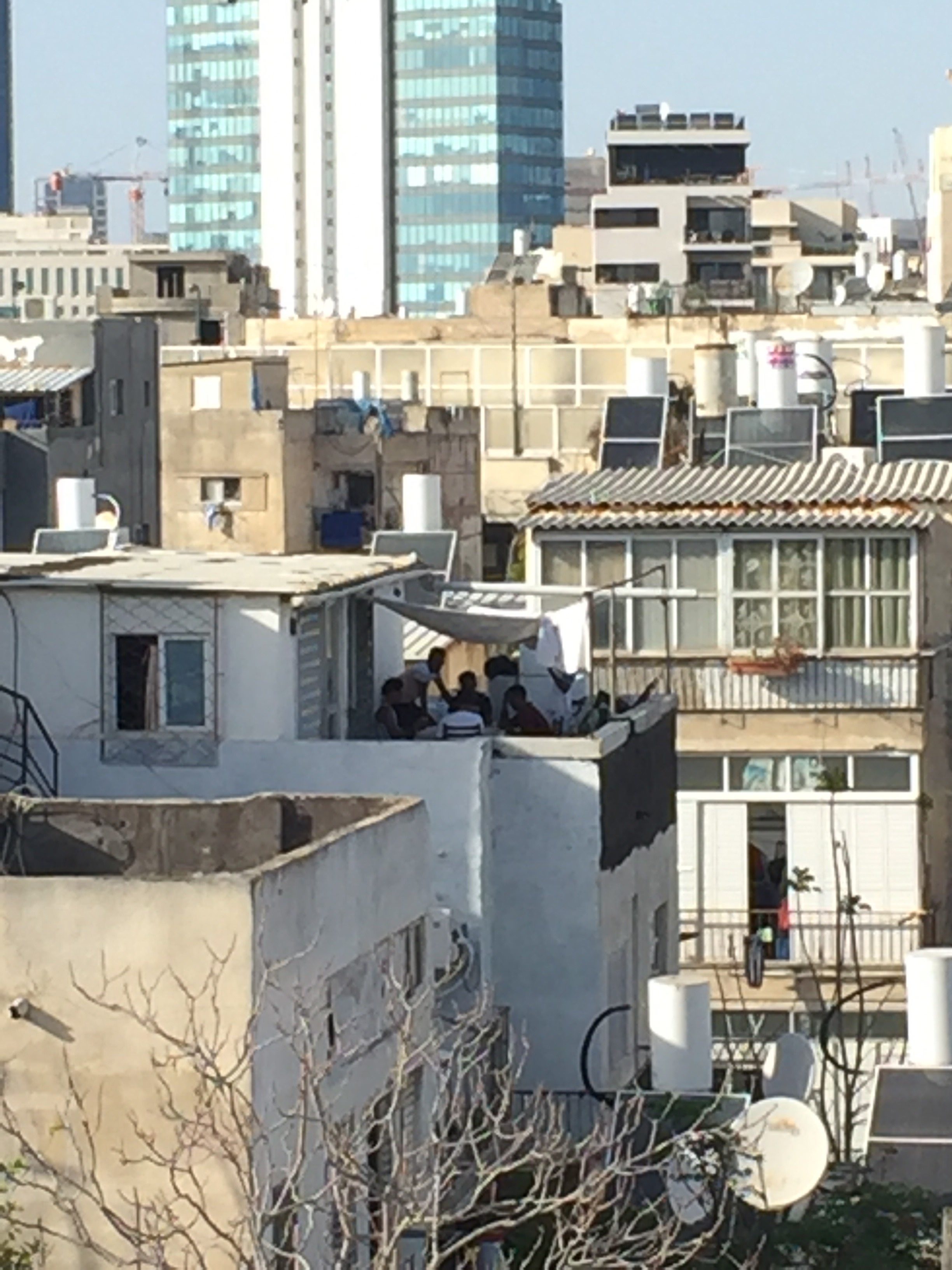
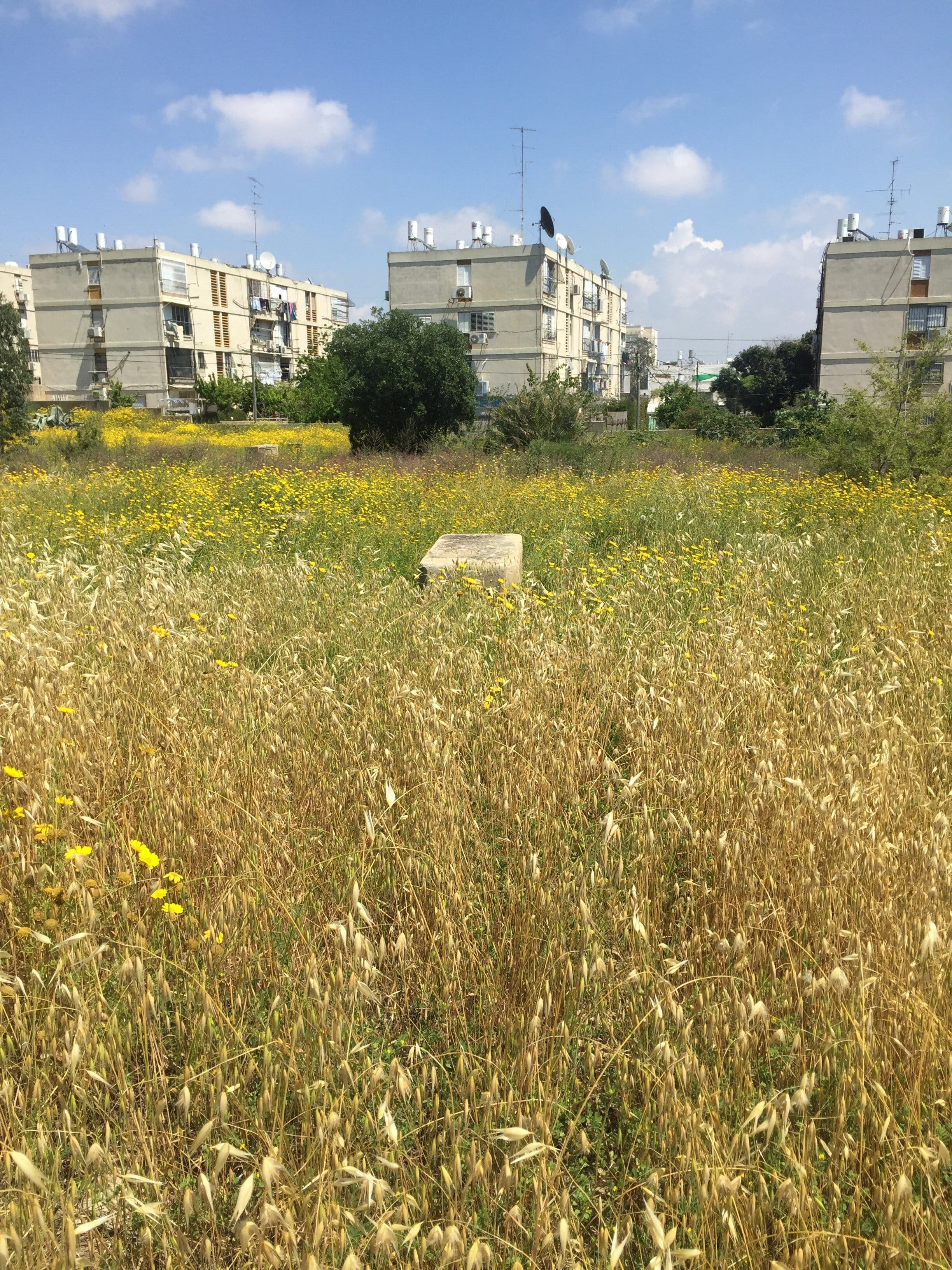
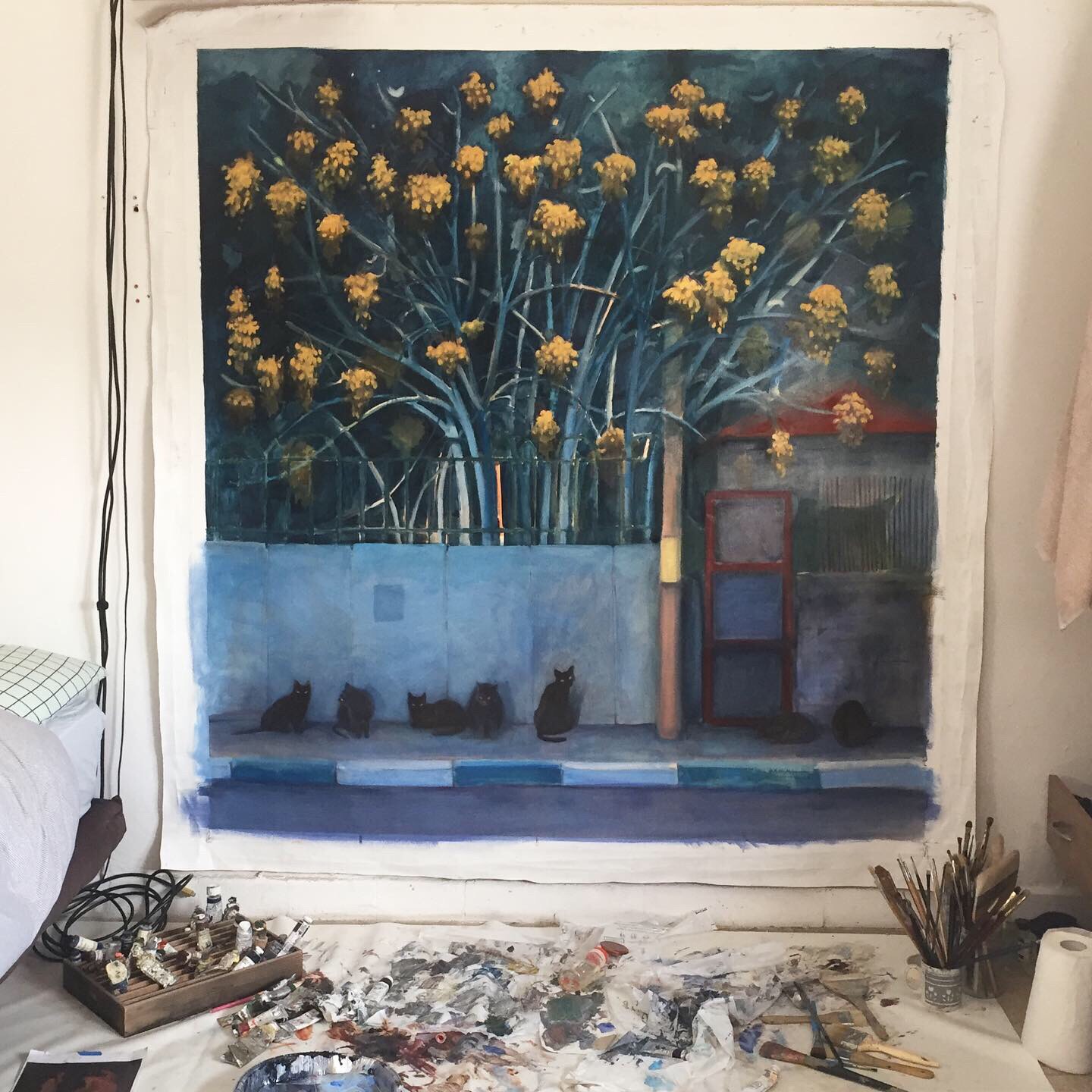
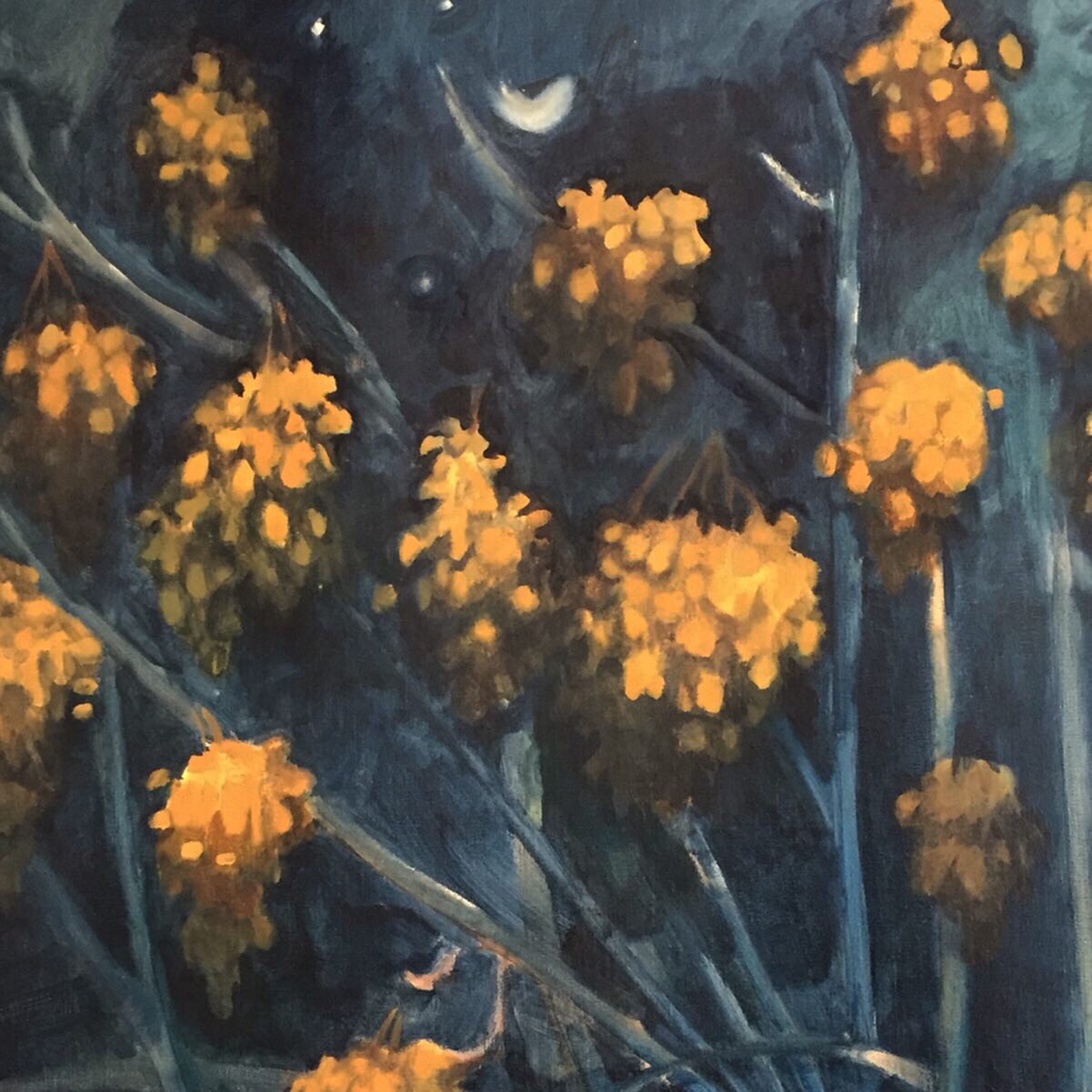
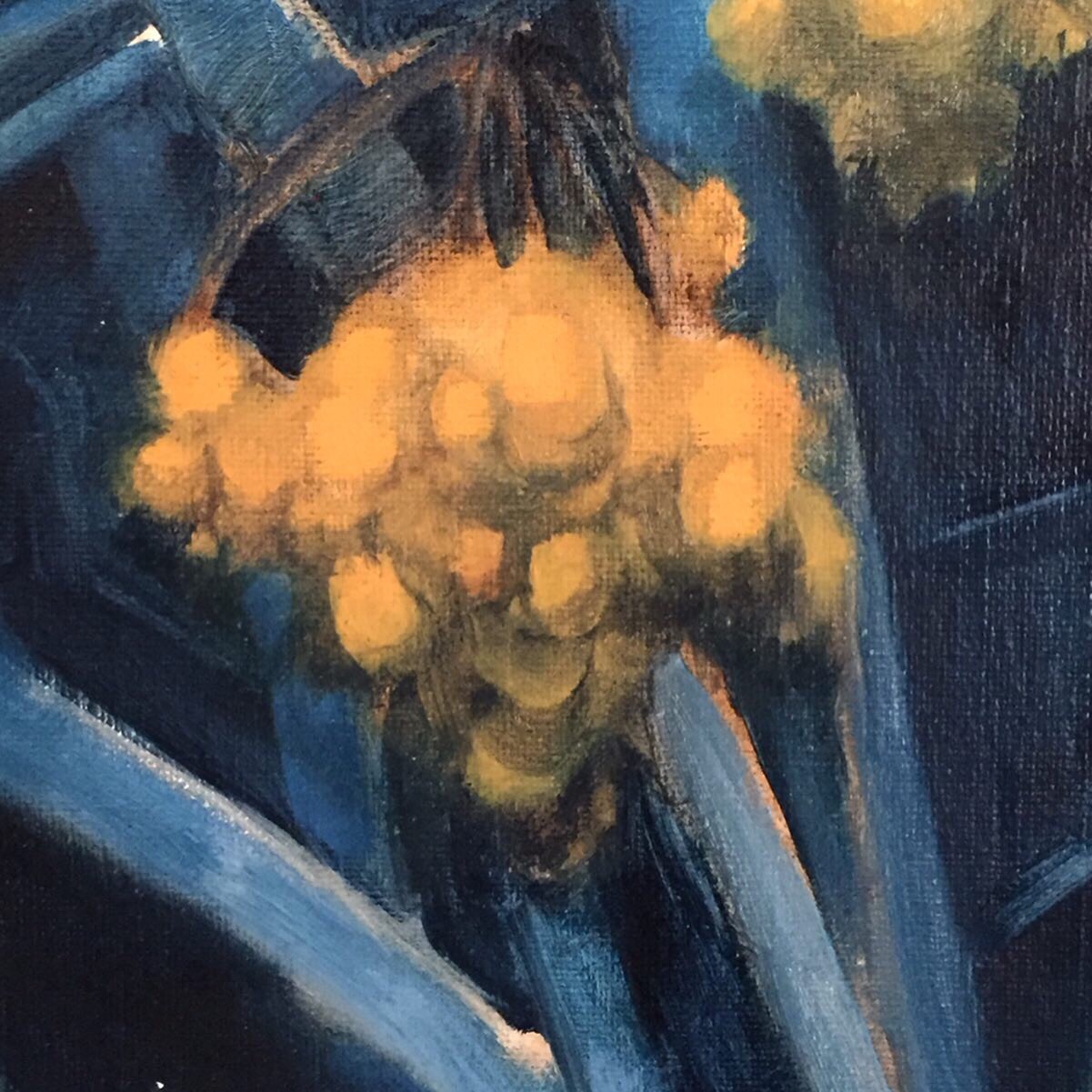
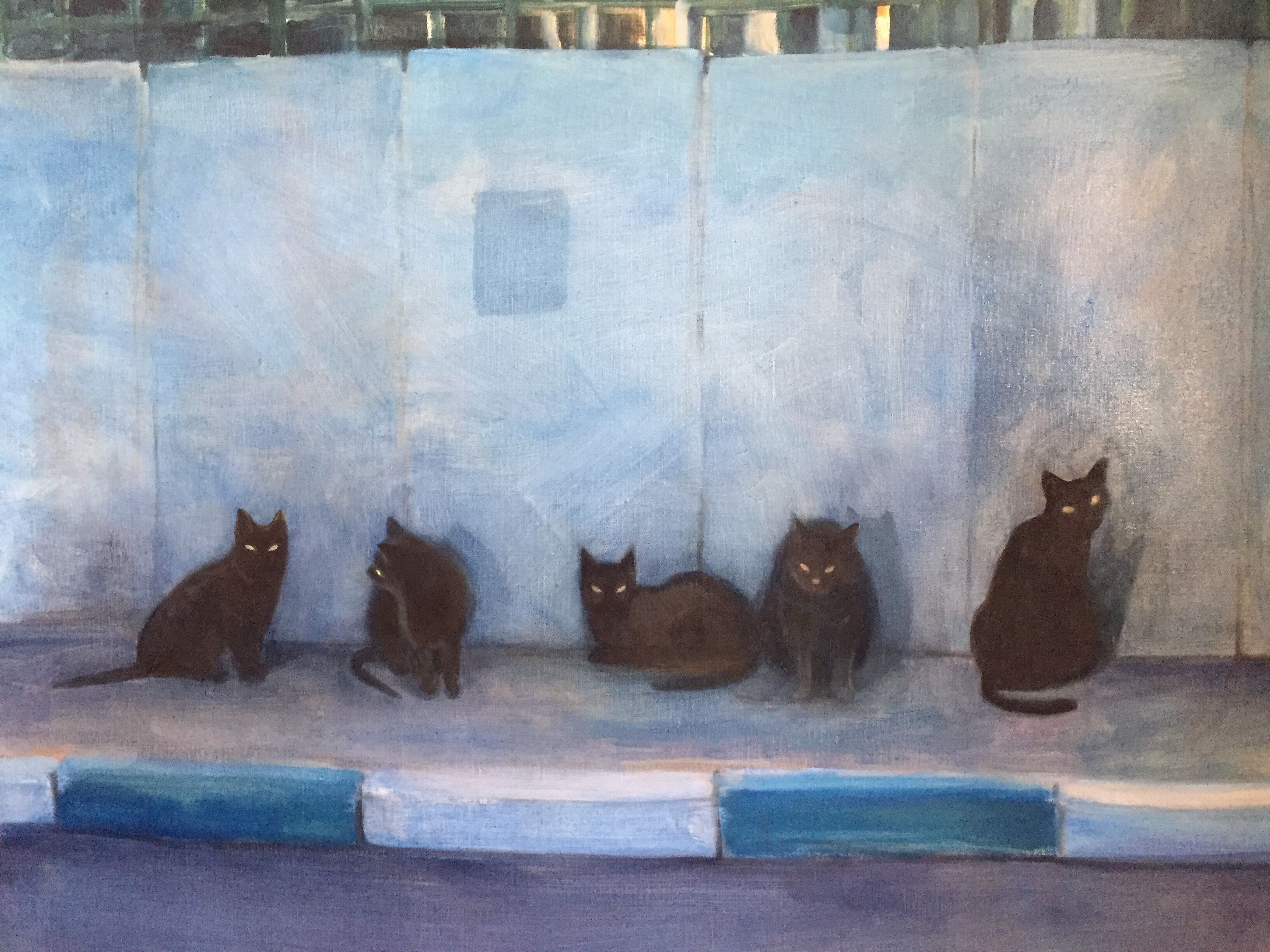
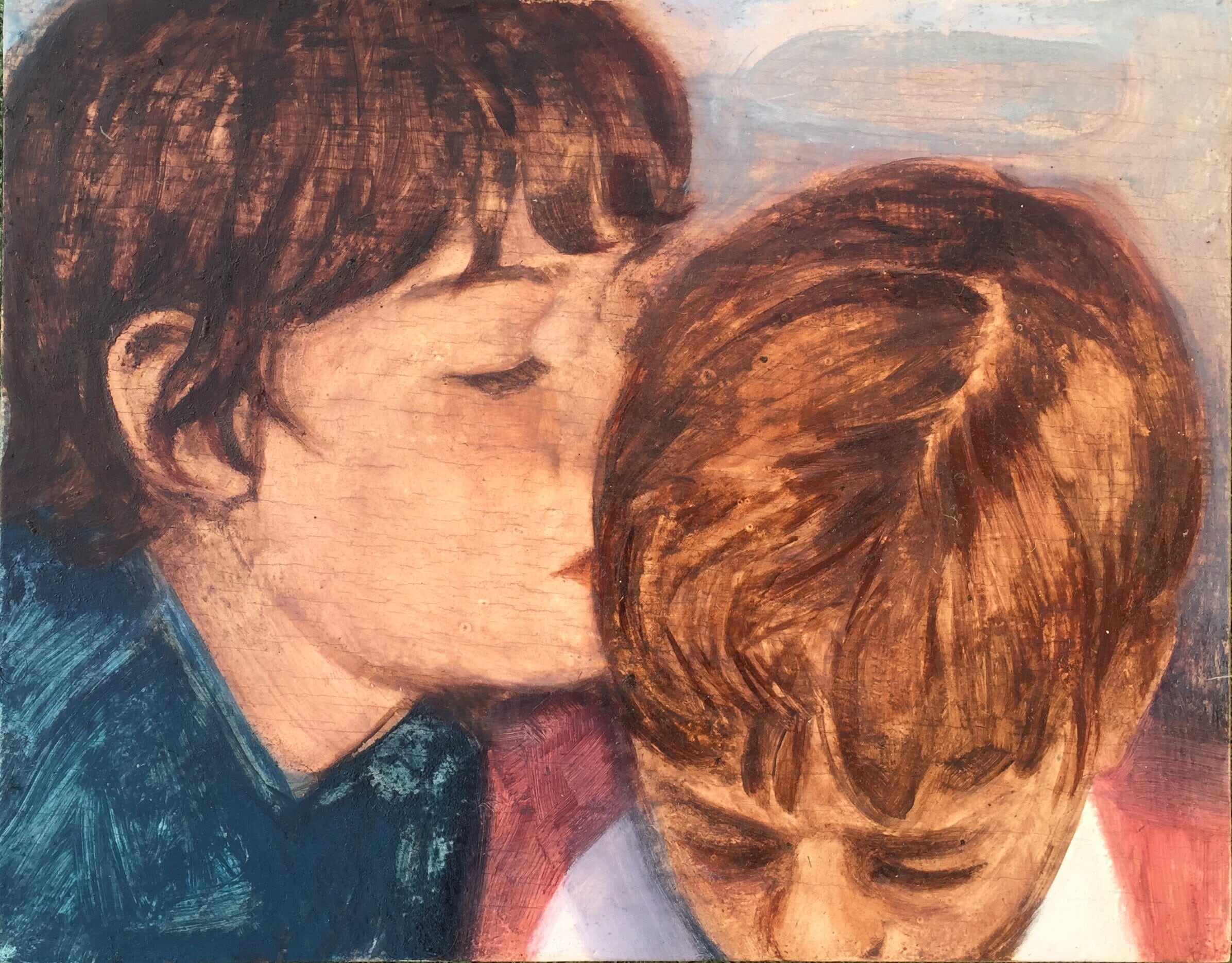
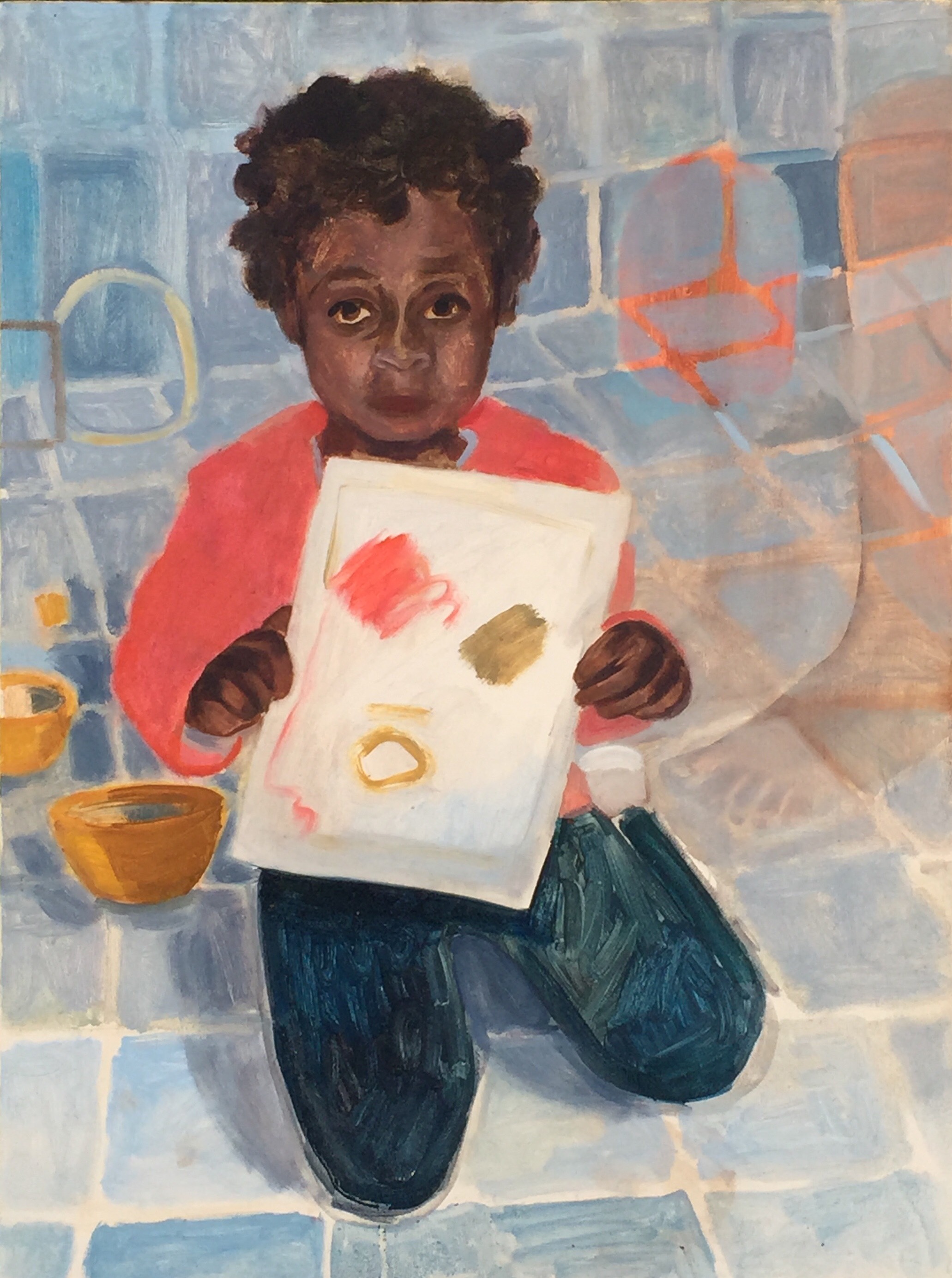
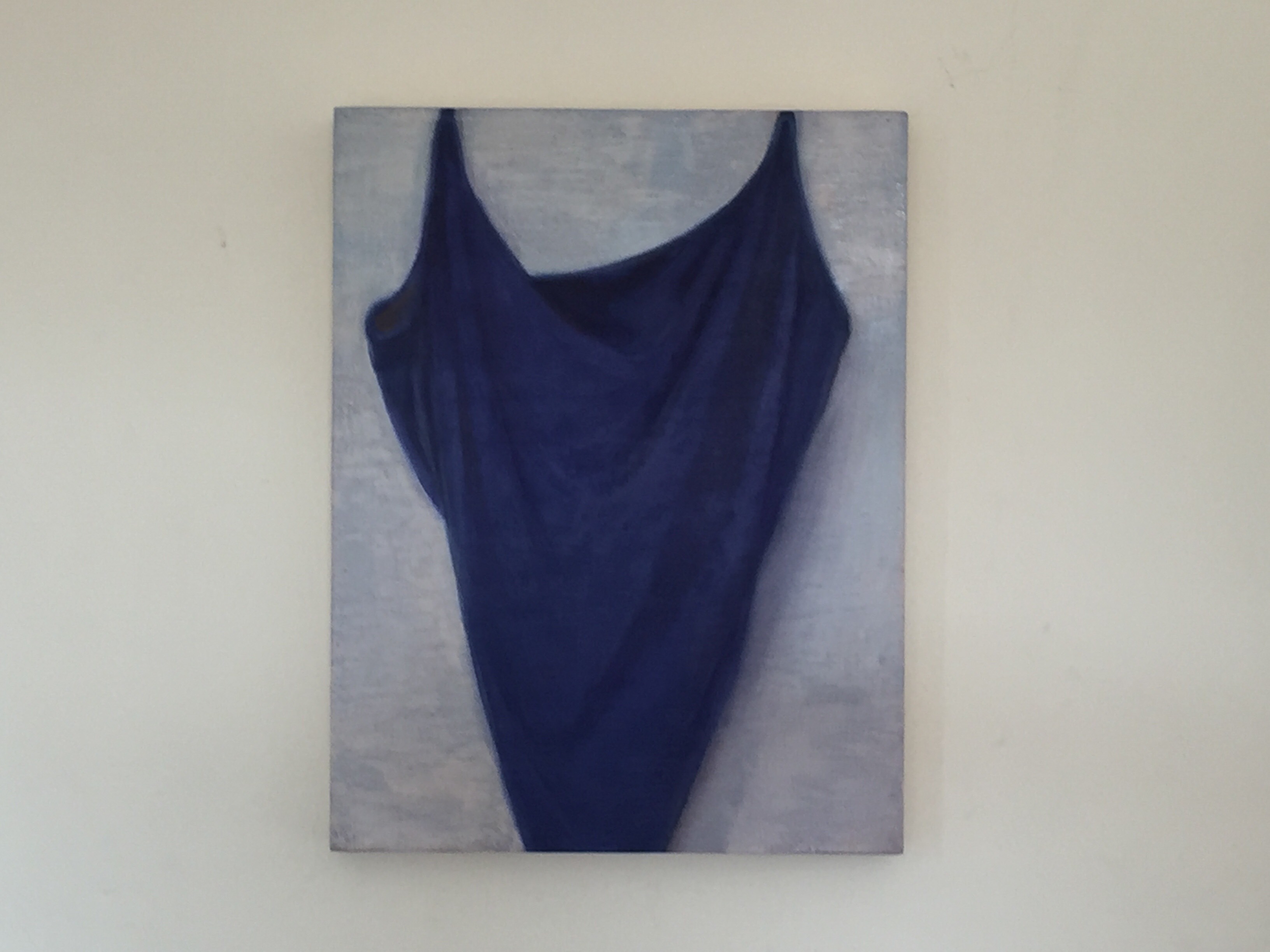
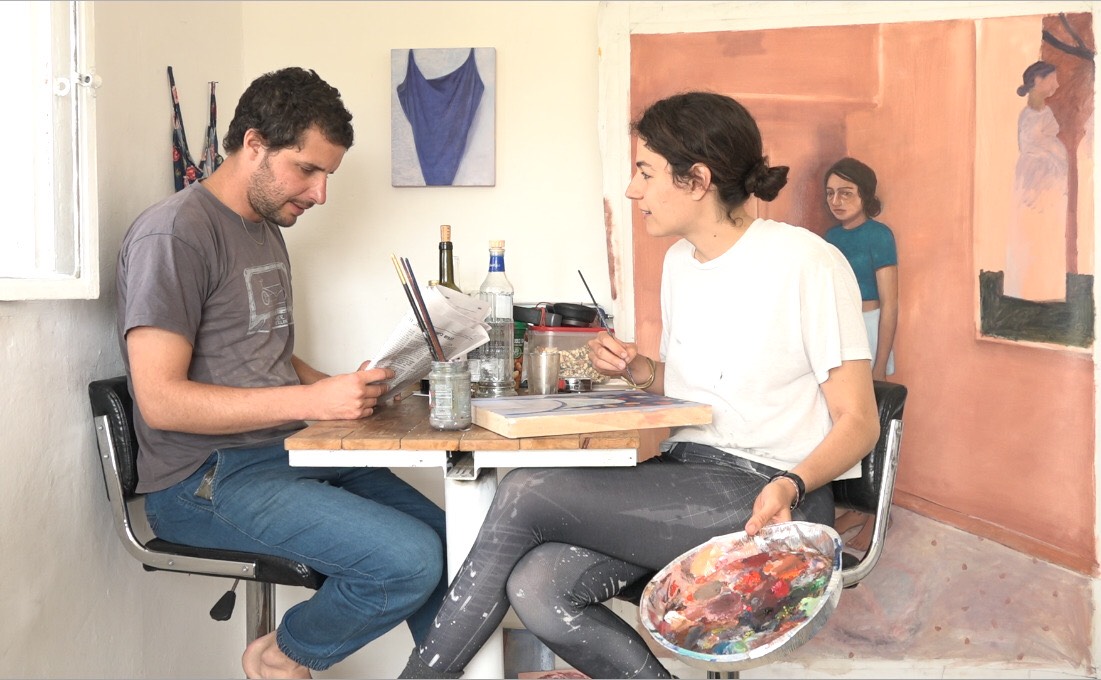
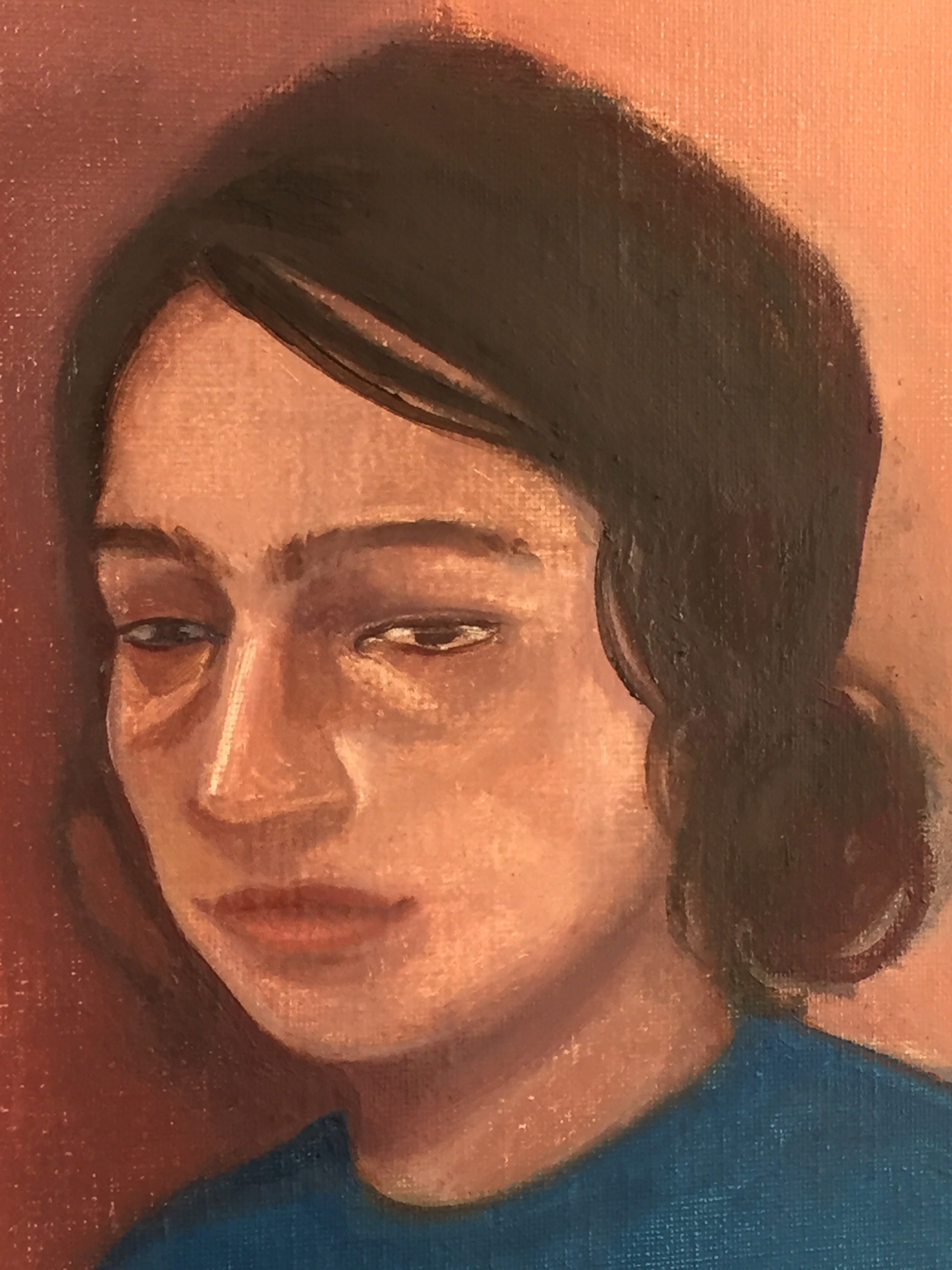
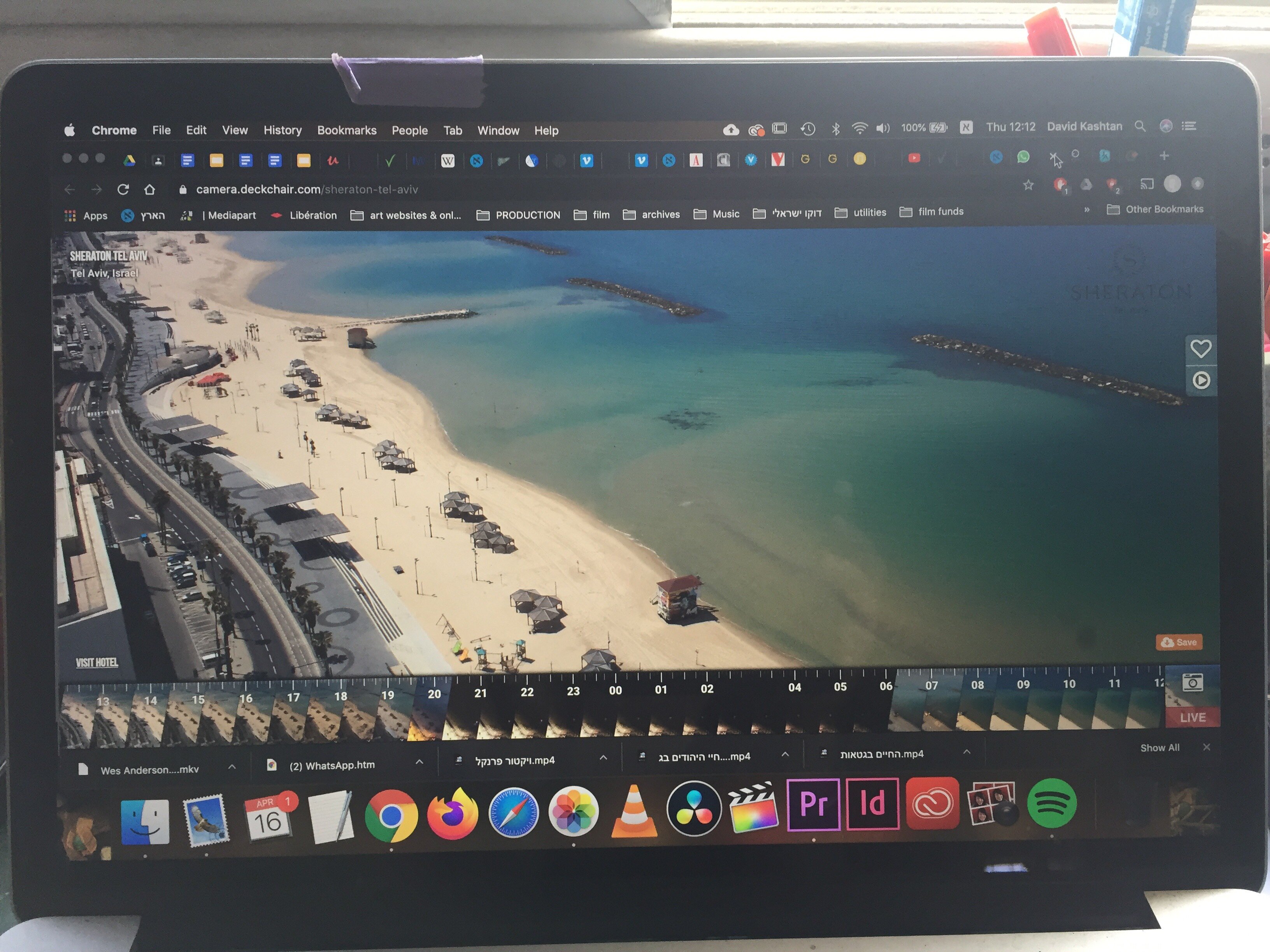
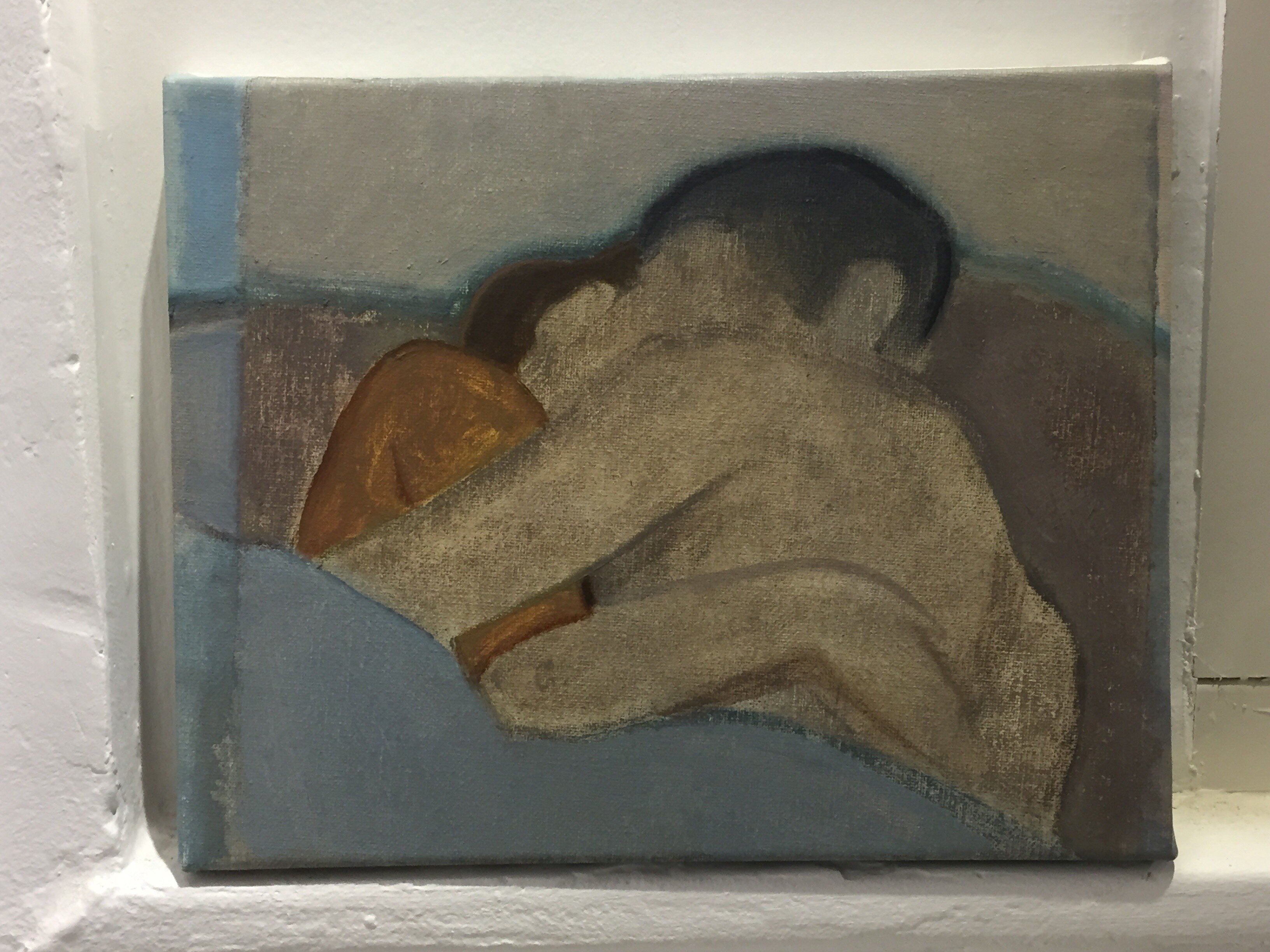
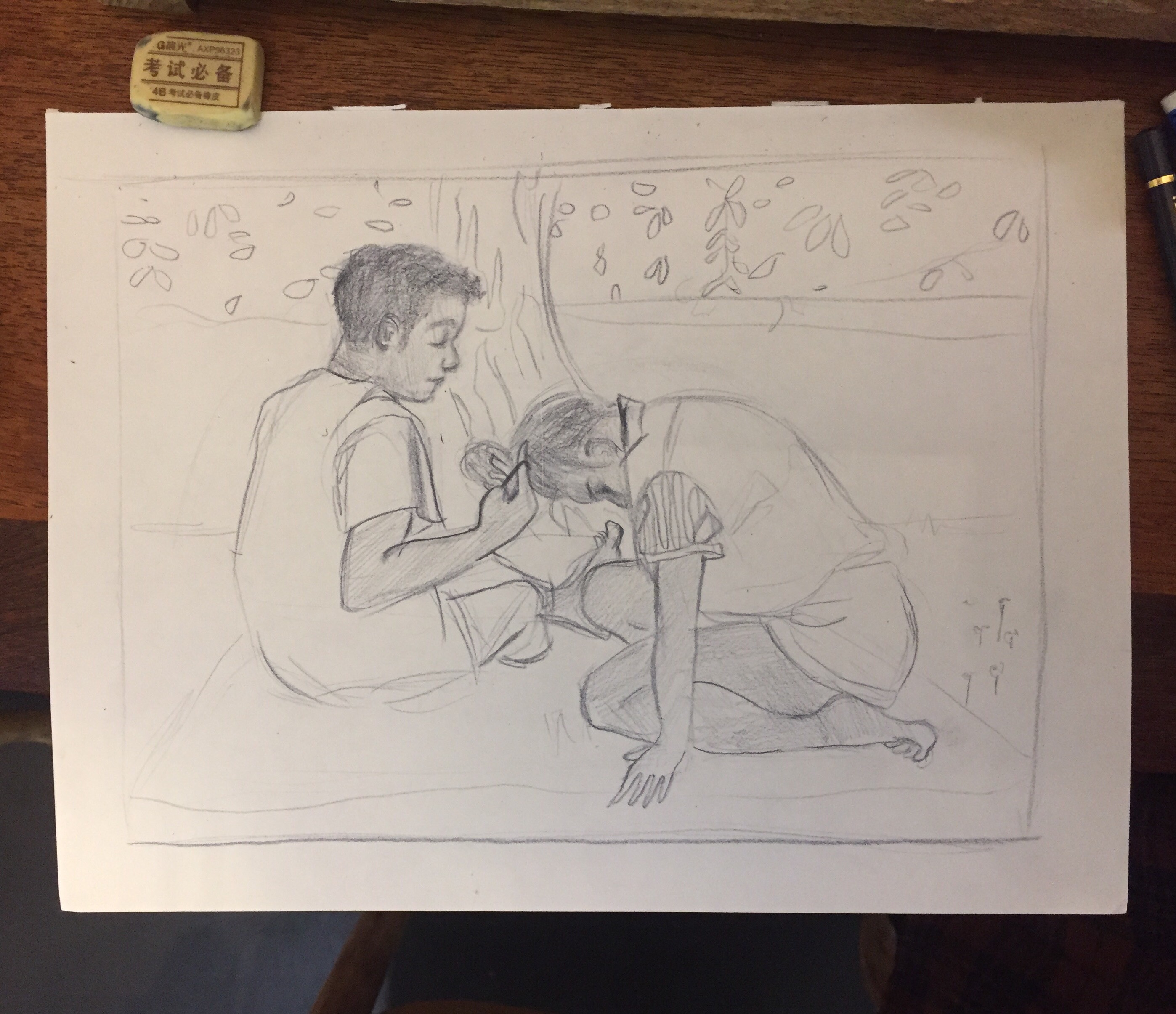
1 day / 1 artist
Hors les murs 16 April 2020 - 11 May 2020For one day, one artist from the gallery takes over our Instagram account and shares with you his / her research, books, works and more…
Find here all the content they have published on our social networks!
—
09.05.2020 – Takeover by Seulgi Lee
Seulgi Lee’s work « invites us to discover animated signs and their opposites. It plays with our vague desires to recognize (or not) a letter and a language in its most primitive attire. […] Just like in the “nubi(s)” (Korean quilt) […], these votive sculptures […] stimulate our powers of free association between image and language, a process in which the image becomes as right (and not just an image) as a fully- edged proverb. »
Arlène Berceliot-Courtin
Seulgi Lee (1972, Seoul) has developed a unique artistic practice immediately recognizable for its use of color, gesture, simple yet elegant forms, and performance. Her work consists of reactivating ancient craft practices in order to find a lost relationship with our environment and our bodies. La Criée (Rennes) dedicated a solo exhibition to her in 2019 and she is one of the four finalists for the Korea Artist Prize 2020.
Photos captions:
1. Portrait of Seulgi Lee by Paolo Codeluppi
I’m happy to be introduced by Jousse on Instagram.
Living in Paris since 1st Feb. 1992, I’ve been working with extraordinary
artisans for last years, convinced that there is an alternative form of being community.
Eventually I was looking for the starting point of language through the practice of those artisans, whether in quilt, basketry or pottery.
Each time something else came out of the research.
For 1 Day, I propose a glimpse of my humble environment.
As said my colleague Louidgi Beltrame, our past is our future.
I am thrilled to announce that a new project will be part of the Korea Artist Prize show along with 3 artists at National Museum (MMCA) in Seoul this year, next door to the Gallery Hyundai.
Thank you for supporting the arts. Seulgi
—
07.05.2020 – Takeover by Atelier Van Lieshout
The works from Atelier Van Lieshout often propose utopian environments for living and industry, while questioning the ways in which we occupy both. The world as we know it is deconstructed with techno-modernist speed, playing a game of nostalgia for bygone political beliefs. Van Lieshout raises dynamic and often dark questions about “the end of everything” while offering artistic solutions towards “the beginning of everything”.
After graduating at the Rotterdam Art Academy, Joep Van Lieshout (1963, Ravenstein) found the Atelier Van Lieshout in 1995 and AVL-Mundo in 2001 (Rotterdam). The produces works are on the borders between art, design, and architecture. By investigating the thin line between manufacturing art and mass-producing functional objects, he seeks to find the boundaries between fantasy and function, between fertility and destruction. Recently, he had a solo exhibition at the Pioneer Works (New York).
Photos captions:
1. Portrait of Joep Van Lieshout by Jaap Scheeren
Think big! As the height of the gallery’s roof isn’t infinite, AVL is posting artworks you wouldn’t be able to run into at Jousse Entreprise.
2. Invisible Hand, 2012, 470 cm high.
4. The Monument, 2015, 431 cm high.
5. Beeld, 2012, 310 cm high.
6. The Leader, 2015, 330 cm high.
7. Womb House, 2004, 212 cm high. The artwork was part of Unlimited at Art Basel in 2004. Afterwards, it was part of the Antoine de Galbert collection and is now in the collection of Centre Pompidou.
9. Blast Furnace, 2013, 1050 cm high.
10. Domestikator, 2015, 880 cm high.
11. Last one, and we’re cheating again… But this work was especially made for the gallery and was sold by Jousse, so we wanted to share this artwork as well. And, let’s be honest, one part is actually quite big…. Le Magnifique, 2010, 135 cm high.
—
05.05.2020 – Takeover by Ange Leccia
« From his first cinematic experiments in Super 8 to Poussière d’étoiles (2017) and Mer (1991), Ange Leccia’s works (1952, Minerviú) present suspended moments where time and space become the measure of emotions. Steeped in memory and love, introspection and sensation, his videos bring each thing filmed into an incandescence form. Purity and abstraction become the vectors of a vibrant approach conducive to contemplation. His work offers a carnal analysis of the image where light and natural elements affirm the energy of his creation. »
Fabien Danesi
After studies at the Sorbonne (Paris) and a stay at the Académie de France (Rome), he taught at the School of Fine Arts in Grenoble and then in Cergy. From 2001 to 2017, he created and directed the Pavilion at the Palais de Tokyo. His works have been exhibited in France and abroad (Paris, New York, London, Athens, Akureyri…).
Photos captions:
1. Portrait of Ange Leccia by Janarbek Amankulov-Saparlas
Confinement – Villa Médicis, 1982 – 01
Confinement – Villa Médicis, 1982 – 02
Confinement – Villa Médicis, 1982 – 03
Confinement – Villa Médicis, 1982 – 04
Confinement – Villa Médicis, 1982 – 05
—
02.05.2020 – Takeover by Matthew Darbyshire
« How to make something as ordinary as possible when, after looking so carefully and for so long, there is no ordinary left? […] While Matthew Darbyshire’s sculptures explore the complexities of replication, and the rich possibilities therein, they are also studies of repetition — reversion, inversion, perversion. Compulsive attention to serial repetition, embedded in the artist’s process, highlights the structural and aesthetic distinctions of each new object »
Emily LaBarge
By reflecting on art, architecture and design, whether old or new, nationally or internationally, Matthew Darbyshire (1977, Cambridge) seeks to identify some of the forces that determine our tastes and influence the appearance and atmosphere of our living spaces. His exhibited in major London institutions (Tate Britain, The ICA…) and internationally (Japan, U.S.A, Asia).
Photos captions:
1. Portrait of Matthew Darbyshire
2-11. Hercules meets Galatea
12-21. Woodland Project
22-31. Open Air Sculpture
32-41. Dot’s Hands
42-51. Passive Sensor Series
52-61. Series
– Giorgio Morandi
– Personalised Iphone covers
– Sherrie Levine
– Sex Robots
– Allan McCollum
– Air Max 1995 copies
– Haim Steinbach
– Build-A-Bear
– Elaine Sturtevant
– Mike Kelley
62-71. 11 Rue Simon-Crubellier
72-81. Sacred Structures
– Ancient Greek Seated Goddess
– Roger Tallon
– John Chamberlain
– Inca bath
– Michelangelo Pisteletto
– Islamic Wudu basin
– Marcel Duchamp
– Robert Gober
– Charles Harlan
– Atelier van Lieshout
82-91. Xerox Series
92-93. Monsieur Philippe Jousse
—
30.04.2020 – Takeover by Tim Eitel
Tim Eitel has been using his painting to create analogies to reality, by constructing fictitious parallel worlds from situations that have been seen and experienced. His pictures are based on encounters, photographically-captured objects or spaces that actually exist. Eitel’s pictures tell no stories, instead they present a moment in which no before and after exist, defined by the constellation of figures in the space, the fall of light in architectural surroundings and the relations of colours to each other. Tim Eitel’s pictures are a continuous investigation of the perception of space, light and temporality, testing the possibilities for painting to depict these elements.
Tim Eitel (1971, Leonberg) studied at the Hochschule für Grafik und Buchkunst in Leipzig. He has participated in more than fifty group exhibitions and some thirty monographic exhibitions worldwide since 2000. For the past four years, he teaches at the Beaux-Arts de Paris.
Photos captions:
1. Portrait of Tim Eitel
2-3. Painting with Daphne Oram, a still undervalued pioneer of electronic music. She co-founded the BBC Radiophonic Workshop and built her own instrument, the Oramics system, where lines drawn on 35mm film were controlling the sound. Drawing becomes sound. Her excellent book An Individual Note brings together music, electronics, psychology and esoterics in a fascinating and approachable way.
4. Preparing for the future.
– J.G. Ballard
– Philip K. Dick
– Michel Houllebecq
– William S. Burroughs
– R.A. Lafferty
– Villiers de l’Isle Adam
5-14. In 2011 I visited Mexico City with galerie Jousse Entreprise and galerie Eigen + Art. I had the opportunity to visit the Casa Prieto Lopez by Luis Barragan before being restored and opened to the public. This encounter (and also all I learned about French modern architecture through conversations with Philippe Jousse) changed my view on modern architecture quite a bit and led to many paintings and watercolors over the years.
– Luis Barragán, Casa Prieto Lopez
– Tim Eitel, Architectural Studies (Barragan), 2017, Oil on Canvas
– Tim Eitel, Barragan (Vierte Ansicht), 2014, Watercolor on Paper
– Tim Eitel, Barragan (Zweite Ansicht), 2014, Watercolor on Paper
– Tim Eitel, Mexican Window, 2014, Oil on Canvas
– Tim Eitel, Barragan (Erste Ansicht), Watercolor on Paper
– Tim Eitel, Barragan (Vierte Ansicht), Watercolor on Paper
15. The problematic relationship between art and money and it’s disastrous effect on nature is far from new and has already been discussed in antiquity by Pliny the Elder in his Natural History. I stumbled upon this fact in the Leonard Barkans captivating book about the rediscovery, reinterpretation and reinvention of antique sculpture, “Unearthing the Past”.
16-17. It’s a rainy day, so being confined seems more natural. I’m trying to get something out of this modular patch, not sure I still know where all the cables go to. They take on a life of their own. Somehow it’s getting almost too melodic…
– Tim Eitel, Cables, 2018, Oil on canvas
17-24. For those who haven’t seen it: some pics from my show “Offene Wände” at Museum der bildenden Künste in Leipzig last year. The paintings from this exhibition will travel to South Korea where a large solo show is scheduled to open at the Daegu Art Museum mid July. The only show that wasn’t postponed to next year… keep fingers crossed. Working on a model of the installation and the architecture. Maybe we’ll get used to look at shows via instagram and the museums stay empty… small carbon footprint.
– Installation MdBK Leipzig, Photos PUNCTUM/Alexander Schmidt
– Architecture Model for upcoming show at Daegu Art Museum
25. The working table could need some cleaning up… but sometimes unexpected things come together.
26-35. Music, for the love of lists.
Tod Dockstader: Organized Sound
Kali Malone: The Sacrificial Code
Grachan Moncur III: Evolution
To Catch A Ghost, Field recordings from Madagascar
Julius Eastman: The Nigger Series
Alice Coltrane: Journey in Satchidananda
Robert Wyatt: Old Rottenhead
Lucrecia Dalt: Ou
James Rushford: The Body’s Night
Felicia Atkinson: Hand in Hand
36. A quote from the mind boggling book “The Order of Time” by Carlo Rovelli. For me, reading a book like this is like going back to childhood days, when understanding only parts of certain books opened up a world full of poetry.
37-38. I leave you with this poem by Raymond Carver, suitable for confinment days. This is my last post on this daylong experiment for an unexperimented instagramer. Stay happy and healthy. Cheerio.
– Better days
– Raymond Carver: Company
—
27.04.2020 – Takeover by Simon Martin
« Simon Martin’s paintings are the result of careful observation of certain details from his daily environment, or works to which he is connected to by a feeling of empathy. It is a slow process of impregnation, similar to the way that a recording device absorbs what is visible to then restore some carefully ripened, carefully chosen fragments. The pictorial texture is light and soft, seemingly perceived through a filter that attenuates the brightness of colors in order to protect one’s eyesight from damage. […] »
Marc Desgrandchamps
Simon Martin’s (1992, Vitry-sur-Seine) pictorial work is built on the recovery and resurgence of details, evoking the contemporary world and intimacy. He graduated from the Beaux-Arts of Paris in 2017. In 2019, he took part in Révélations Emerige and the Antoine Marin Prize. In the autumn of 2020, Jousse Entreprise will present his first solo show since the gallery represents his work.
Photos captions:
1. Portrait of Simon Martin by Julie Coulon
2. Interior, sunlight on the floor is a painting made by Vilhelm Hammershøi in 1906 of his apartment in Copenhagen. The painting is part of the Tate collection in London. Described by Michaëlis and Bramsen as follows: “To the left is a table with a white tablecloth, which is cut by the edge of the frame, and further, a woman in black standing between the table and the wall at the back. The owner has folded the canvas back so that the figure is unseen, as it did not seem to him to equalize with the other parts of the picture”
Extrait video BBC Michael Palin and the mystery of Hammershøi
3-5. Simon Martin, Deux amoureux sous une parabole, 2019 ,oil on canvas, 205 x 105 cm
Matisse, La leçon de piano, 1916, oil on canvas, 245 x 213 cm
Au MoMA se trouve un des tableaux fondateurs de mes réflexions sur l’espace et la figure : La leçon de Piano de Matisse. C’est en découvrant cette œuvre, en voyant comment le fond, le mur, s’étend sur le visage, comment dans un espace domestique, elle annule la notion de premier et second plan, que j’ai commencé à chercher une solution picturale pour brouiller la distinction entre espace et corps pour que tout s’imbrique dans une mécanique poétique.
6. Simon Martin, Amoureux rétro-éclairés II, 2019, oil on canvas,18 x 24 cm
7-14. To continue on the theme of confinement at home, here are three houses. One that defines the limits of indoor space, one that gives it a weight and one that cracks it.
– La maison de Jean-Pierre Raynaud, 1969 – 1993
– La maison de Rachel Whiteread House, 1993
– La maison de Gordon Matta-Clark Spliting, 1974
– Making of Jumanji, 1995
15. Pastel 1. Simon Martin, Sans titre (bouquet de fleurs et smartphone), 2020, pastel, 24 x 19 cm
16. Pastel 2. Simon Martin, Clémentine et confinement, 2020, pastel, 24 x 19 cm
17-19. Simon Martin, Main épaisse, 2018, oil on canvas, 24 x 19 cm.
Vilhelm Hammershøi, Portrait d’une jeune femme, la soeur de l’artiste Anna Hammershøi, 1885, oil on canvas, 91,5 x 112 cm, Hirschsprung collection
20-21. Simon Martin, 14 h sur le lit, 2020, oil on canvas, 162 x 130 cm. See you in September!
—
24.04.2020 – Takeover by Eva Nielsen
« A work by Eva Nielsen is constantly at the border of something: on the edge of the territory, between centre and periphery, printed image and painting, abstraction and figurative art. From one horizon to another, from composition to subject, it is the landscape that predominates in Nielsen’s paintings and drawings. Inspired both by architecture and by the vestiges of architecture (modernist as much as Utopian), her gaze rests on what seems to be “out of sight” because the places that she transcribes only appear between the interstices of abandoned nature and industrial sites. »
Marianne Derrien
Eva Nielsen’s work (1983, French-Danish) is distinguished by the simultaneous use of paint (oil and acrylic) and silkscreen printing. Her paintings have been presented in solo and group exhibitions in France and abroad (USA, Russia, Norway, Turkey, Tunisia, Germany, England and Portugal).
Photos captions:
1. Portrait of Eva Nielsen by Vincent Ferrane
2-8. With Philippe Jousse we talk a lot about architecture and by his recommendation I visited the Olivetti showroom designed by Carlo Scarpa in Venice two years ago. This is something that I immediately liked in the gallery, the porosity between domains, the fluidity between arts. I put in this selection inspiring architectures I looked frequently at.
– Carlo Scapa. Photo: A.Palladio
– Susana Torre. GA Houses. 1982
– Louis Kahn Library, Phillips Exeter Academy, New Hampshire (1965-72). Photo: Iwan Baan
– Denise Scott Brown, David M. Trubek House, Massachusetts, 1971 Photo: VSBA
– Eileen Gray, La villa Tempe a païa, 1931. Photo: Fonds Eileen Gray
– Arcosanti by Paolo Soleri, 1970’s. Photo: NYTimes
9-12. Speaking of porosity, it’s in this state of mind that my solo show for Independant Art Fair in Brussels (edition 2018 curated by Vincent Honoré was designed with Joël Riff who built proposals without taking into account standard display — with amazing works by Jean Prouvé and Jean Jeanneret
View of our stand , 2018. Photo: Nicolas Brasseur
14-20. This porosity is directly link to a book I adored Leap before you look about one of the most fascinating school, Black Mountain College (1933-1957), lead by teachers such as Anni Albers and Jose Albers. The question about making converging different domains was a leitmotiv there. Artists such as Rauschenberg and John Cage work together and the school welcomed amazing guests such as Jacob Lawrence, Gwendolyn Knight or Aaron Siskind. The approach was complete in term of sculpture, music, painting, photograph, performance, architecture…
– Josef Albers
– Jacob Lawrence
– Jacqueline Gourevitch
– Aaron Siskind
– Anni Albers
– Kenneth Noland
– Buckminster Fuller
All the photographs came from the book published by Yale University and written by Helen Molesworth
21-28. Three years ago, Sophie Vigourous curated a group show in the gallery named TERRITOIRE and she displayed the work of Jennifer Caubet and mine in the same space. It was super exciting. Something was working. Jennifer Caubet and I wanted to continue this dialogue and so ᴅɪᴘᴏʟᴀʀ was born two years later !
– View of DIPOLAR Jennifer Caubet – Eva Nielsen. Production of Jennifer Caubet’s work by Cirva, Marseille.
– Eva Nielsen, Template, sink and acrylic on paper, 170 x 130 cm
– View of TERRITOIRE
29-36. I am a fan of projects concerning morphological architectures, and I recently saw some incredible models and photos in Beaubourg by Antti Lovag. I also love the work of Zaha Hadid with the fragmentation of space.
In general, I confess, I’m totally crazy about models (special hello to @julienarnaudjulien who share this passion !). When I was 10, my right leg was broken and I had to stay, without moving at all, in the same damned chair for one year. My parents didn’t know how to keep me busy. Then, my father came home with a model he bought near Gare de Lyon while going to work. I had asked for models ten months before. I love all plans, models, unconstructed constructions, secret desires, failed projects, babel towers and vanities.
– Le Palais Bulles, by Antti Lovag
– Eva Nielsen, Archihead, 2018, oil, acrylic and silkscreen on canvas, 90 x 70 cm
– Personal archive, Romania, 2015
– Eva Nielsen, Archihead, 2020, oil, acrylic and silkscreen on canvas, 200 x 170 cm
– André Bloc, Habitacle, 1962
– Model, Heydar Allyev Centre, Azerbaijan by Zaha Hadid
– Clément Borderie, Transformation, sel de roche, 2007
– Détail d’une planche extraite de l’« Architecture civile », Jean-Jacques Lequeu
37-44. Maybe I’m still making models (a kind of). My uncle in Aarhus had a room in his basement devoted to a model town with a suburb train and everything. He just dedicated a part of his life doing this model. I spend hours just looking at it (and do you remember this famous model place built in Beetlejuice ? An object of fascination for me as a kid)
– Eva Nielsen, Zoled, 2020, oil, acrylic and silkscreen on canvas, 210 x 170 cm
– Studio views, 2020
– Studio view. Photo: Stephane Ruchaud
– Eva Nielsen, Polhodie, 2019, oil, acrylic and silkscreen on canvas, 200 x 220 cm
– Silo, studio view
– Beetlejuice! Beetlejuice! Beetlejuice!
45-47. Immediate inspiration comes from the place where I have lived since my childhood and places I visited in the periphery of big towns. Suburbia intrigued me for years. Transition spaces. « Suburbia literally means « A city below » ; it is a circular gulf between city and country – a place where buildings seem to sink away from one’s vision – buildings fall back into sprawling babels or limbos. » my friend of twenty years Marianne Derrien sent this extract written by Robert Smithson to me and it was a precious gift as it was exactly the depiction I was searching for a long time.
– Reseach, studio
– Eva Nielsen, Lucite, 2020, mixed media on paper (watercolour, acrylic, Indian ink, printing, silkscreen), 50 x 40 cm
– Eva Nielsen, Christine, 2020, mixed media on paper (watercolour, acrylic, Indian ink, printing, silkscreen), 50 x 40 cm
48-53. I’ve had this obsession about Horizon for years. I would like to quote dear Arlene Berceliot Courtin and the text she wrote about my work few years ago (sorry no english translation) : « Dépeint à travers un écran, un prisme, une fenêtre, un obstacle. Ainsi, s’installe une impression de filtre temporaire sur la représentation, un peu comme lorsque nous nous évertuons à photographier un paysage dans un train à grande vitesse tandis que notre reflet prend indéniablement l’avantage sur la beauté des vallées que nous observons (…) Un horizon ou plutôt des horizons. Serait-ce le signalement d’un mot souvent considéré comme invariable, et restant foncièrement toujours aussi ambigu ? ».
– Eva Nielsen, Ascien, 2018, huile,oil, acrylic and silkscreen on canvas
– Akesli Gallen-Kallela, Lac Keitele, 1905
– Eva Nielsen, Hard Sun, 2017, oil, acrylic and silkscreen on canvas, 90 x 70 cm
– Caspar David Friedrich, Monk by the Sea, c. 1808–1810, oil on canvas
– Kay Sage, Third-paragraph-h, 1953, oil on canvas, 96,5 x 78,7 cm
– Eva Nielsen,Zamak II, 2018, oil, acrylic and silkscreen on canvas, 200 x 170 cm
54- 58. This question what is both close and out of reach… Clement Dirié wrote a beautiful text about it, for my first personal exhibition at galerie Jousse Entreprise: When the traveller reaches the oasis, his retina hallucinating, he starts looking for shade and water. You will find water here in quantity, covering almost everything in its passage. On the other hand, shade never ventures too far. It is always midday—a wet midday, to be sure—in these “peephole” works. Traps for the eye; receptacles to project yourself into; cognitive instruments. A mirage, even without sun or seduction, remains a peerless temptation. Rain, sullen trees, the impression of night arriving, these bachelor pavilions which irresistibly draw us towards them heighten the mysterious potential of the mirage, as if it were just a first stage before going any further, to the back of the canvas, and to the backs of our own eyes.
—
21.04.2020 – Takeover by Jennifer Caubet
« Over the last few years Jennifer Caubet has focused on increasingly complex questions related to space, particularly its occupation and representation. This is all but explicit in the titles of some of her 2009 installations such as Stratégie d’occupation des sols (Land Use Strategy, although in French the word « occupation » as the same military connotation as in English) and Z.A (Zone d’Action). Caubet conceives the occupation of space as « a conquest ». Her approach to making art and more generally to being in the world, is political. »
Marie Chênel
Thanks to singular productions with specialists, engineers, architects and companies, Jennifer Caubet (1982, Tonneins) initiates a work and reflection on, in and around space, through sculpture, installation and drawing. She has had solo exhibitions, among others at La Maréchalerie Versailles (2013) and at the Frac Occitanie Montpellier (2018). Her installations in public spaces can be seen at Vent des Forêts and at the park of Les Tanneries art centre.
Photos captions:
1. Portrait of Jennifer Caubet by Vincent Ferrane
Jeux de ficelles
La figure du serpent de mer
brève dessinée en 3 épisodes
graphite et encre, 2020
—
16.04.2020 – Takeover by Nathanaëlle Herbelin
« Nathanaëlle Herbelin grew up in a small village in central Israel between a French father and an Israeli mother. It was in Tel Aviv that she learned painting, alongside Russian and Ukrainian artists who arrived there in the 1990s. From this land, she keeps her taste of the desert, silence and culture of the Negev Bedouins, as well as a close link with nature. Her work as a whole is underpinned by a contrast between a great tension and a certain sweetness. And her melancholy does not exclude, here and there, traits of humor and a certain lightness. »
Anaël Pigeat
Nathanaëlle Herbelin (1989, Israel) creates bridges between the intimate and the political. She is graduated from the École nationale supérieure des beaux-arts de Paris and has had solo exhibitions in France, Belgium, China and USA. She is currently preparing a solo show in Israel for 2020.
Photos captions:
1. Portrait of Nathanaëlle Herbelin
2. Good morning ☀️ Pierre Puvis de Chavannes 1889 The Sacred Wood Cherished by the Arts and the Muses
3-9. Lockdown in Tel Aviv, rue Levanda
10-13. Painting studio in our Bedroom…again…
14. Details for bedroom studio 👁 Video by David Kashtan
16. My dearest neighbor ♥️ Sinit
22-23. END♥️
Exhibition's artists >

